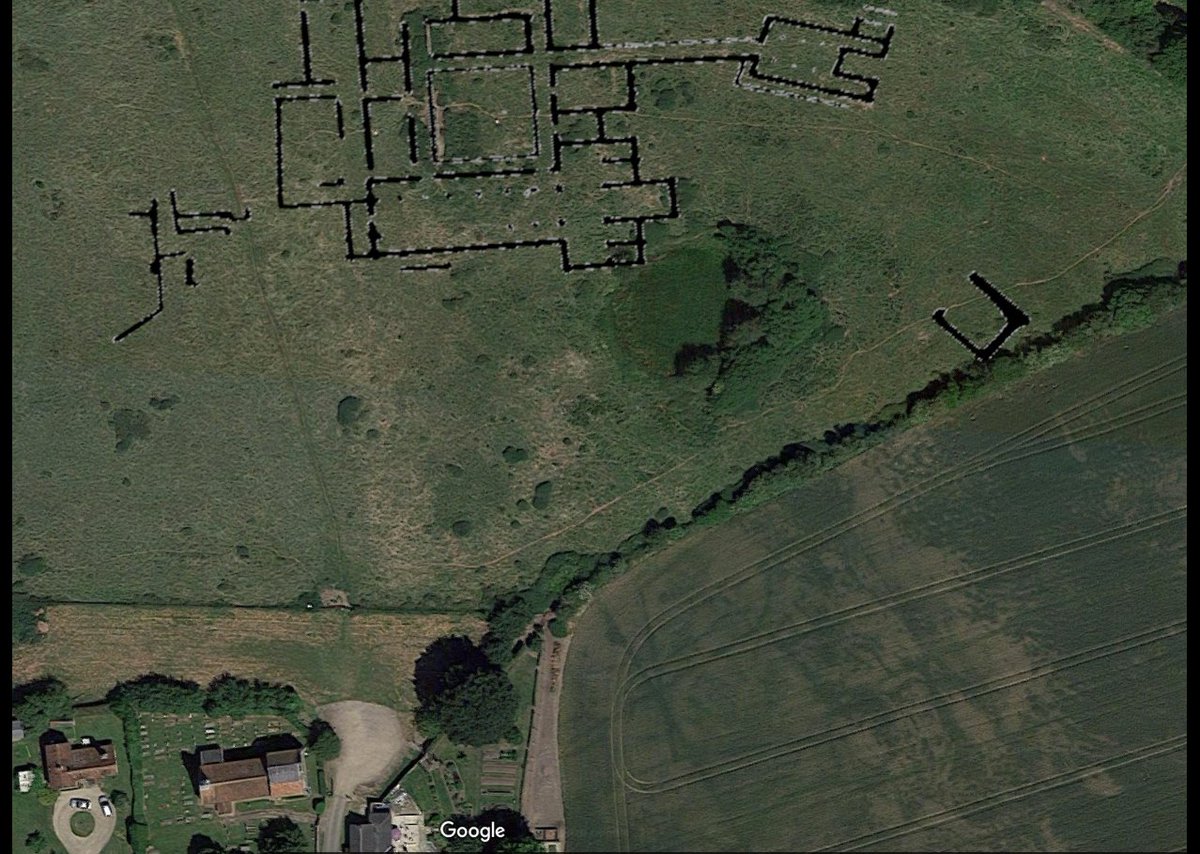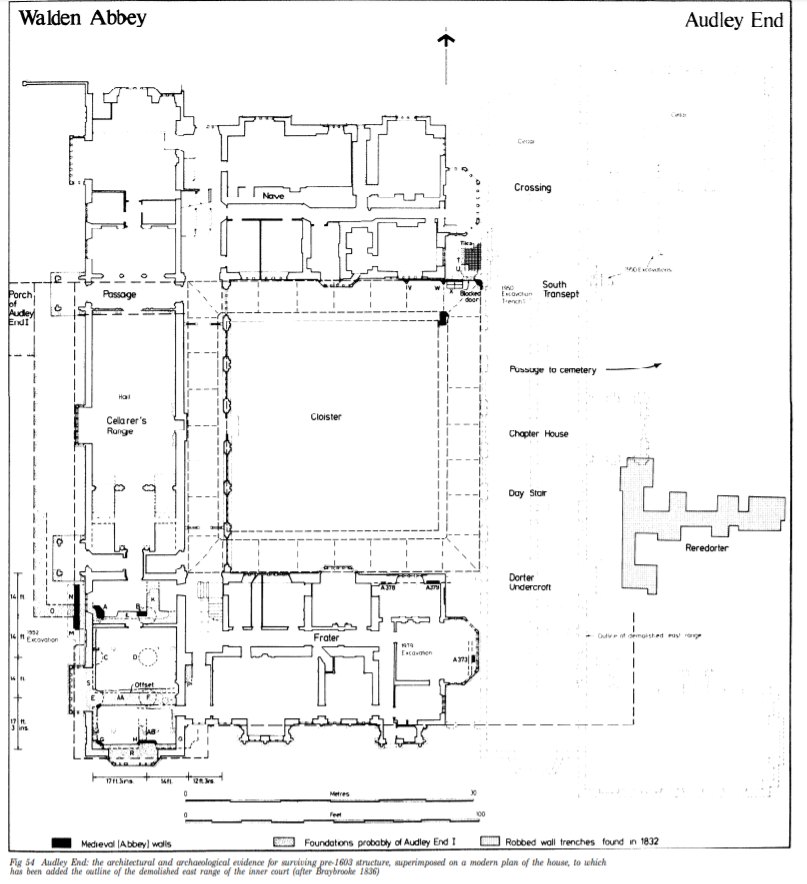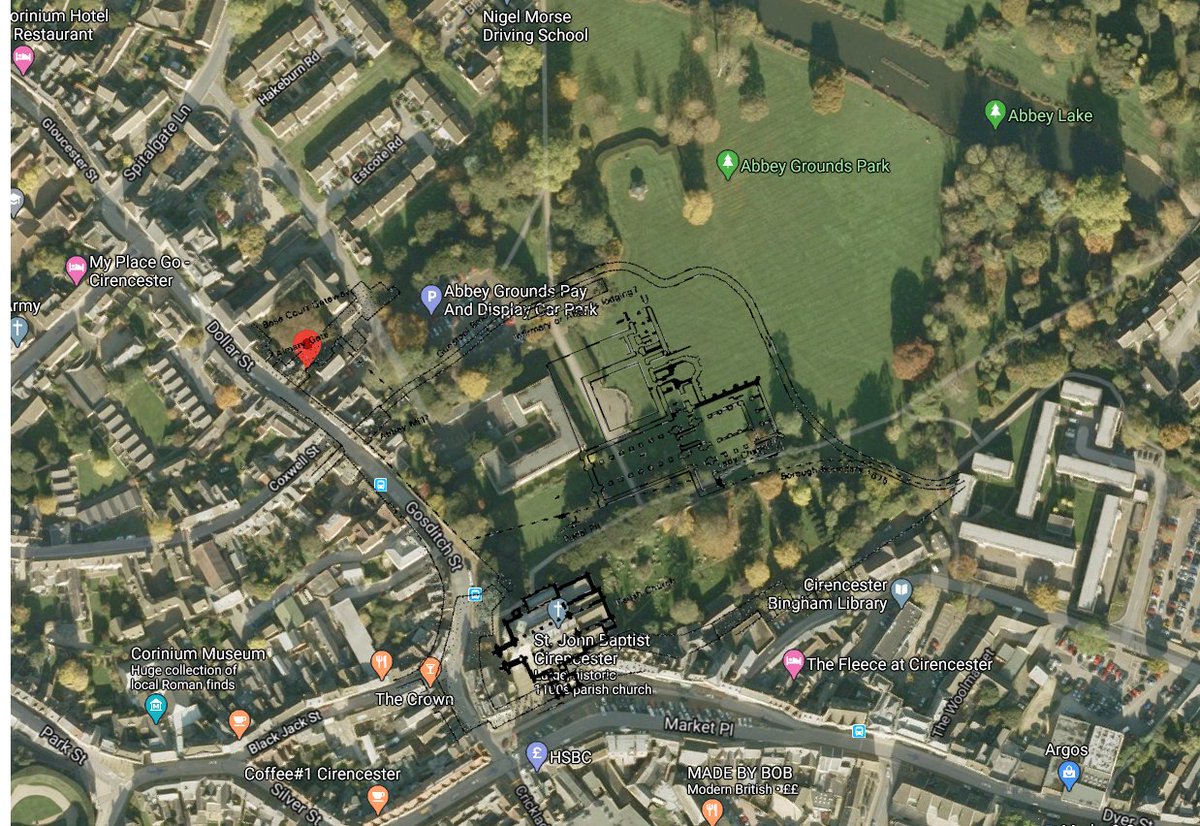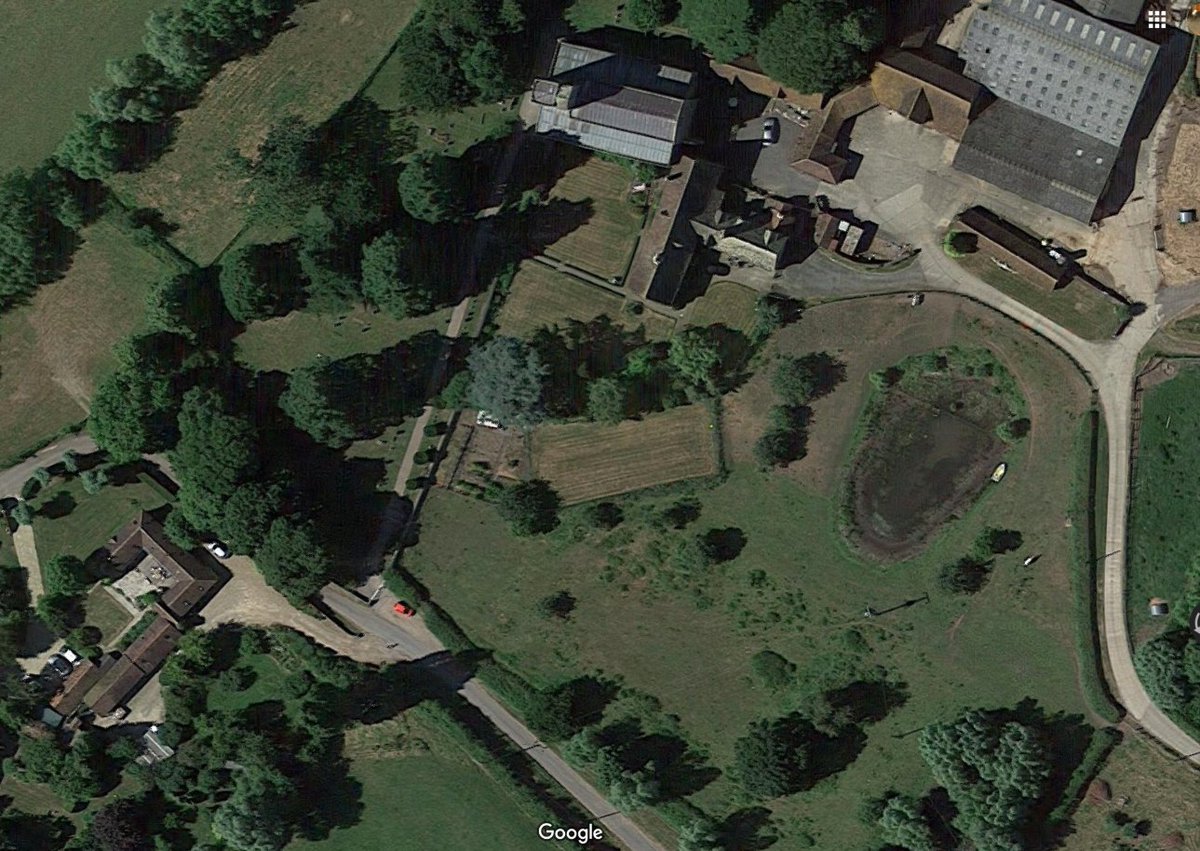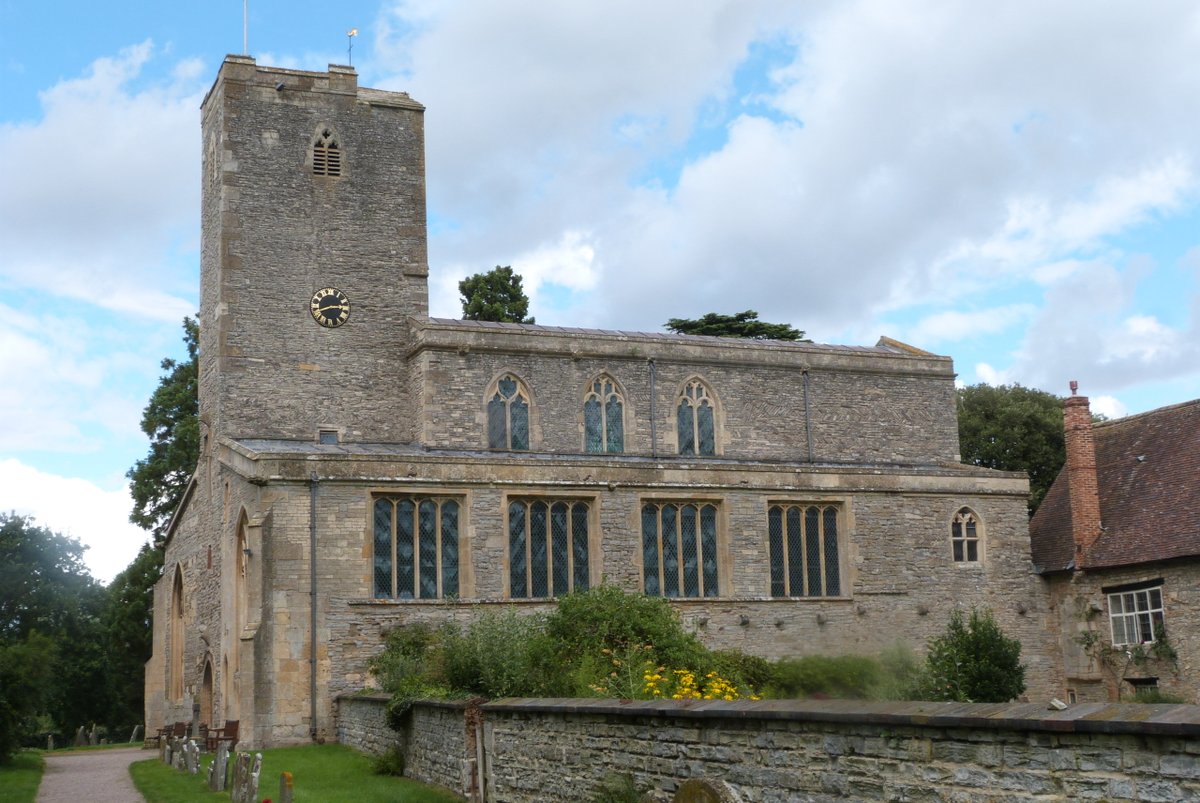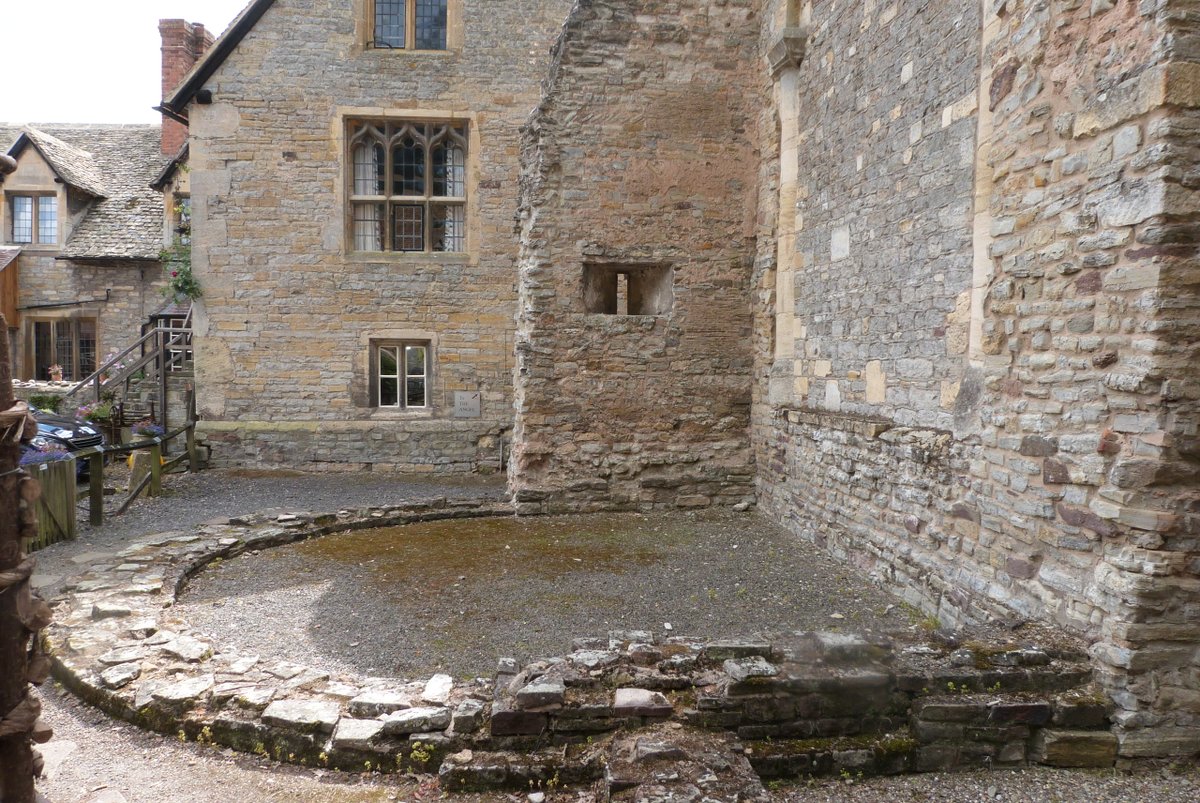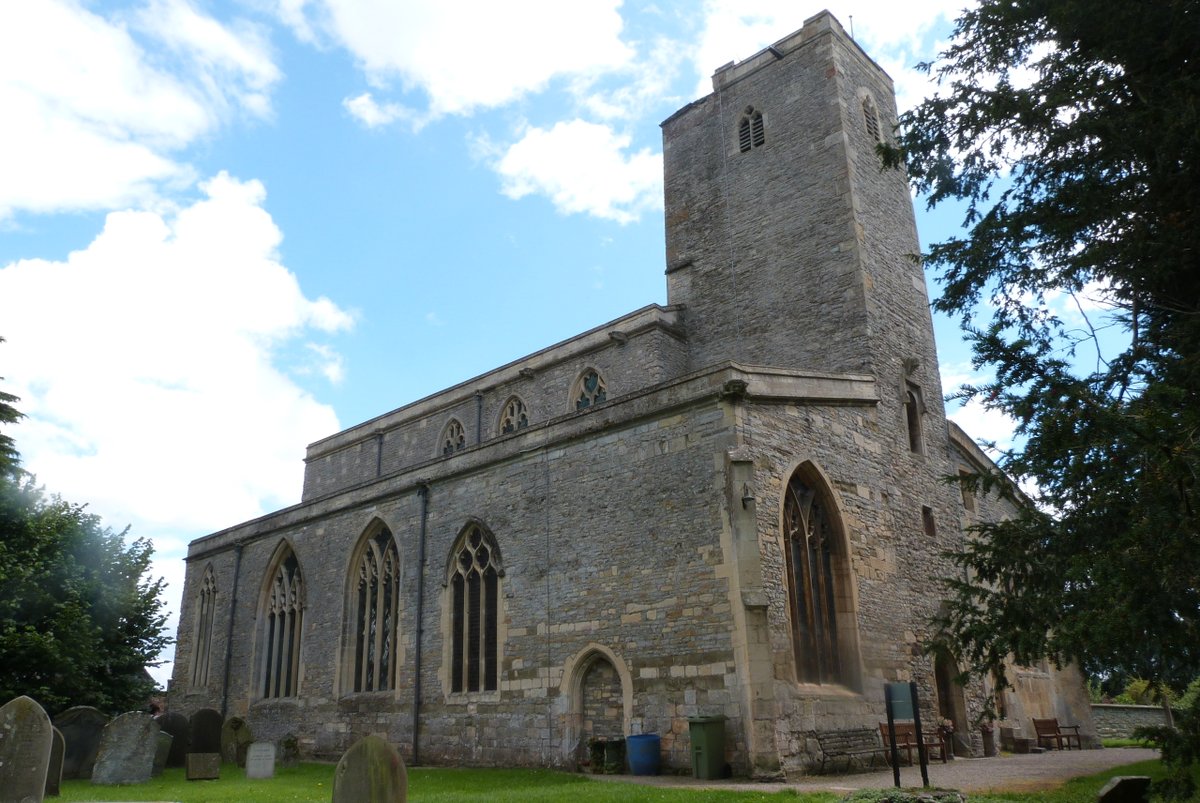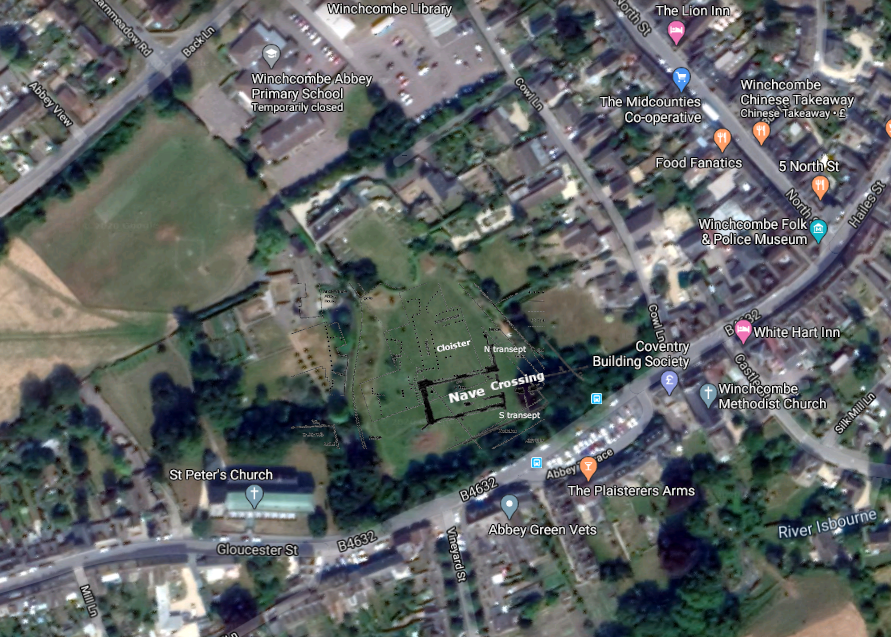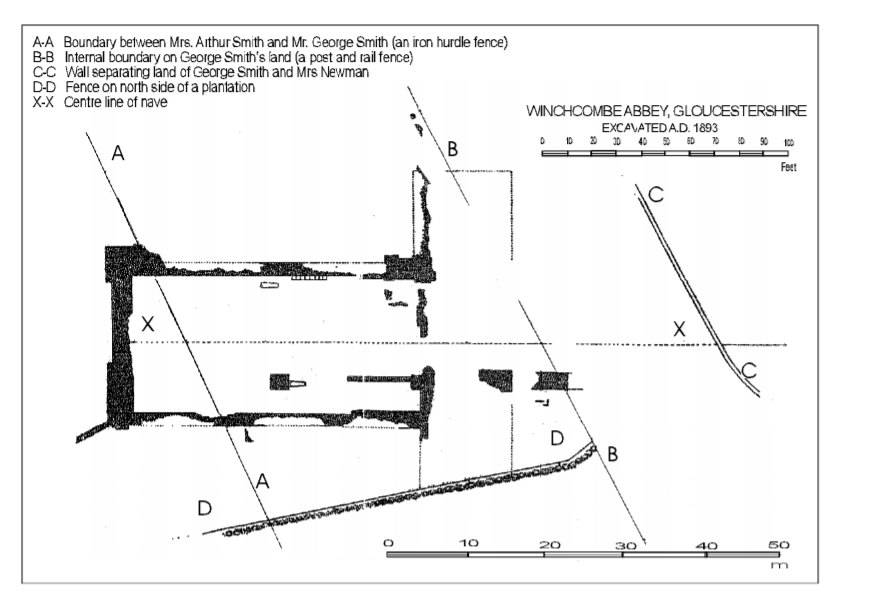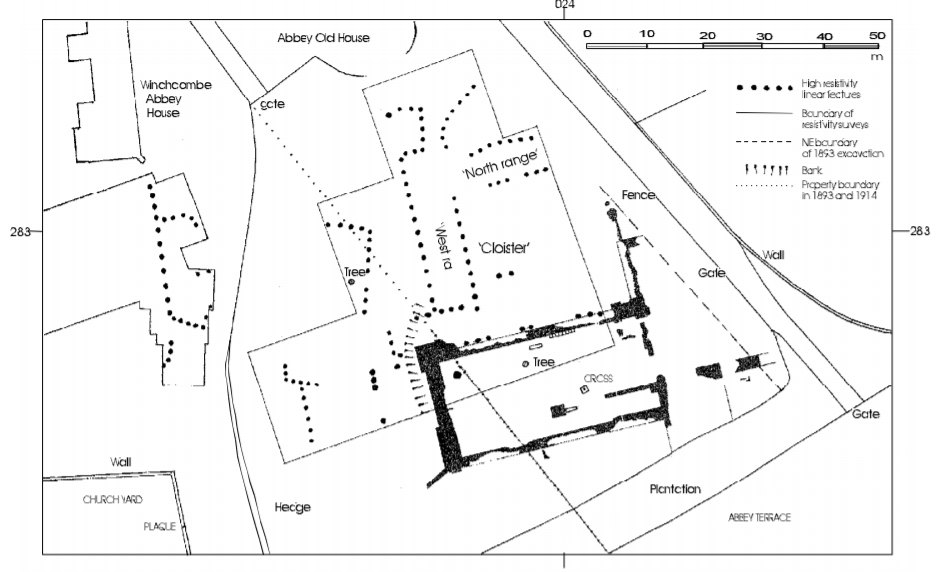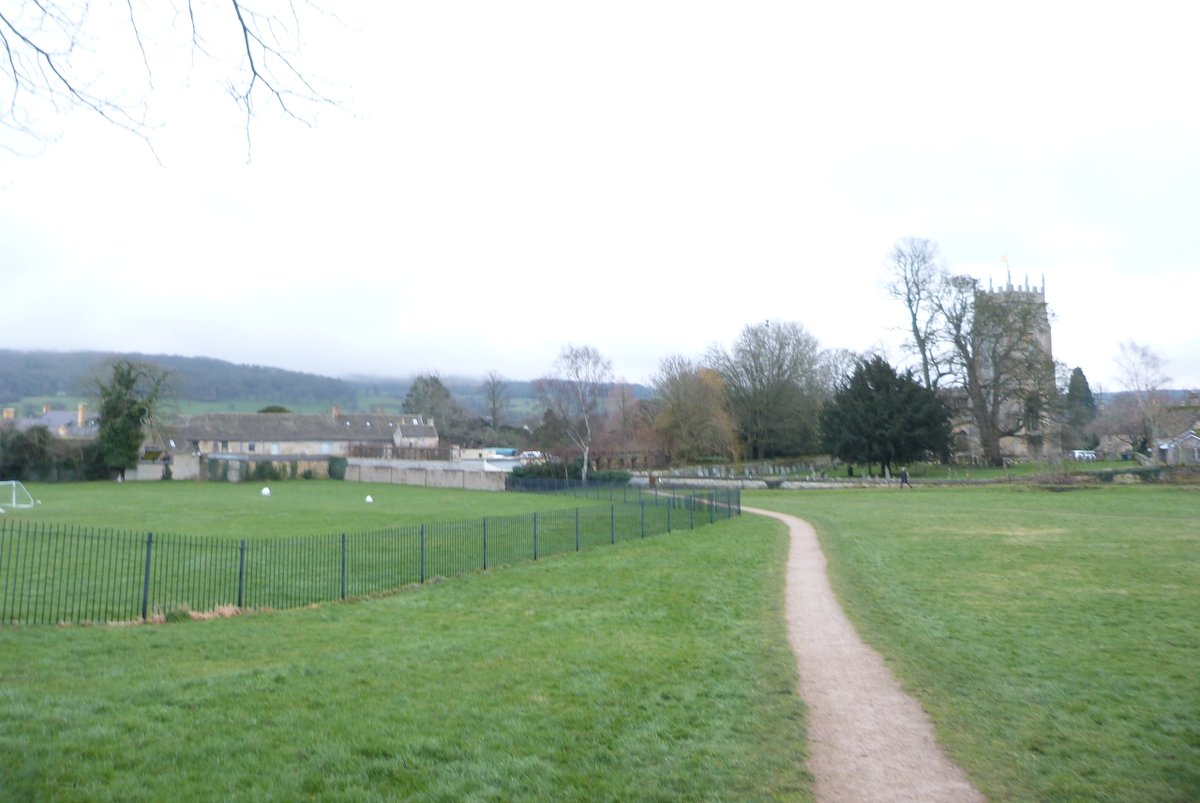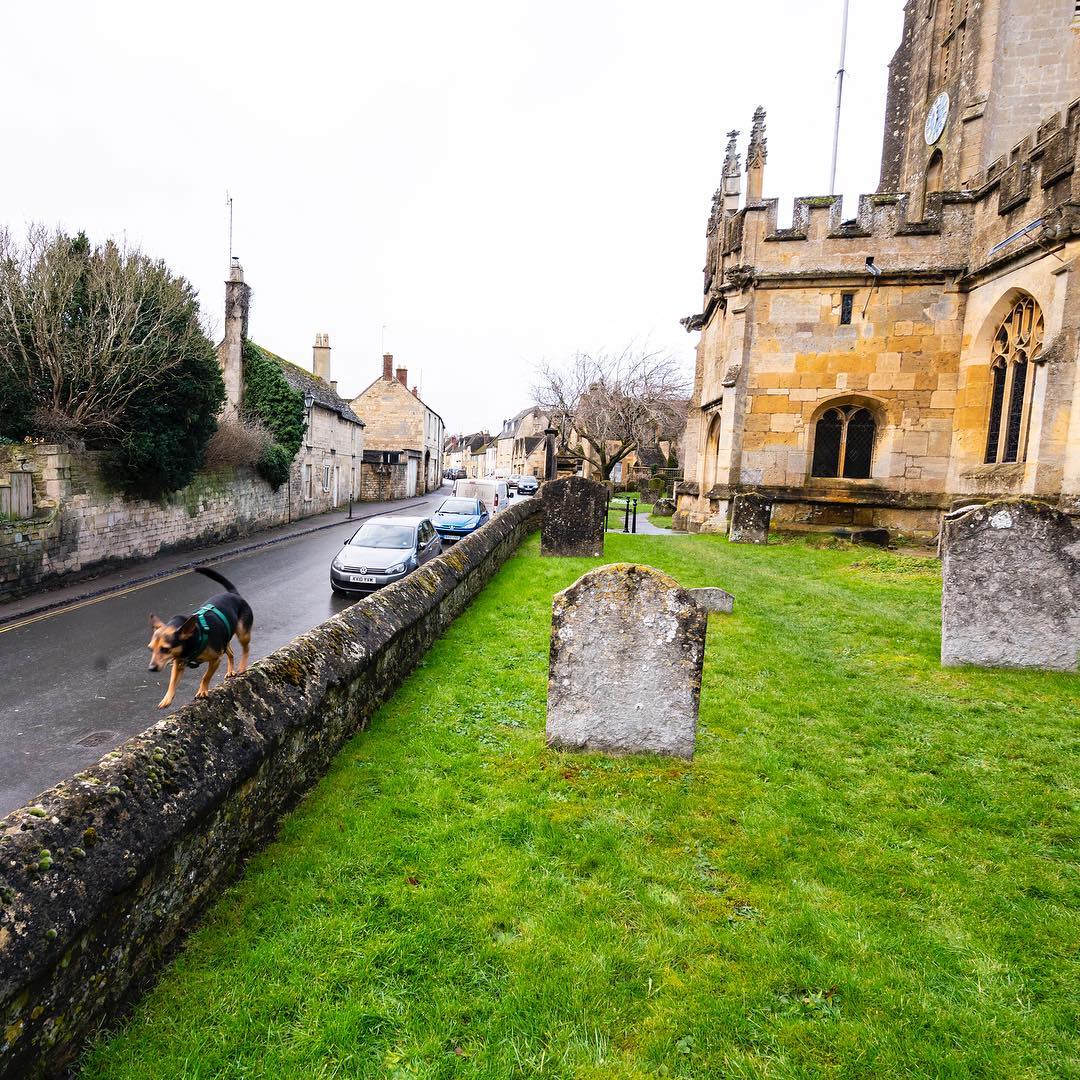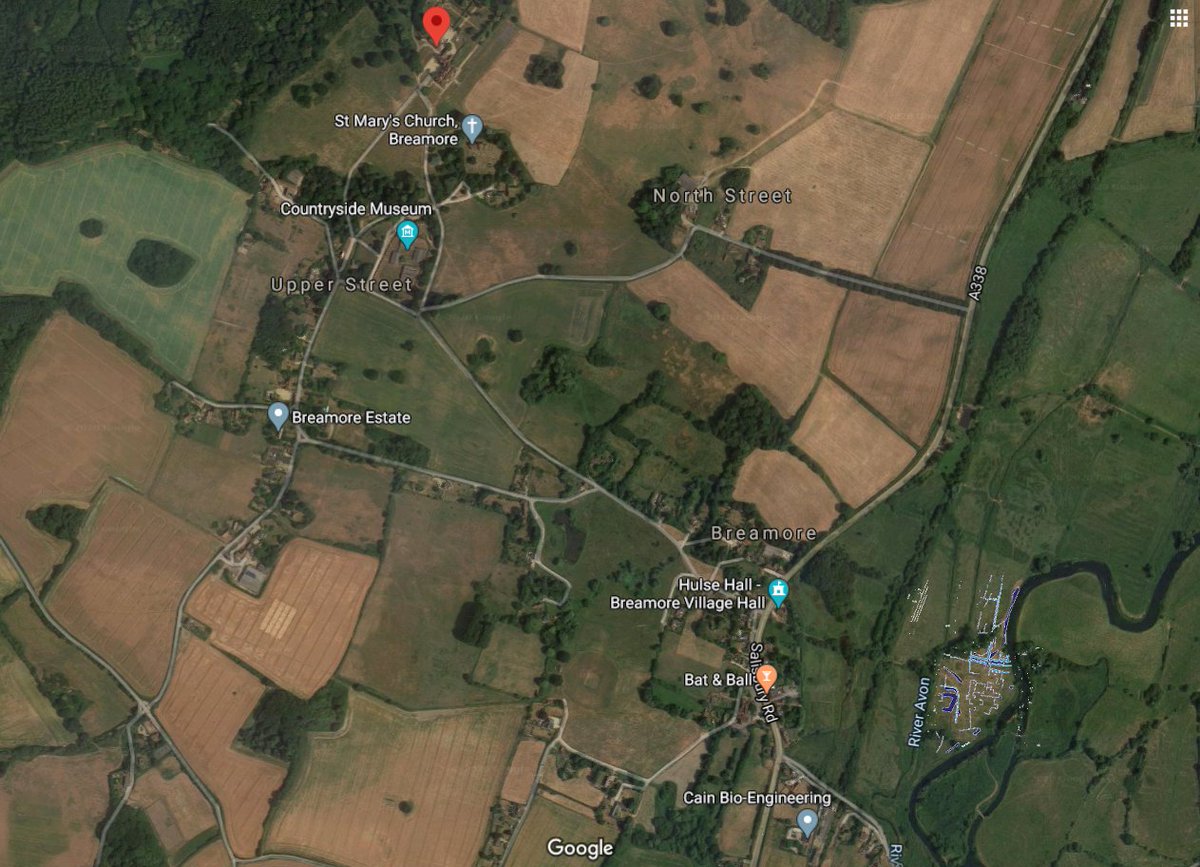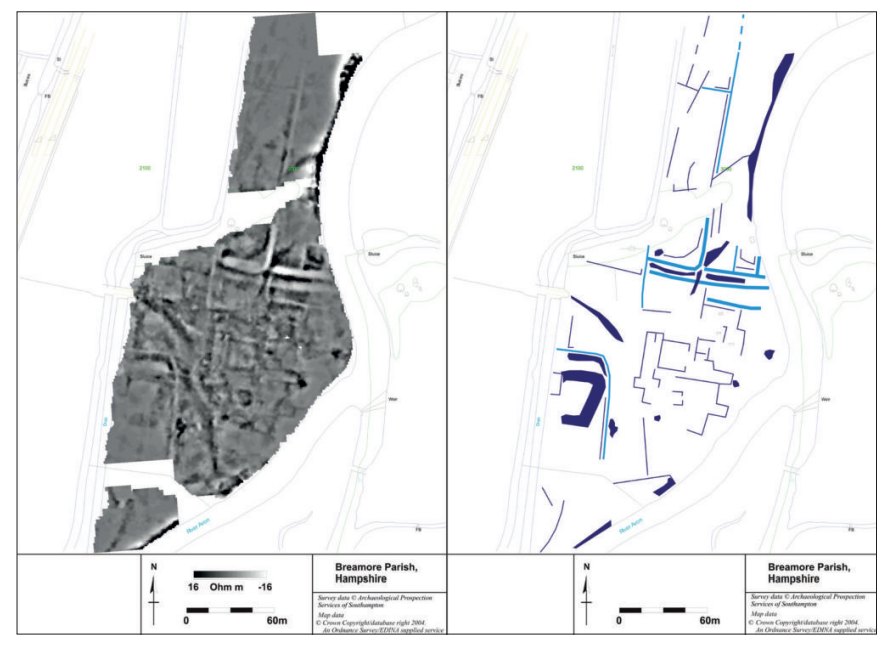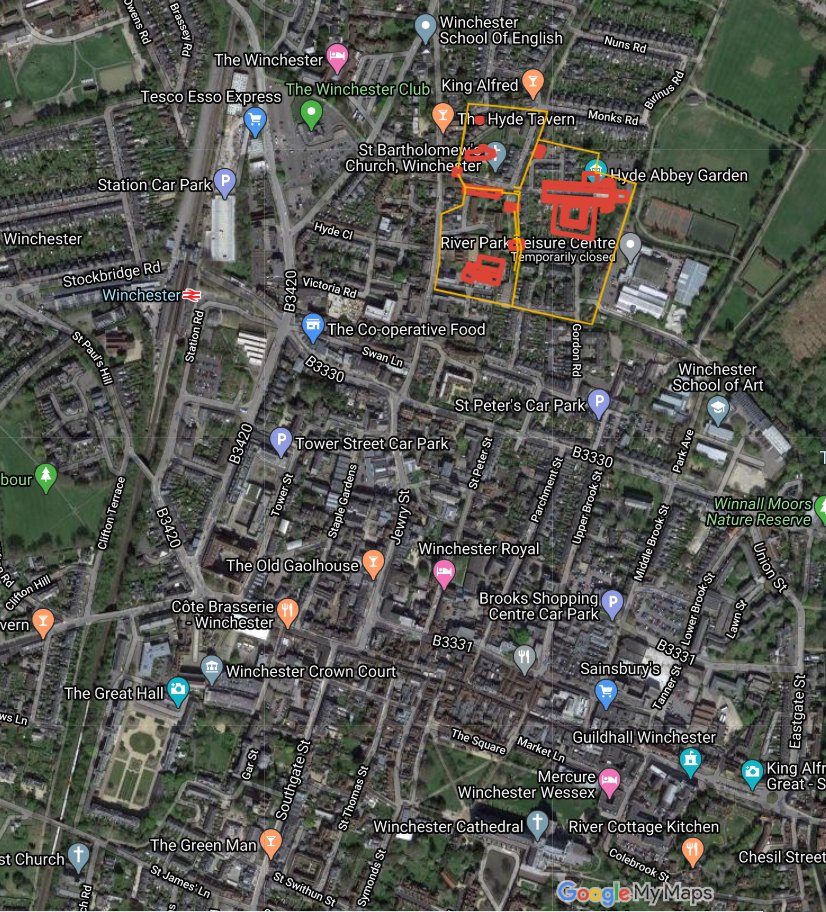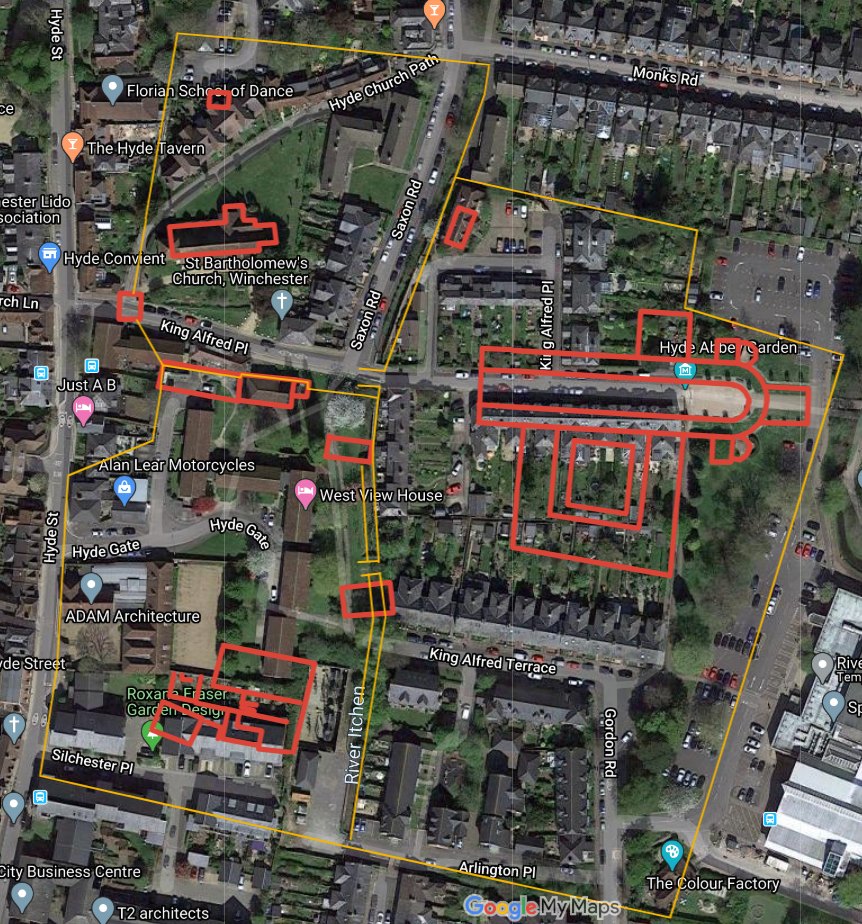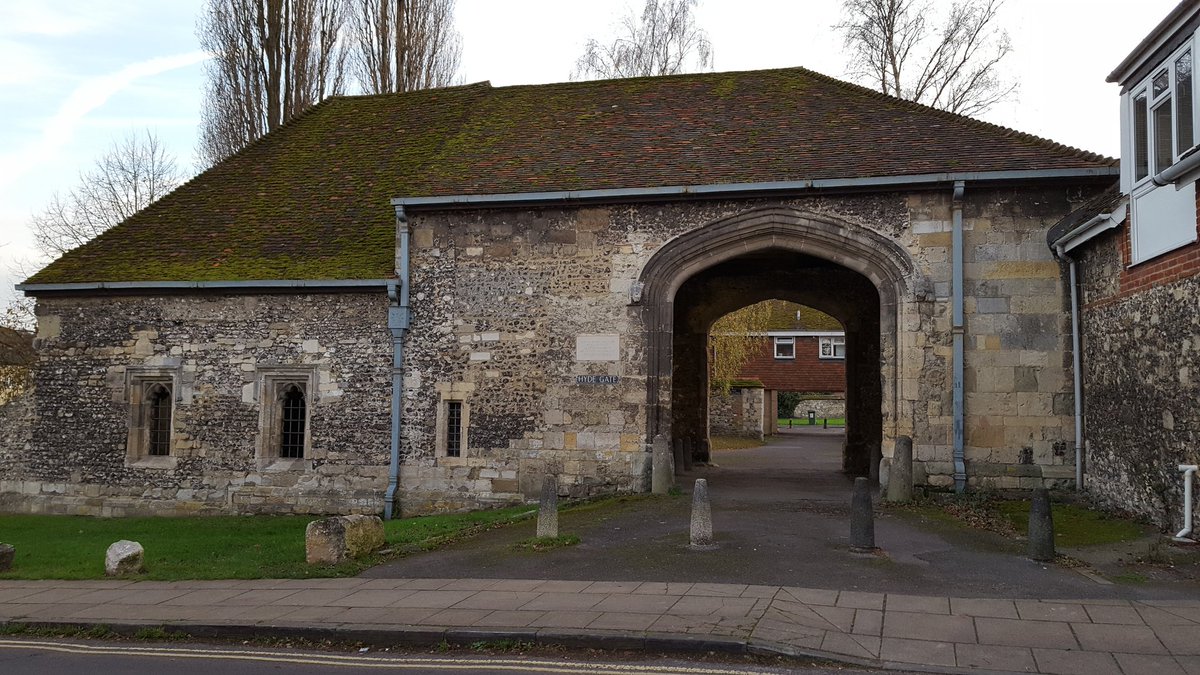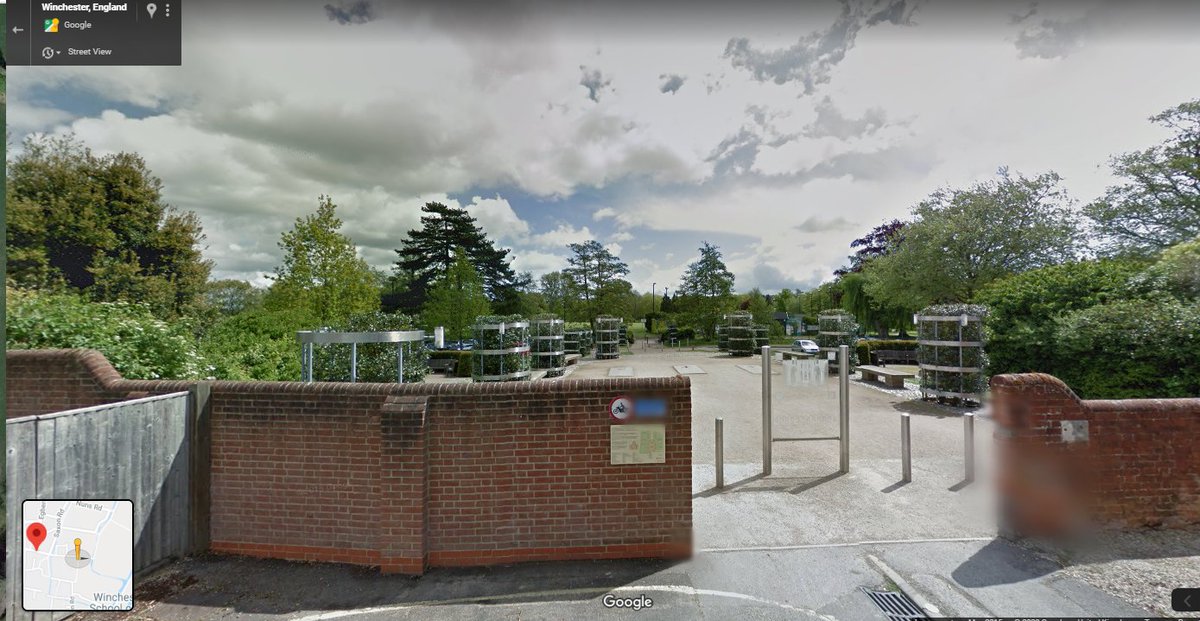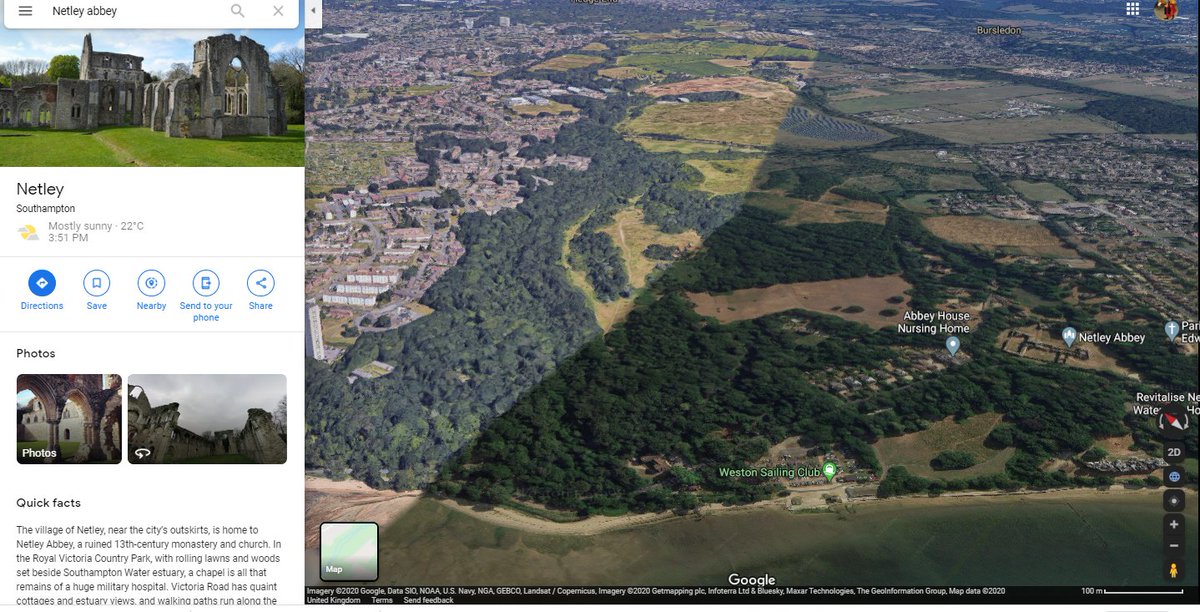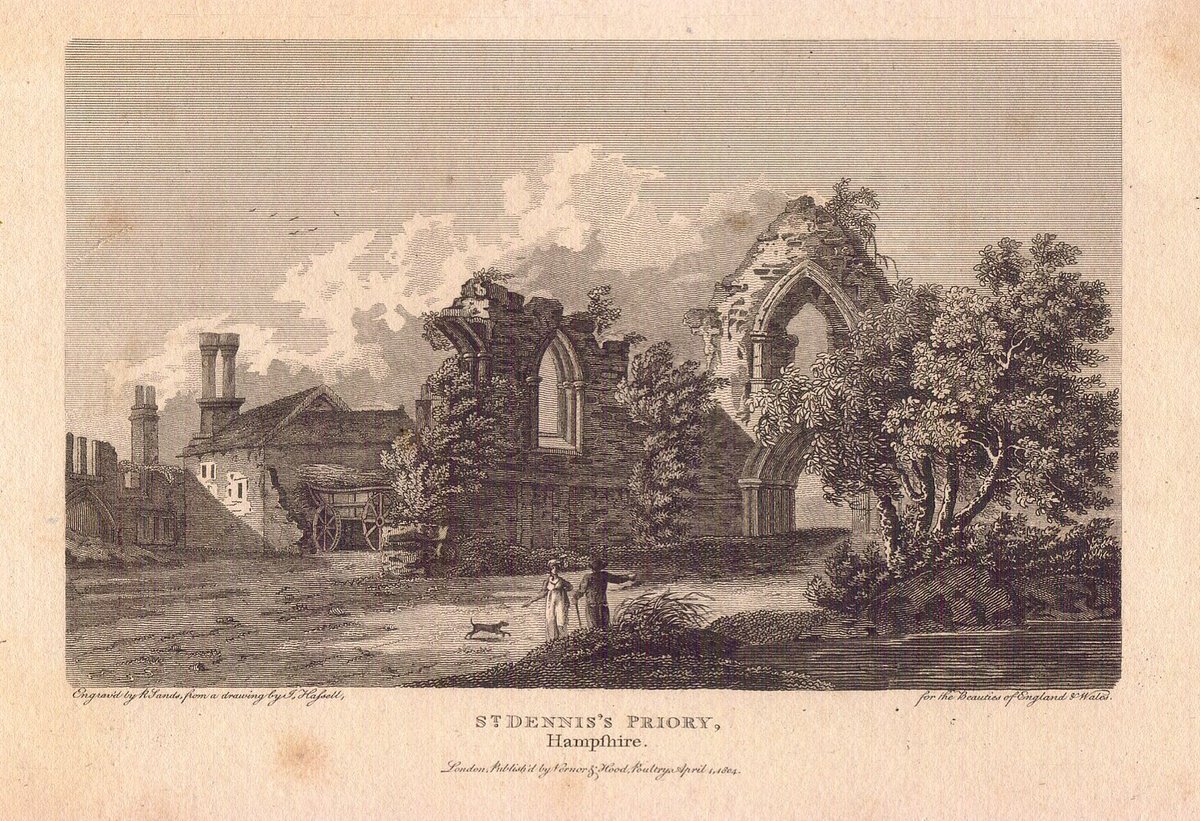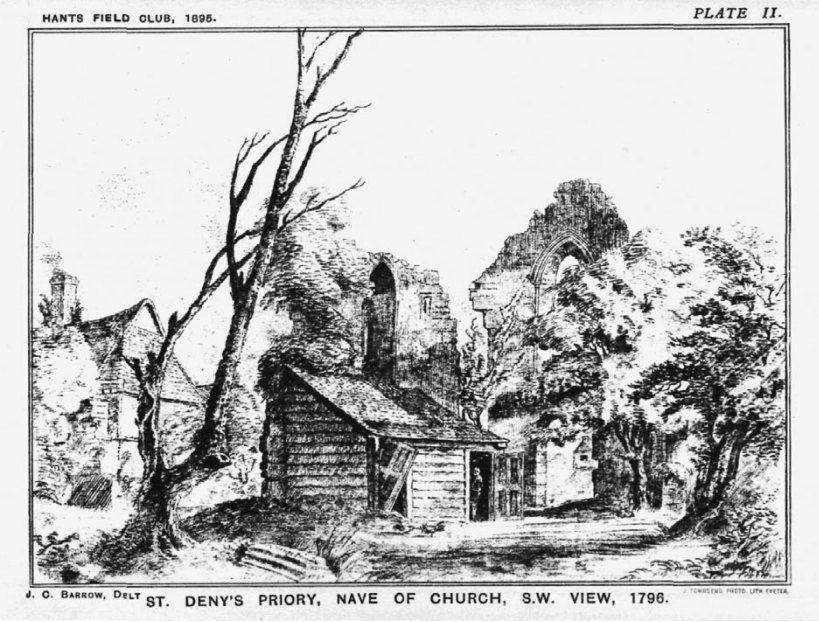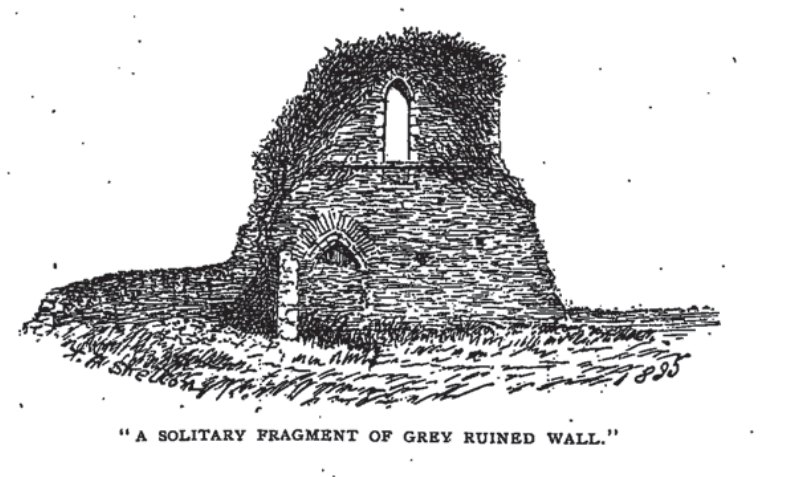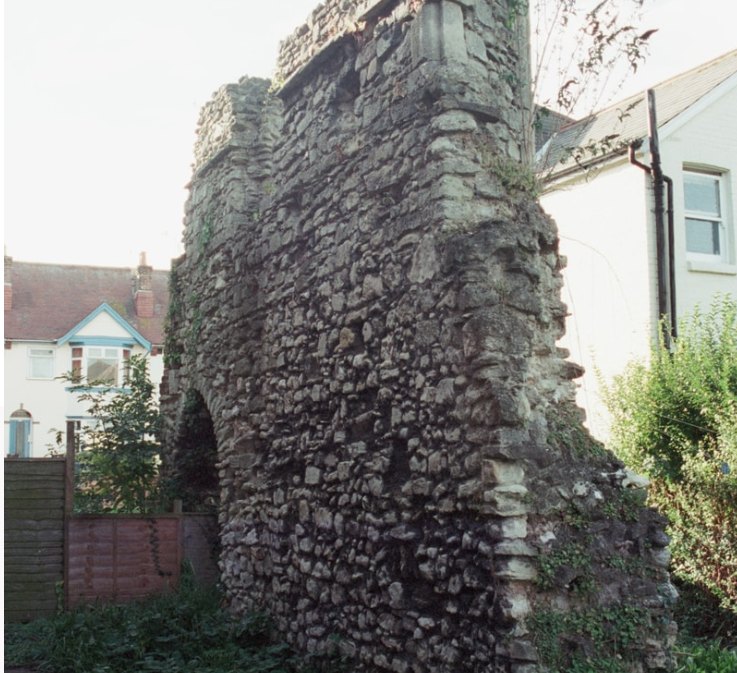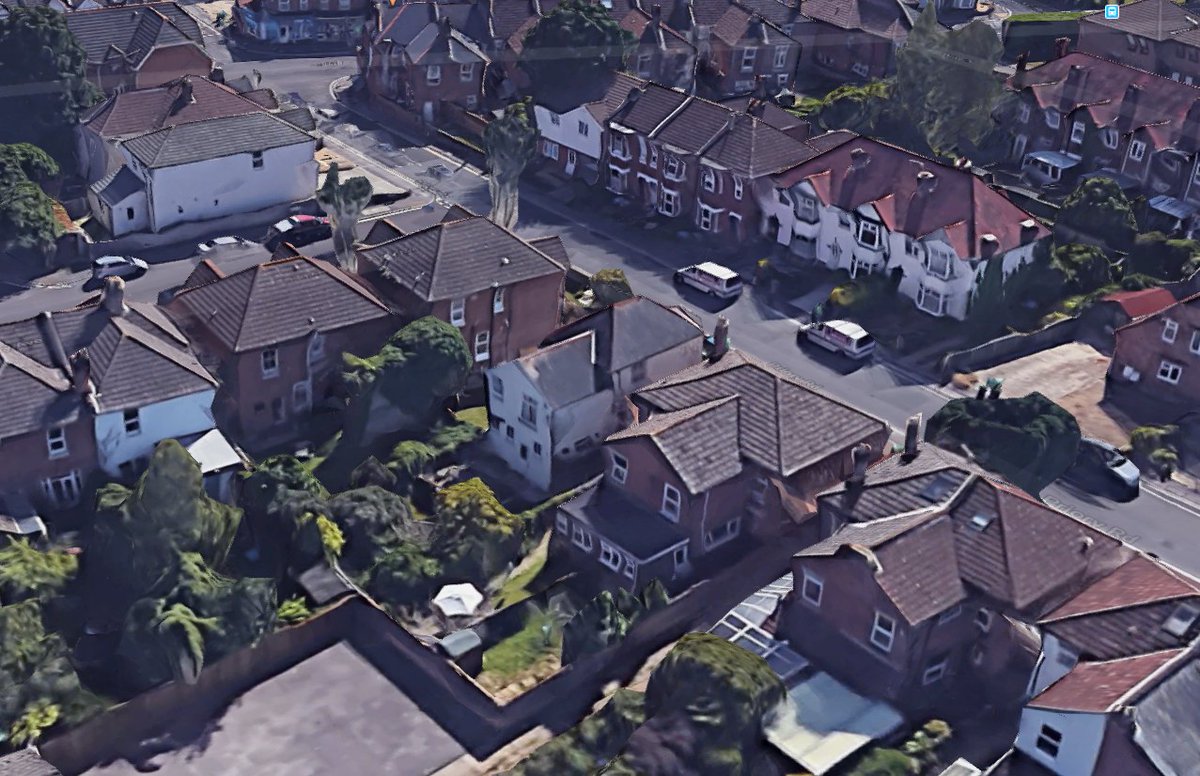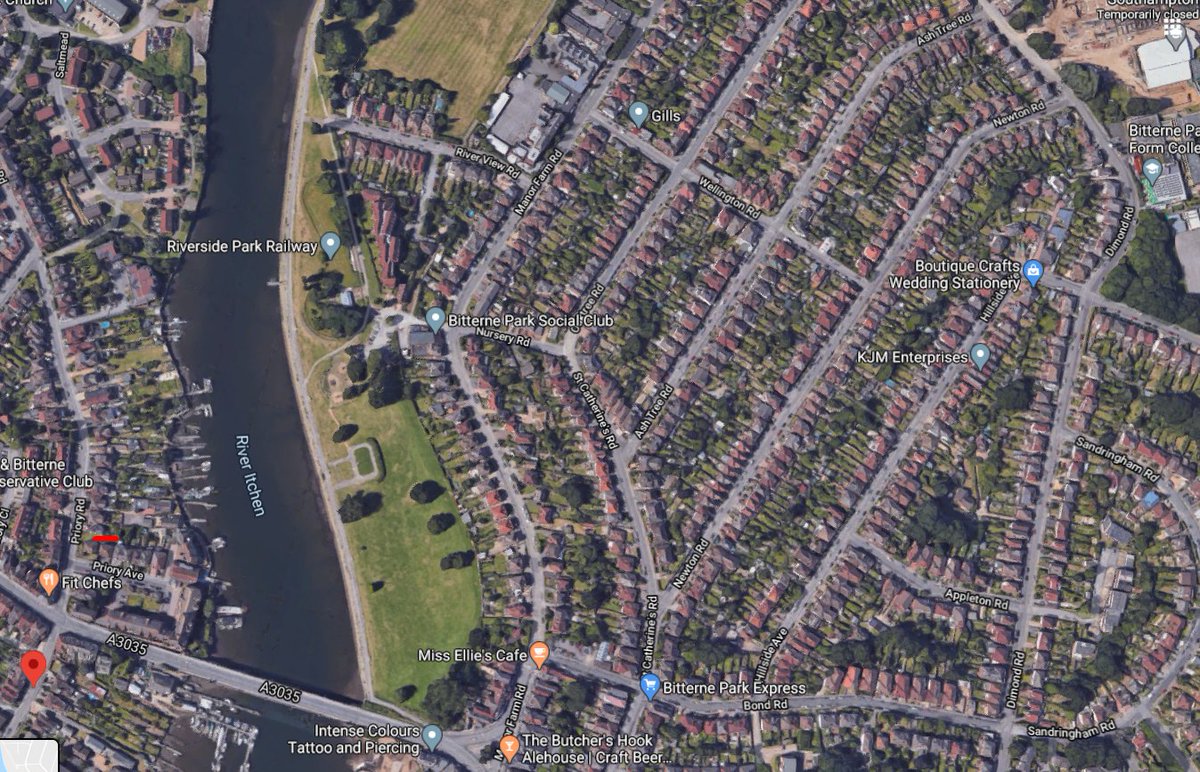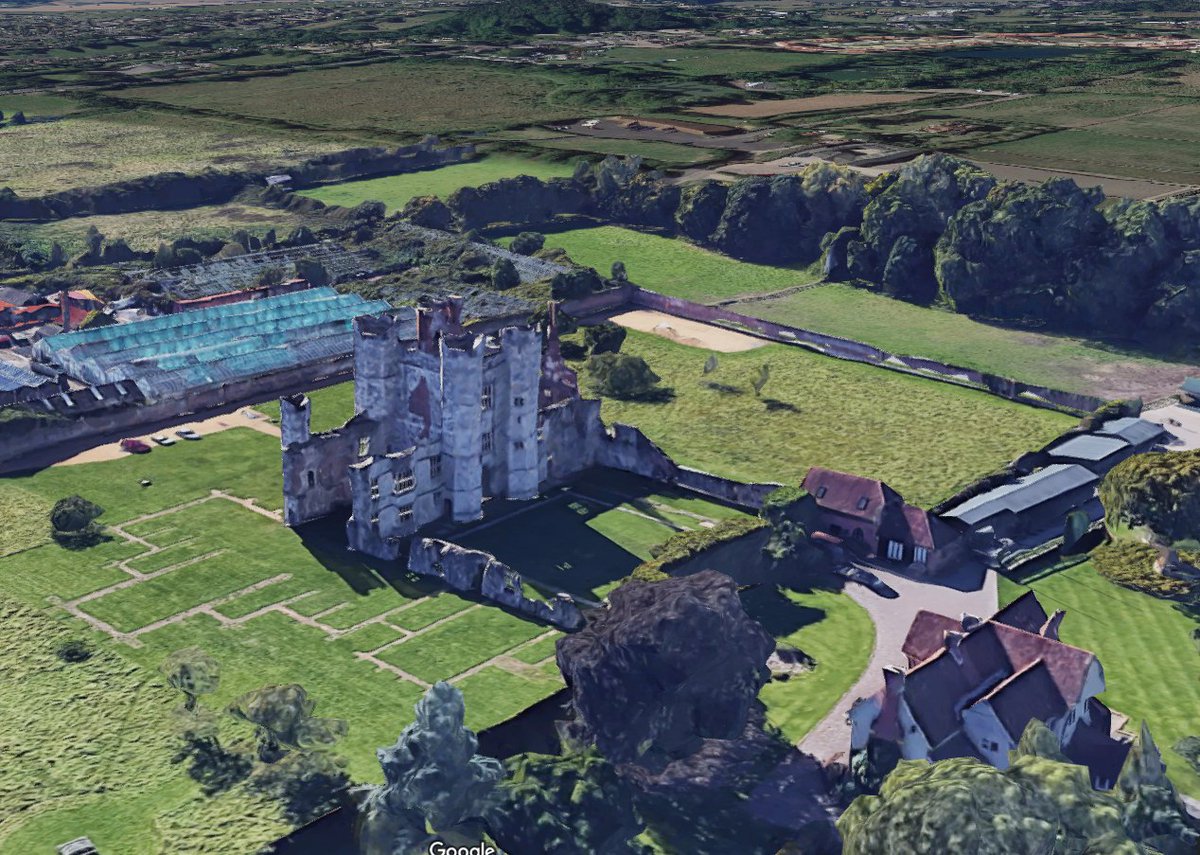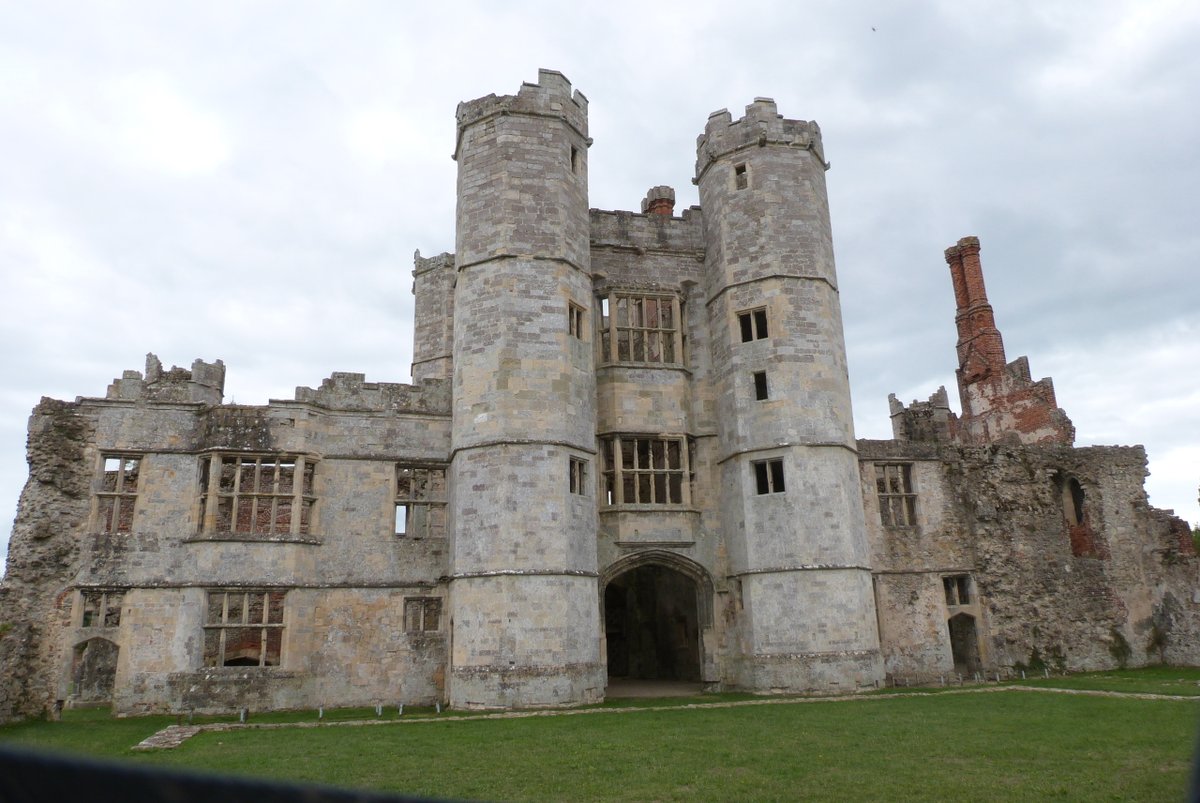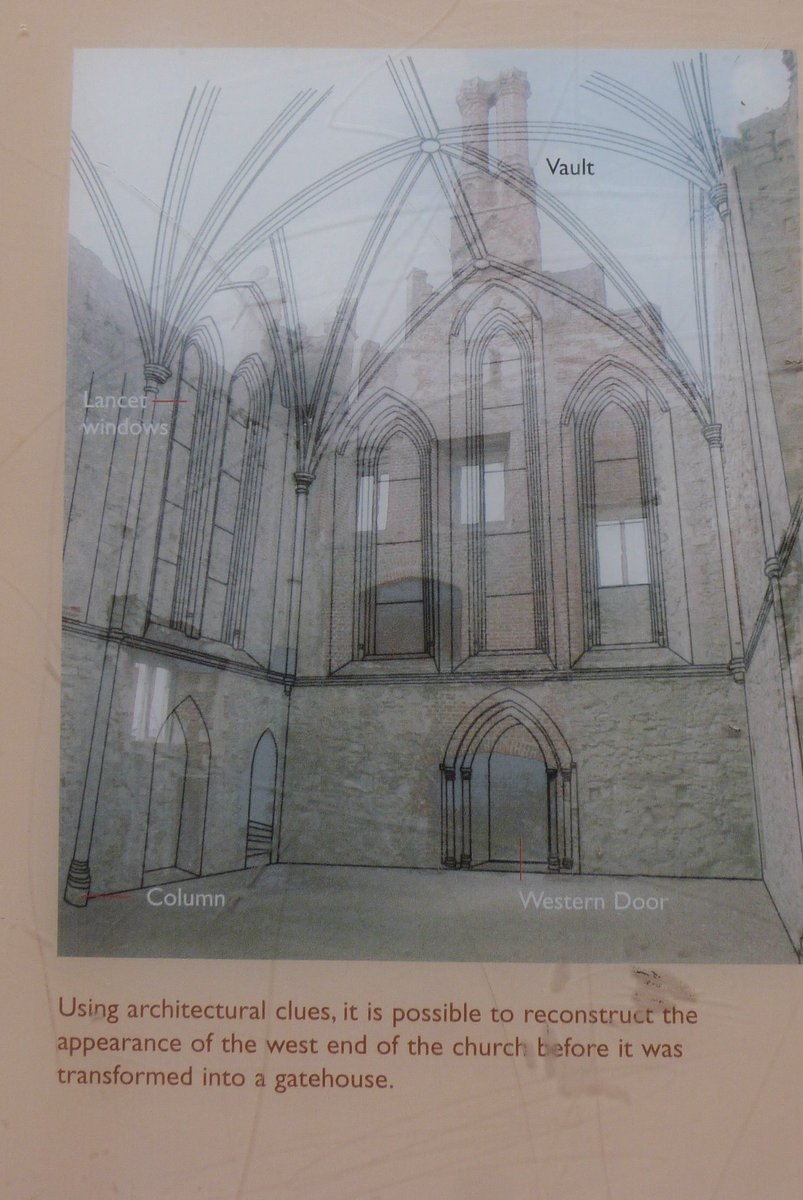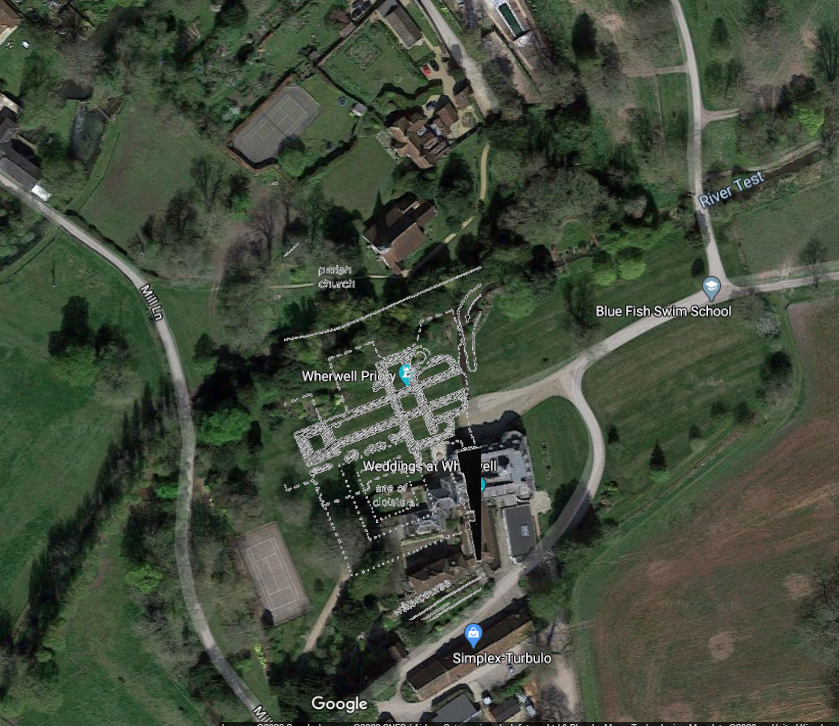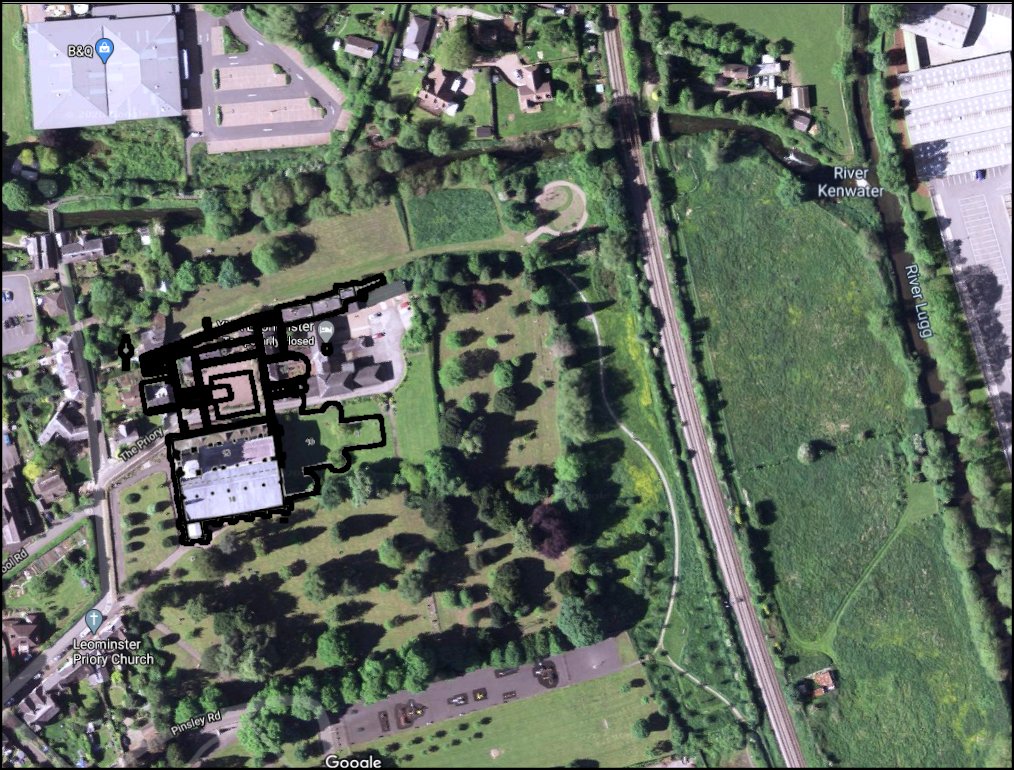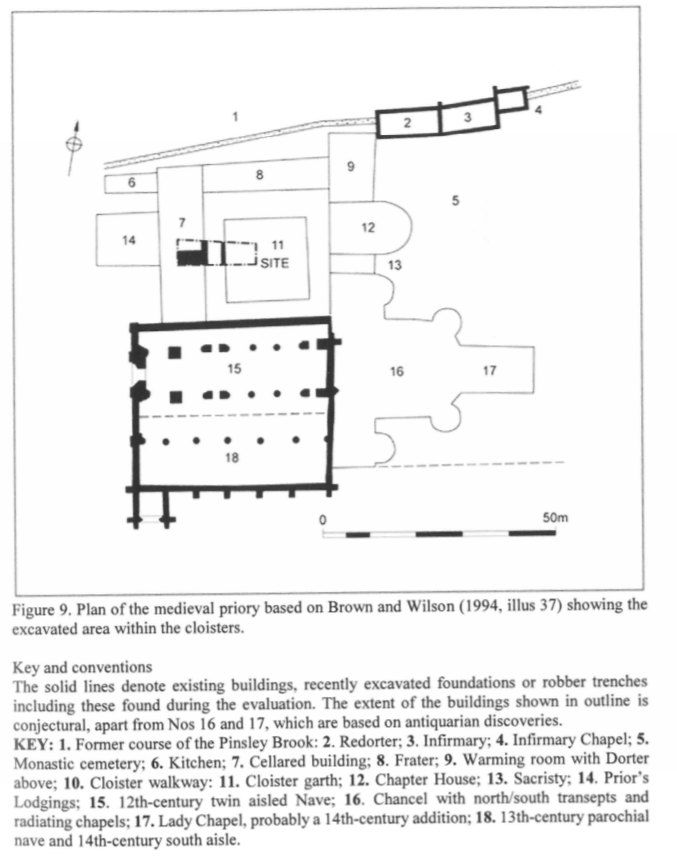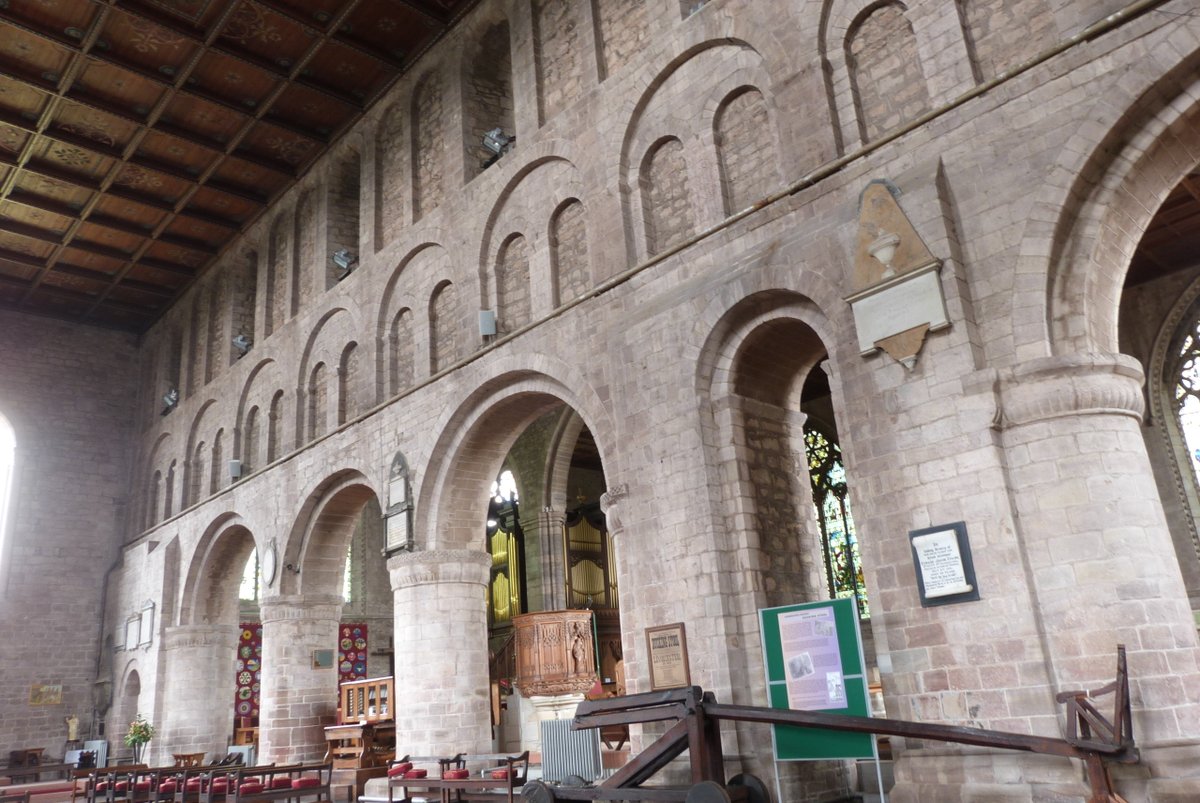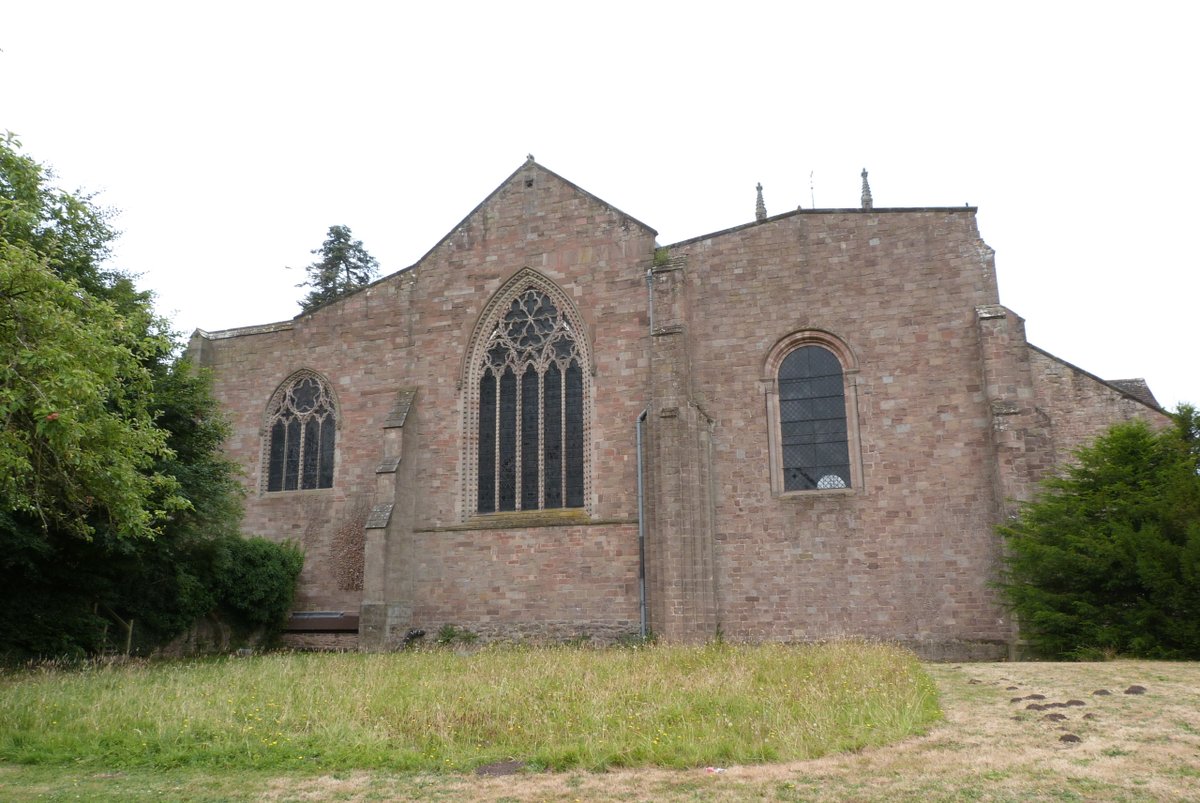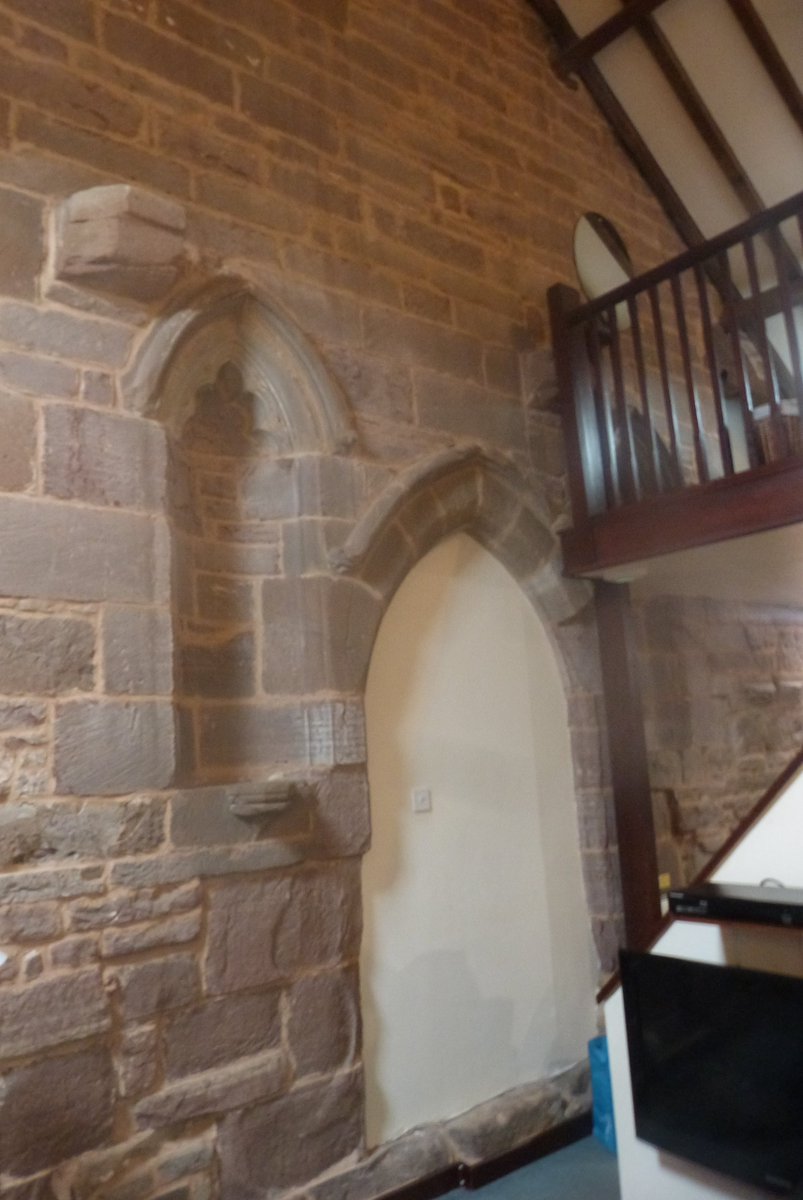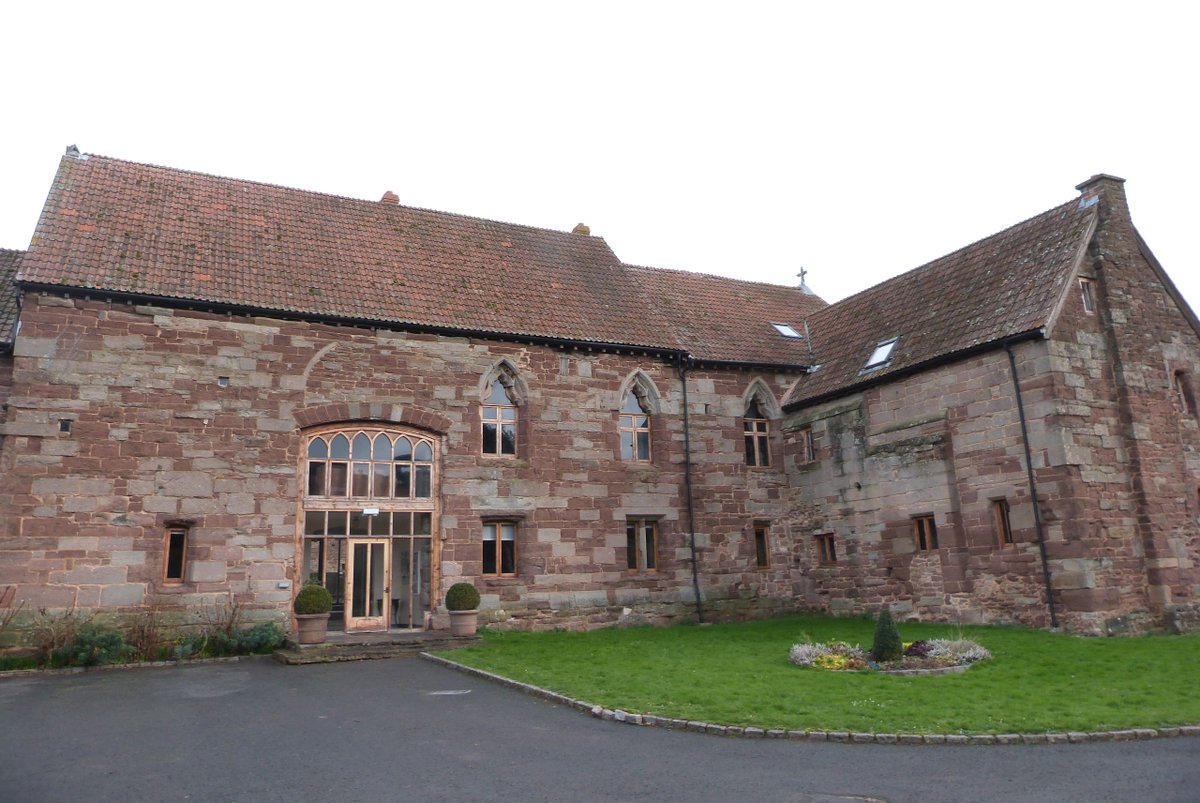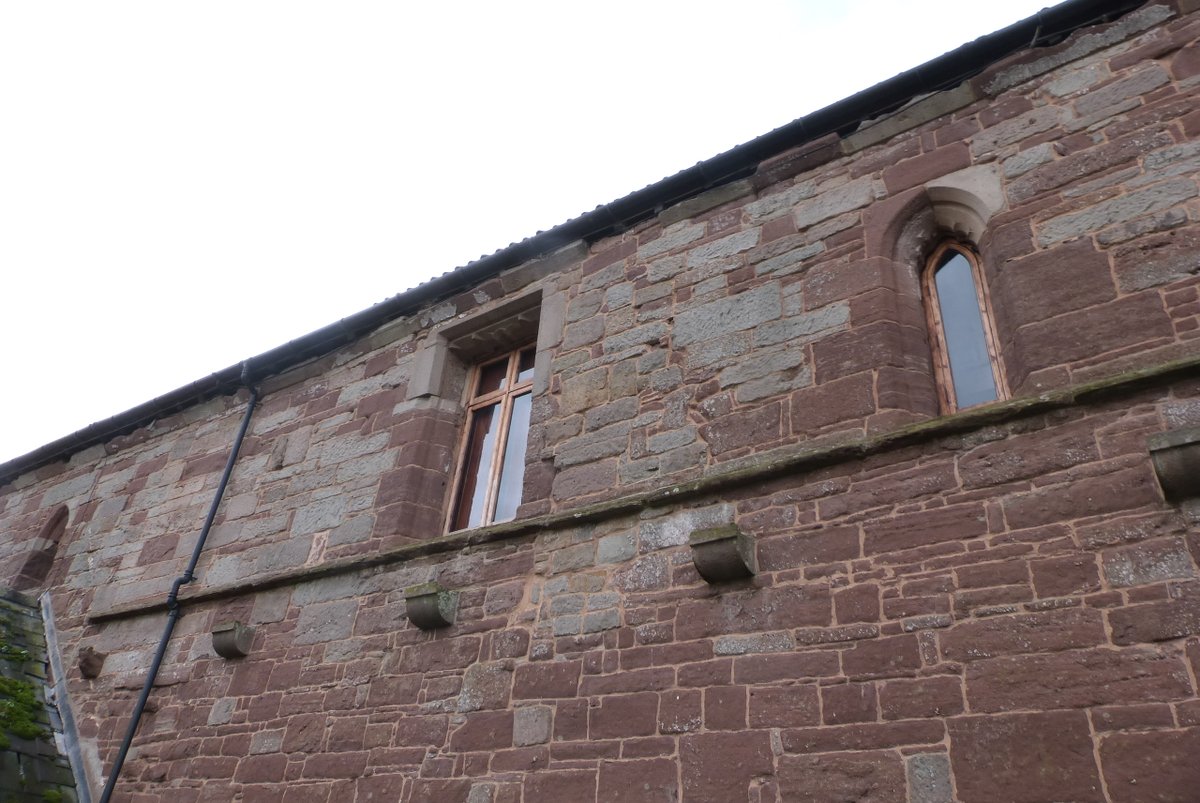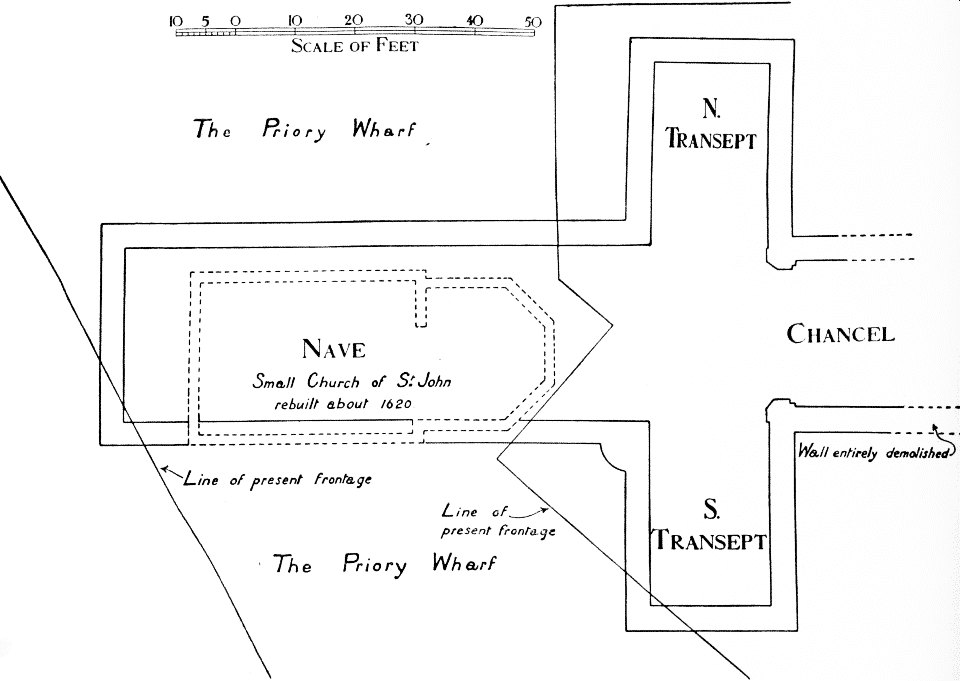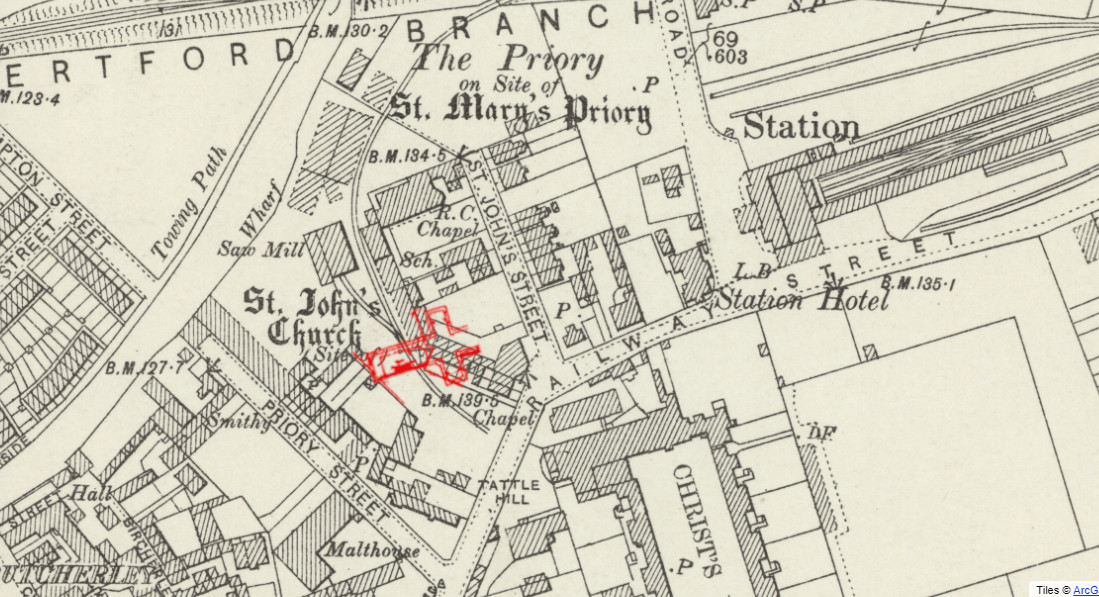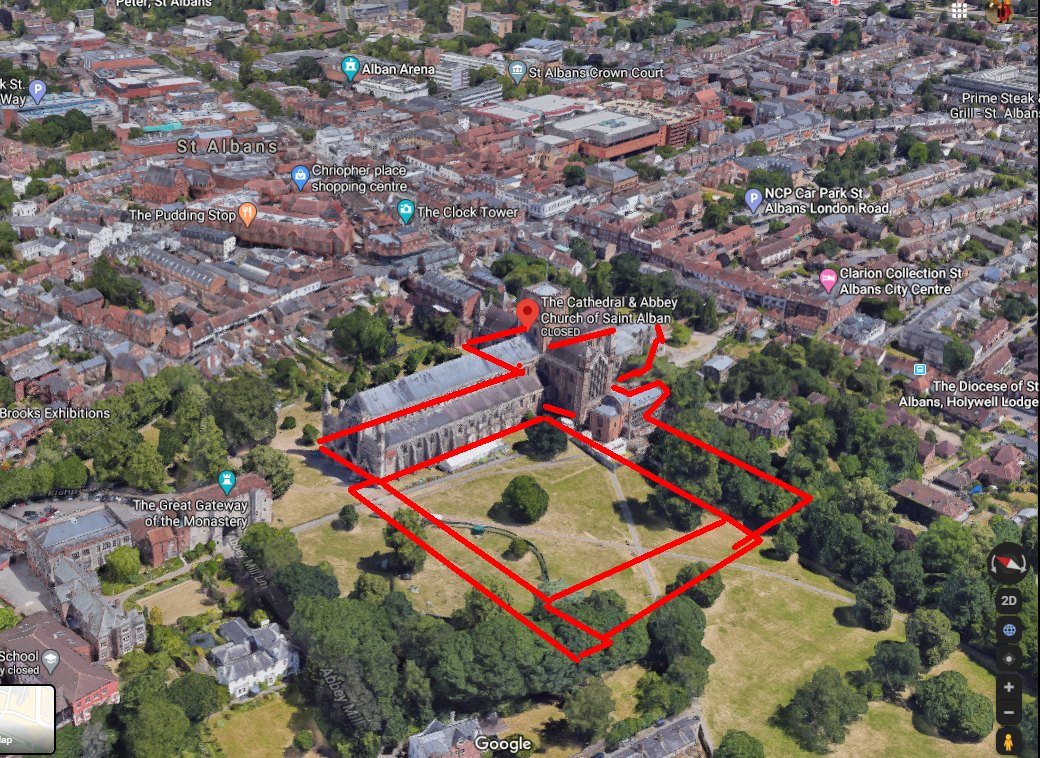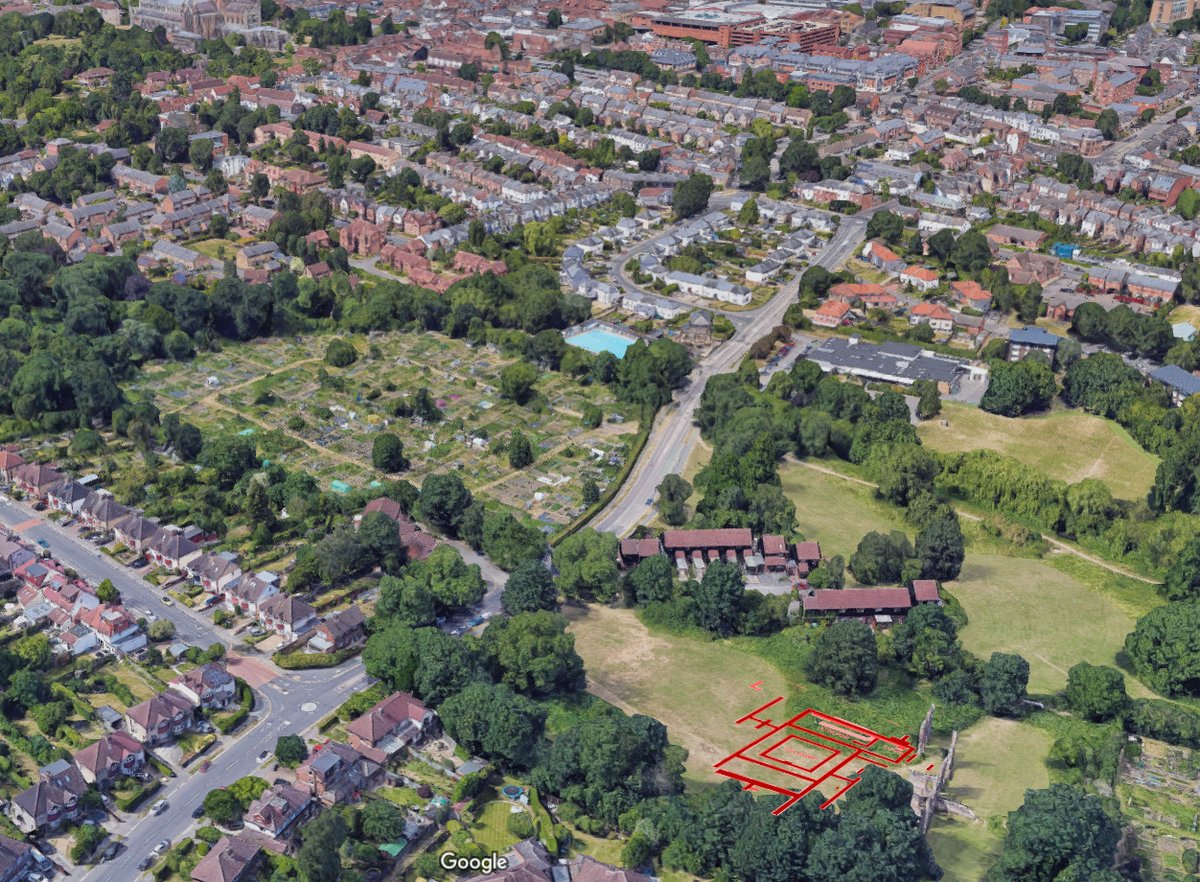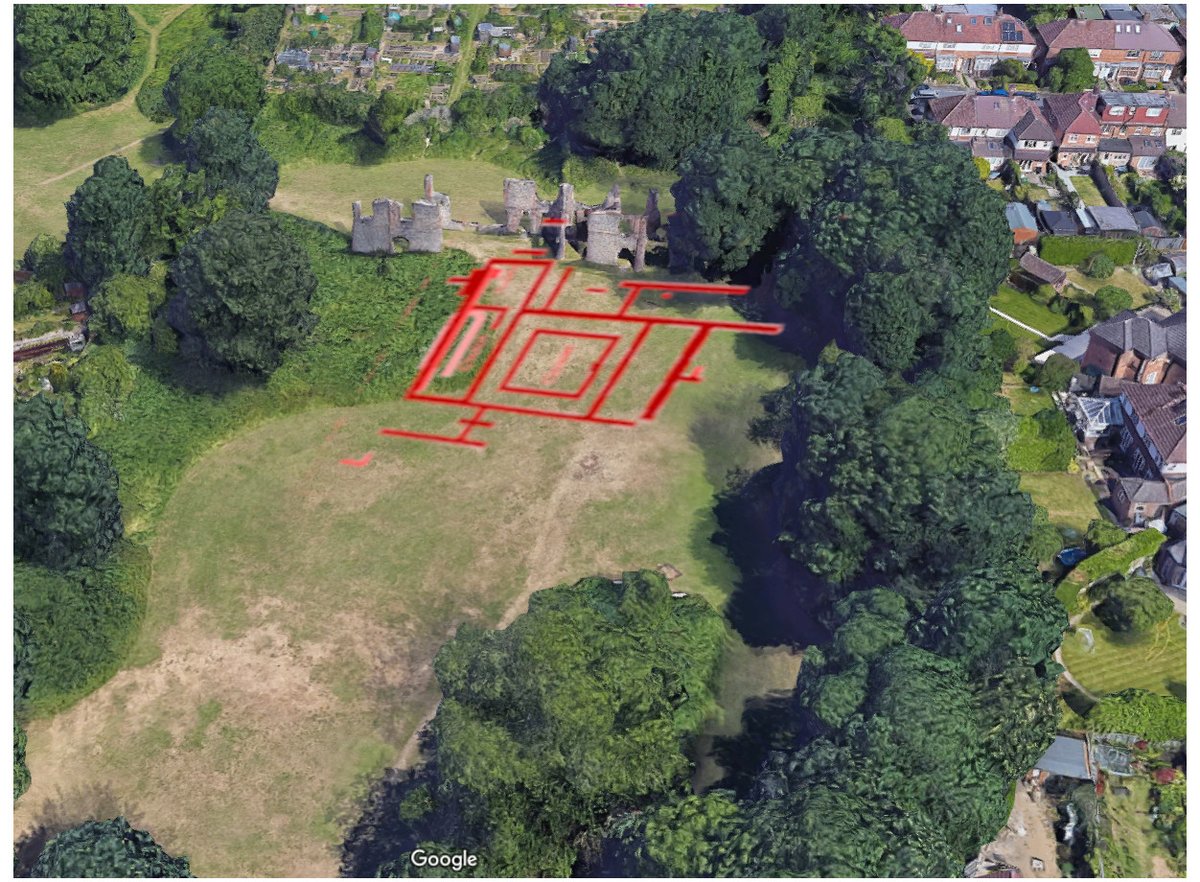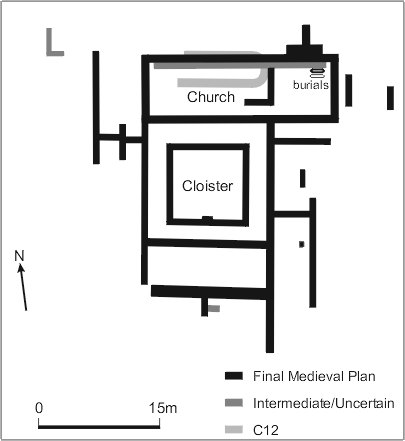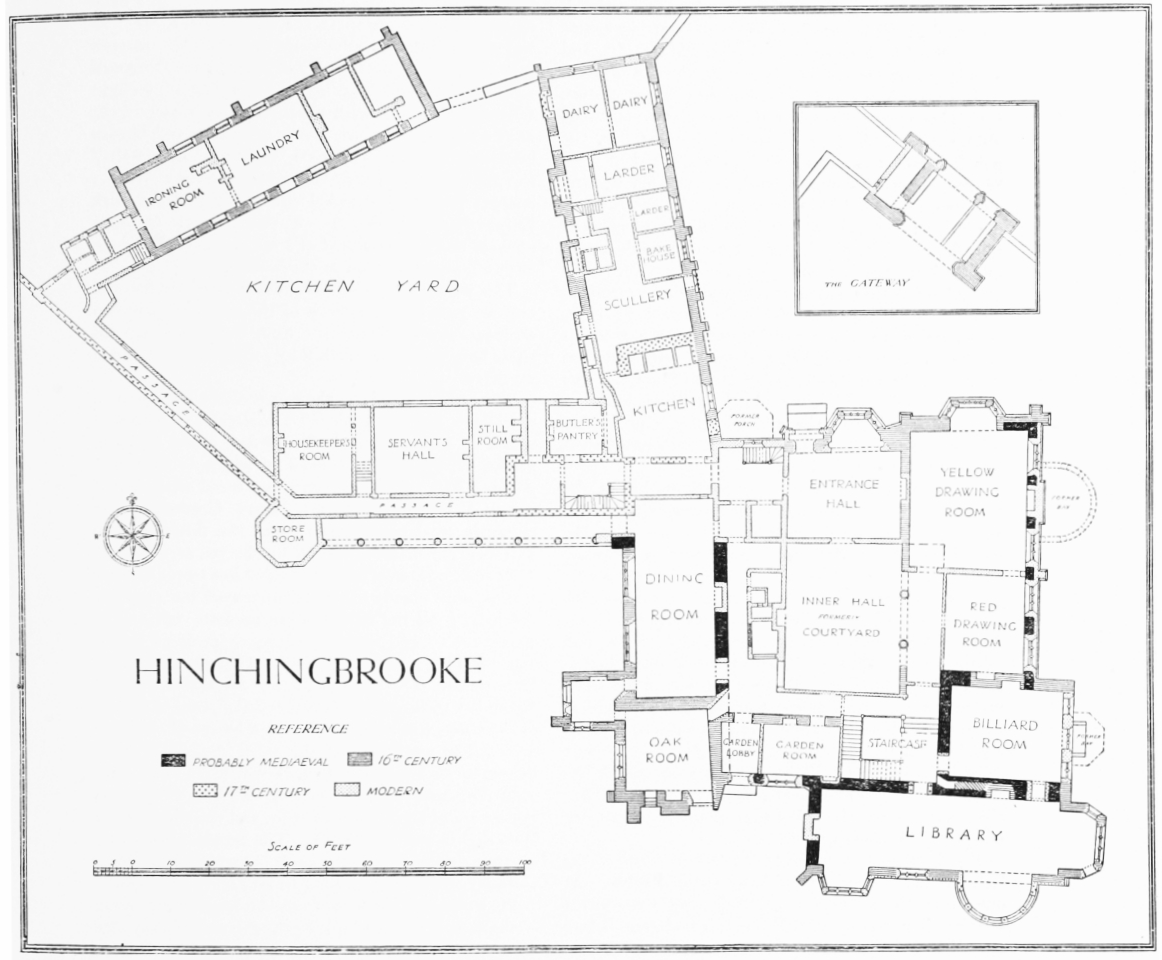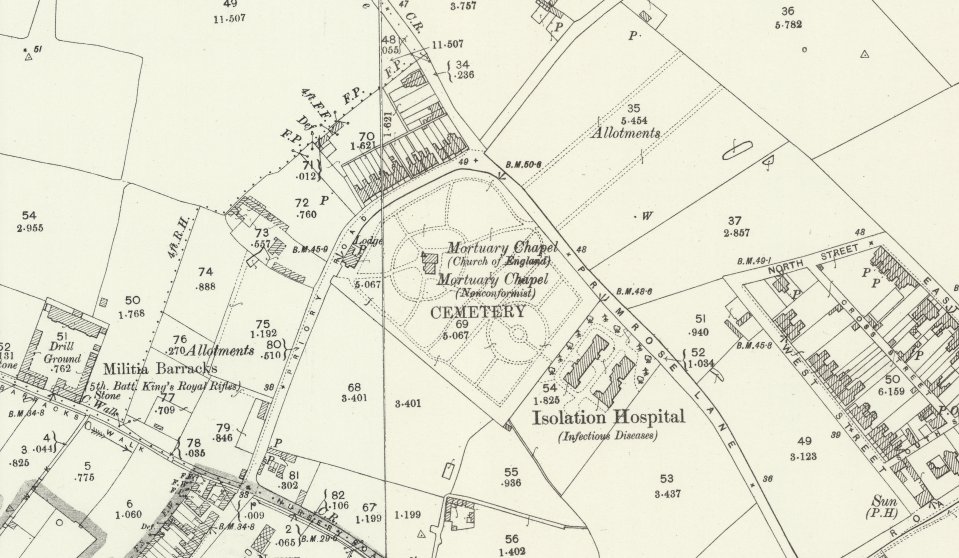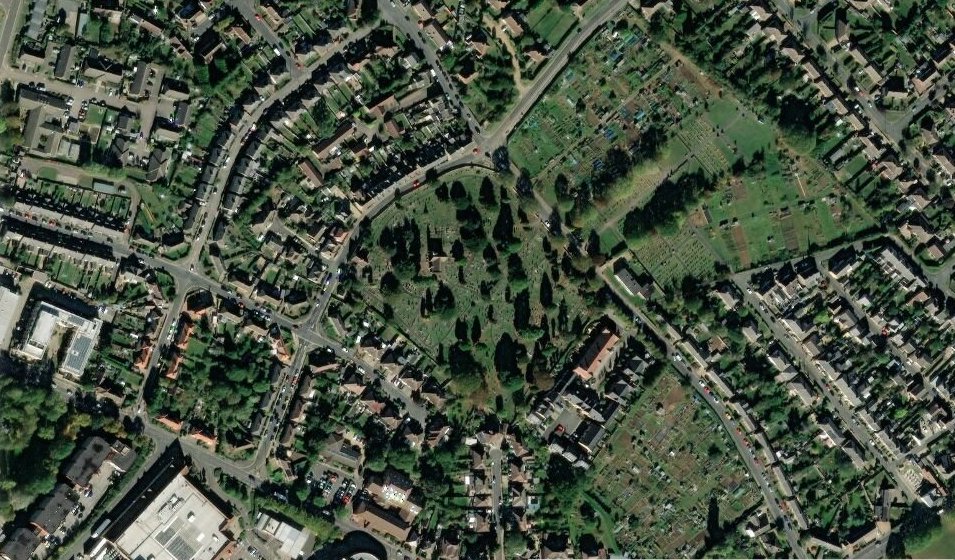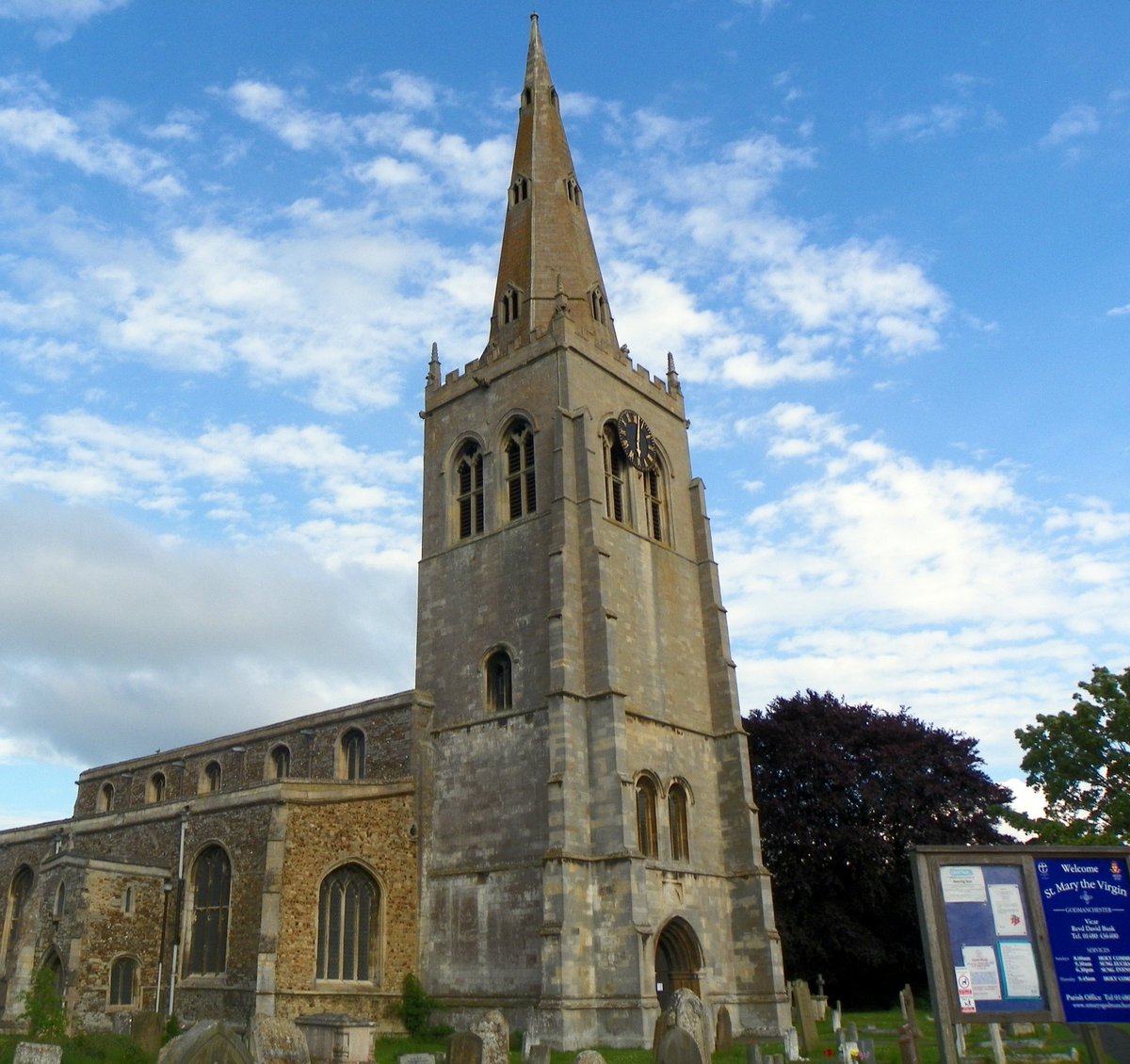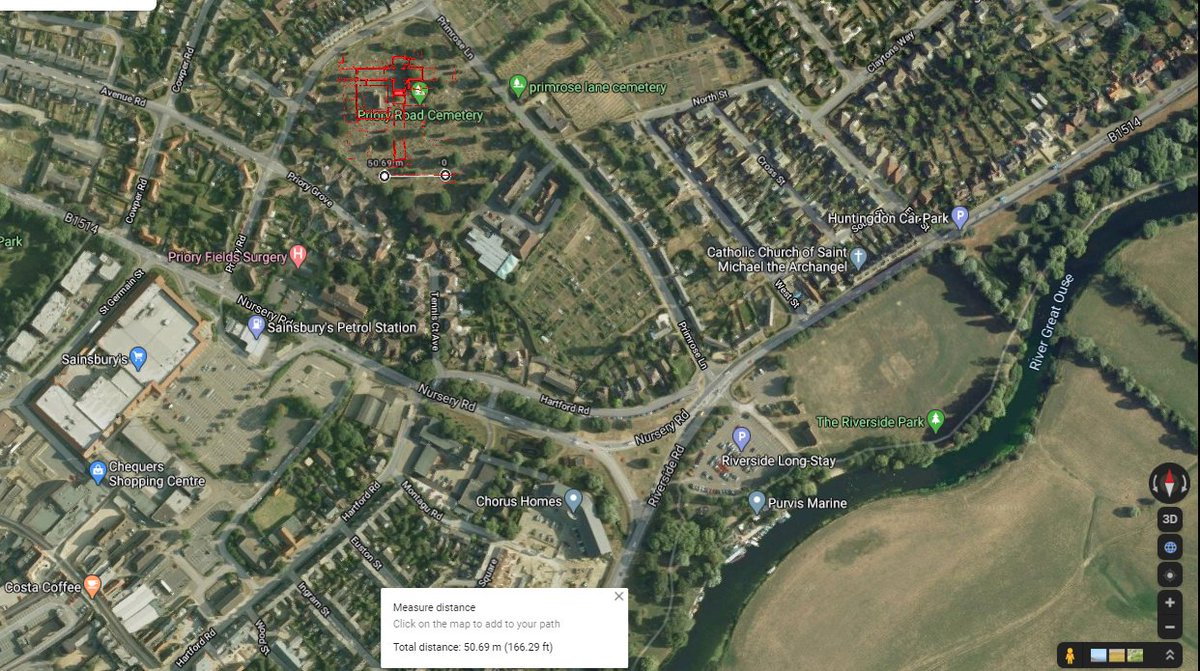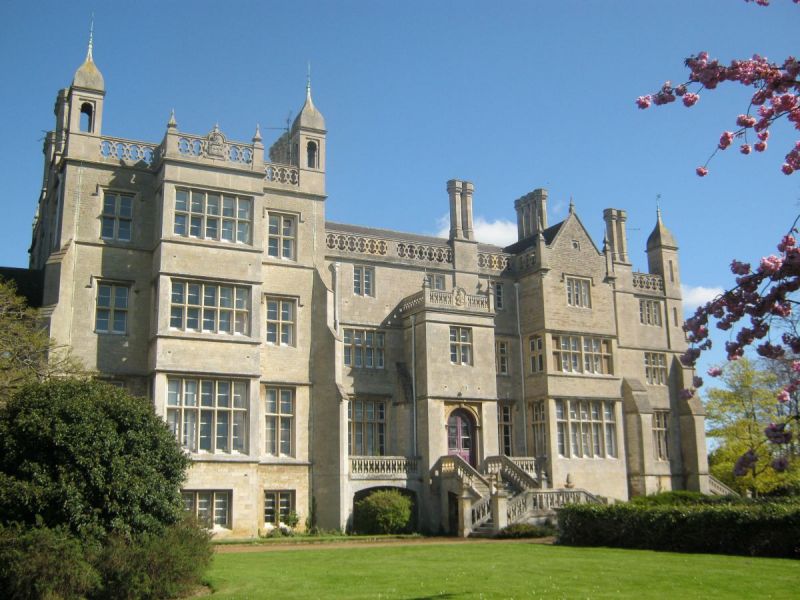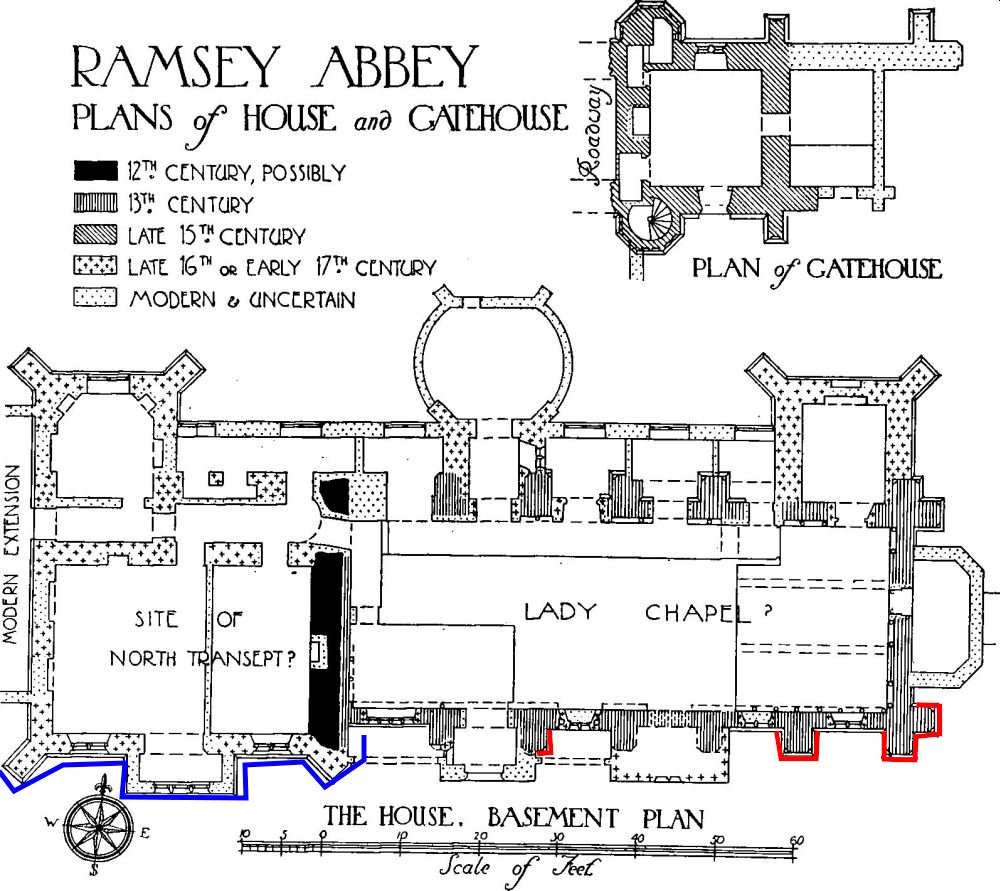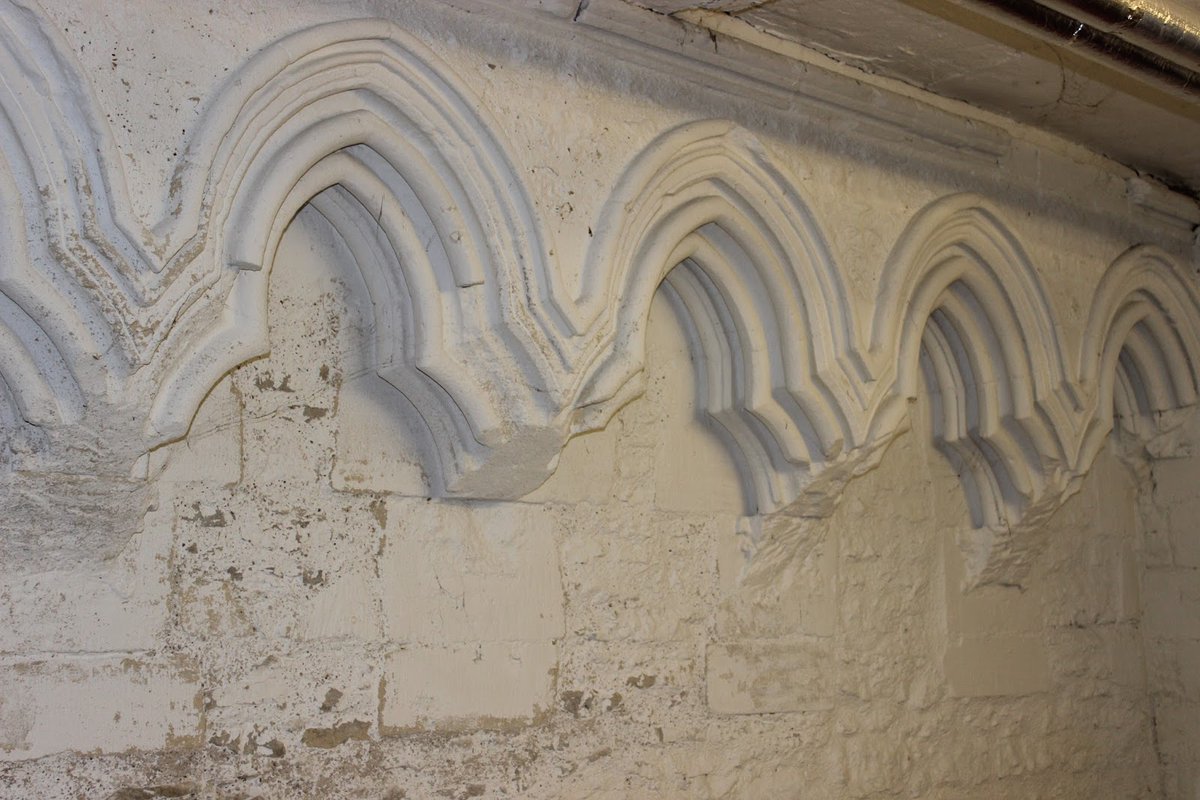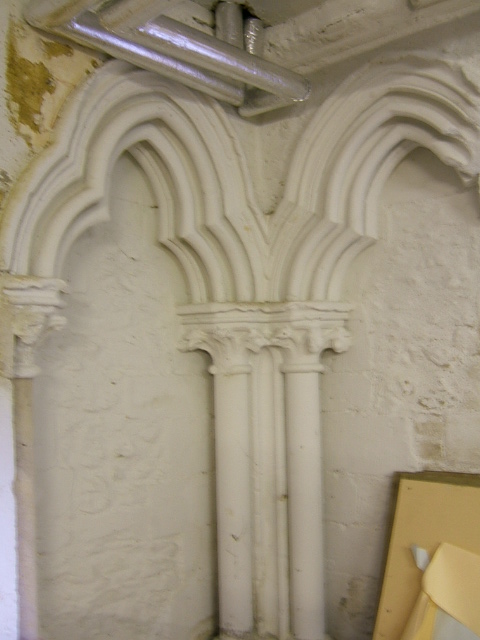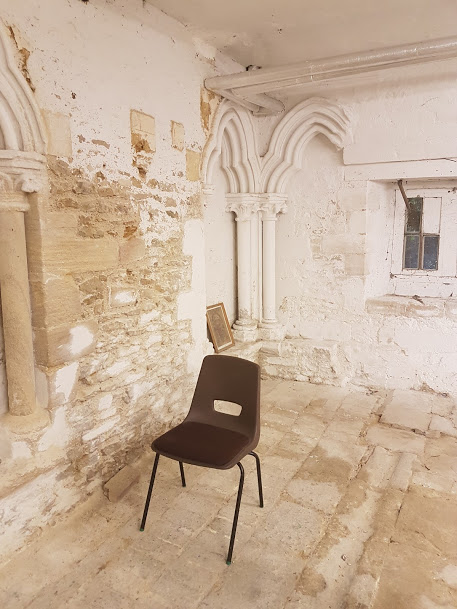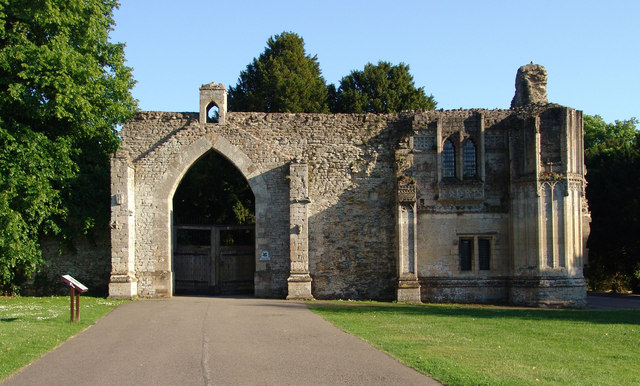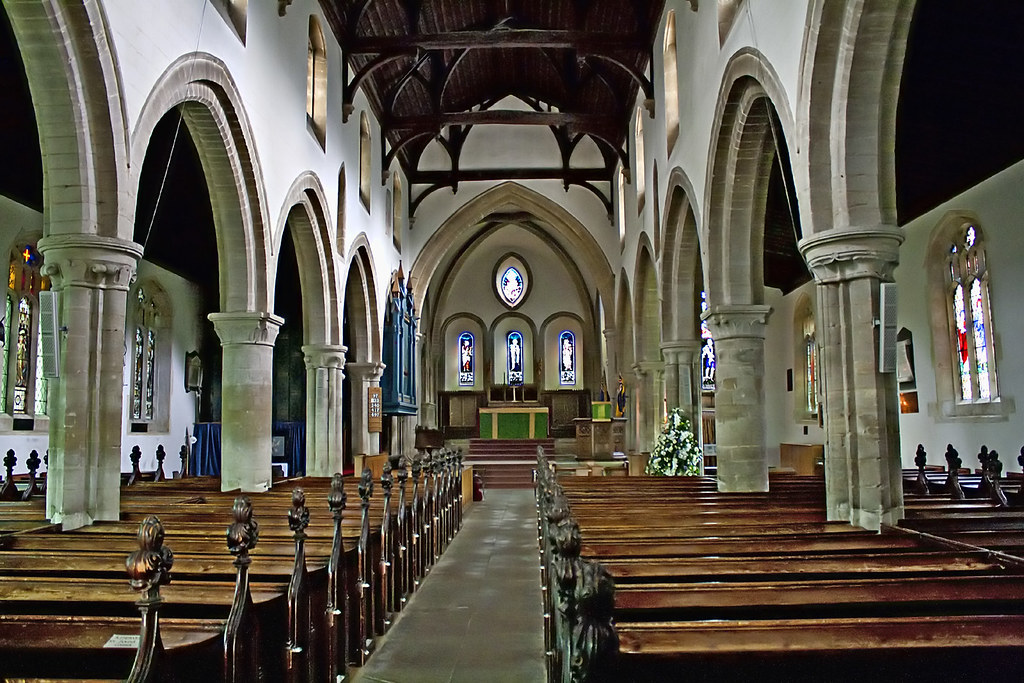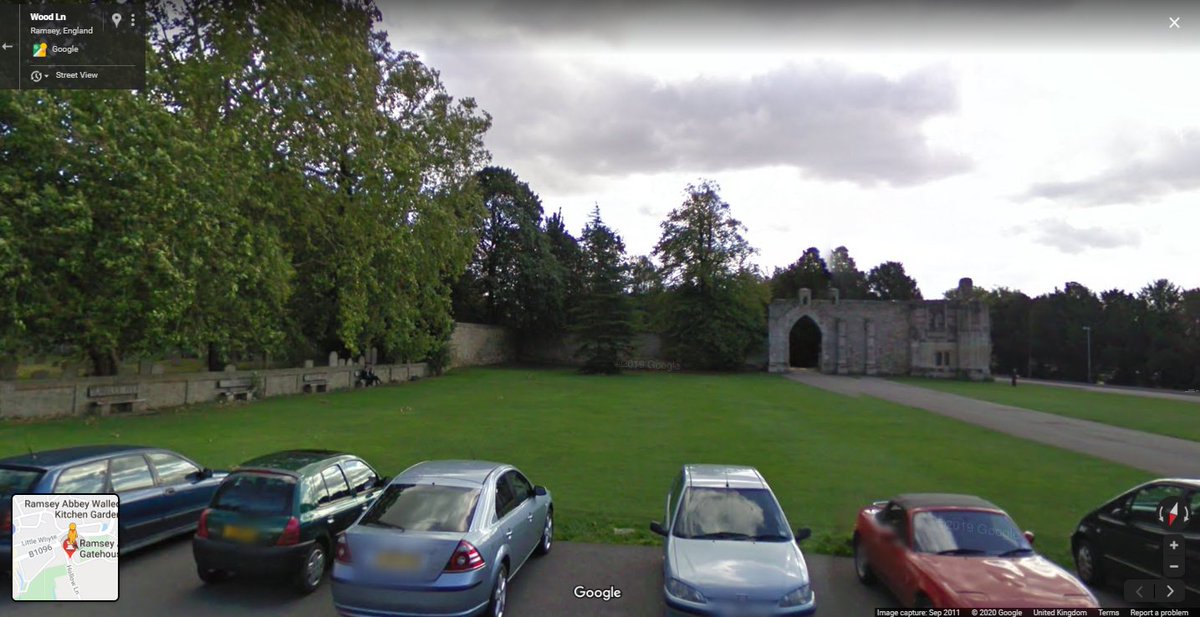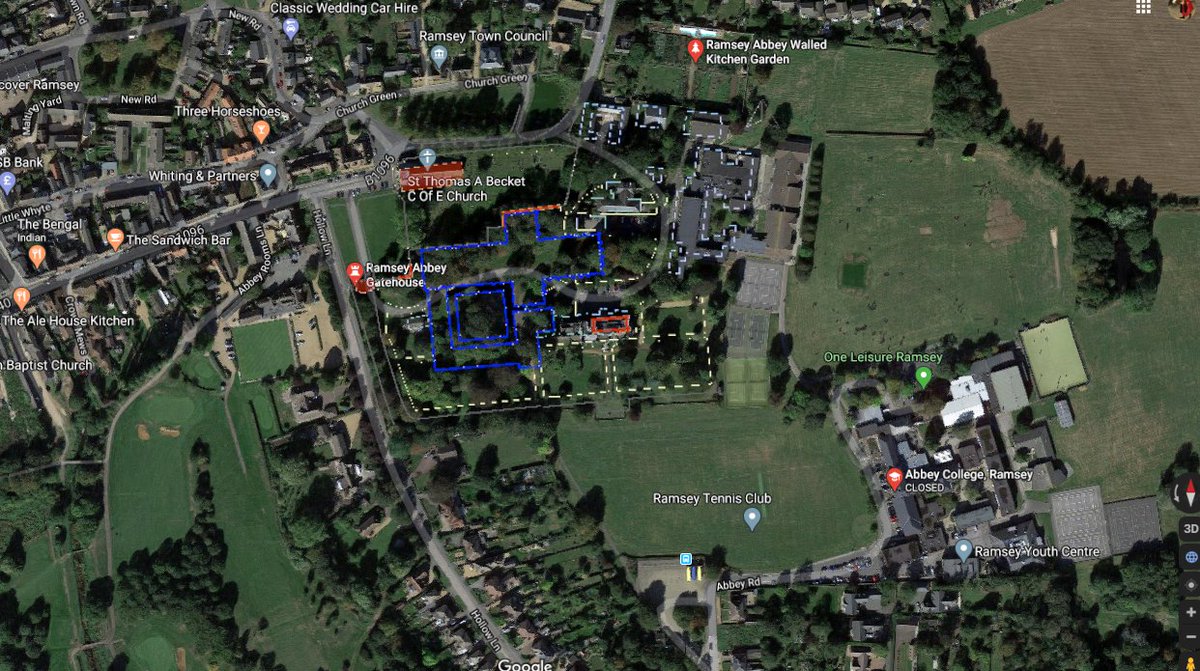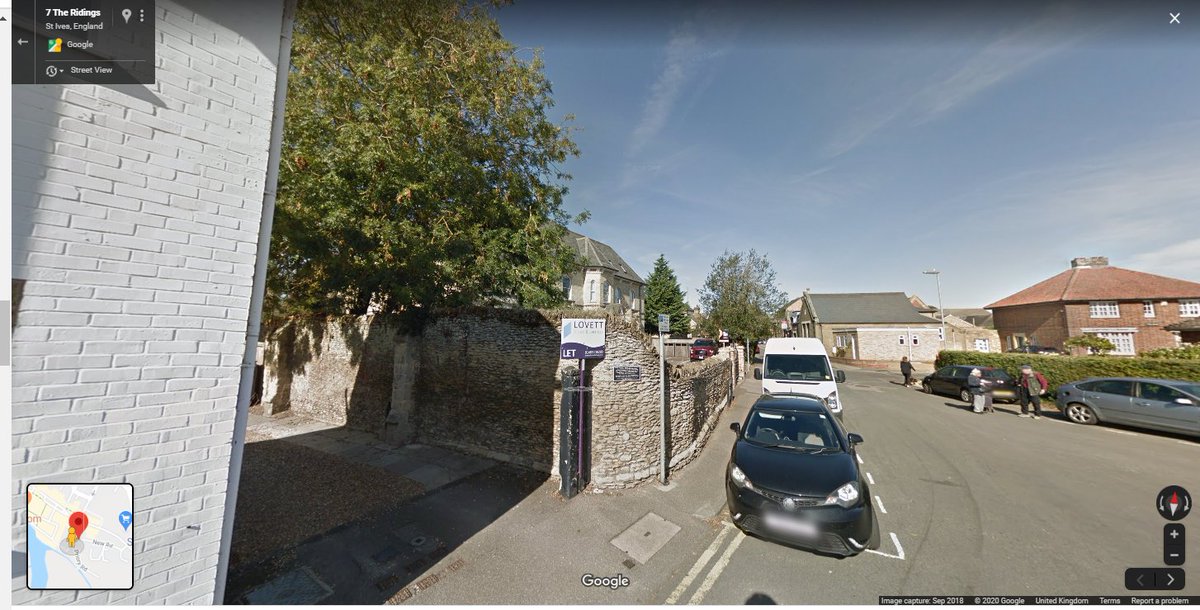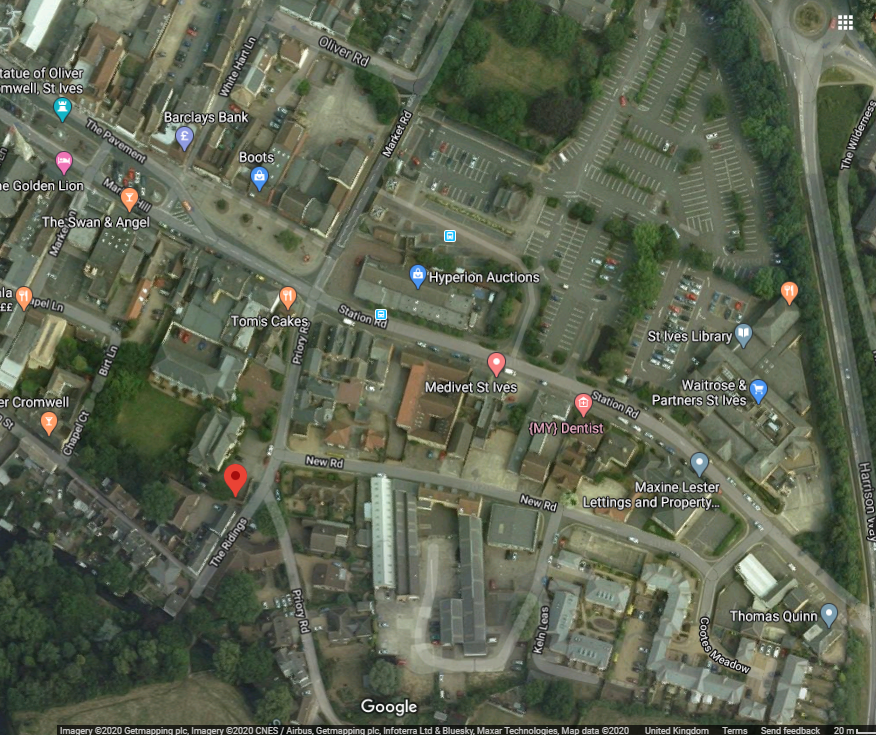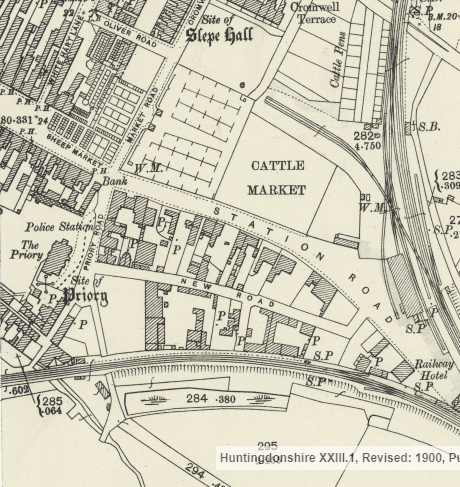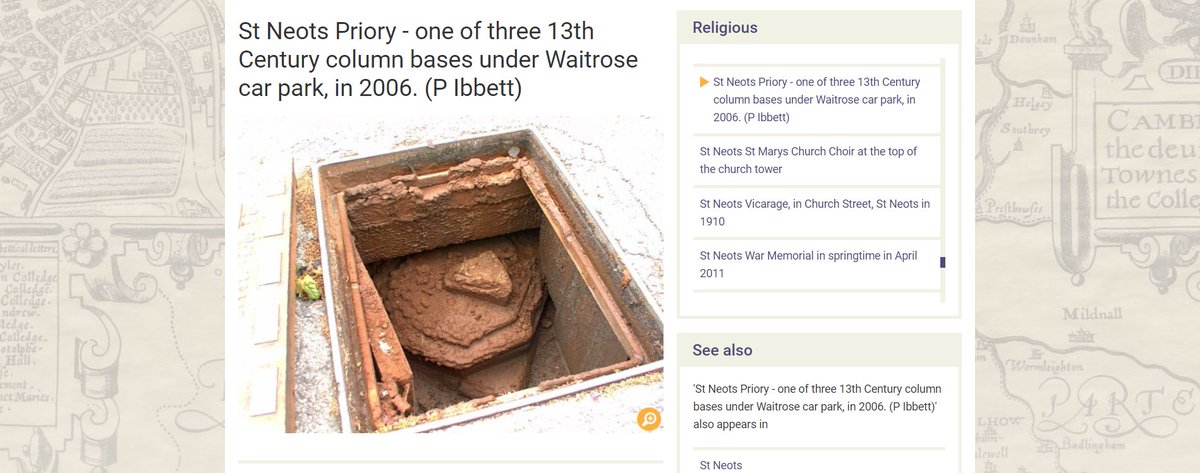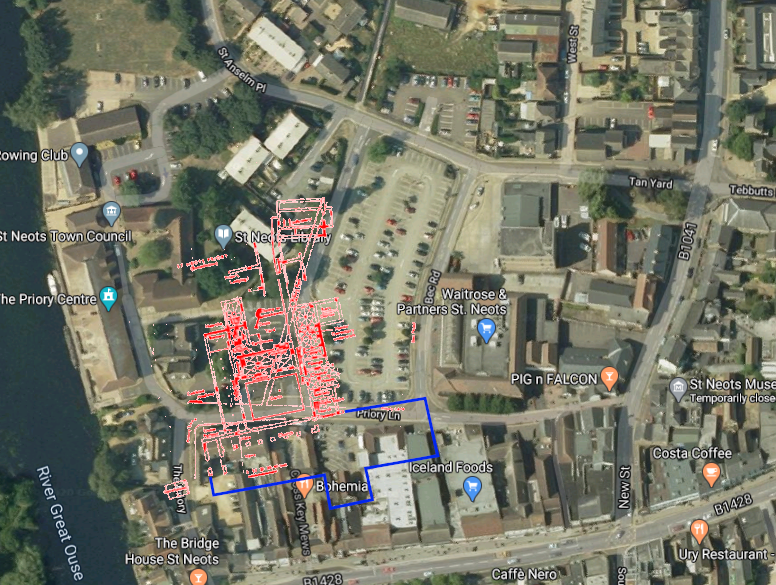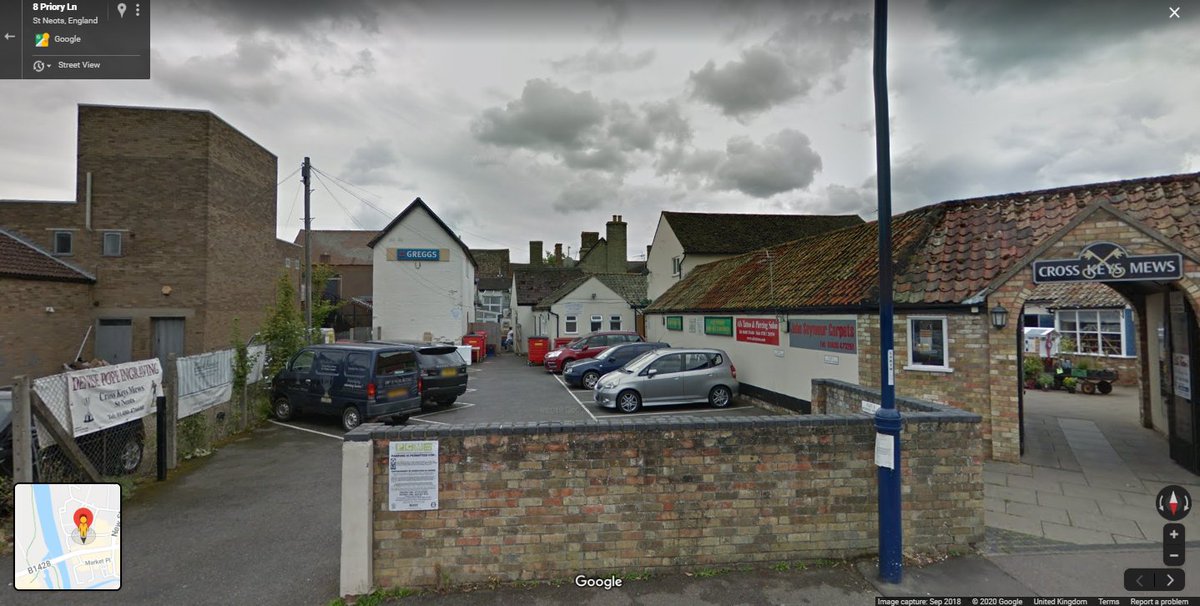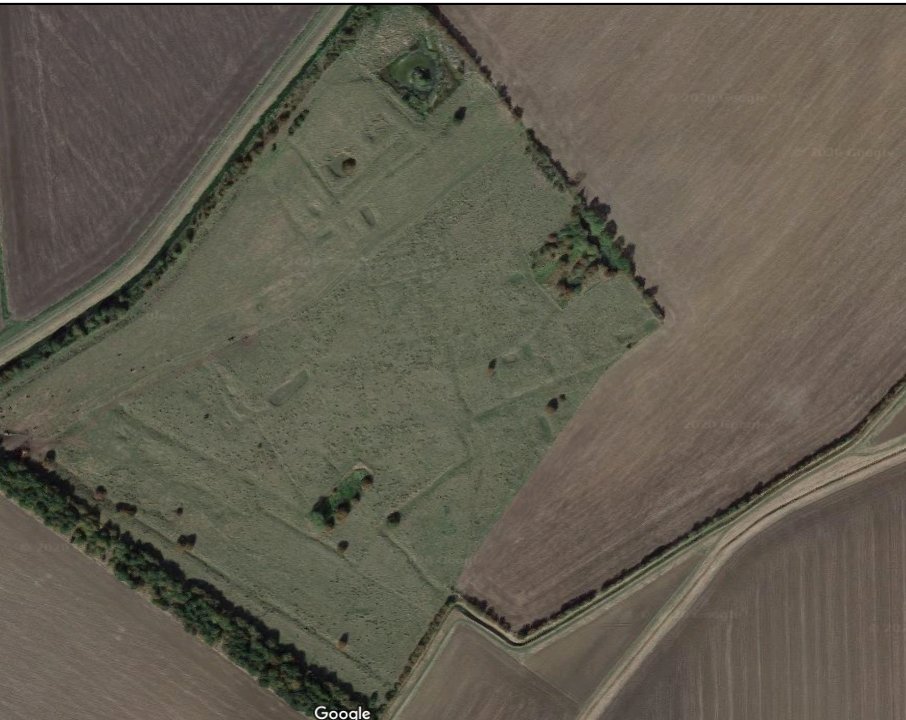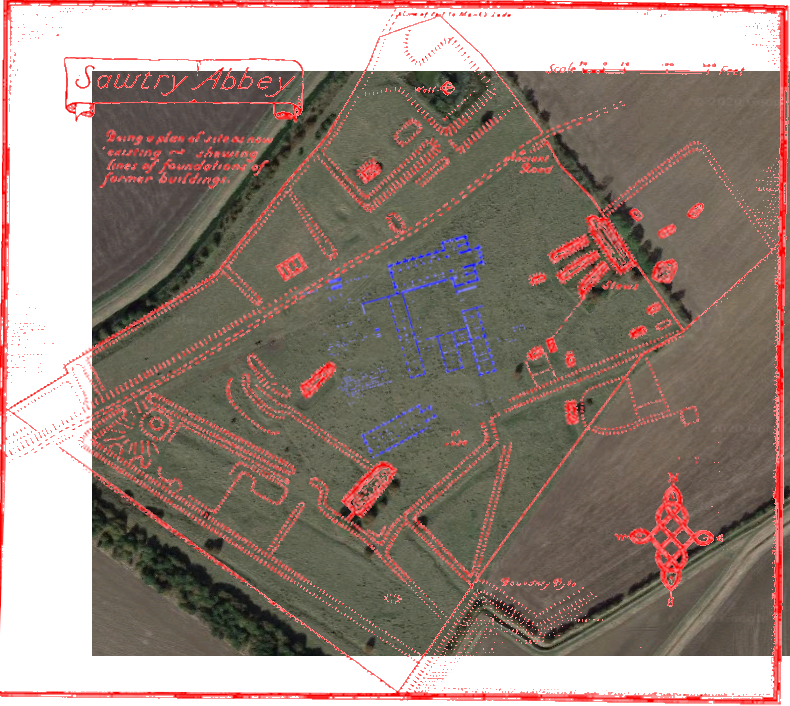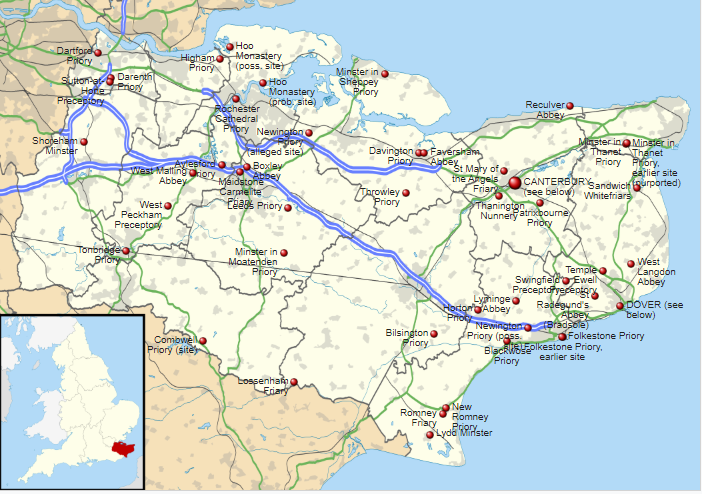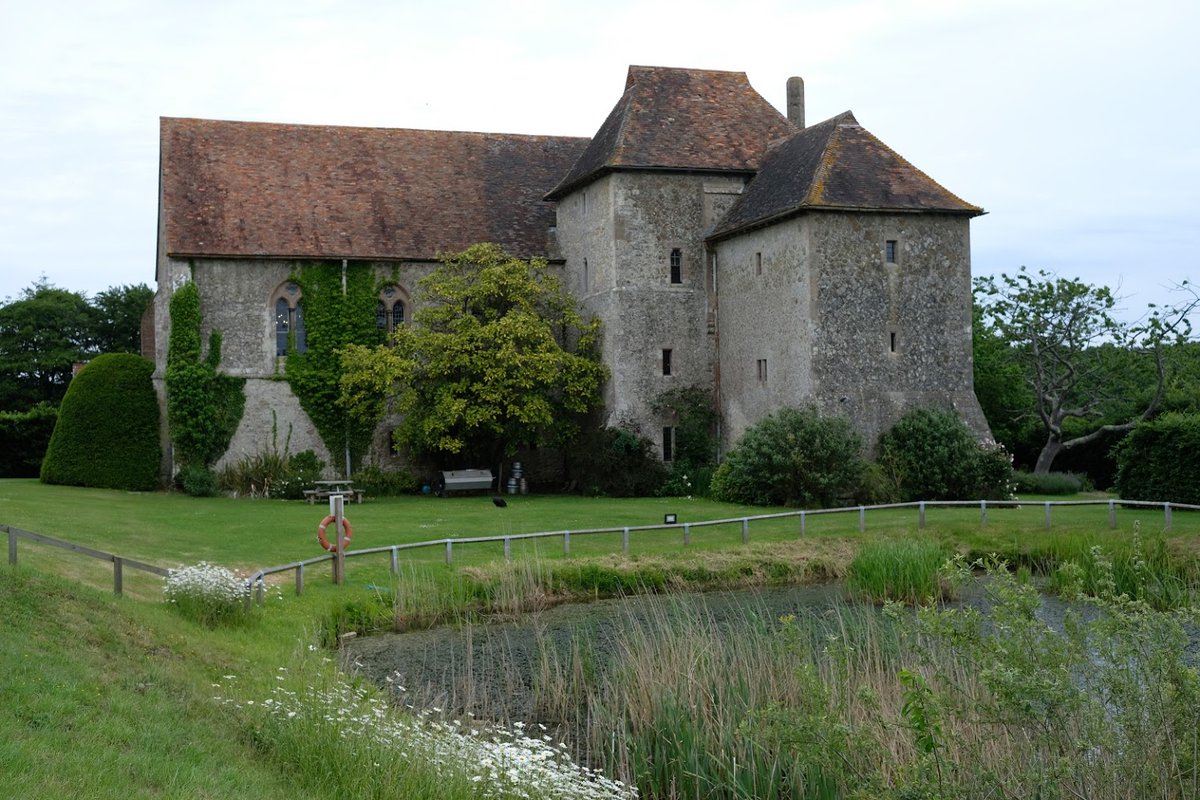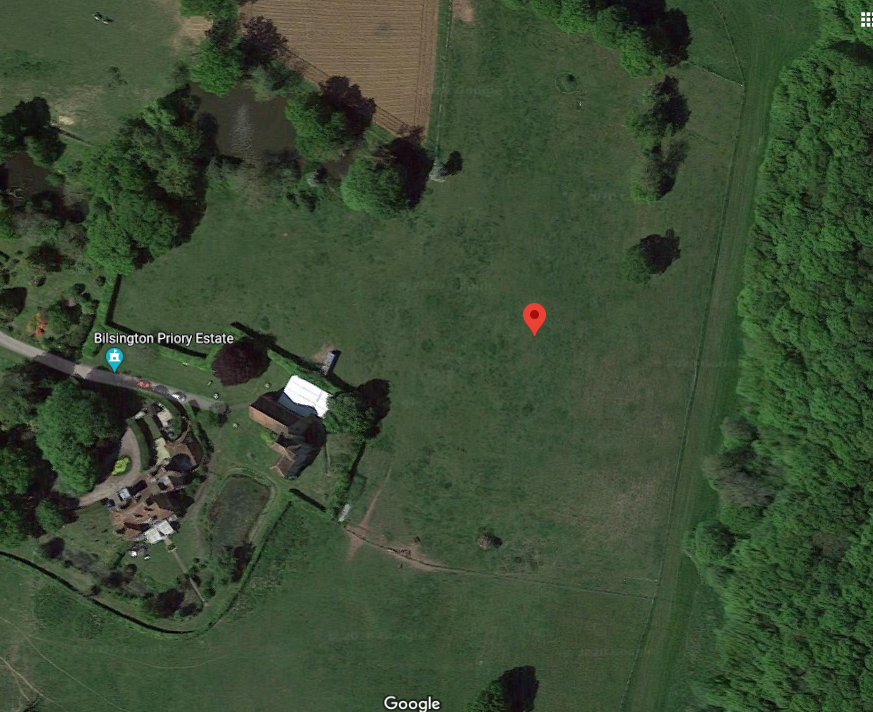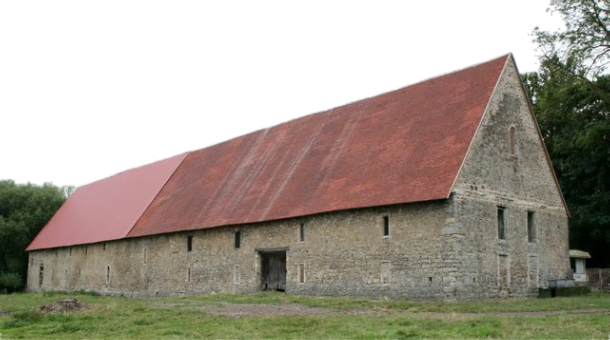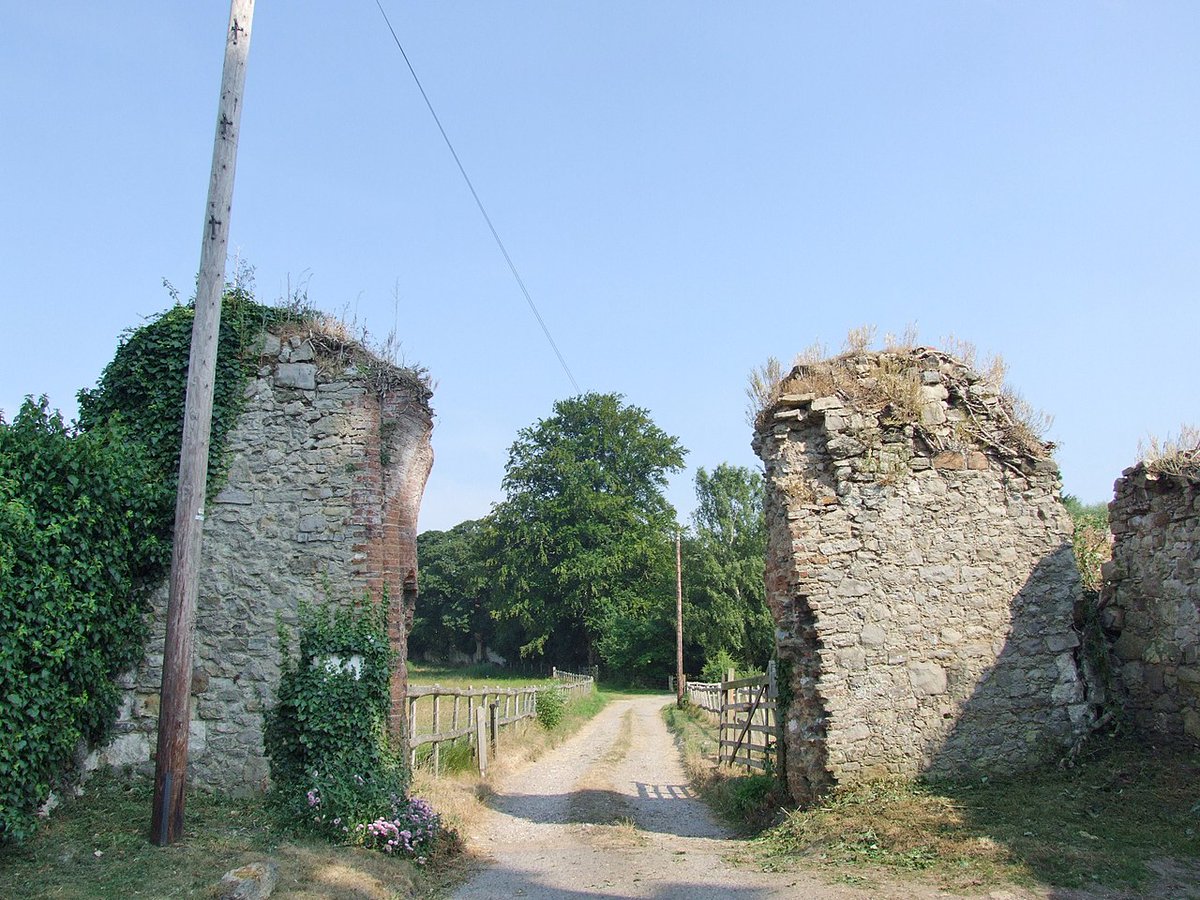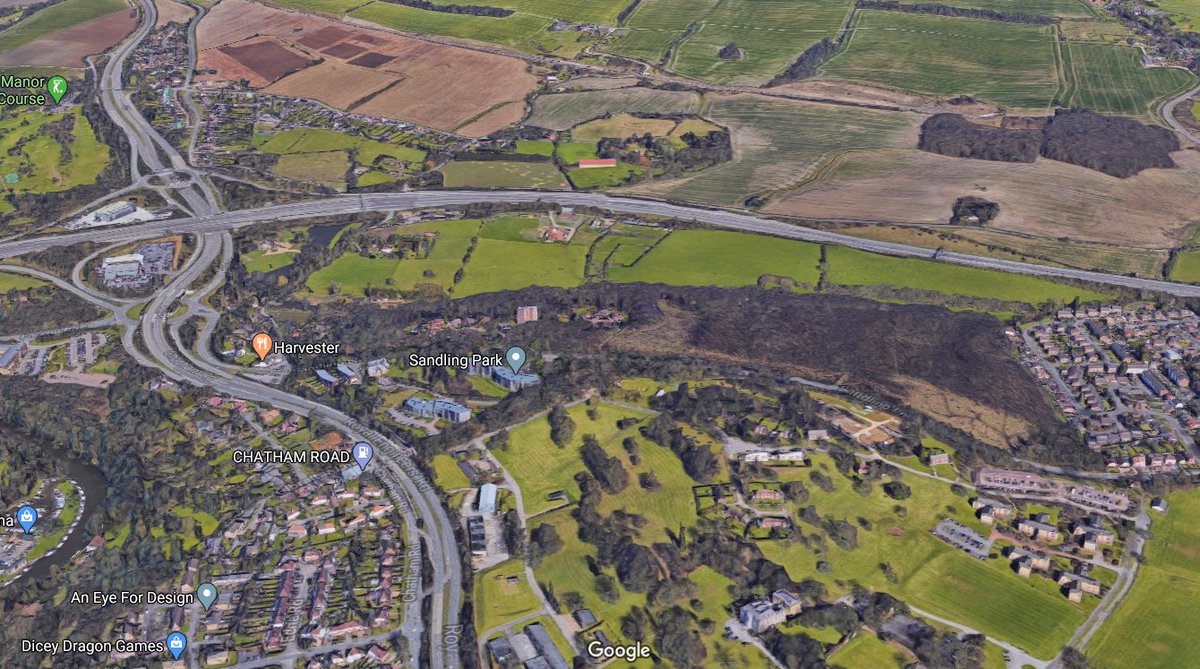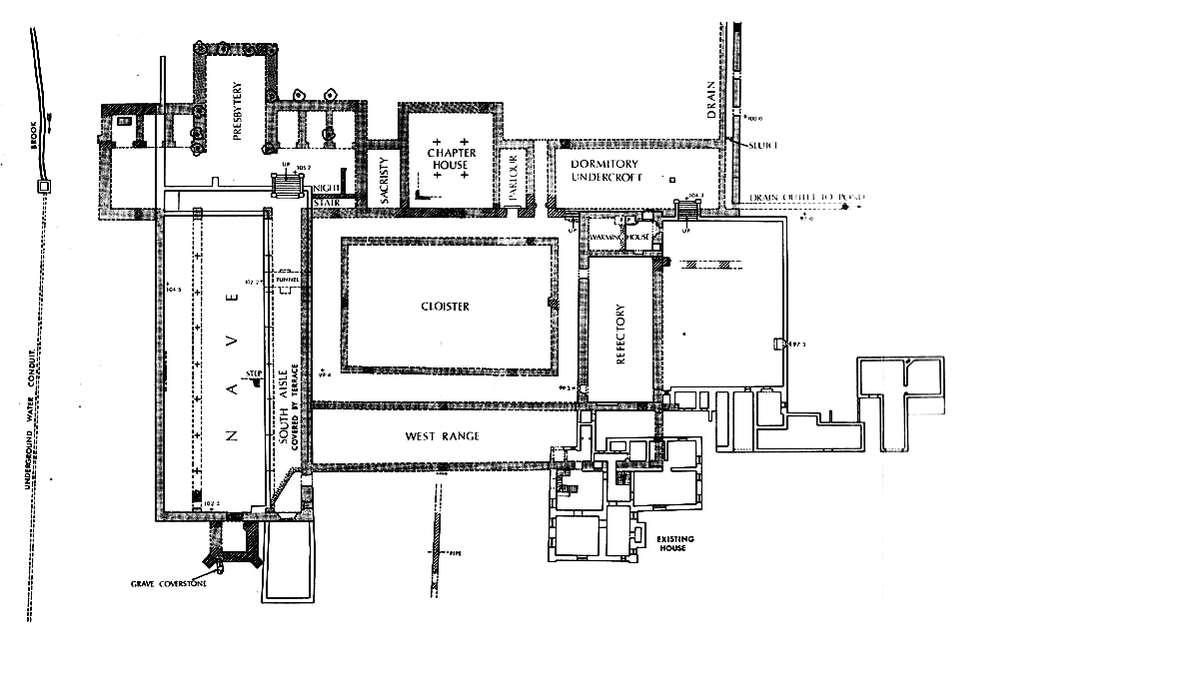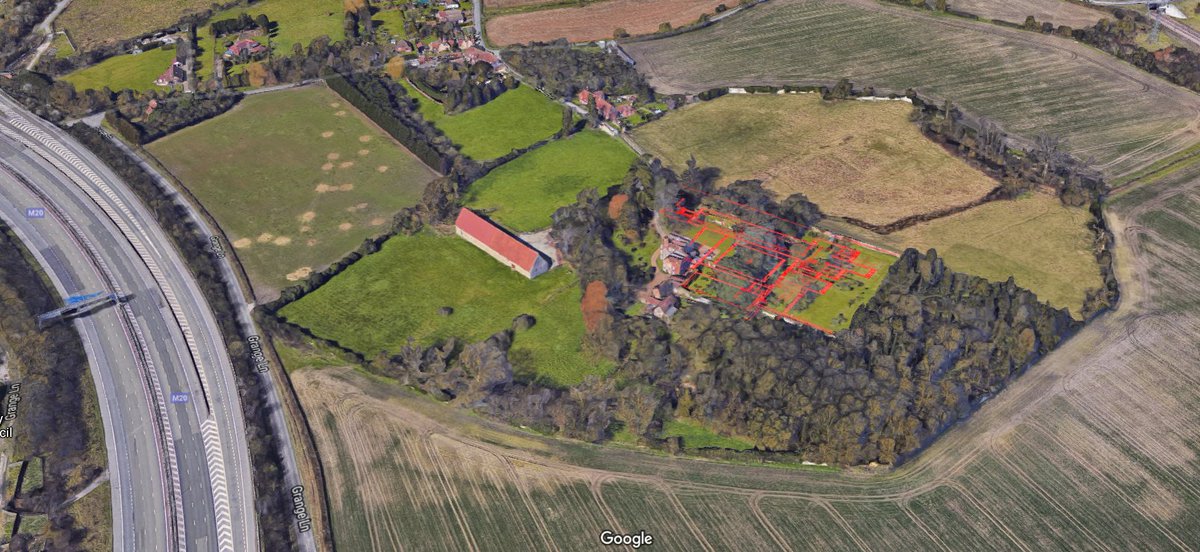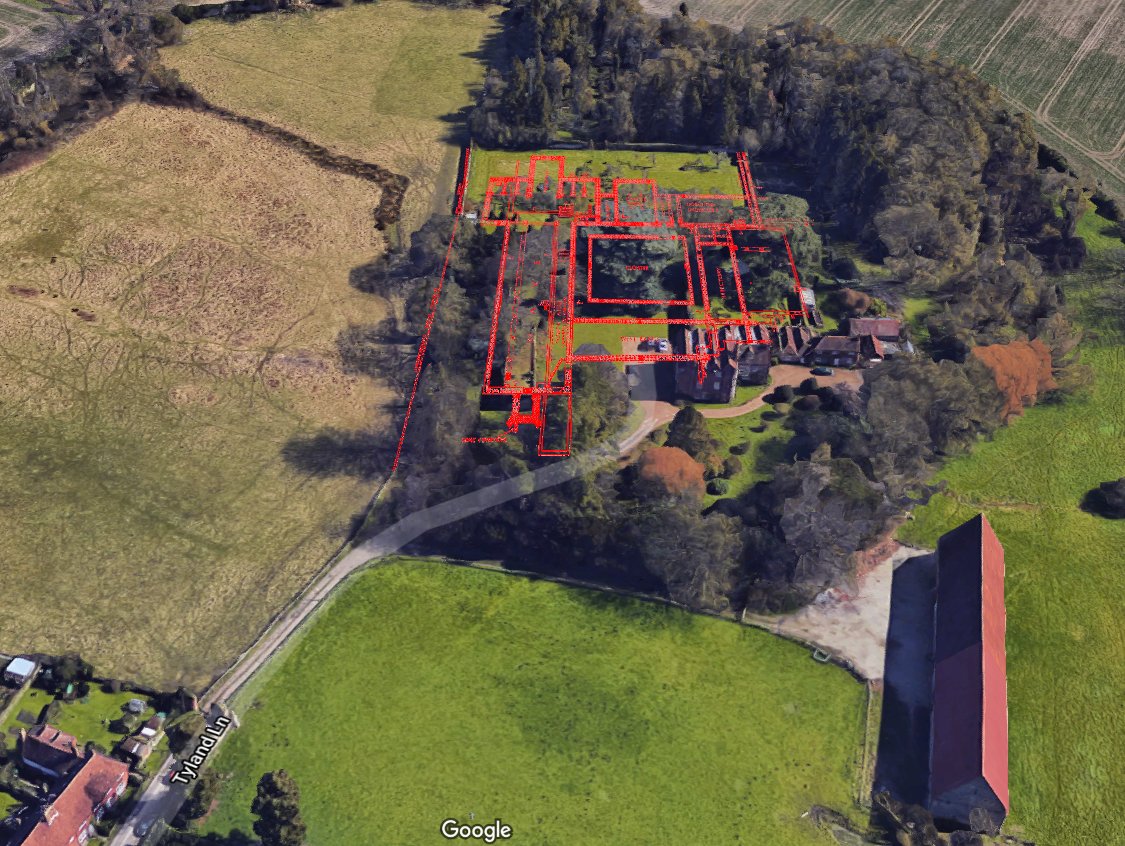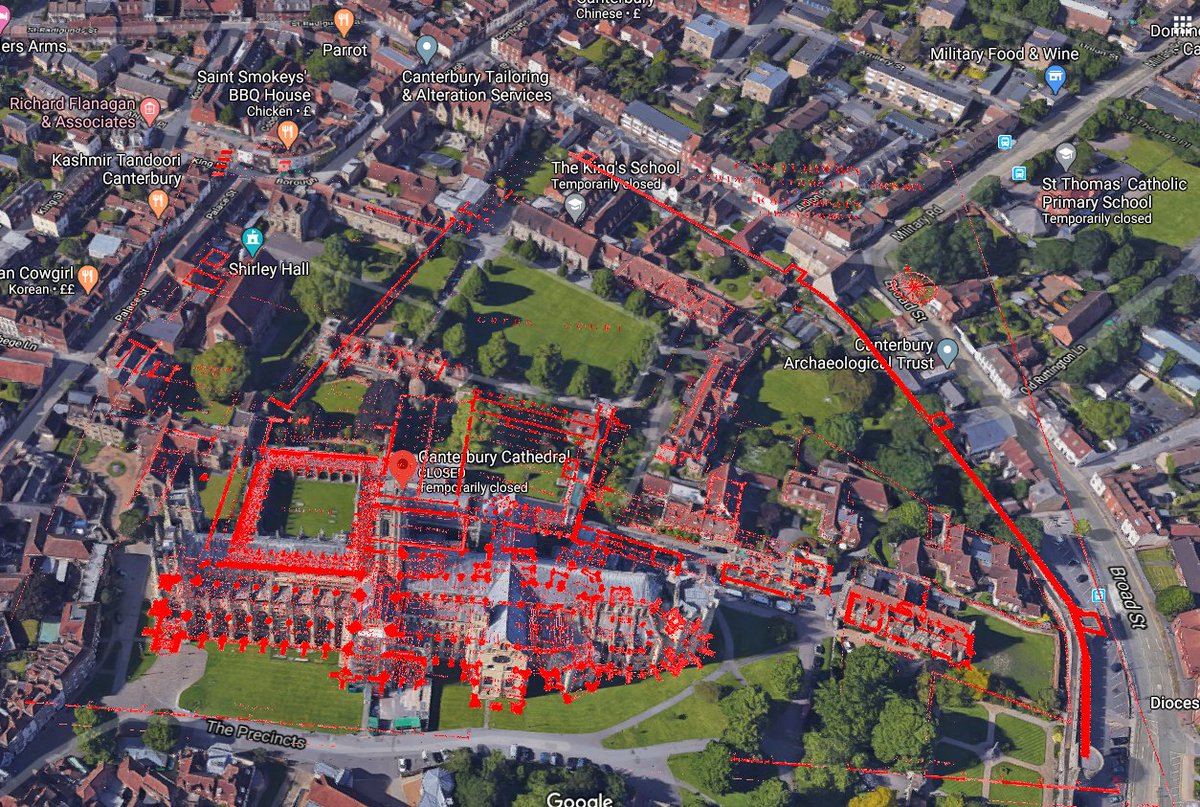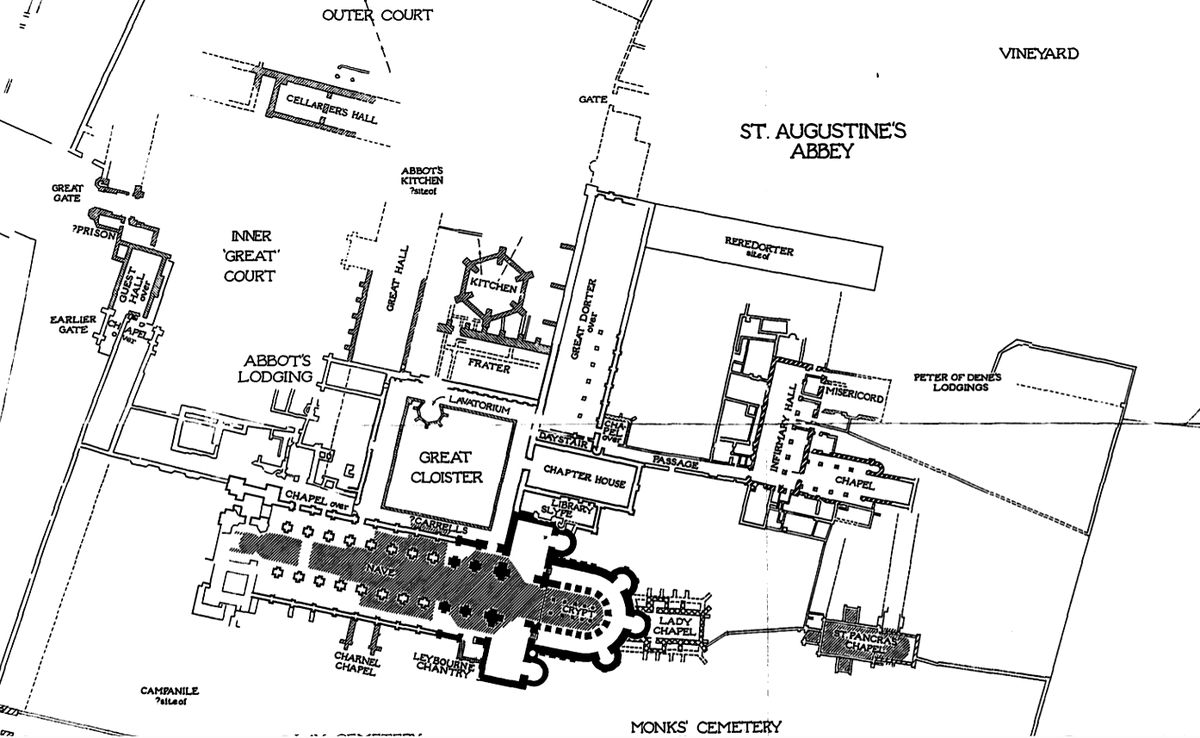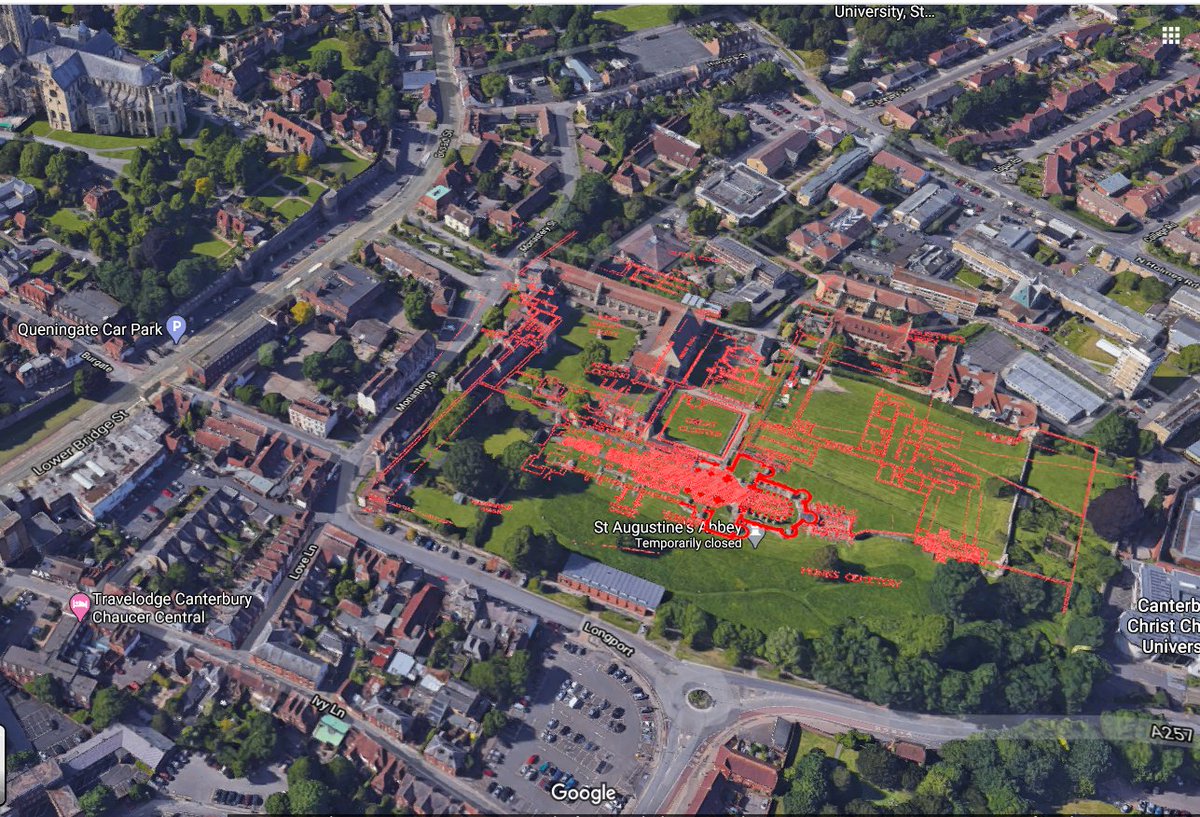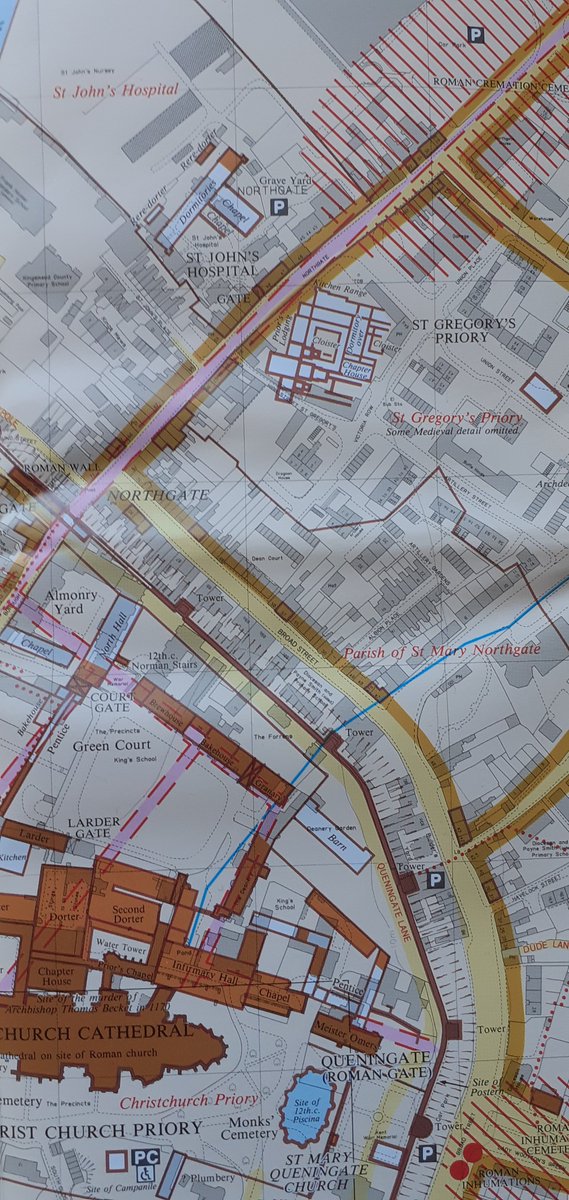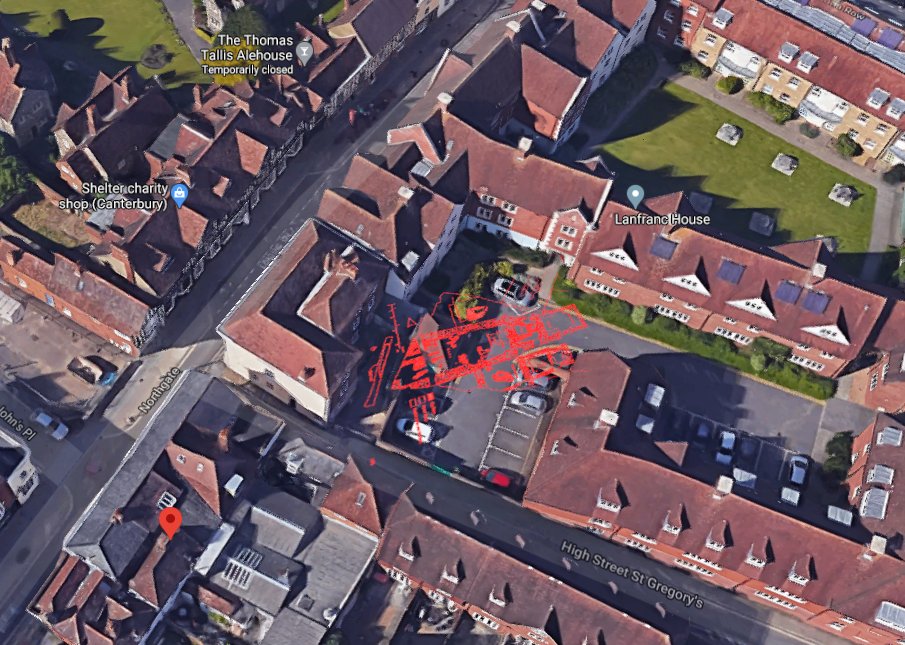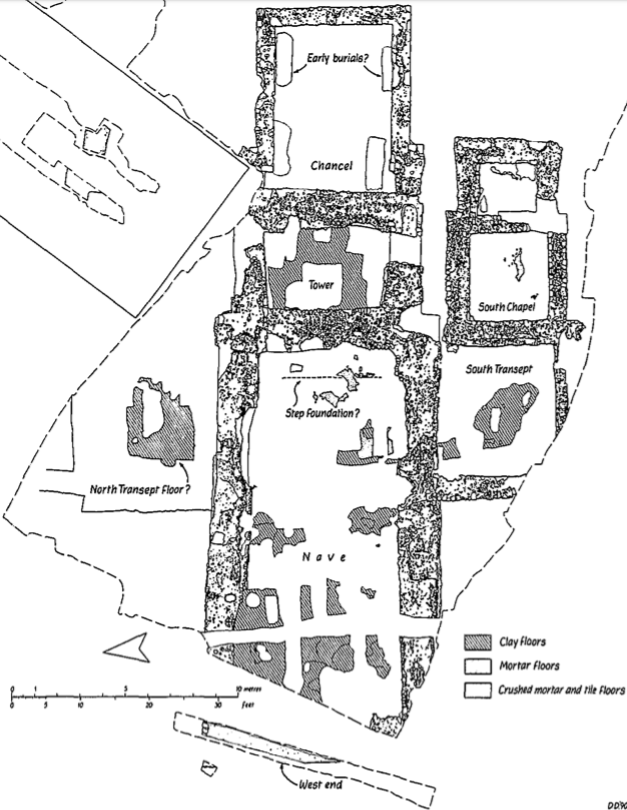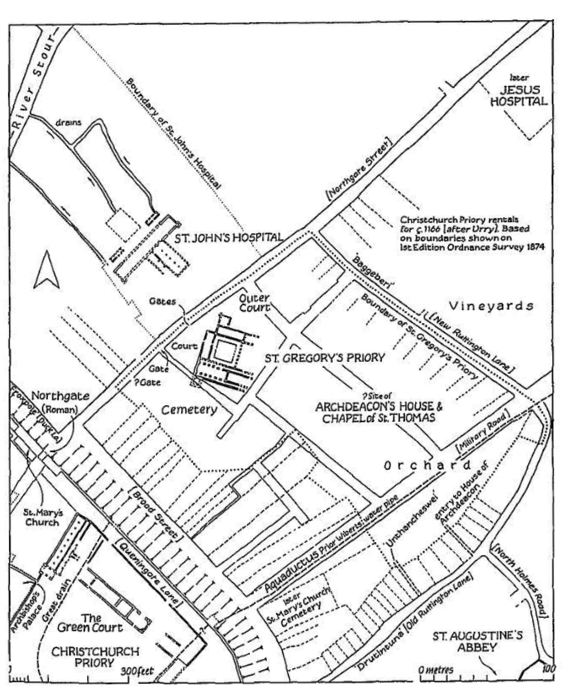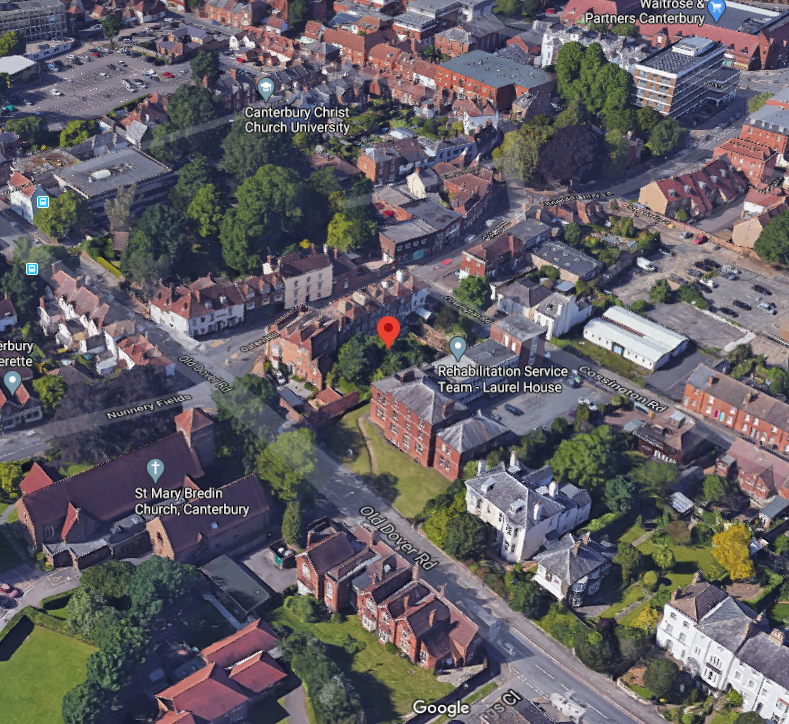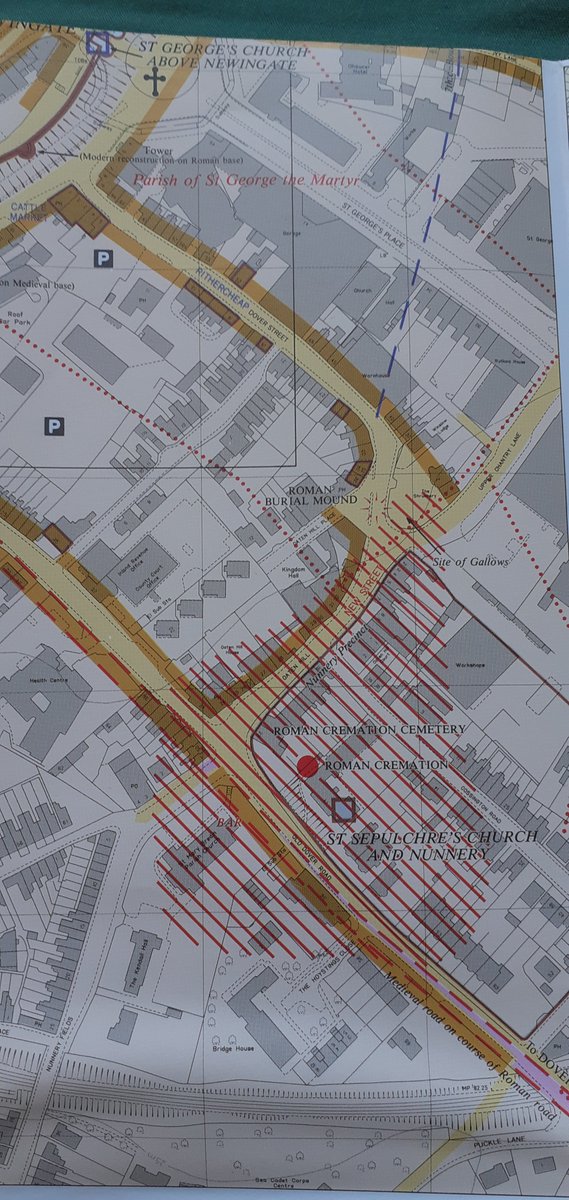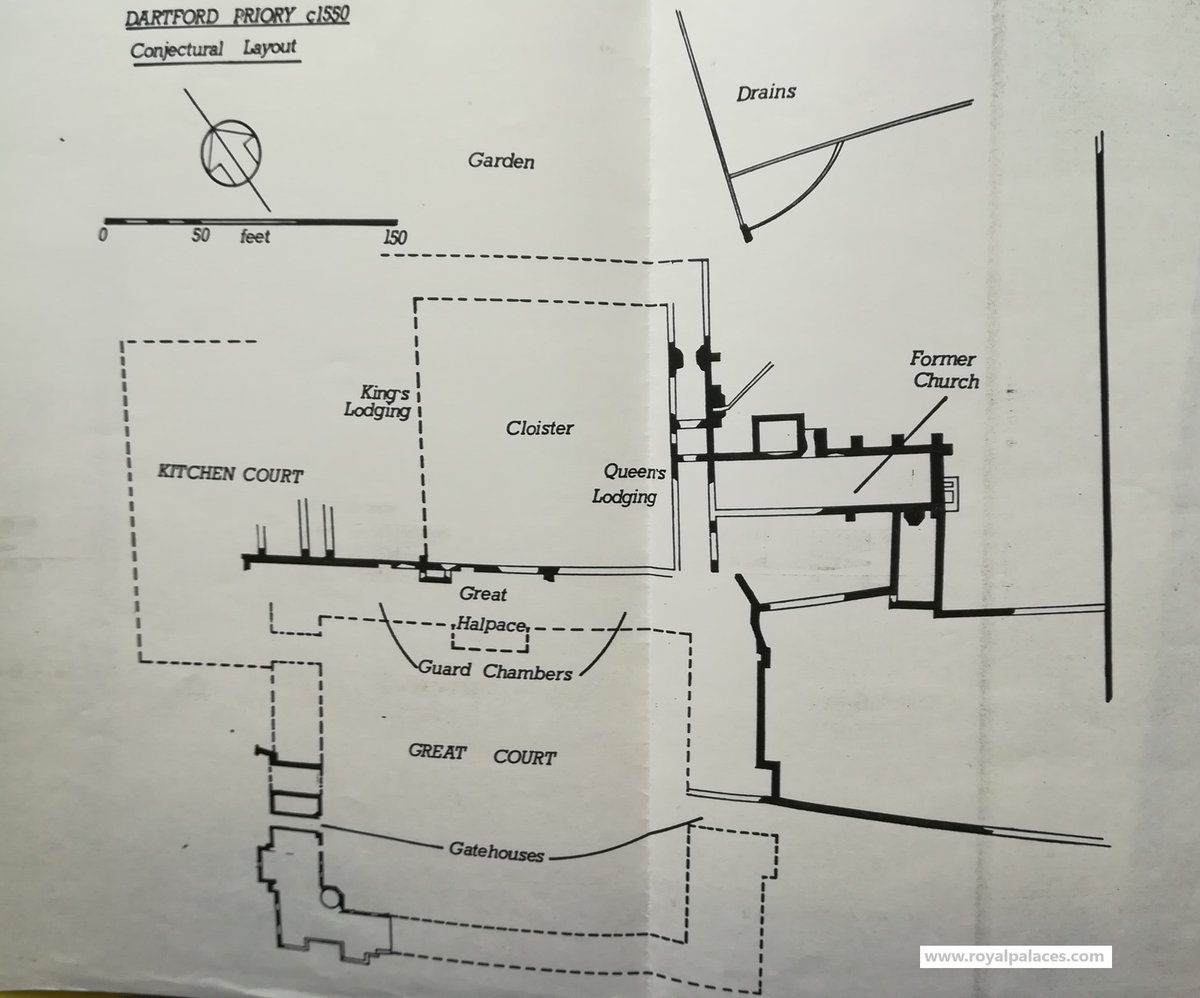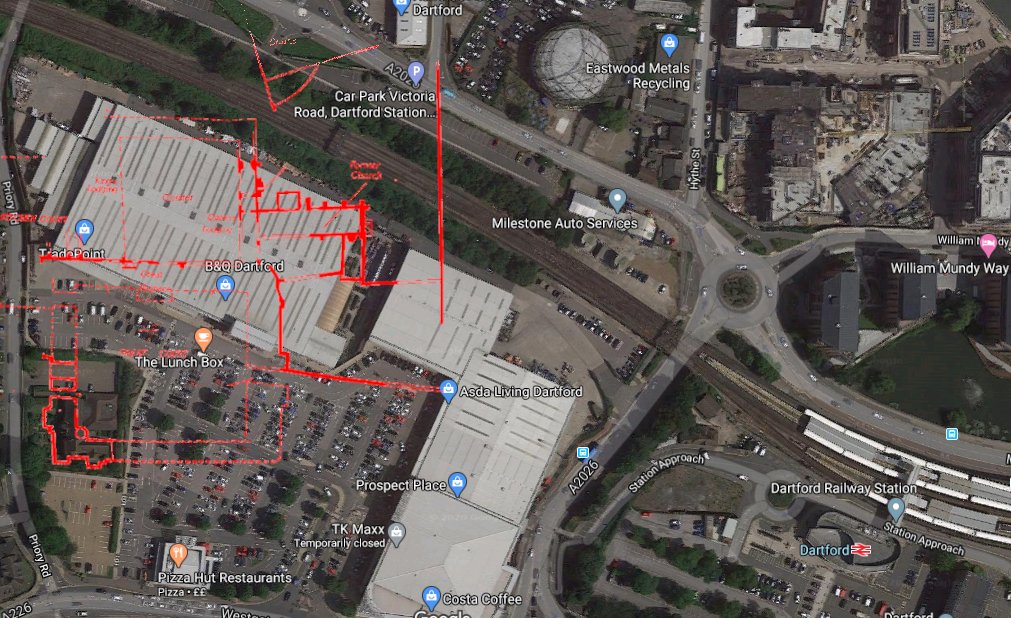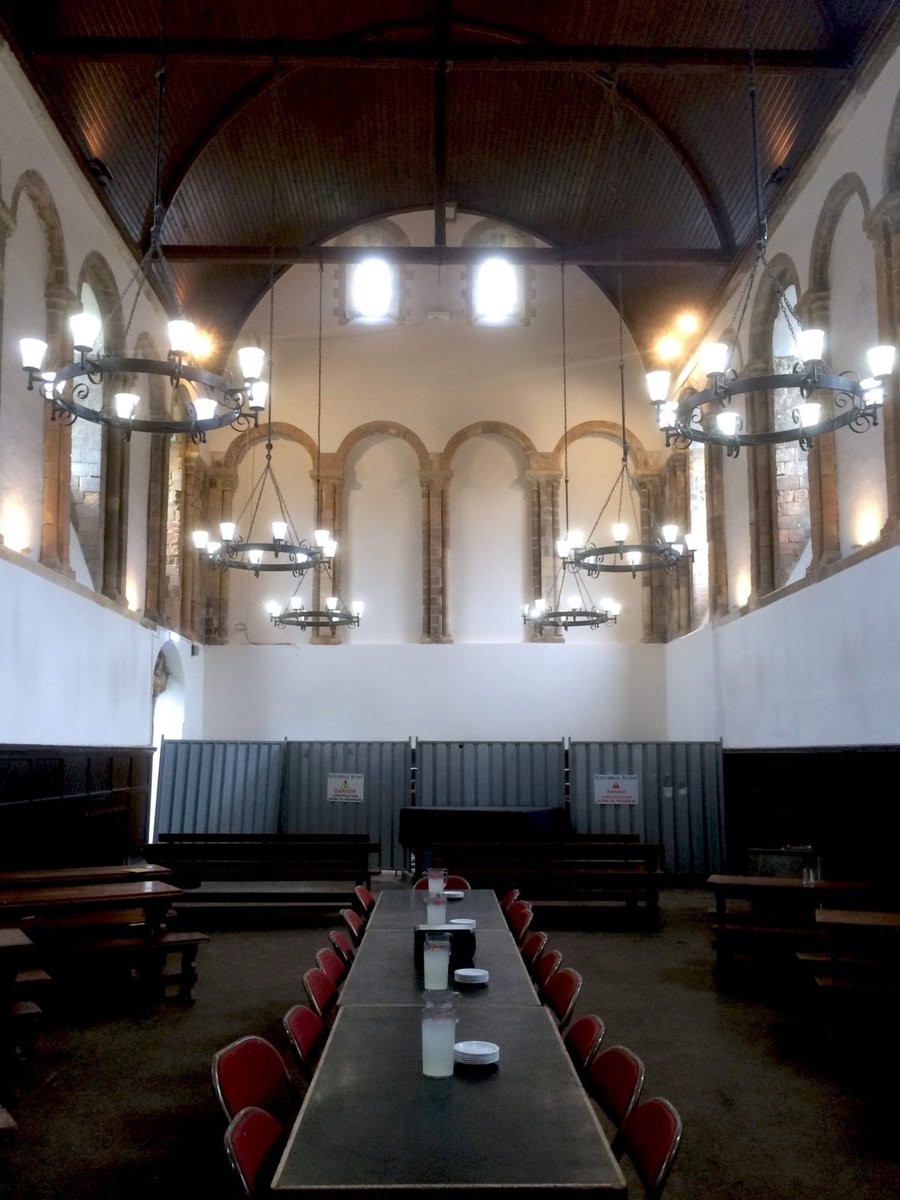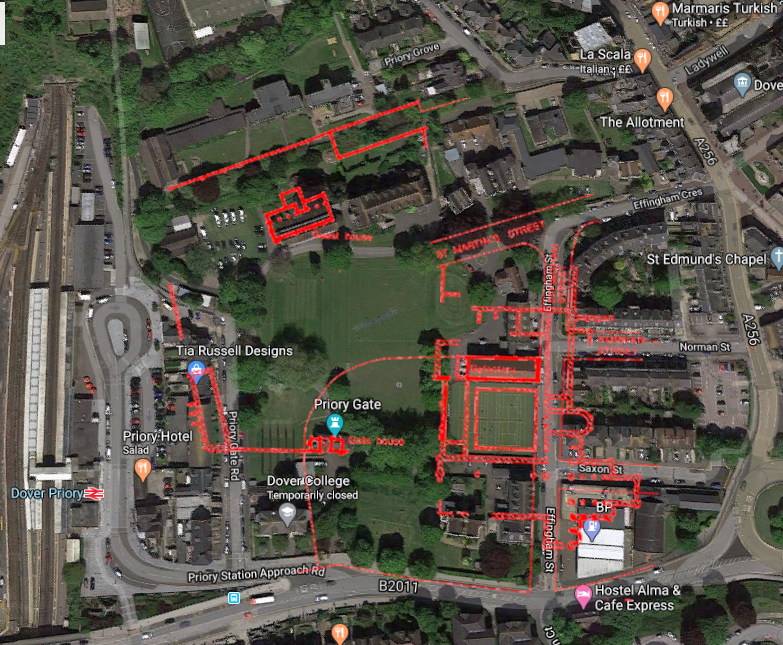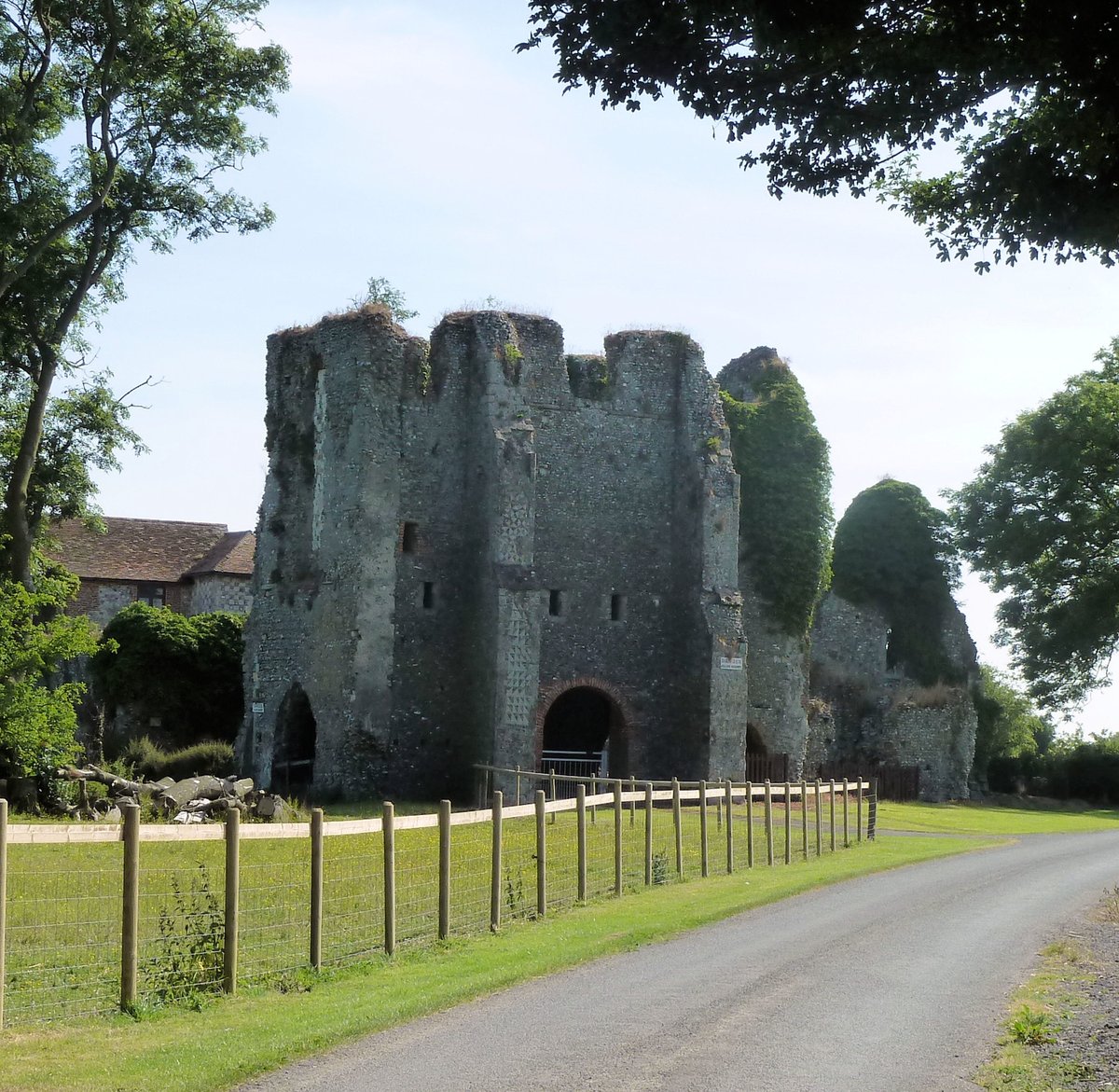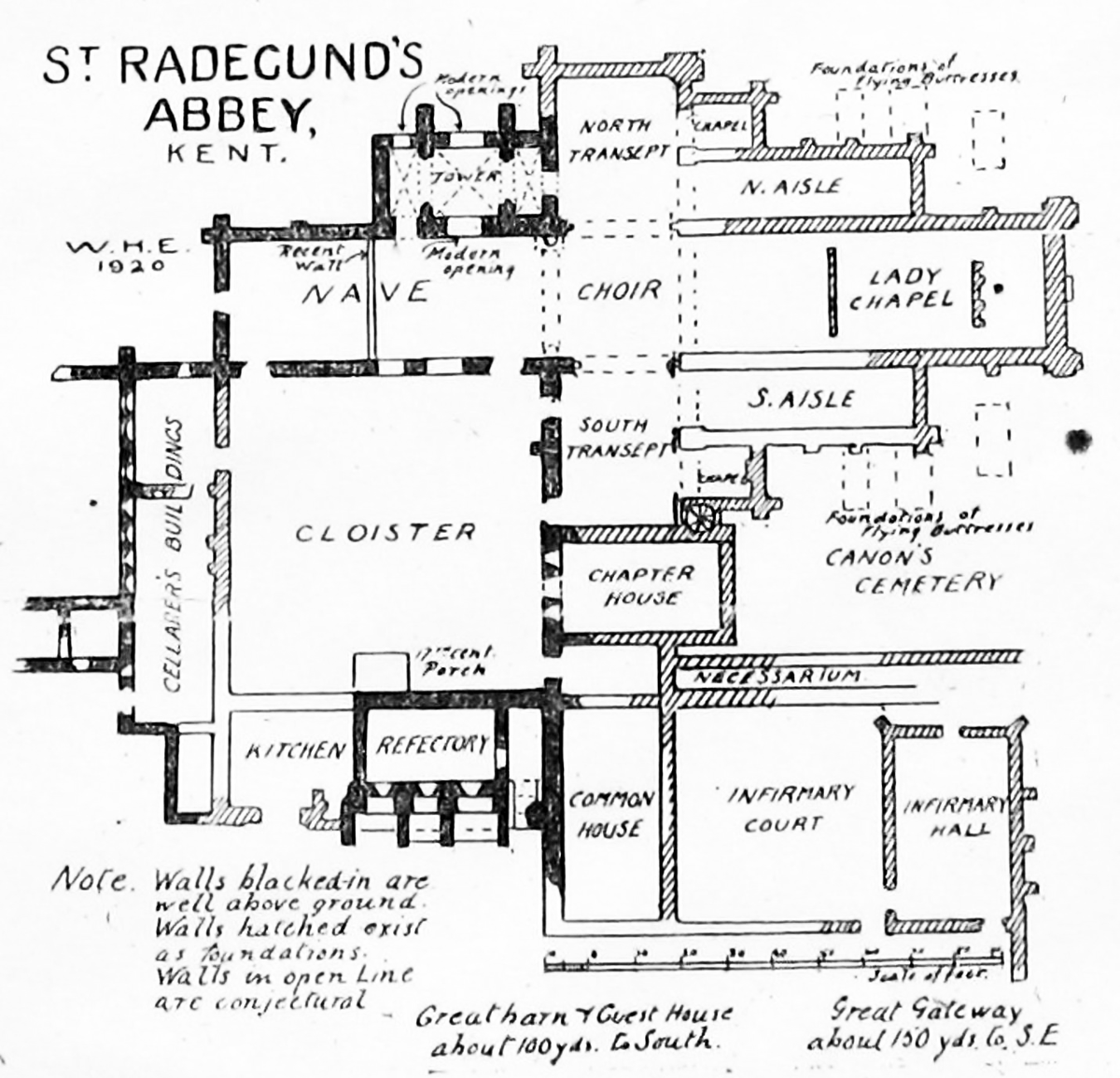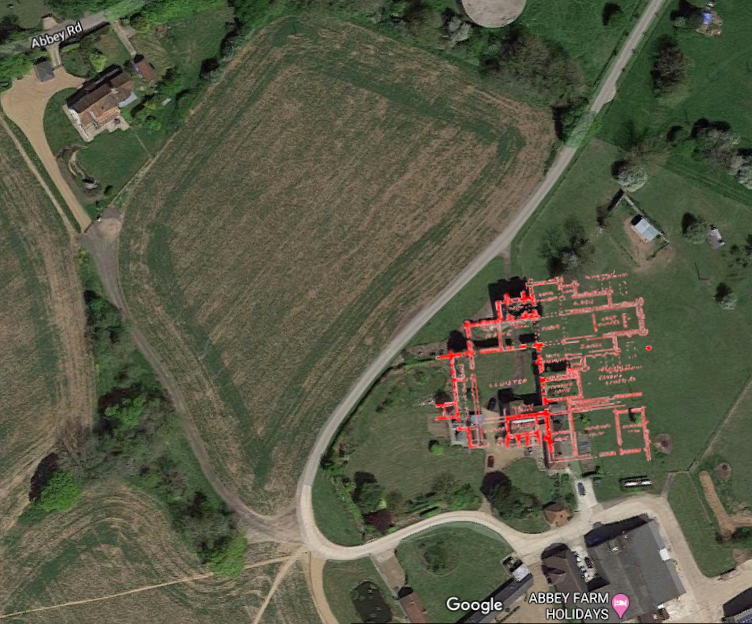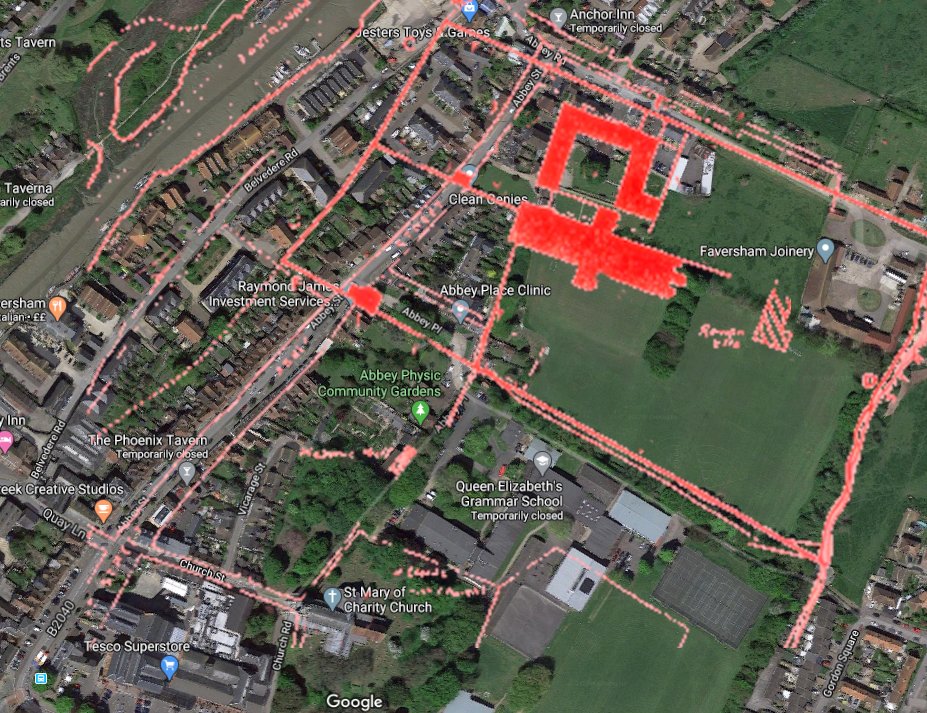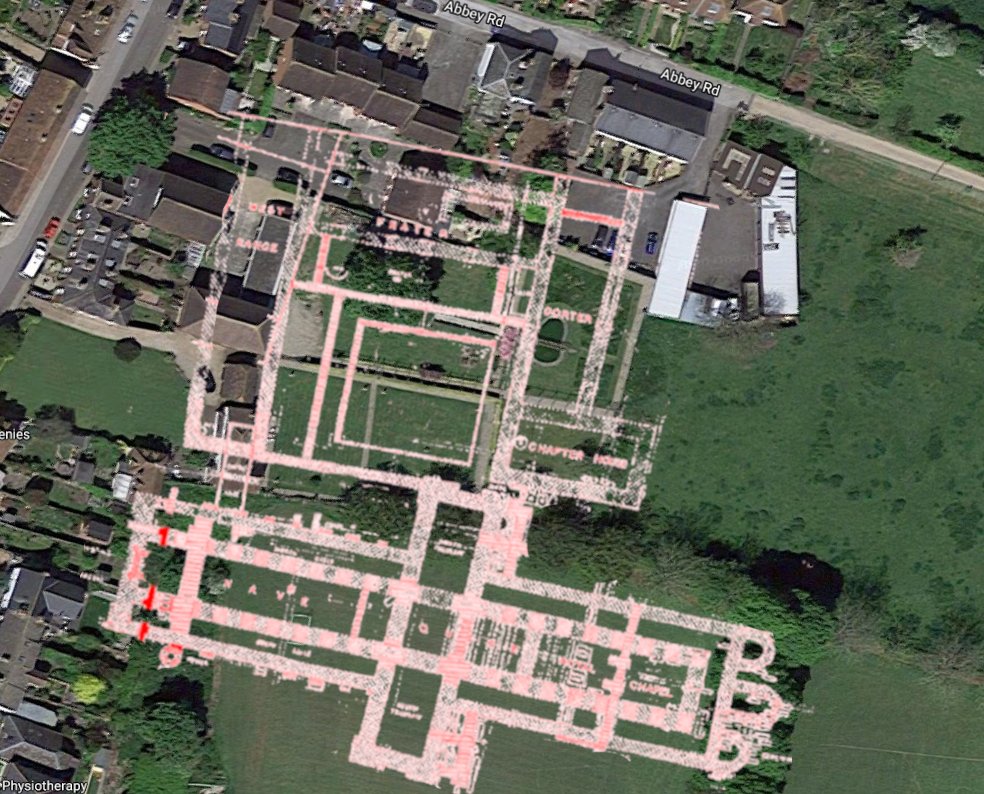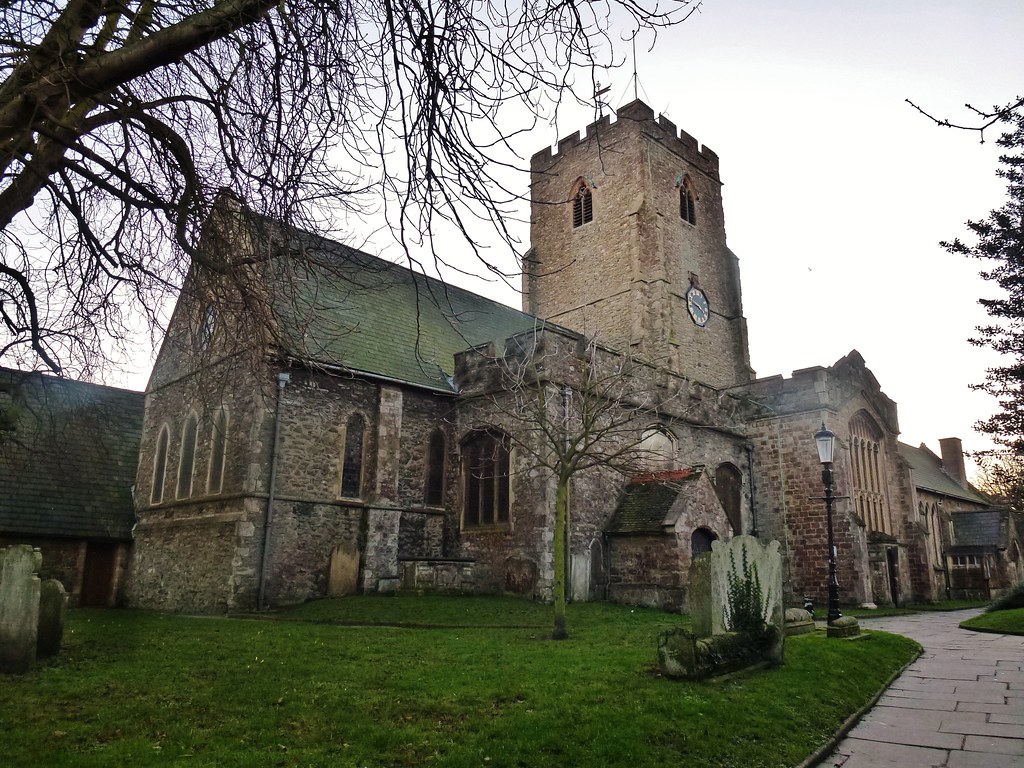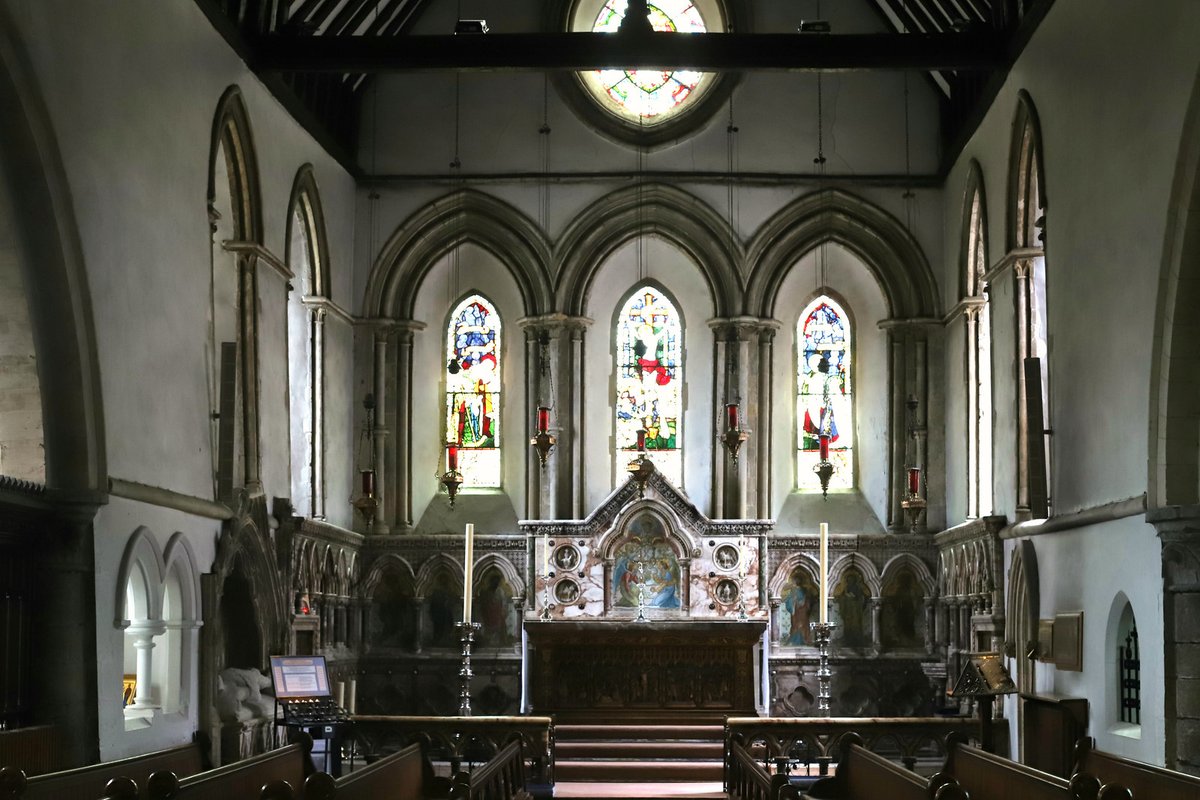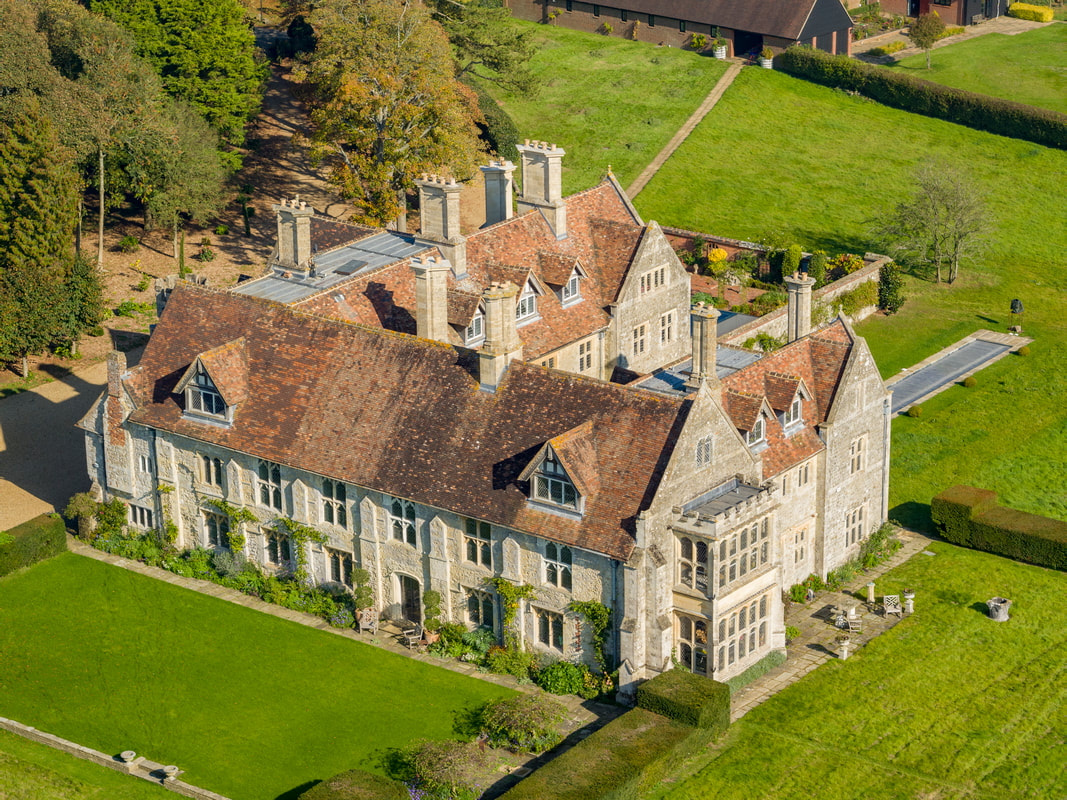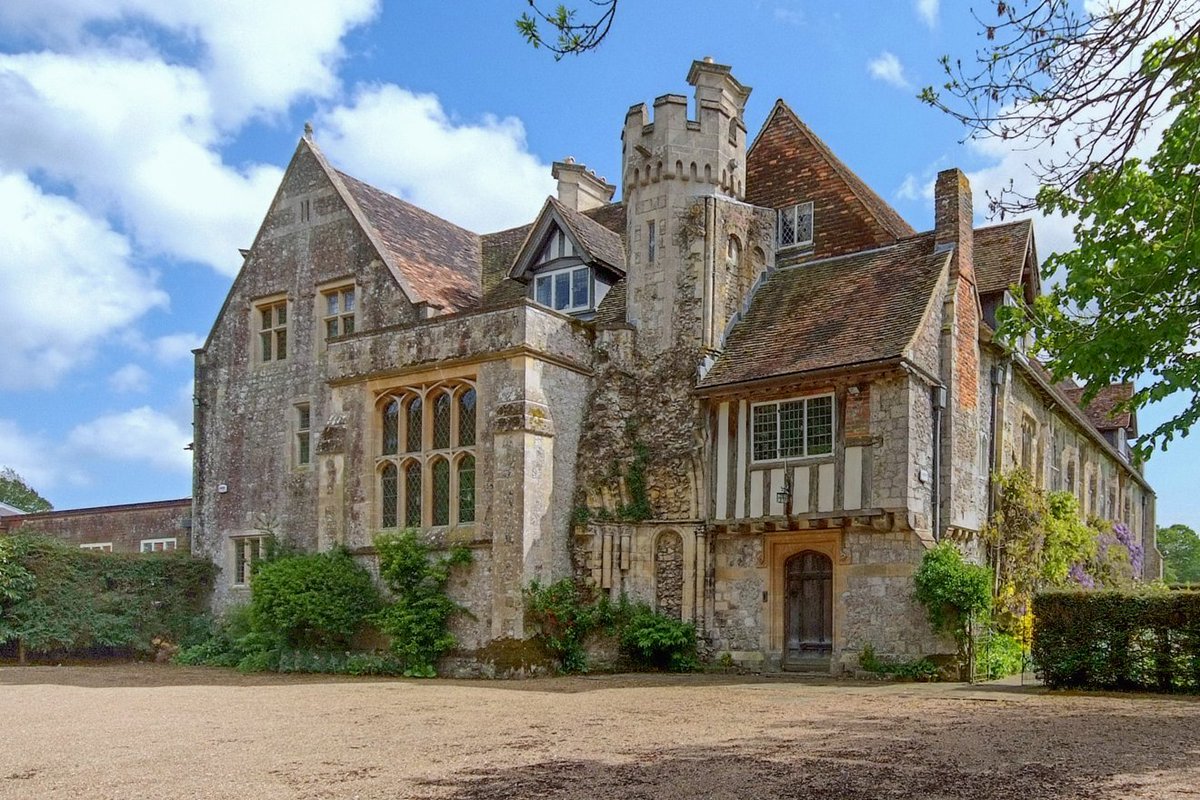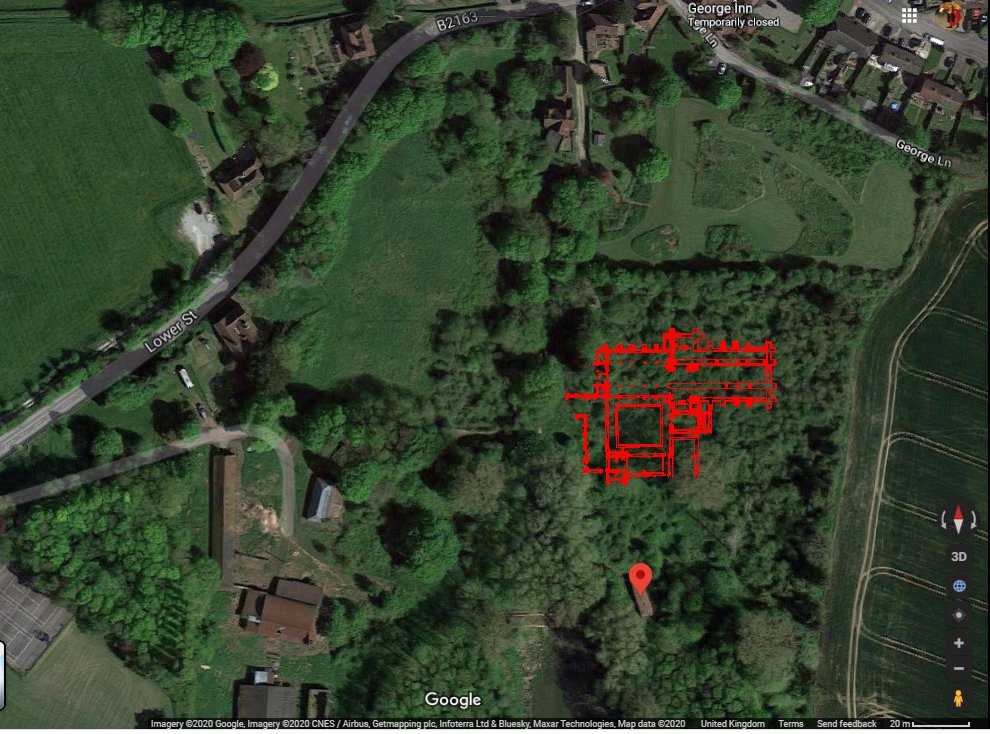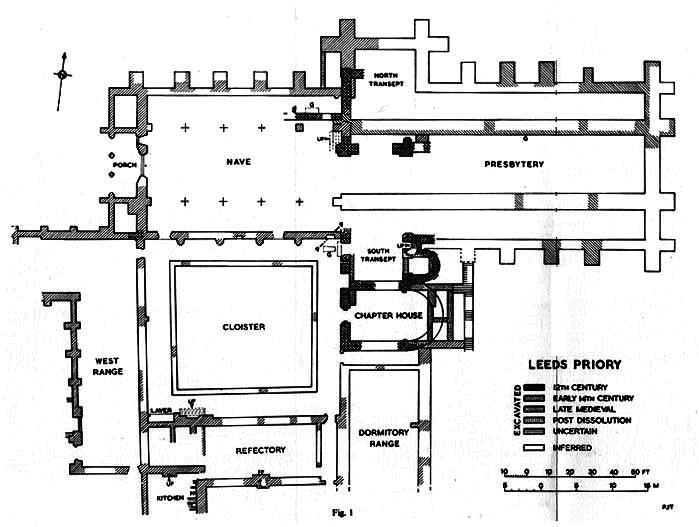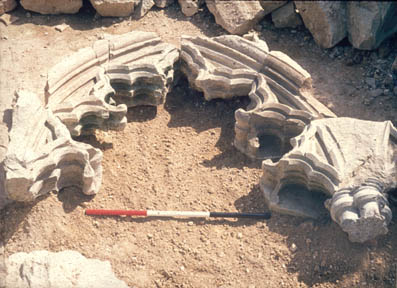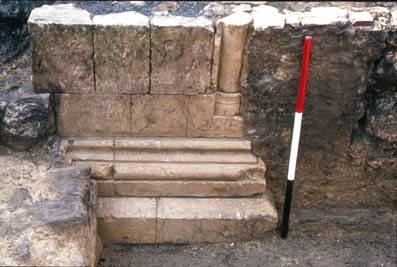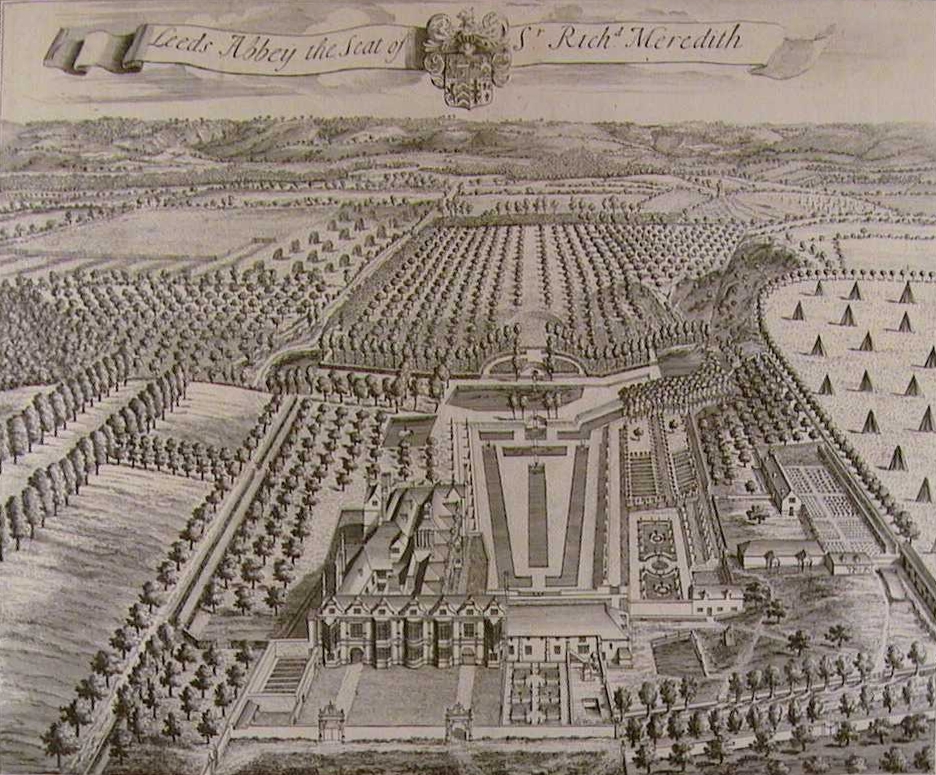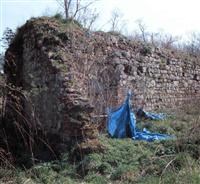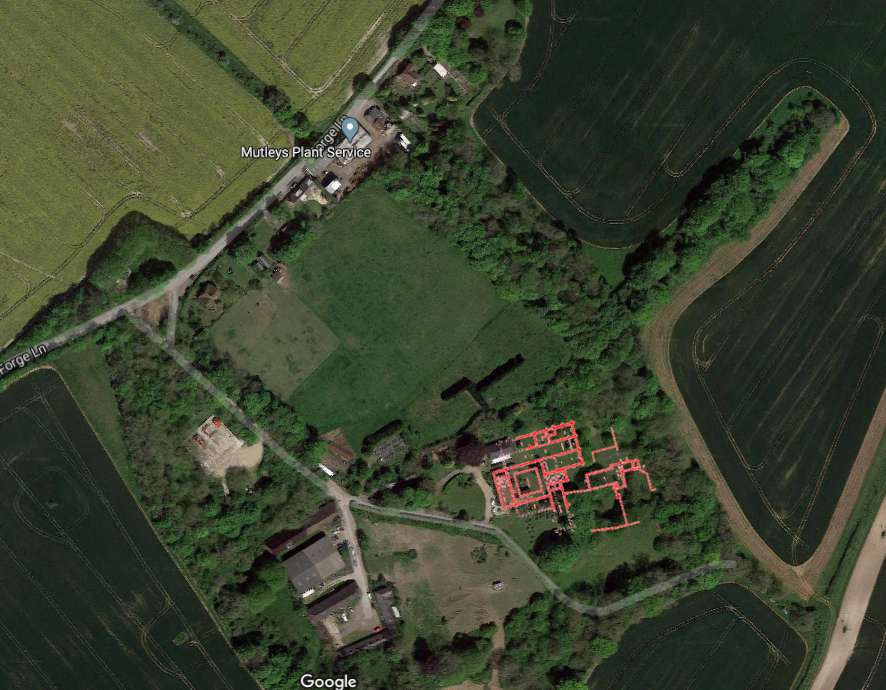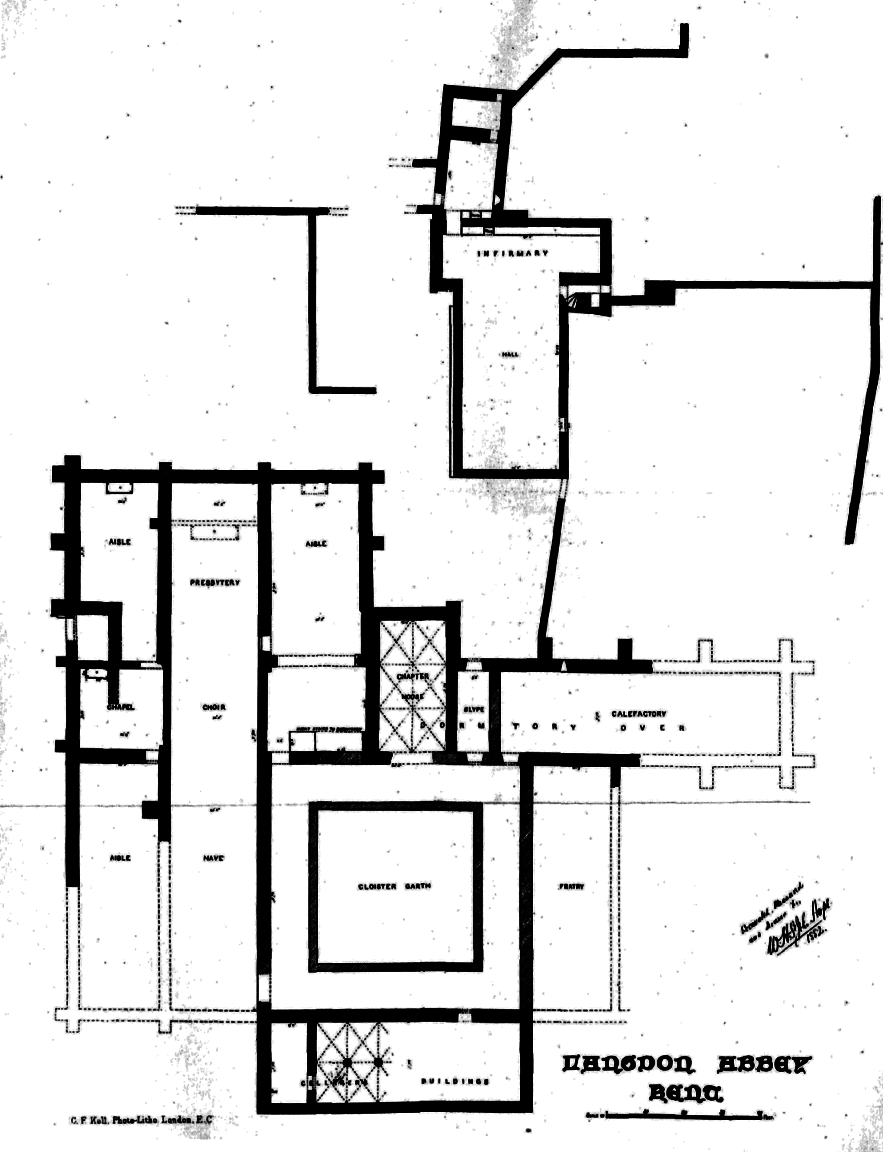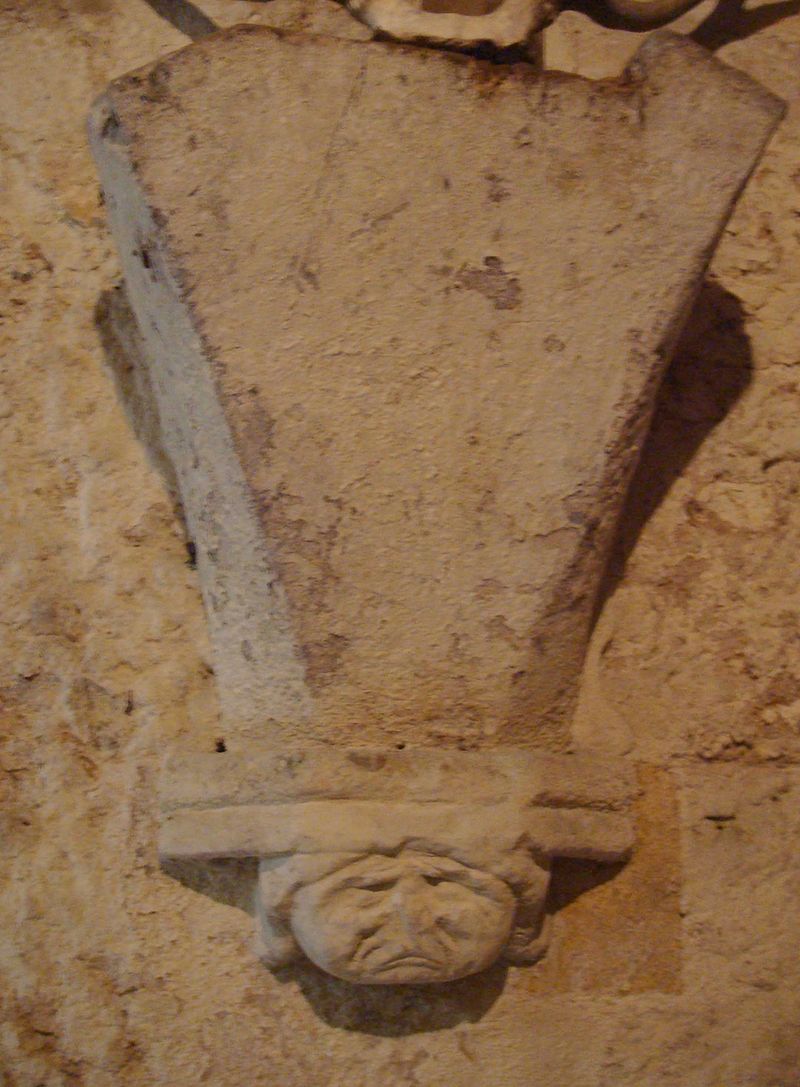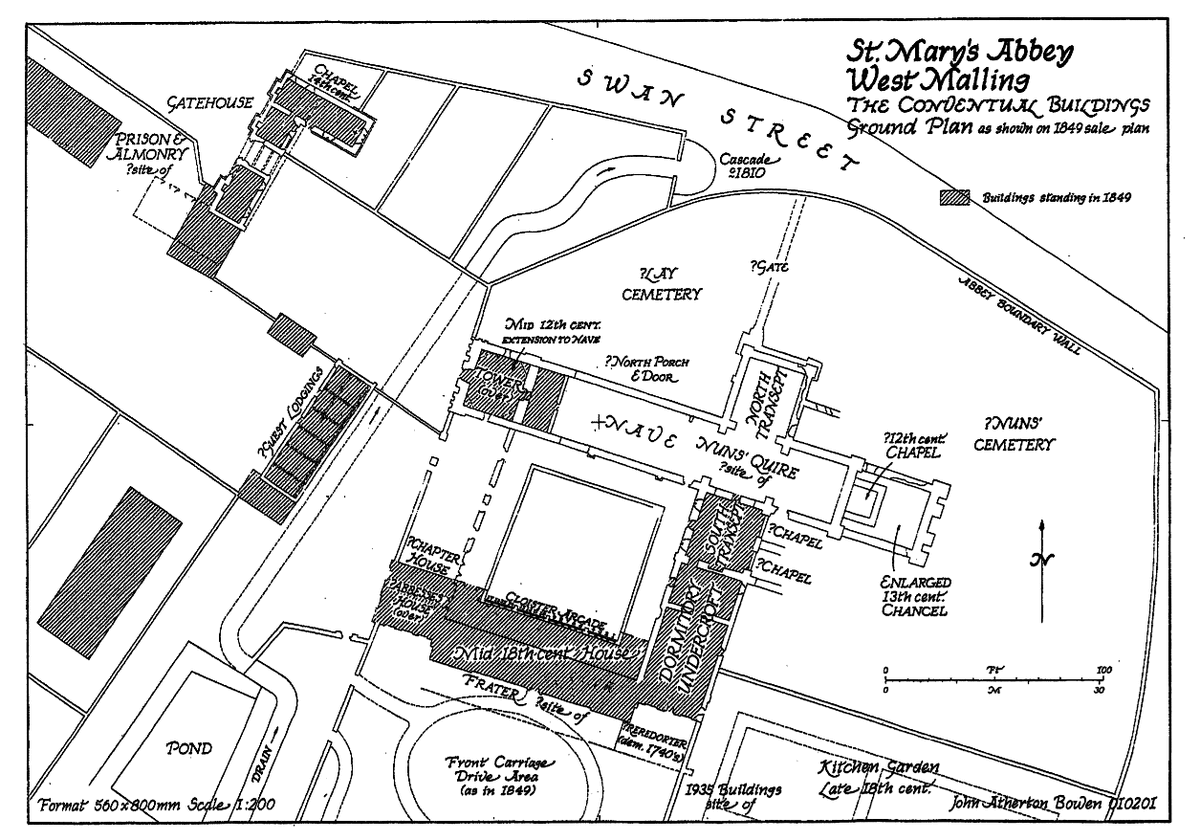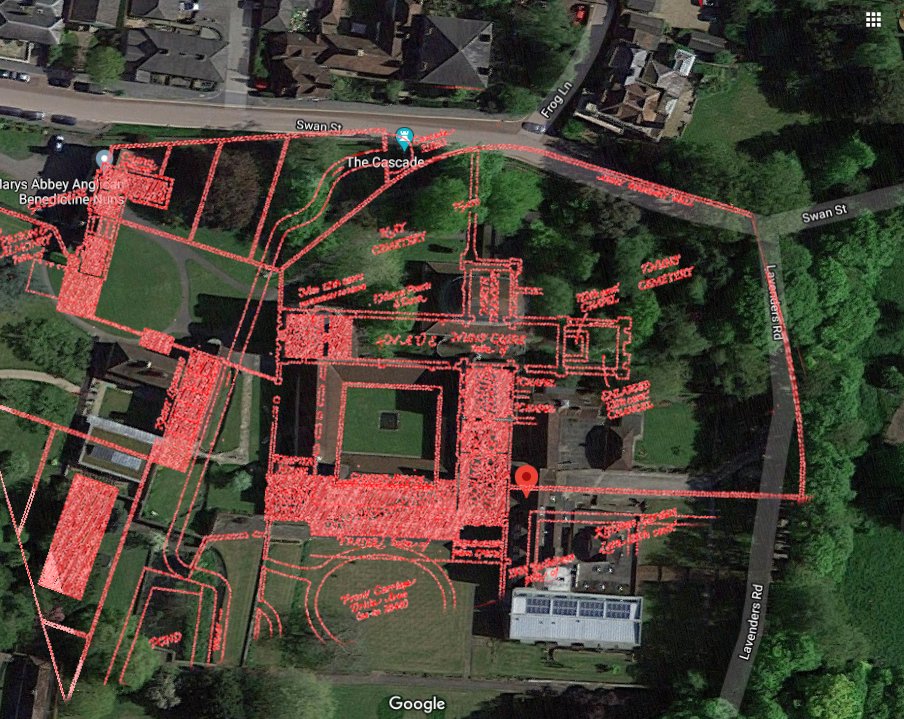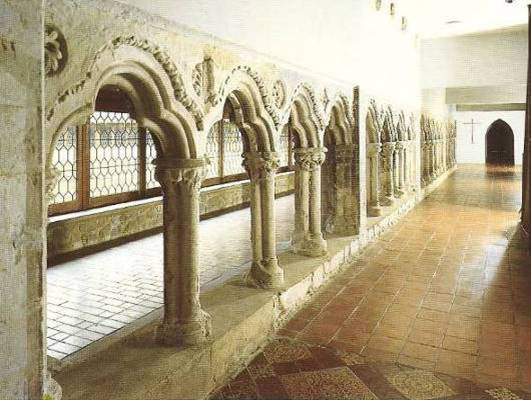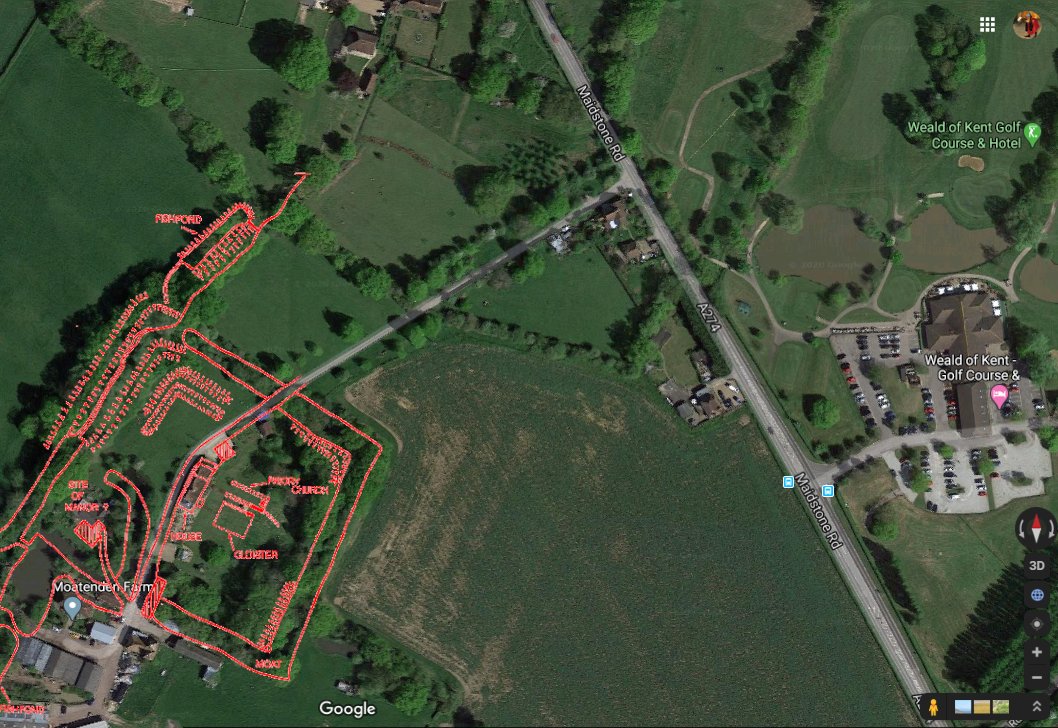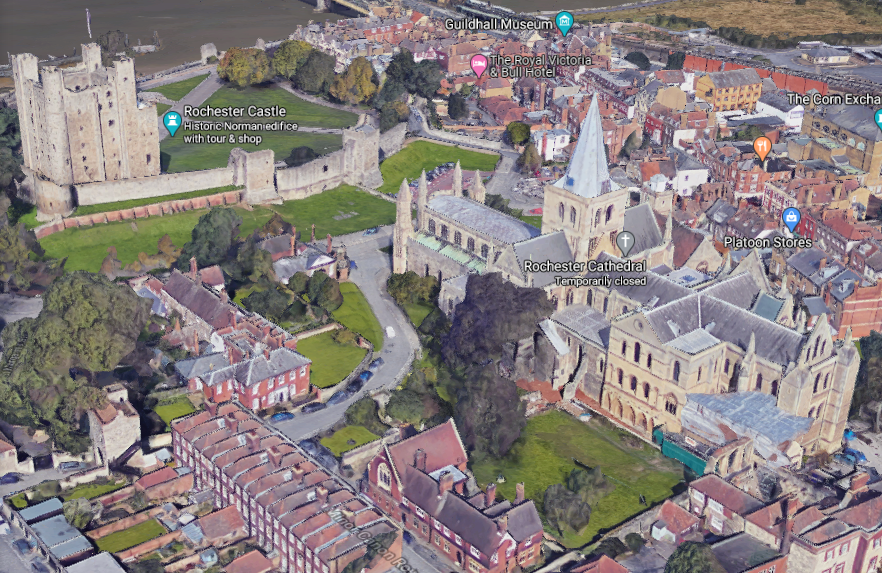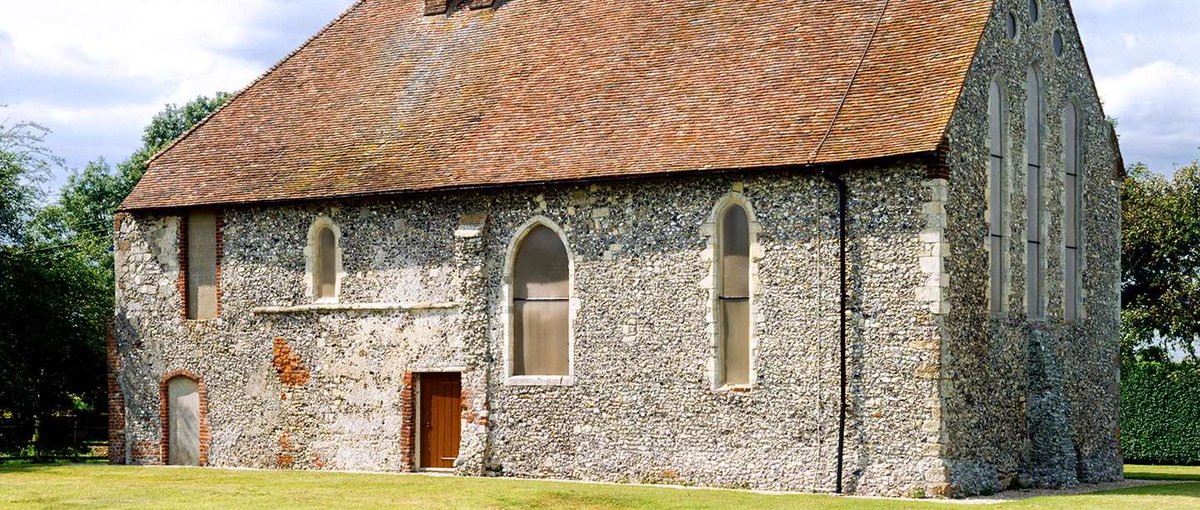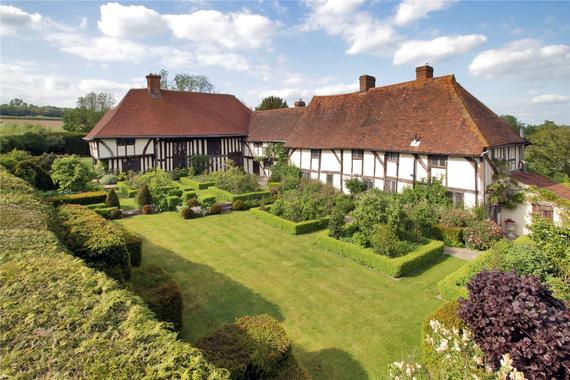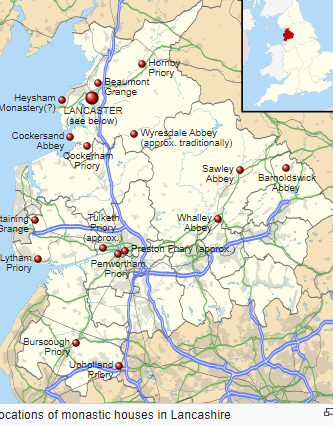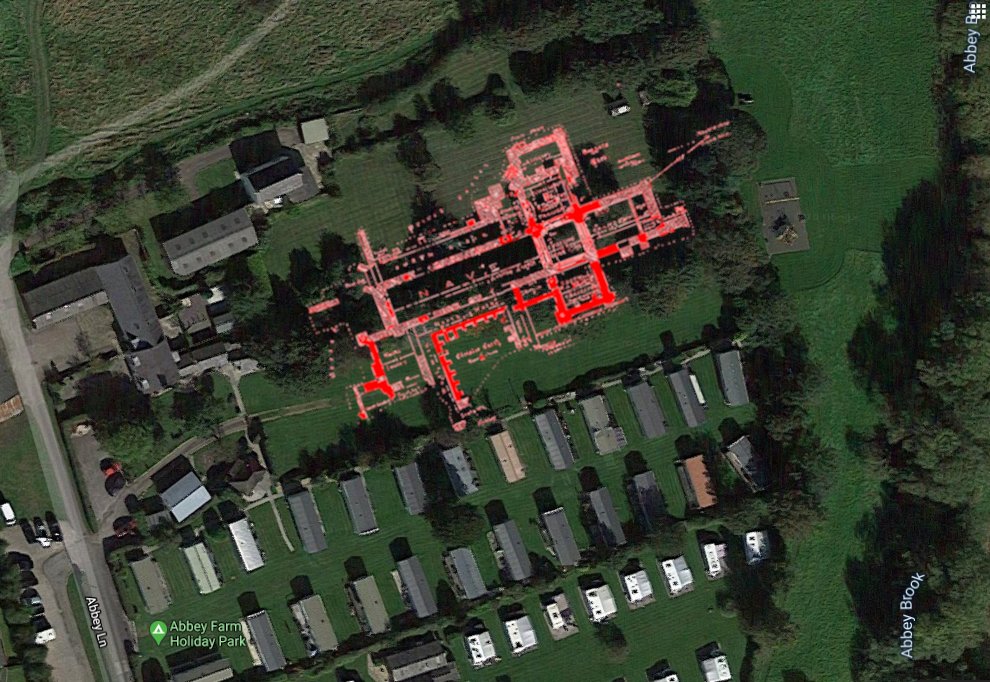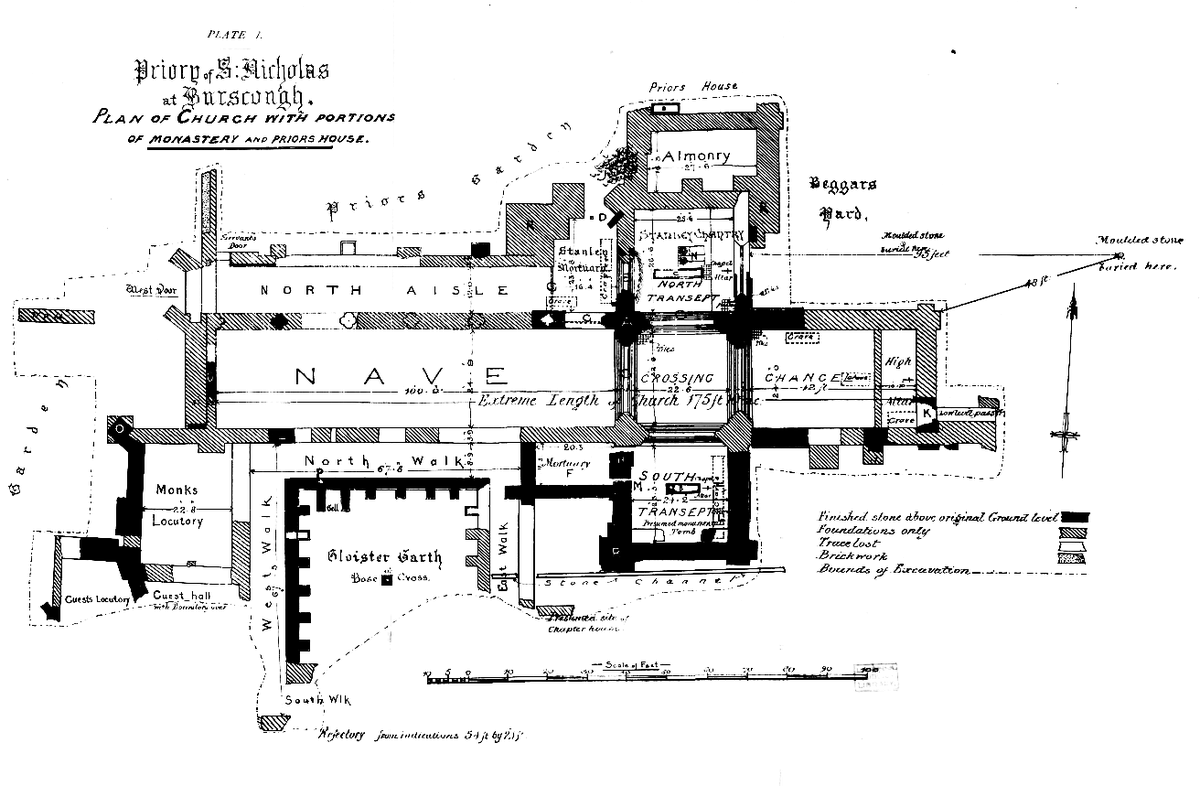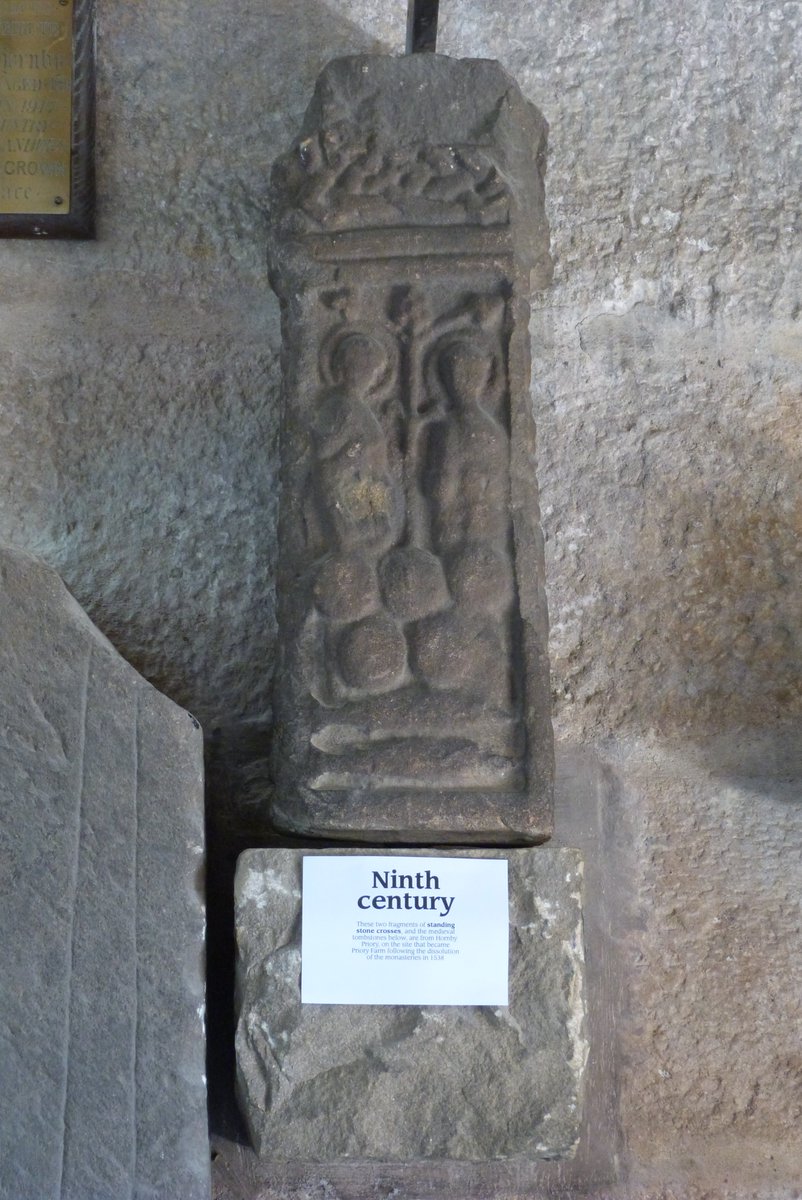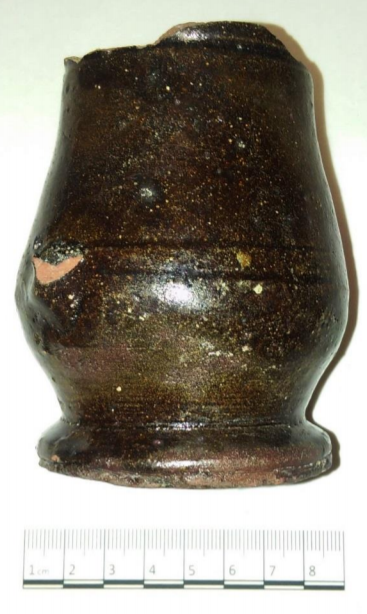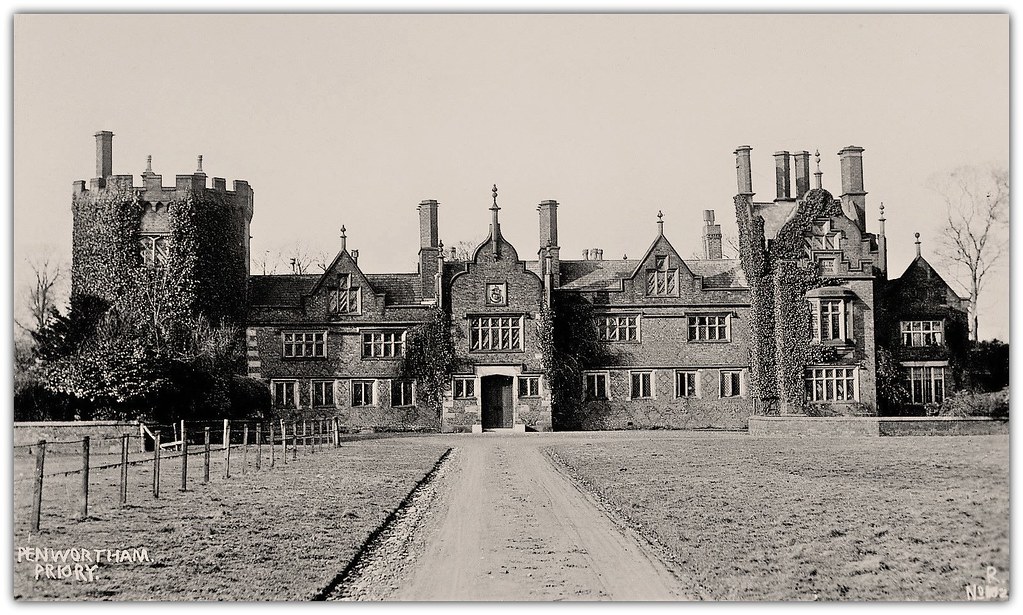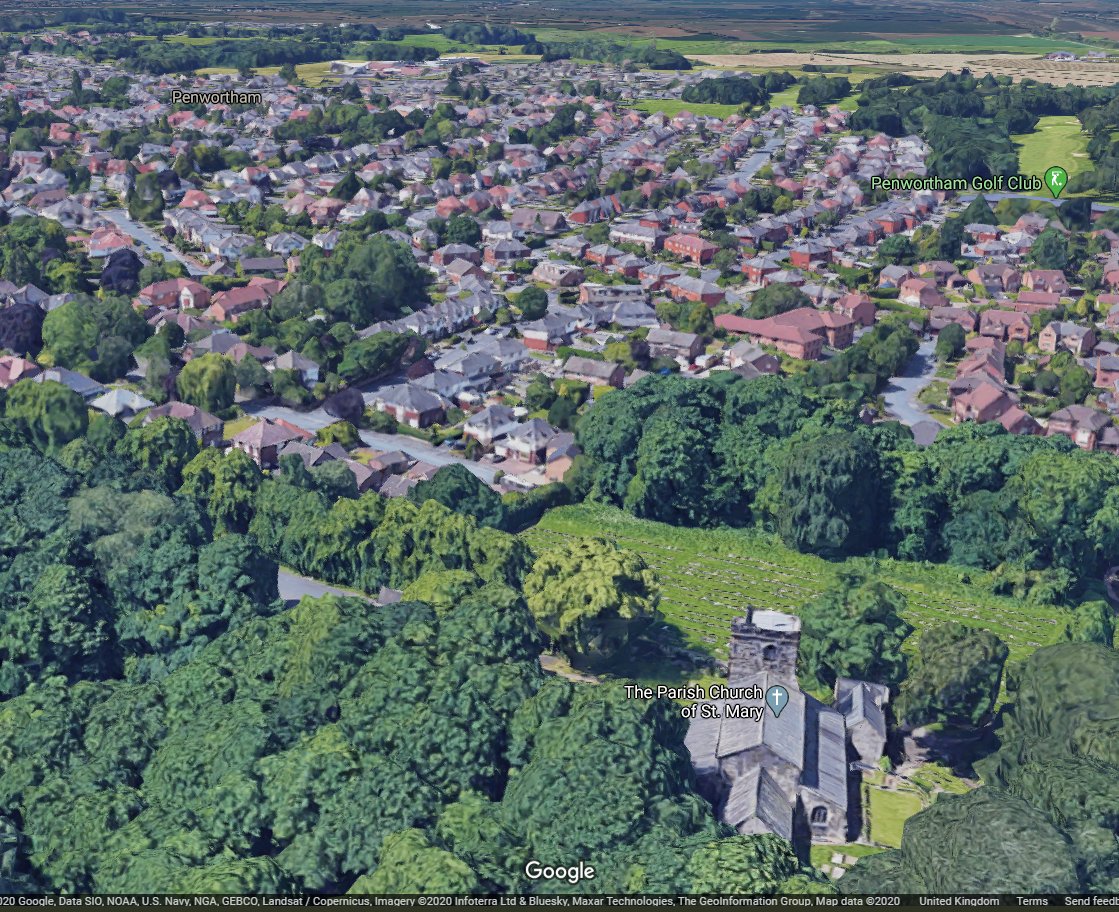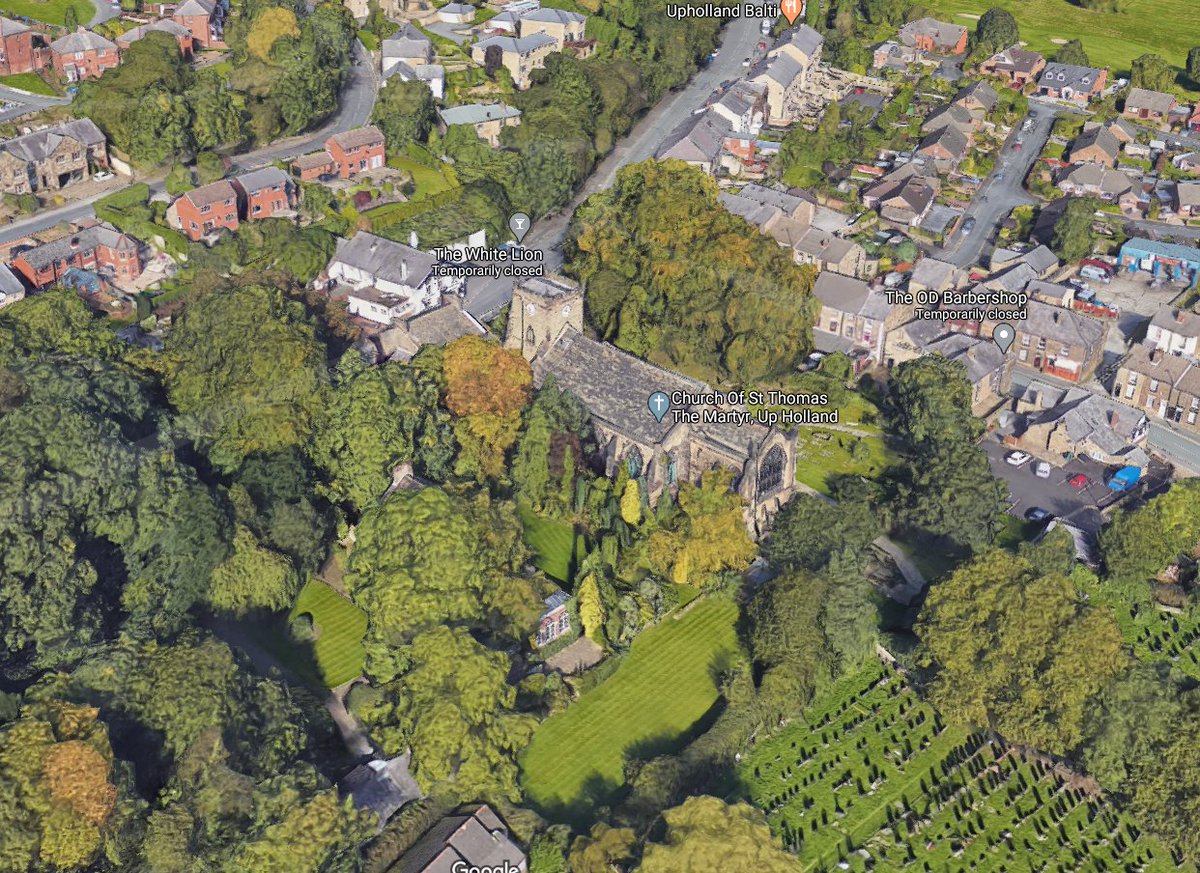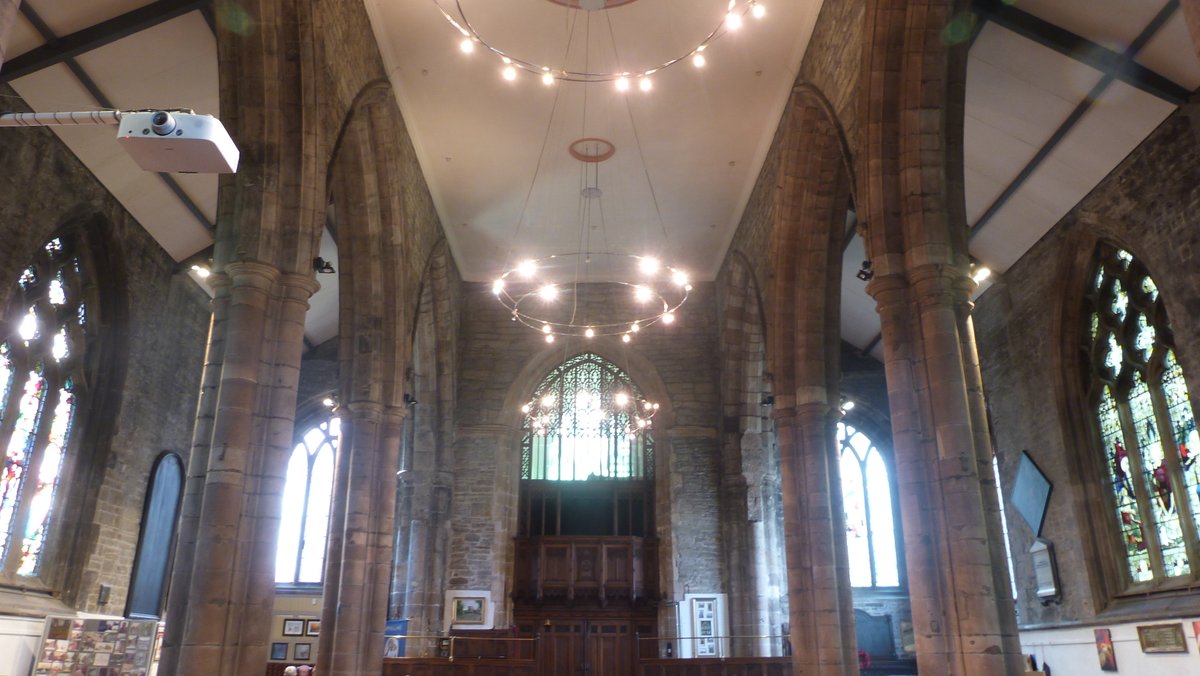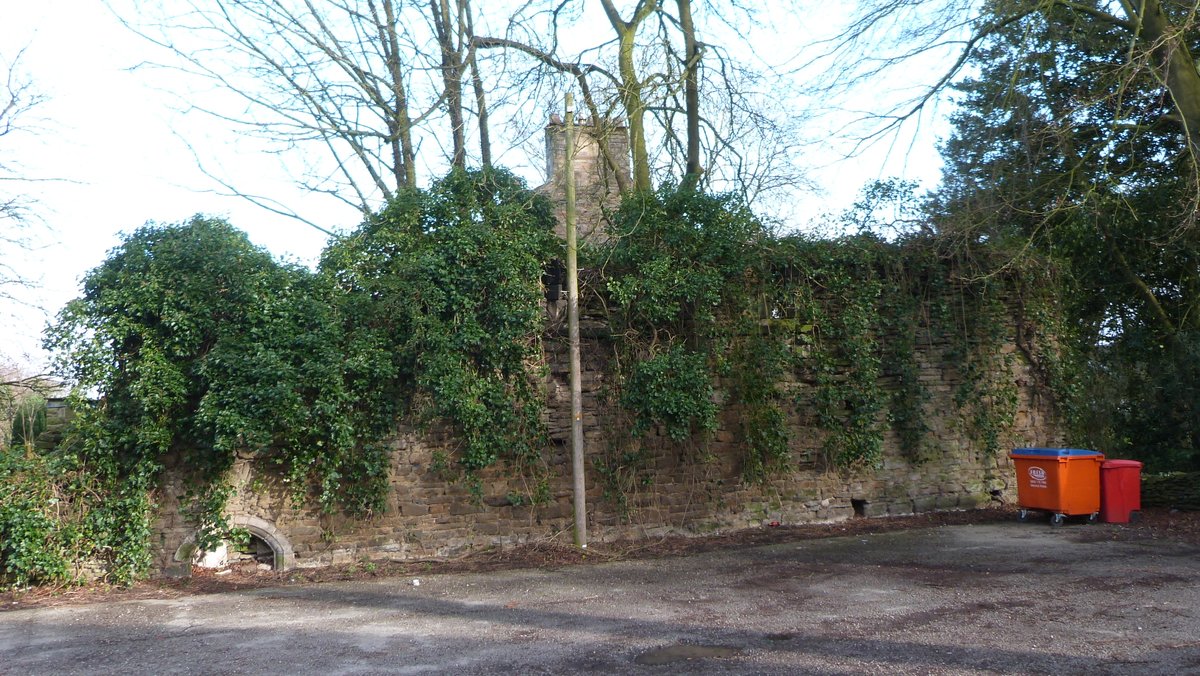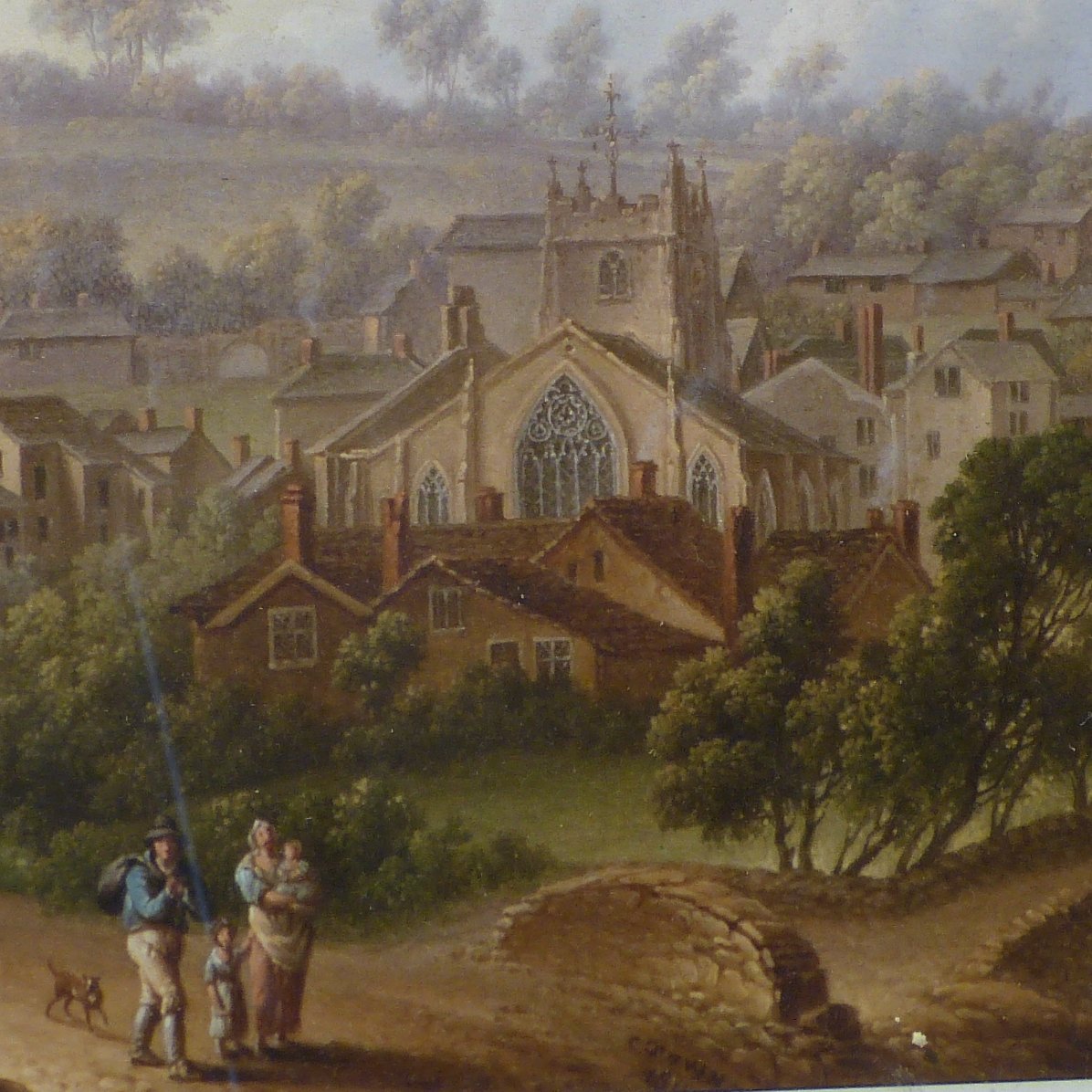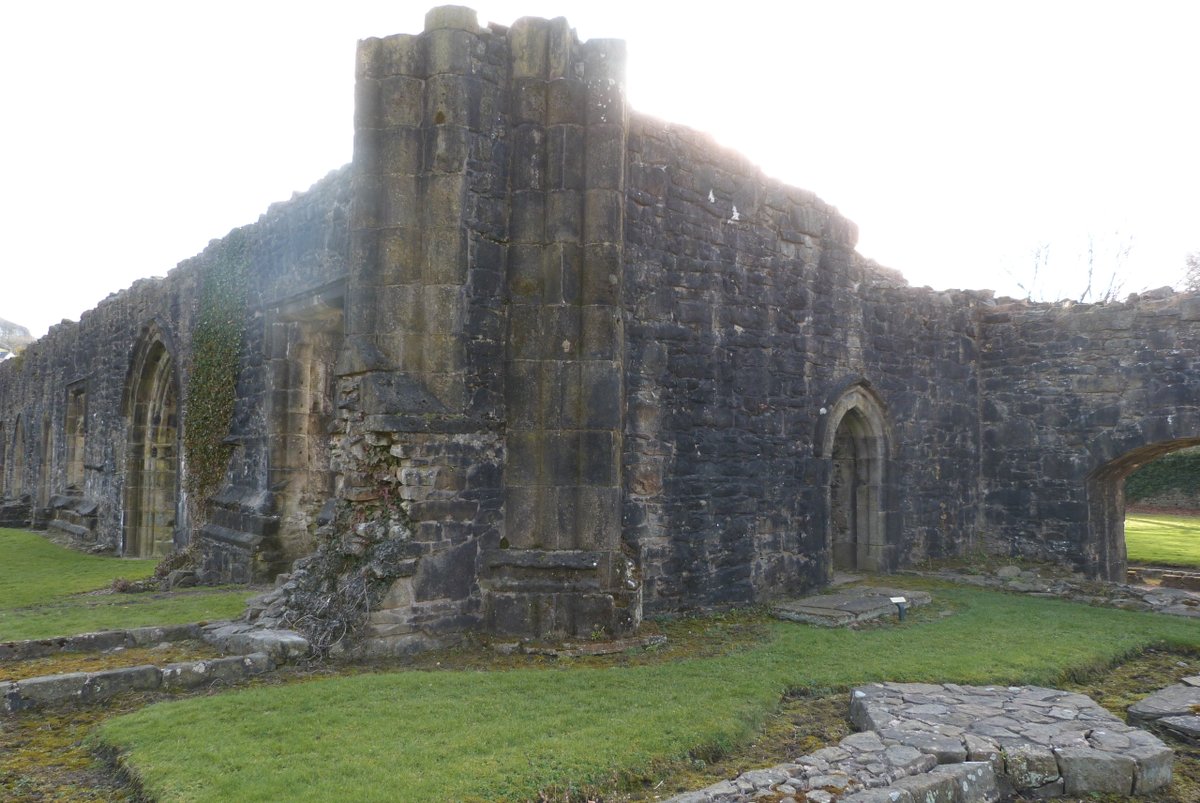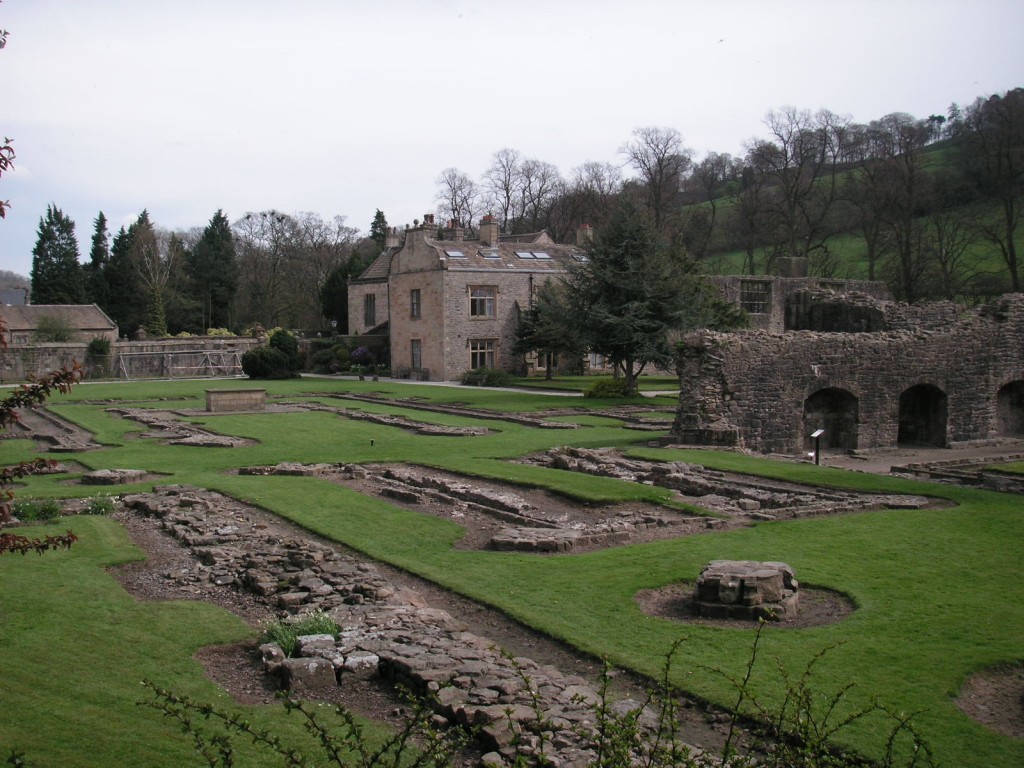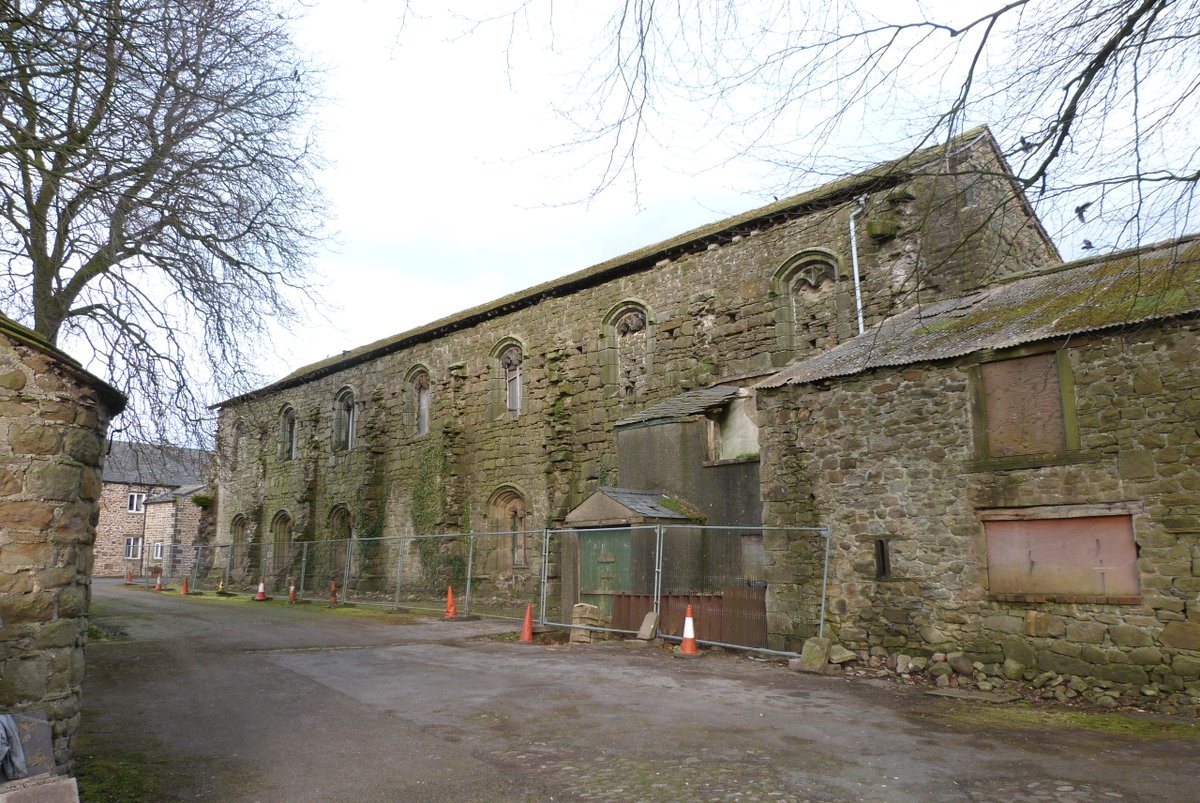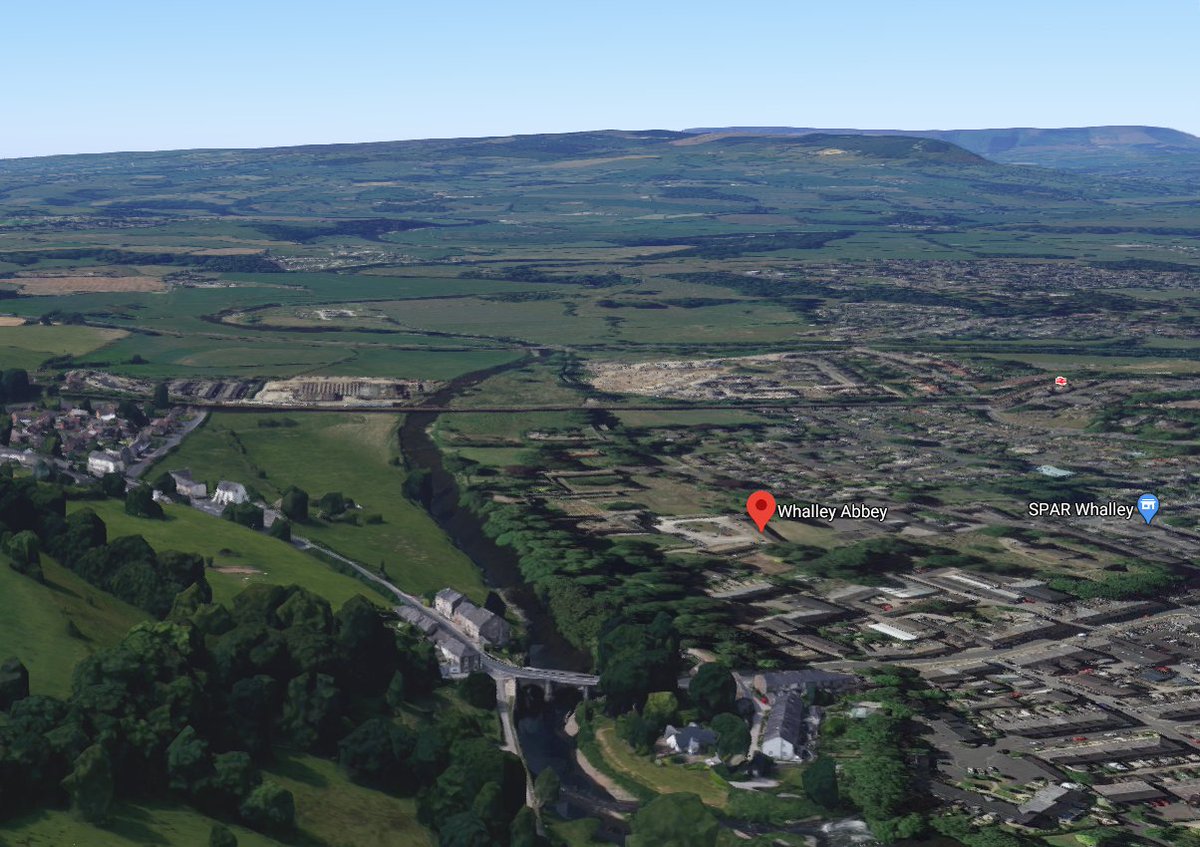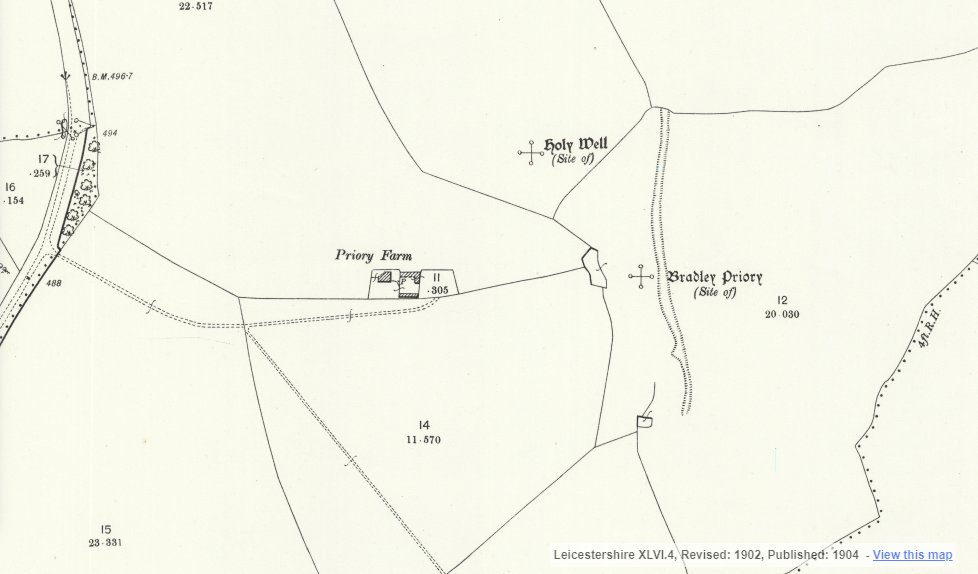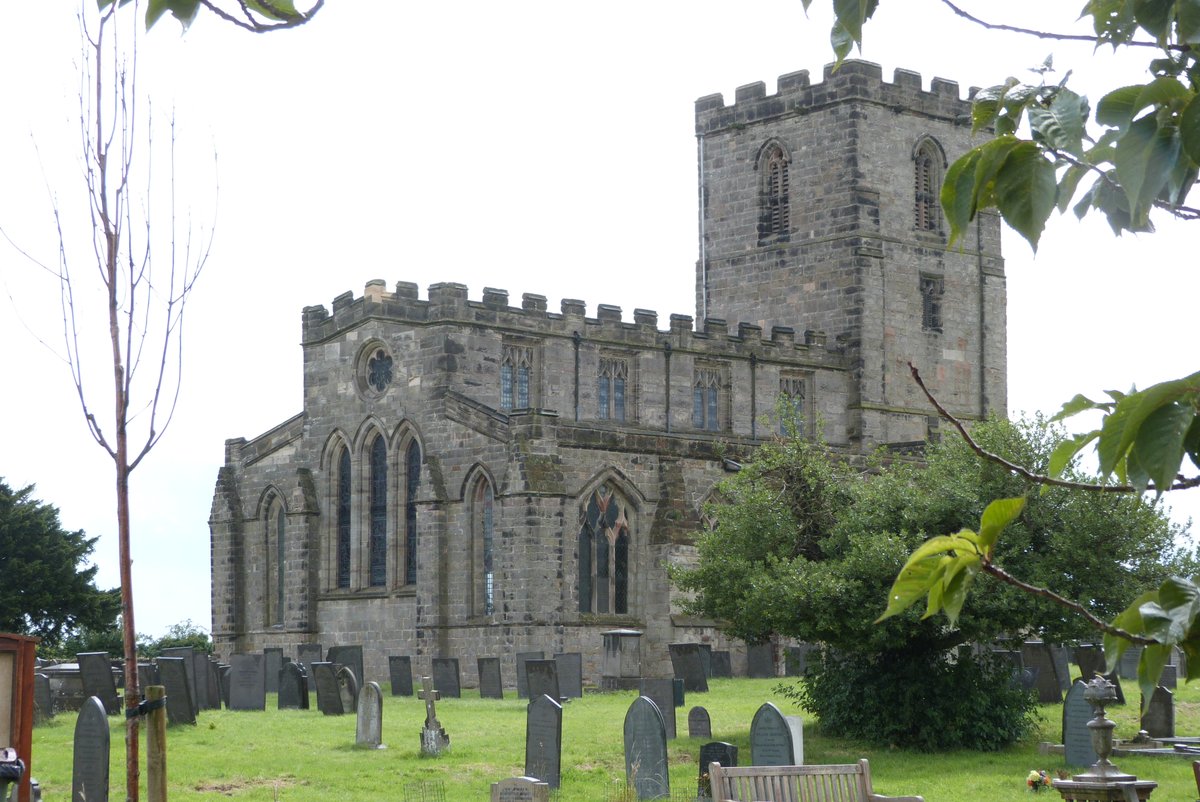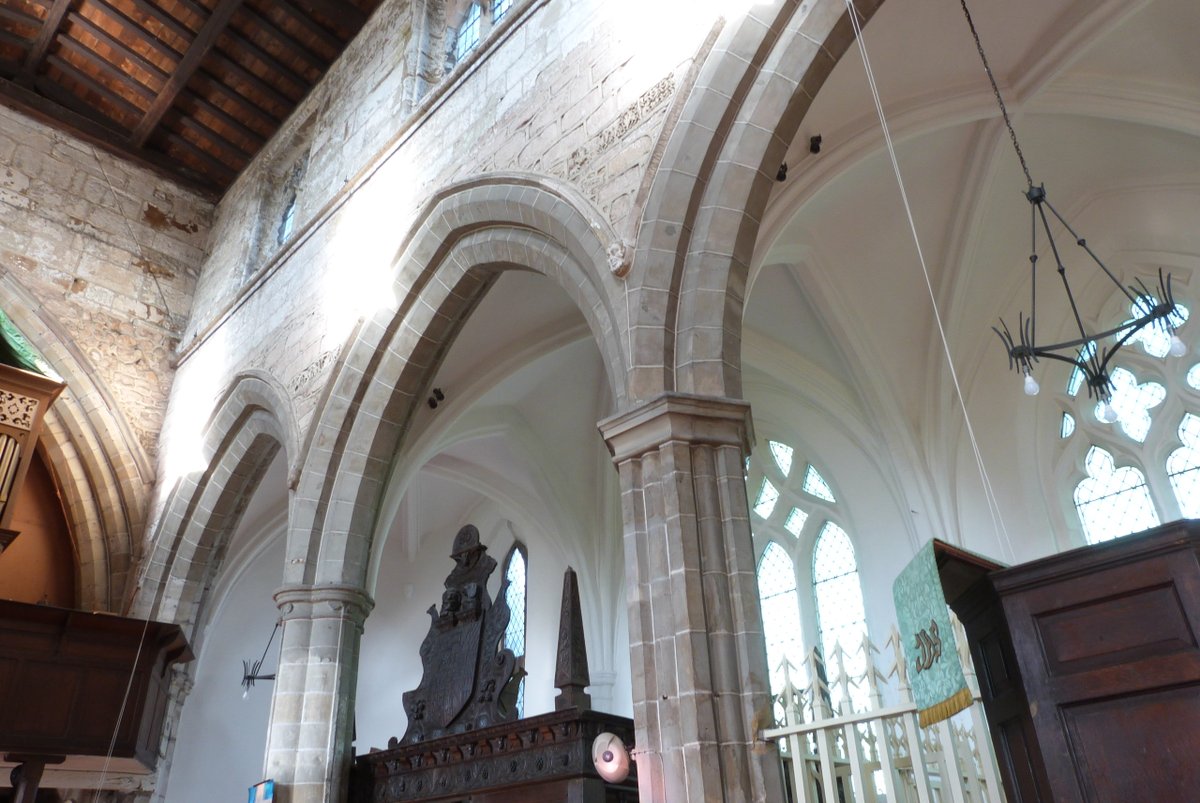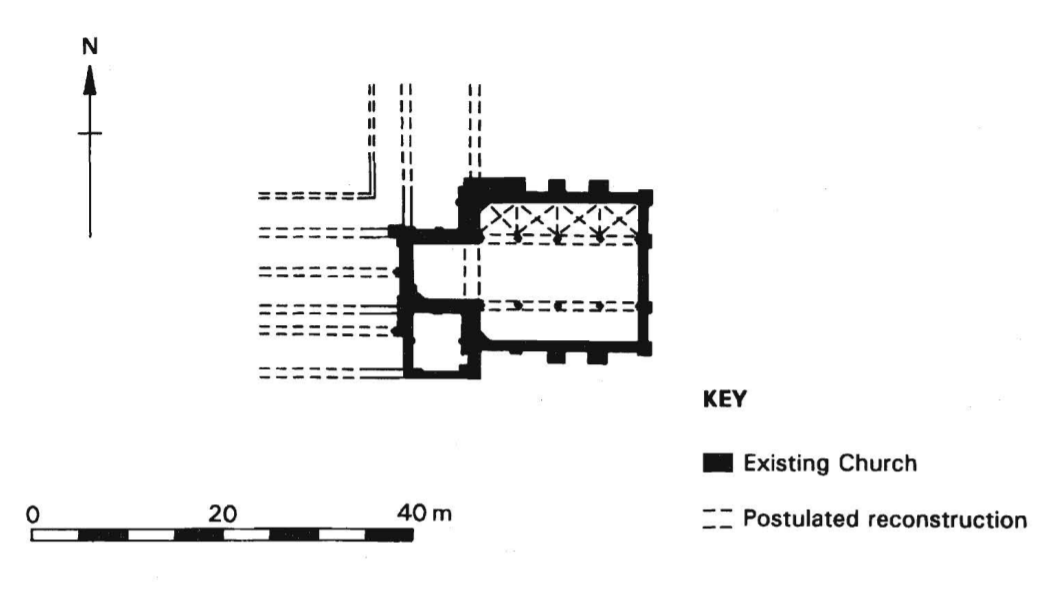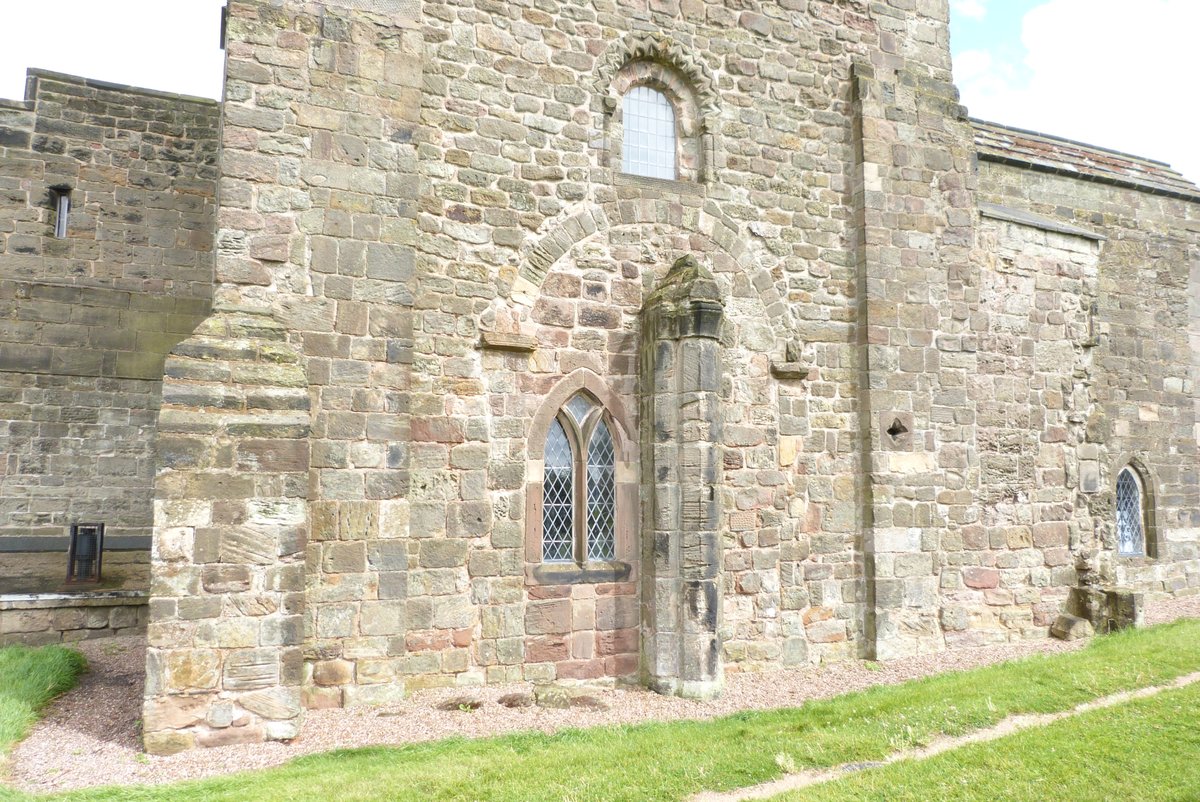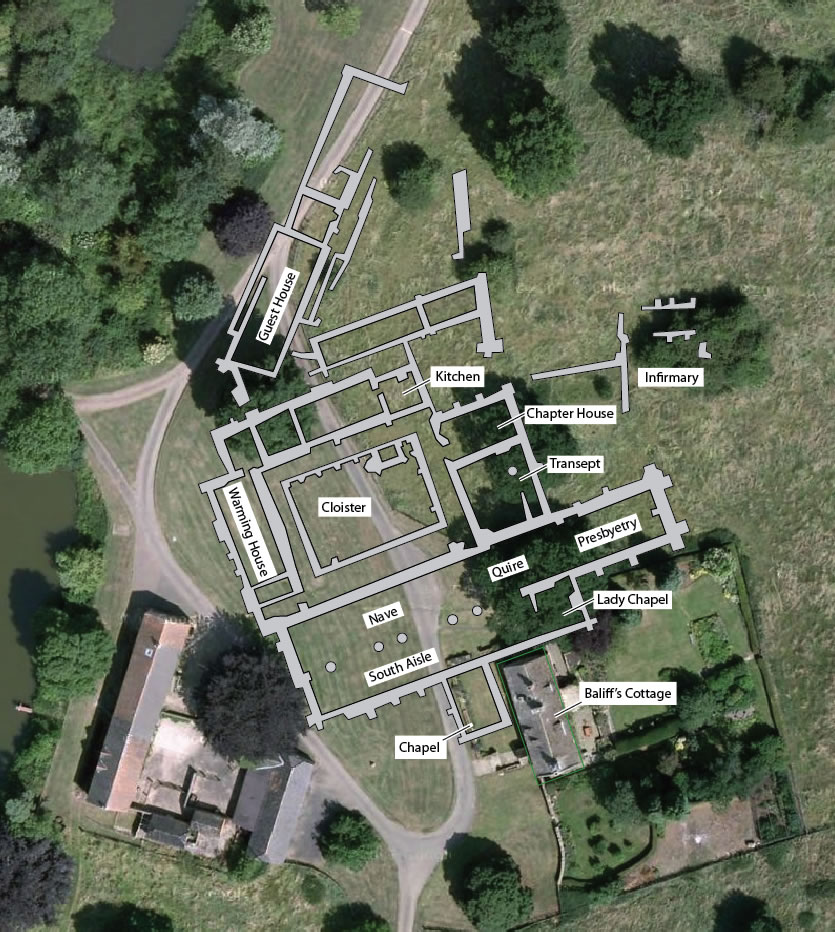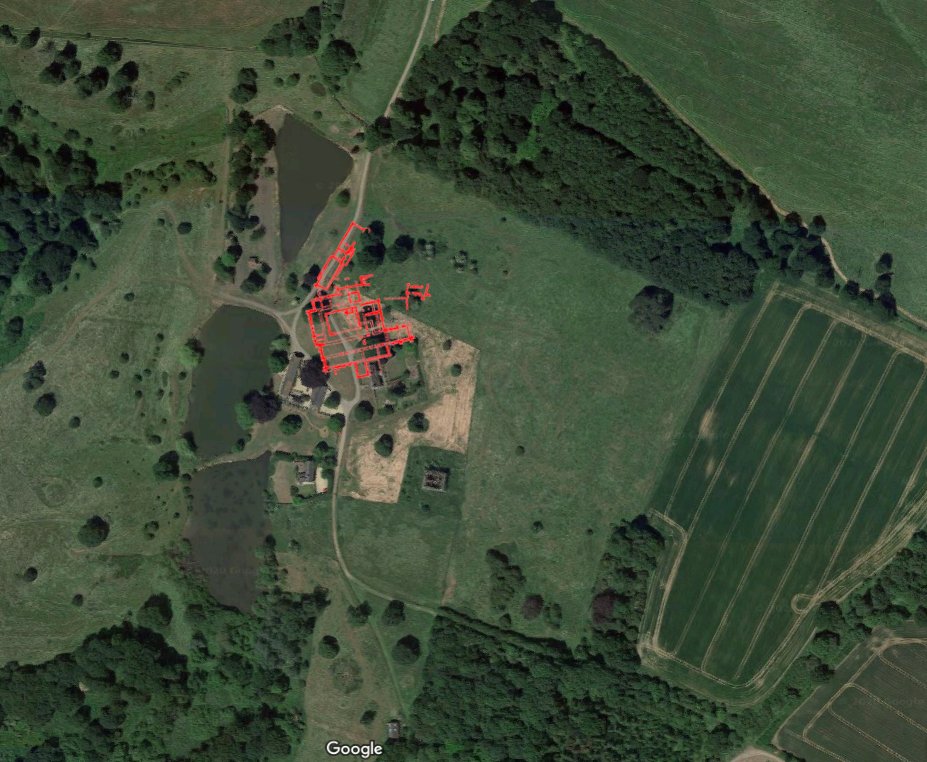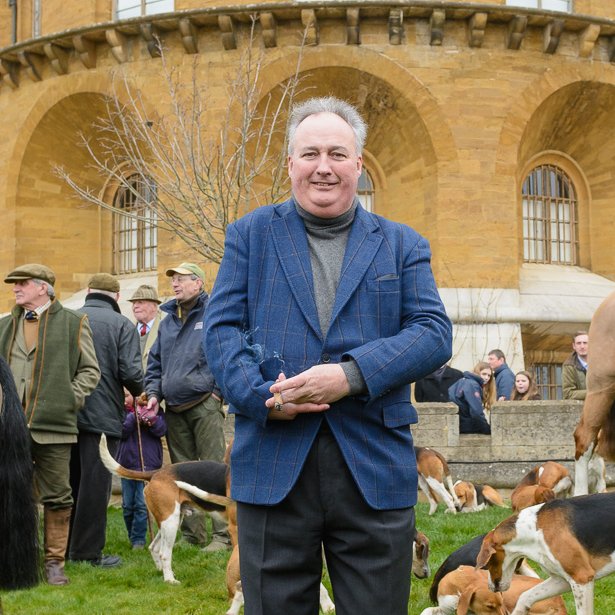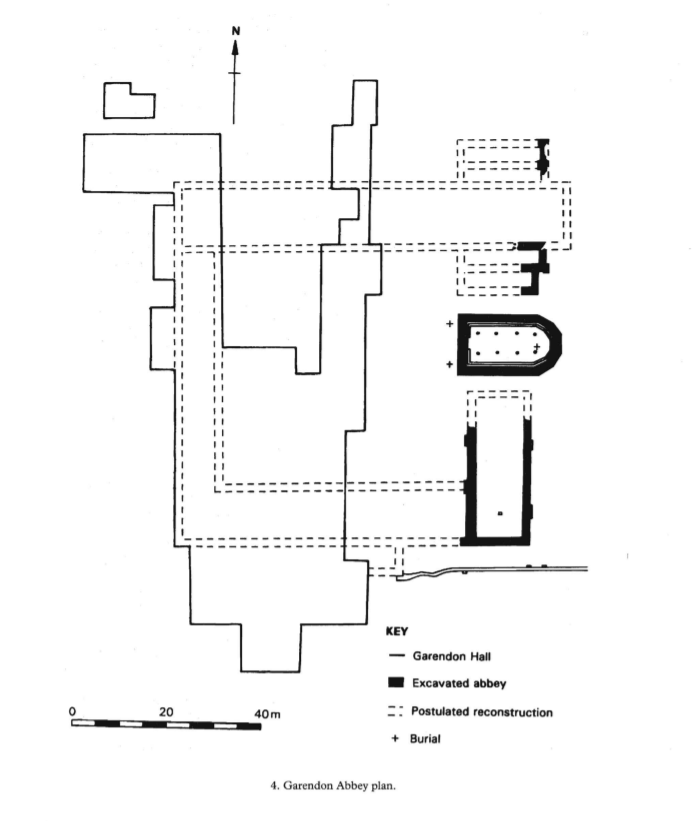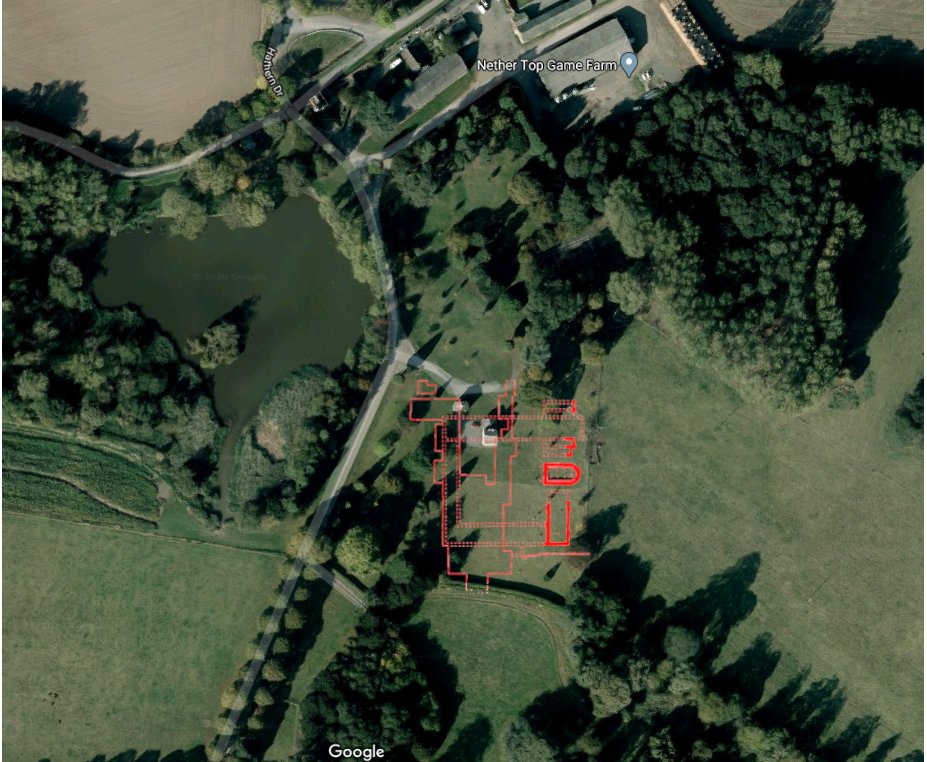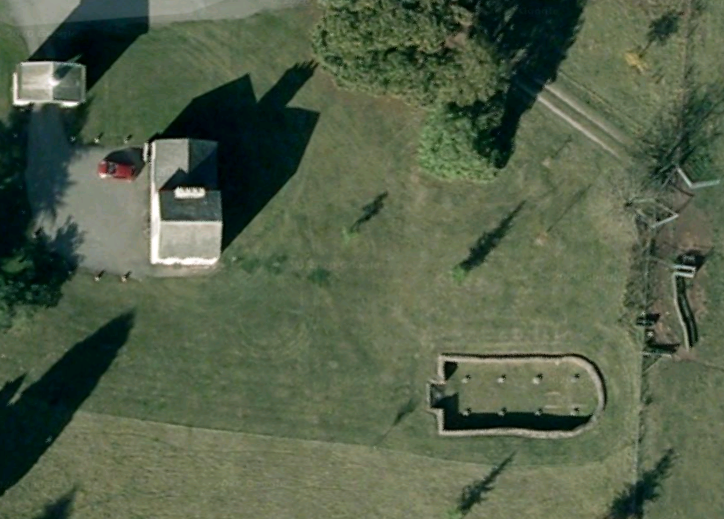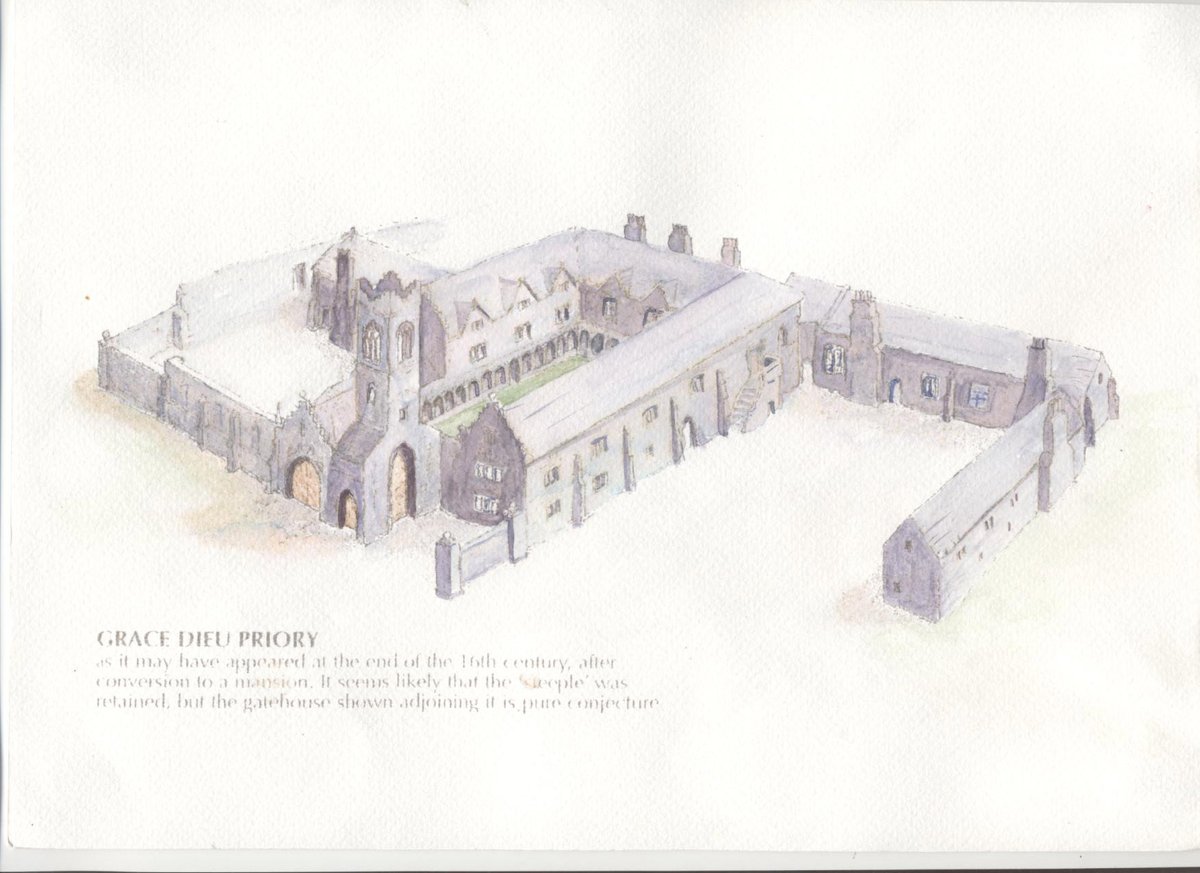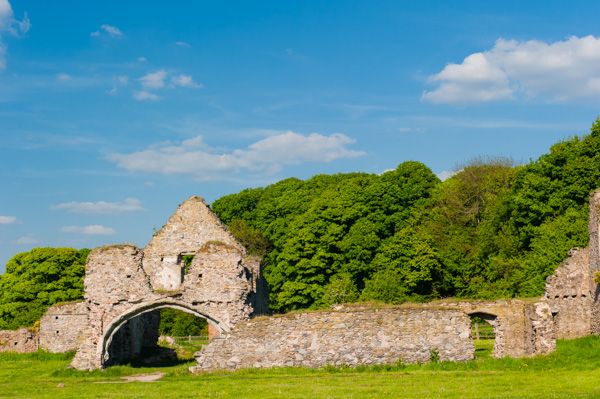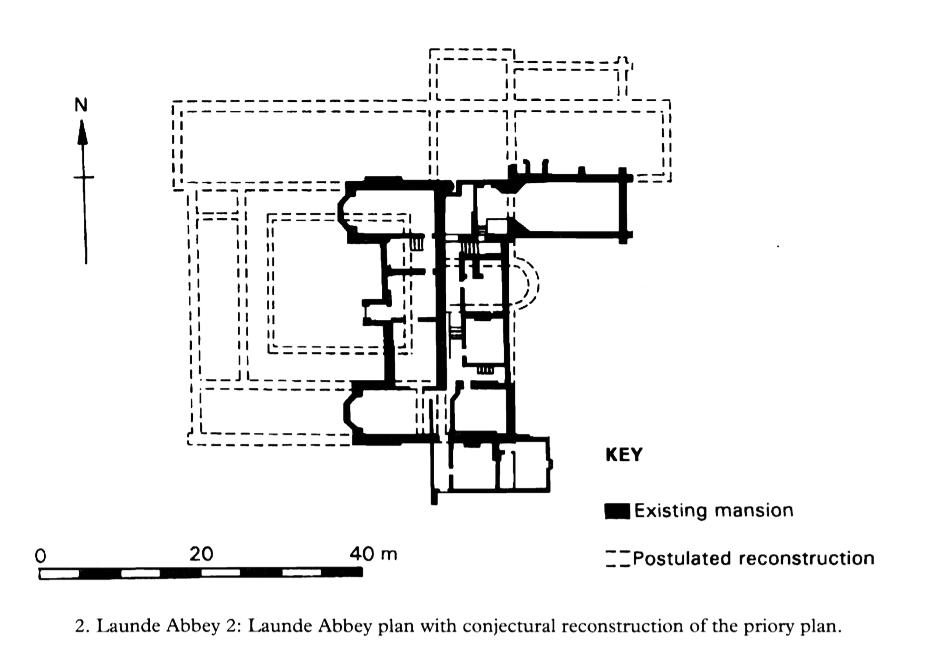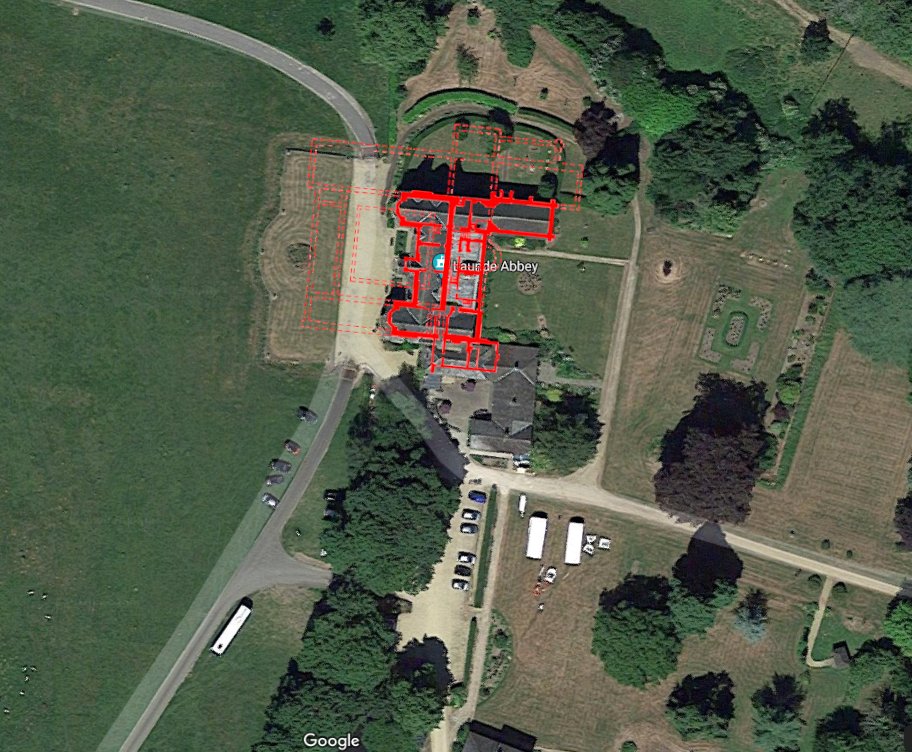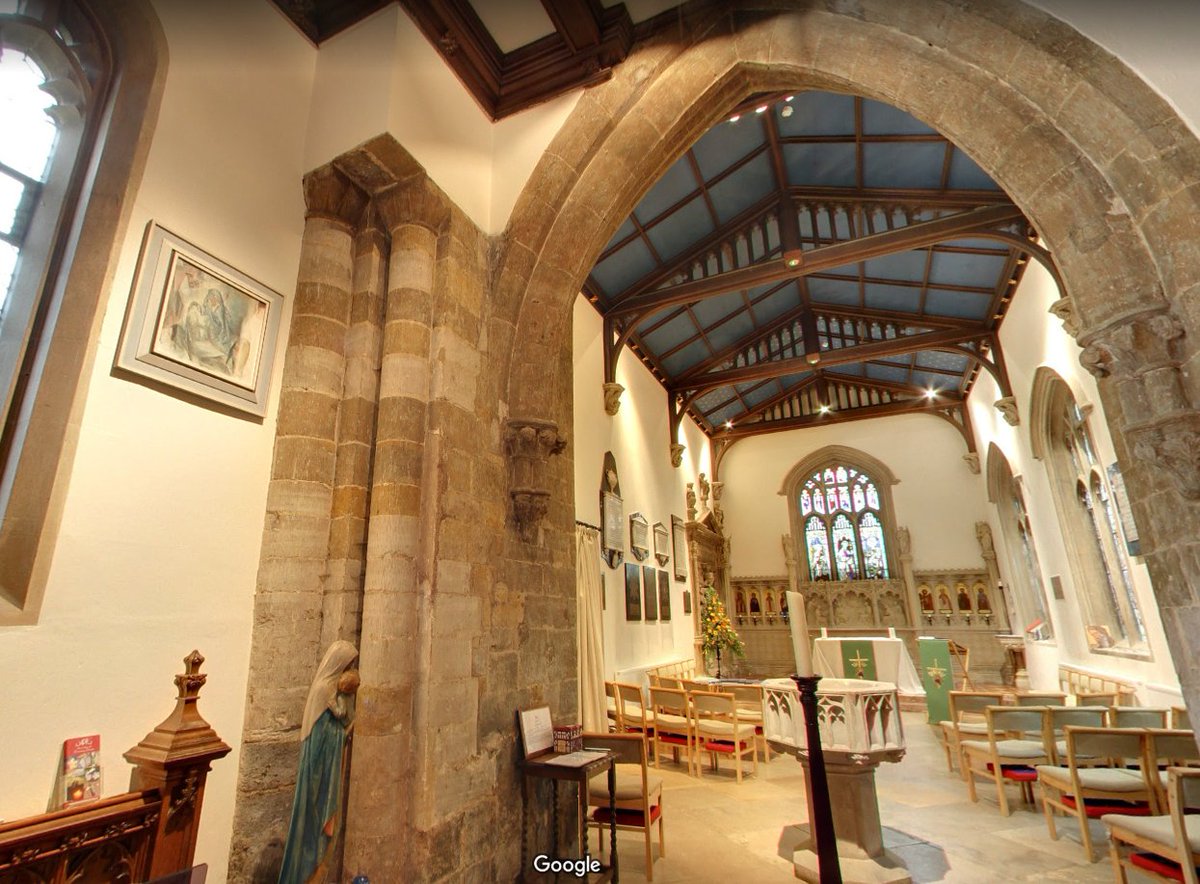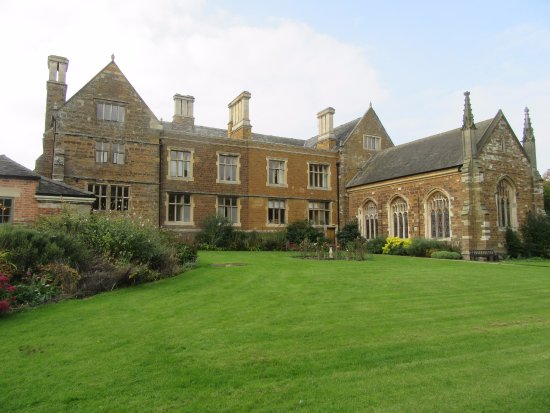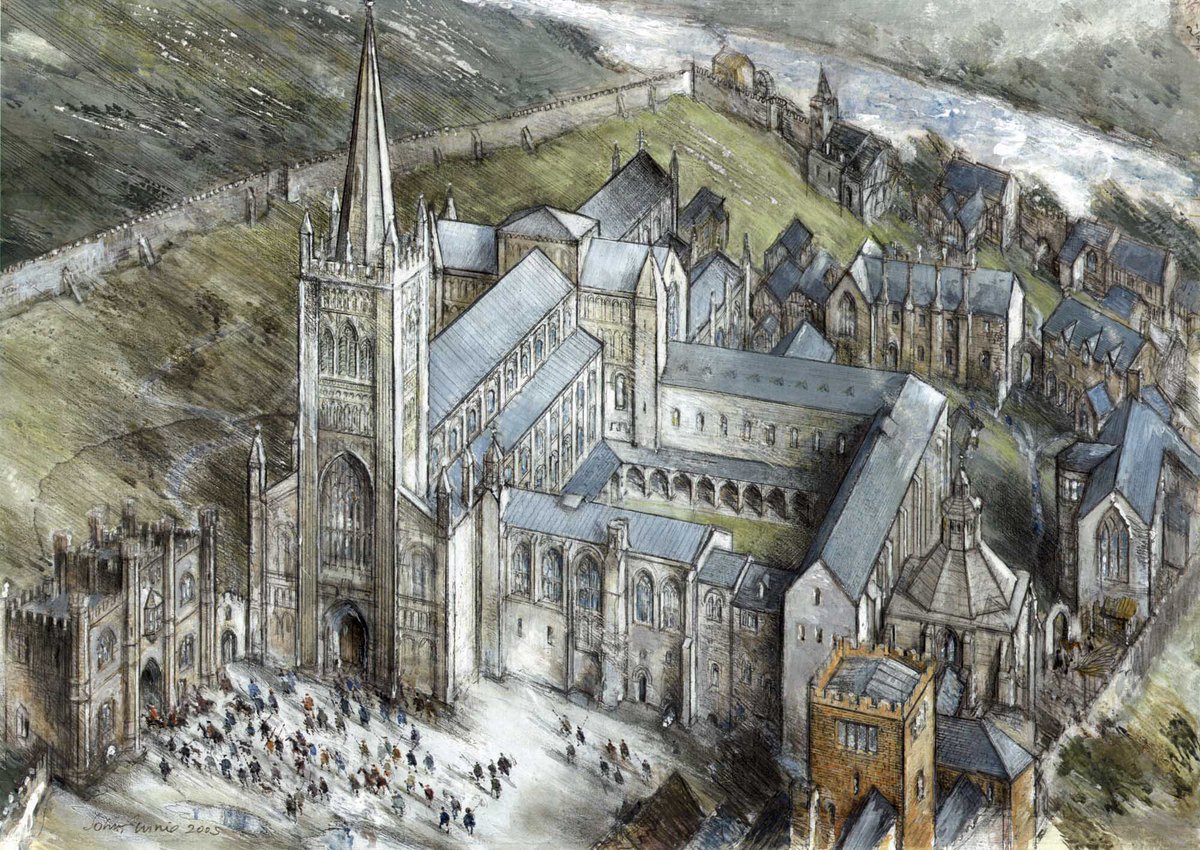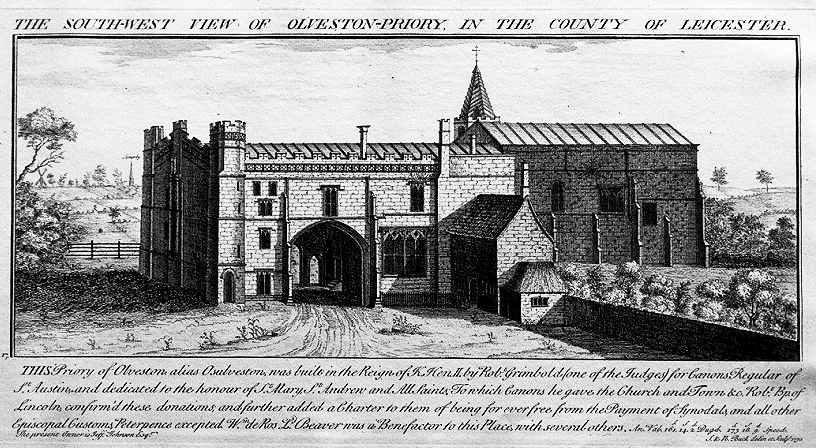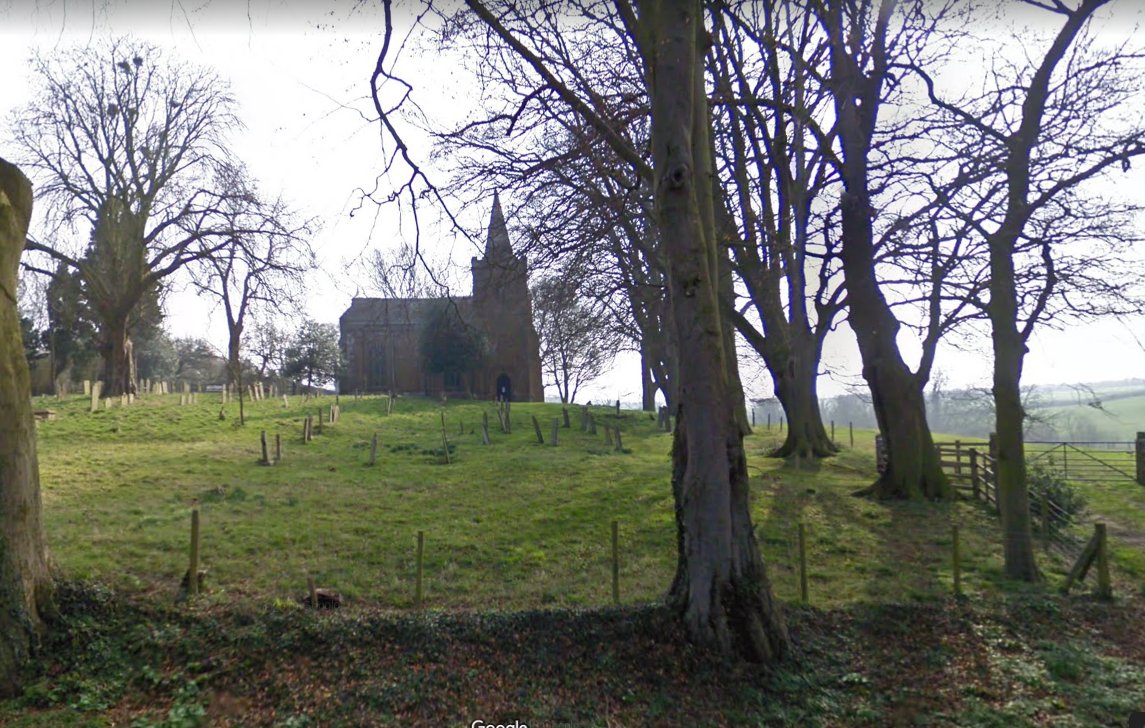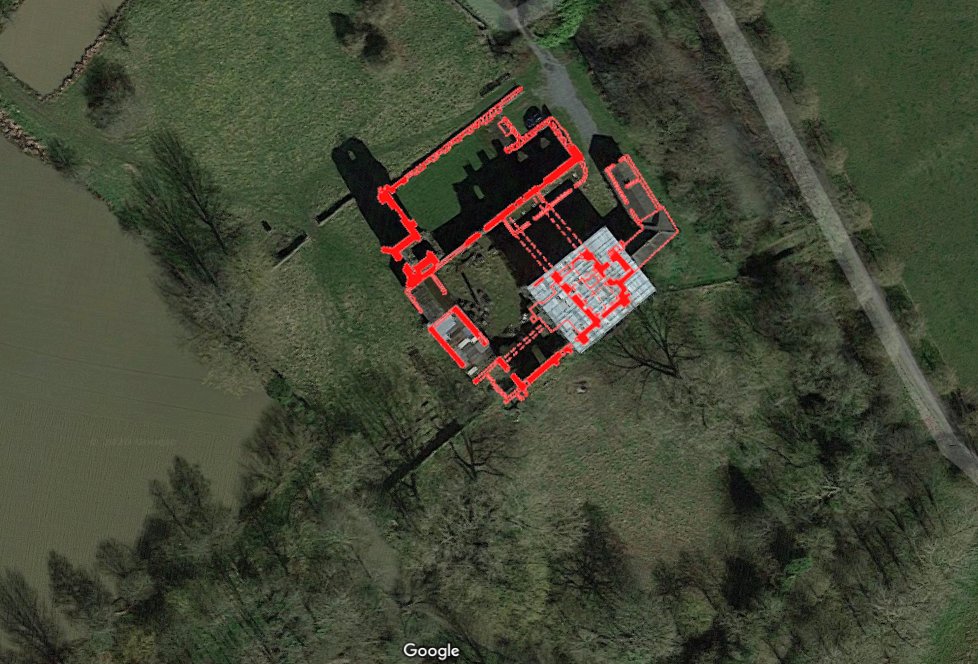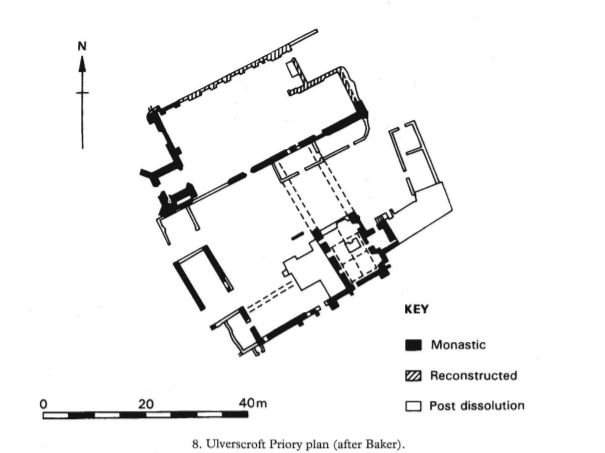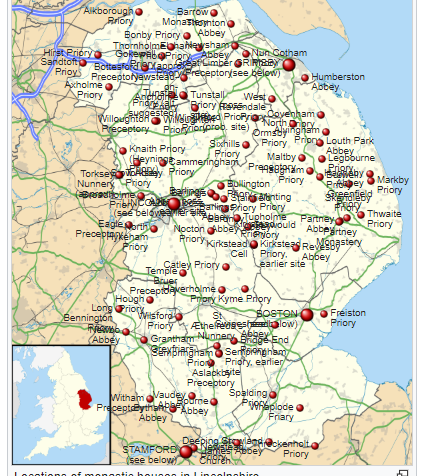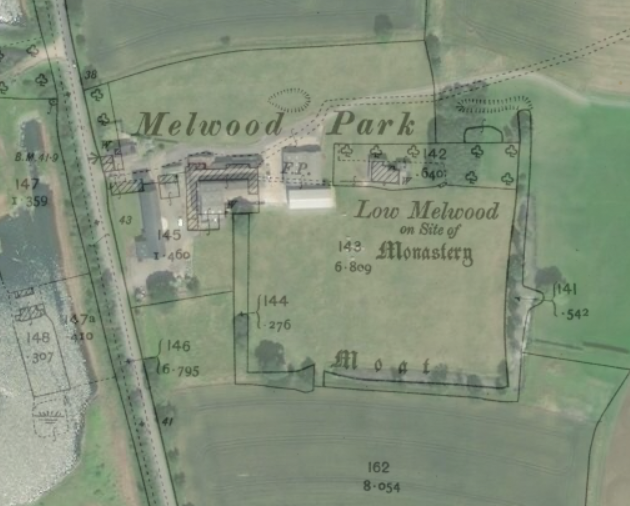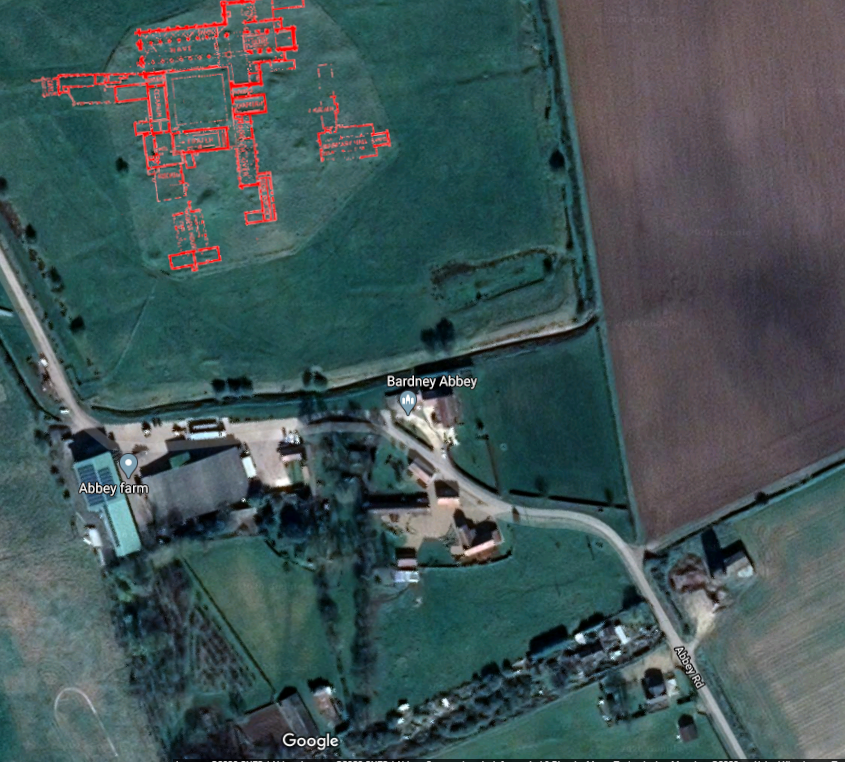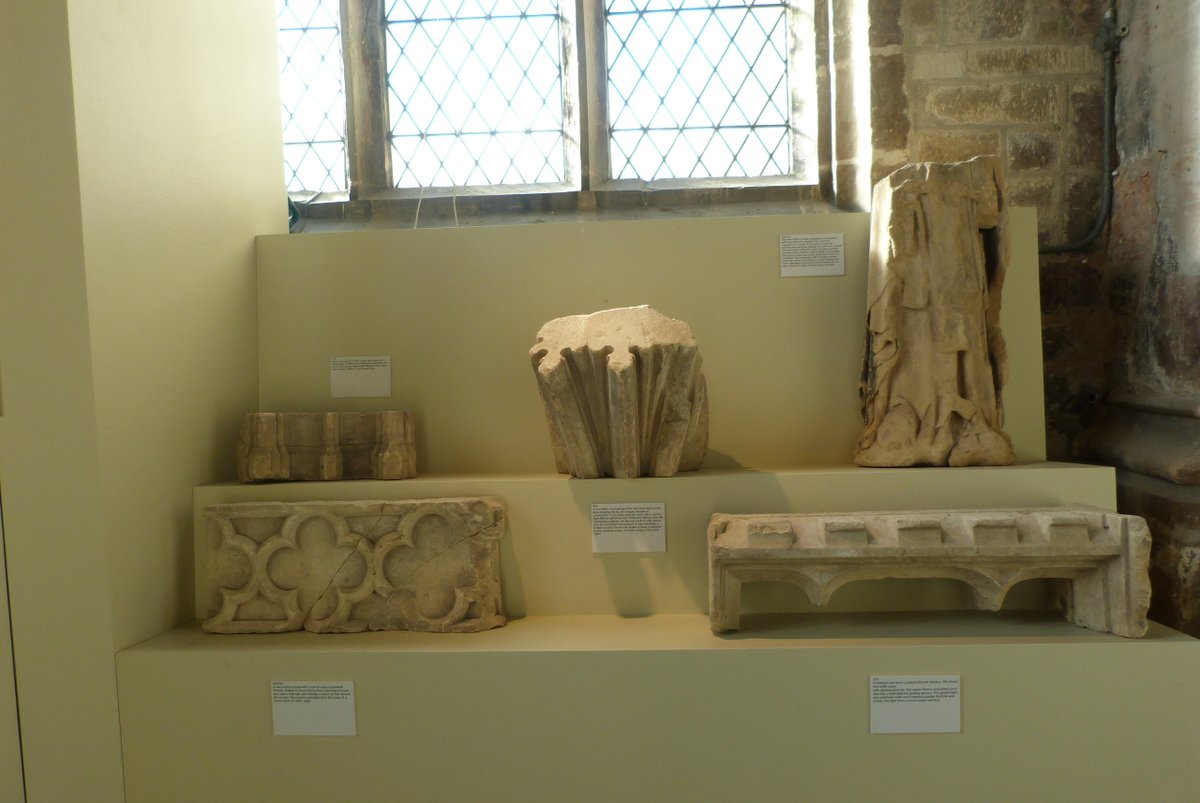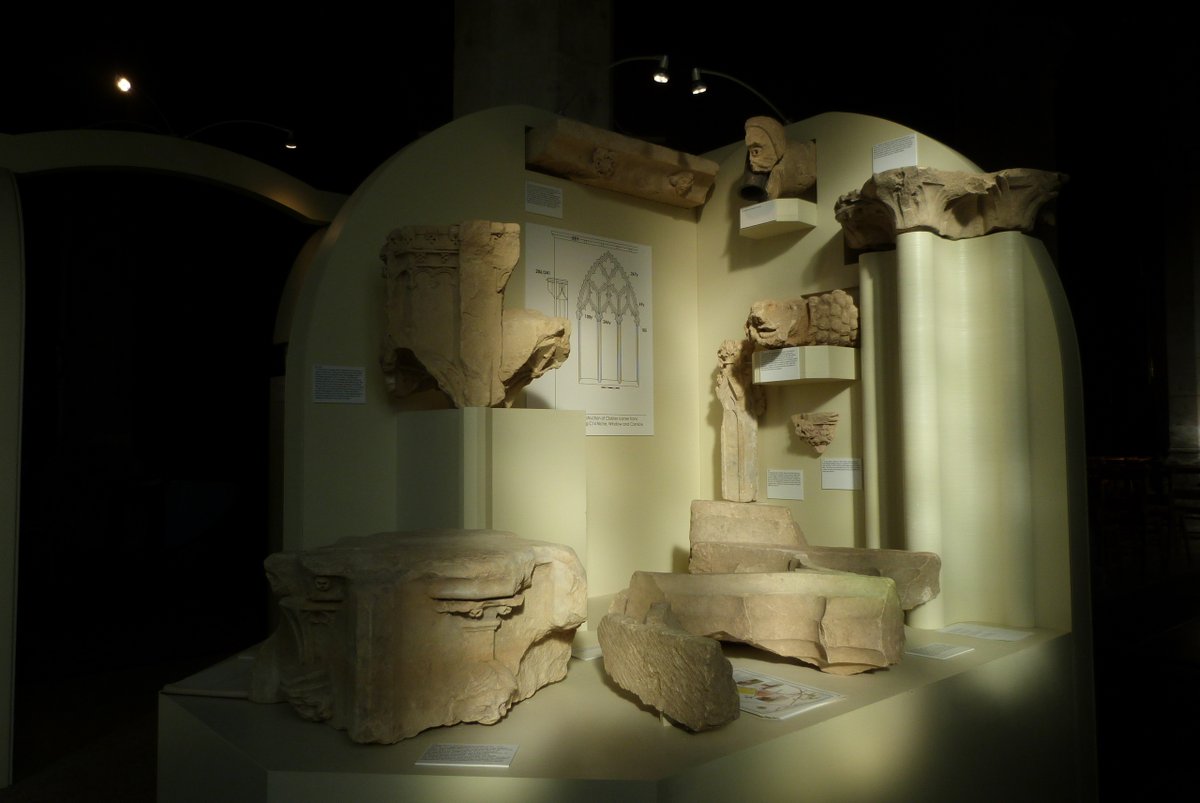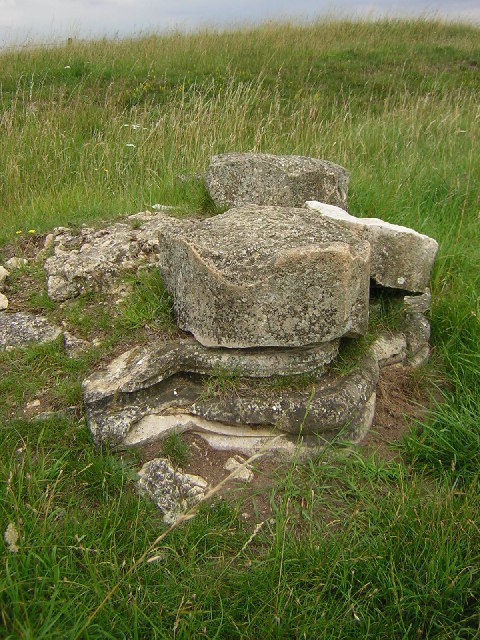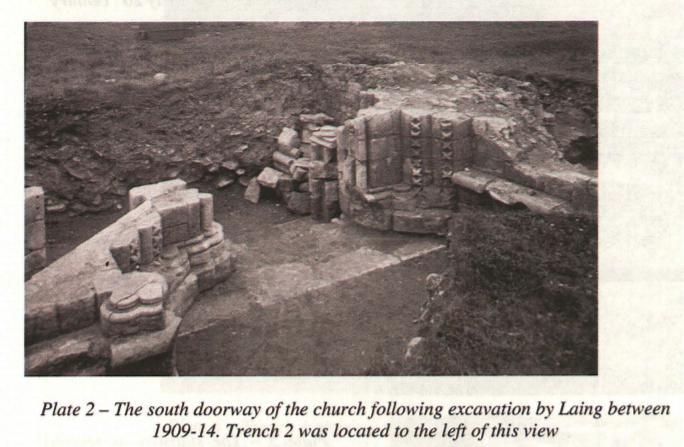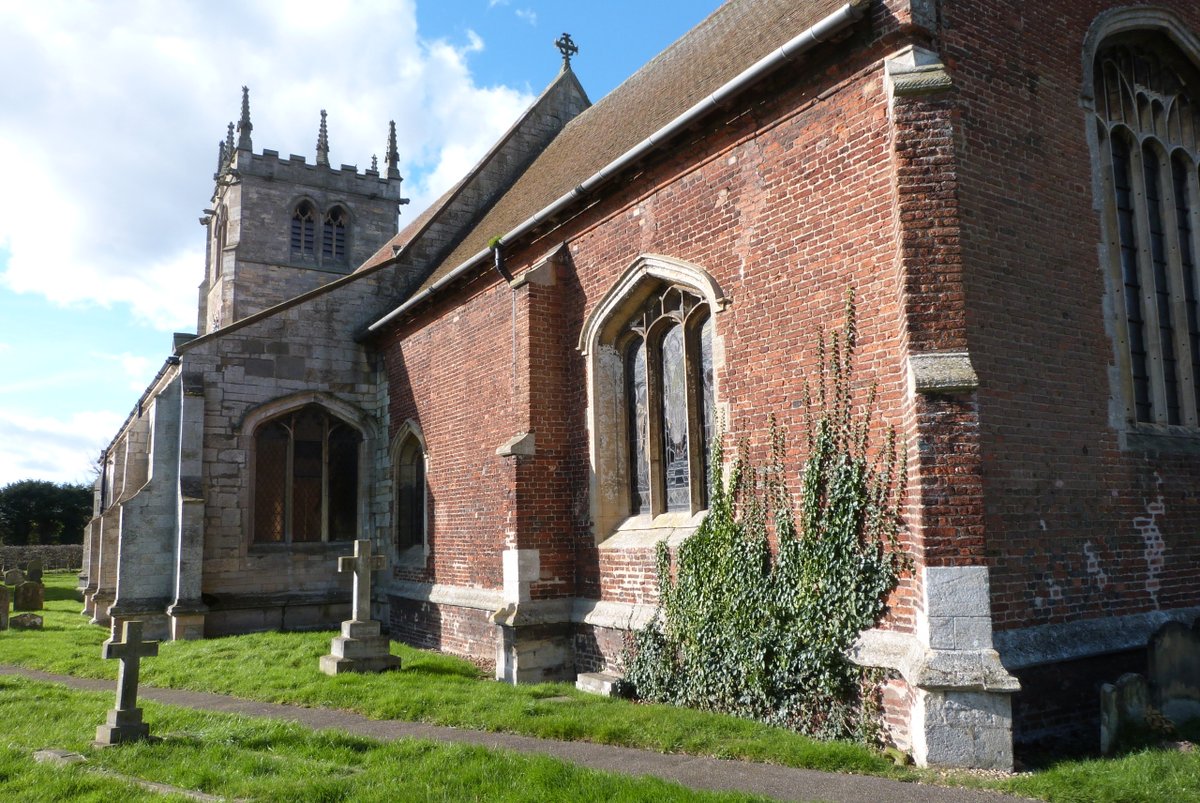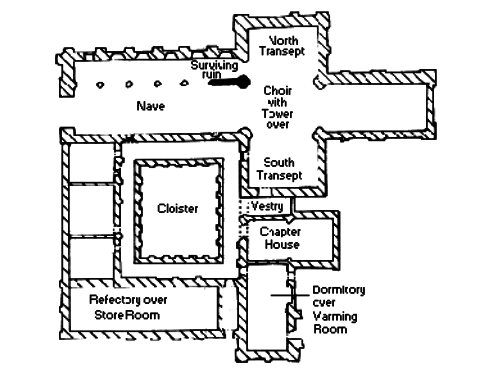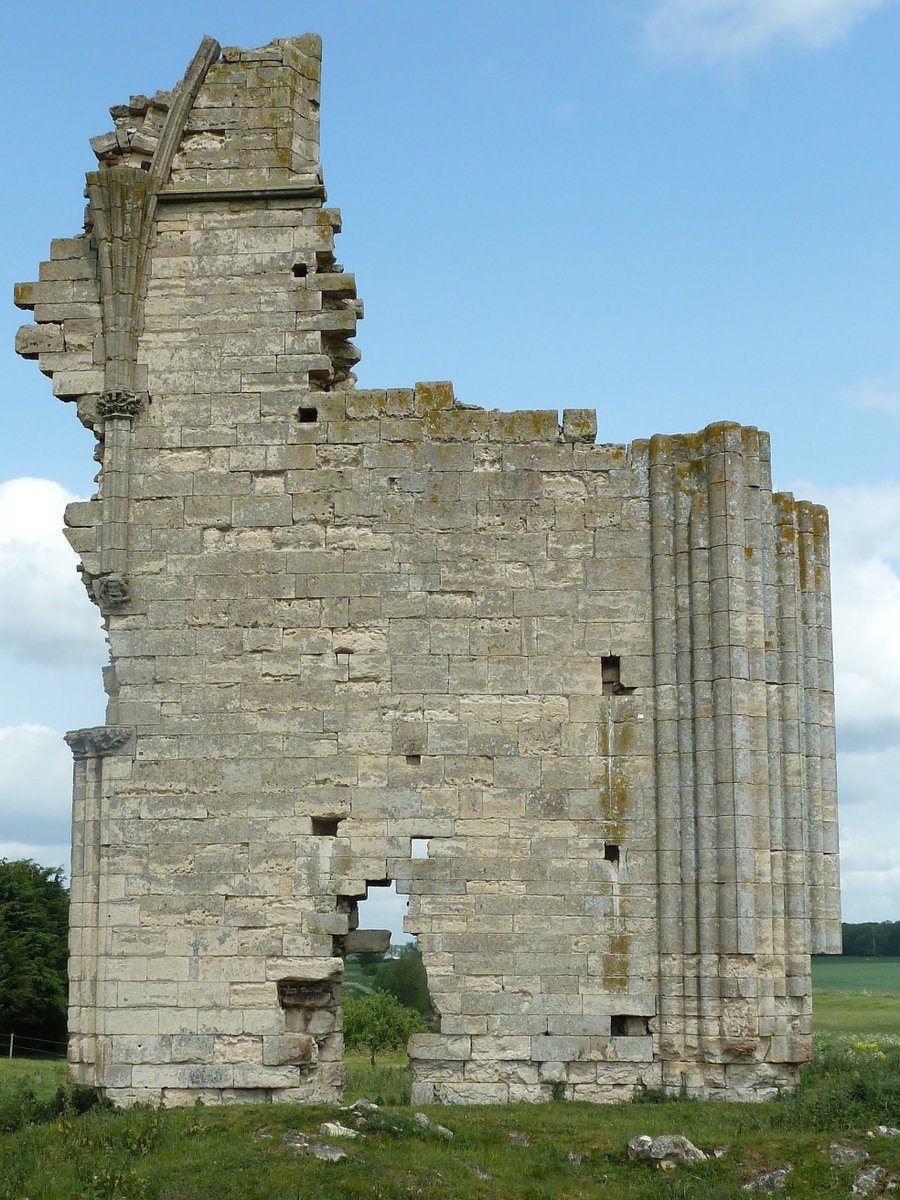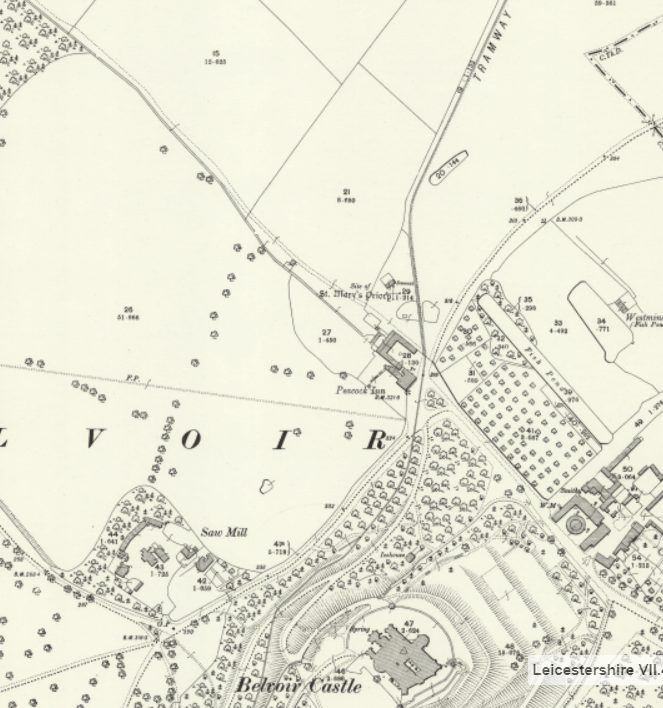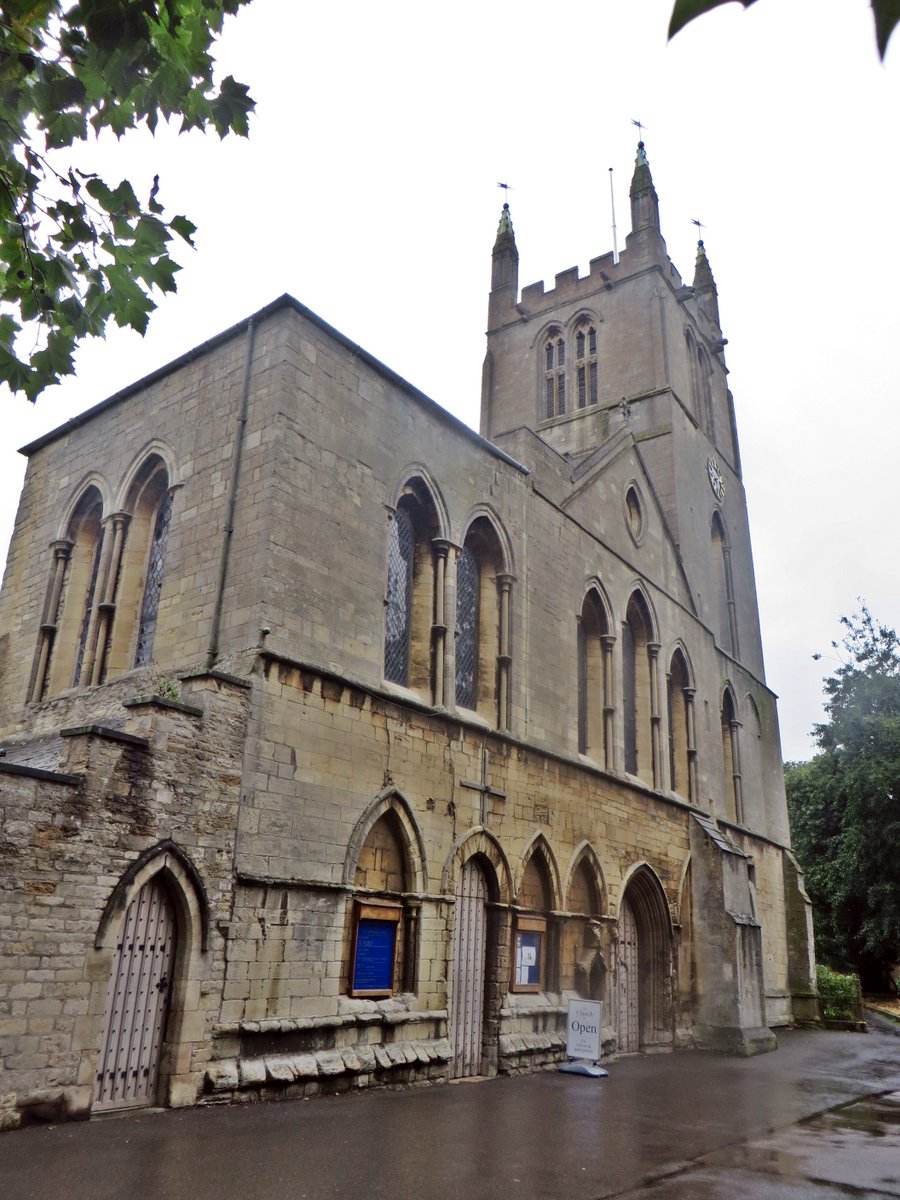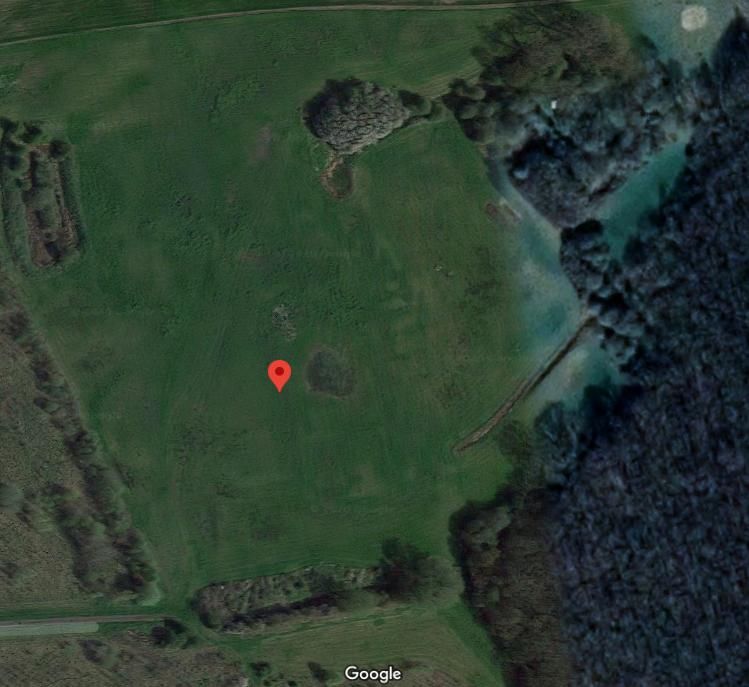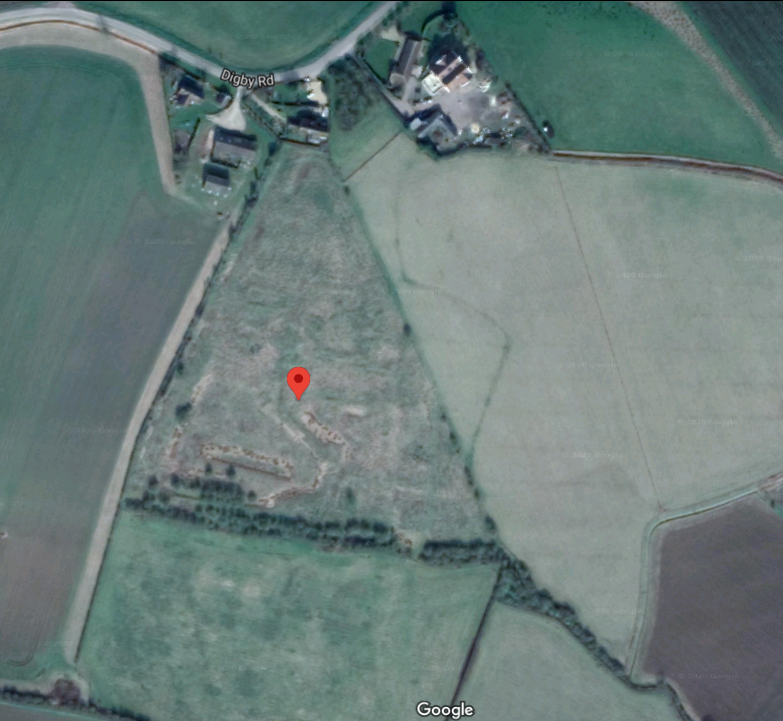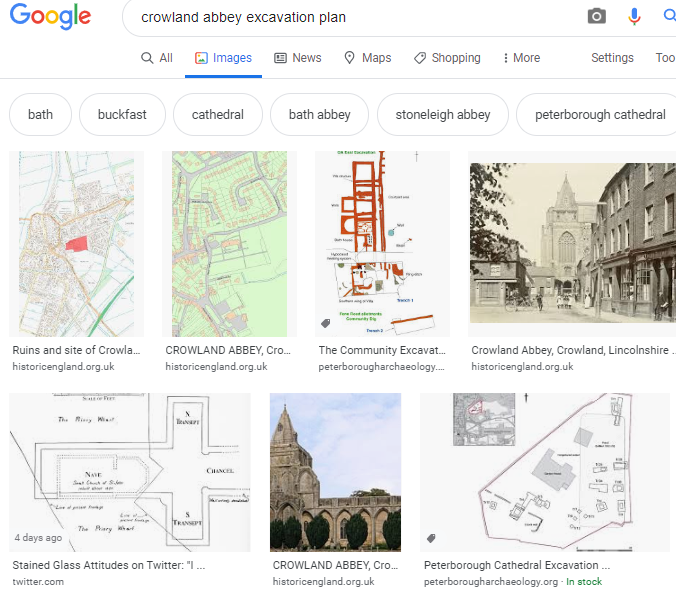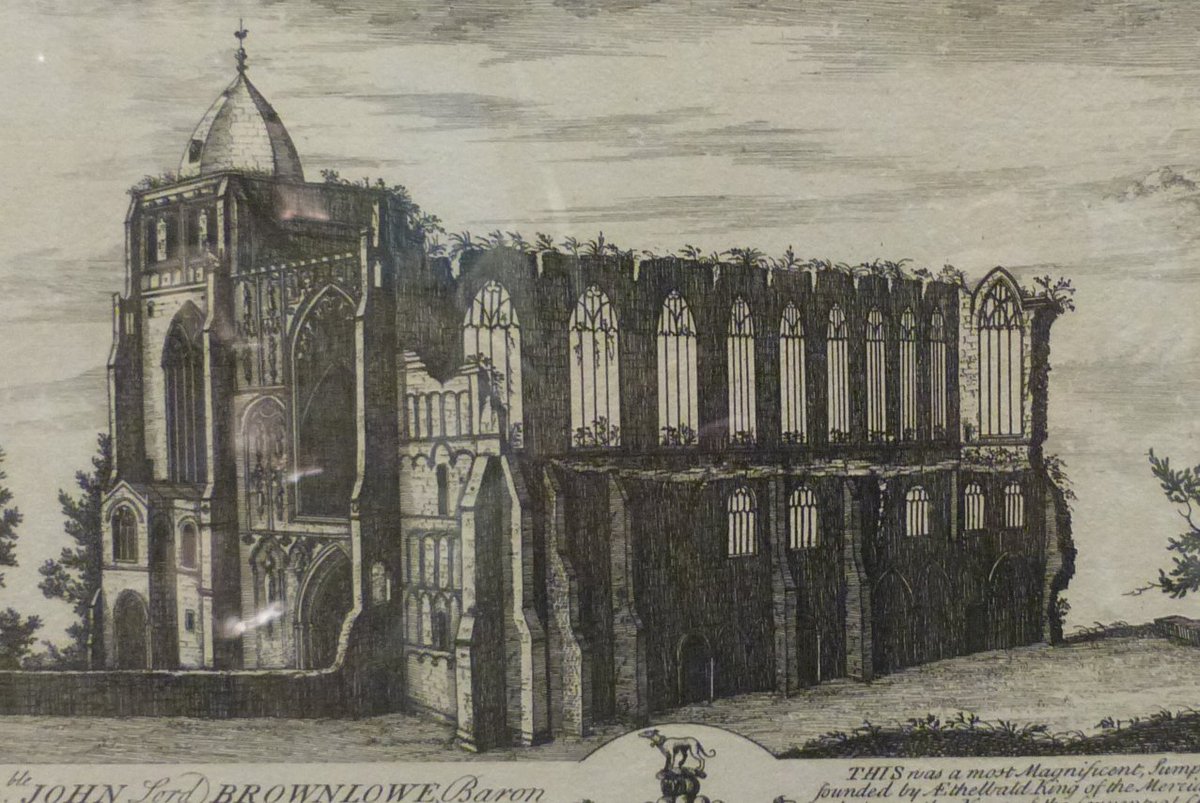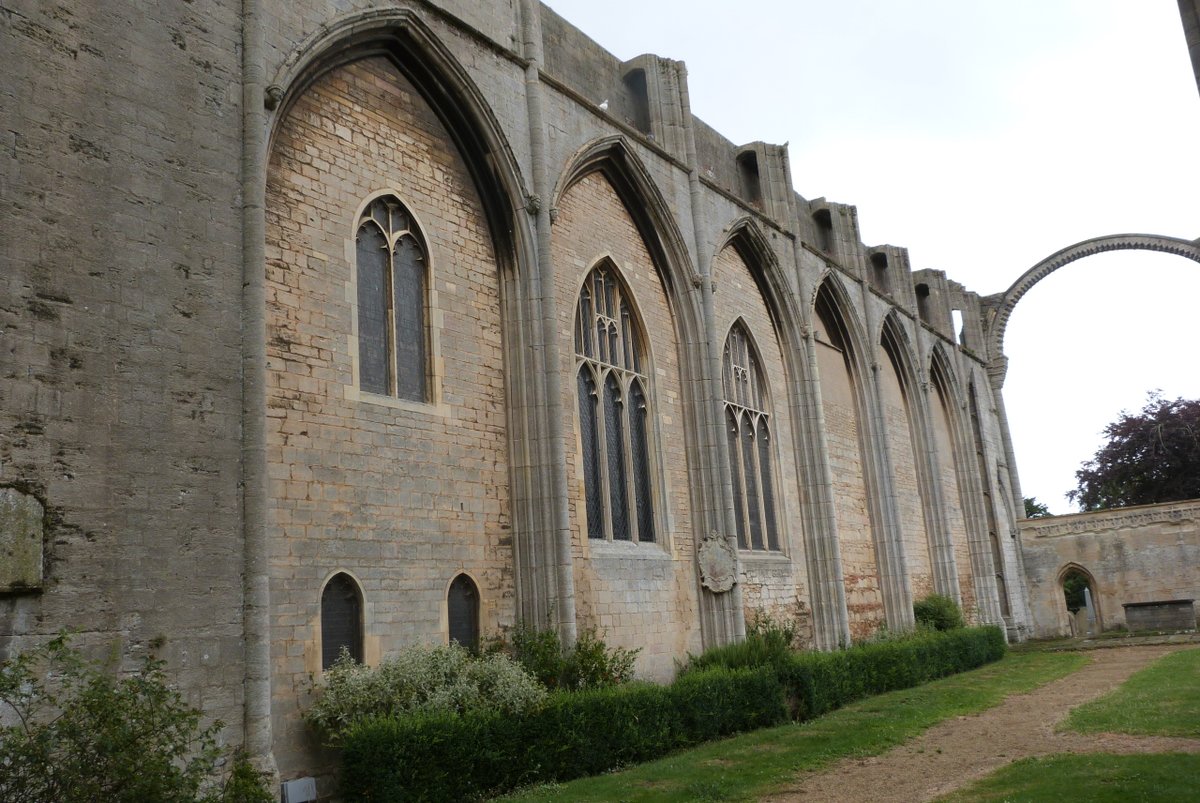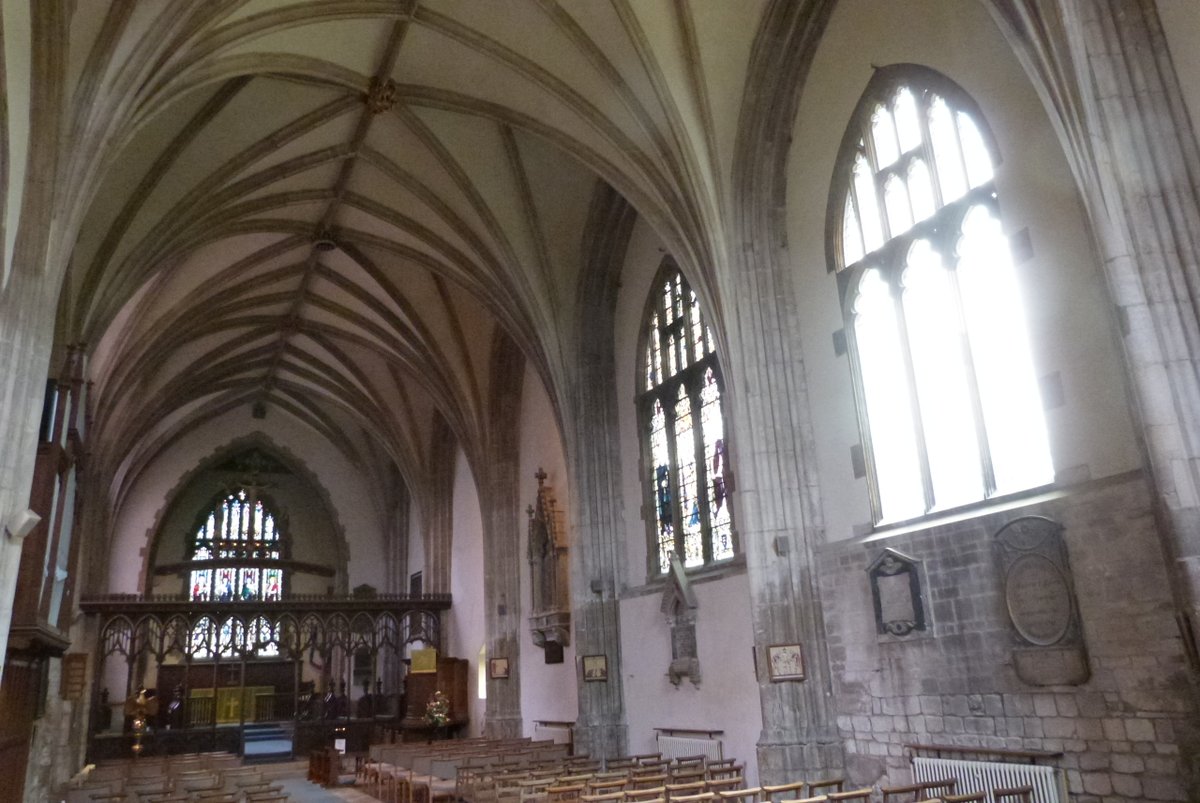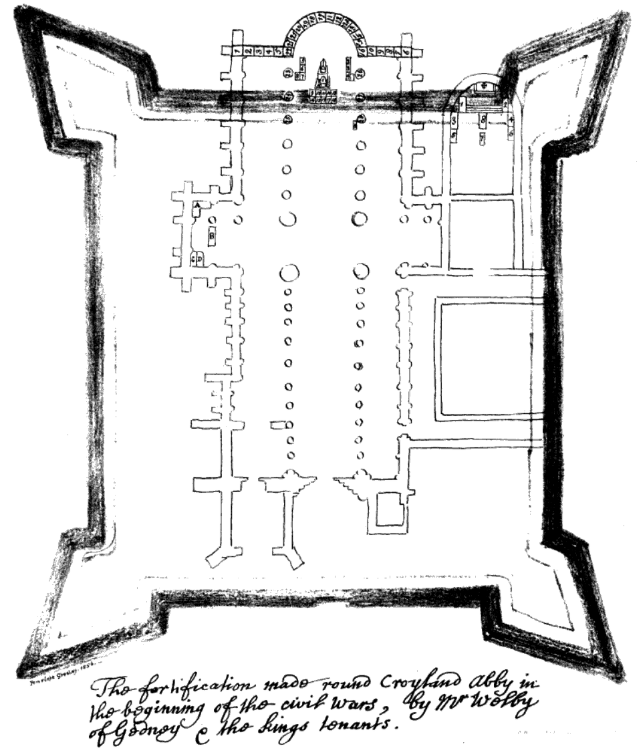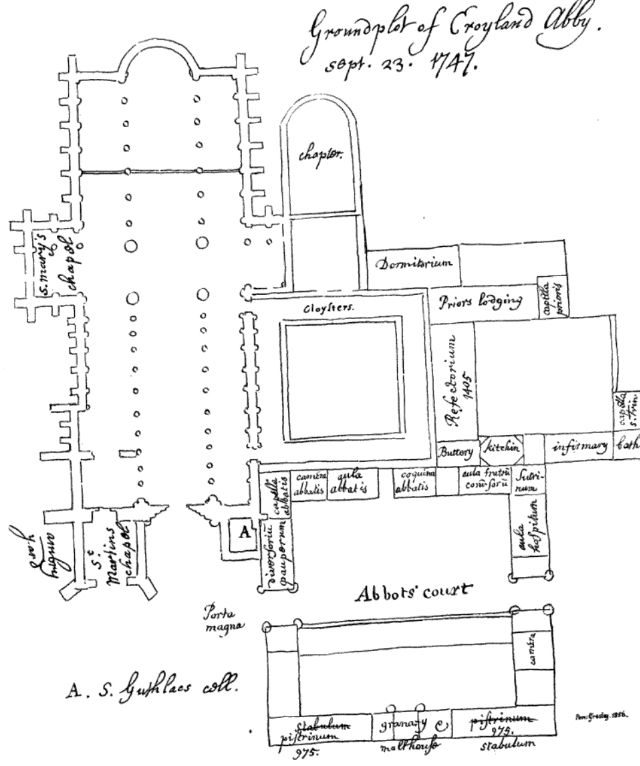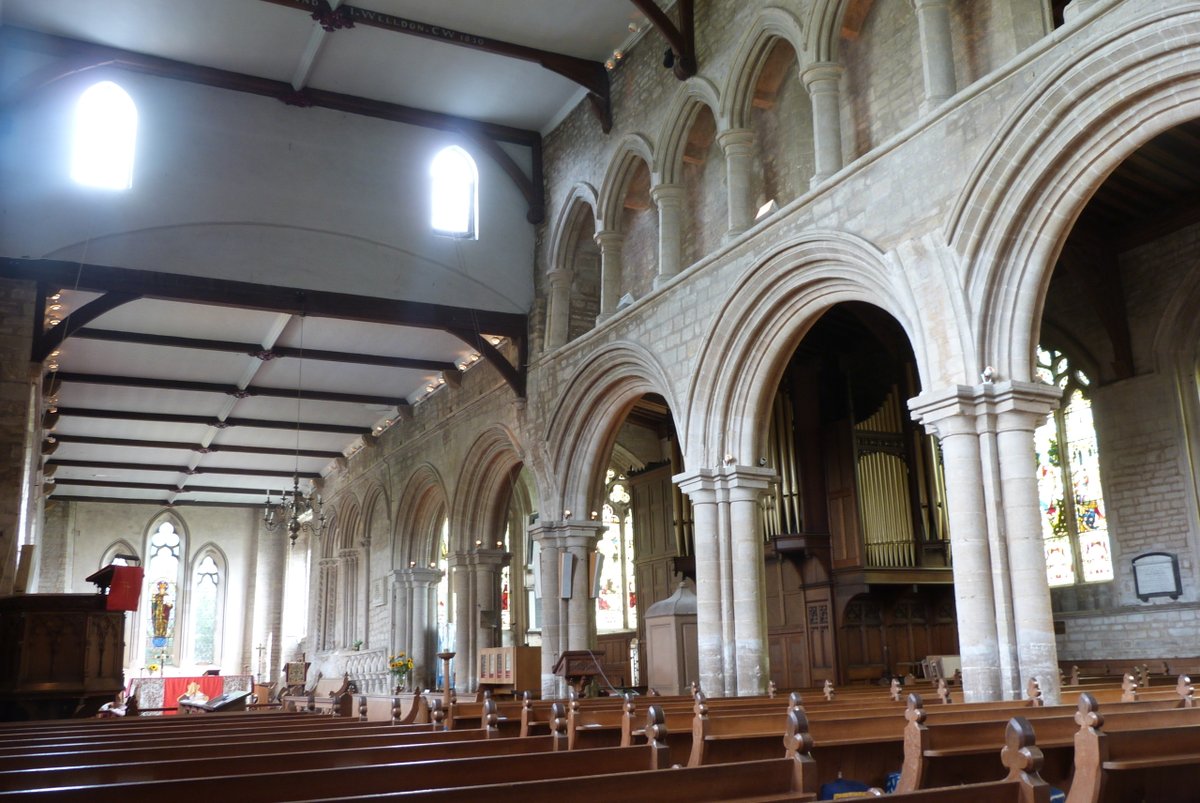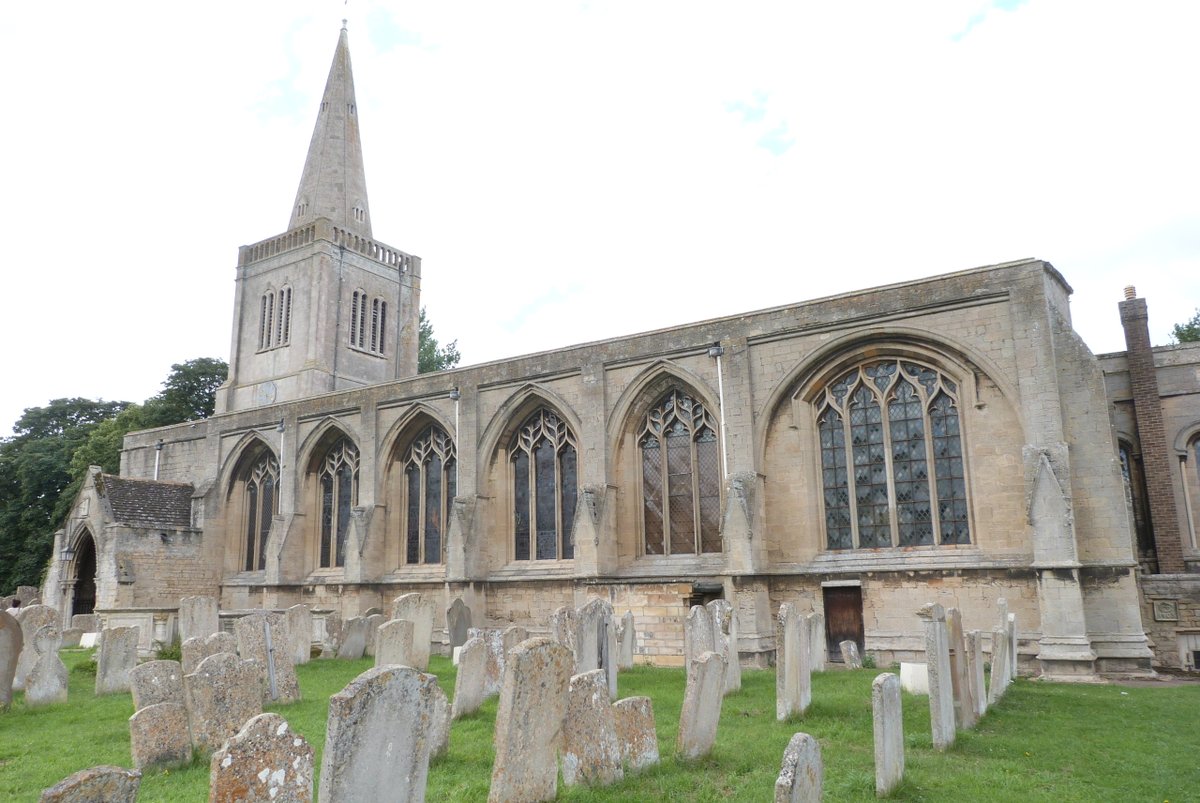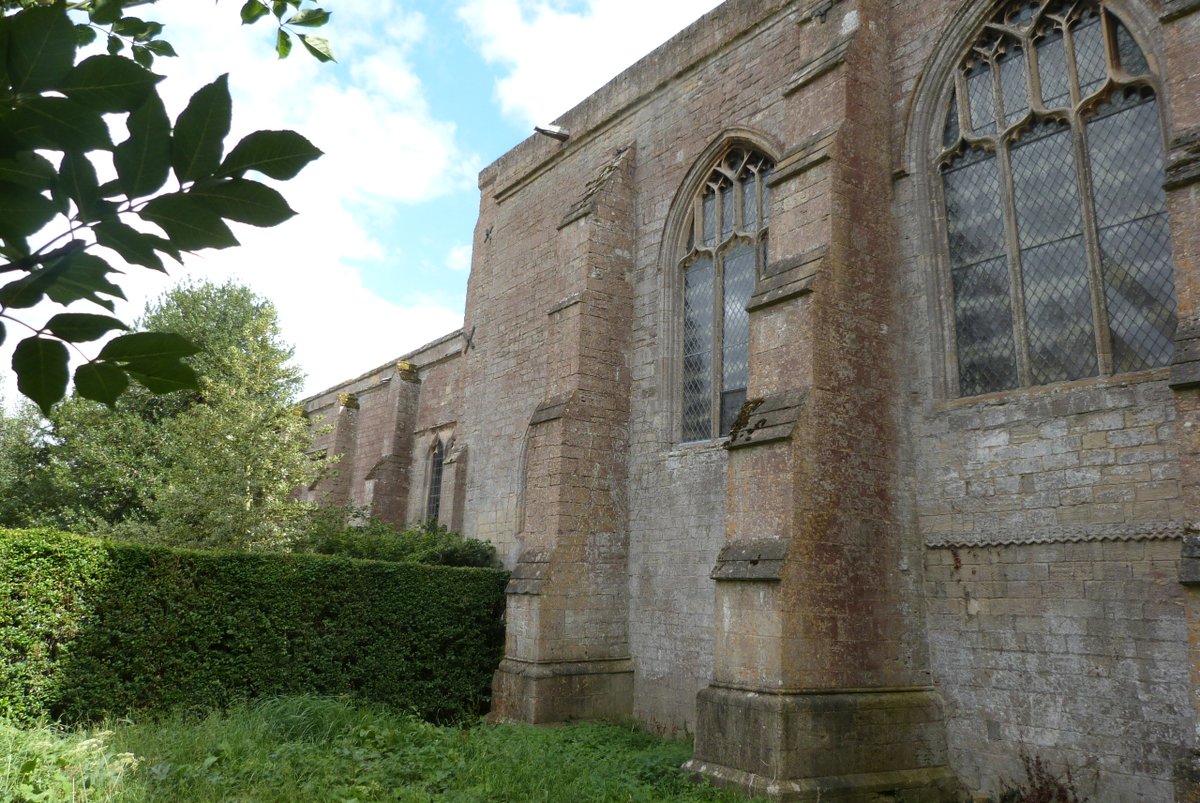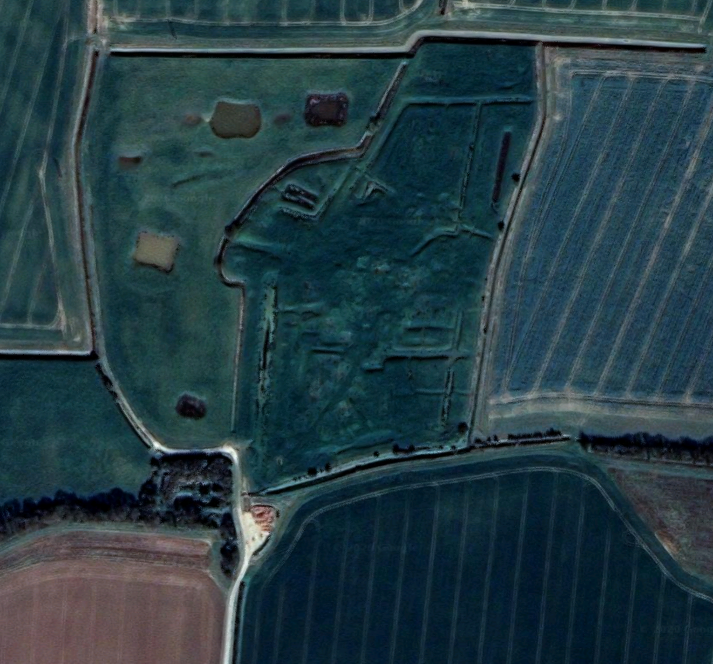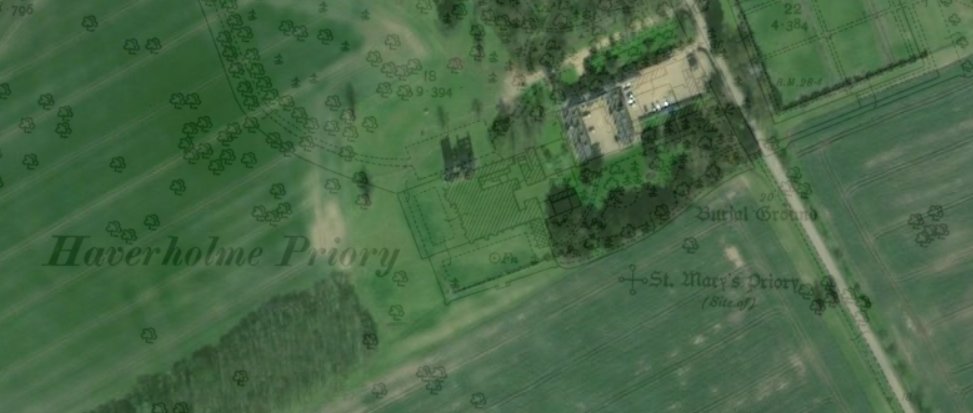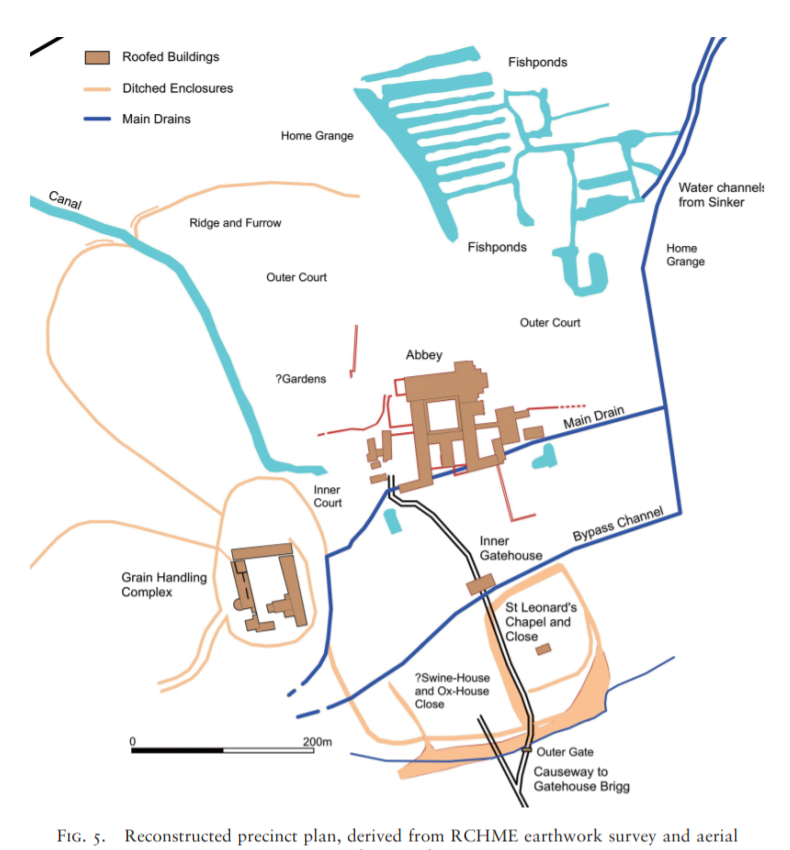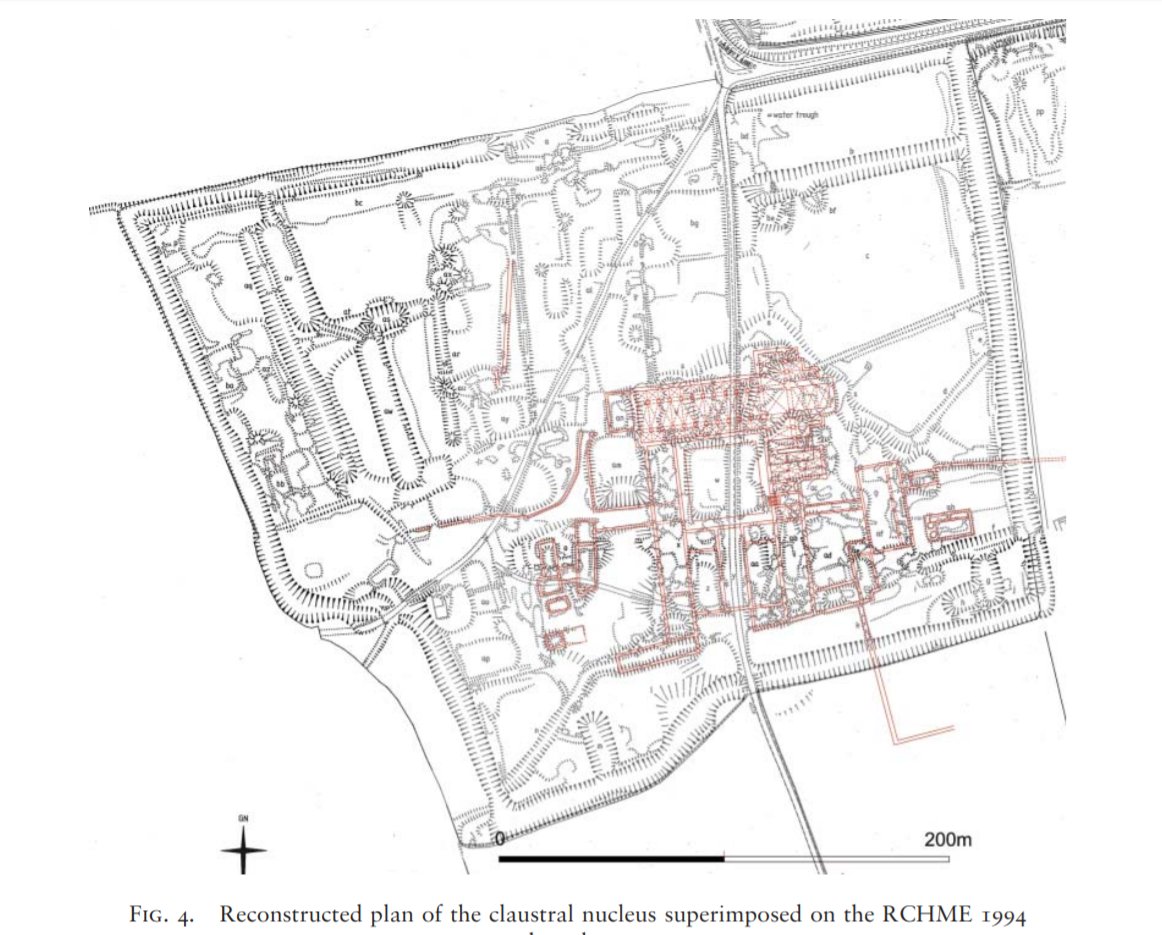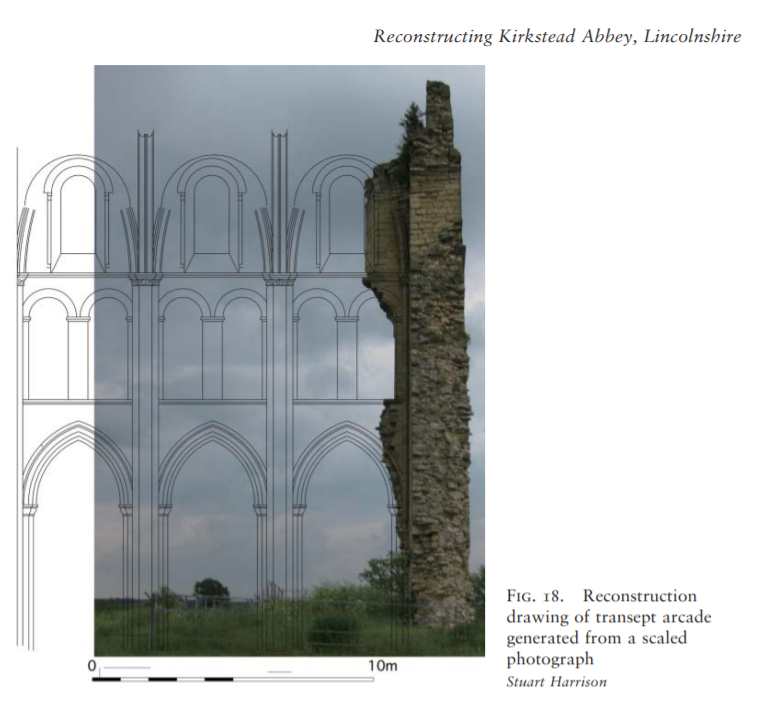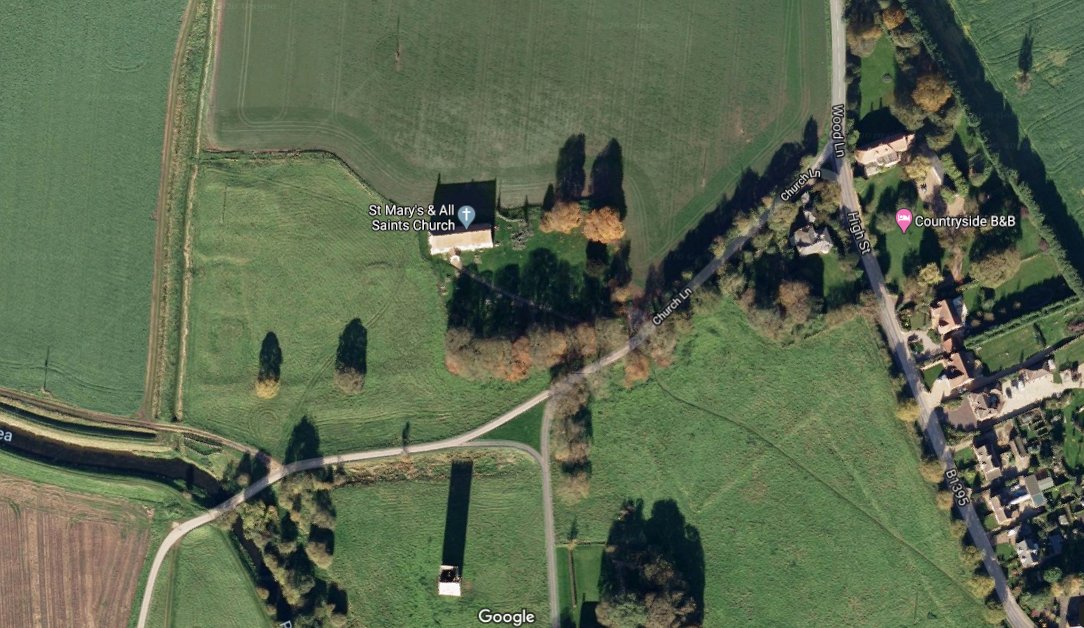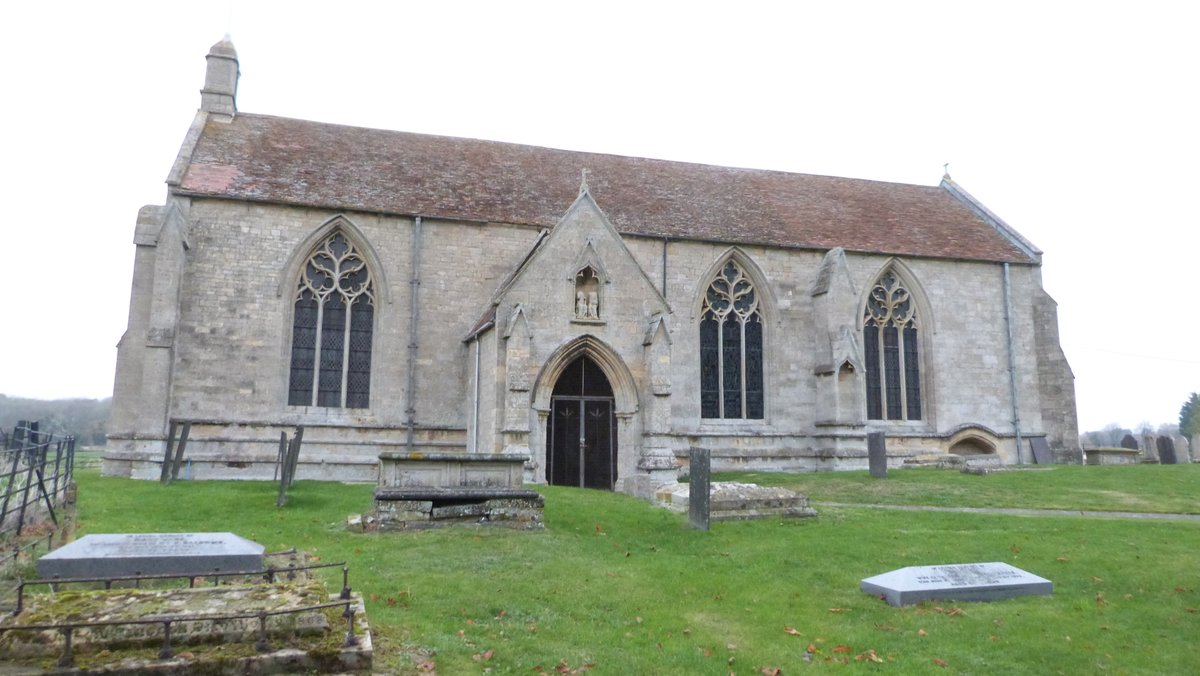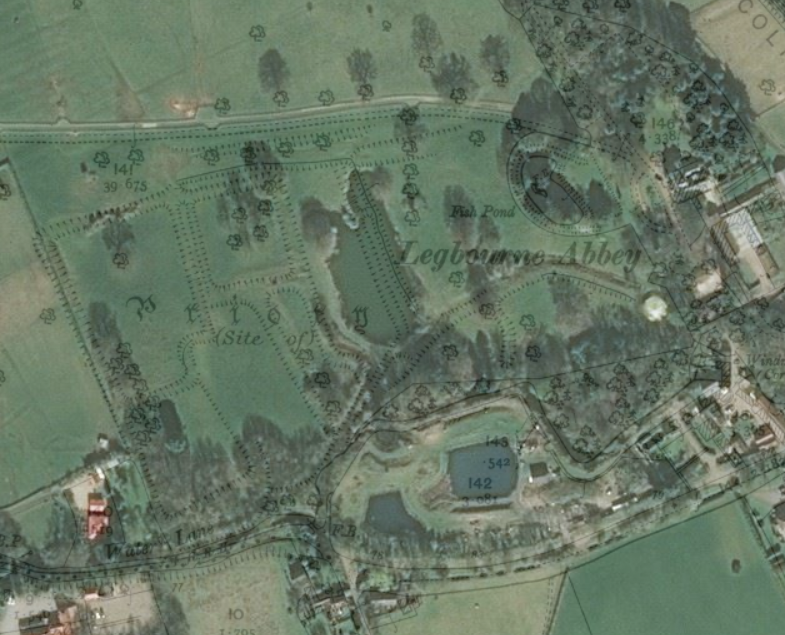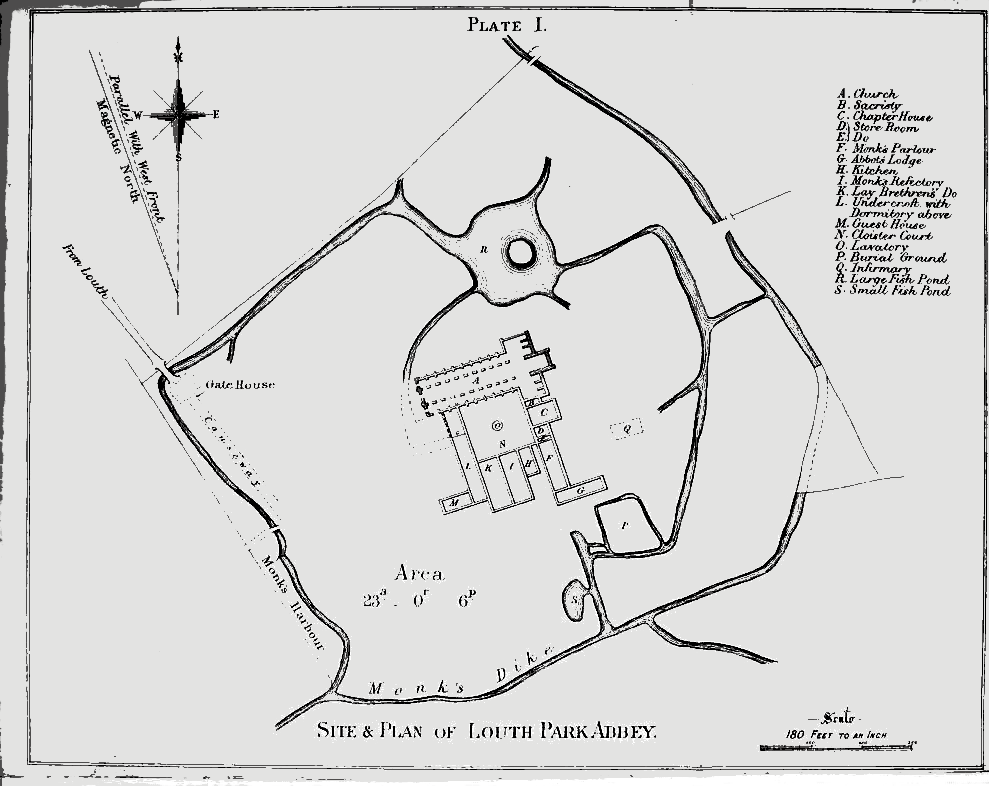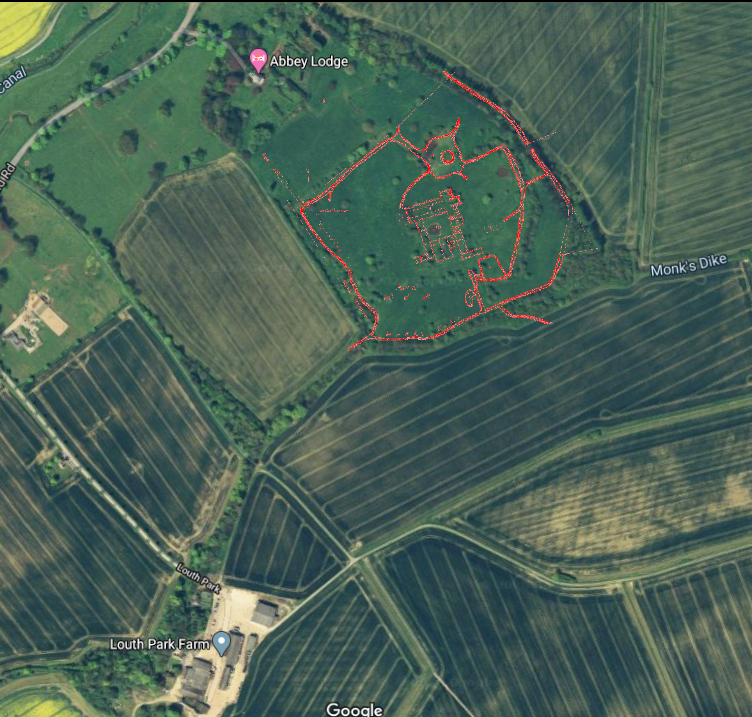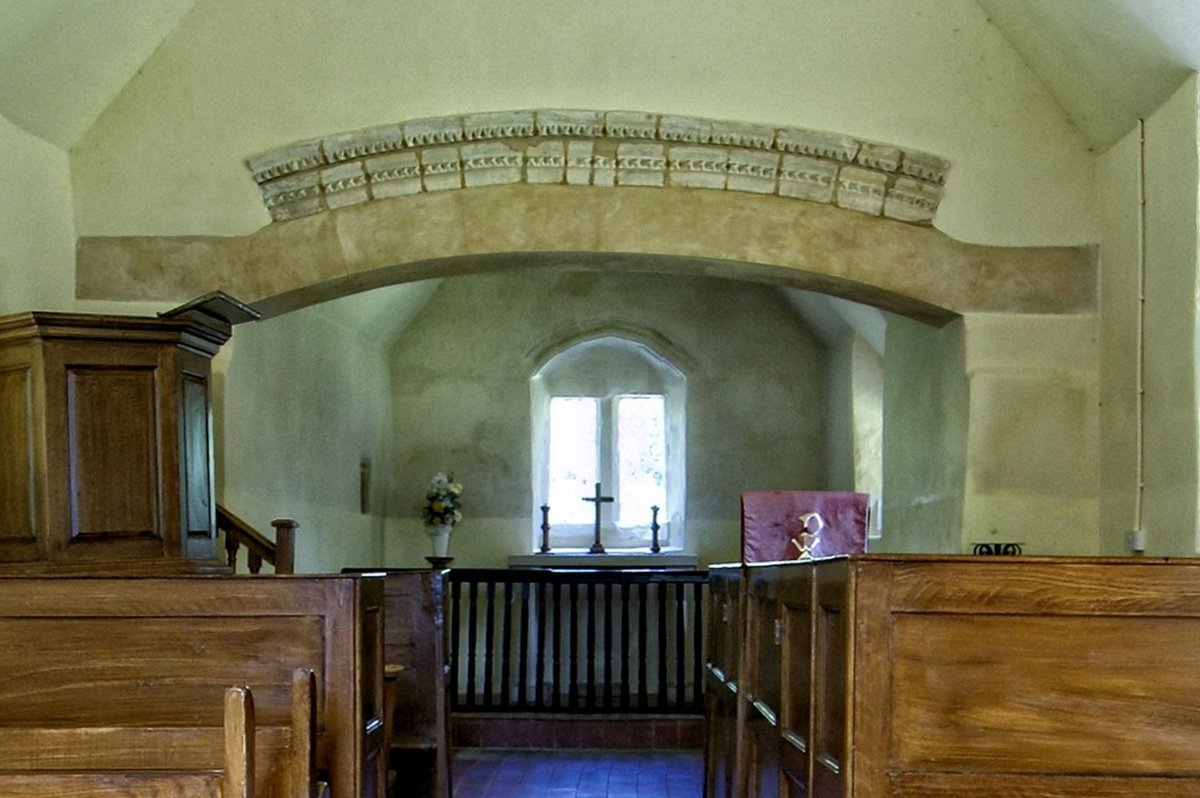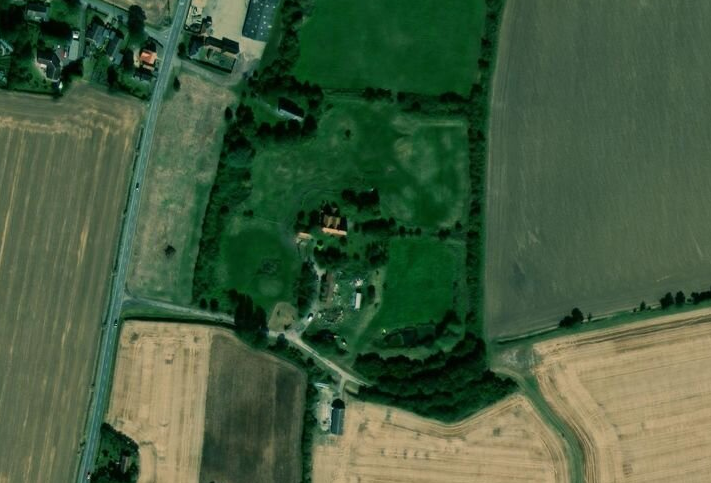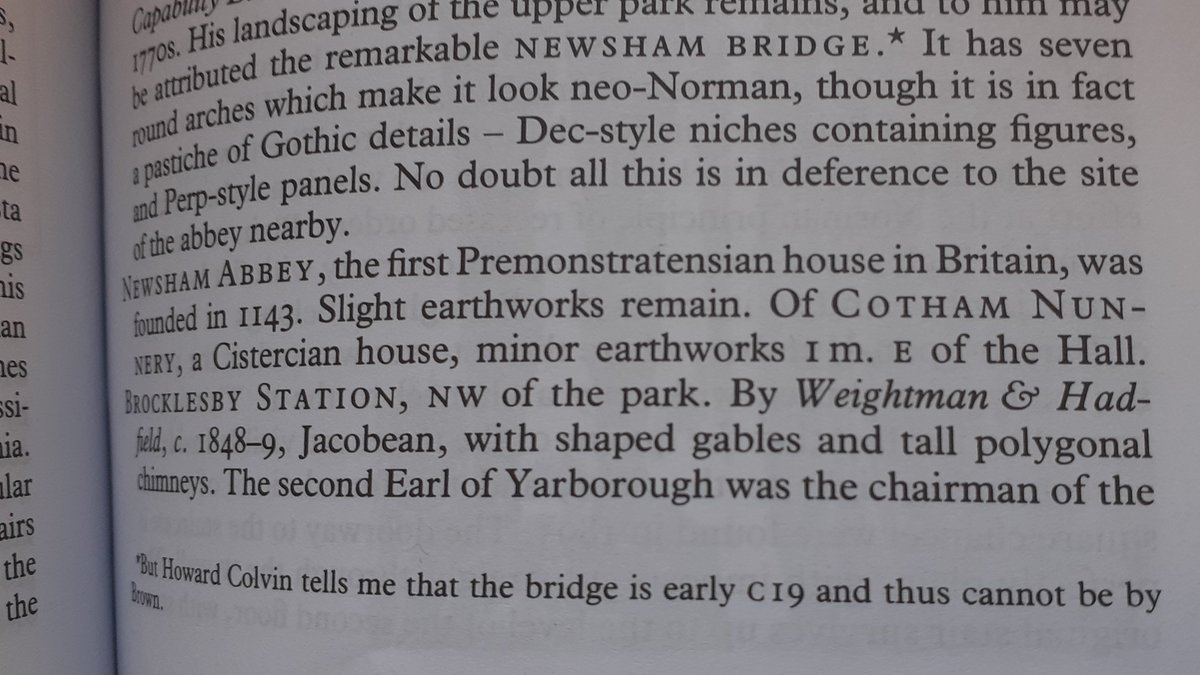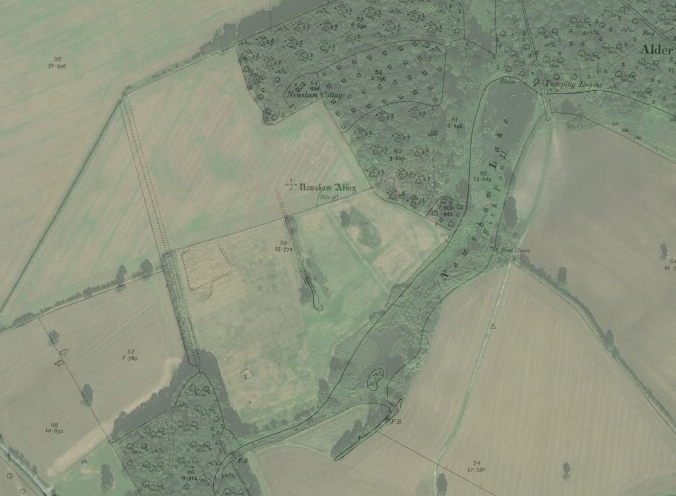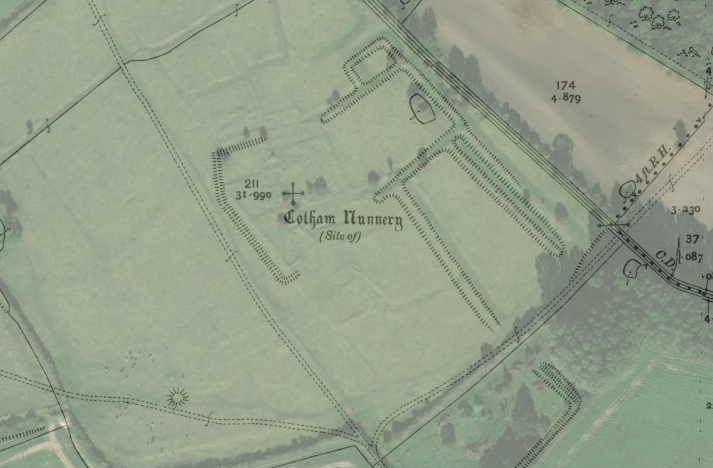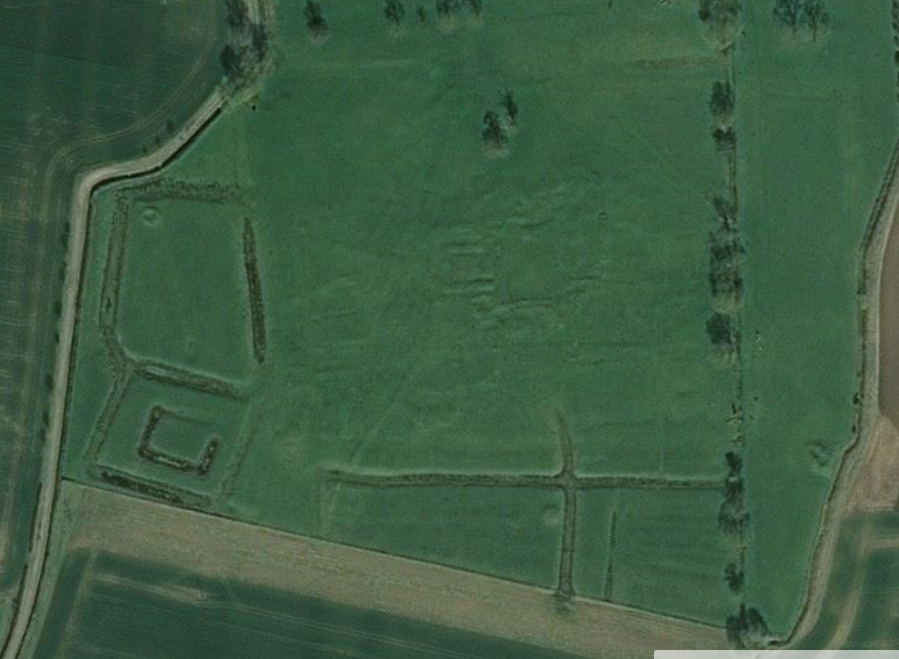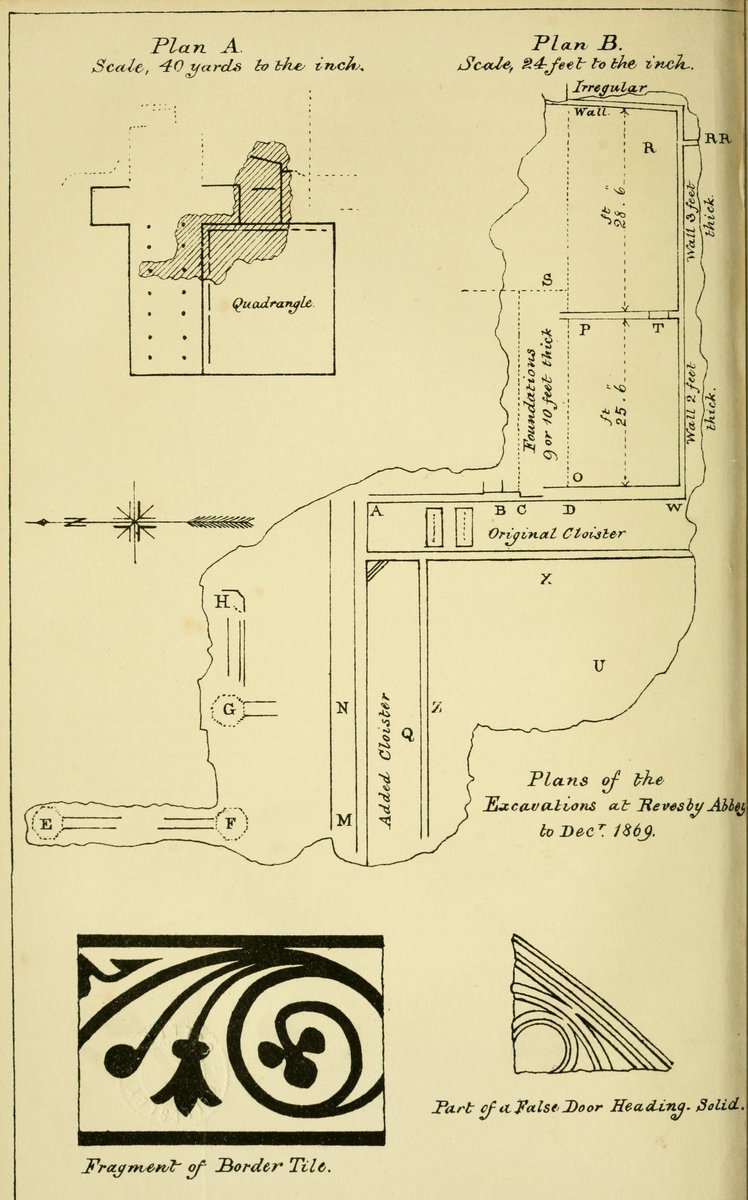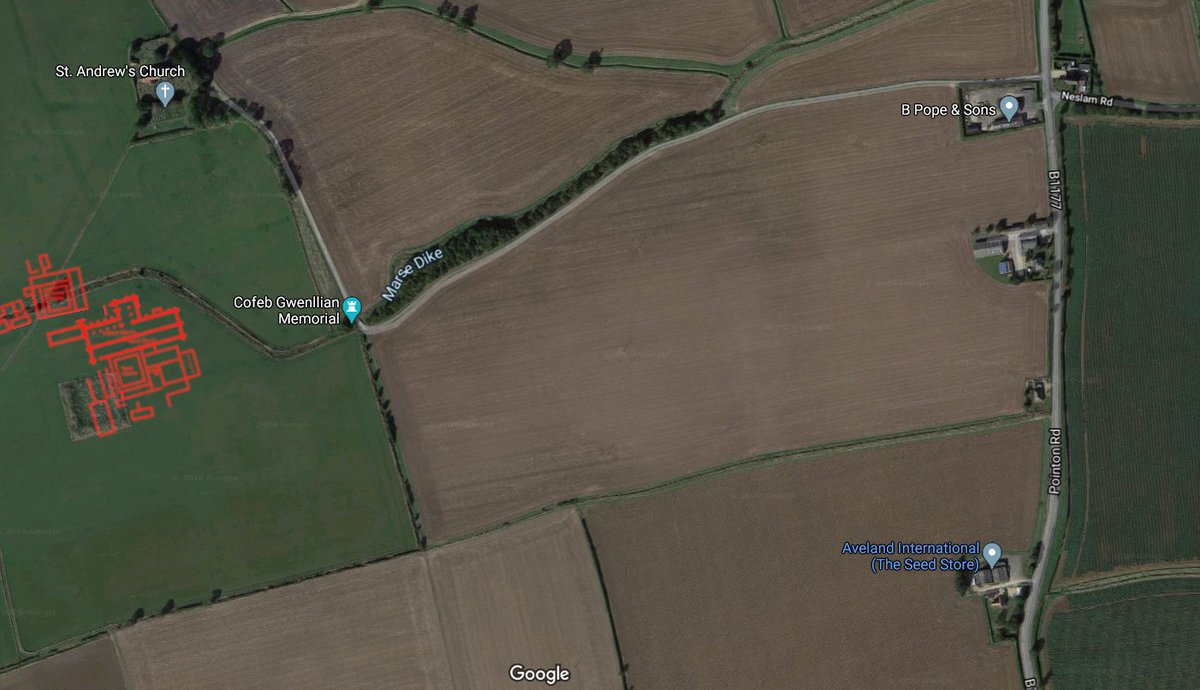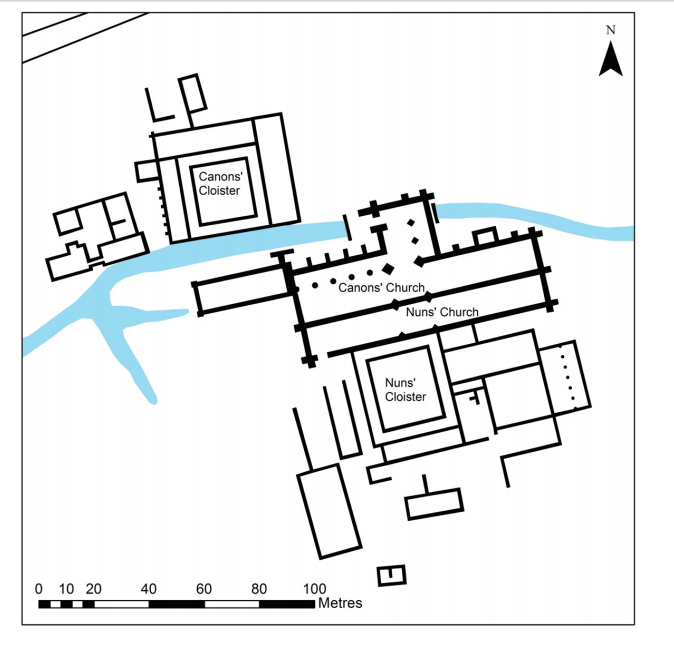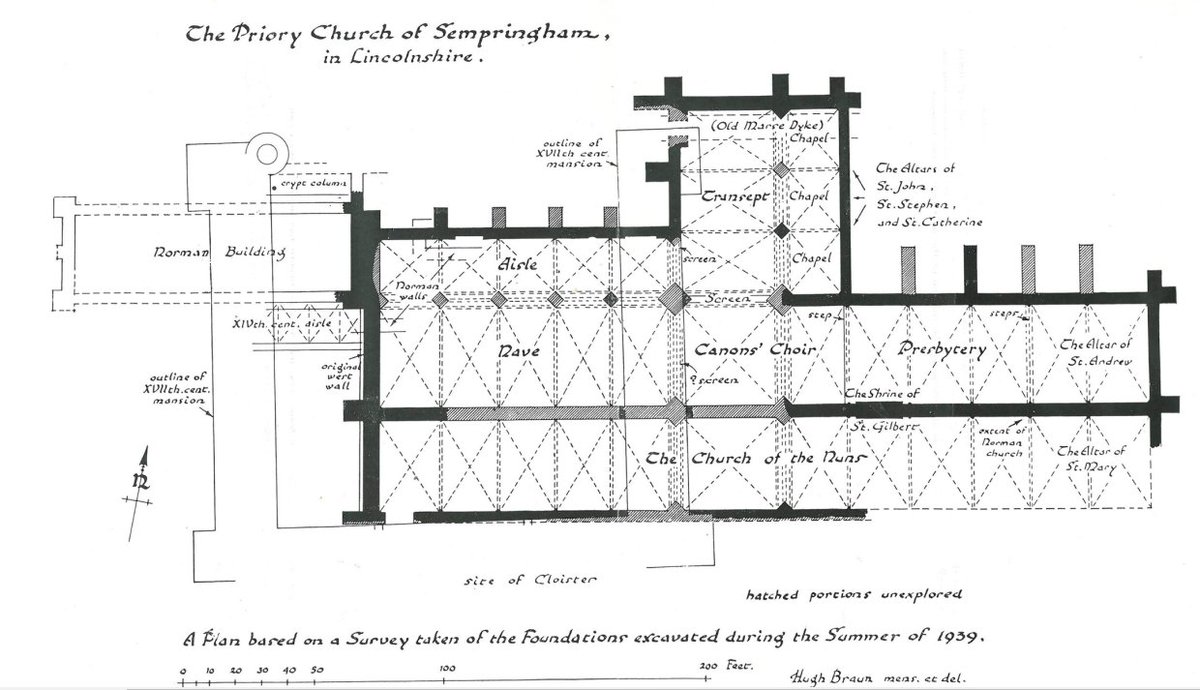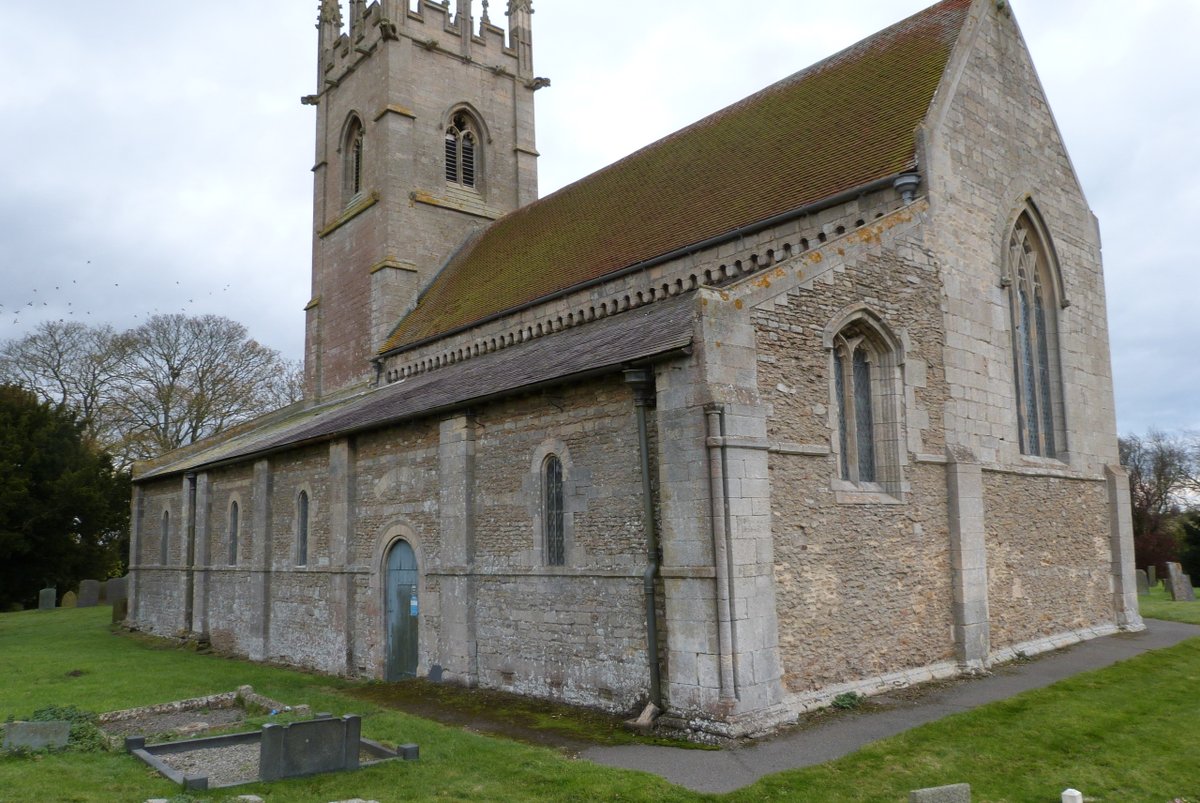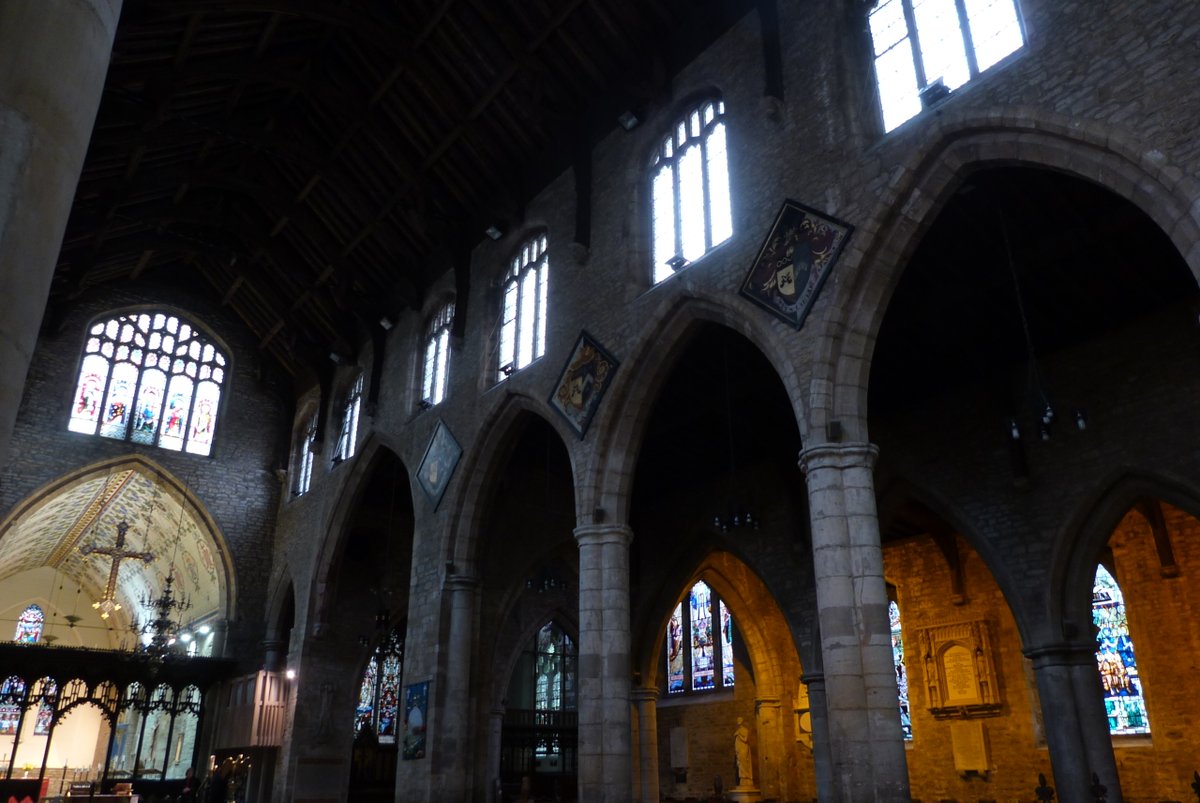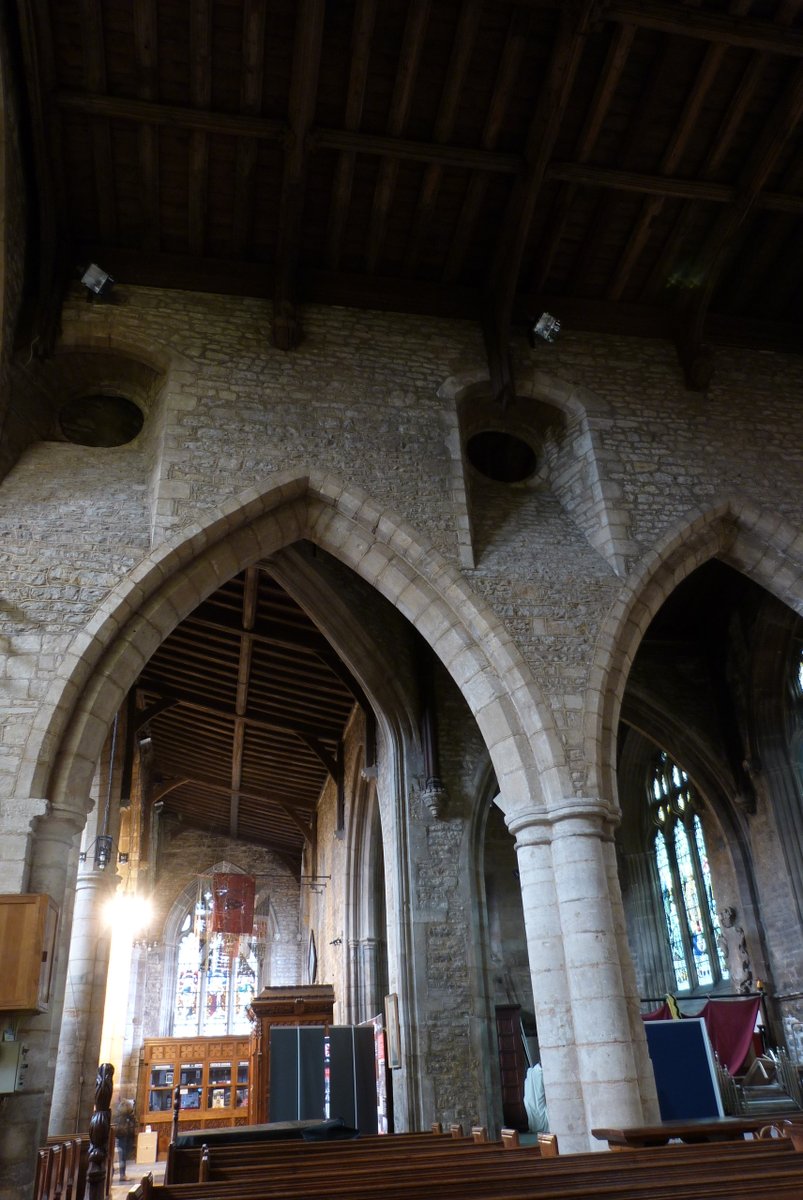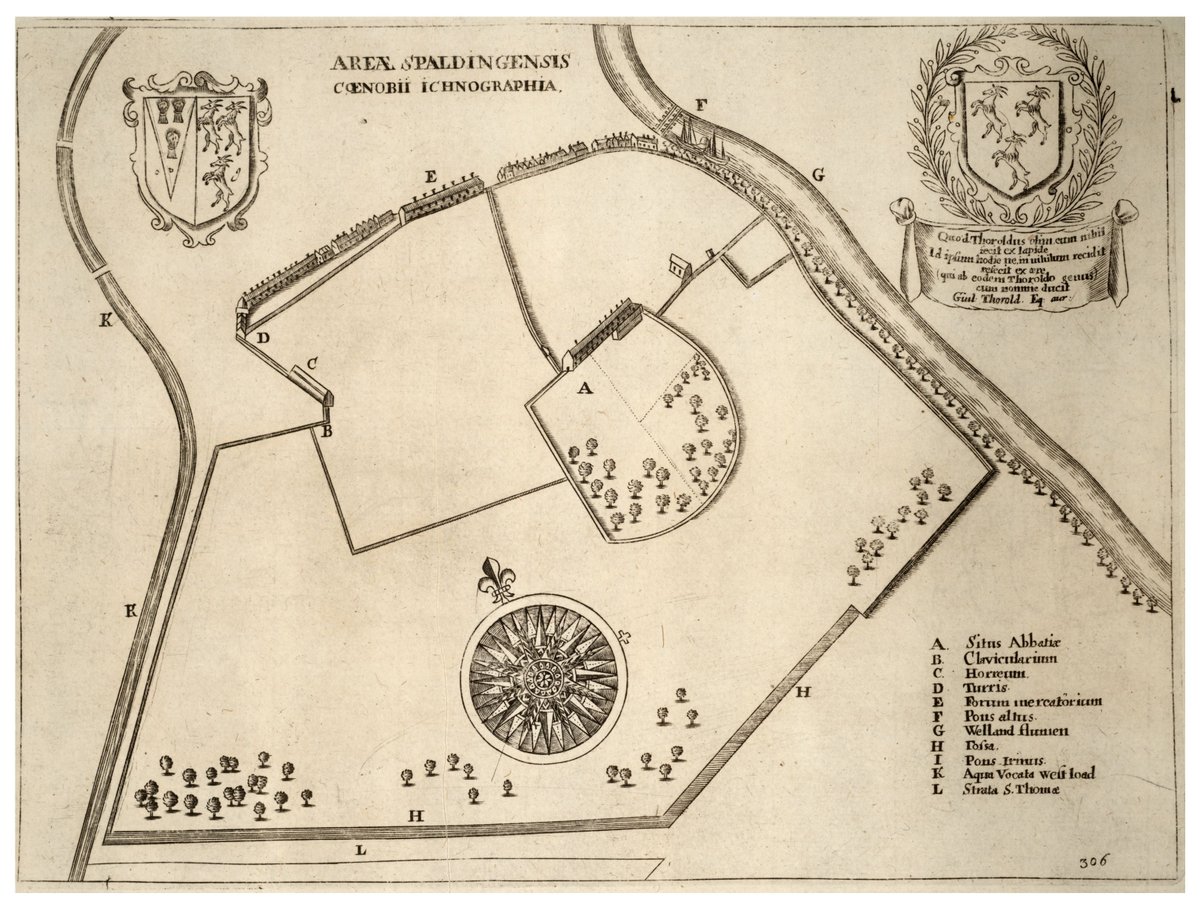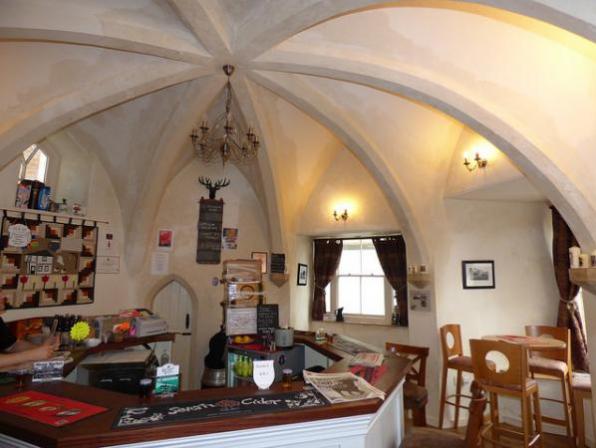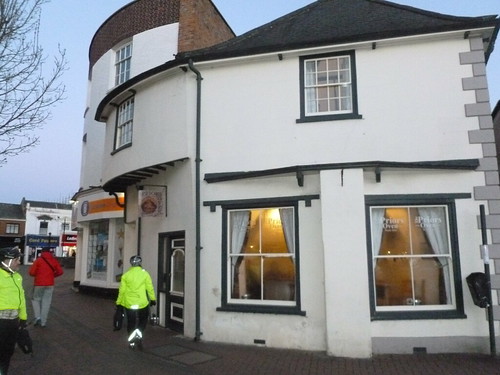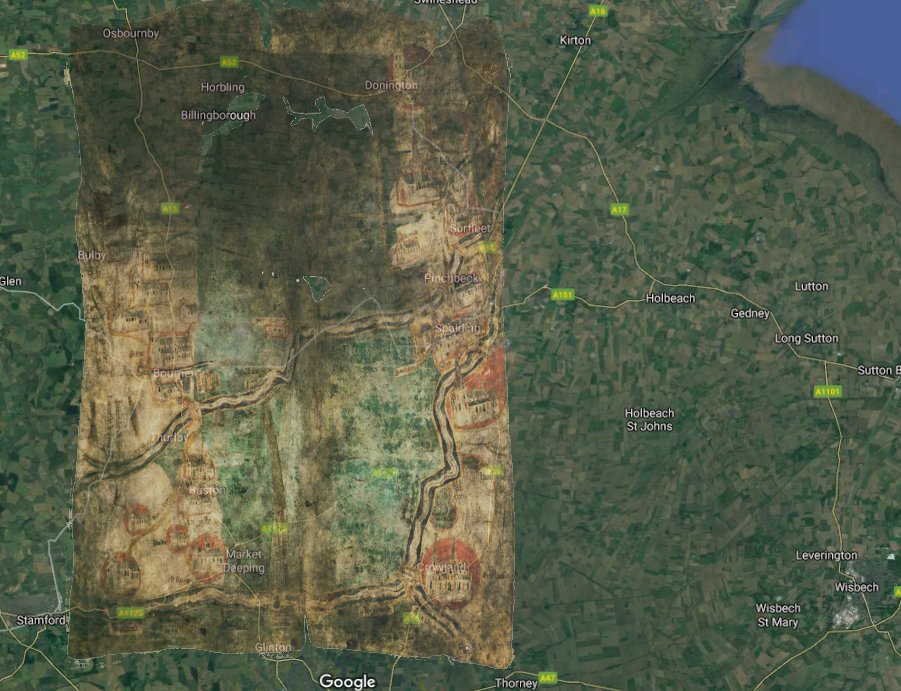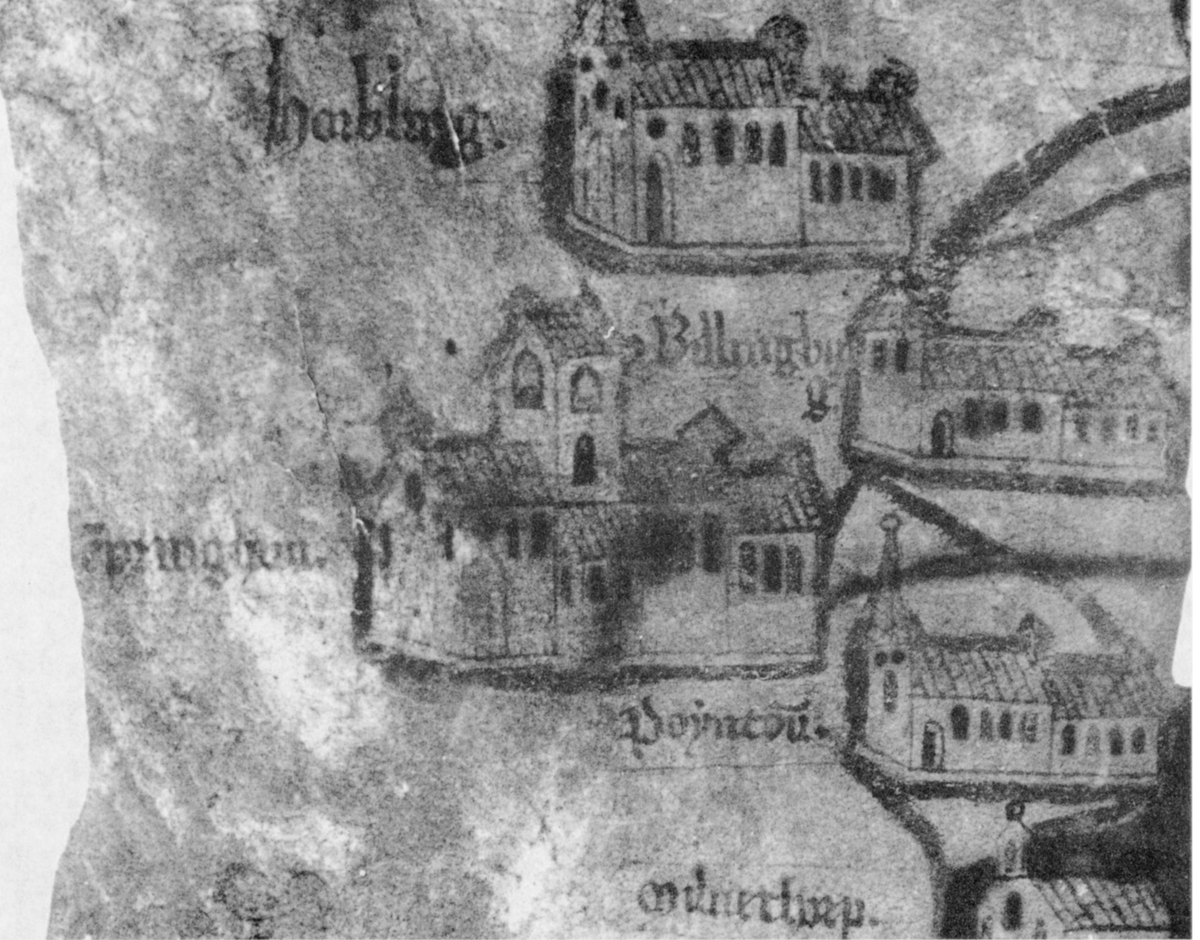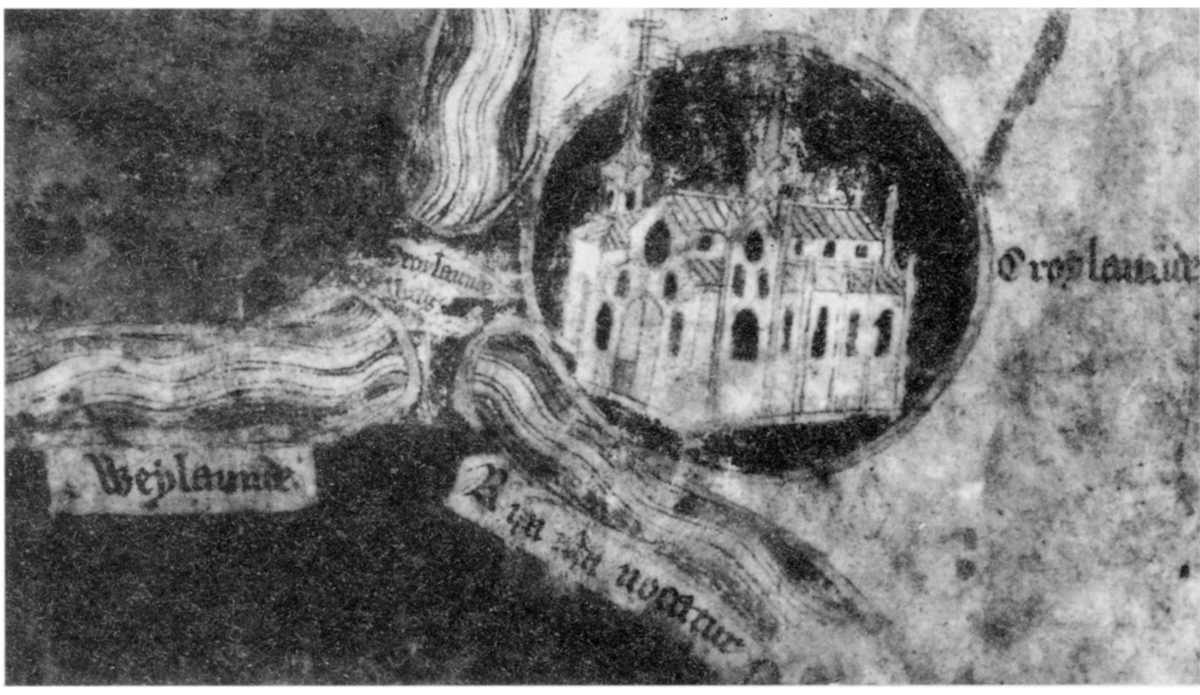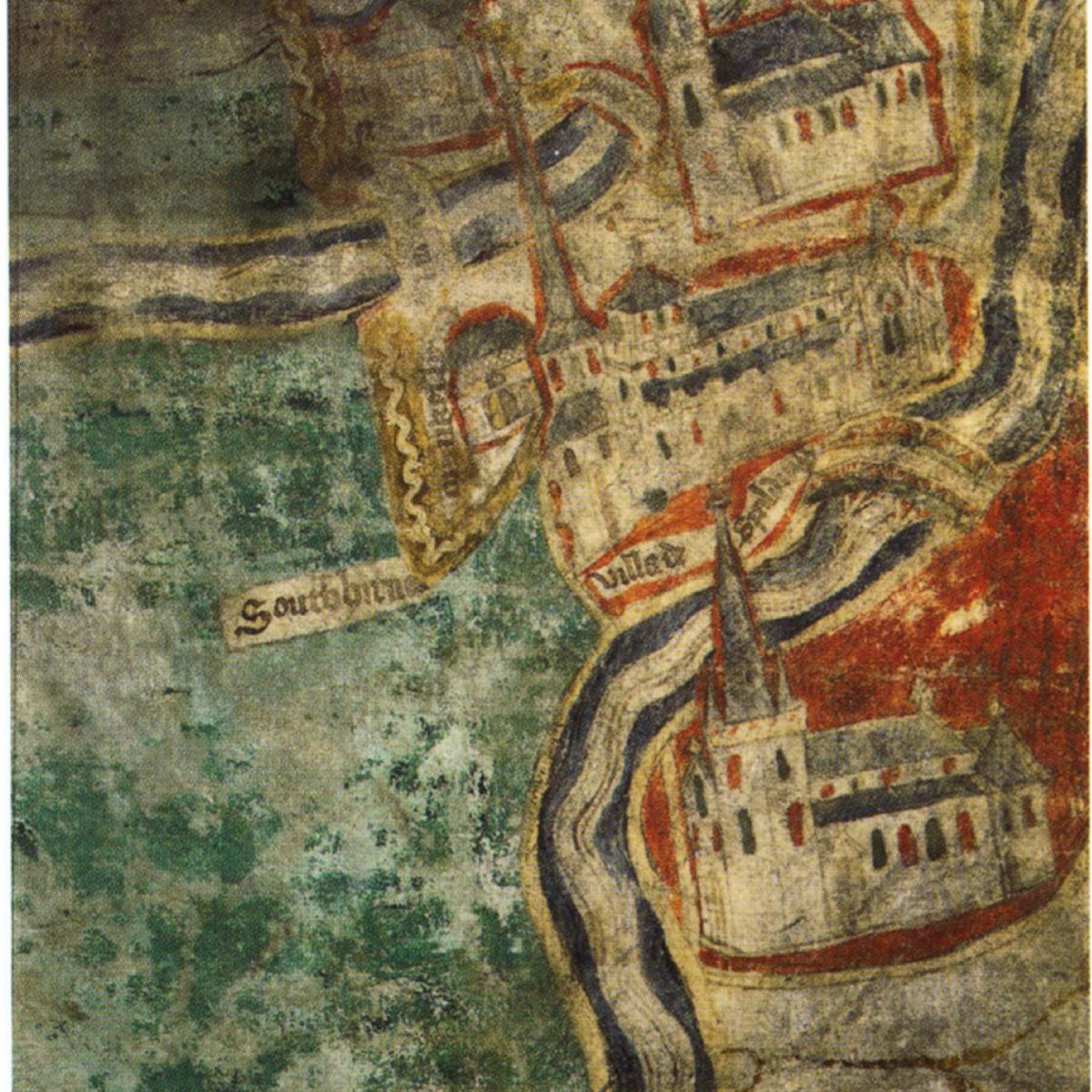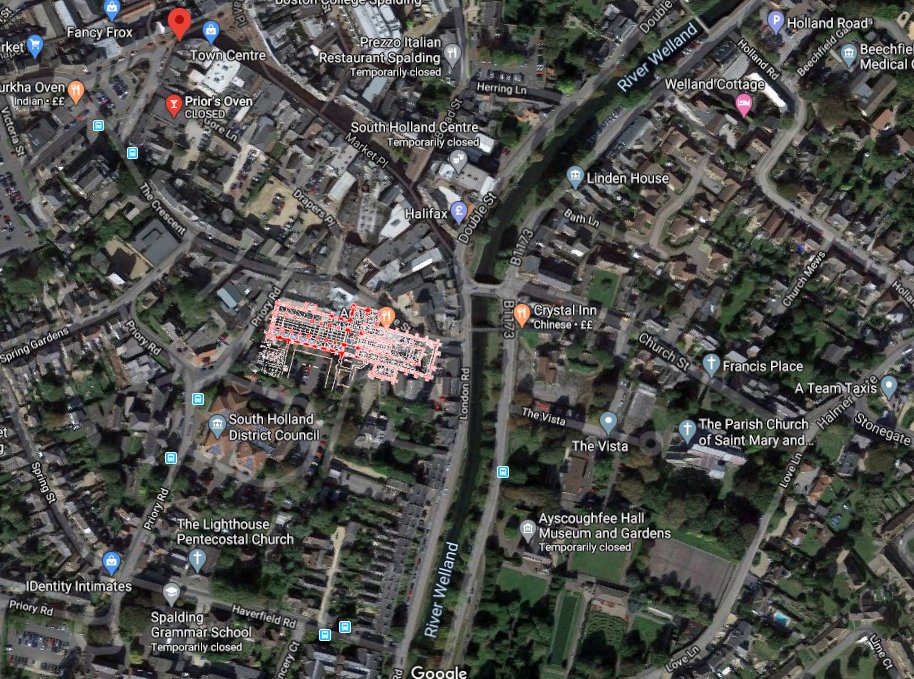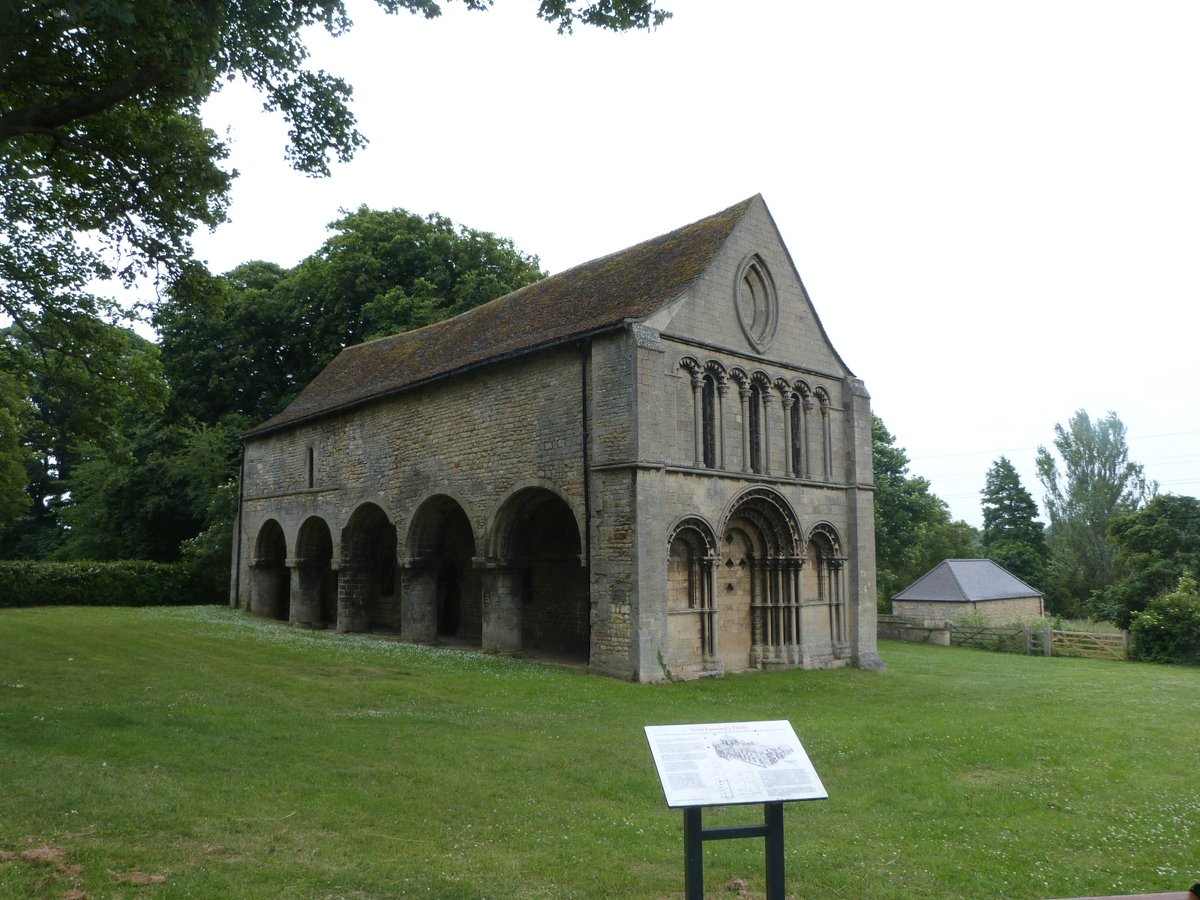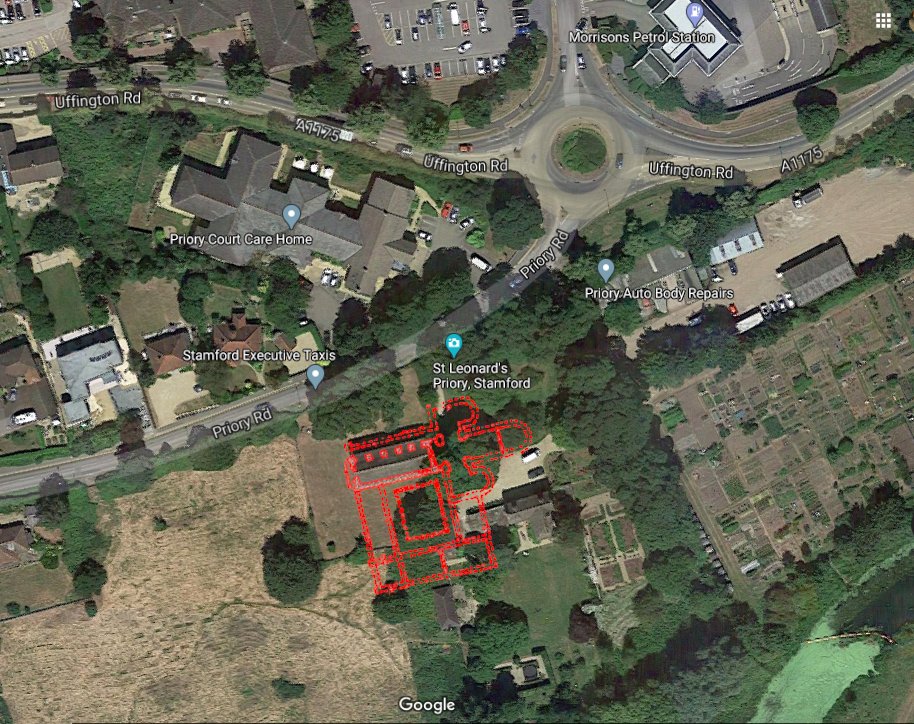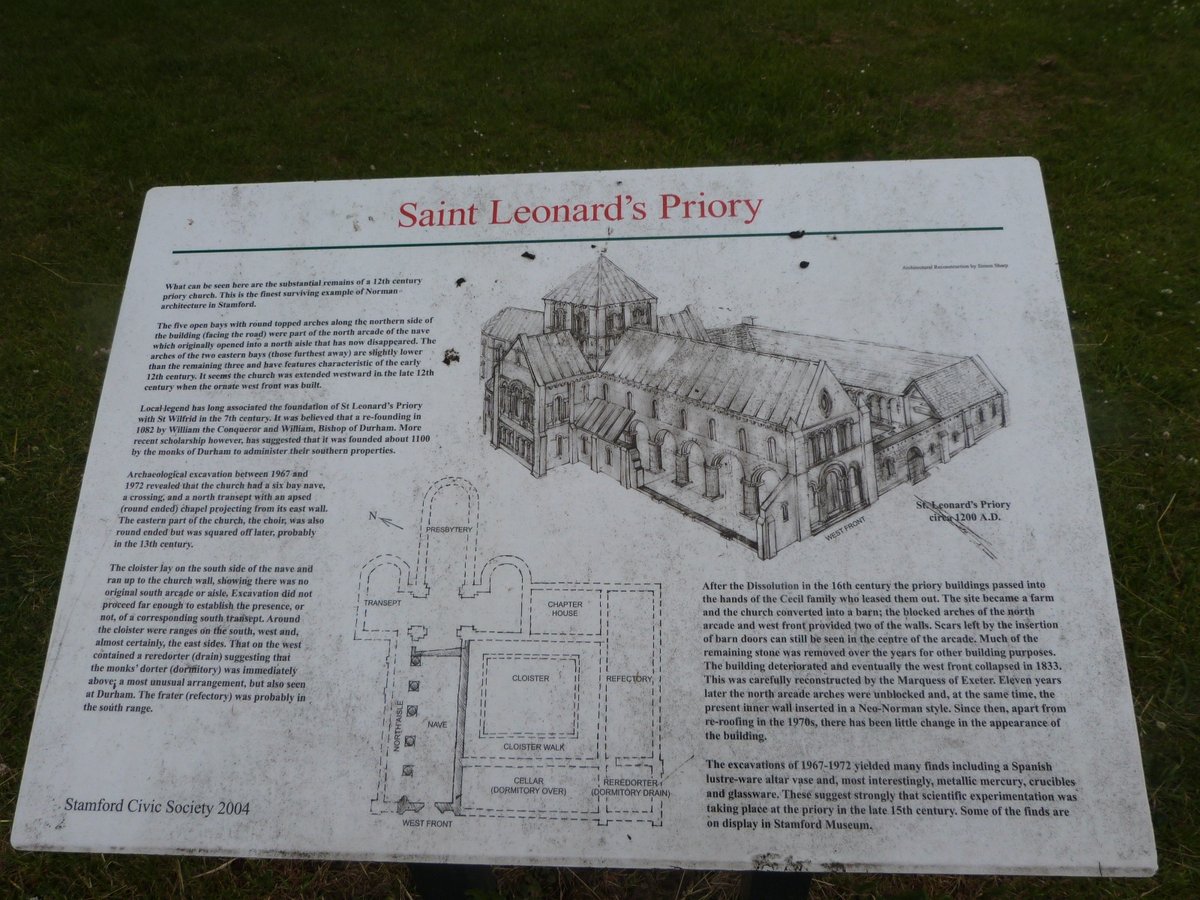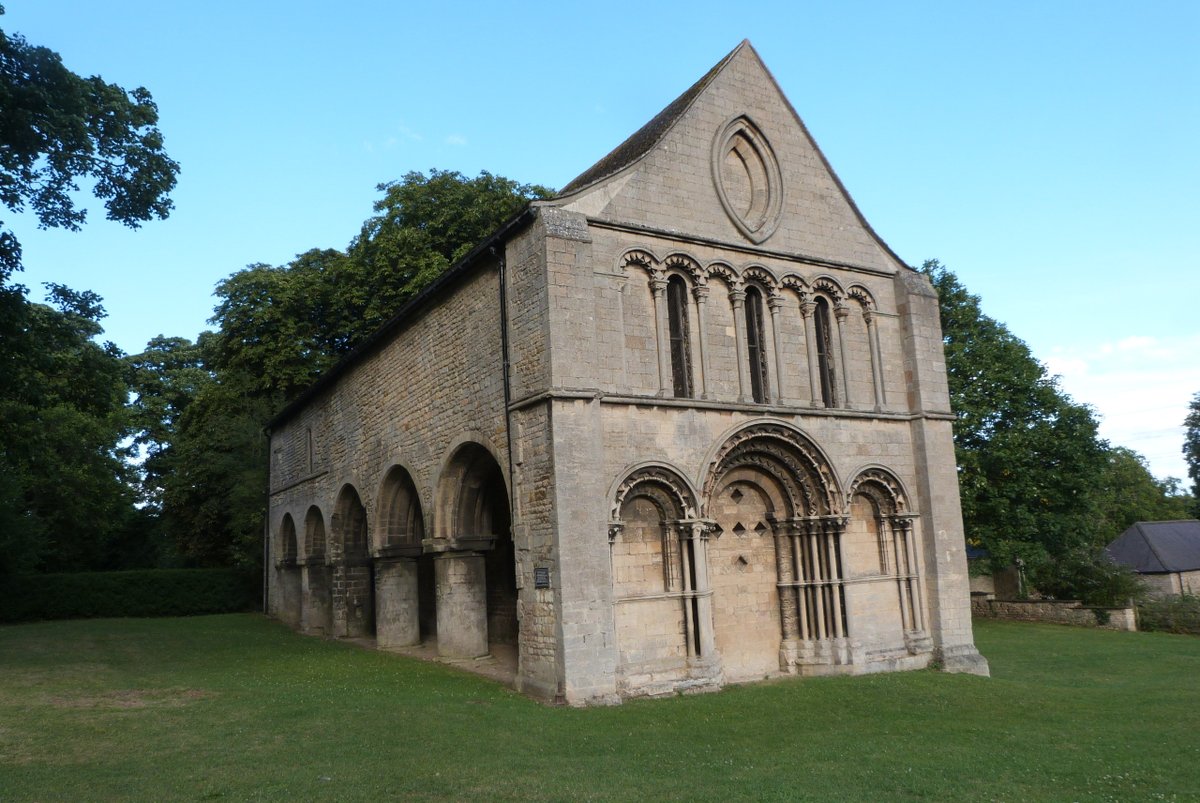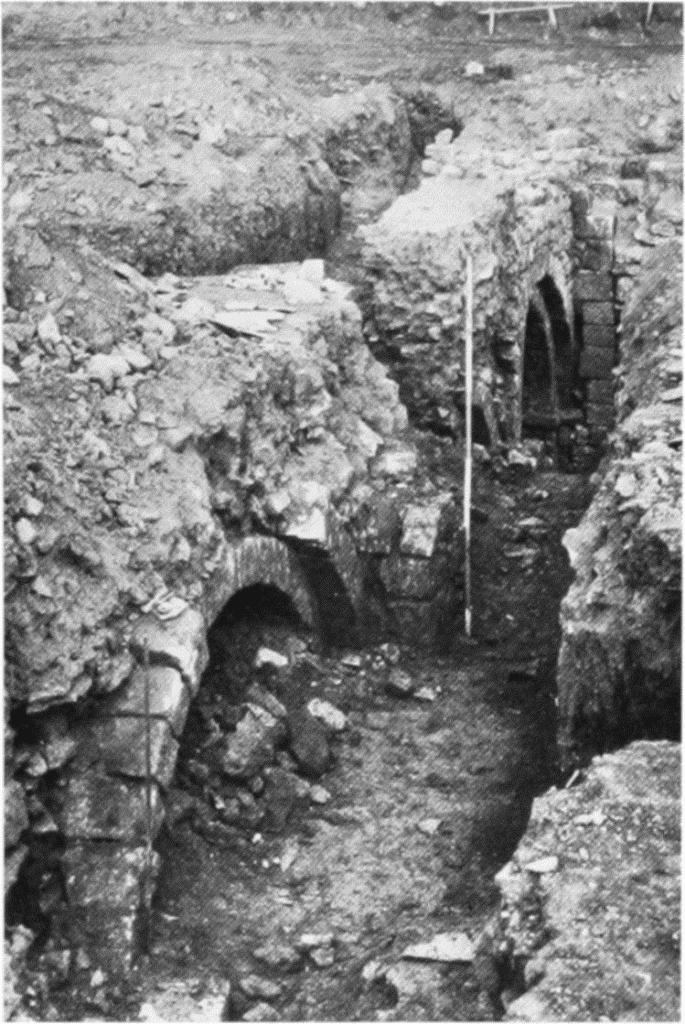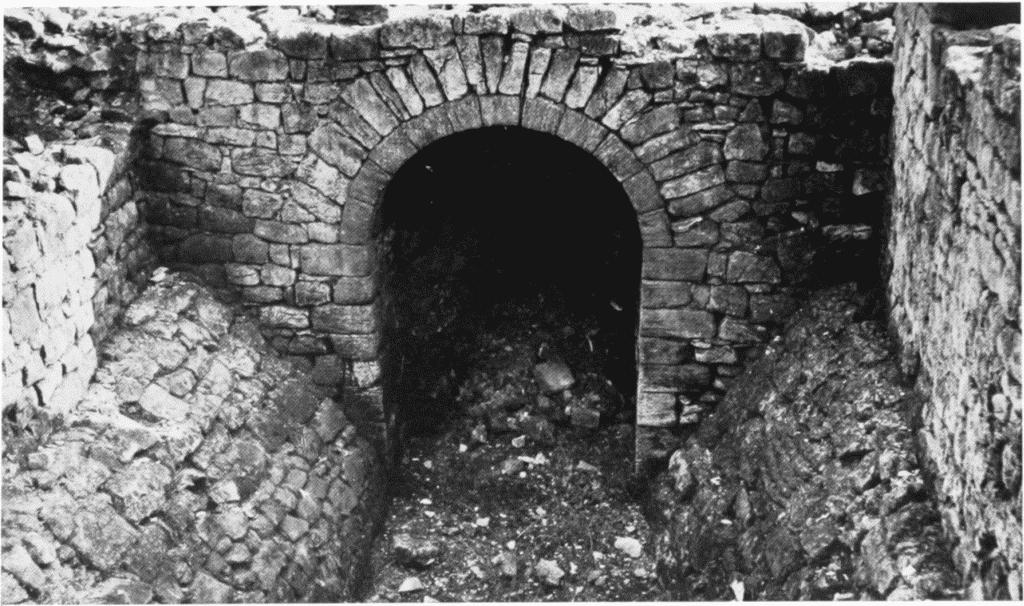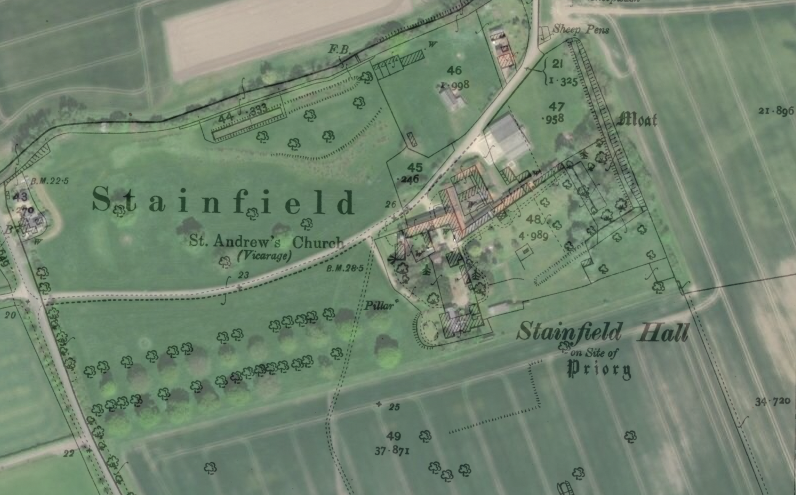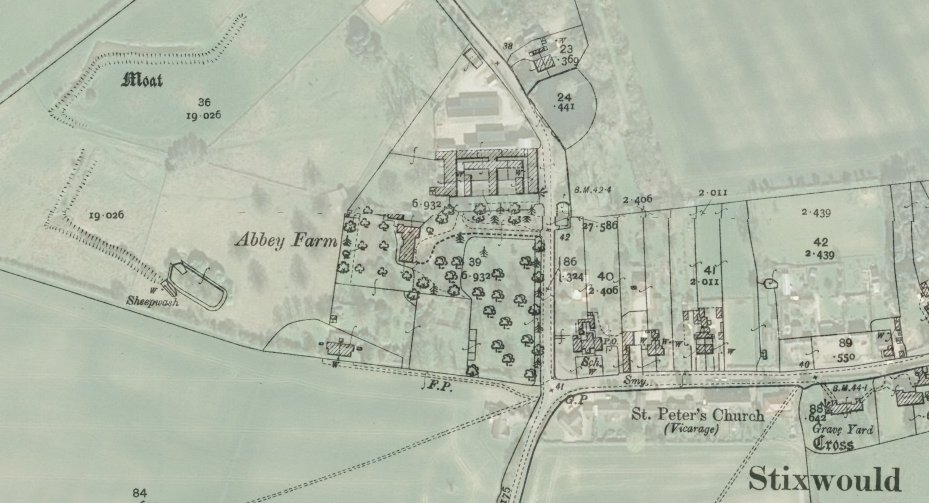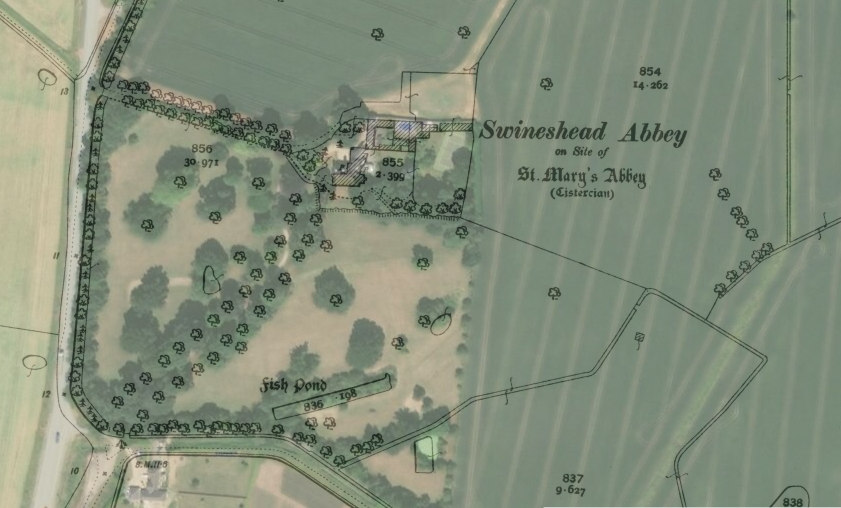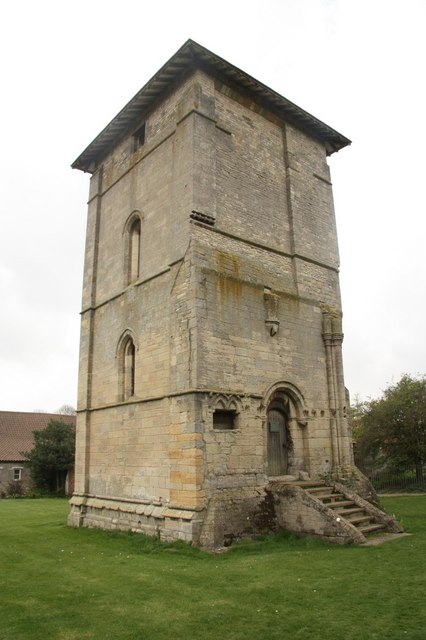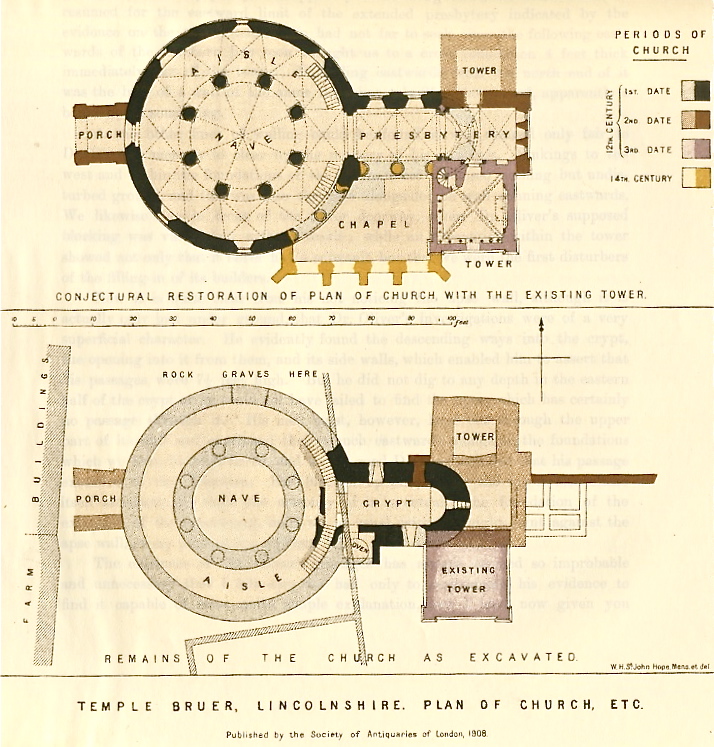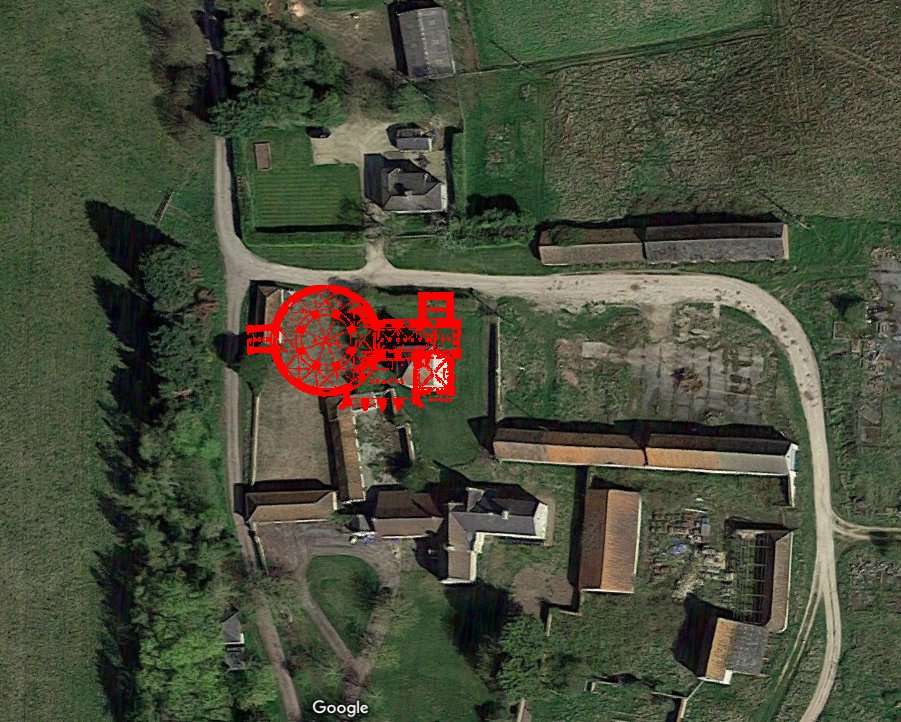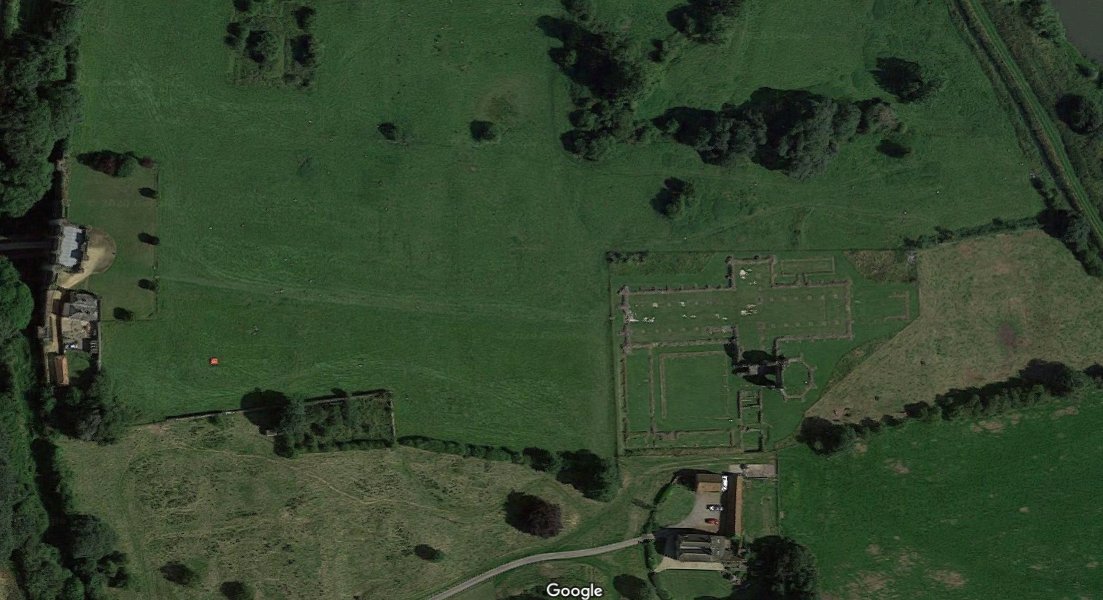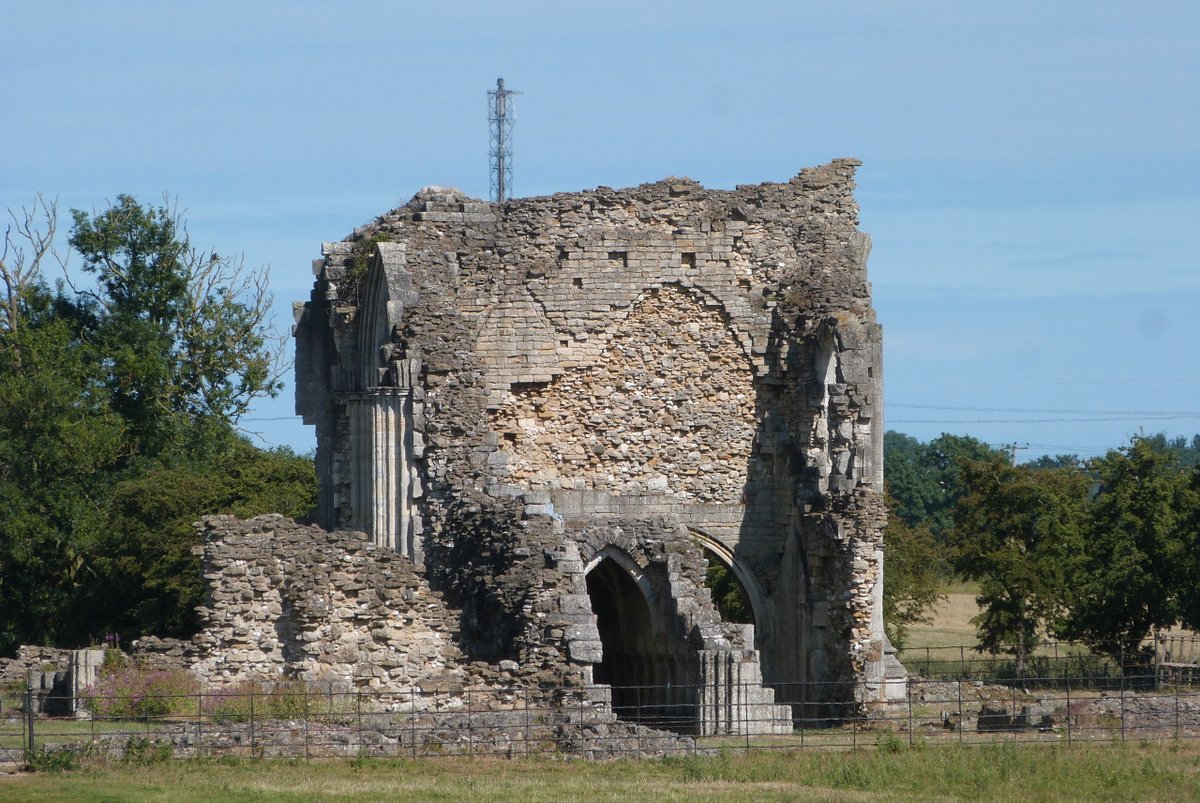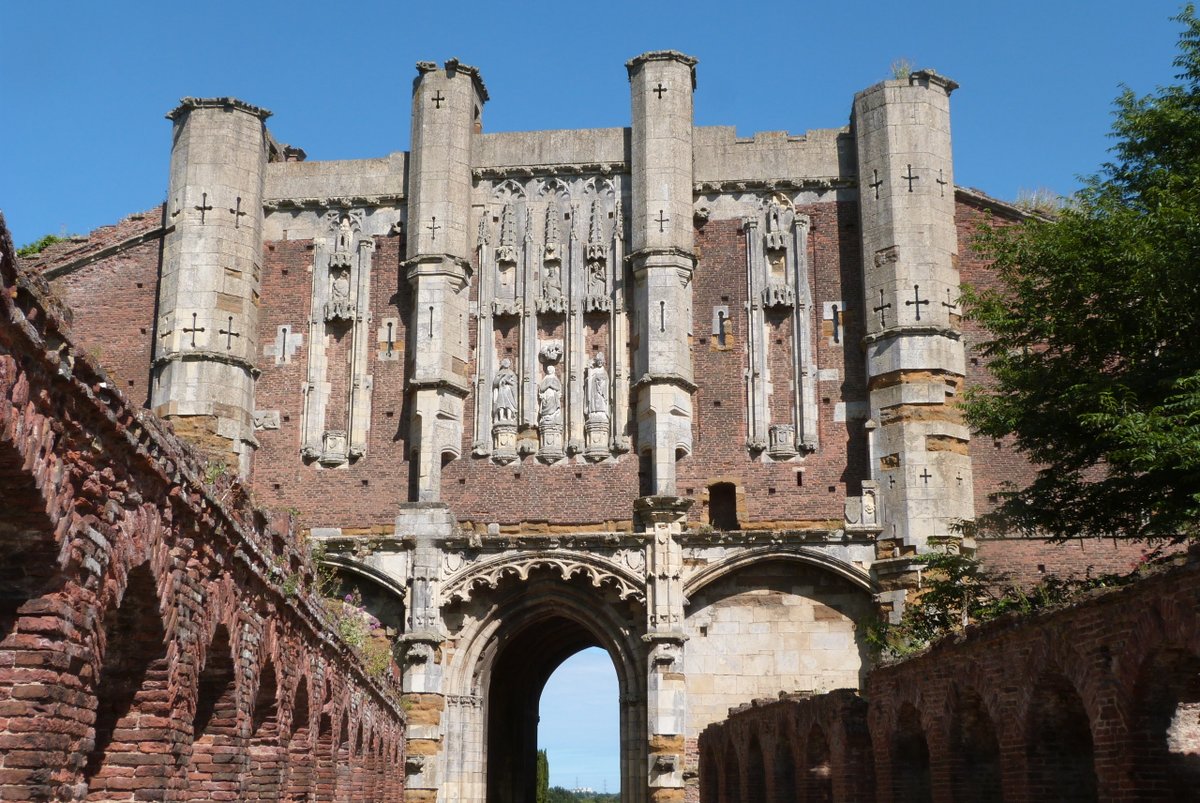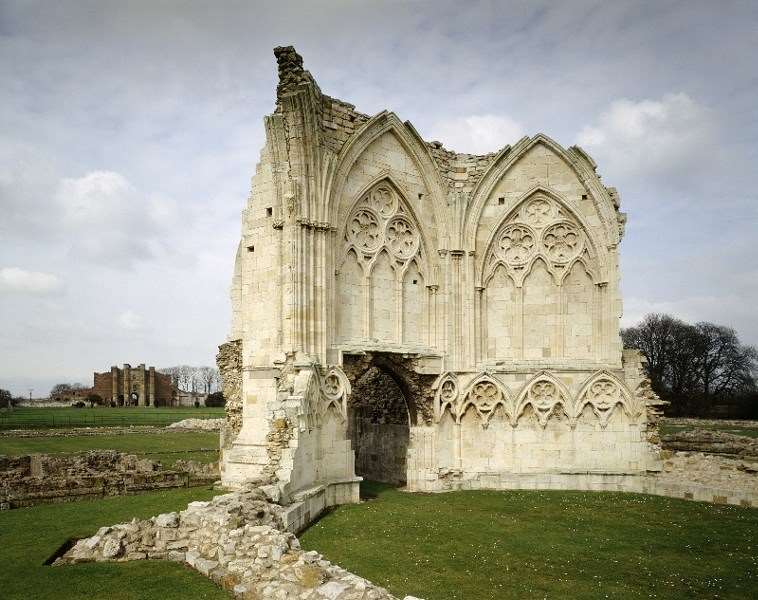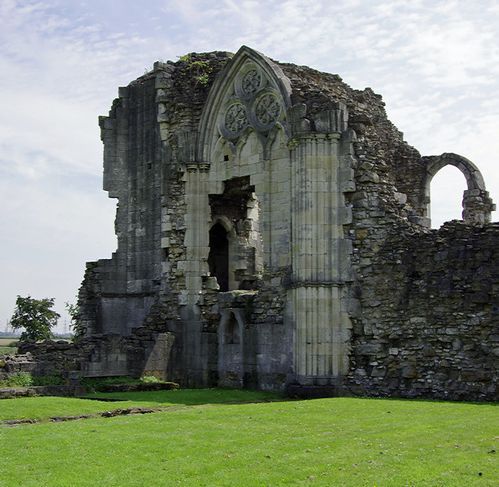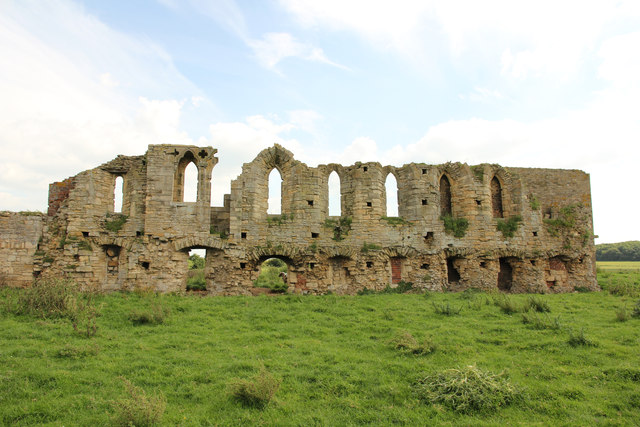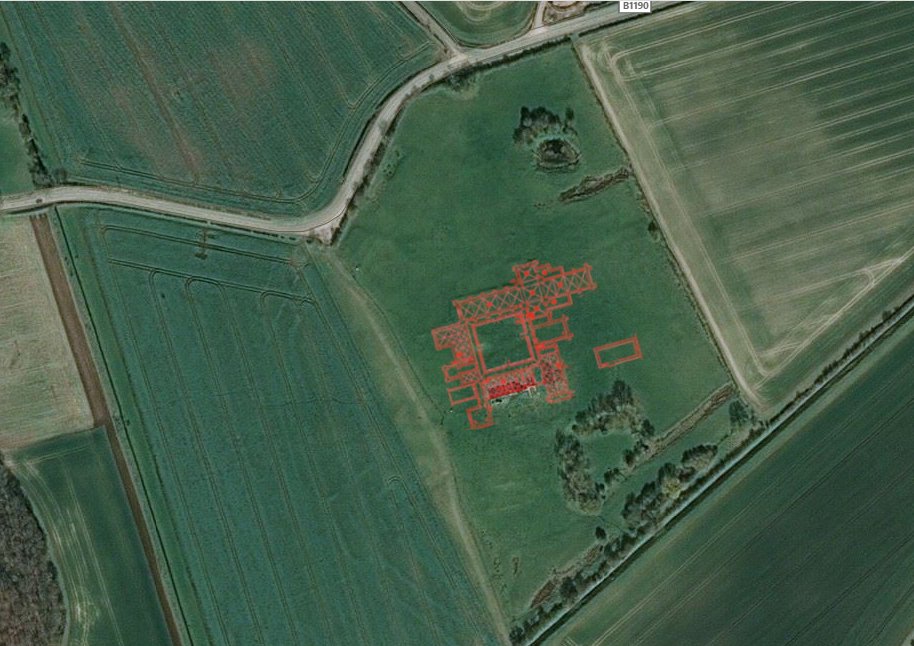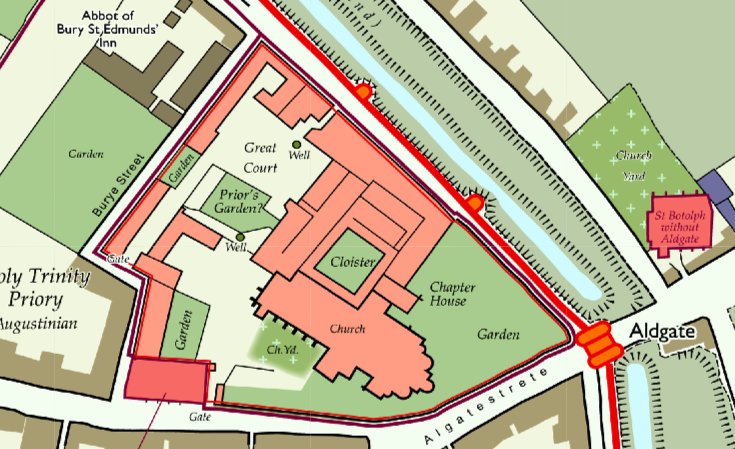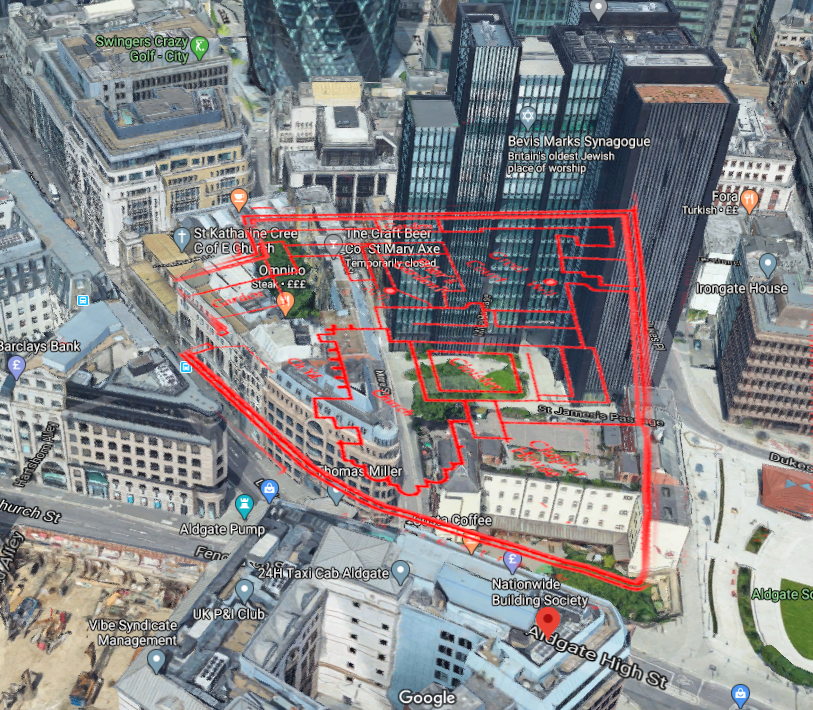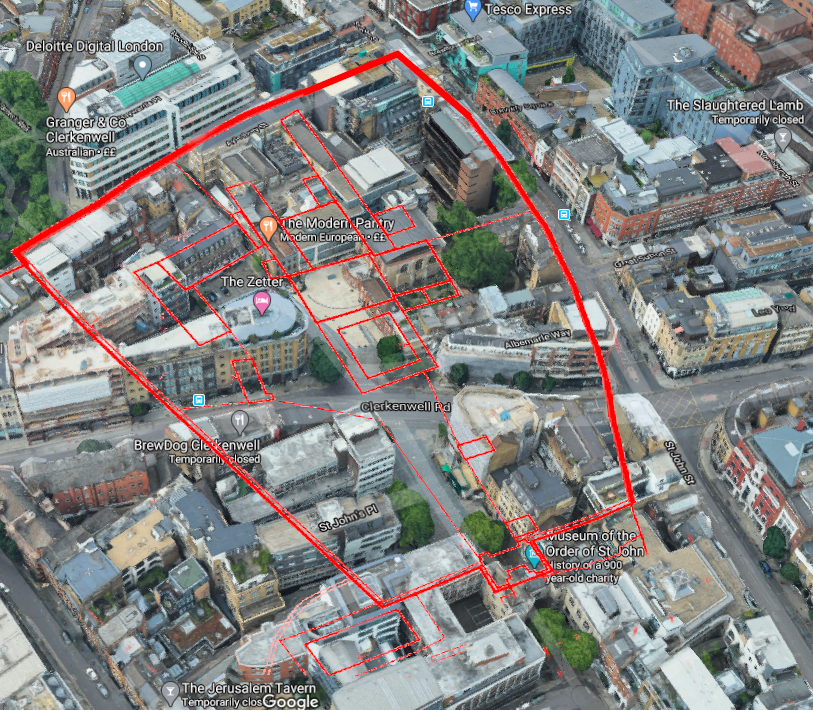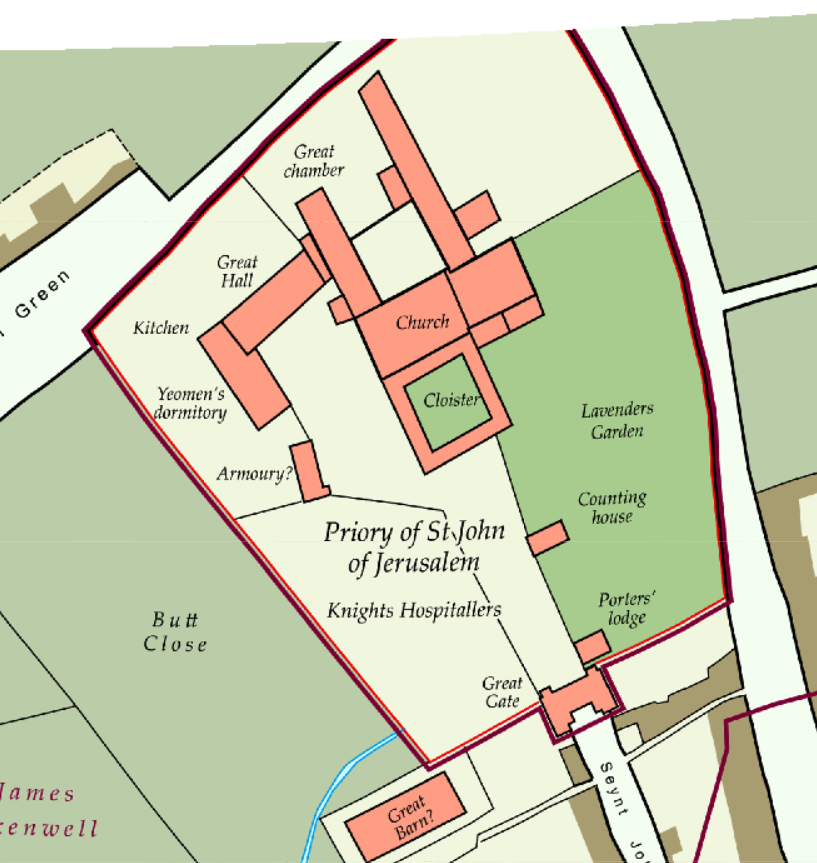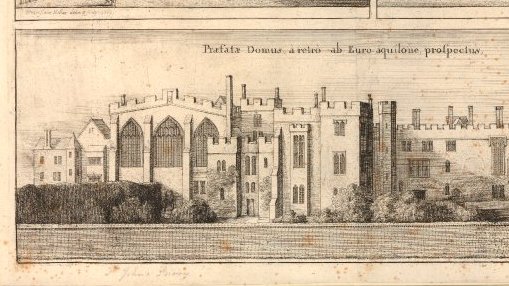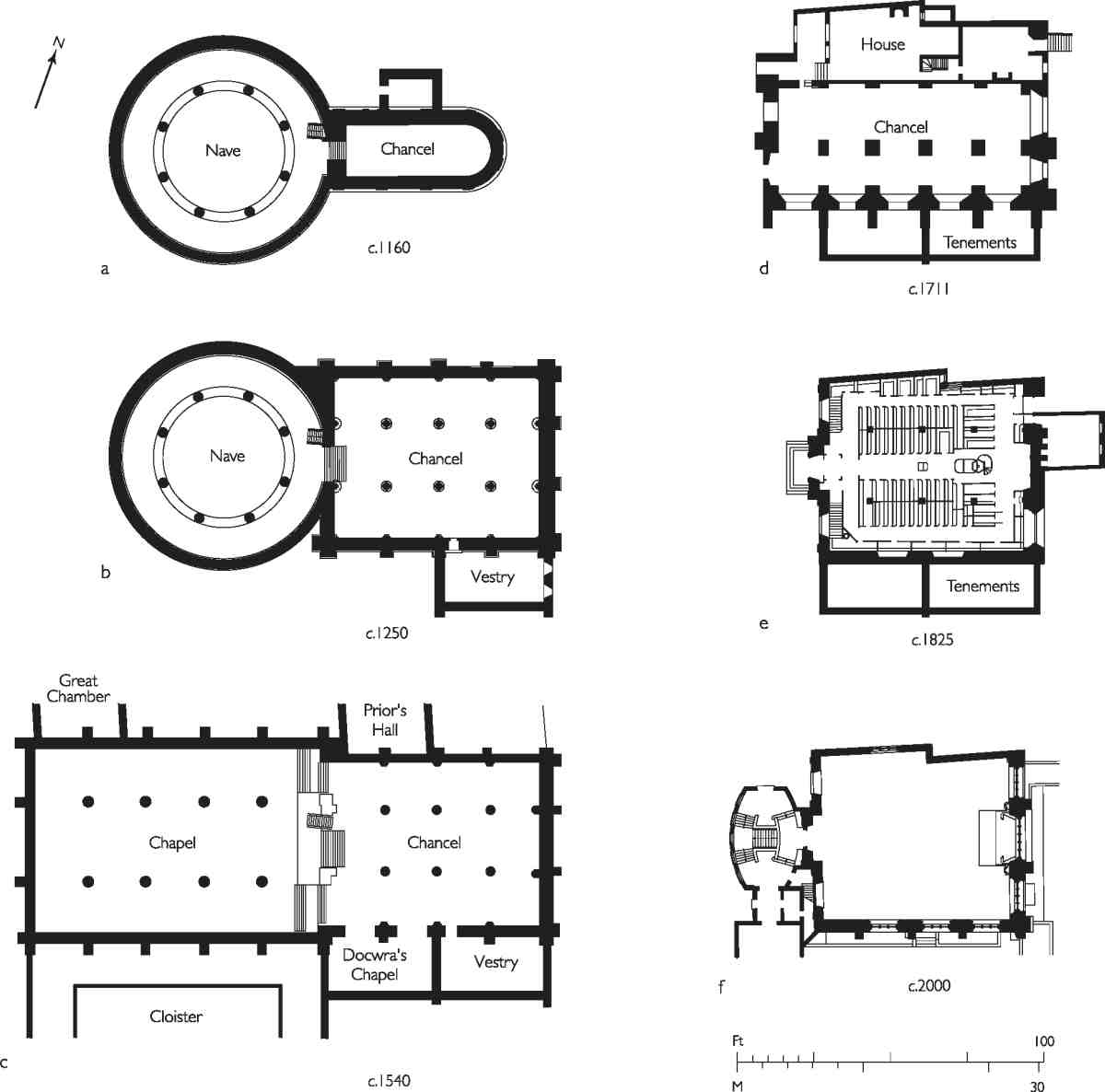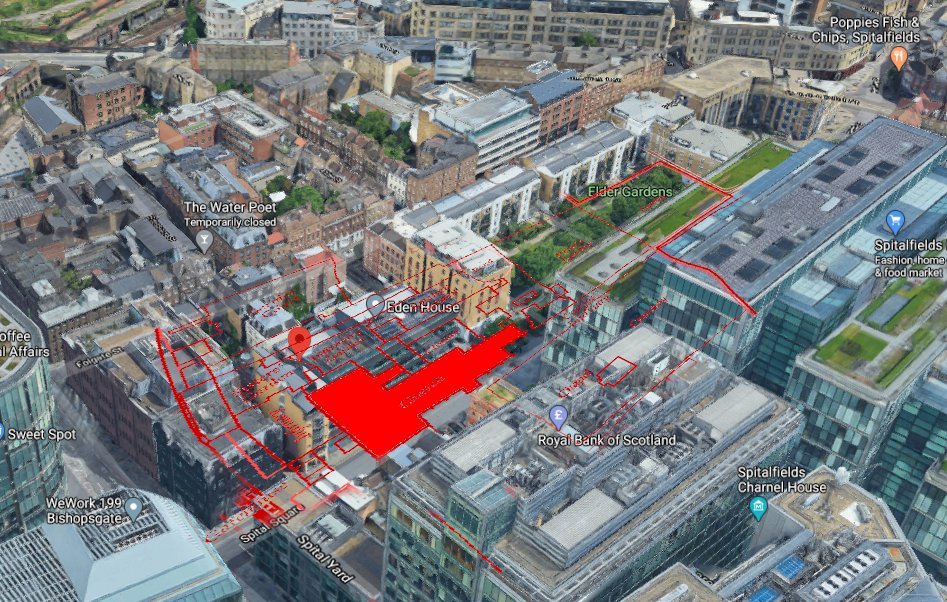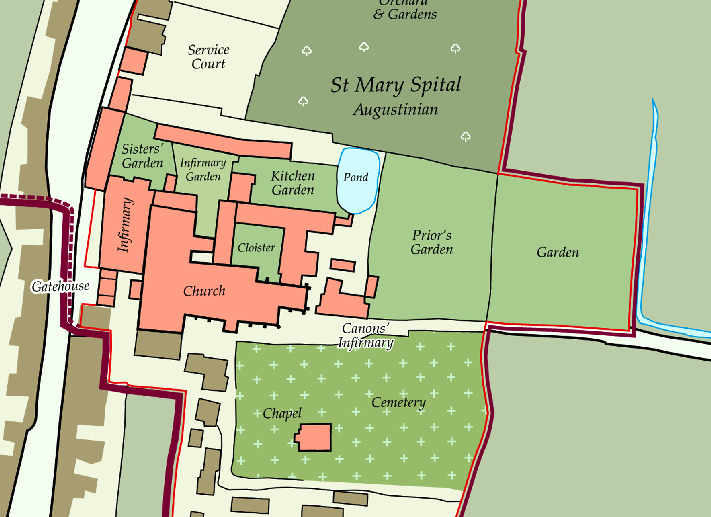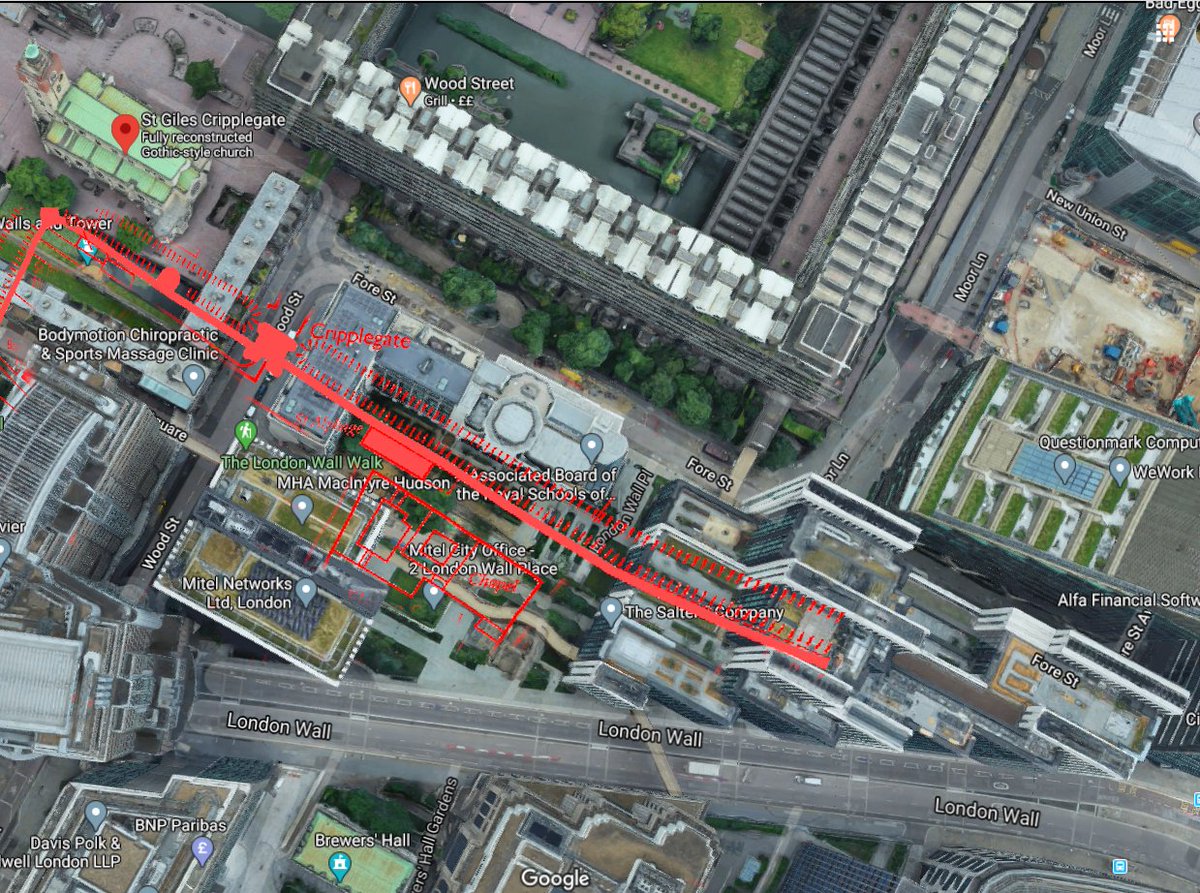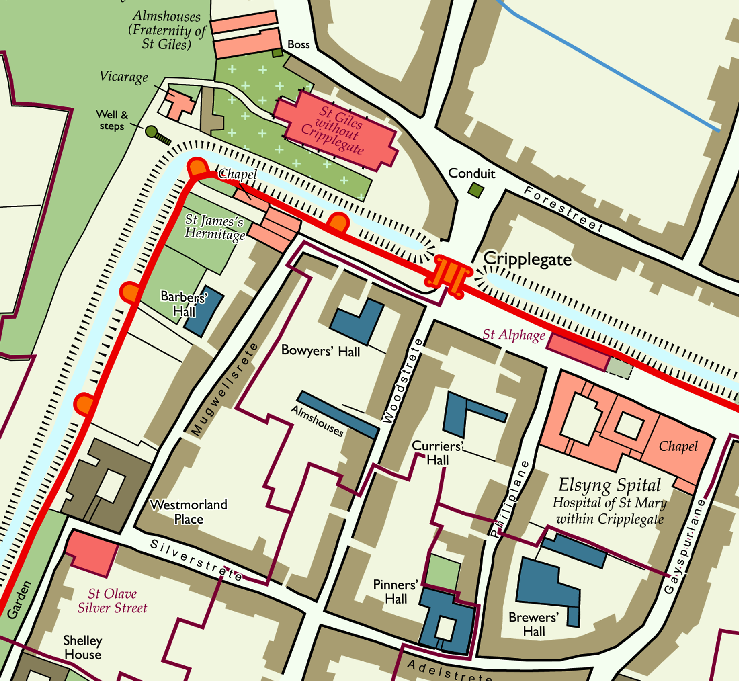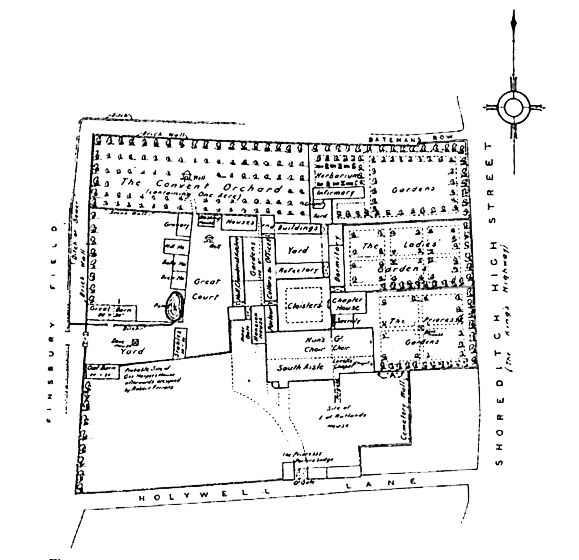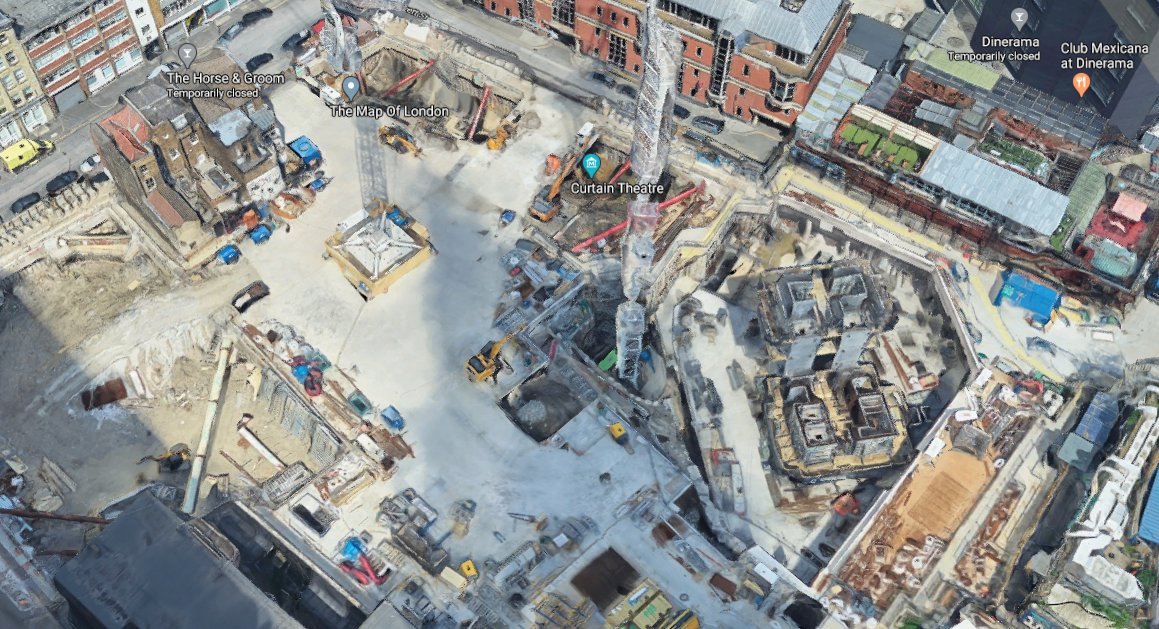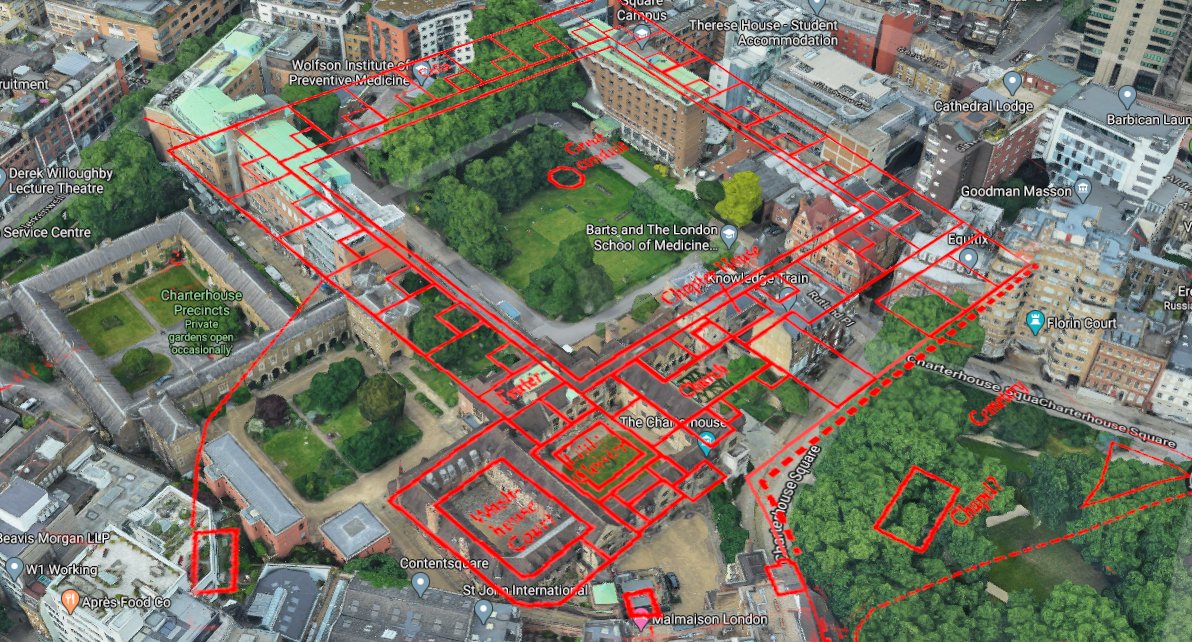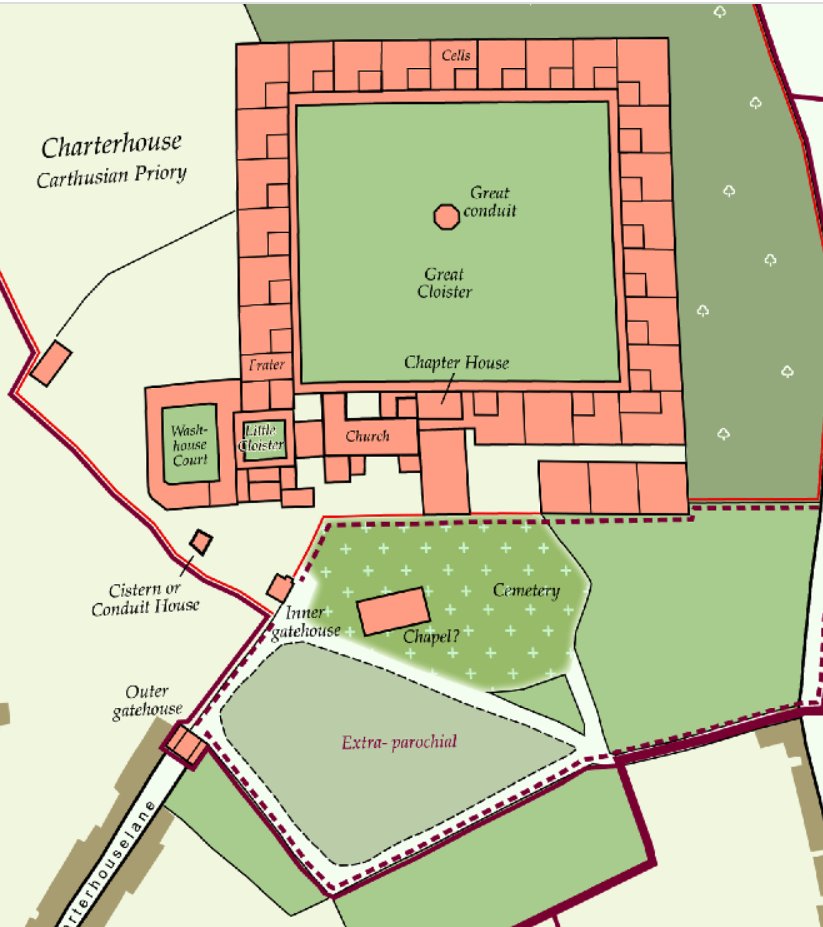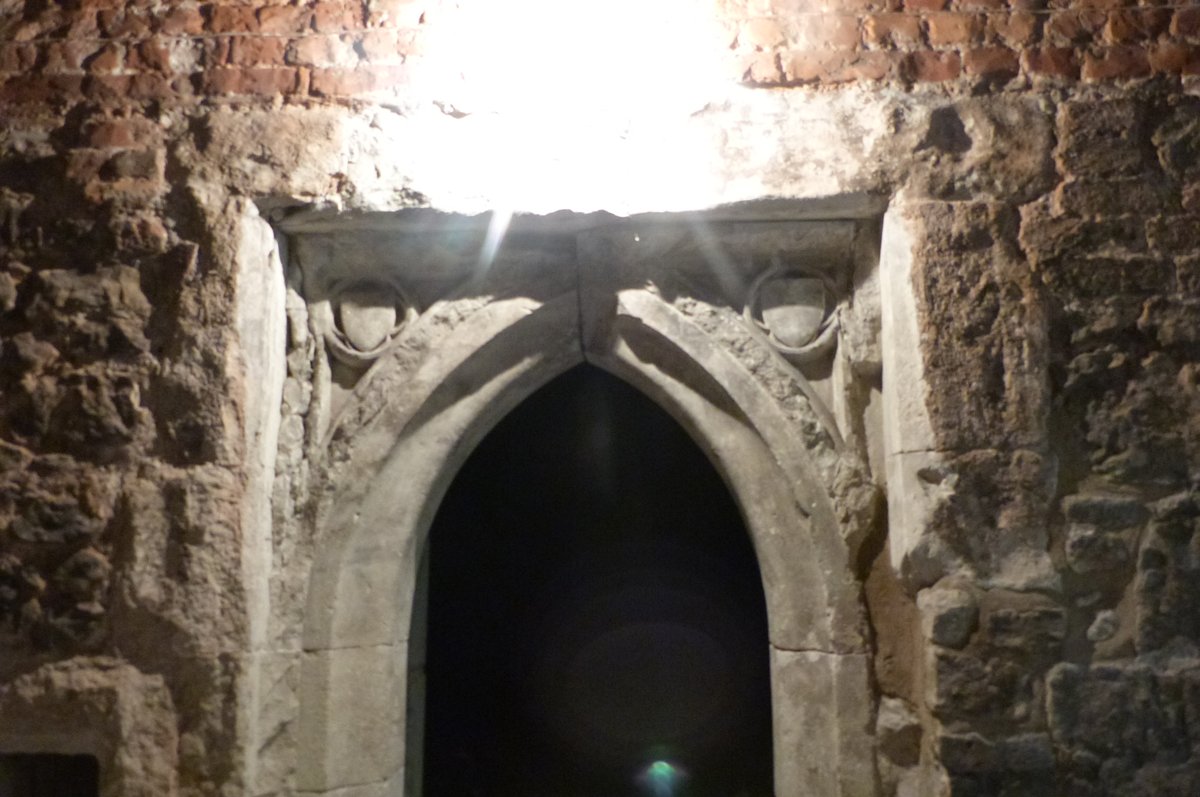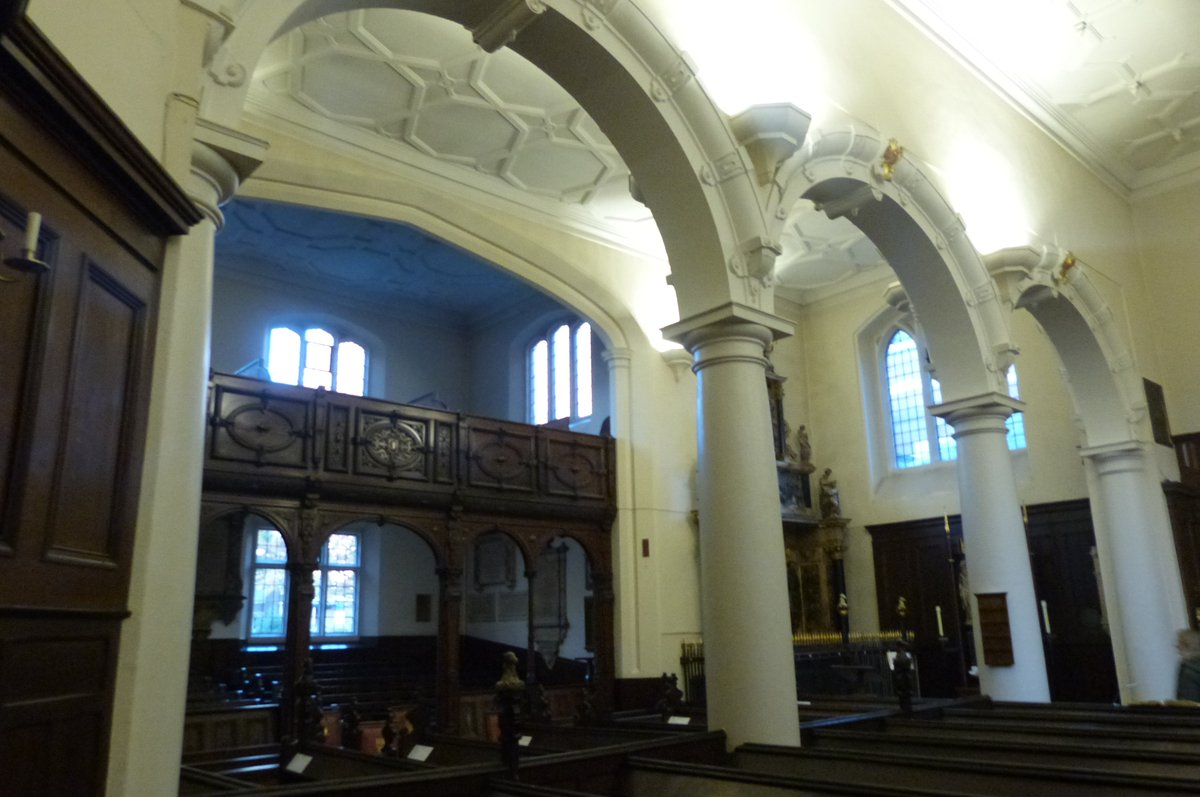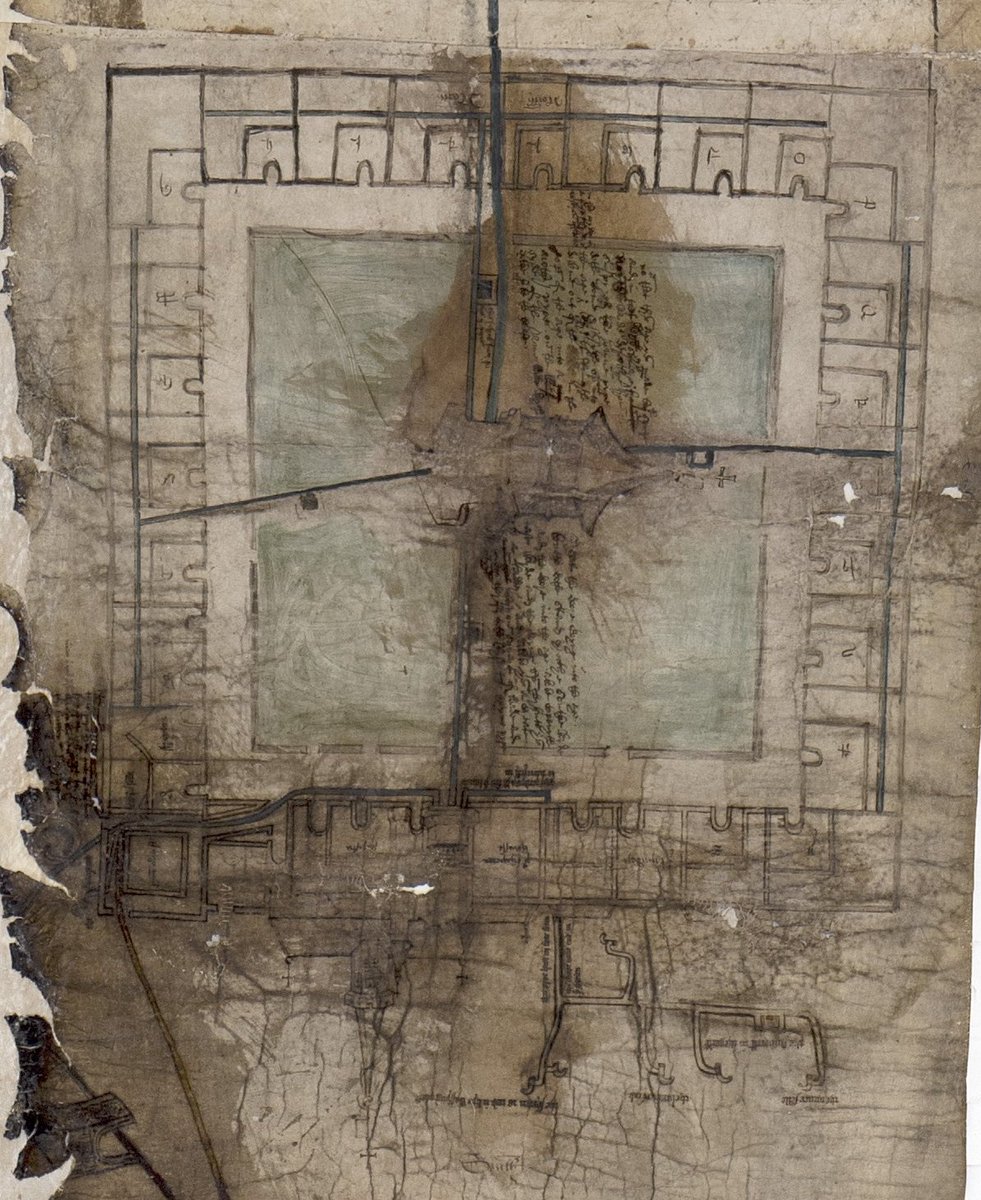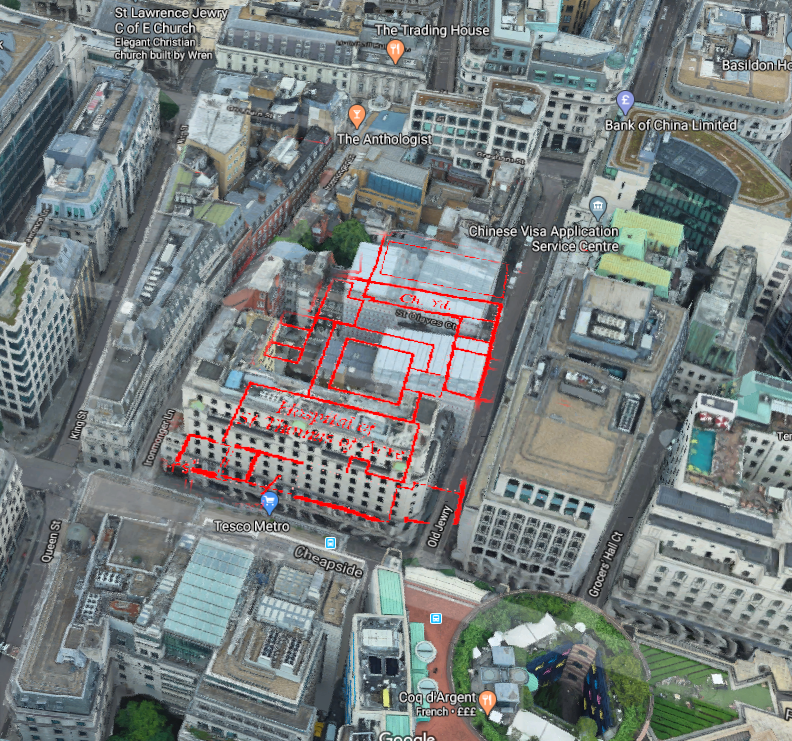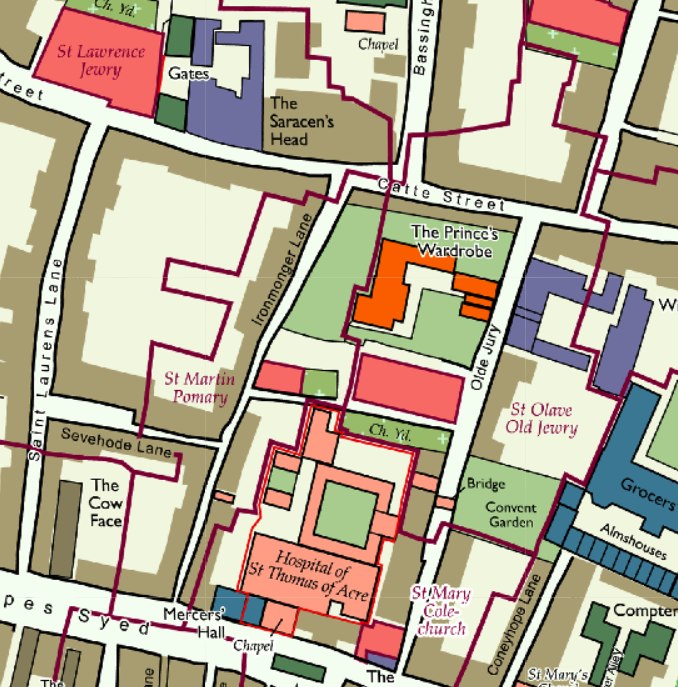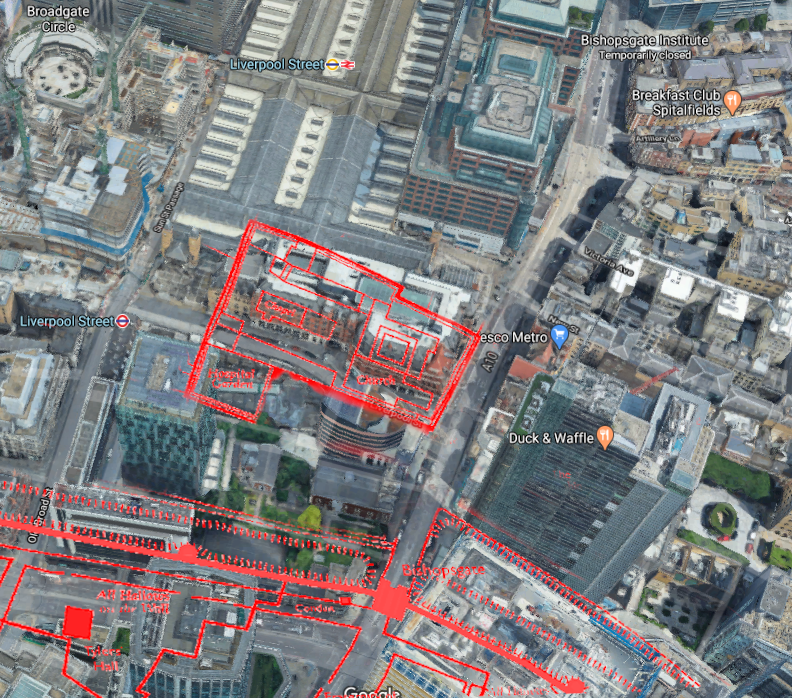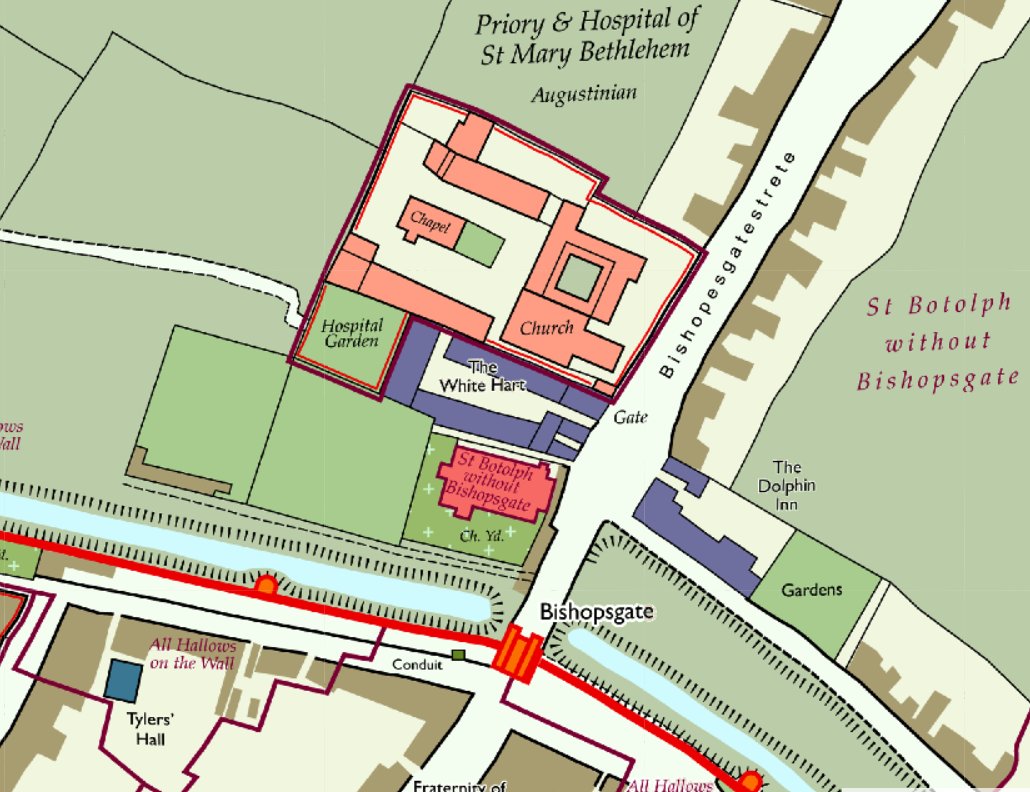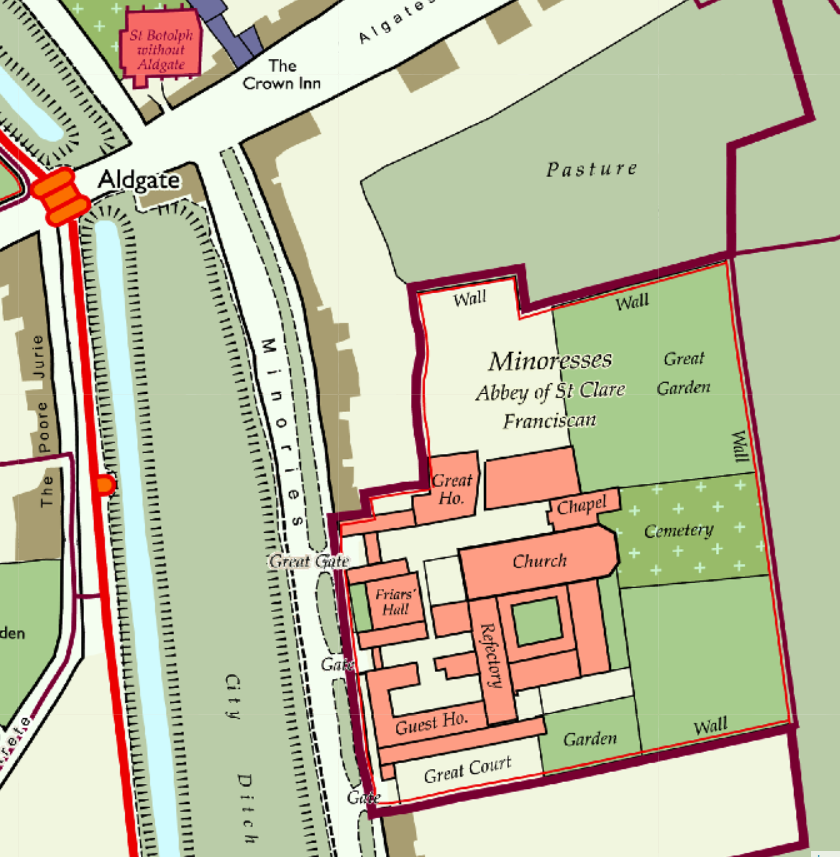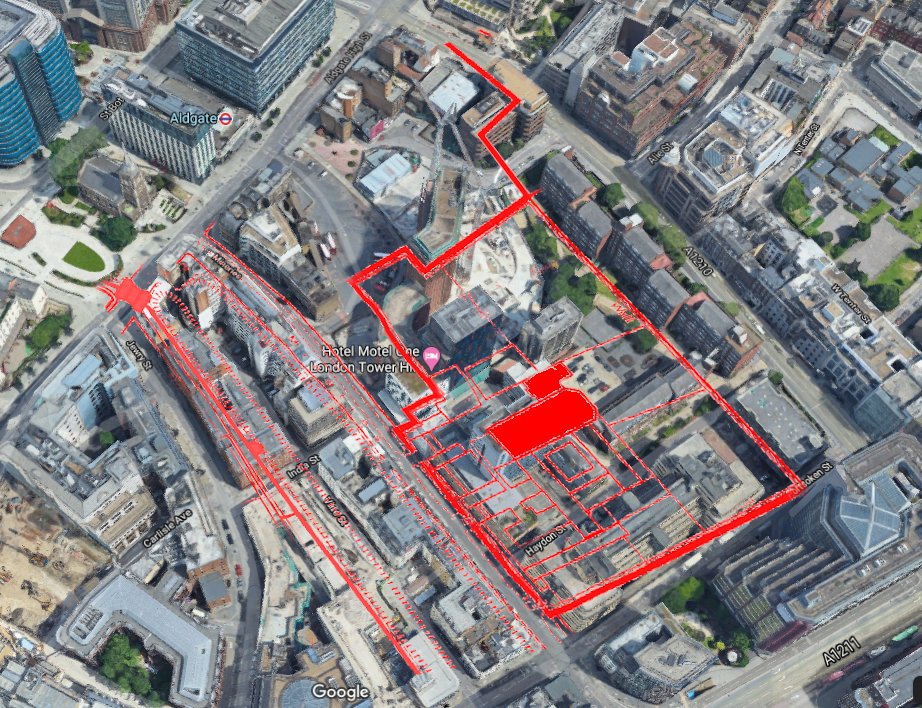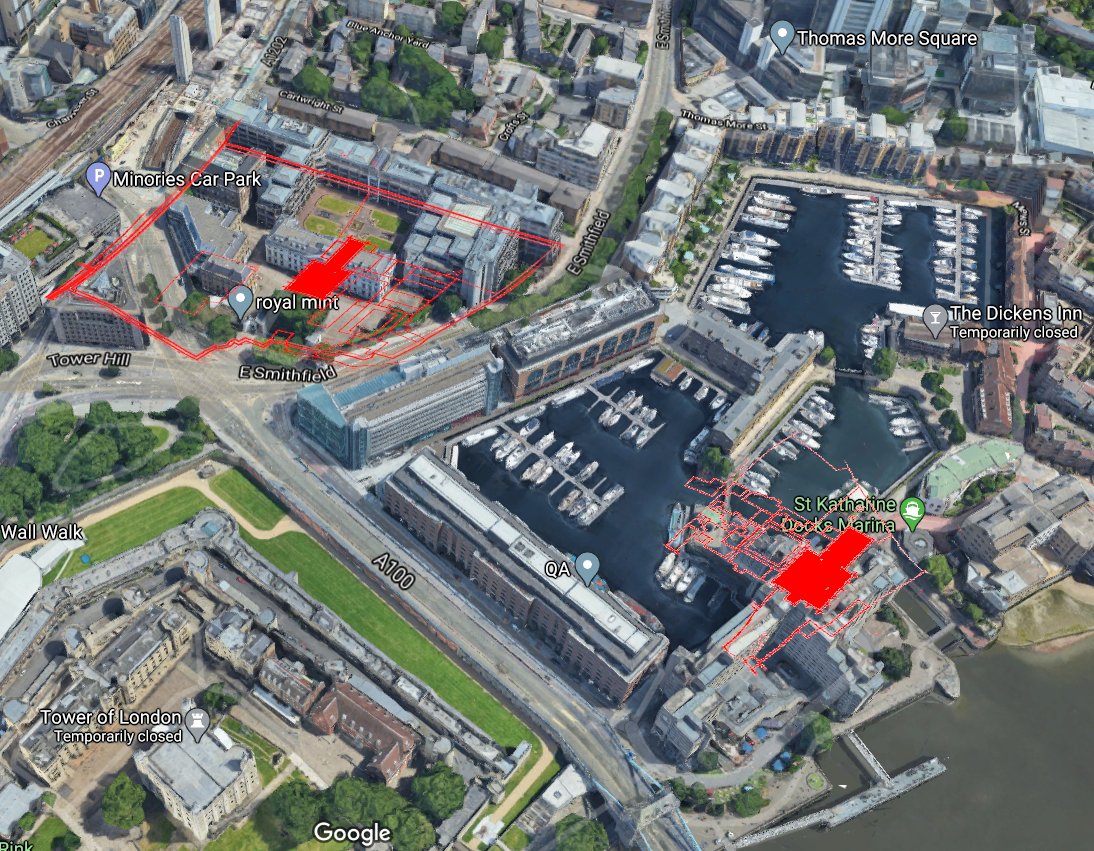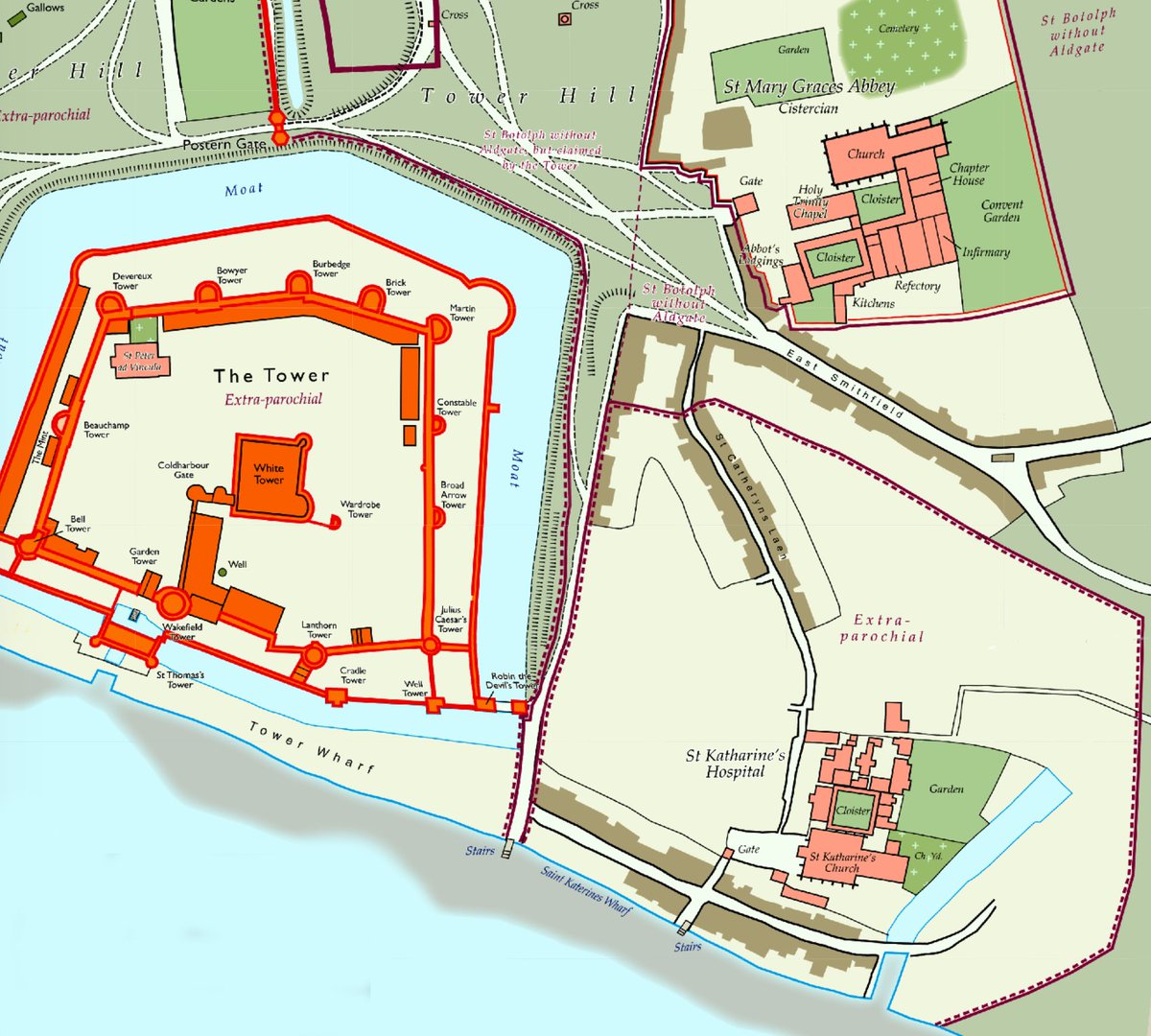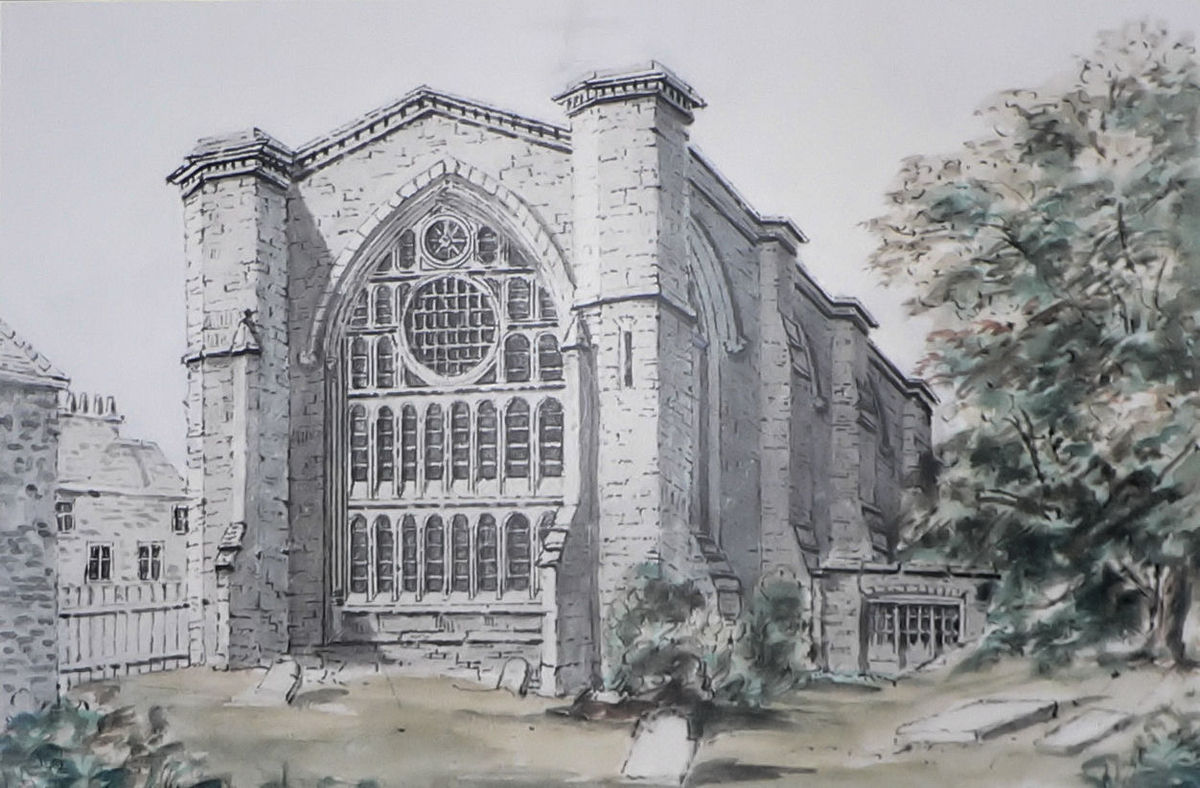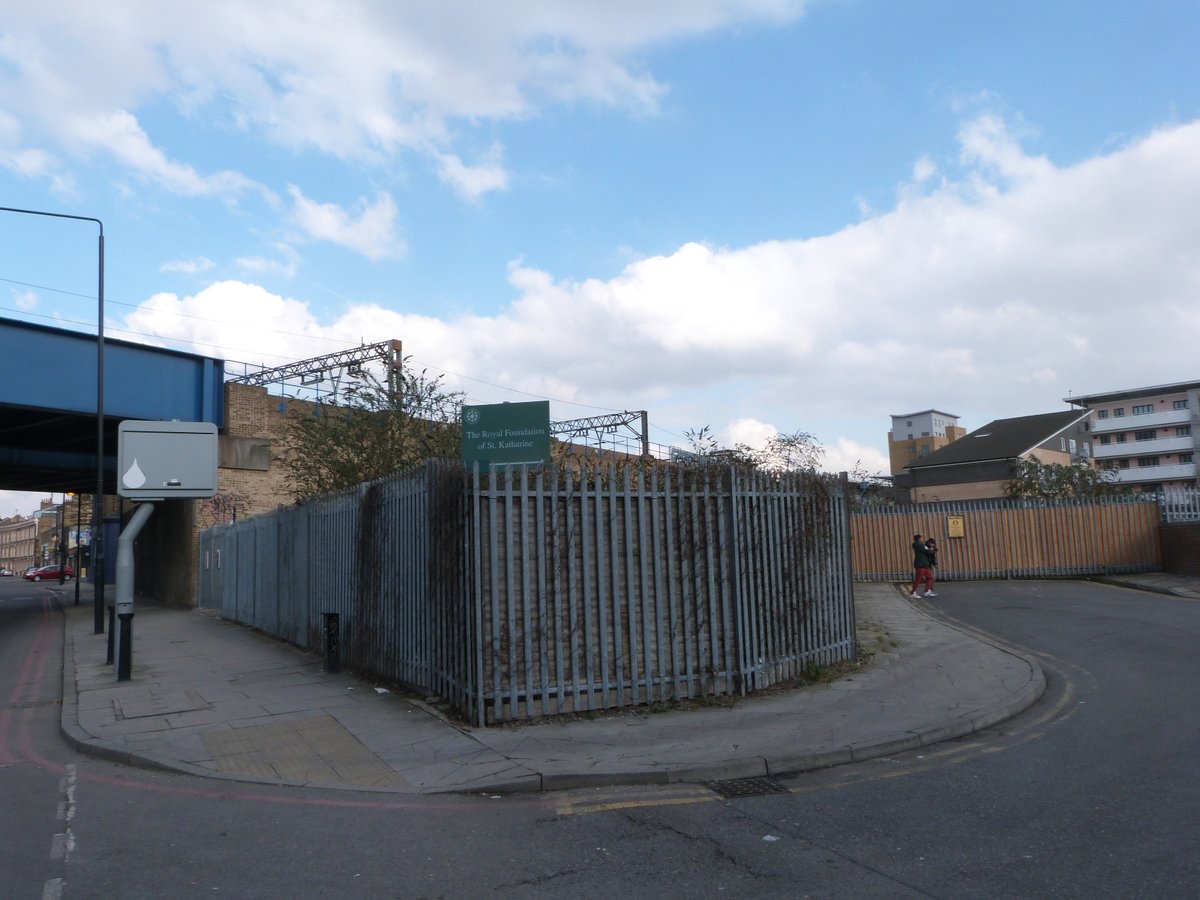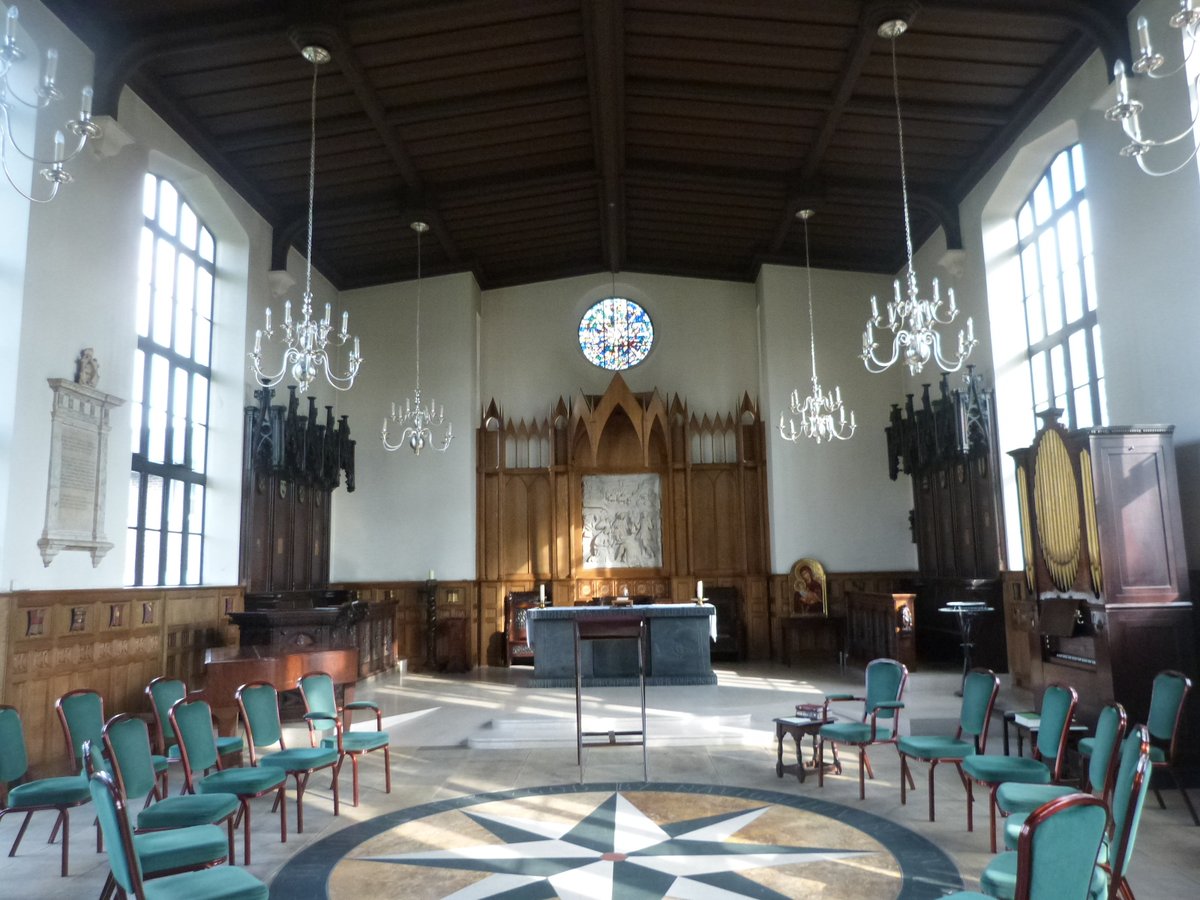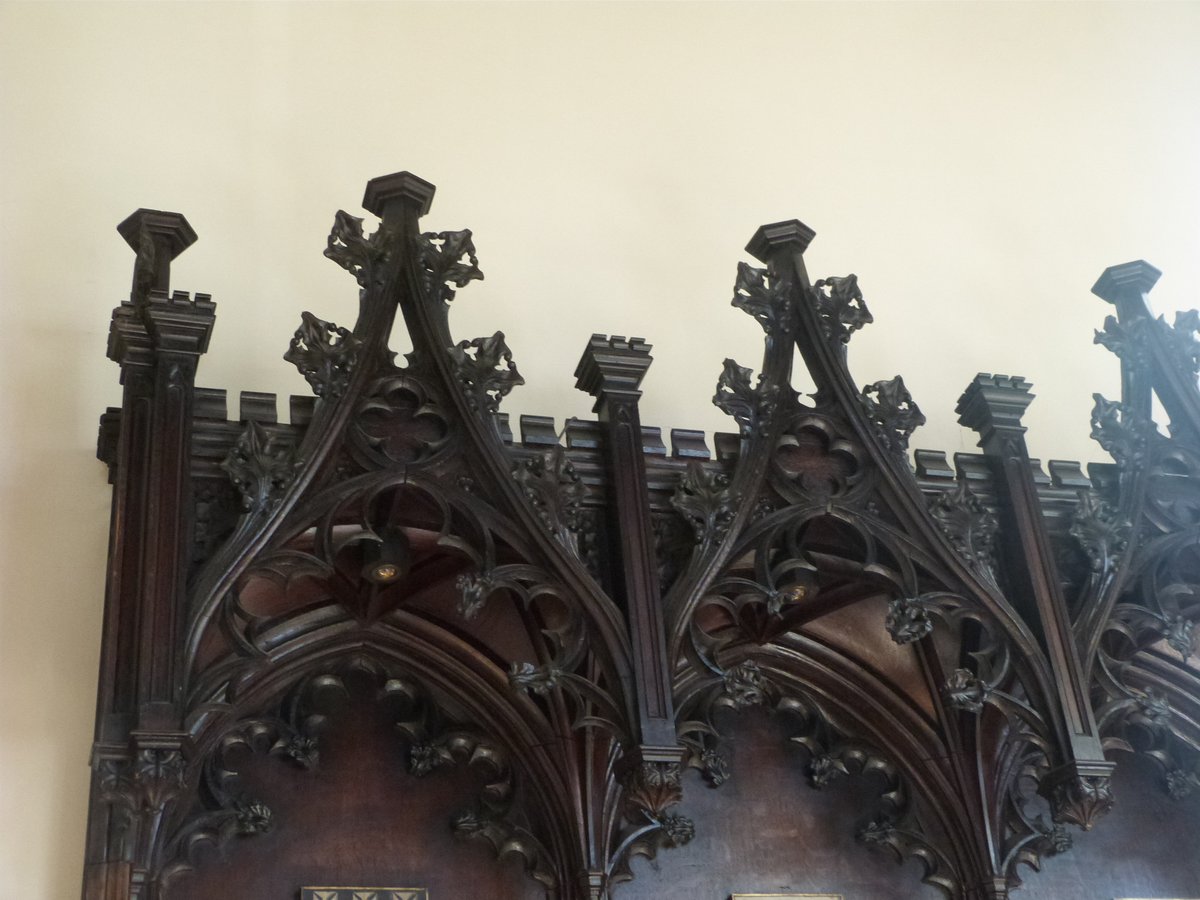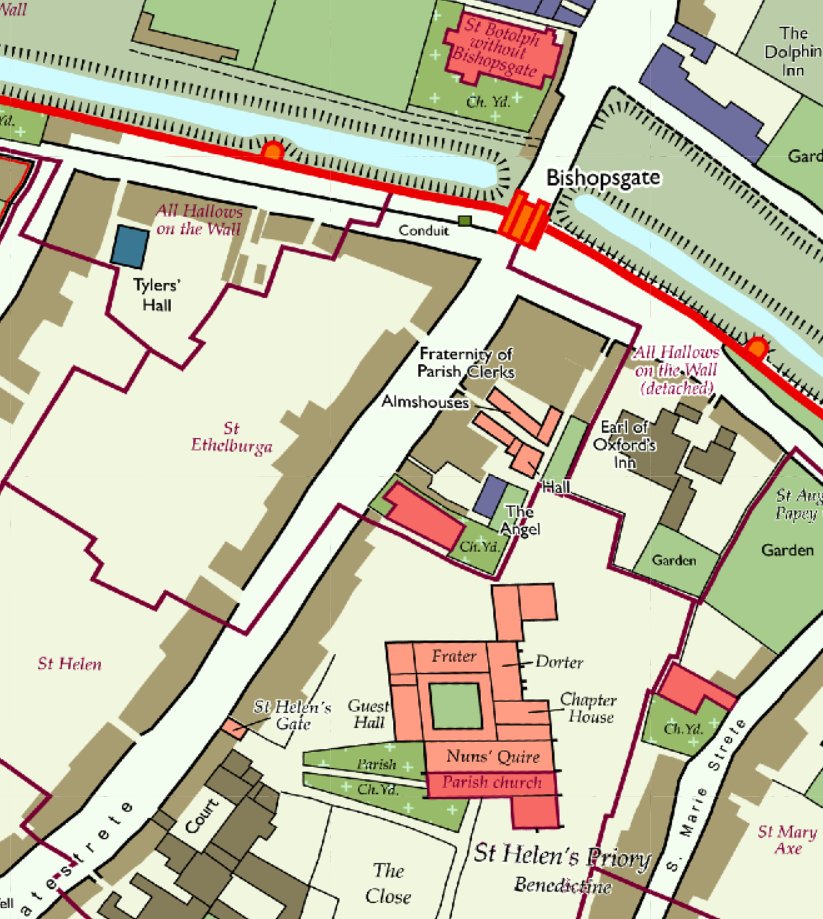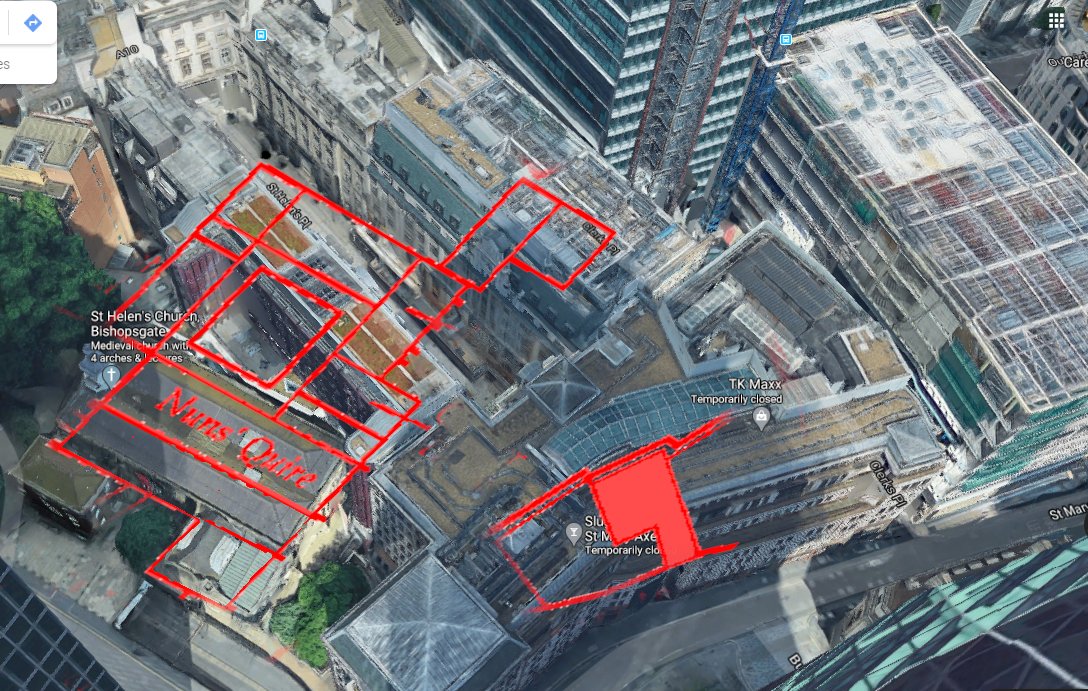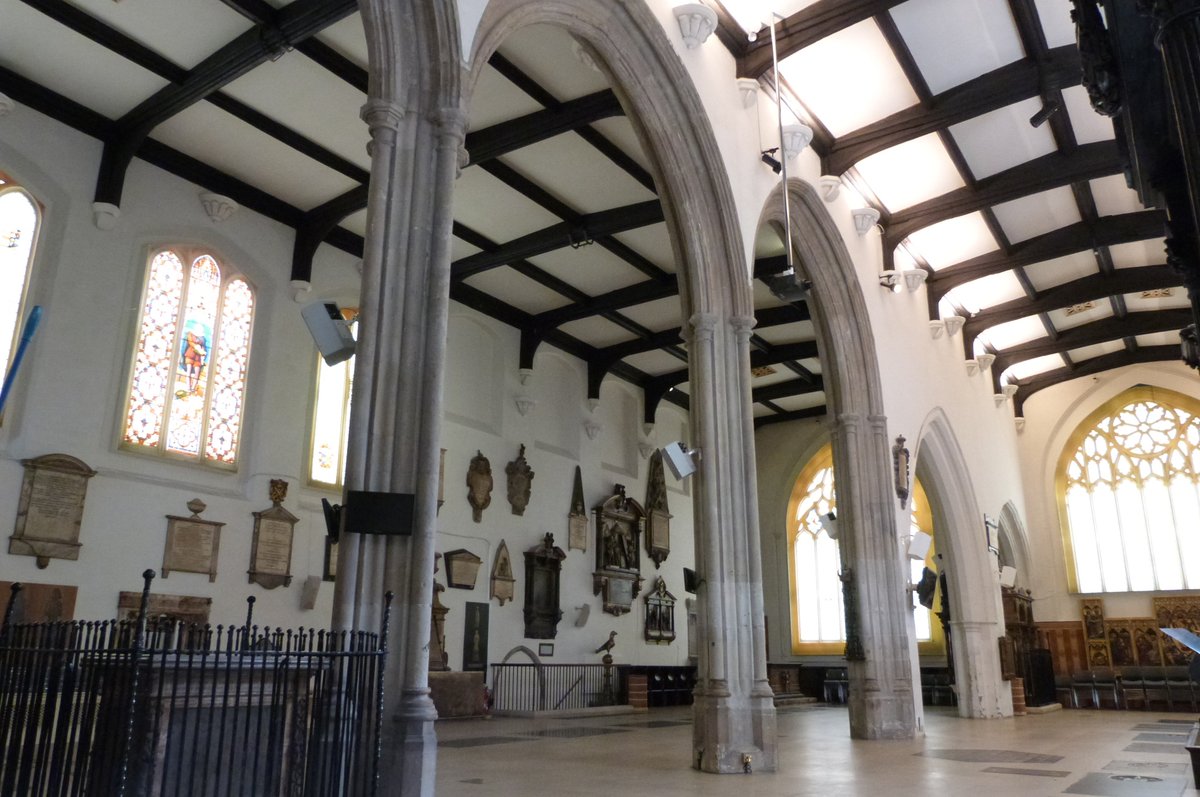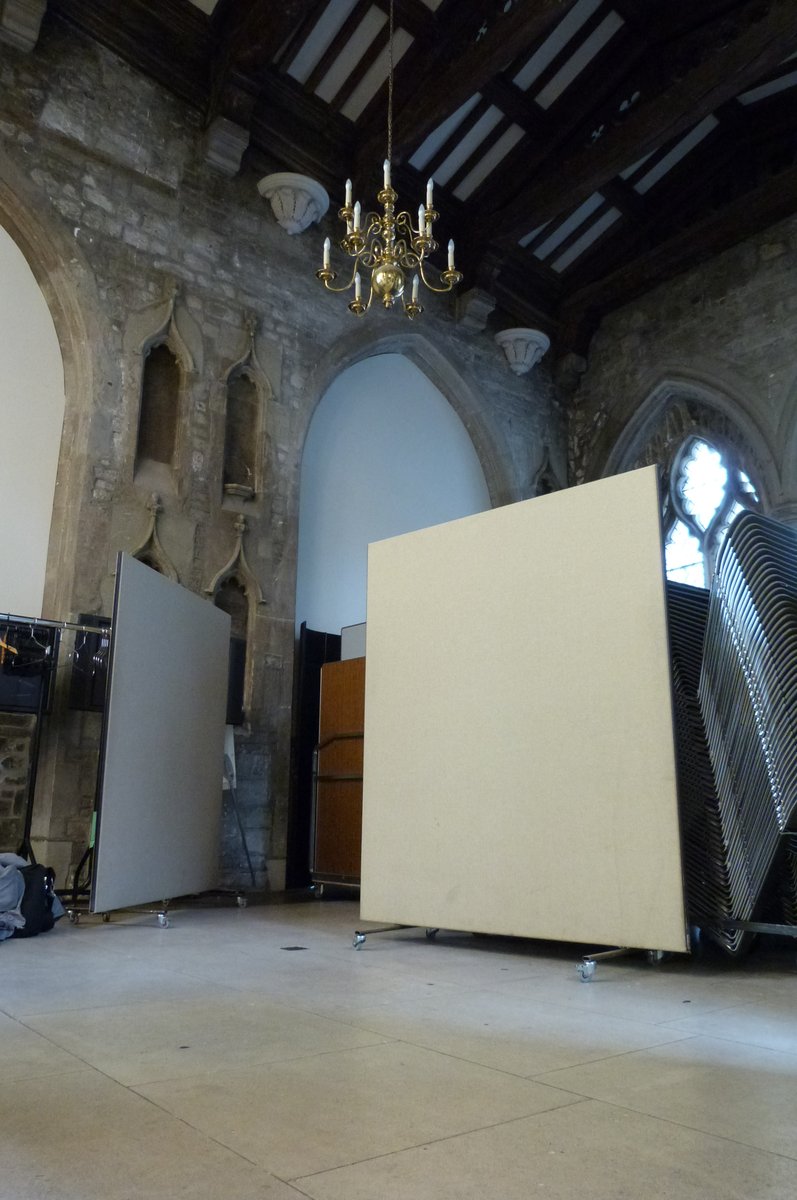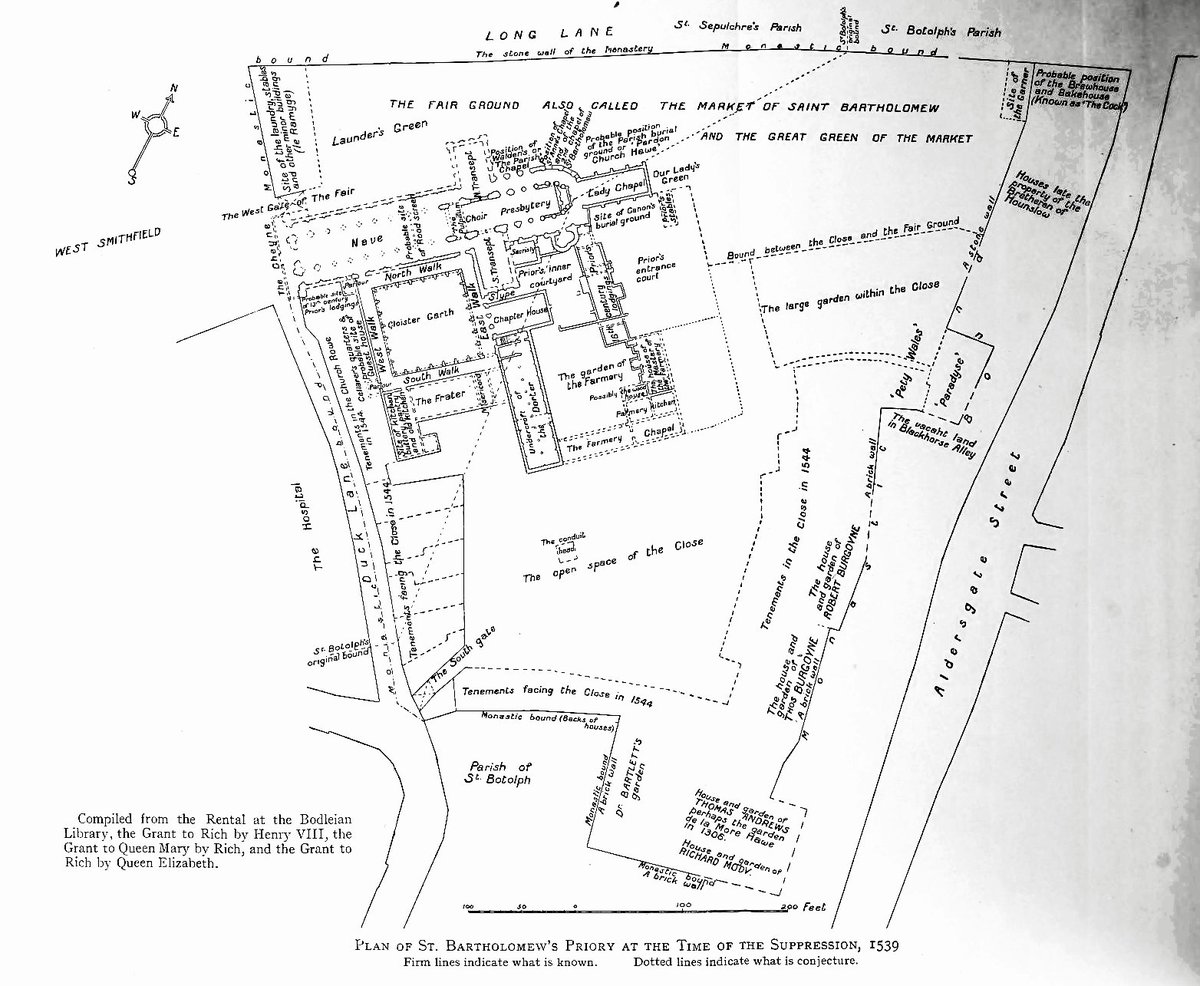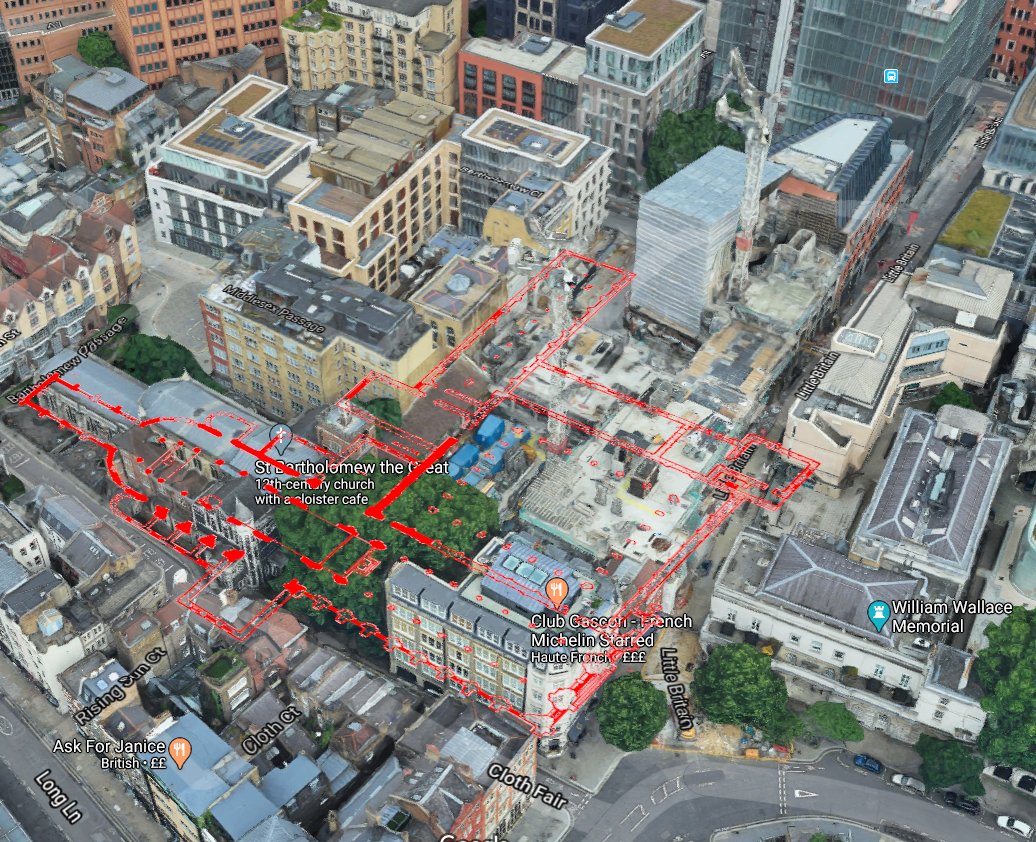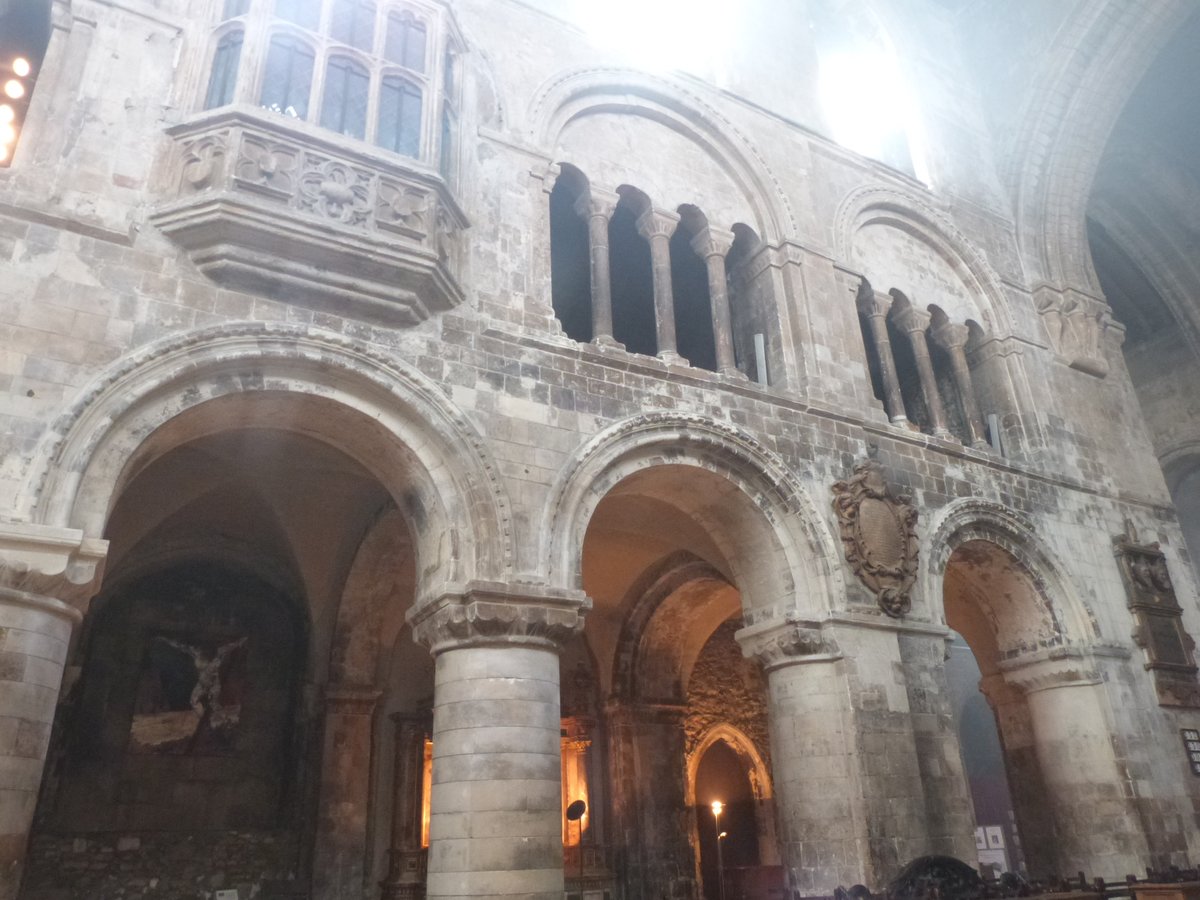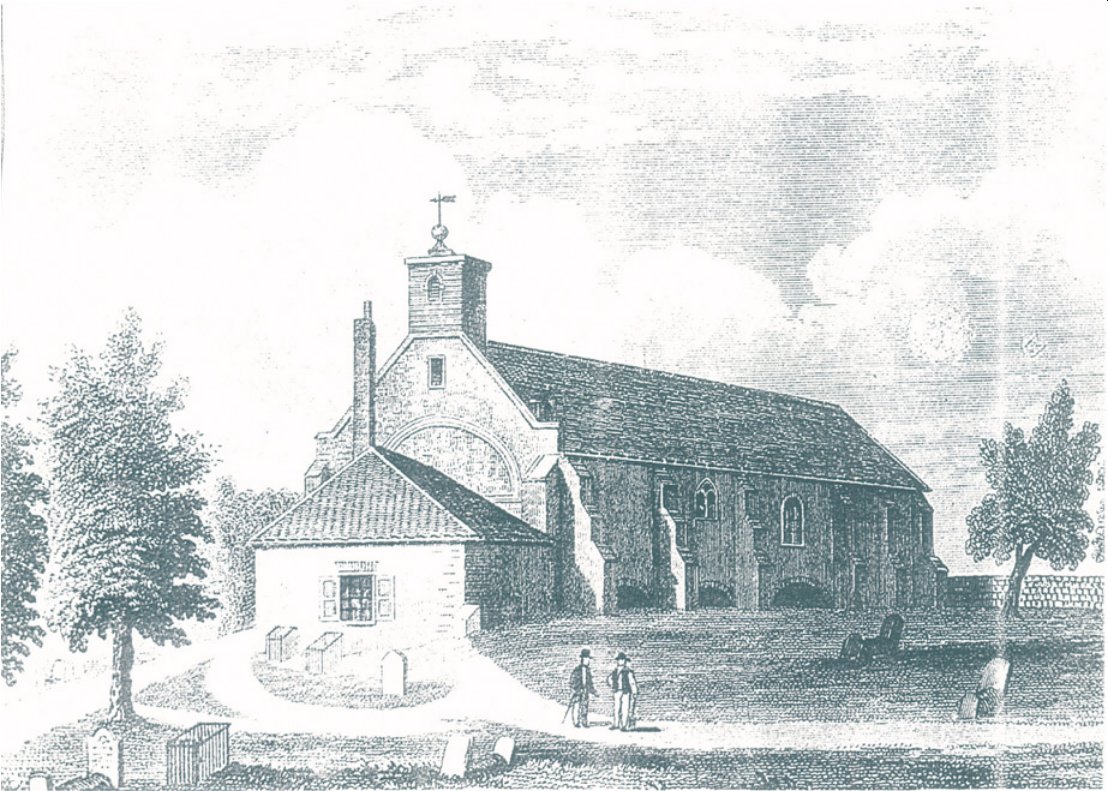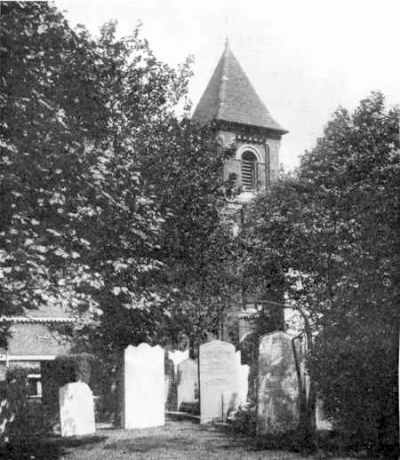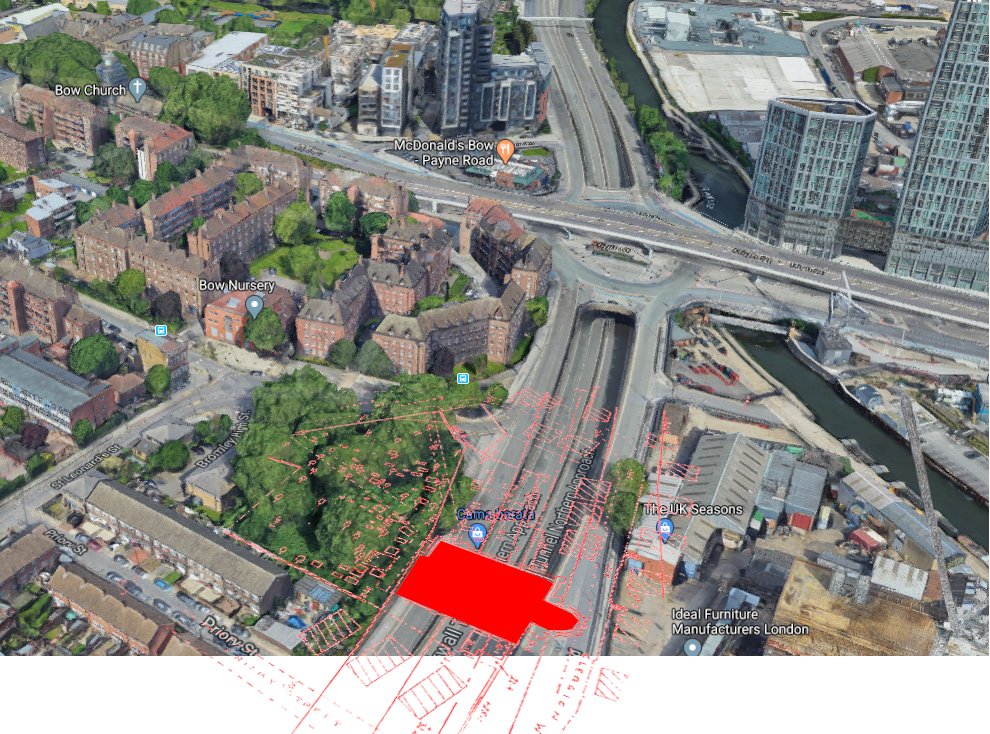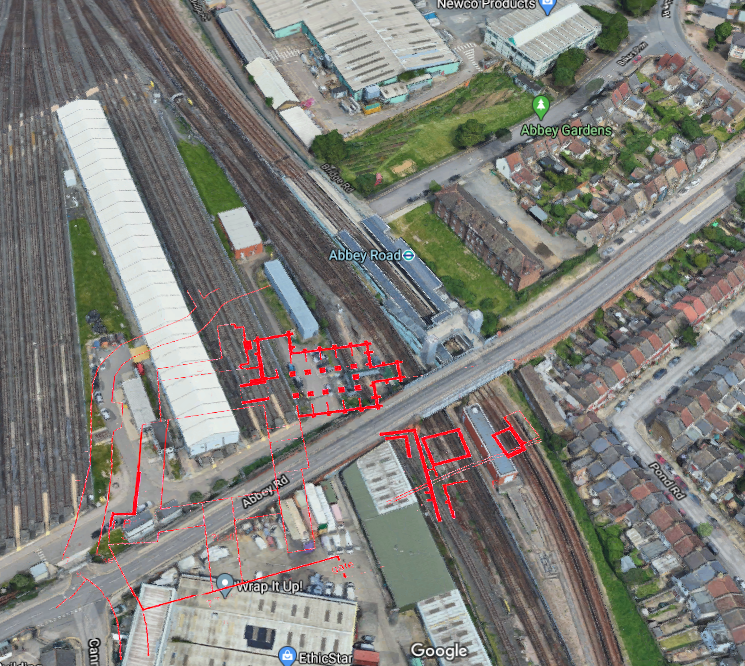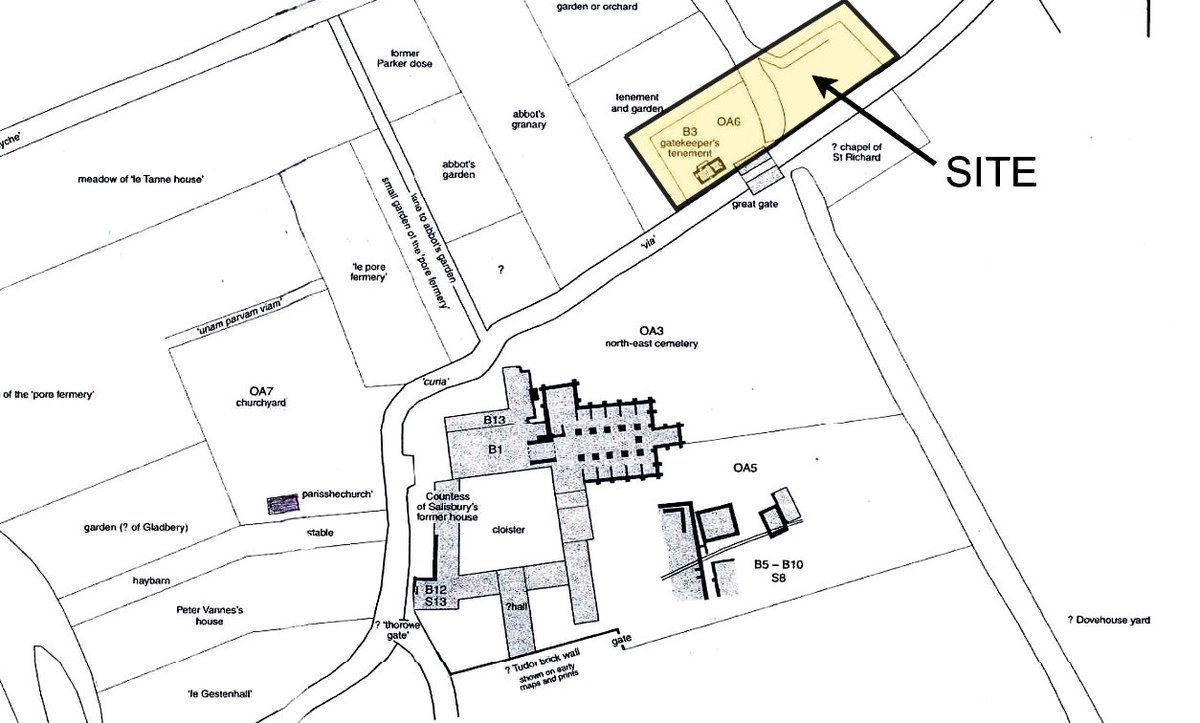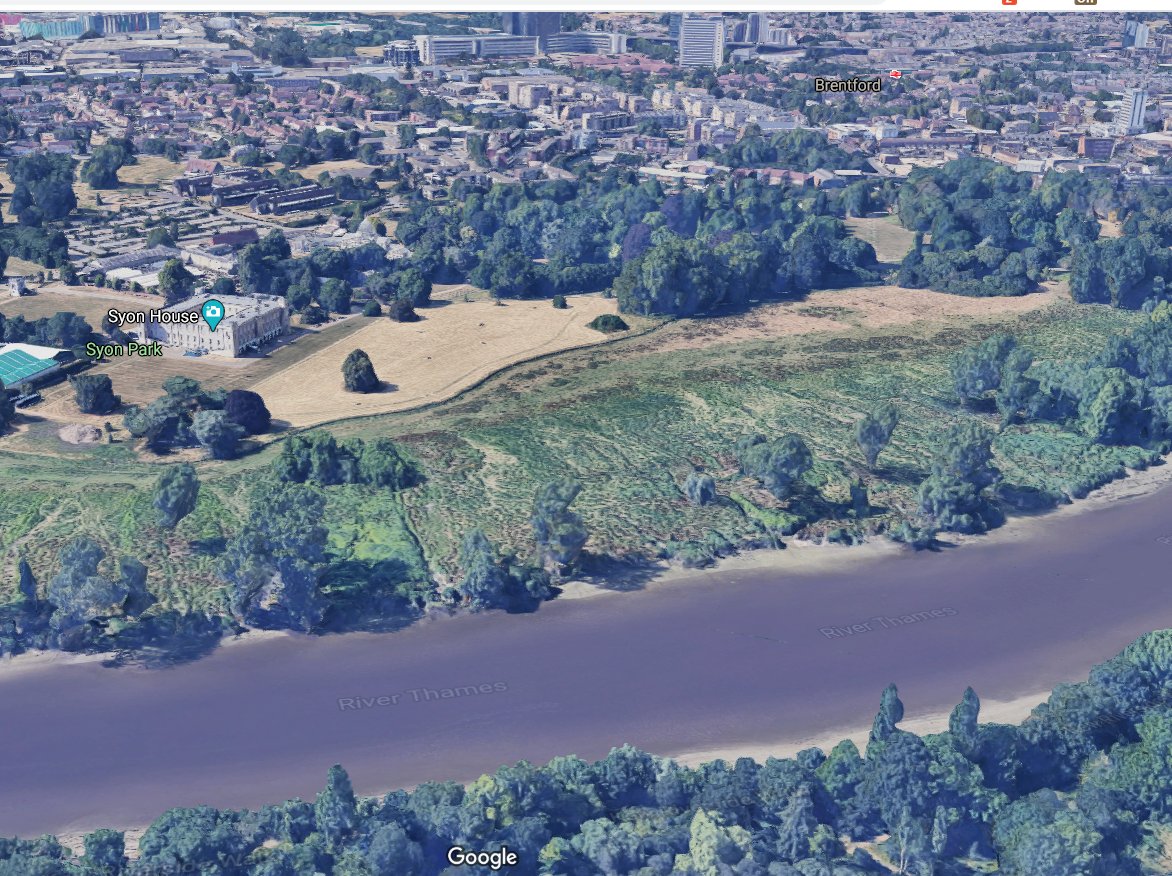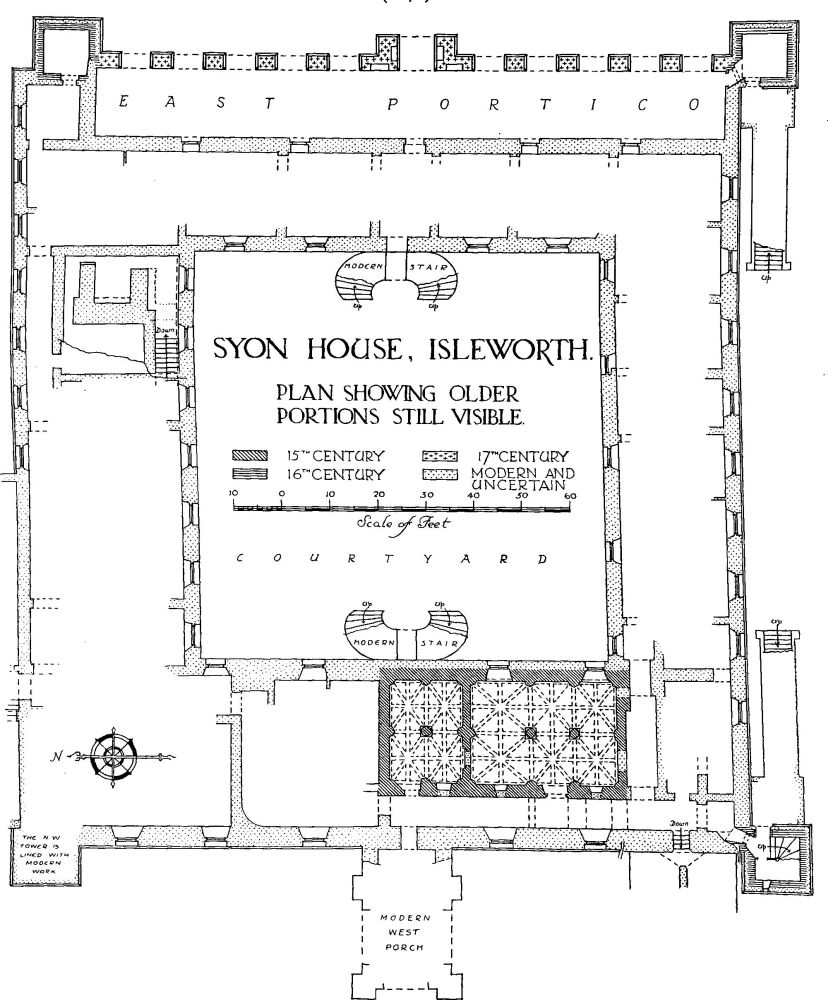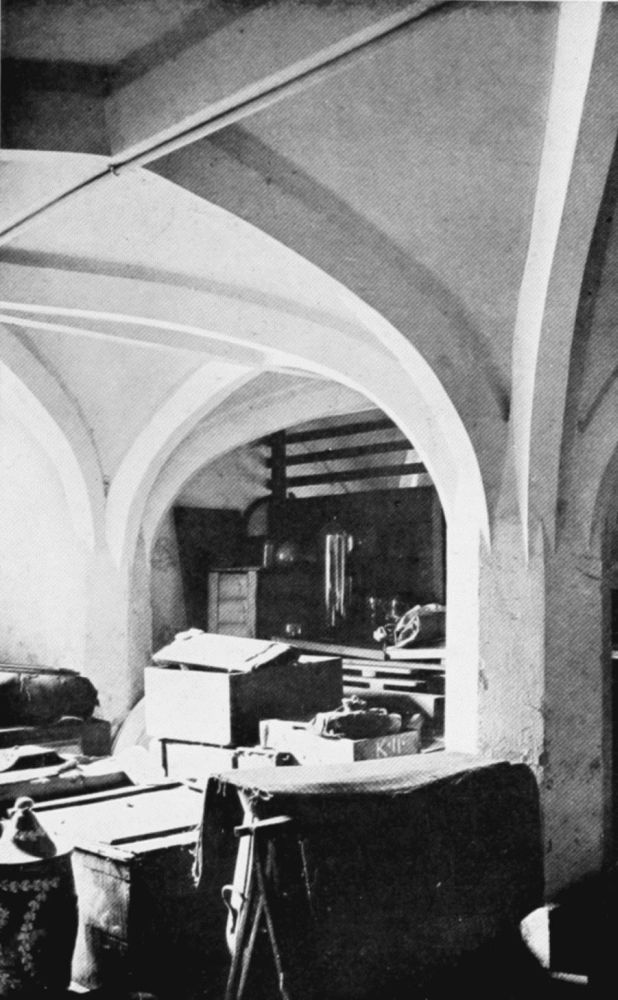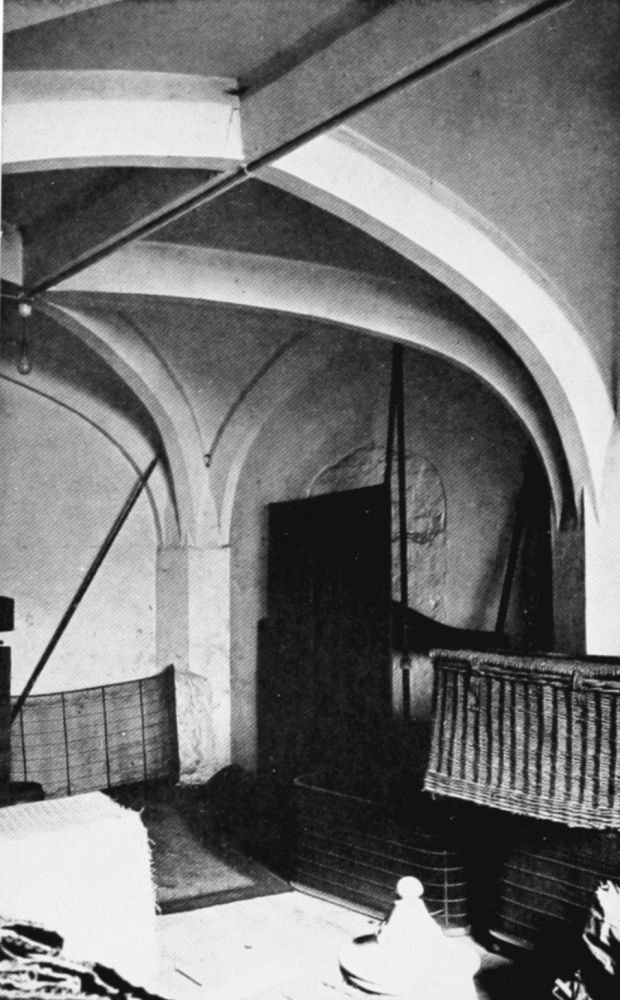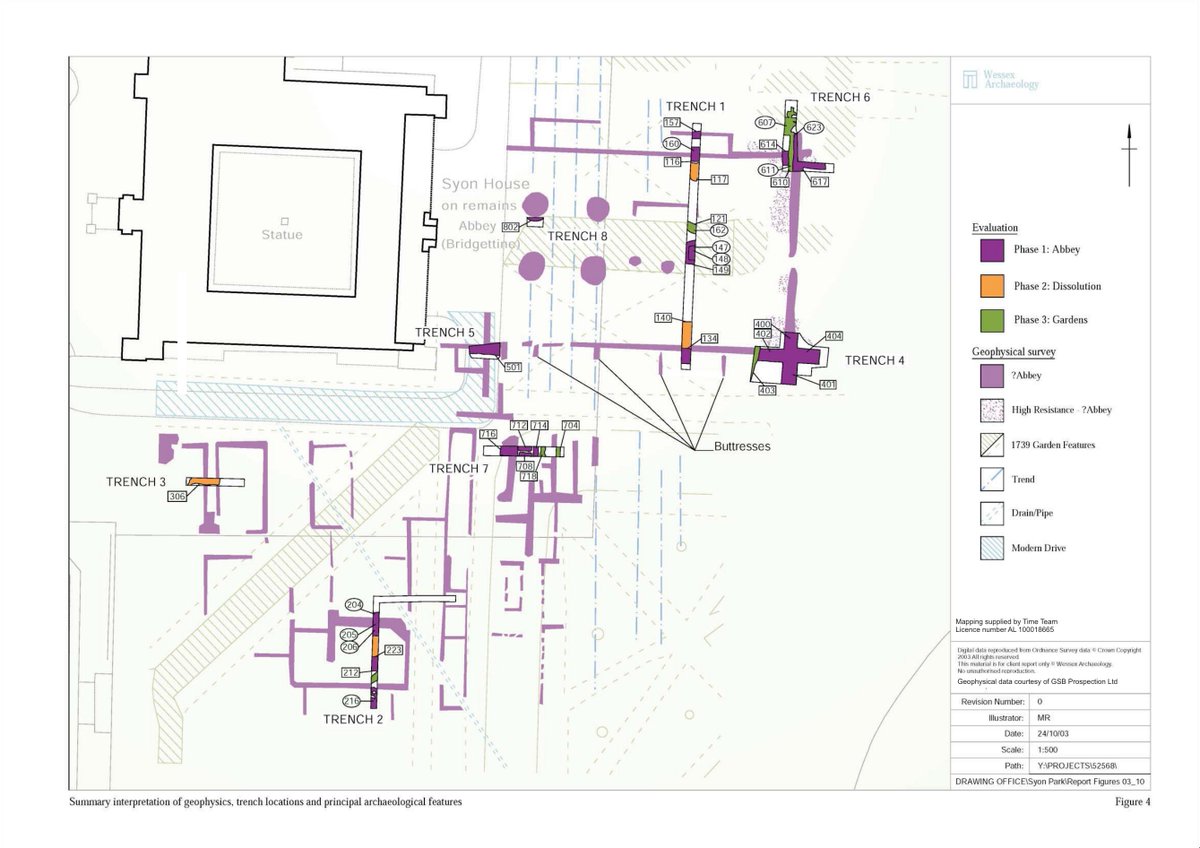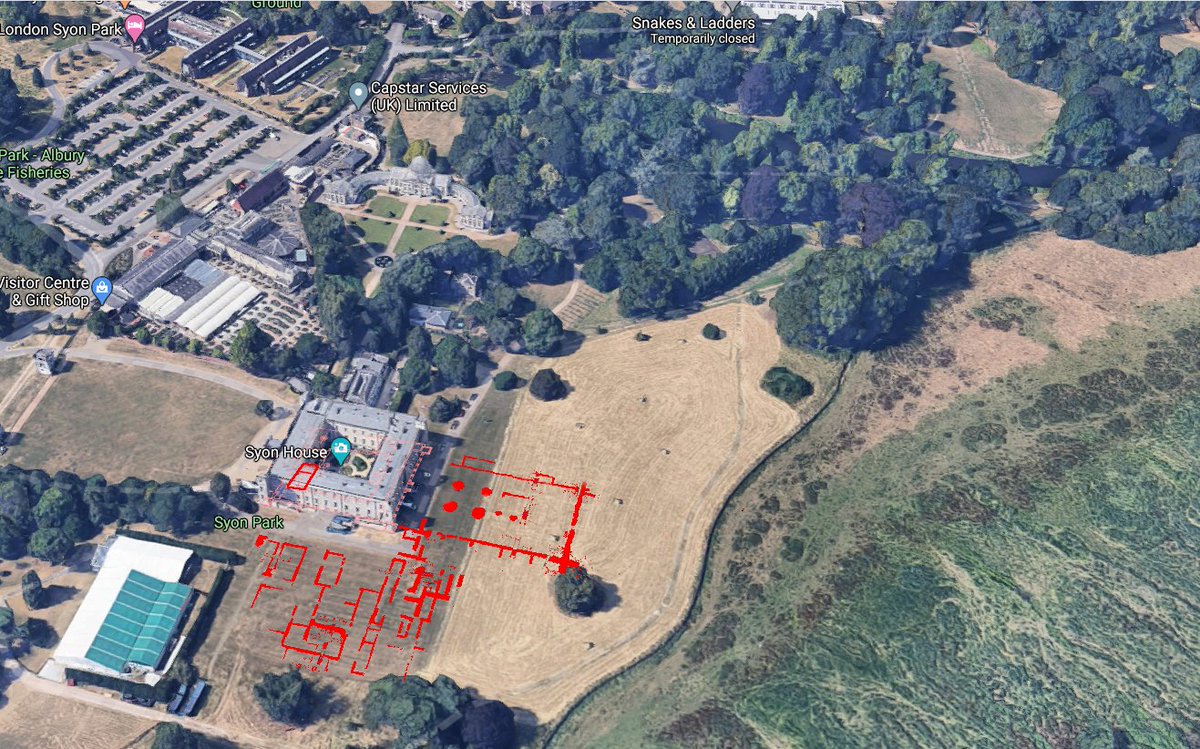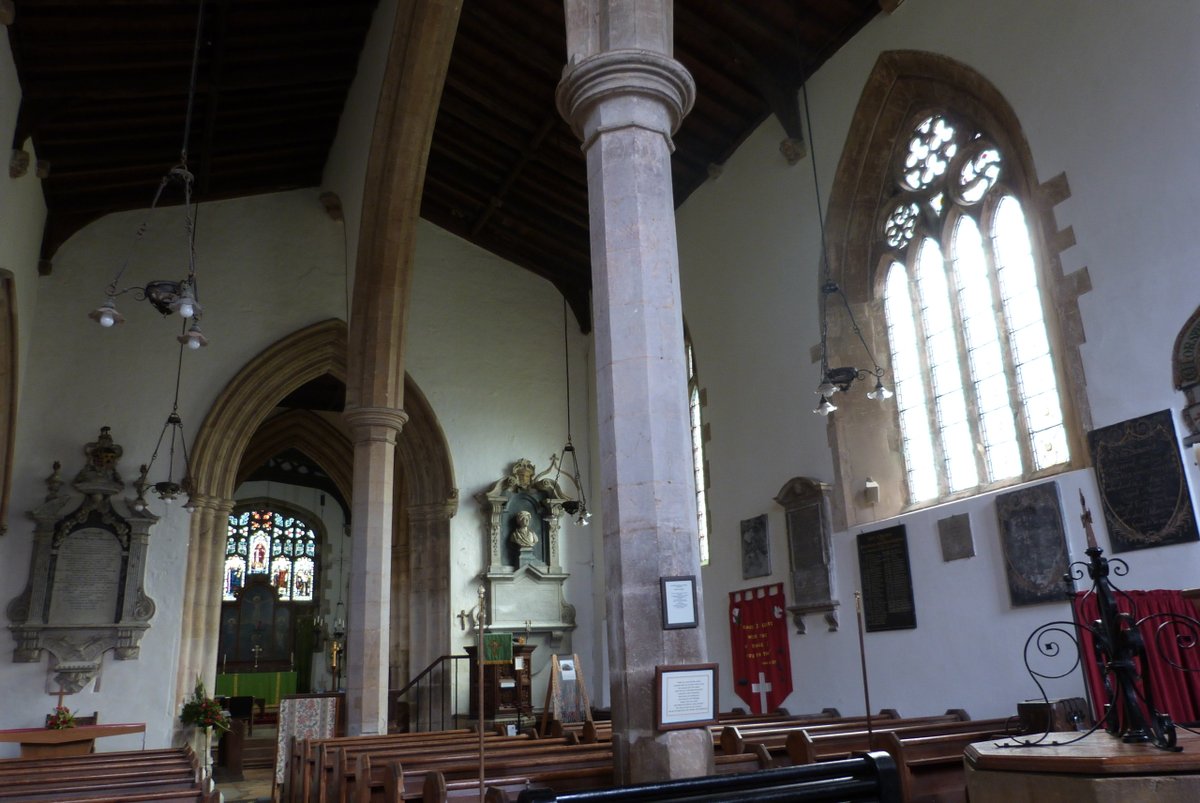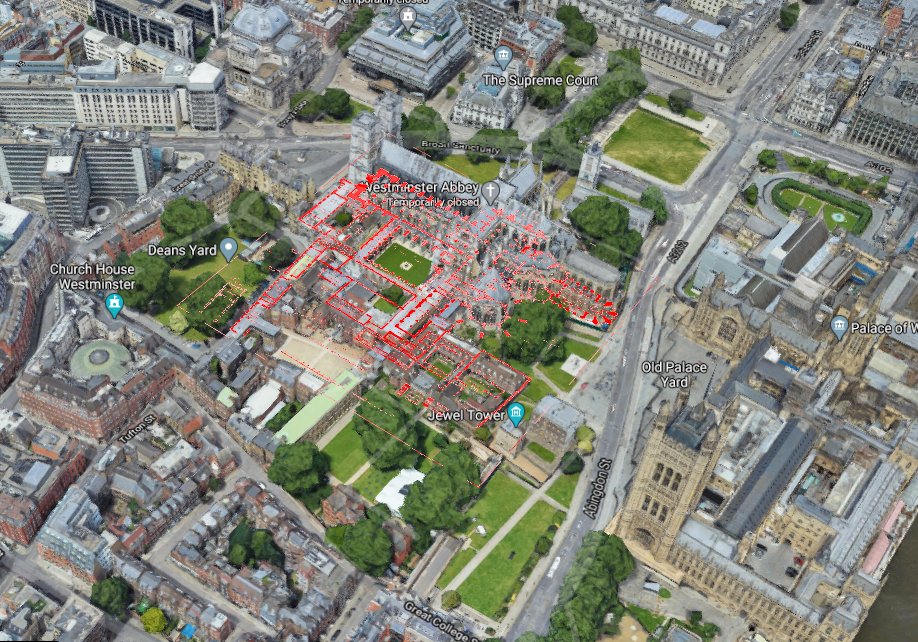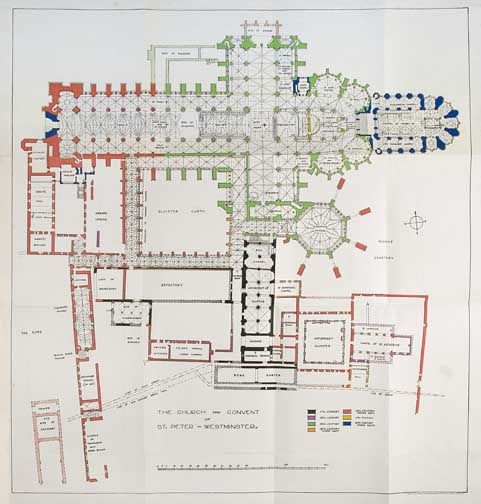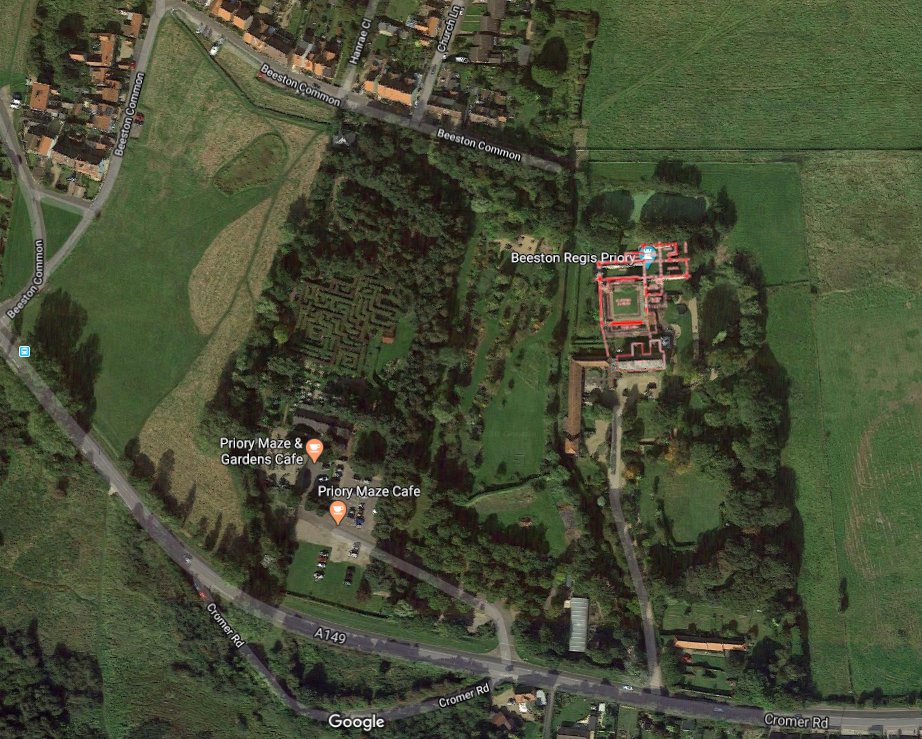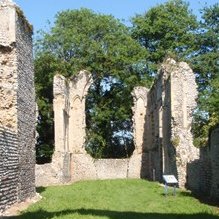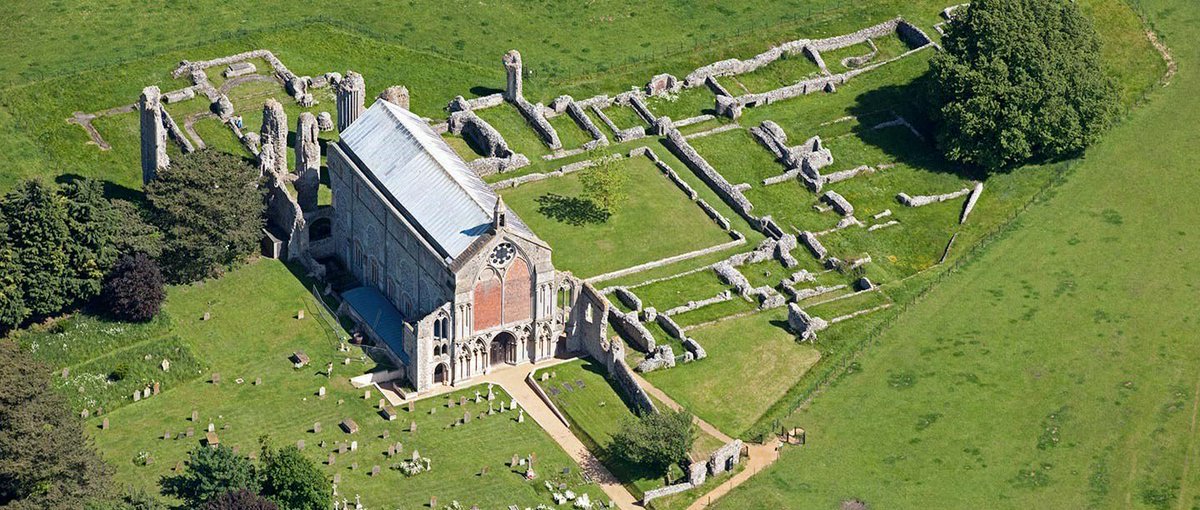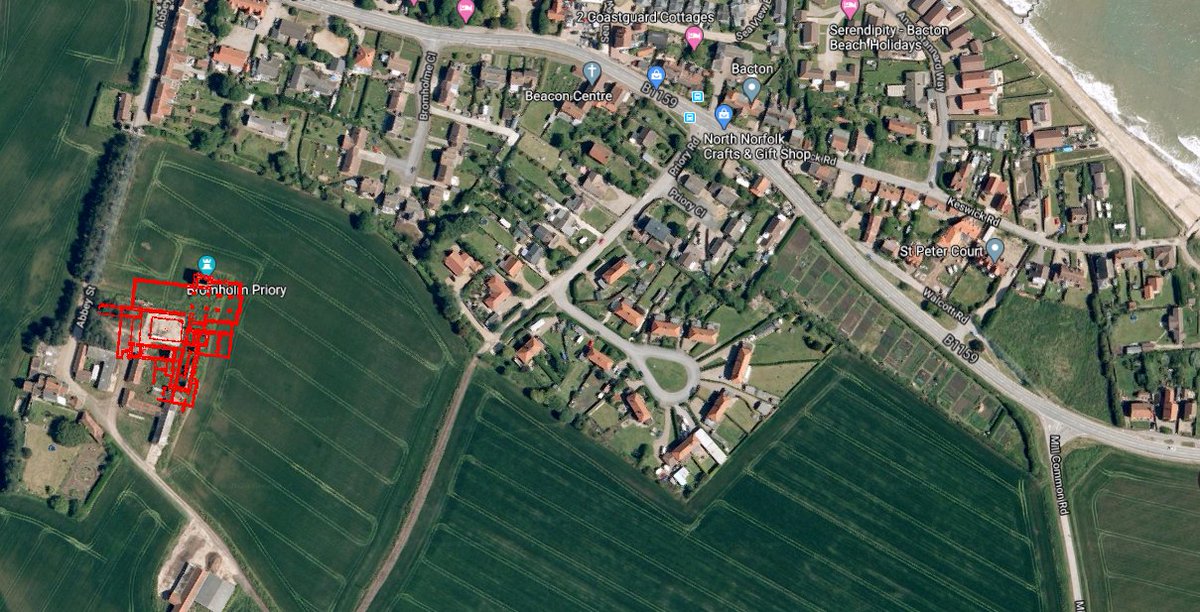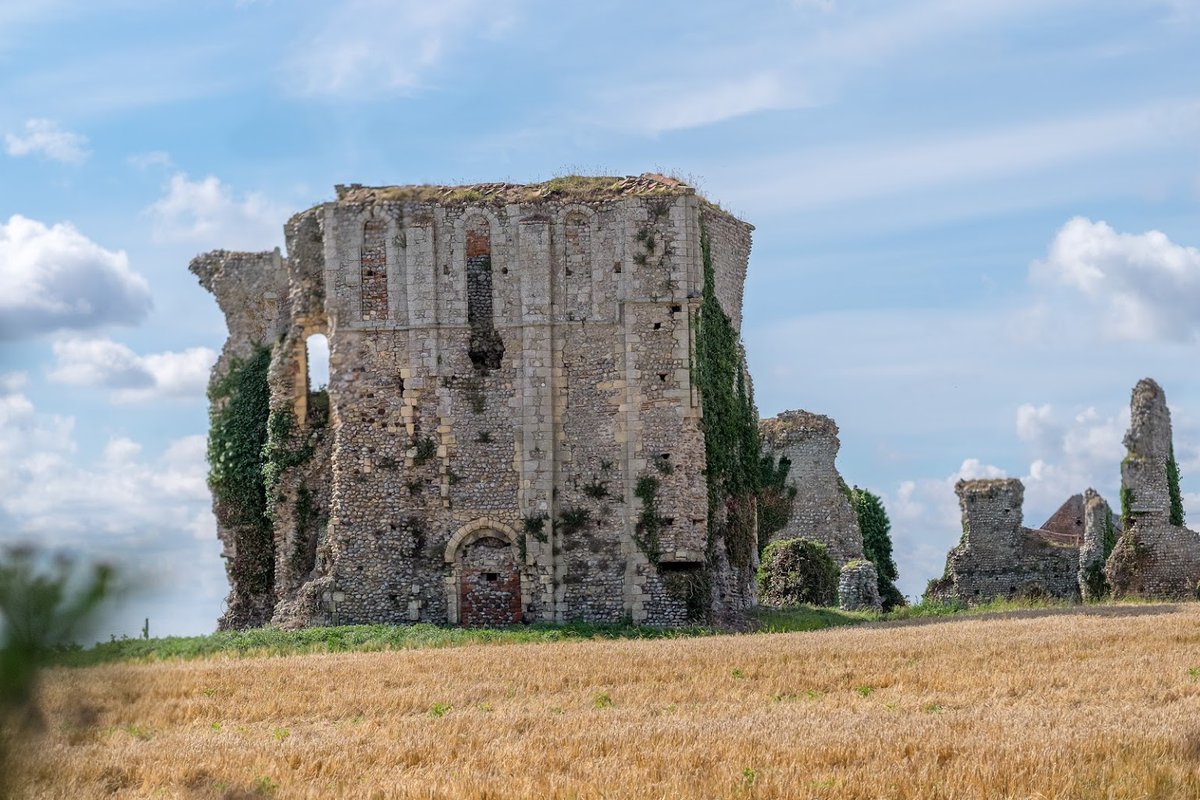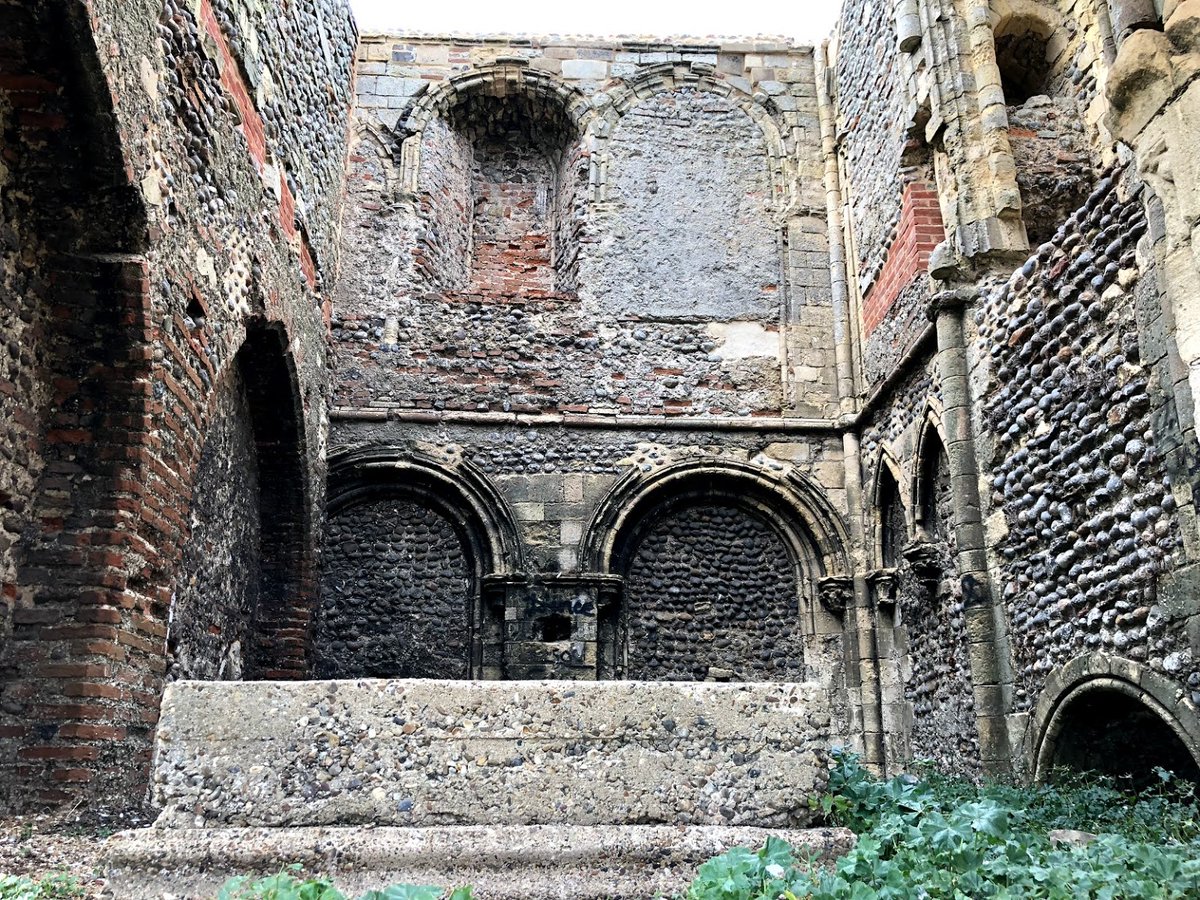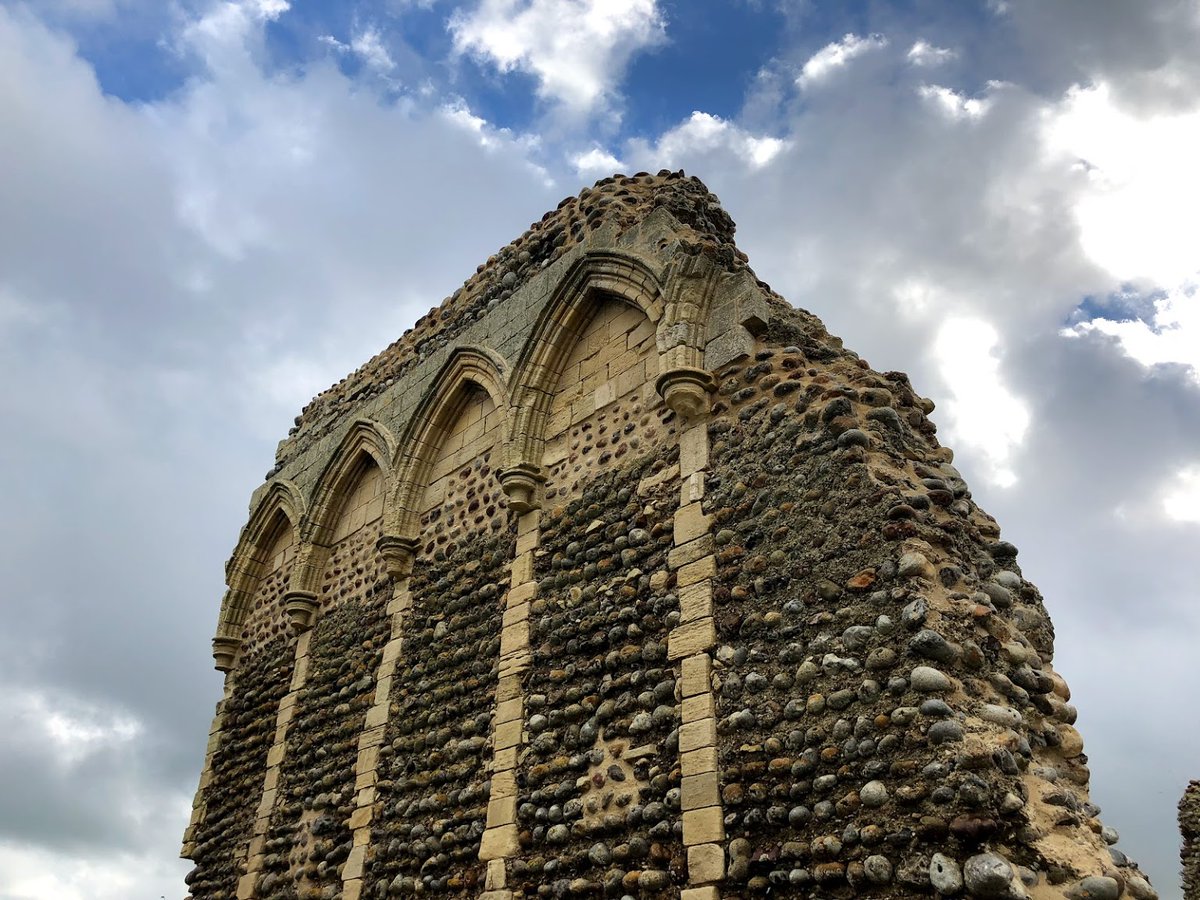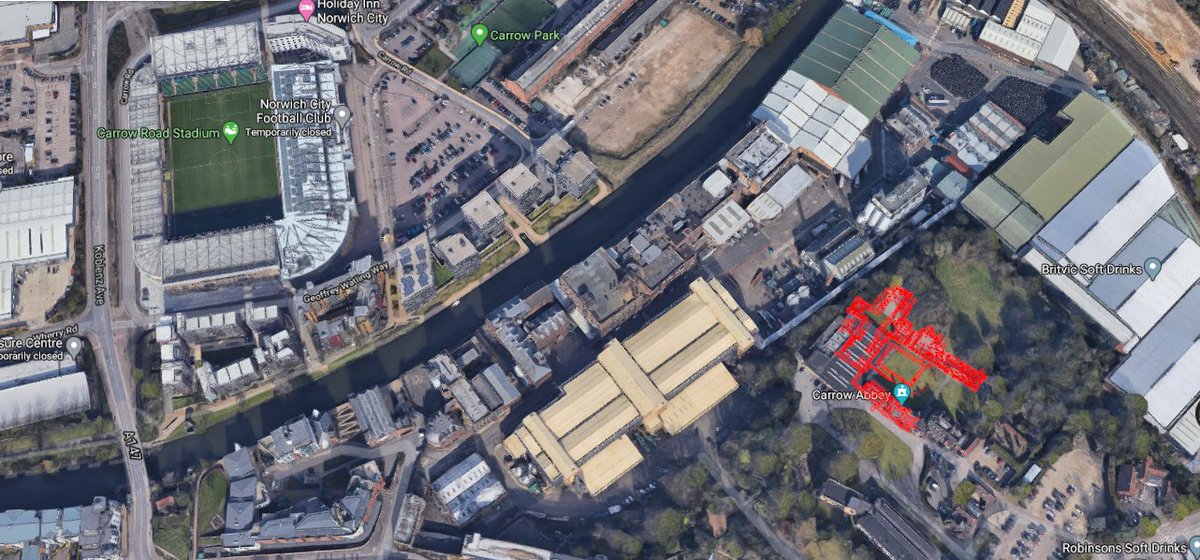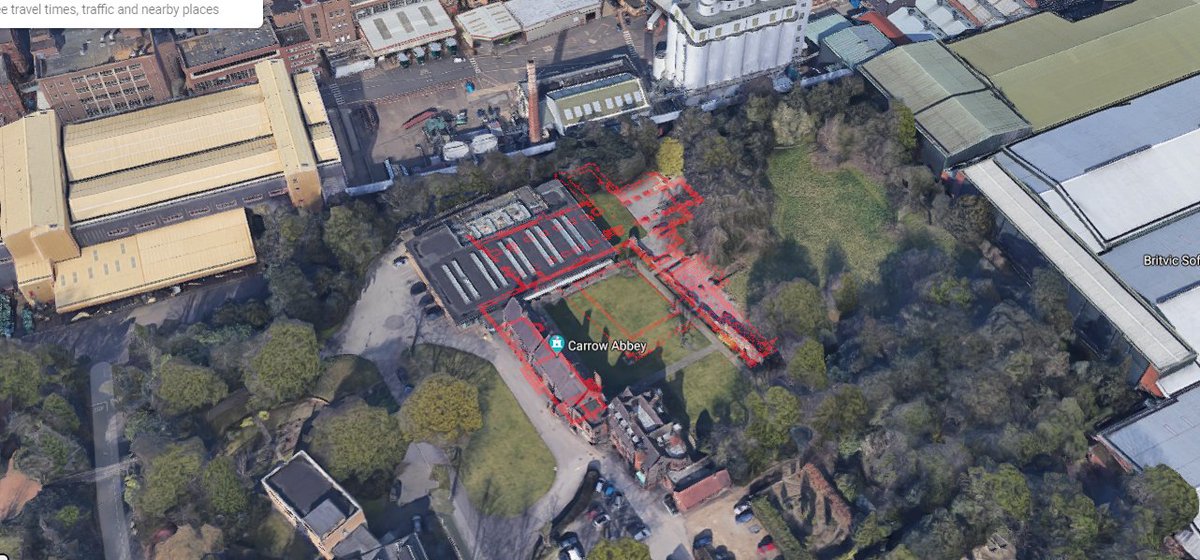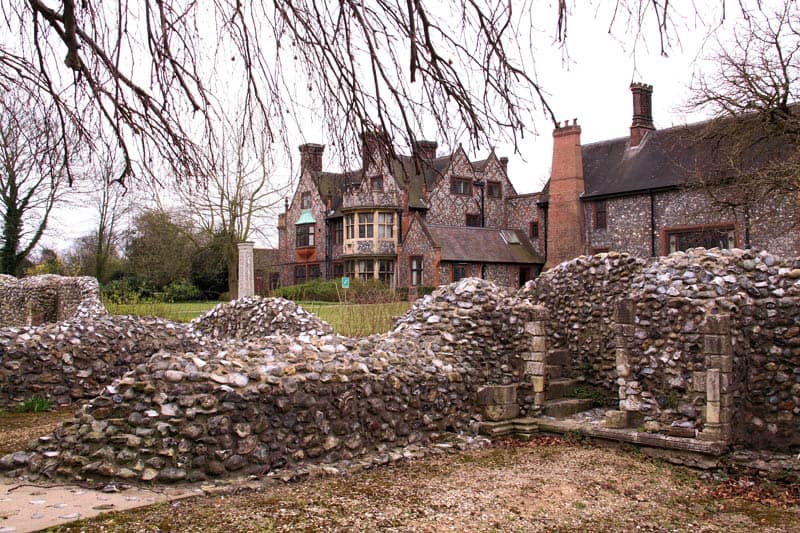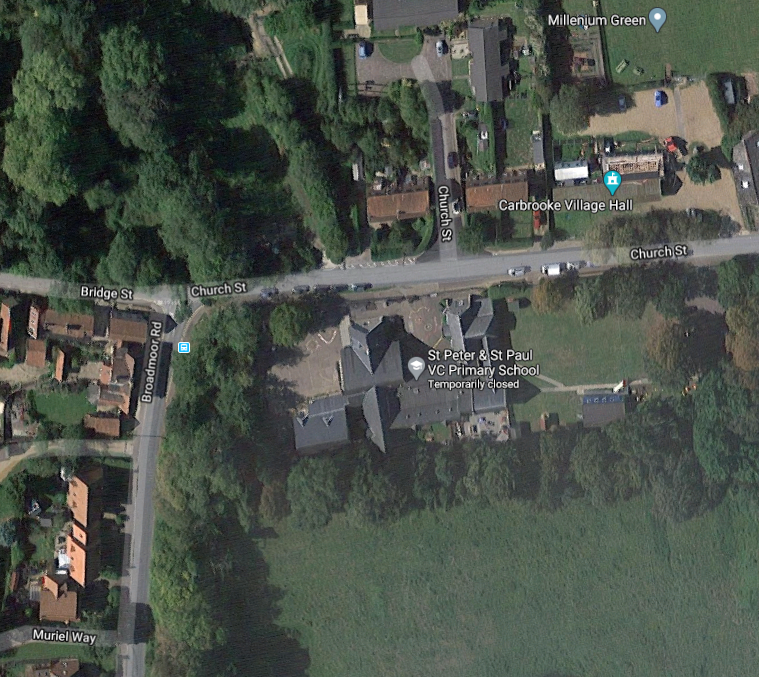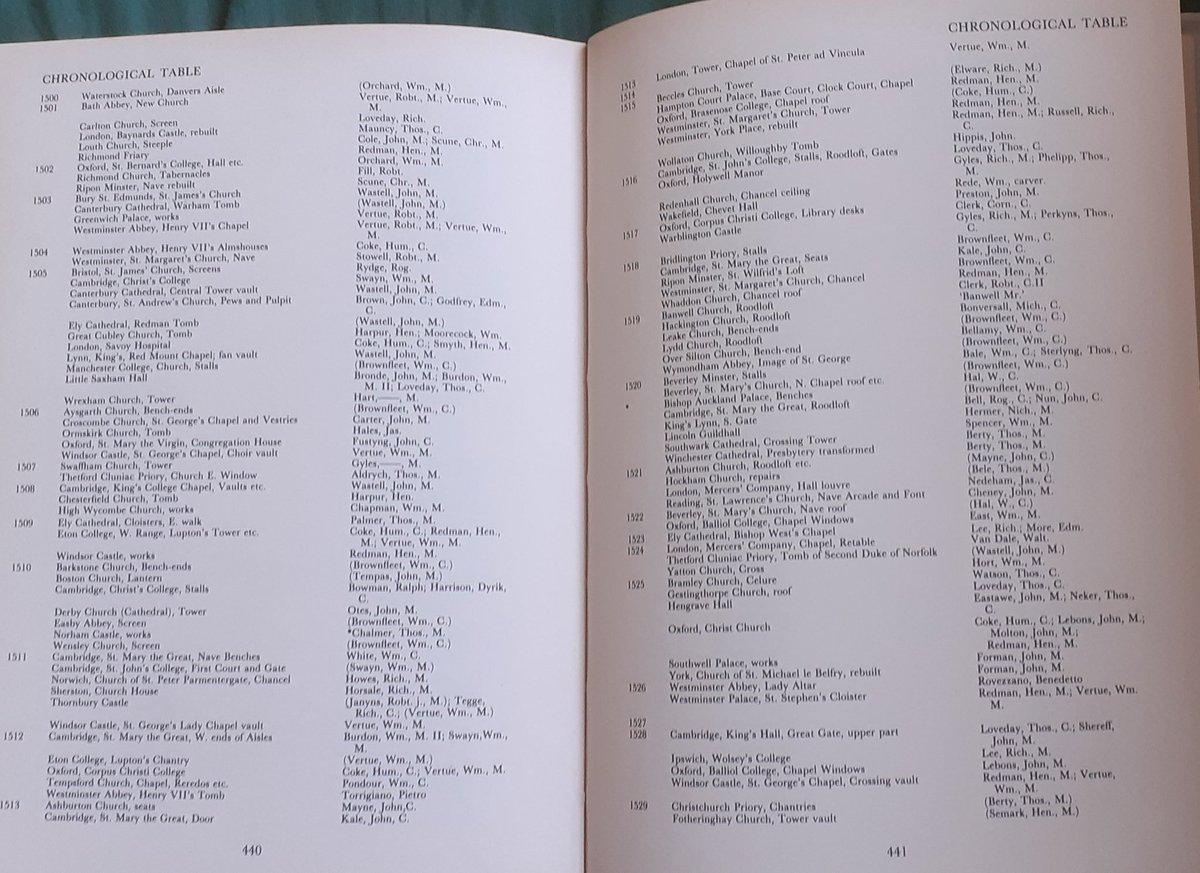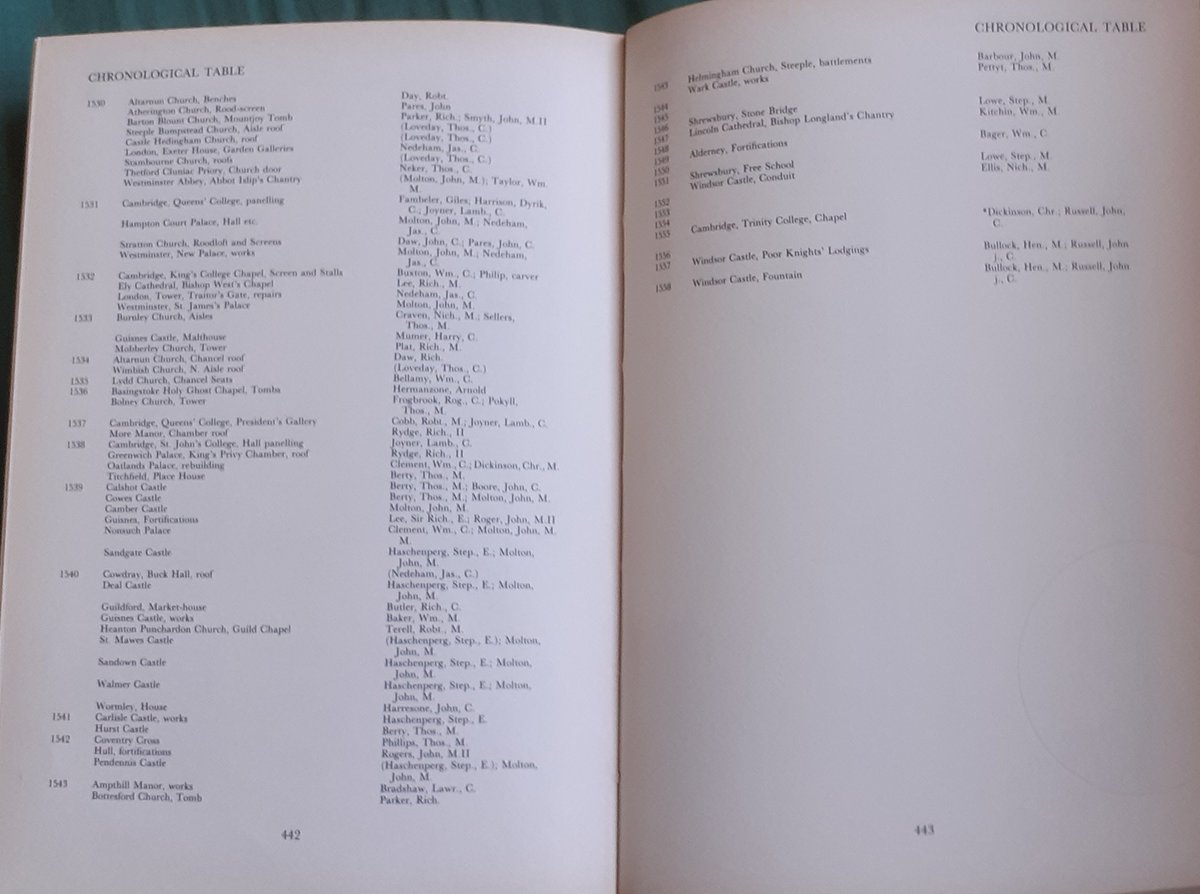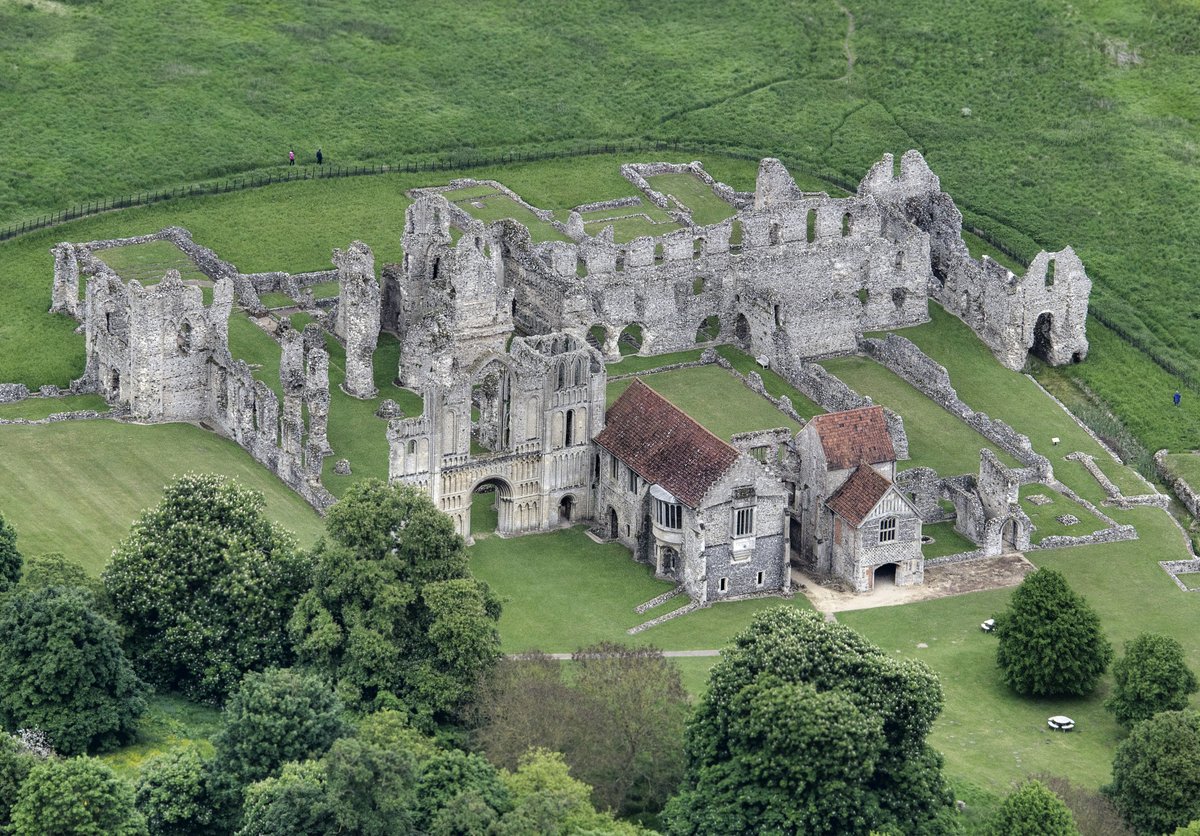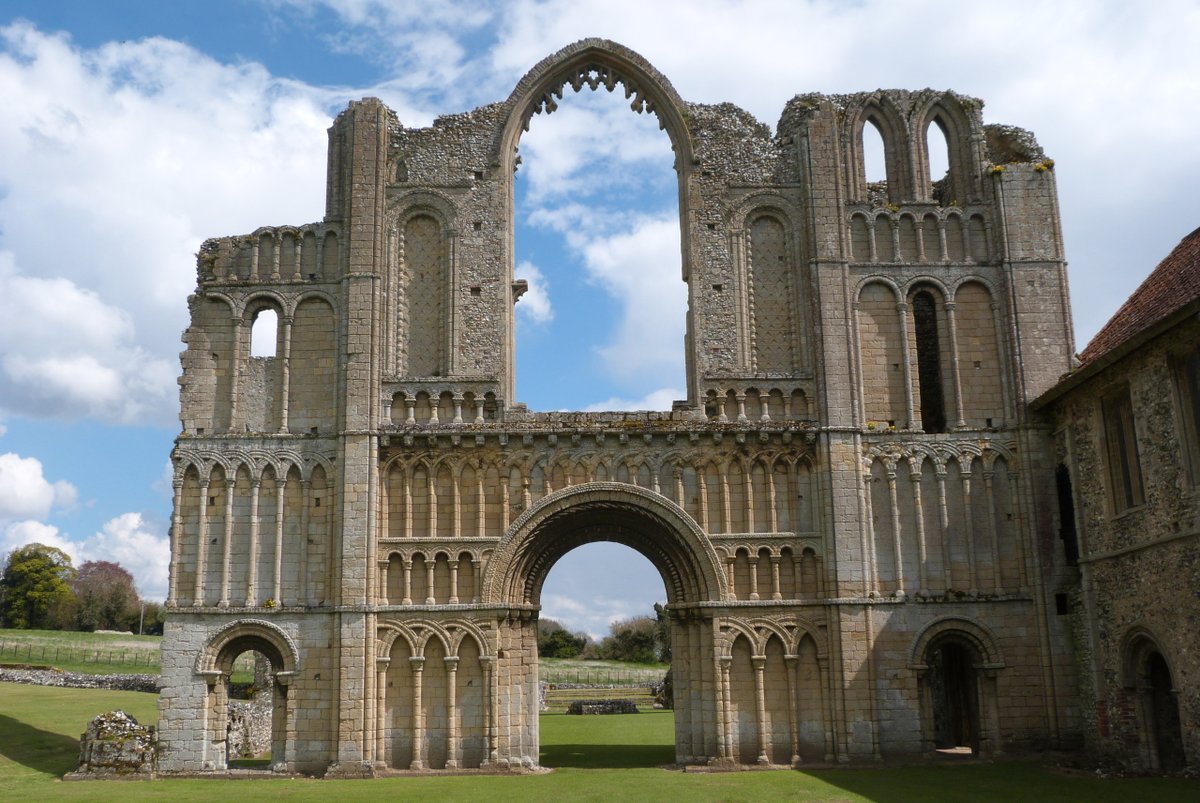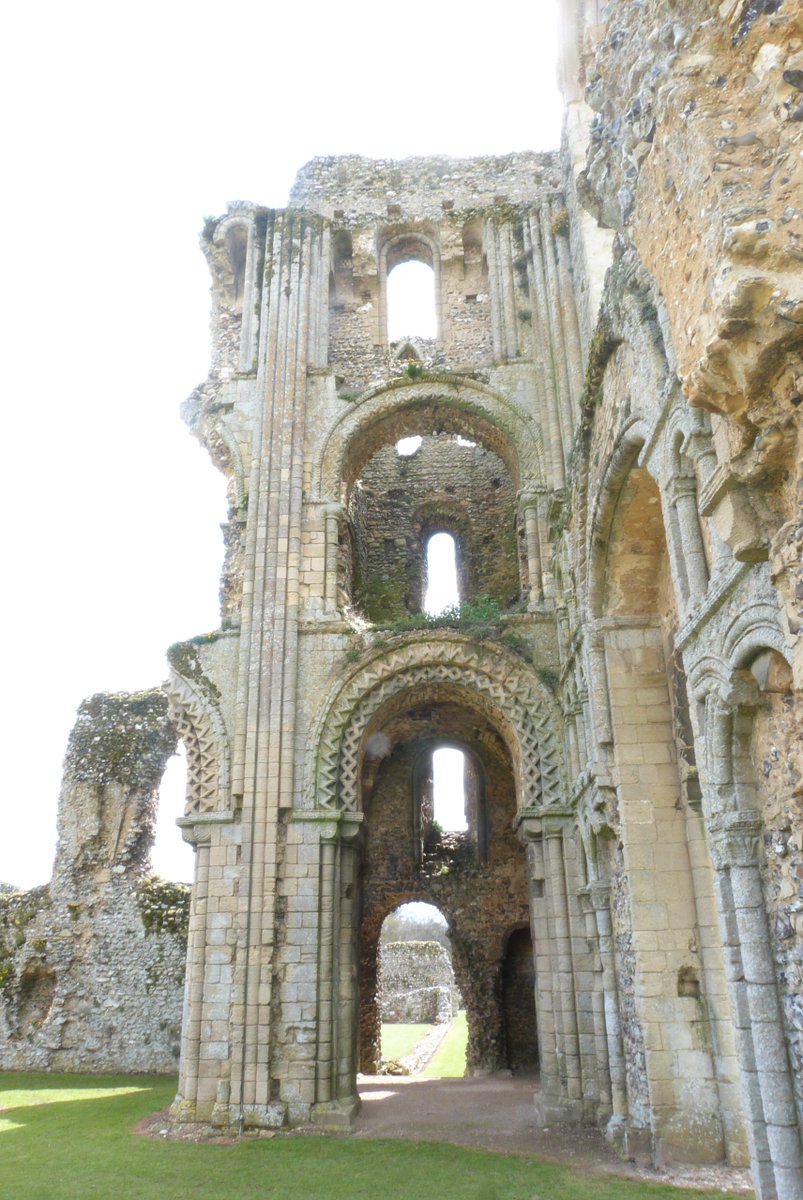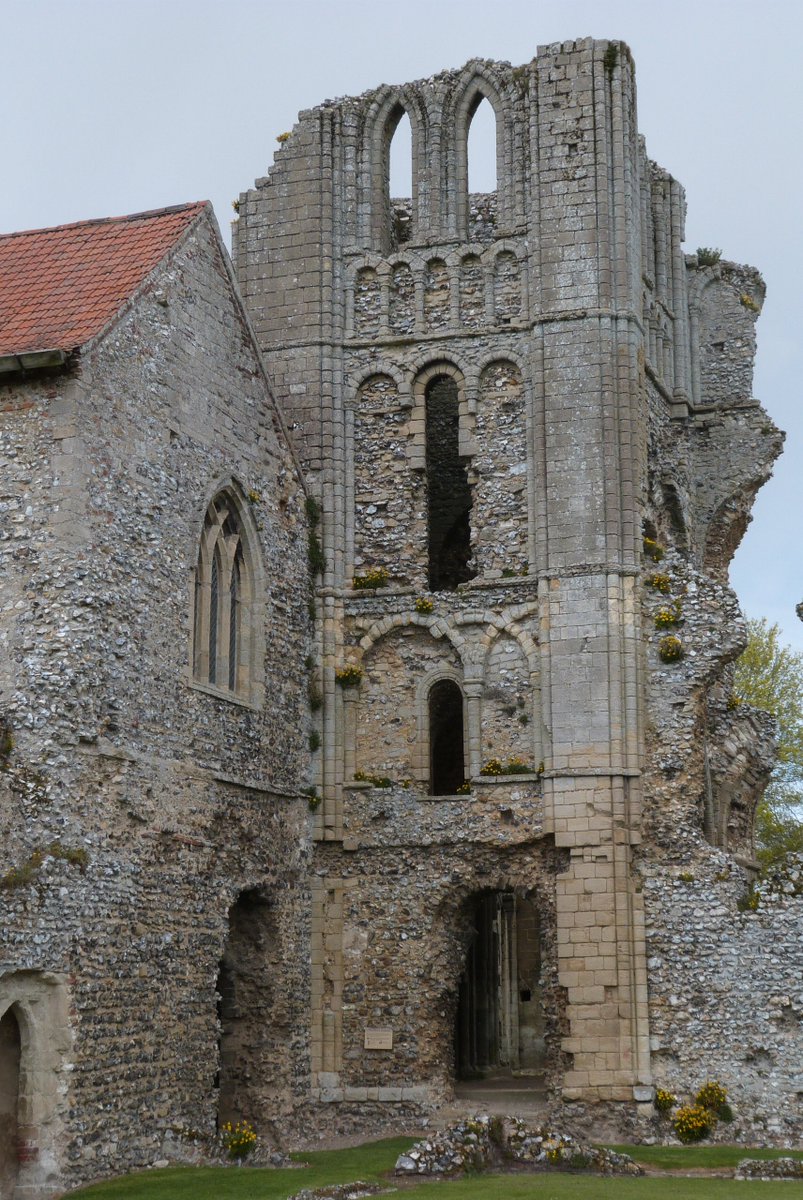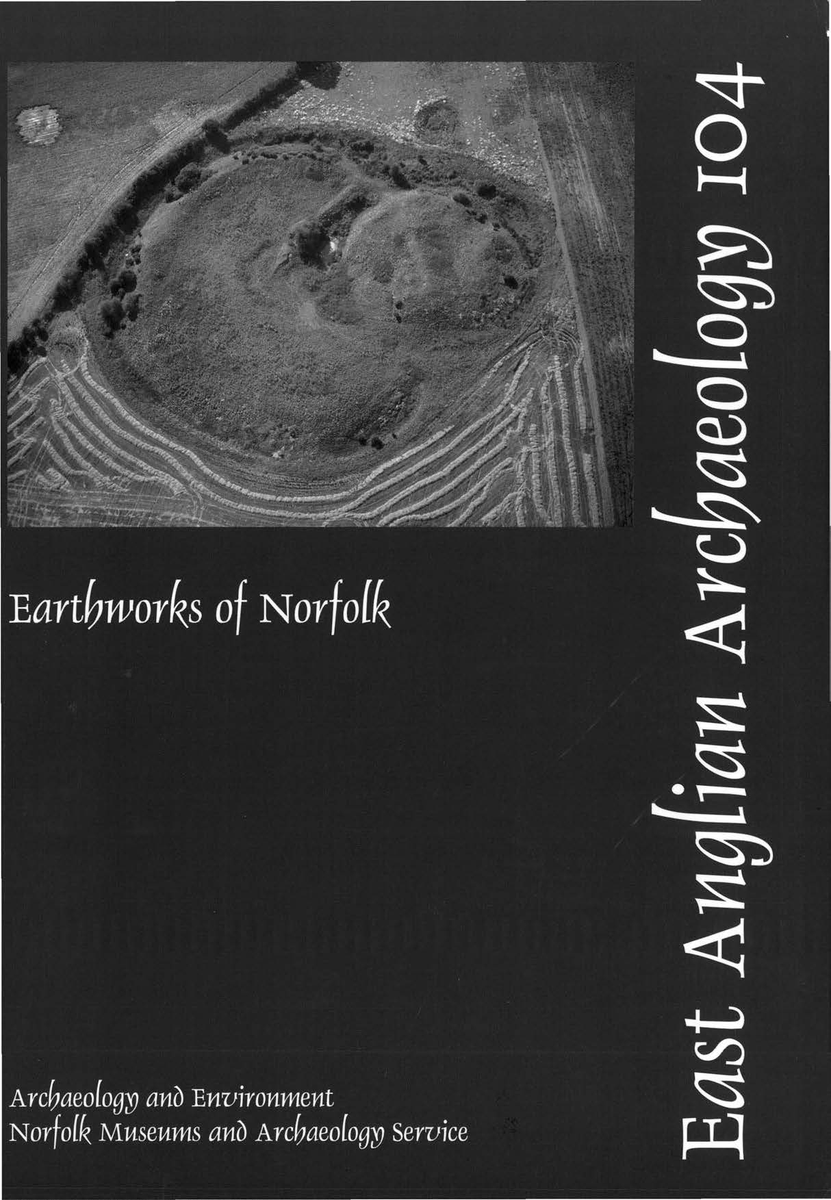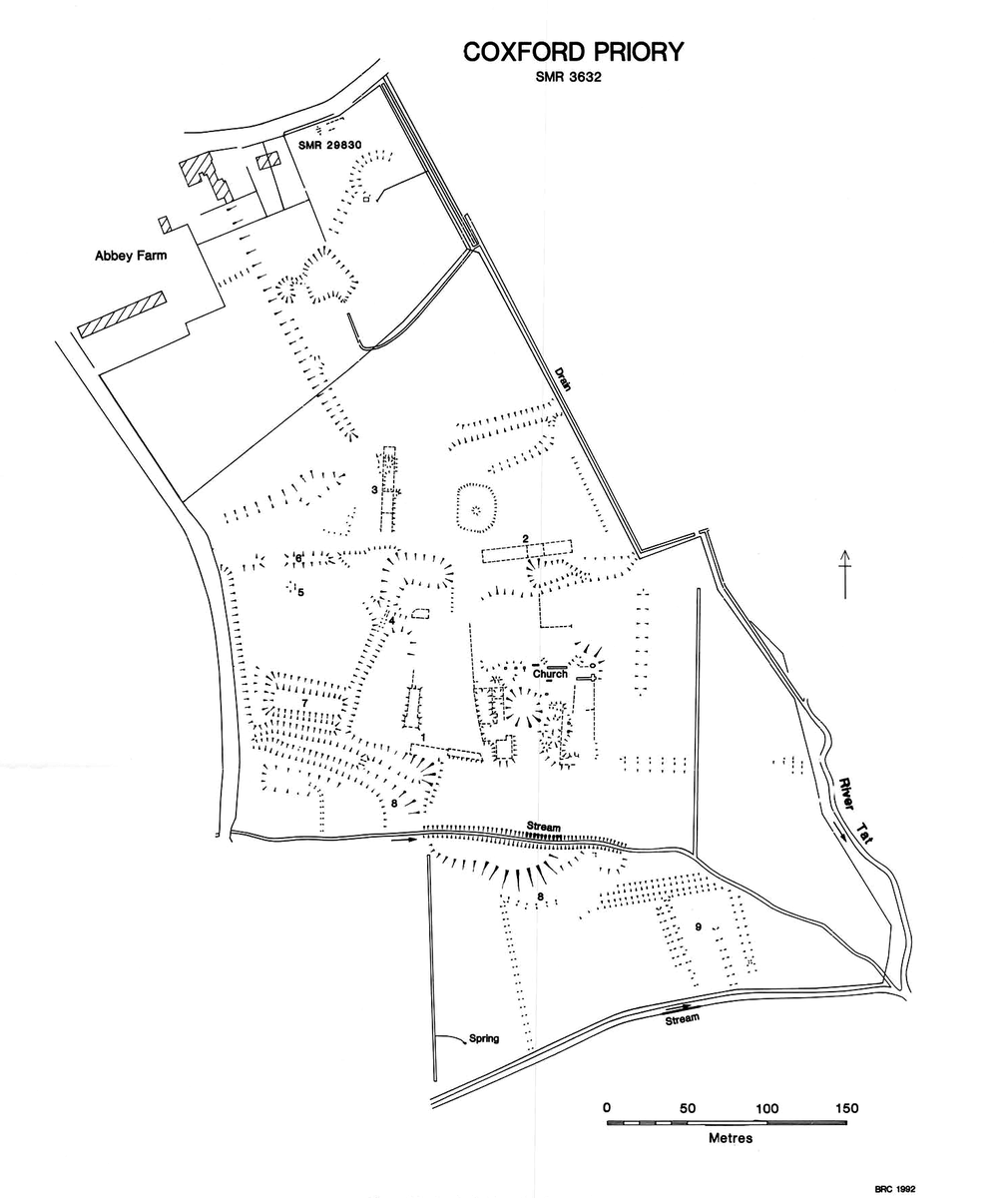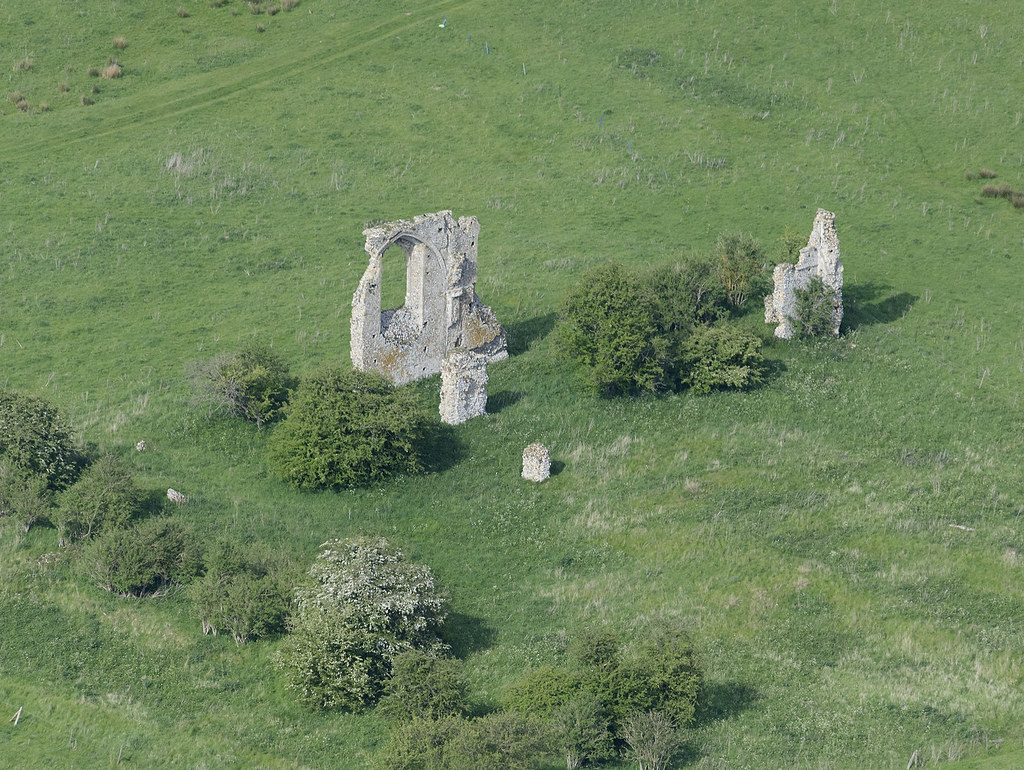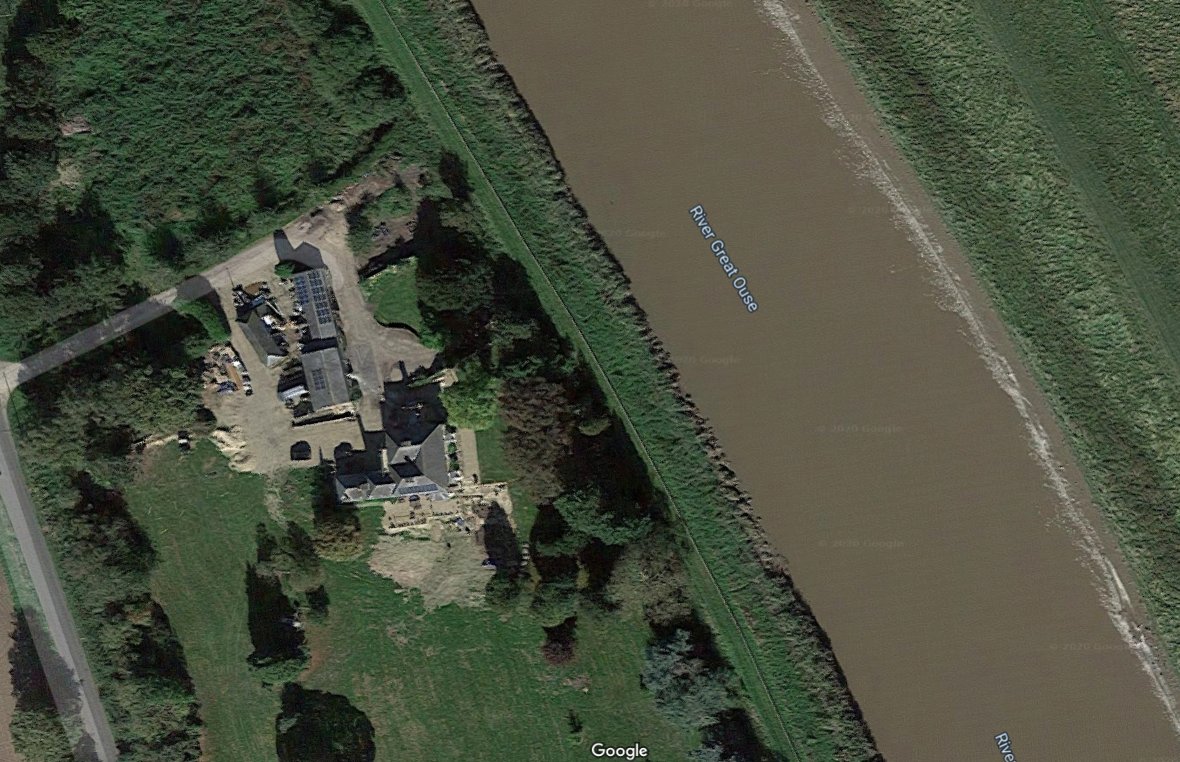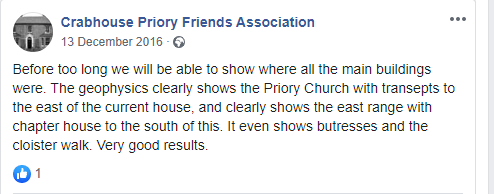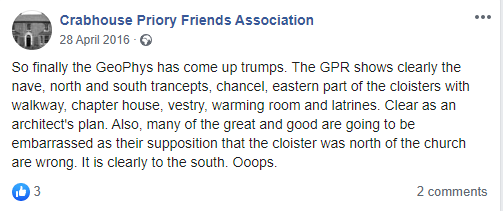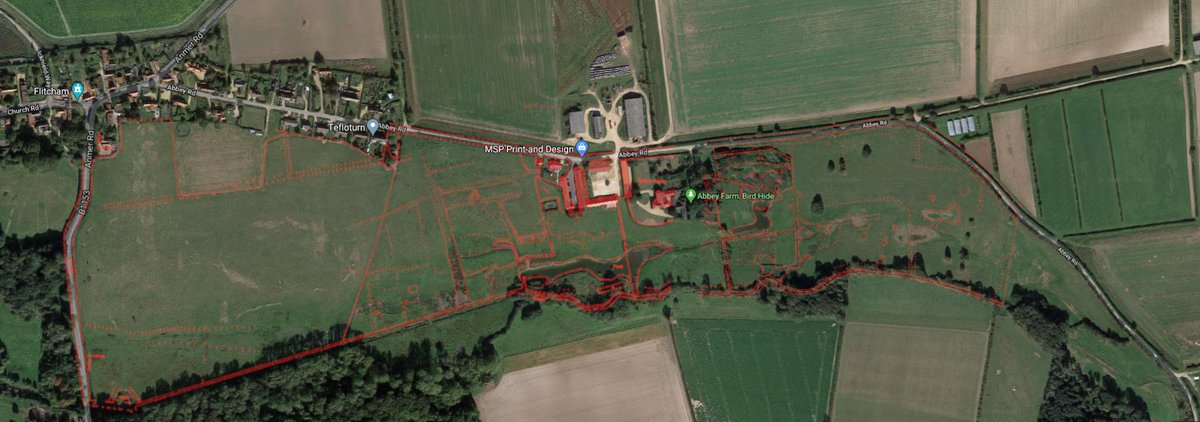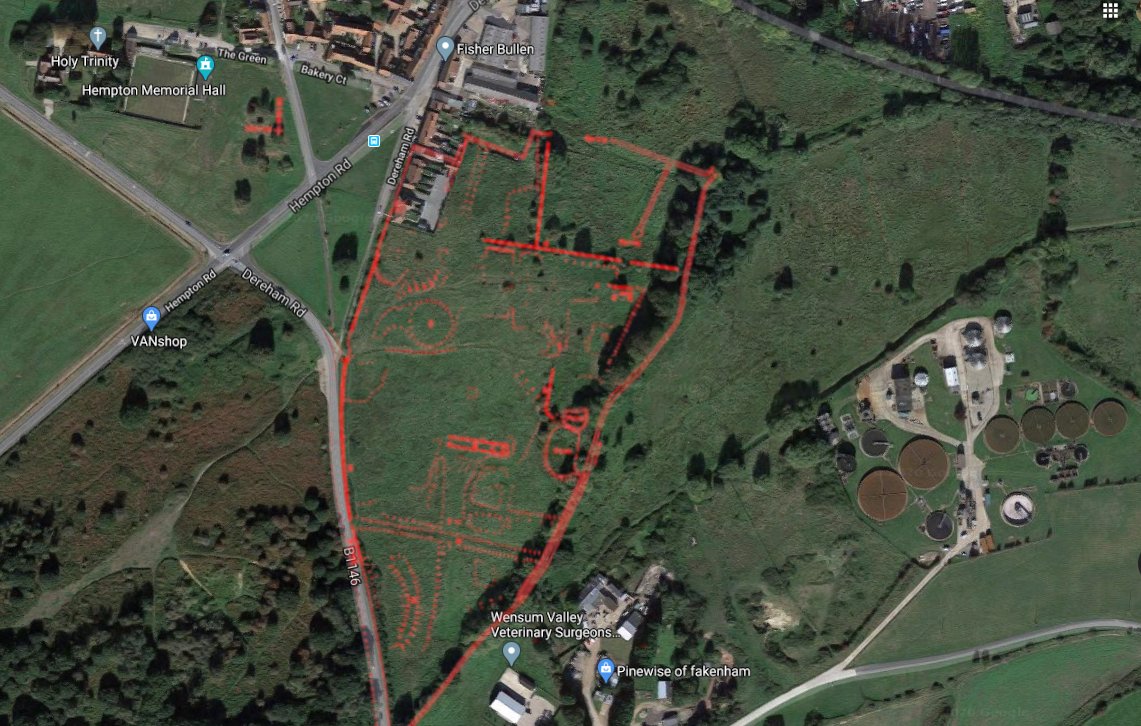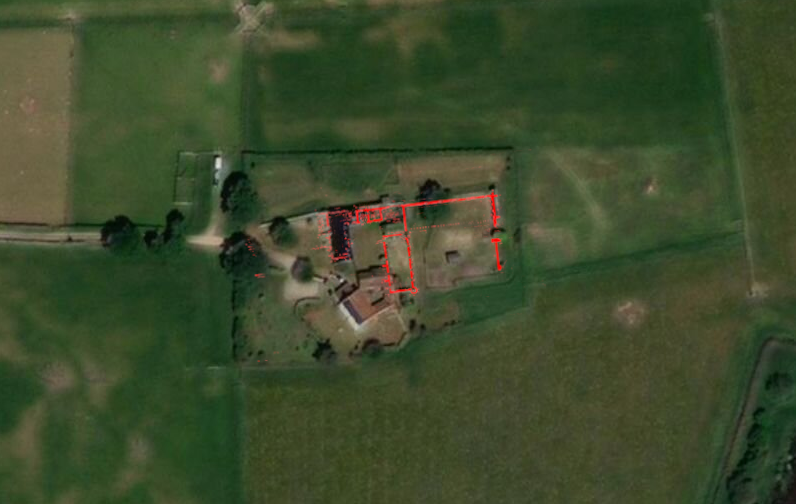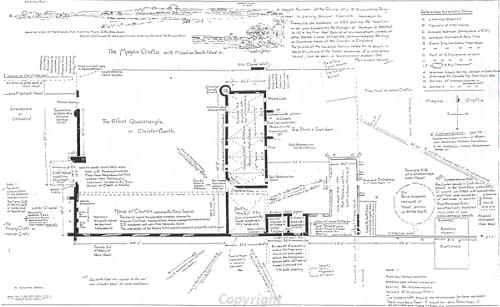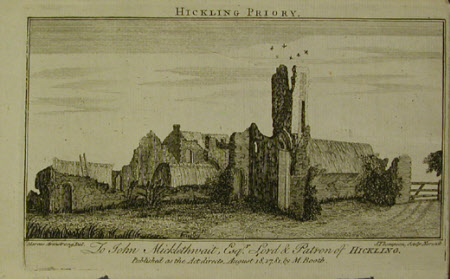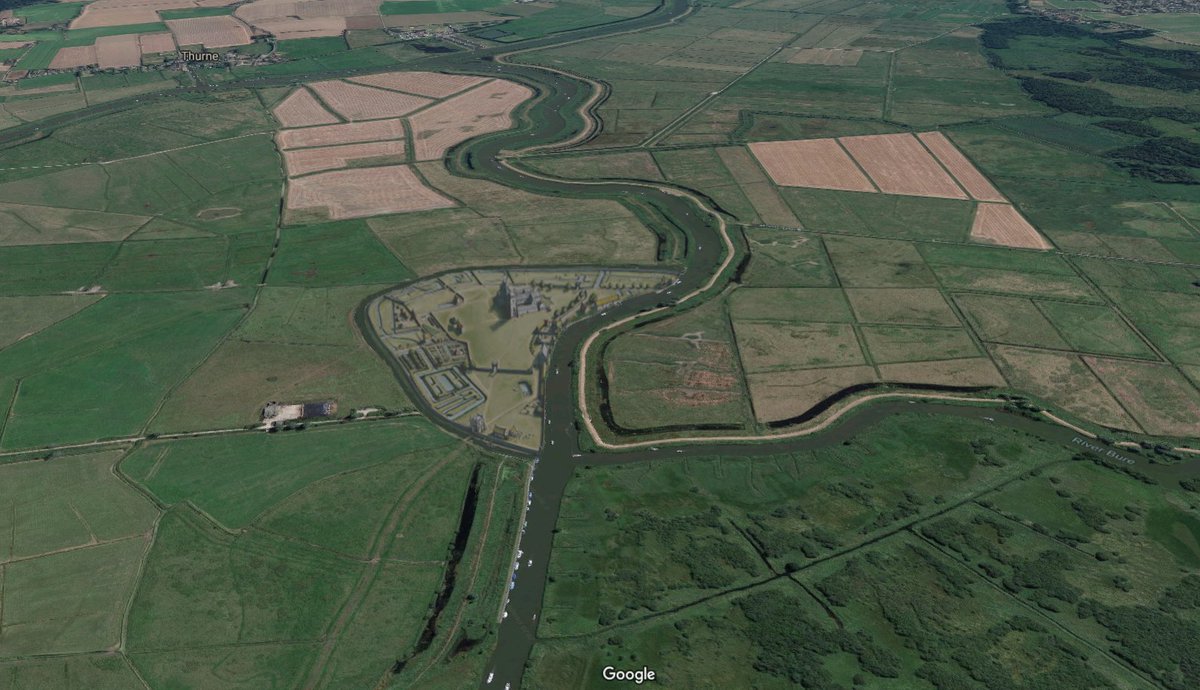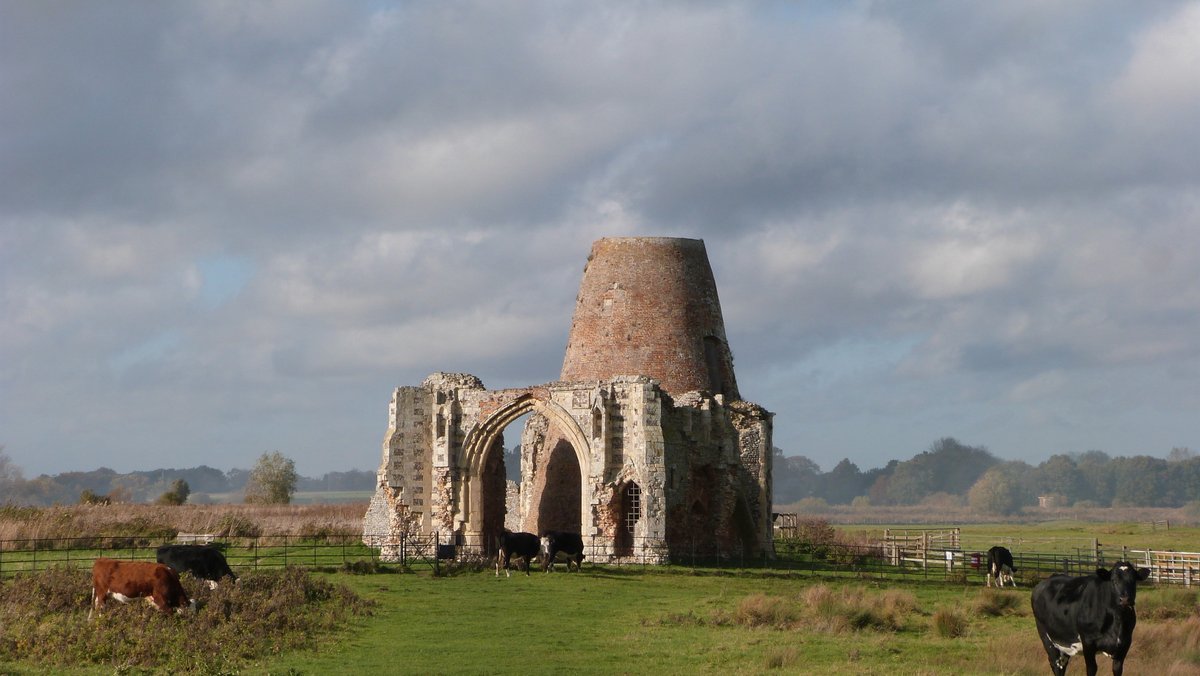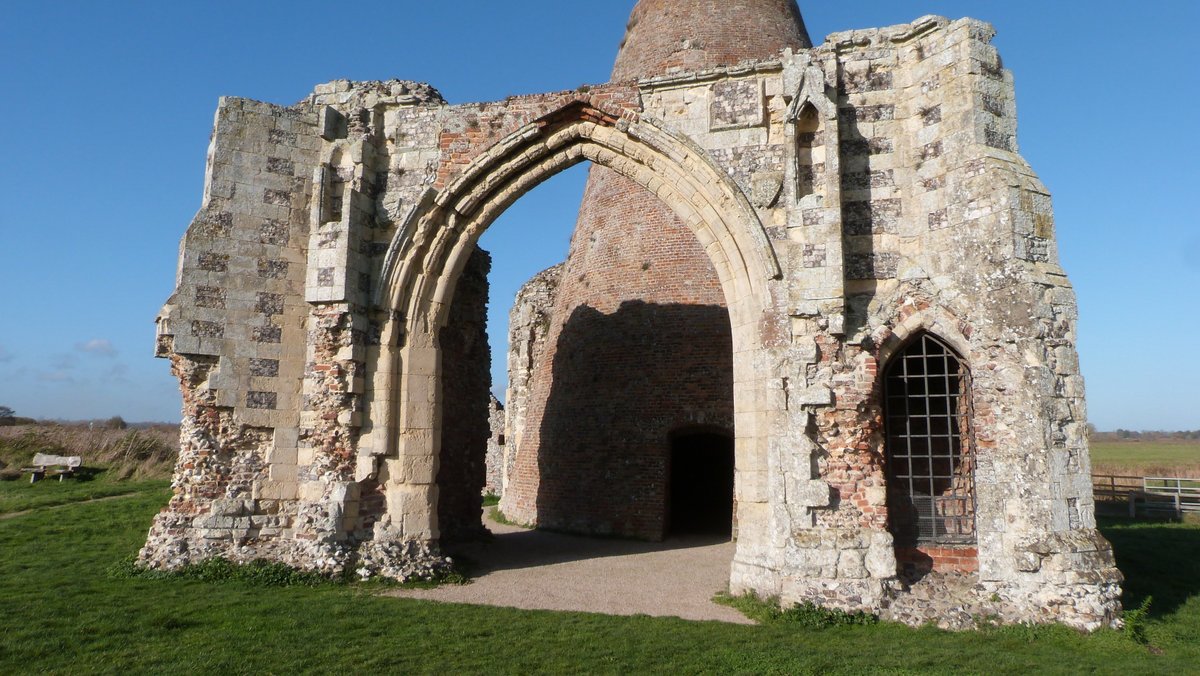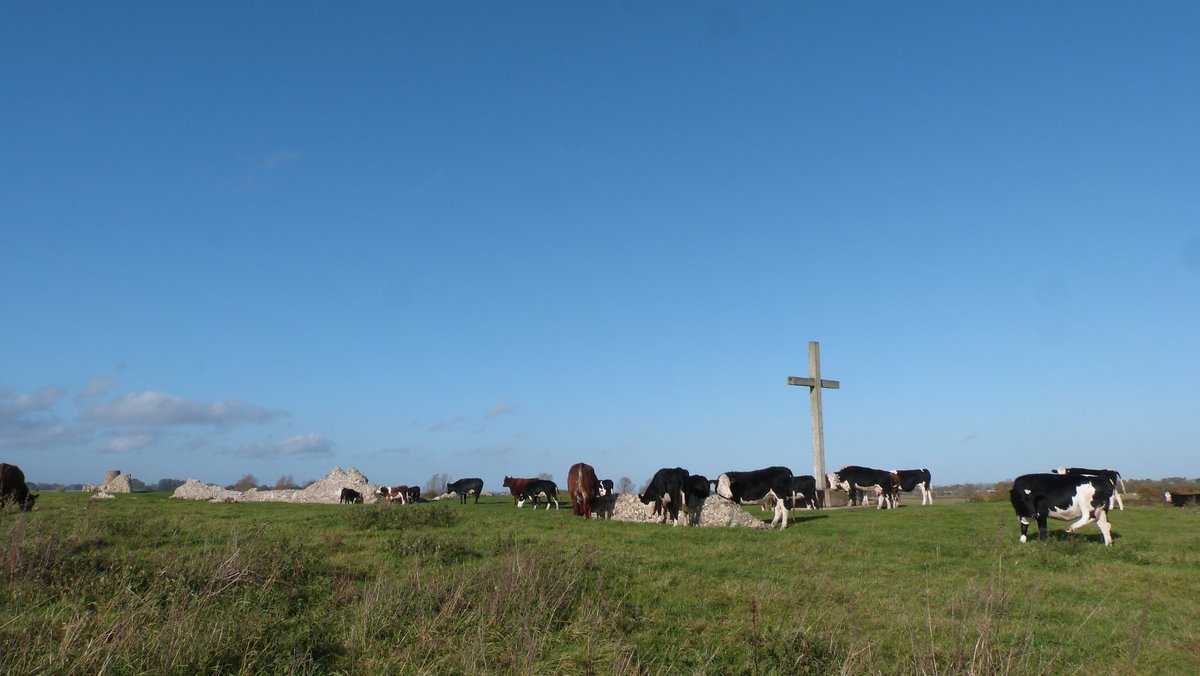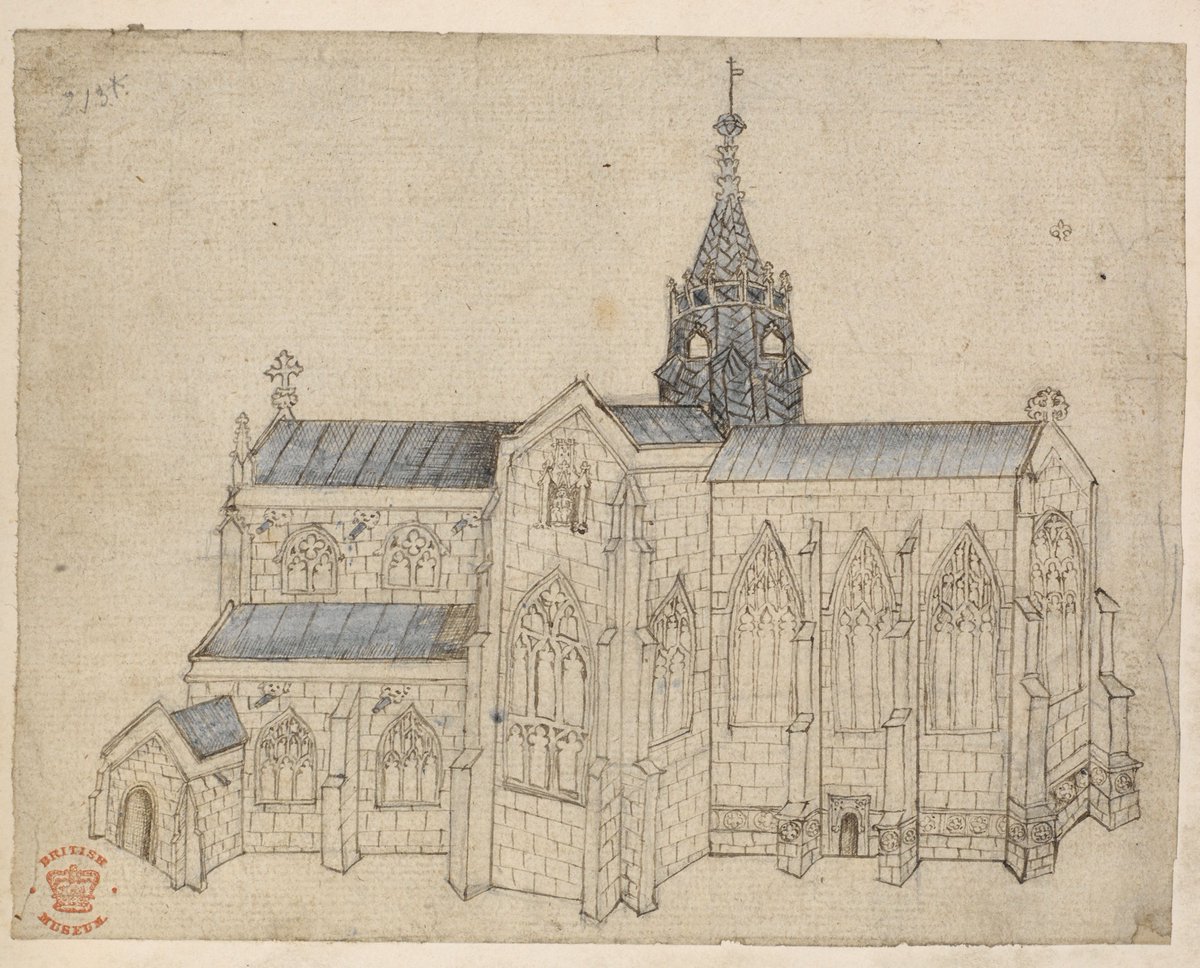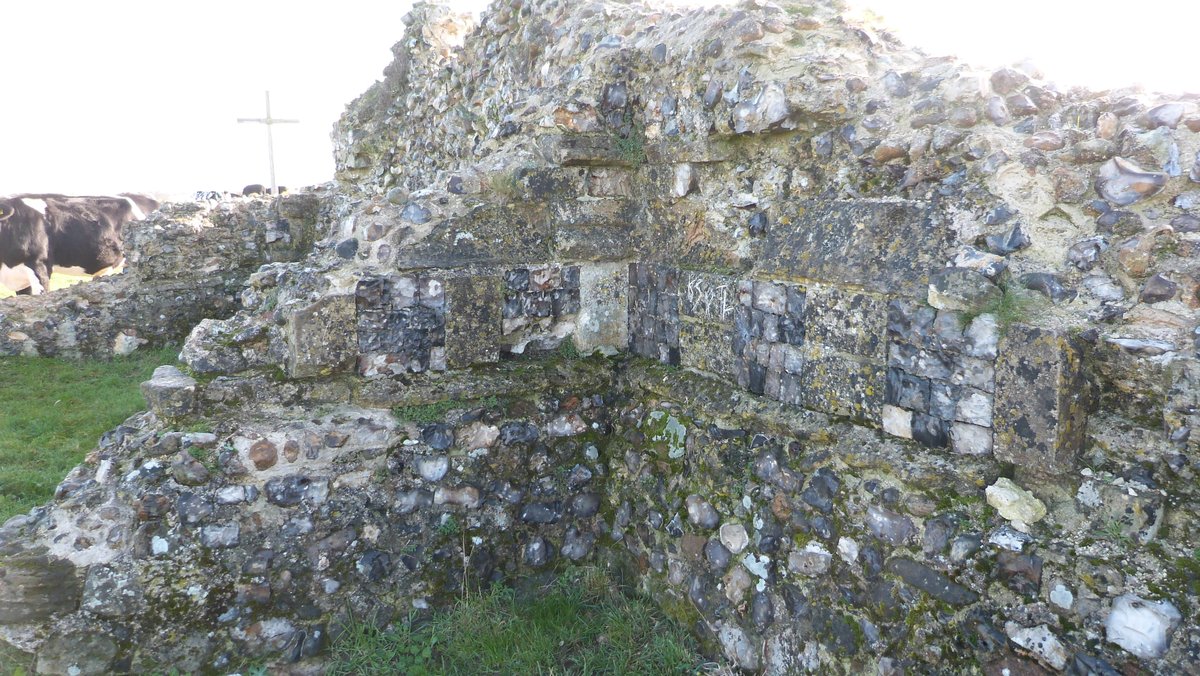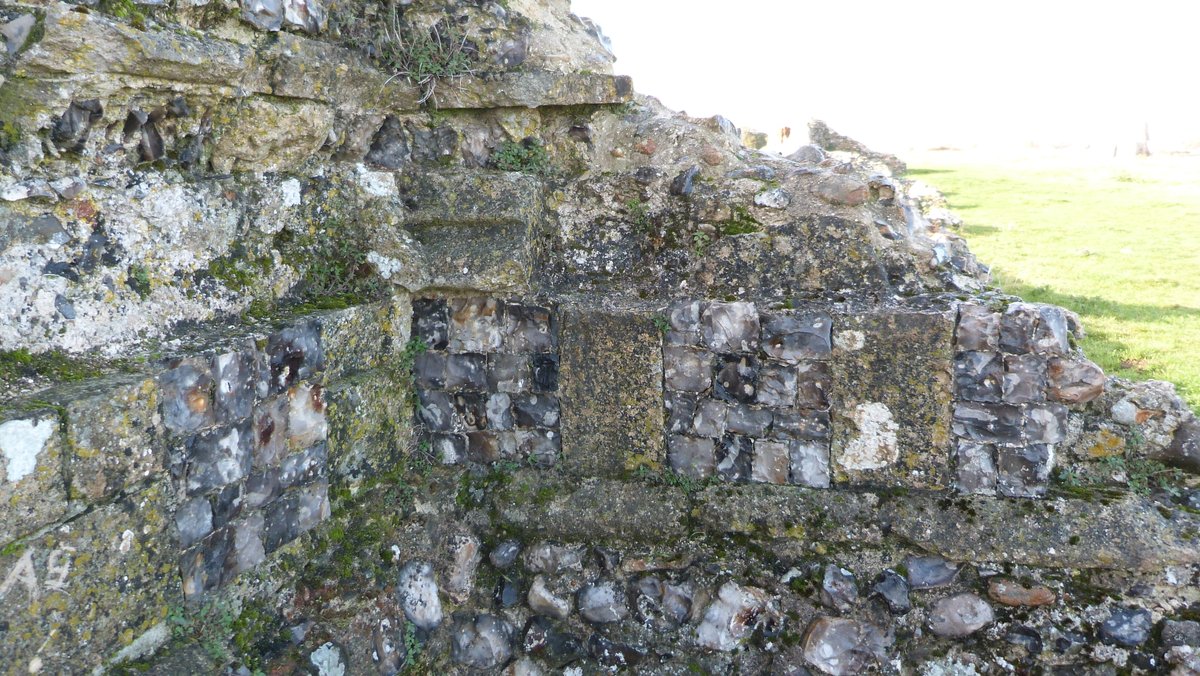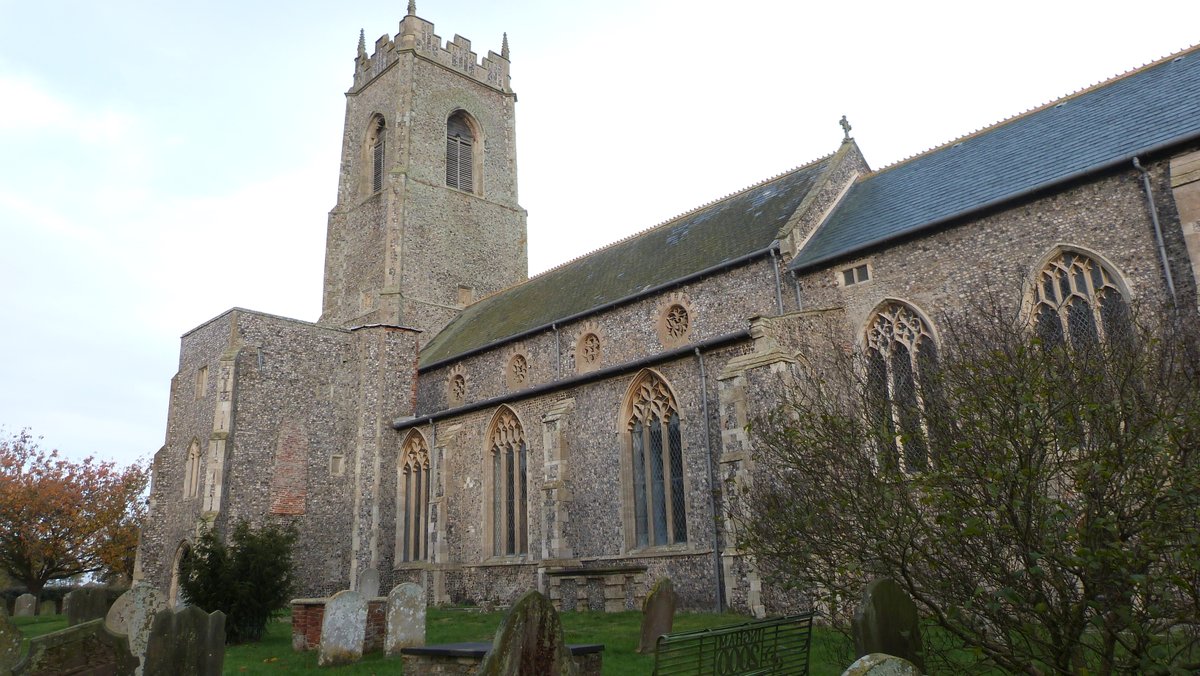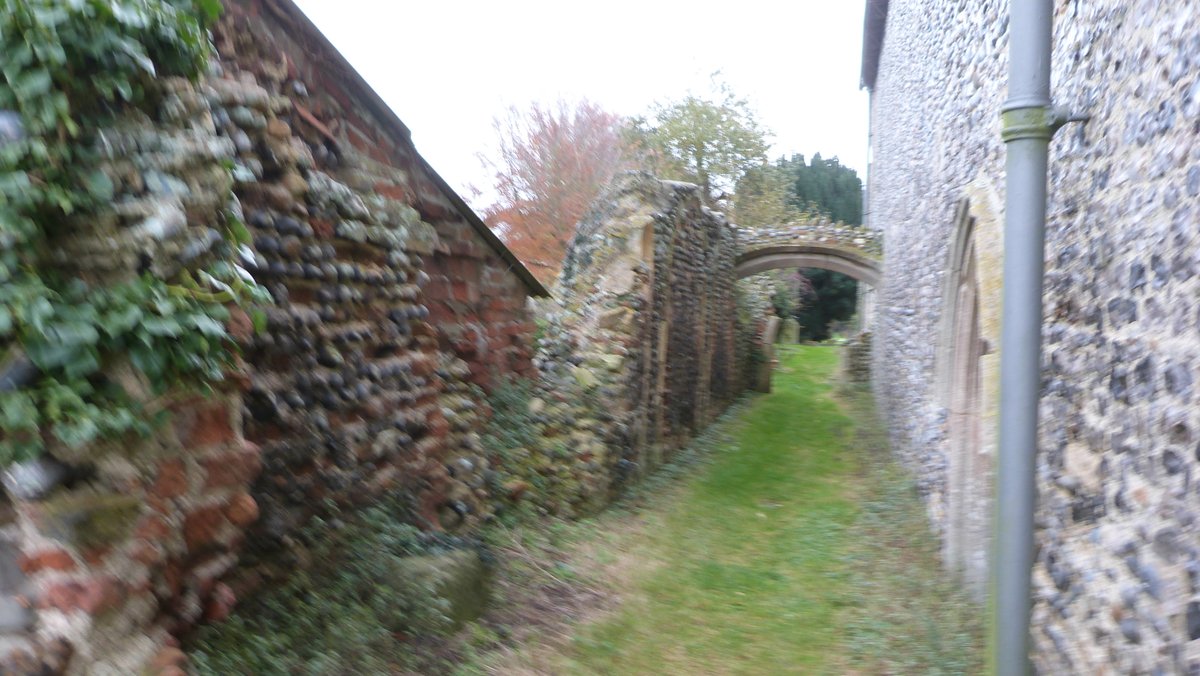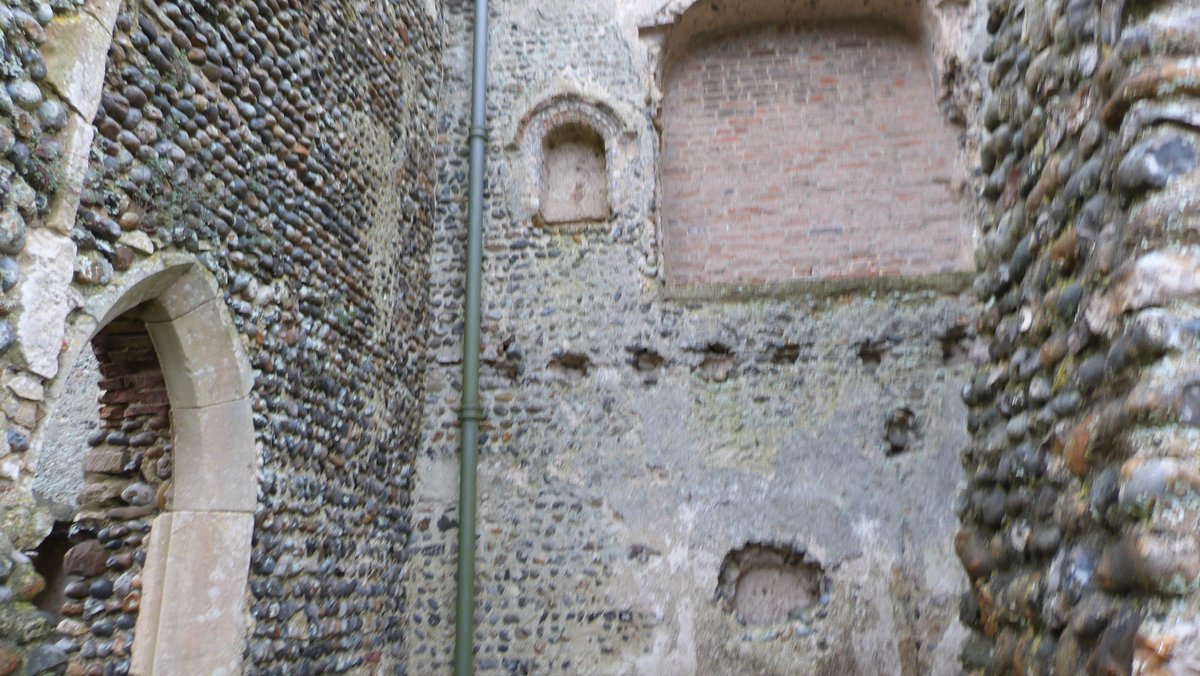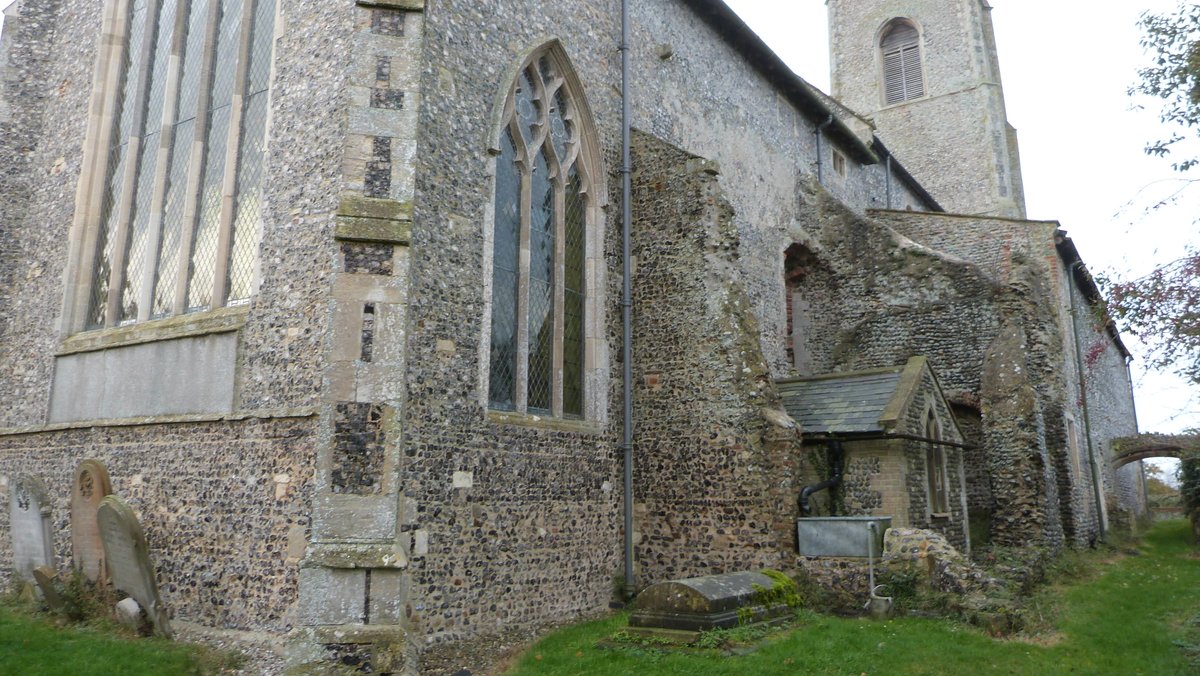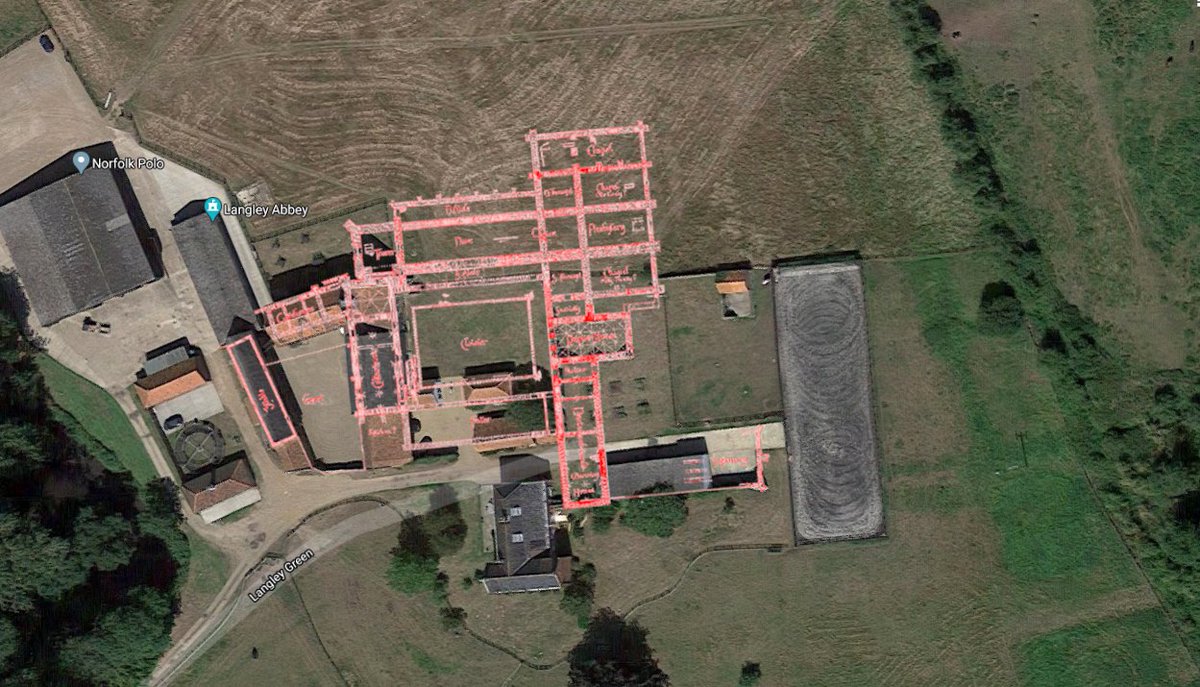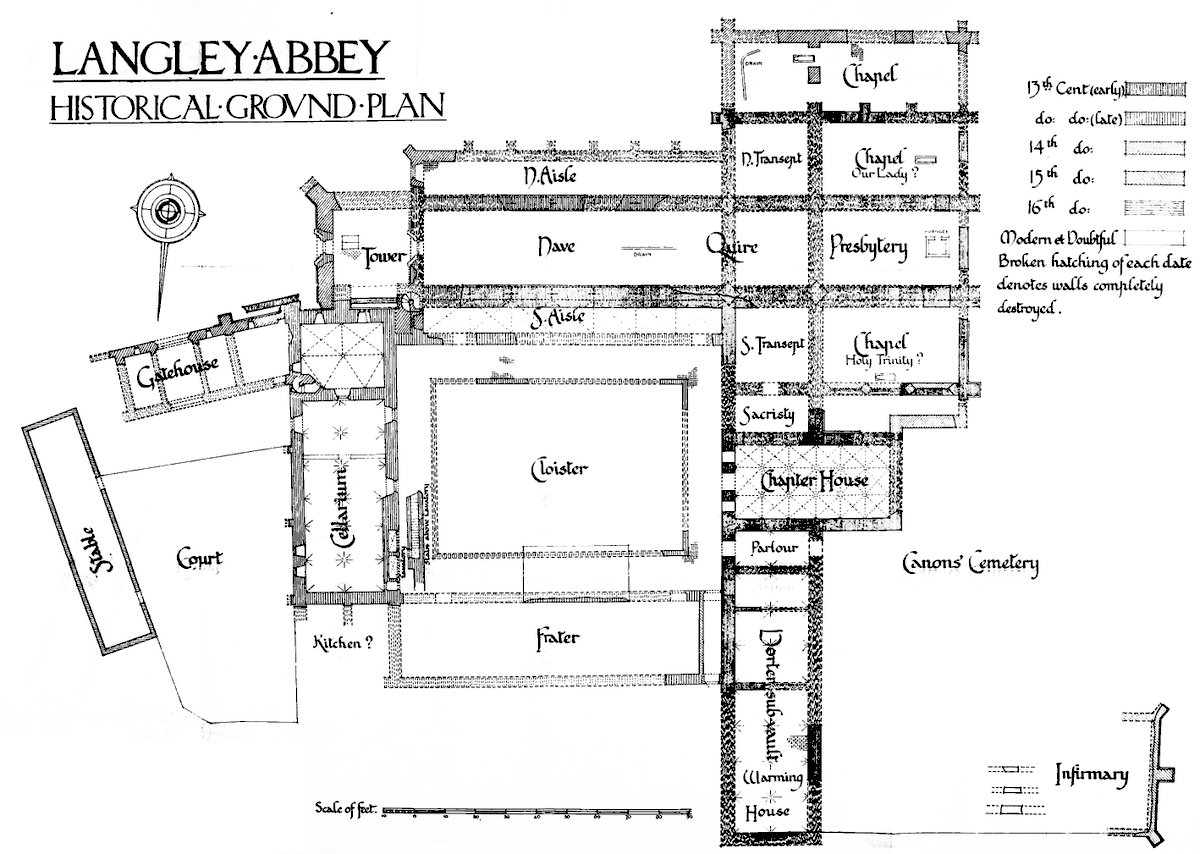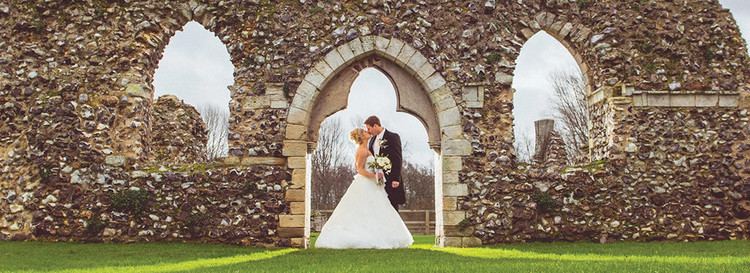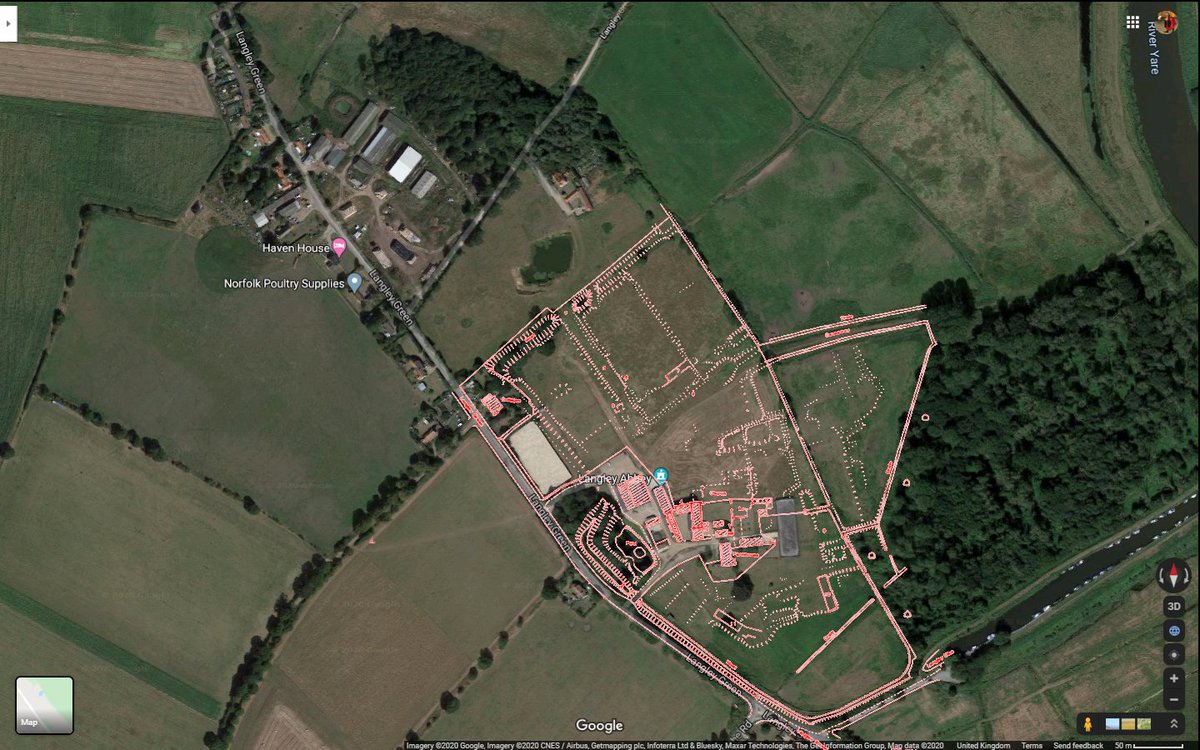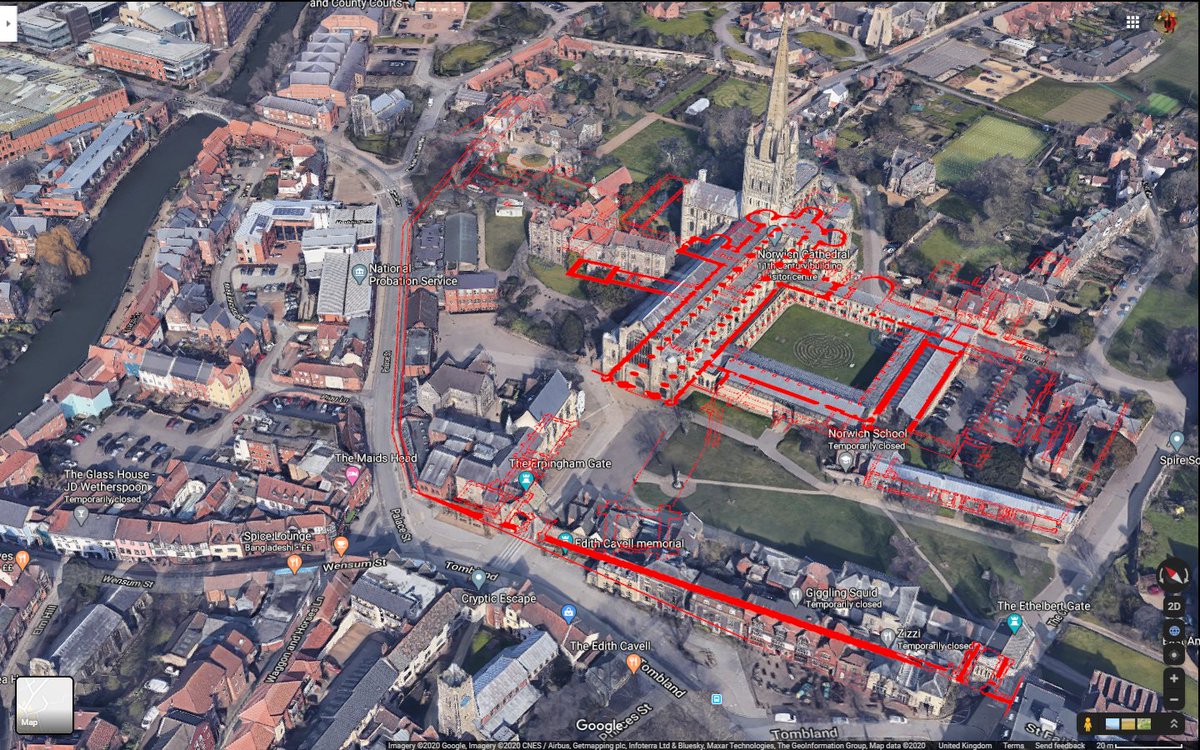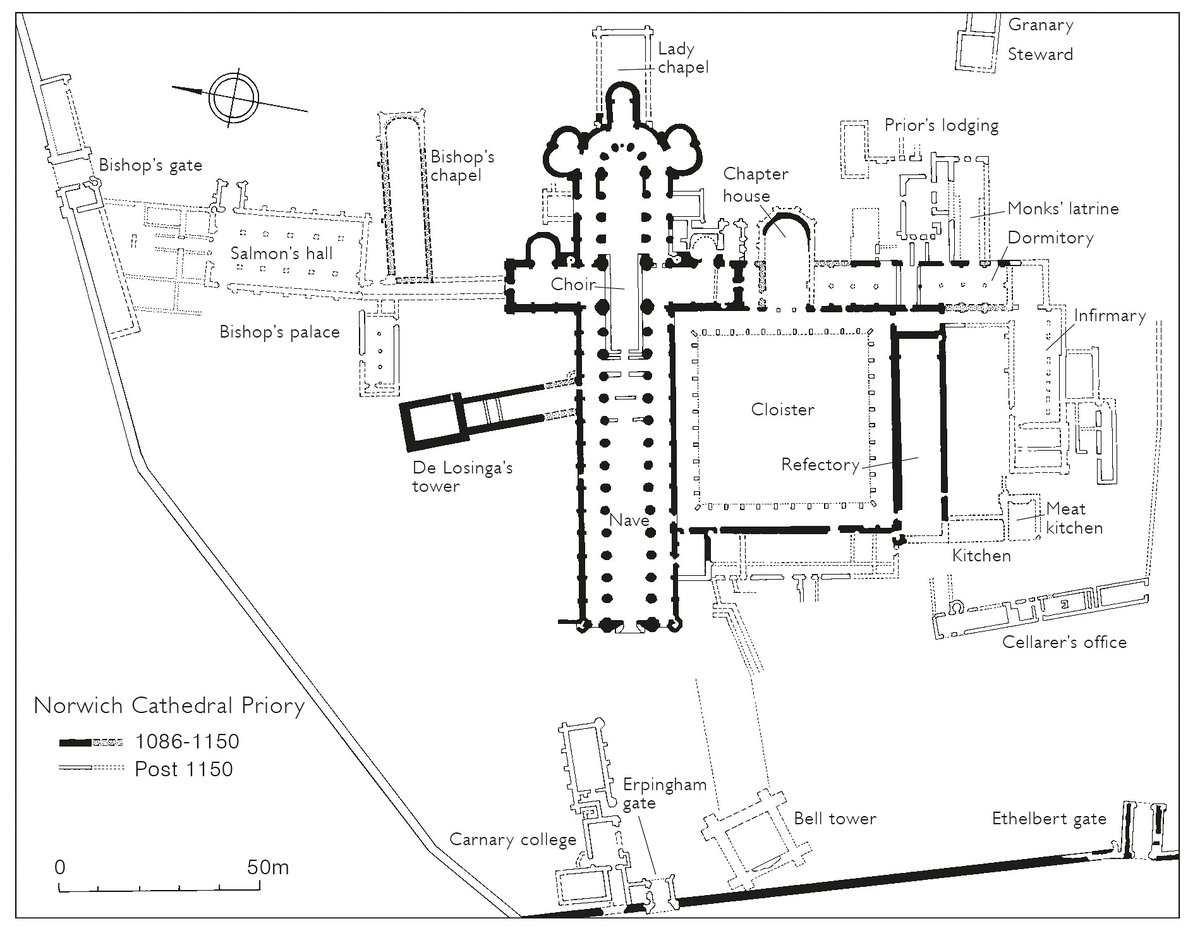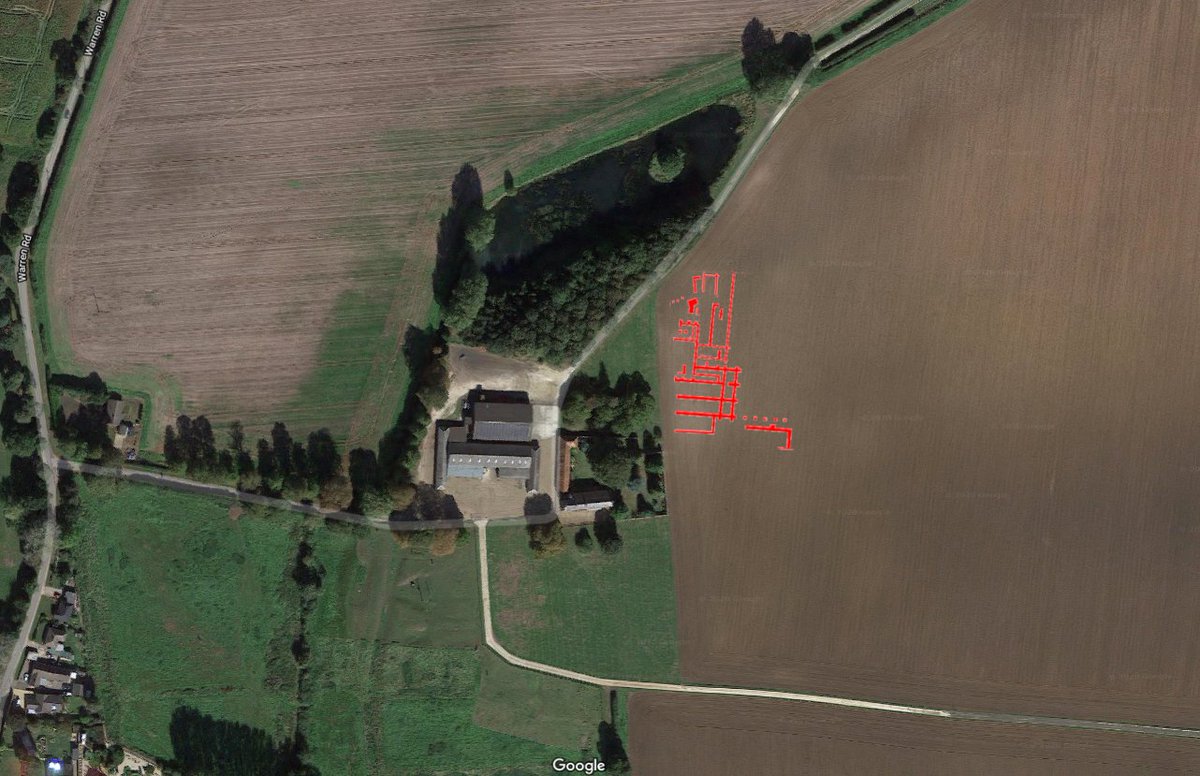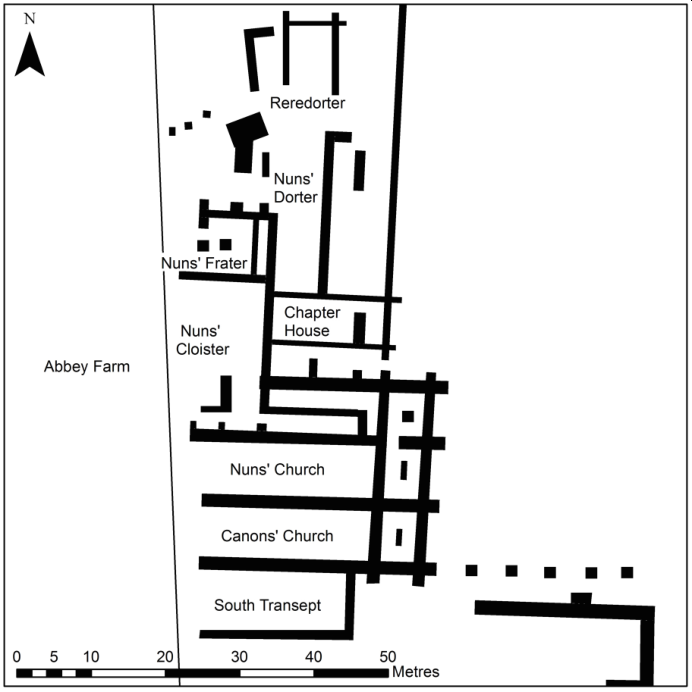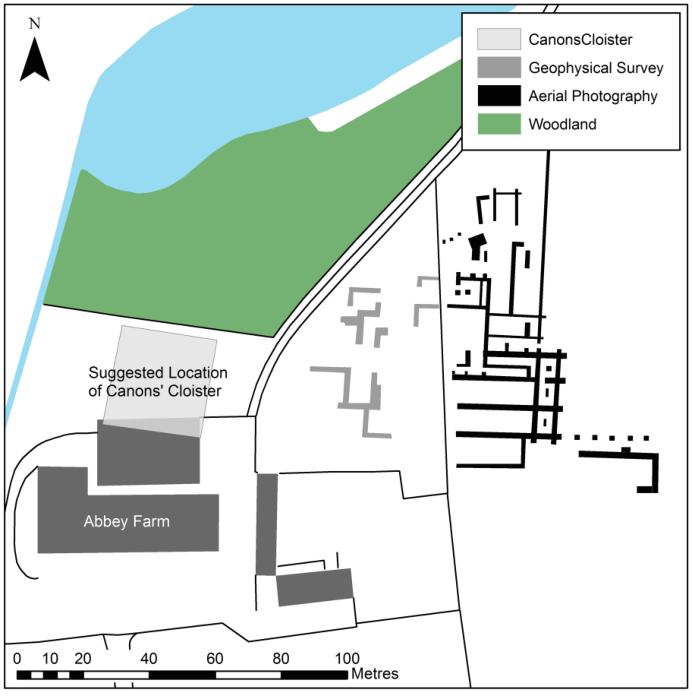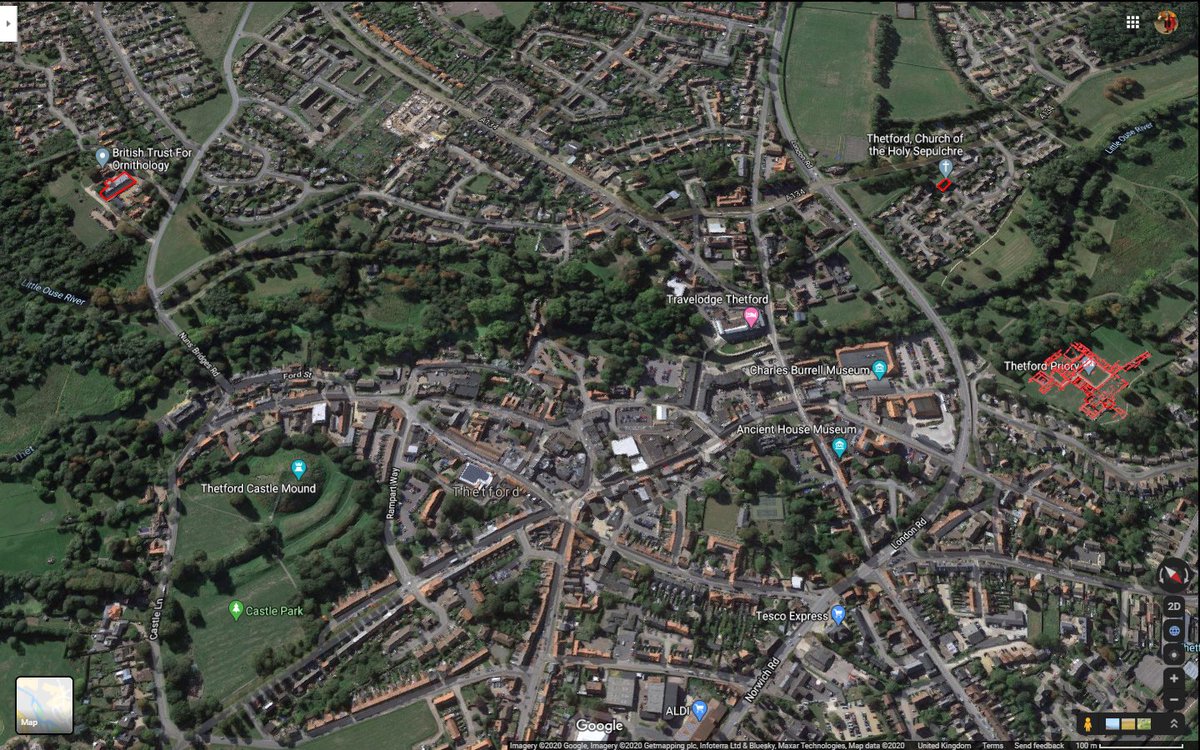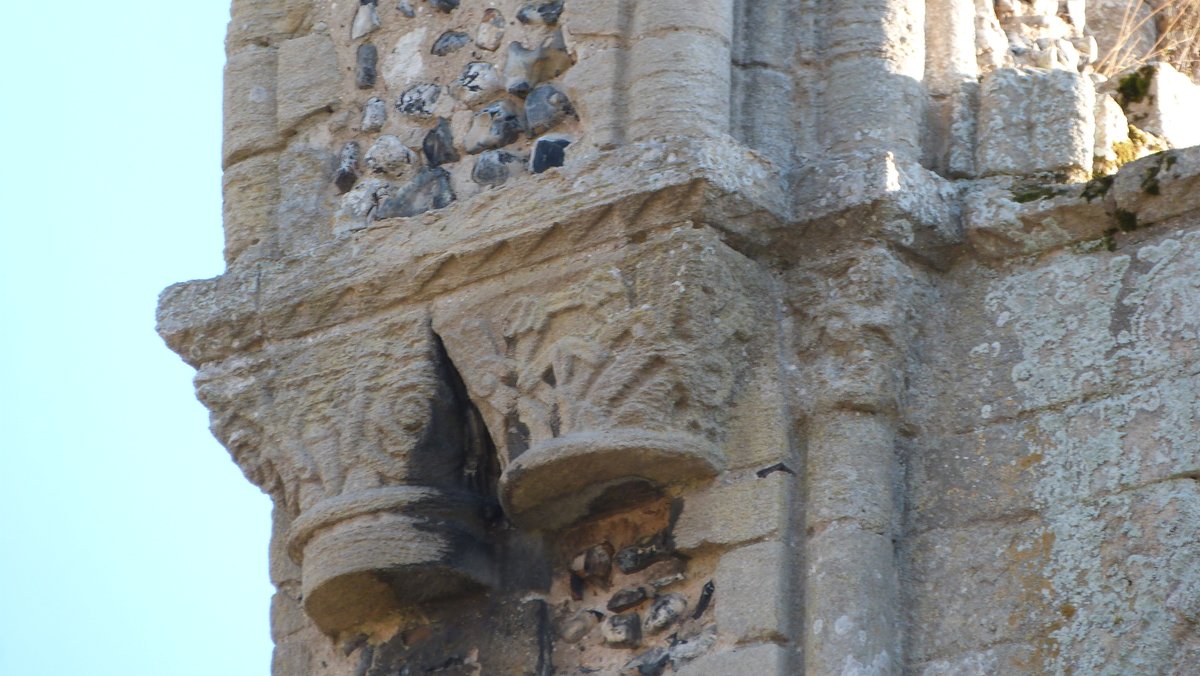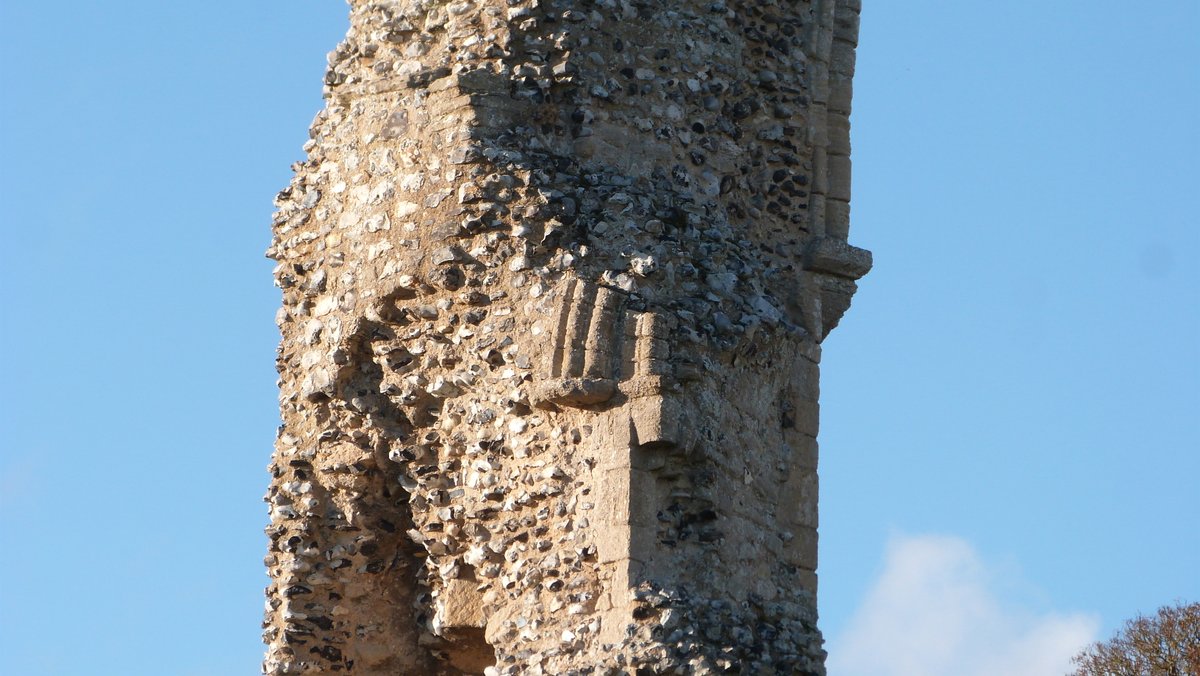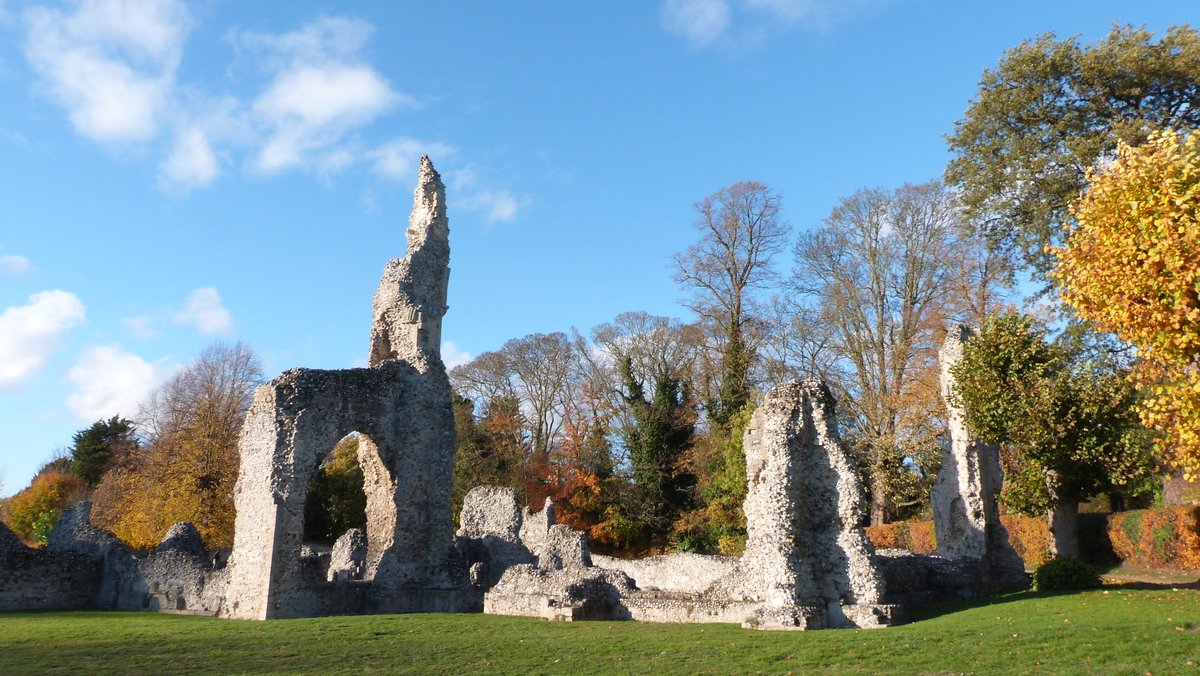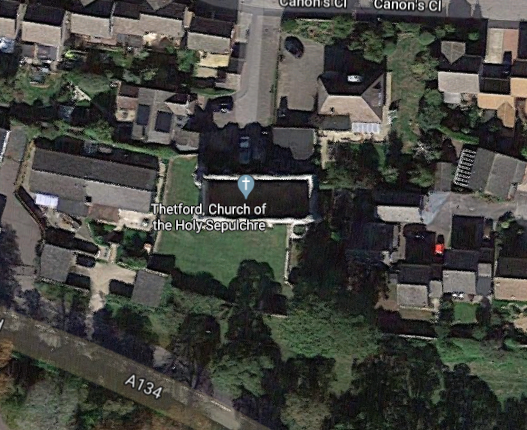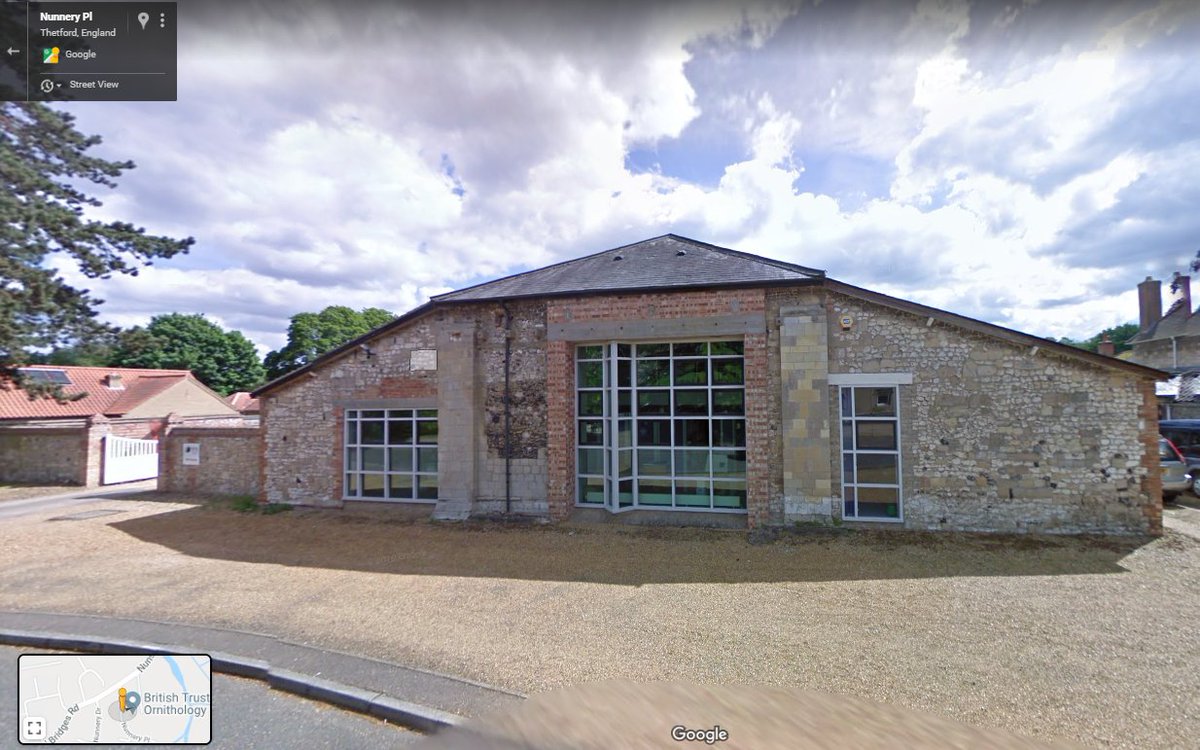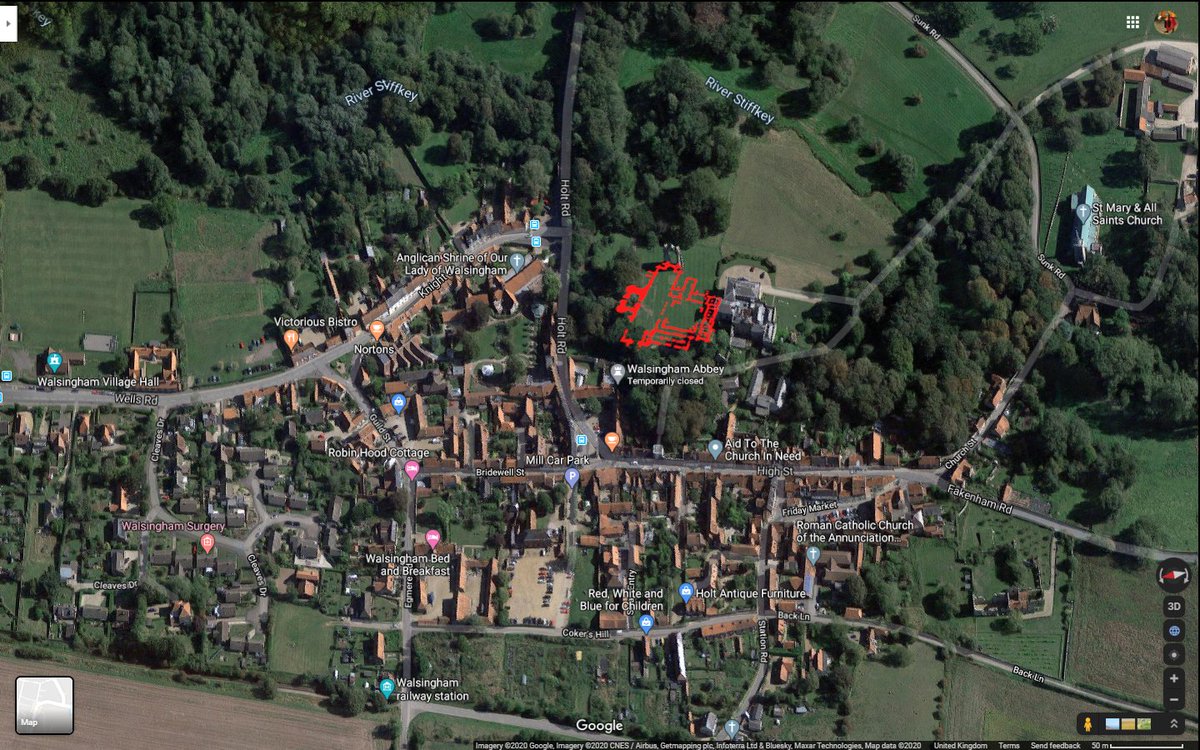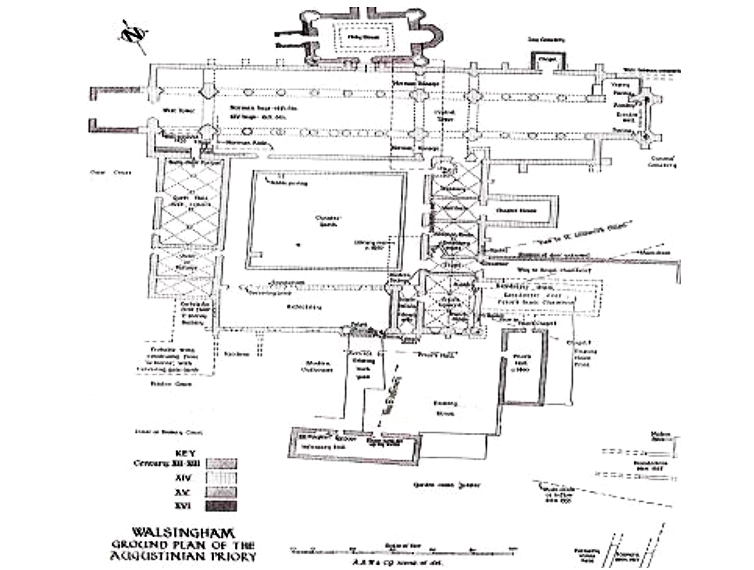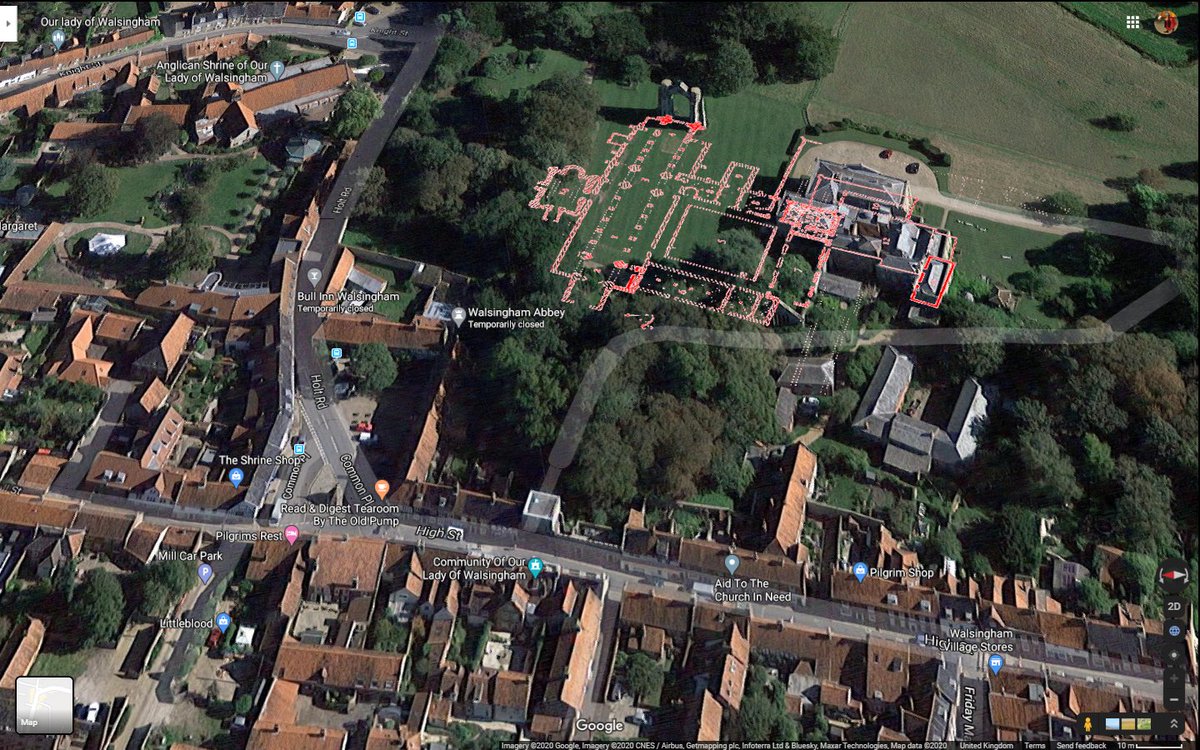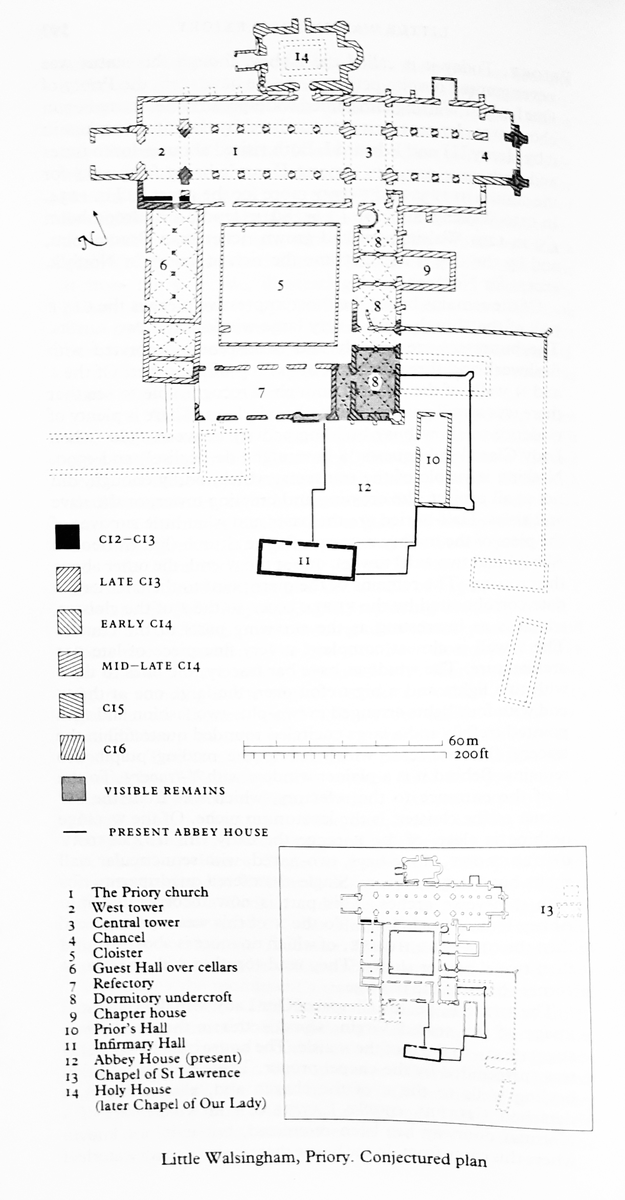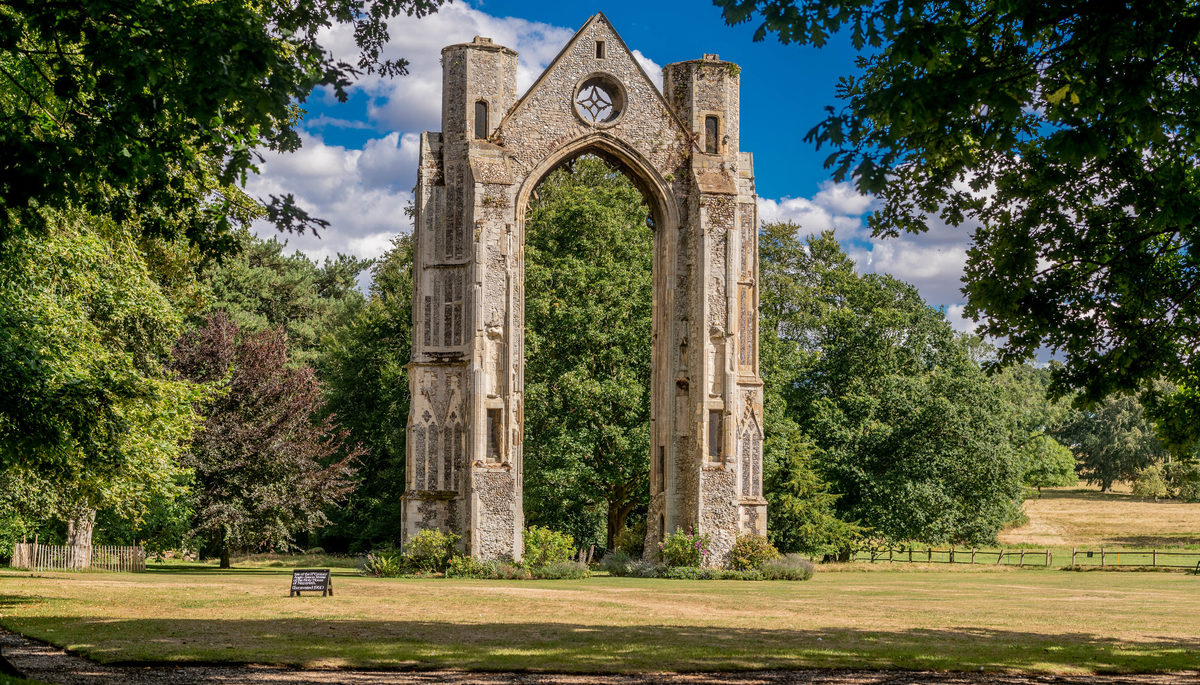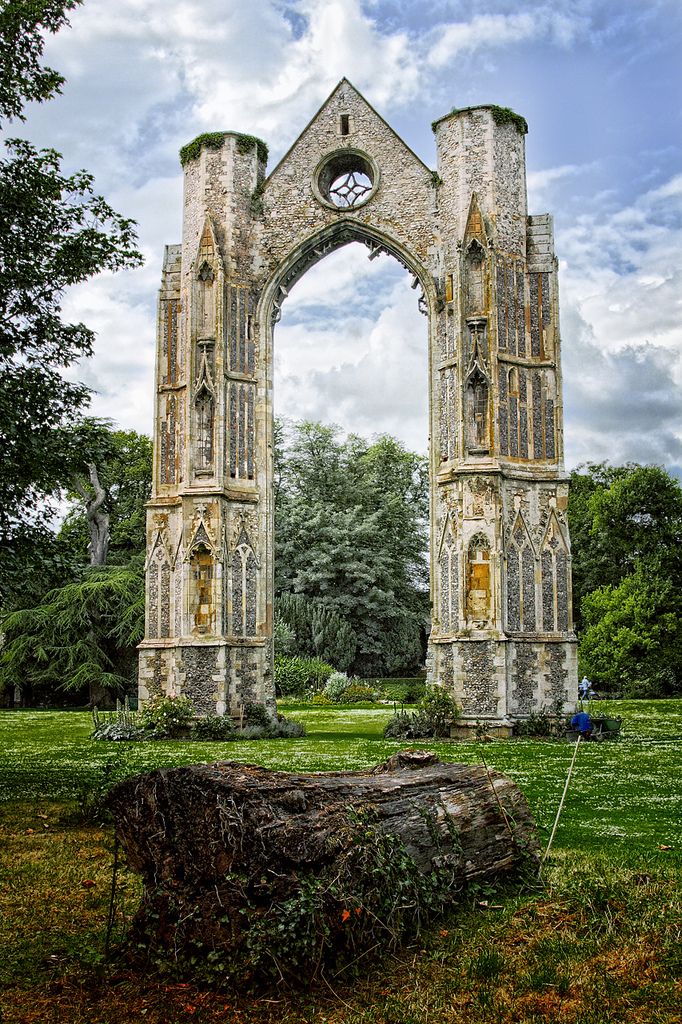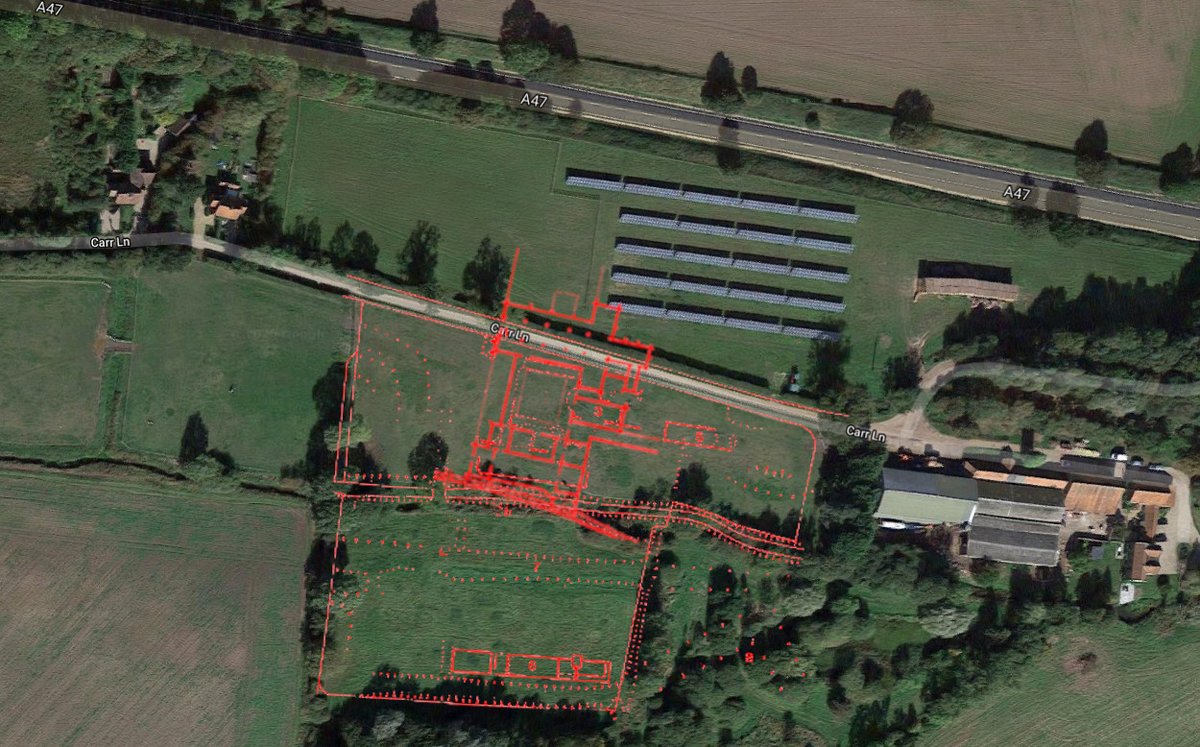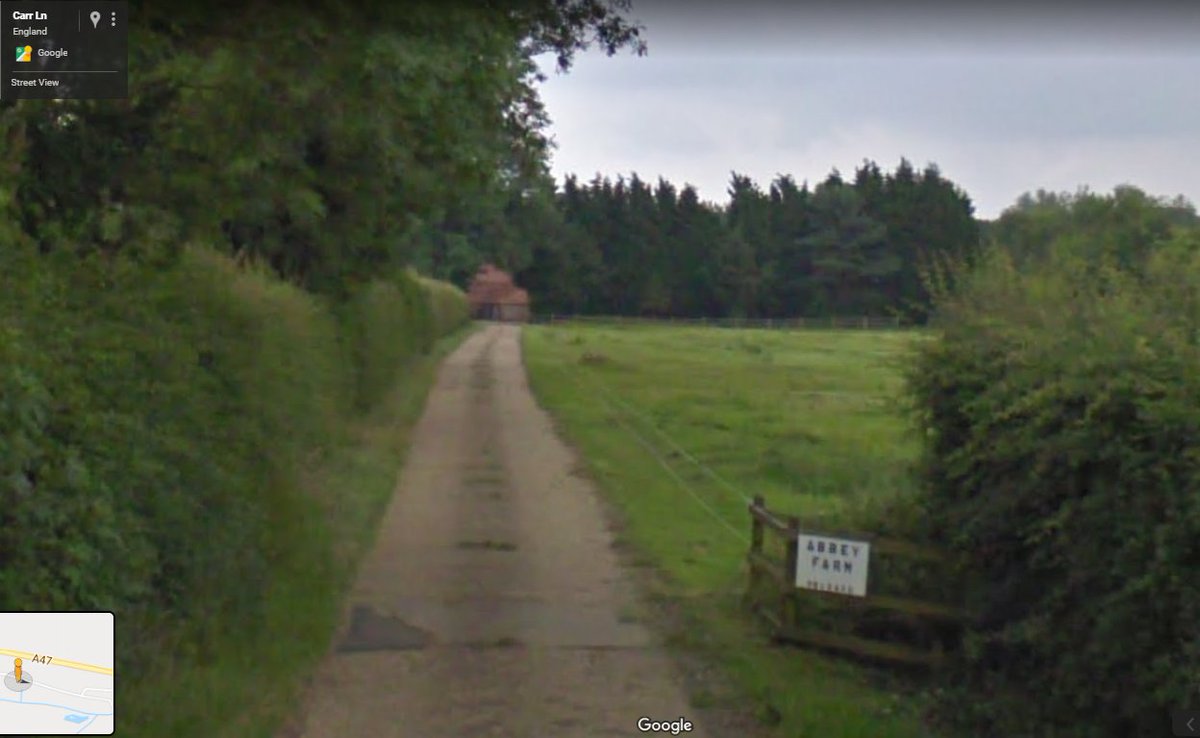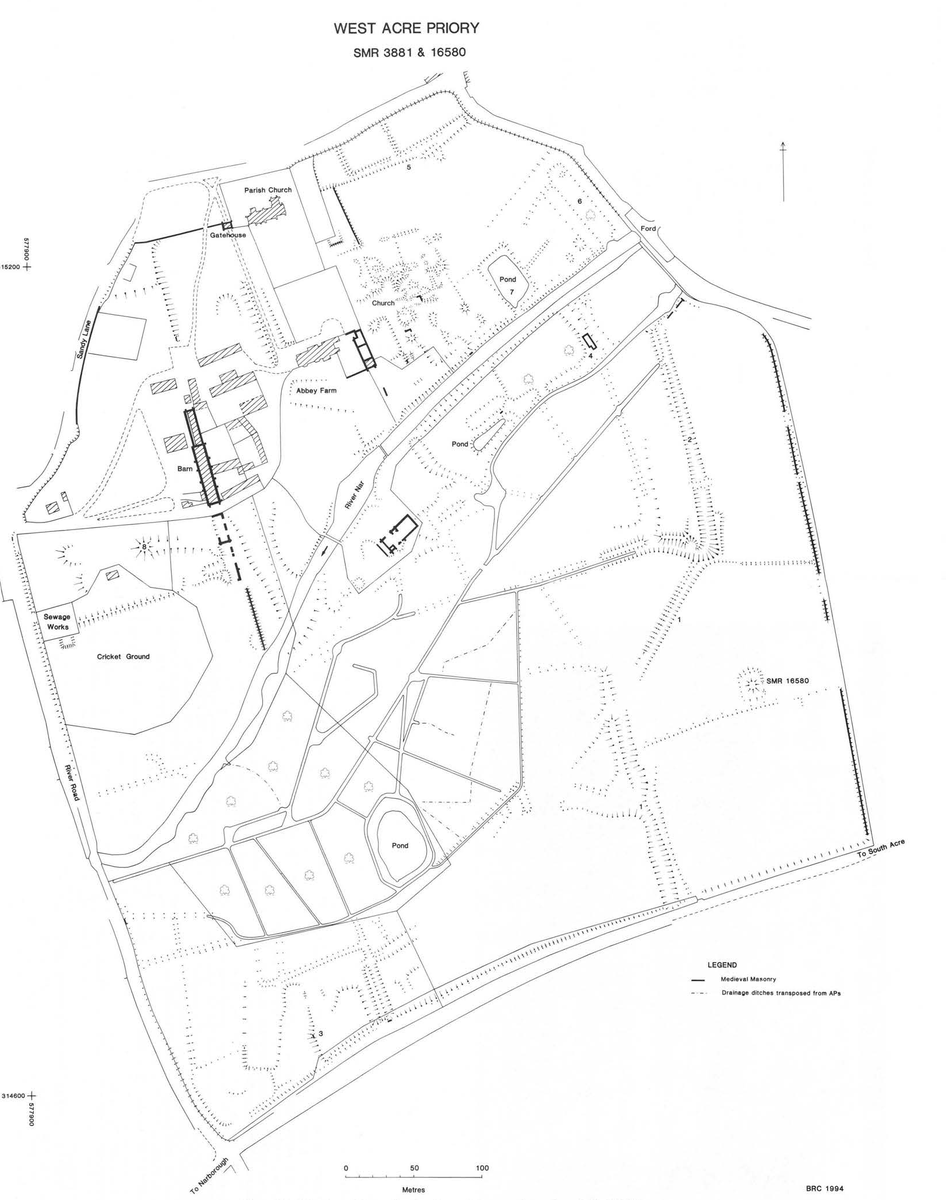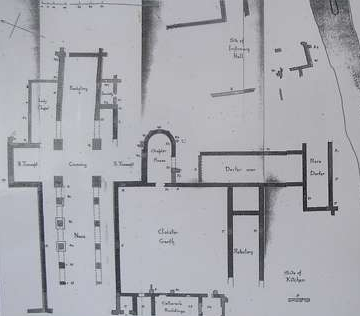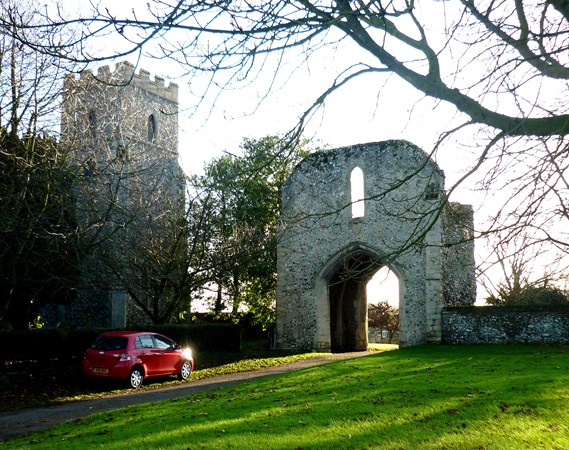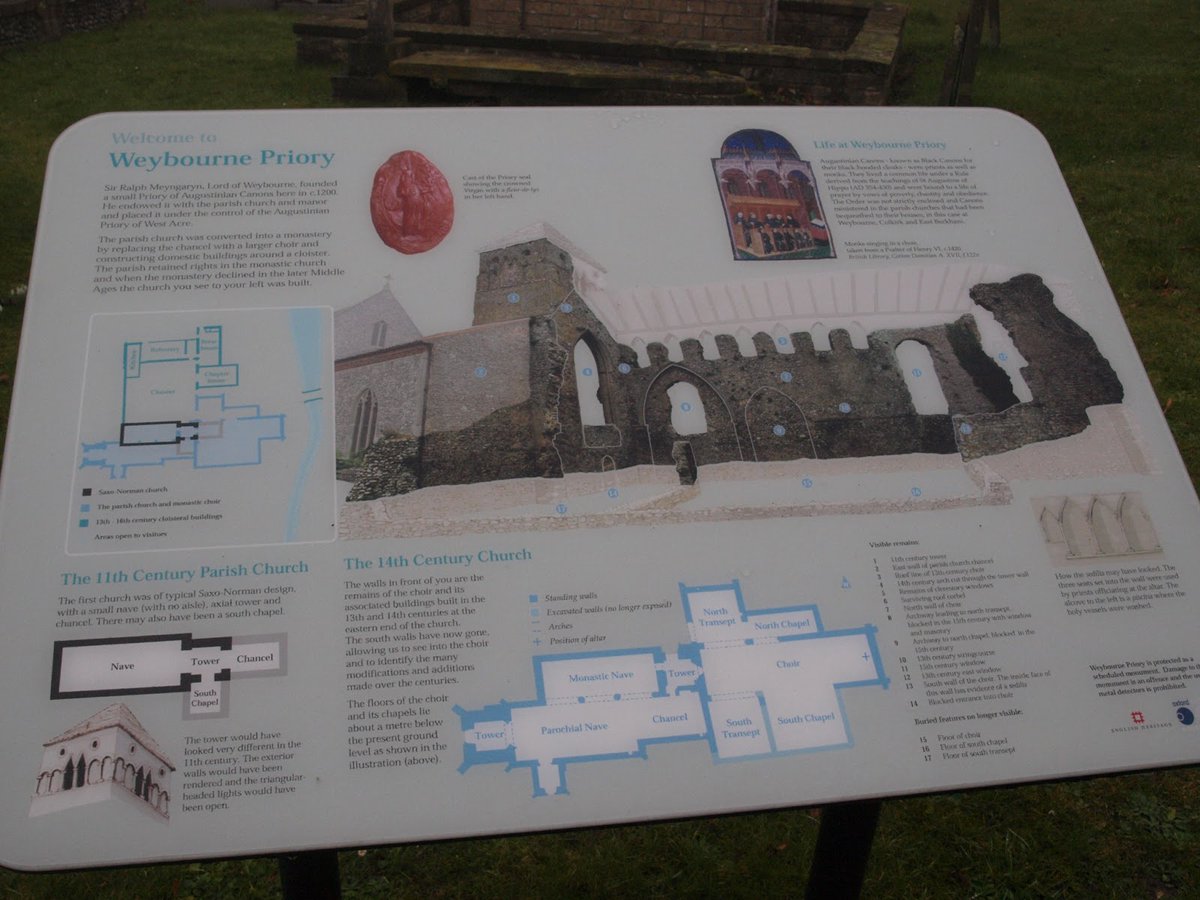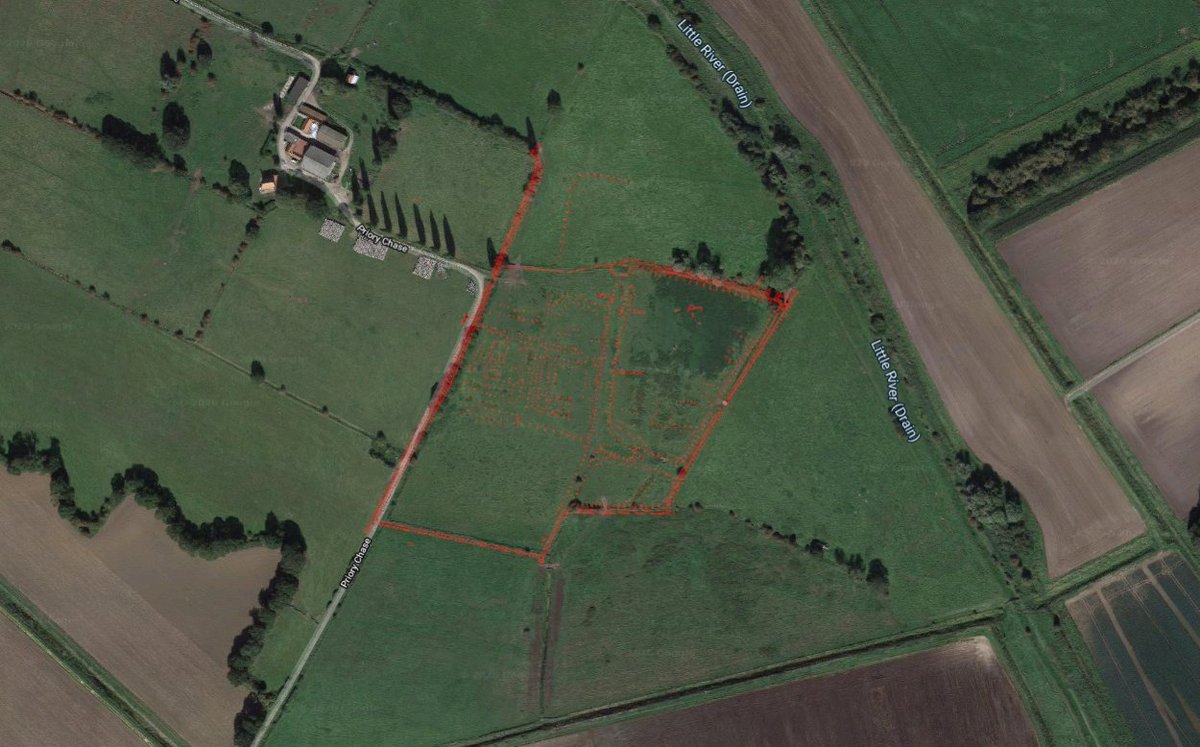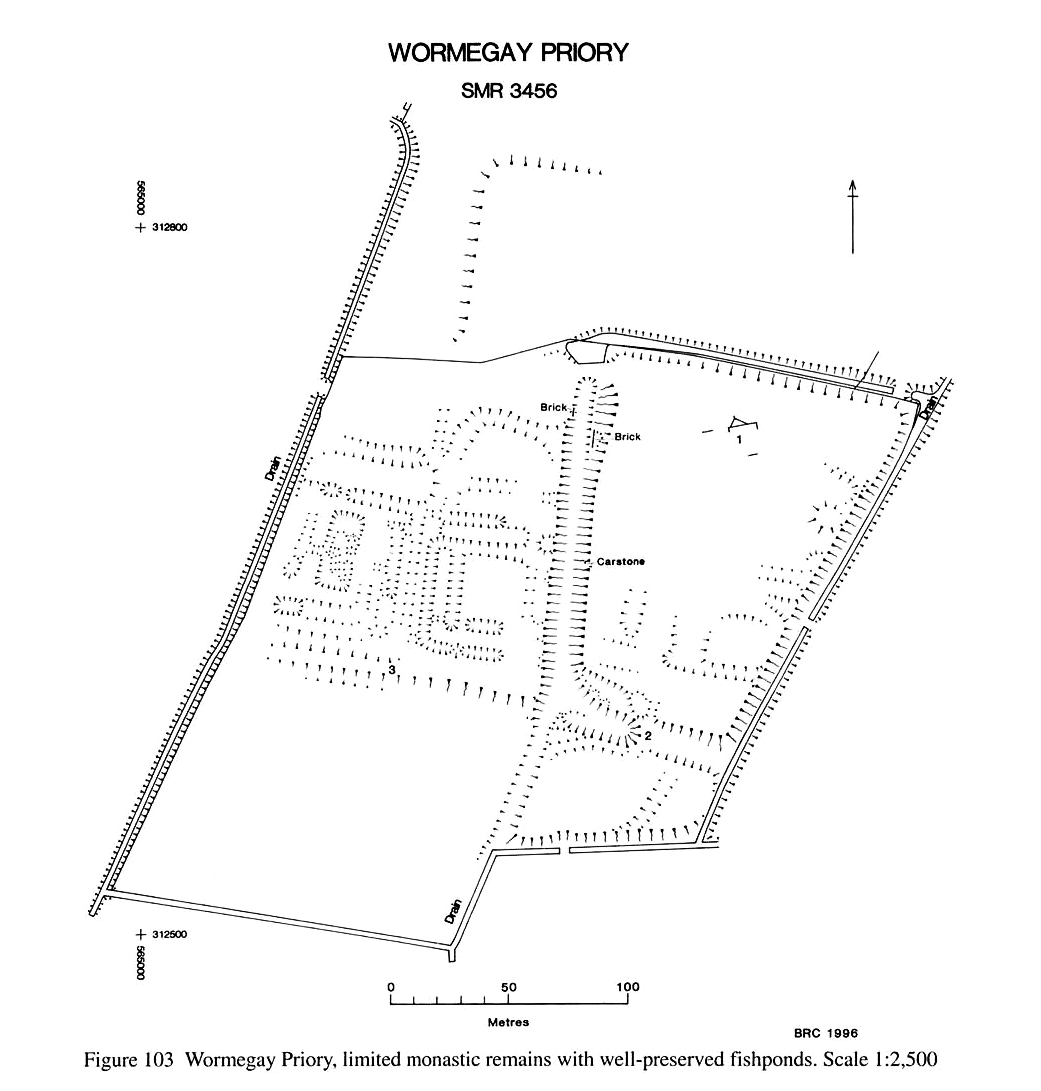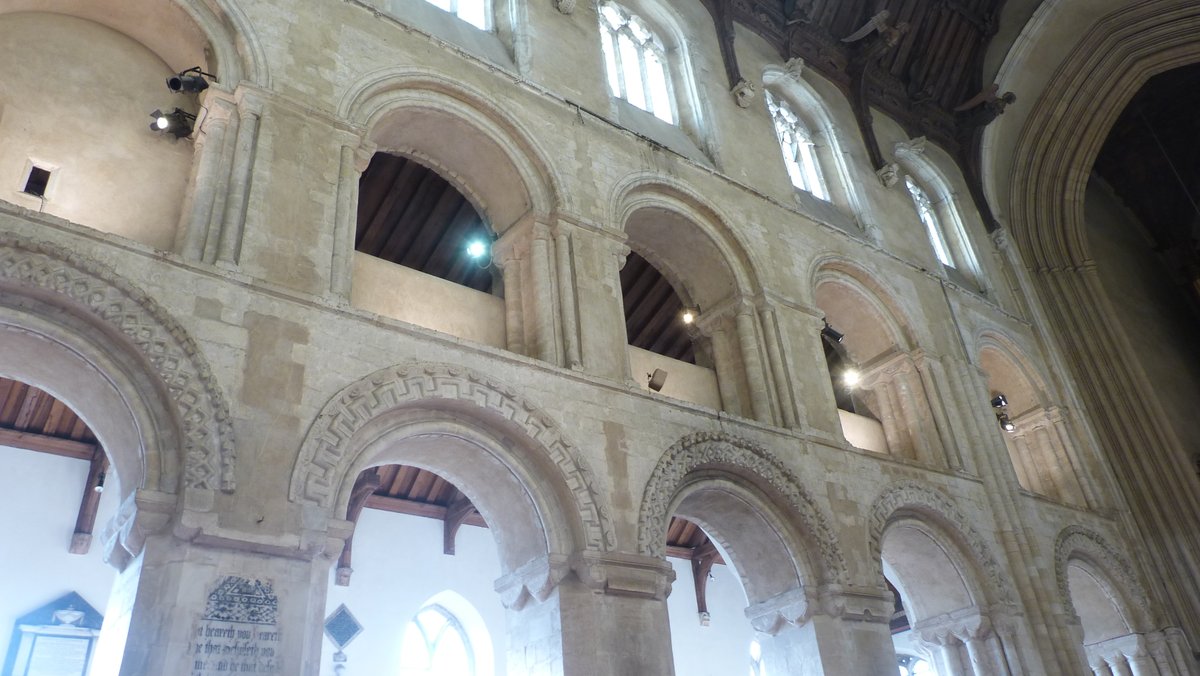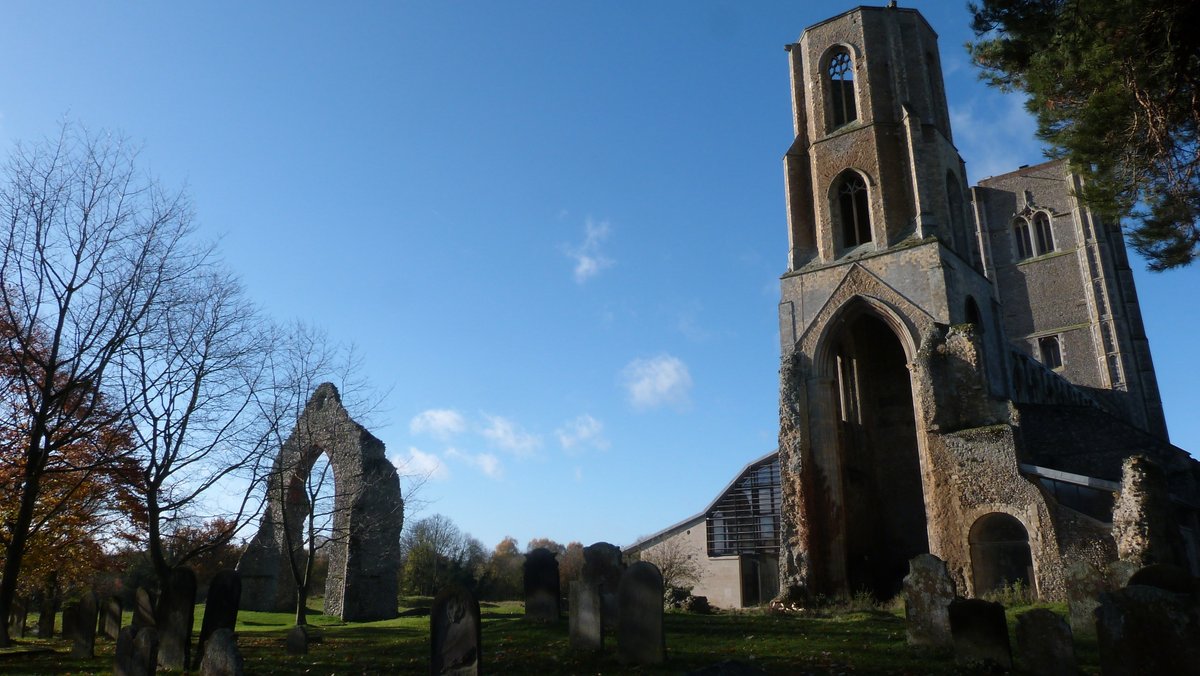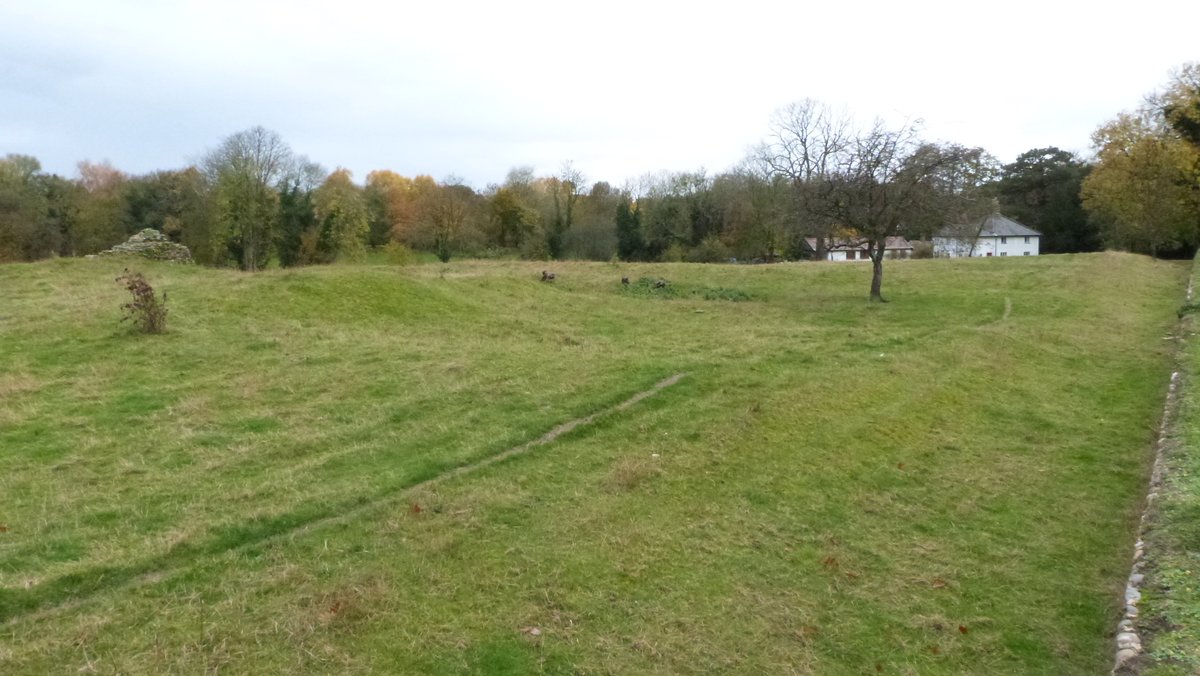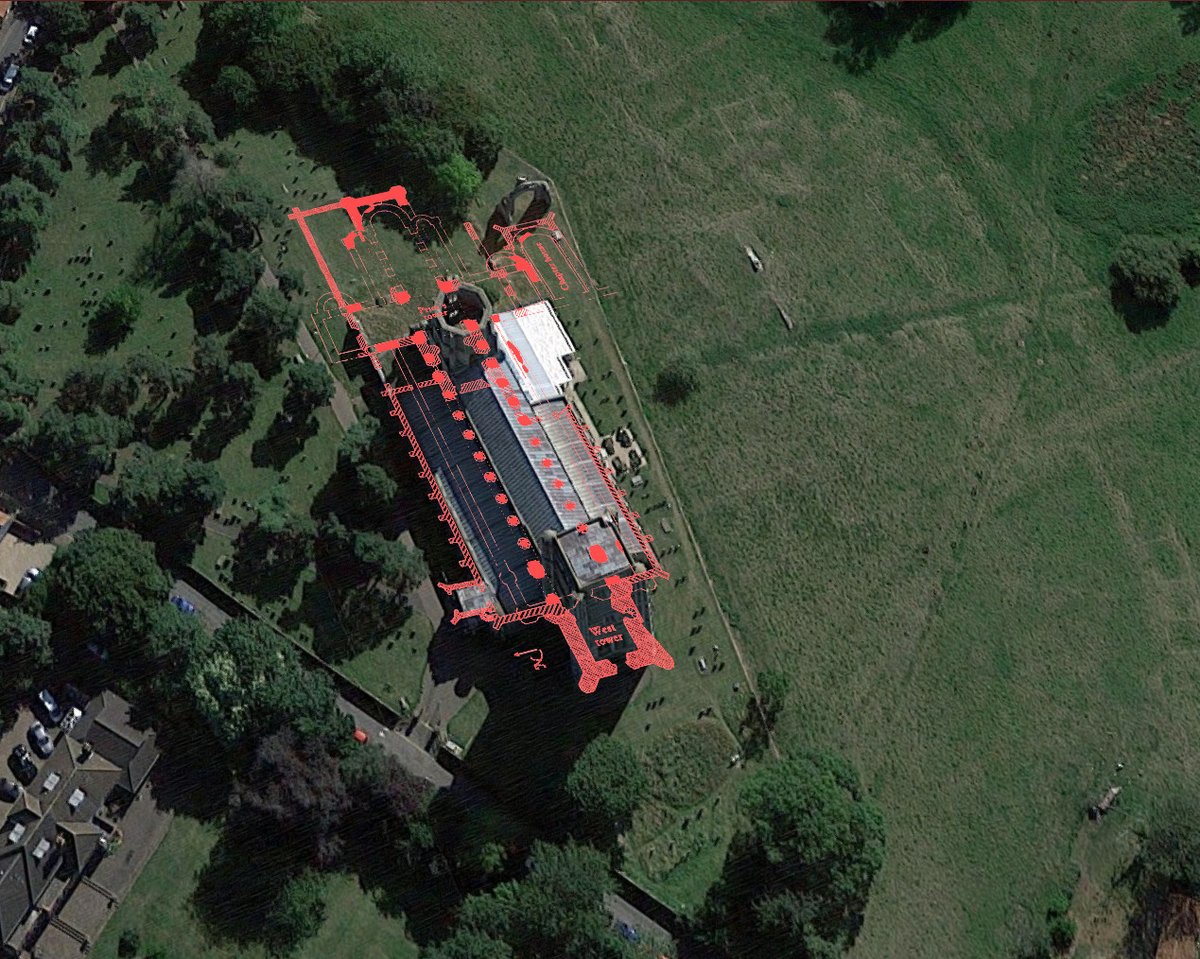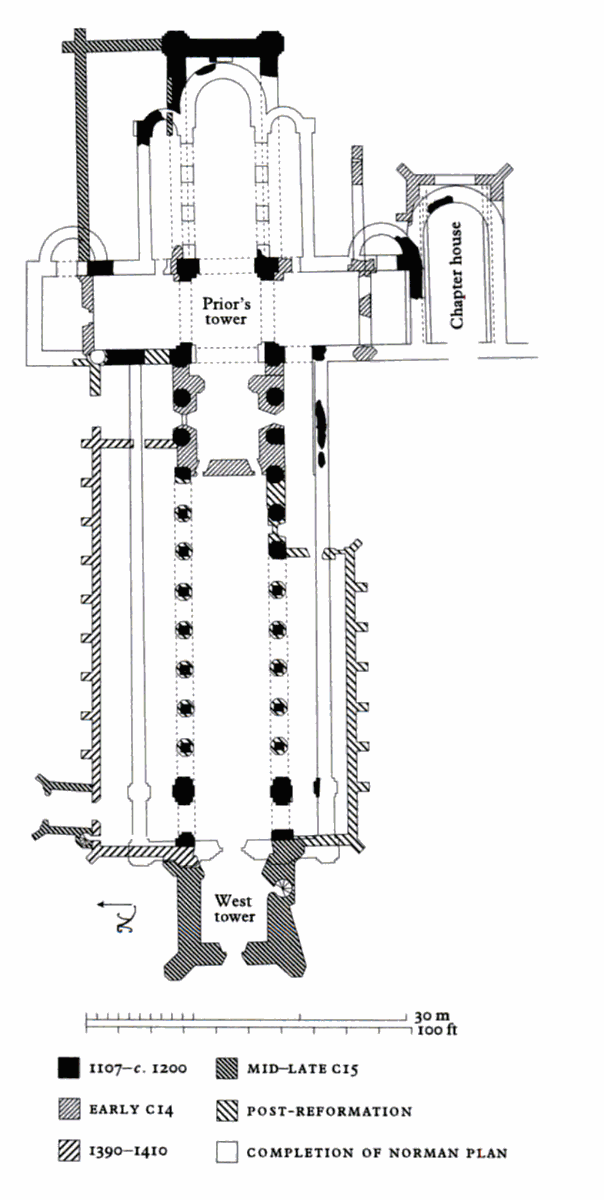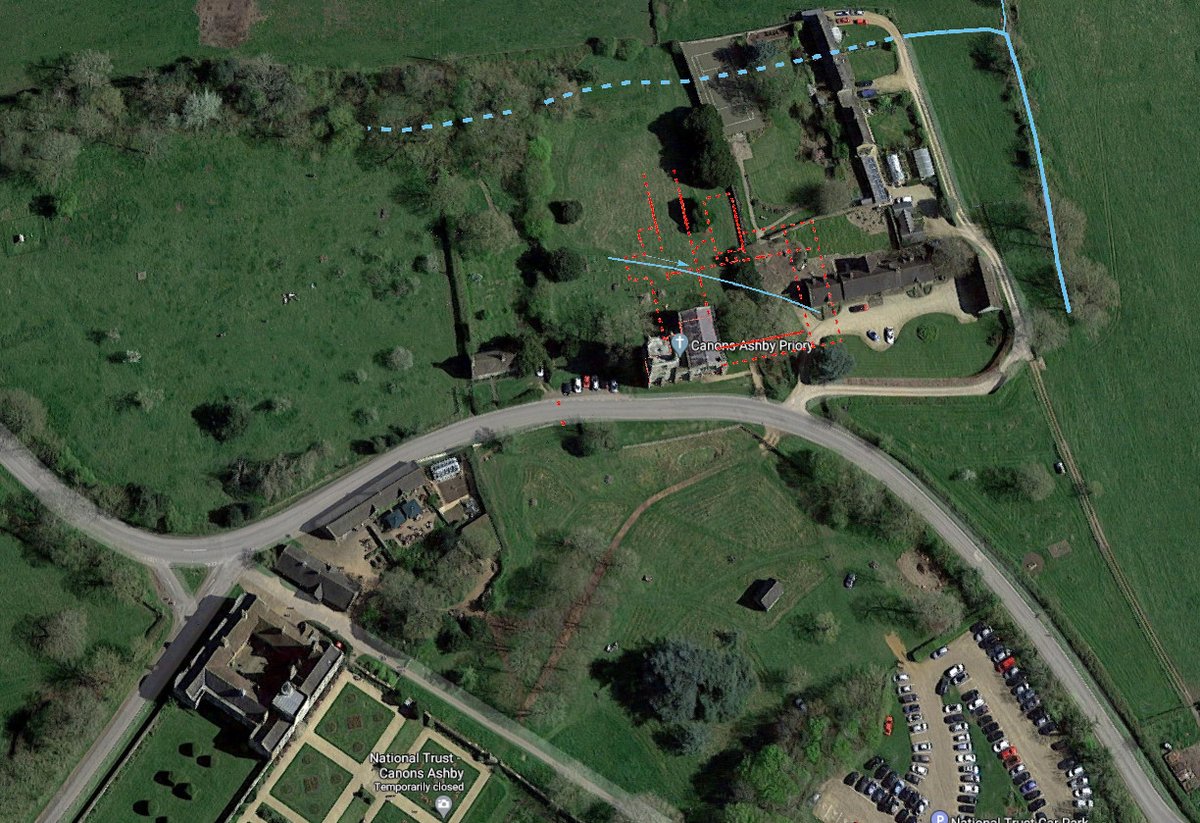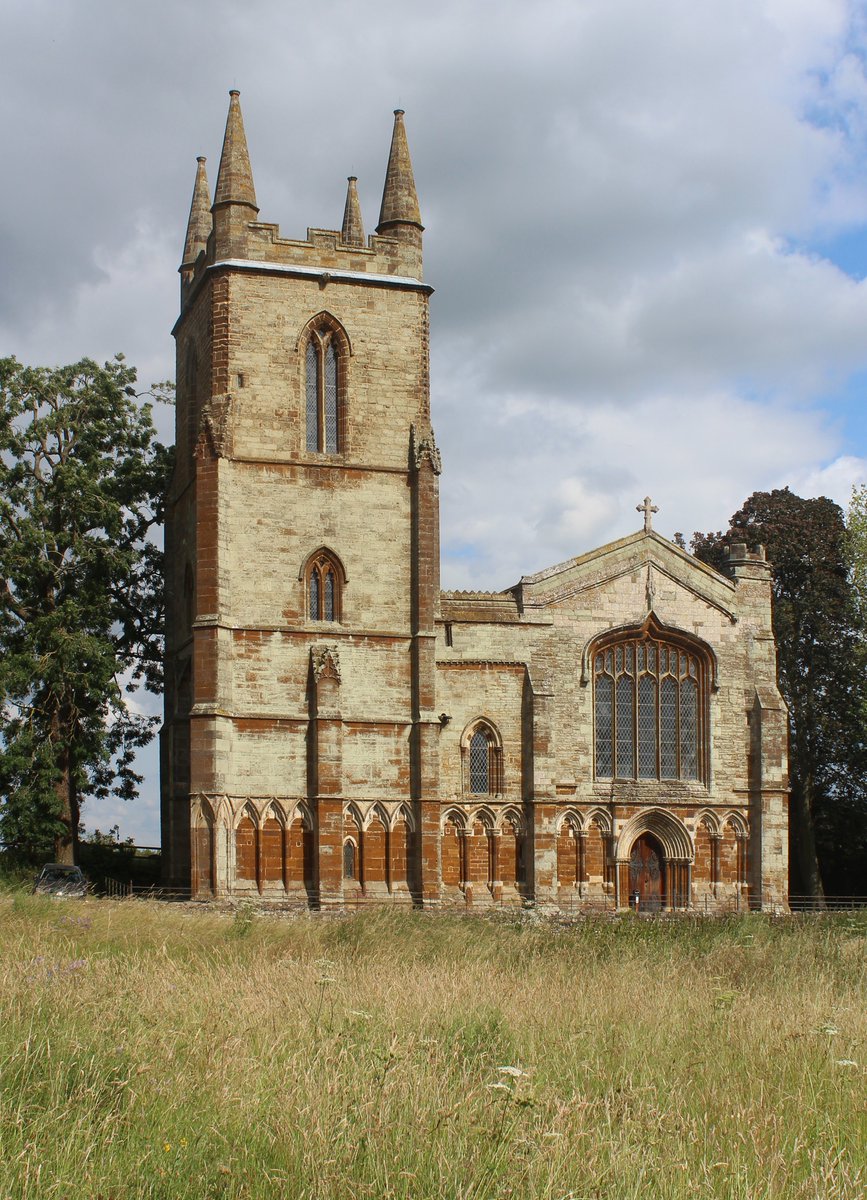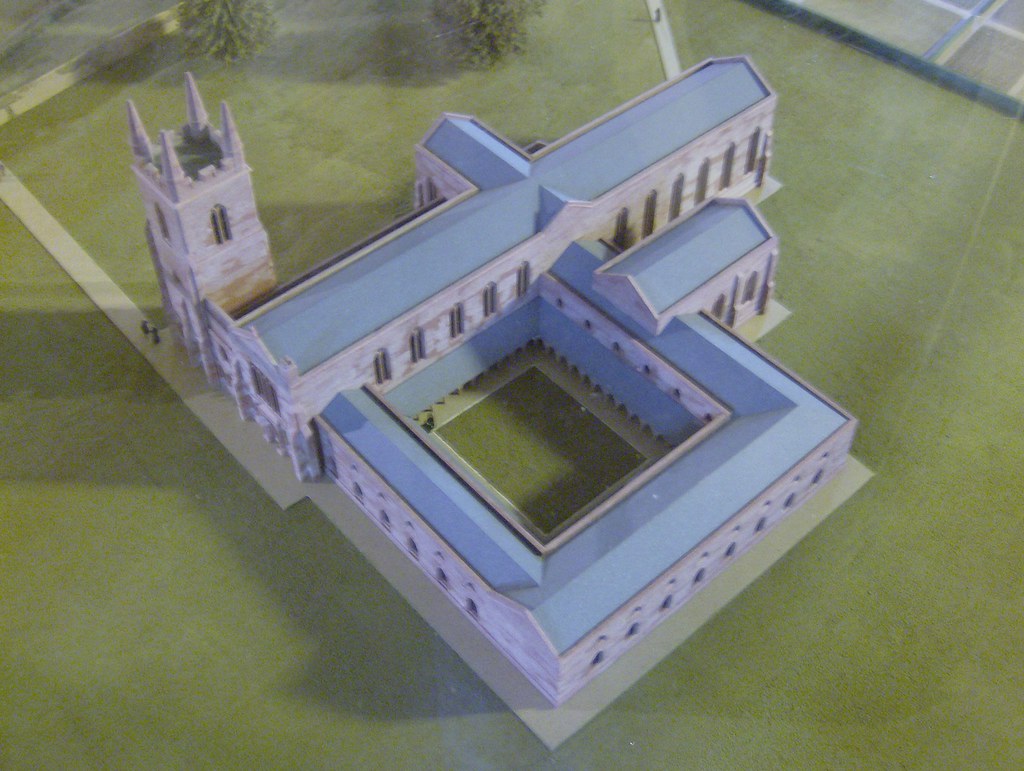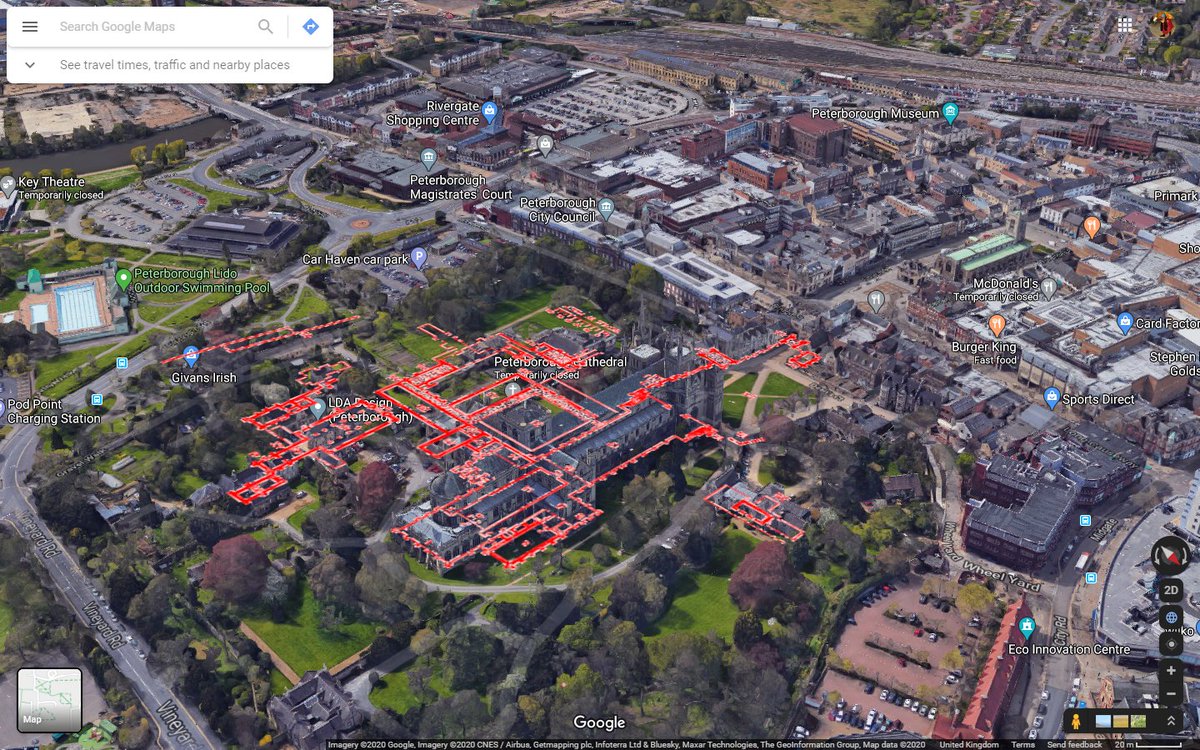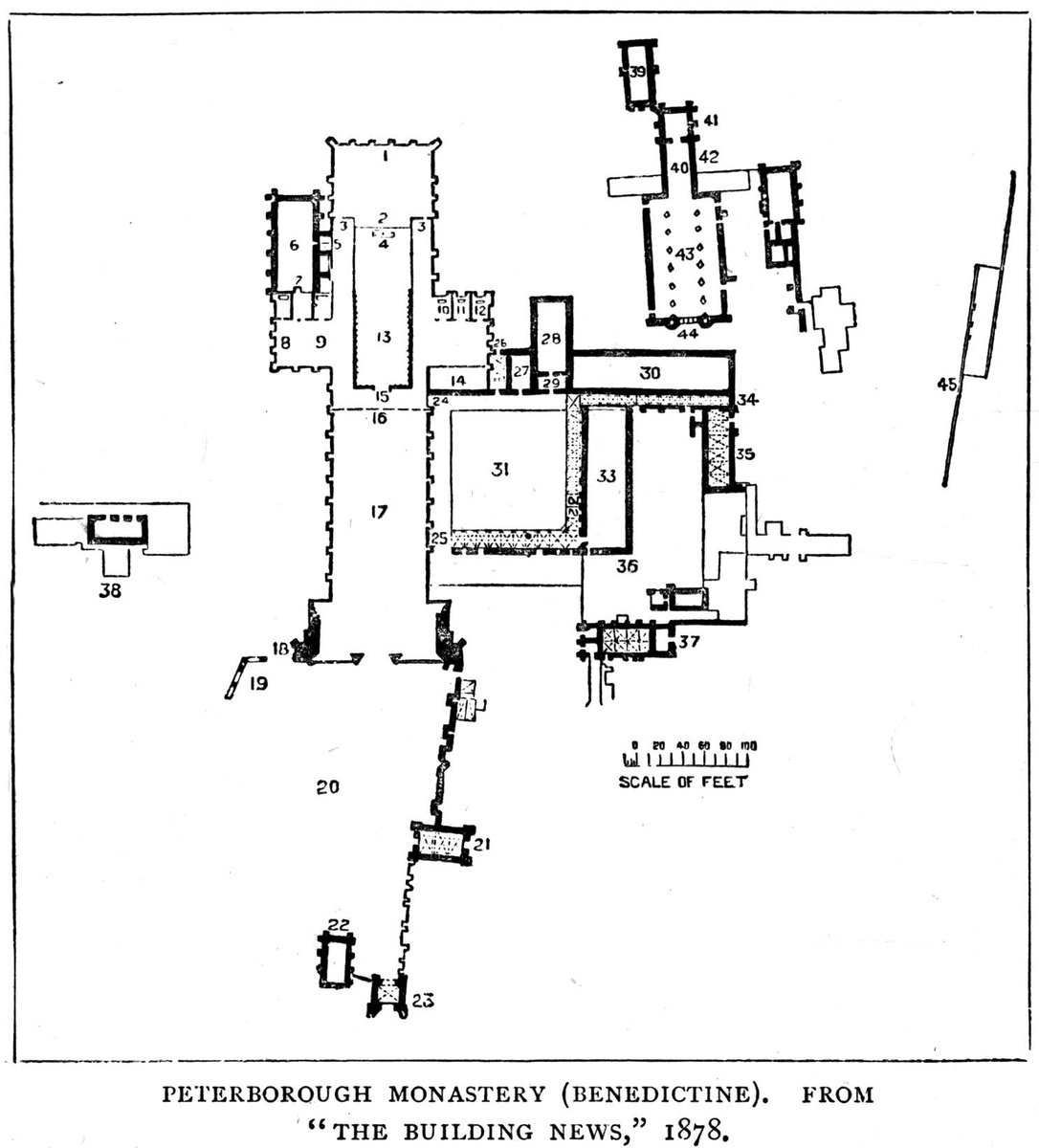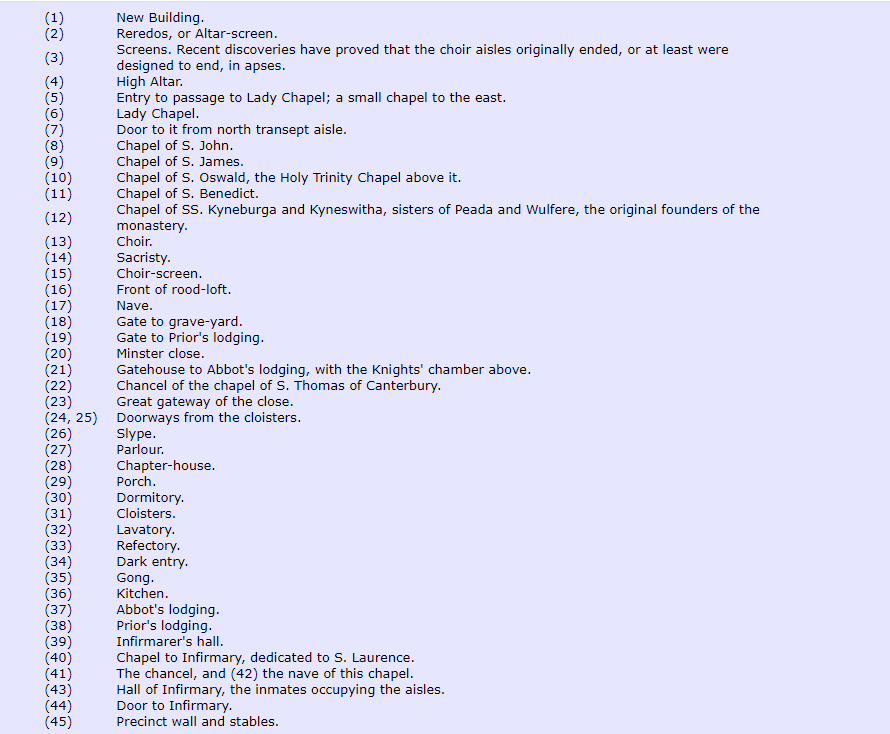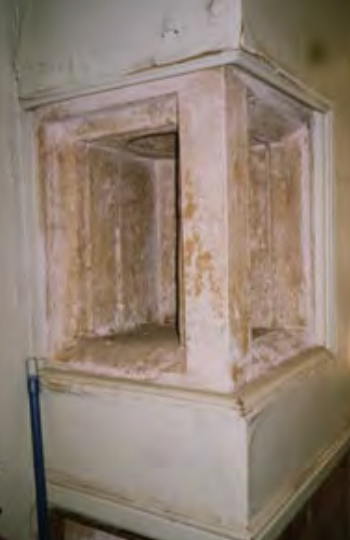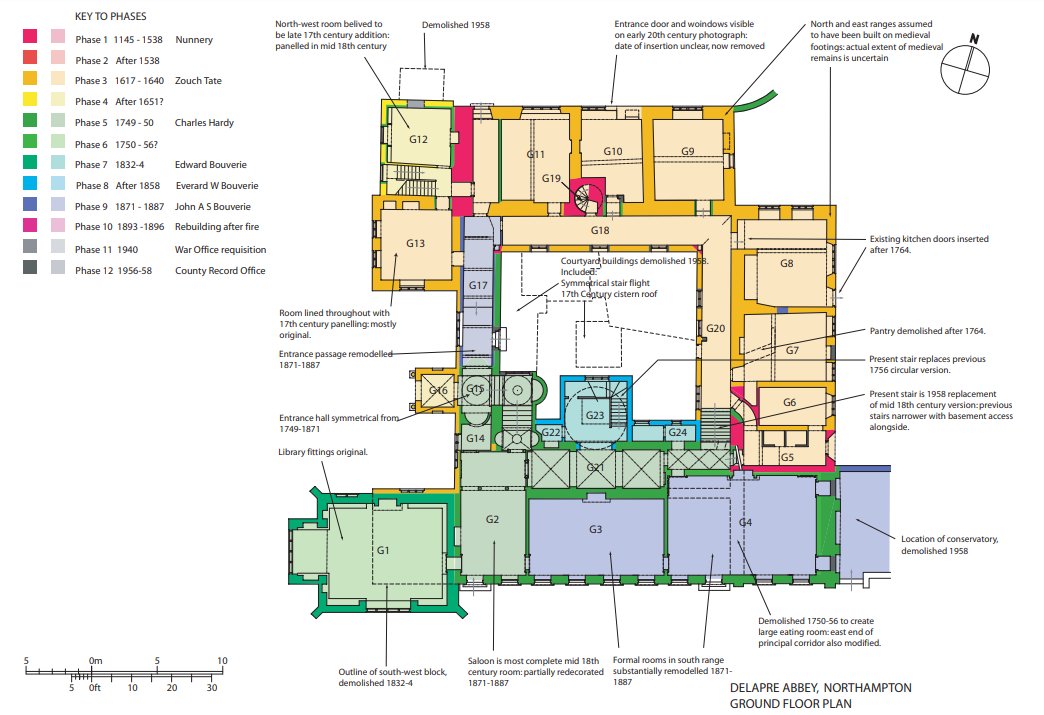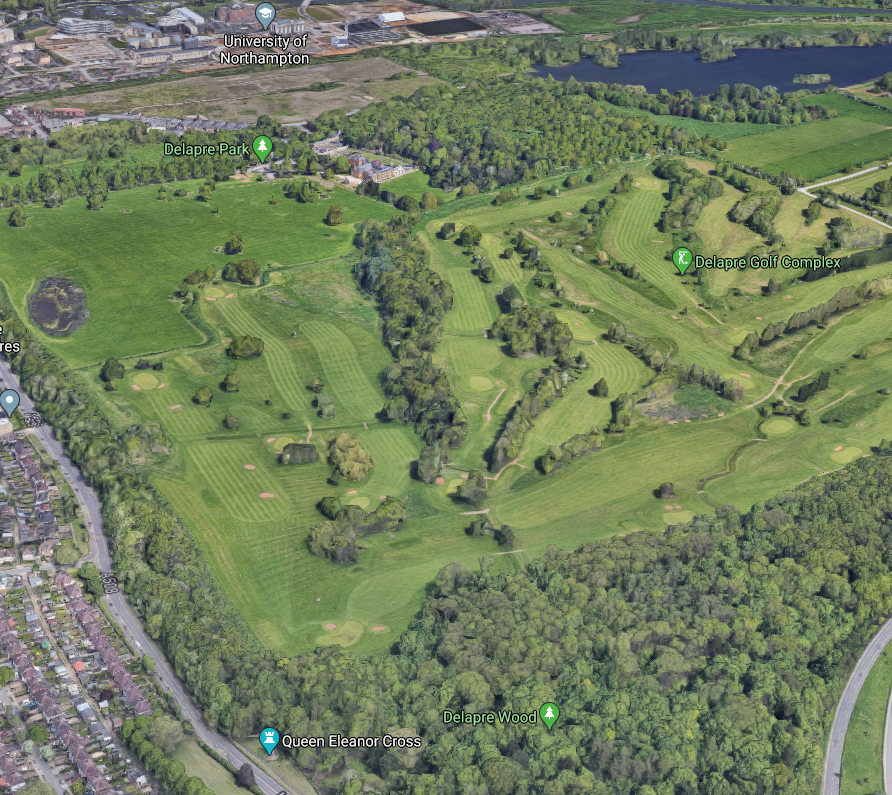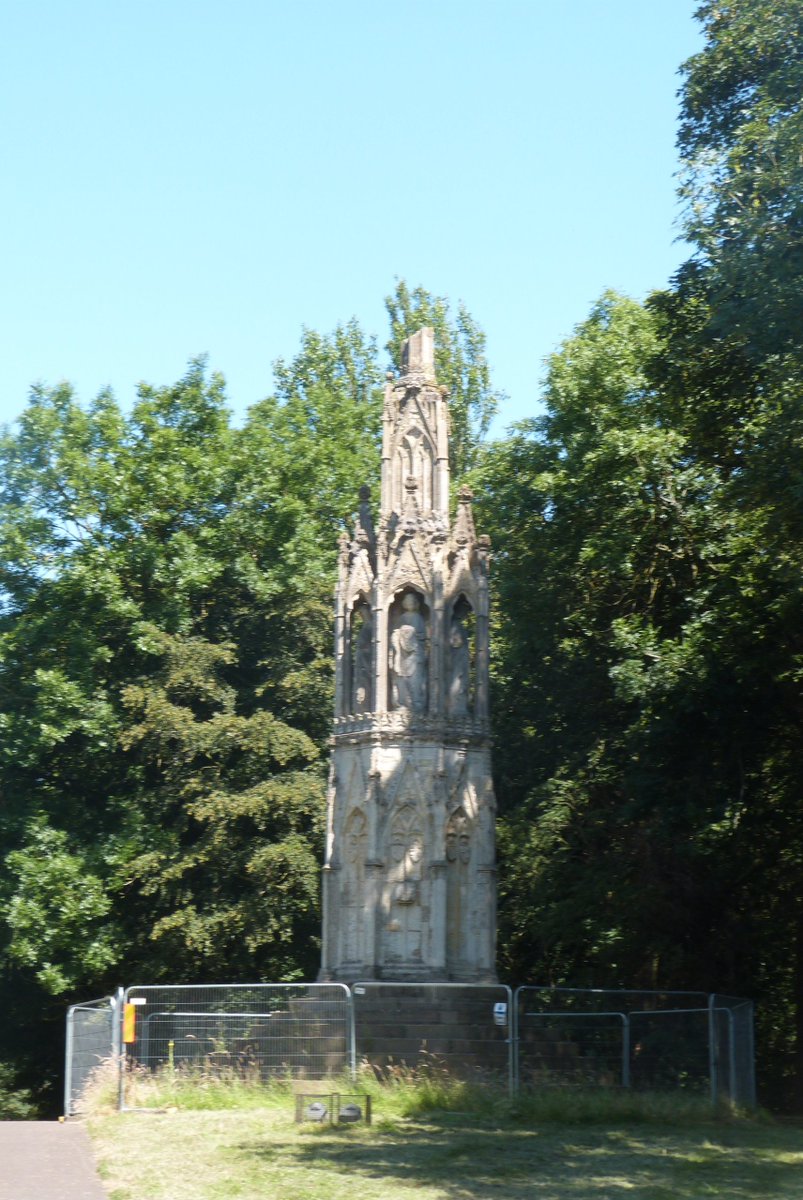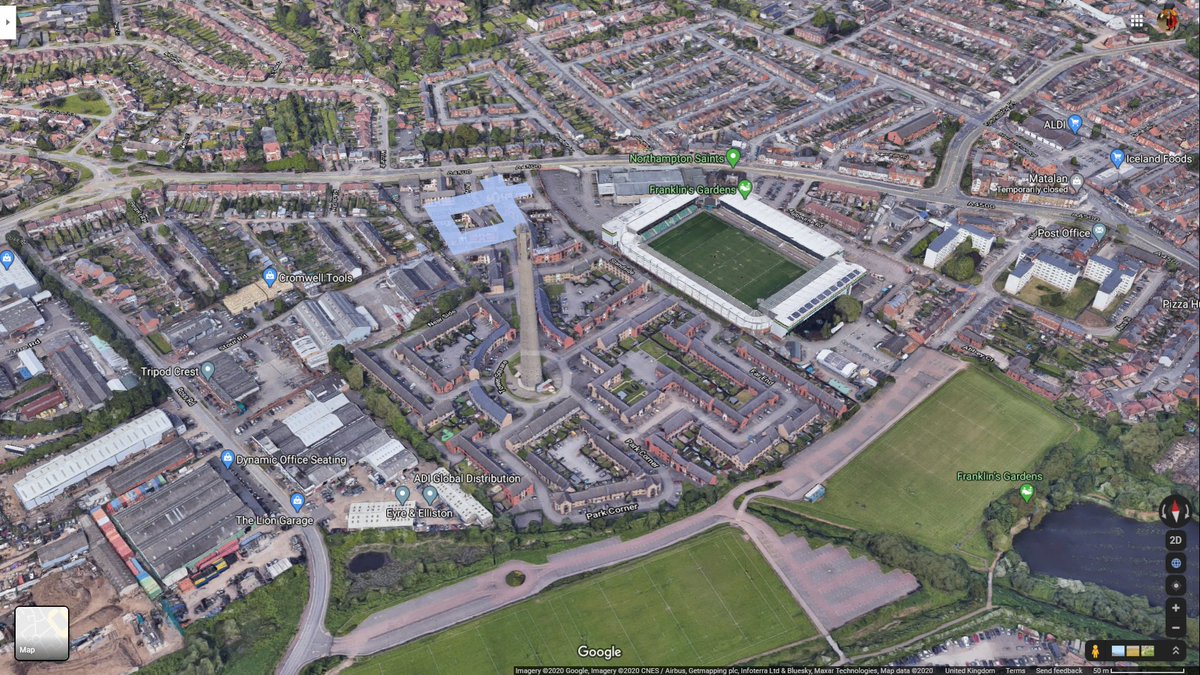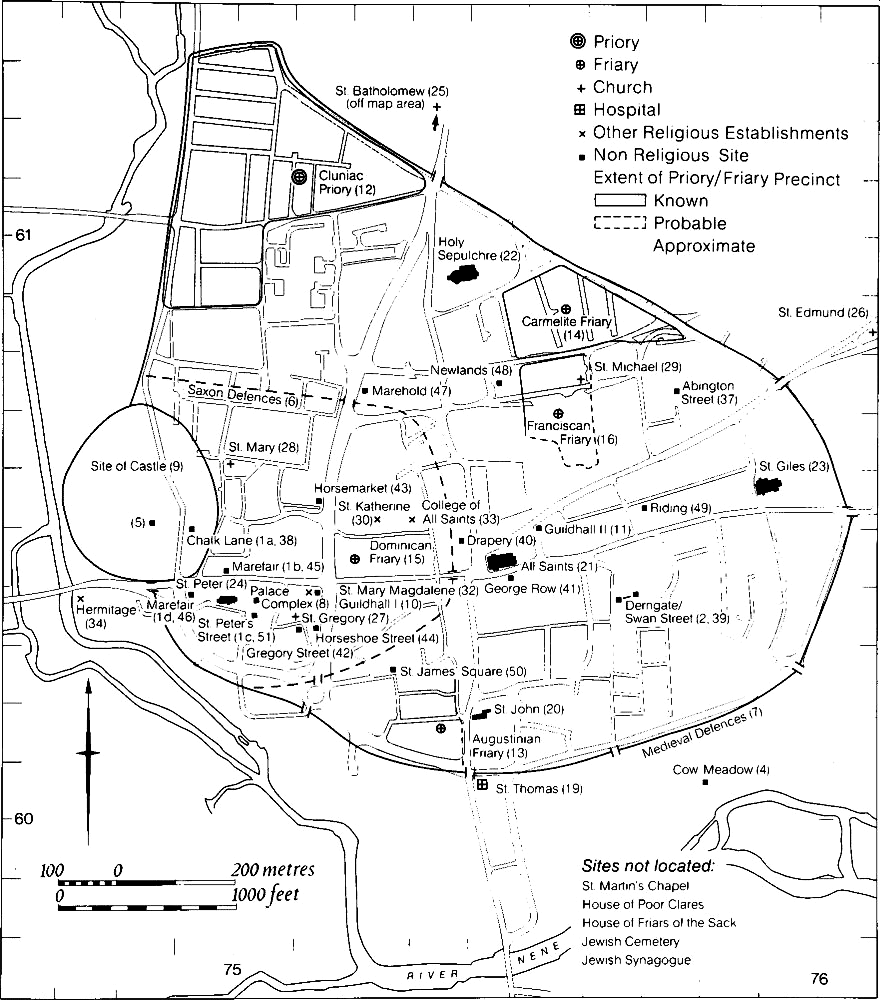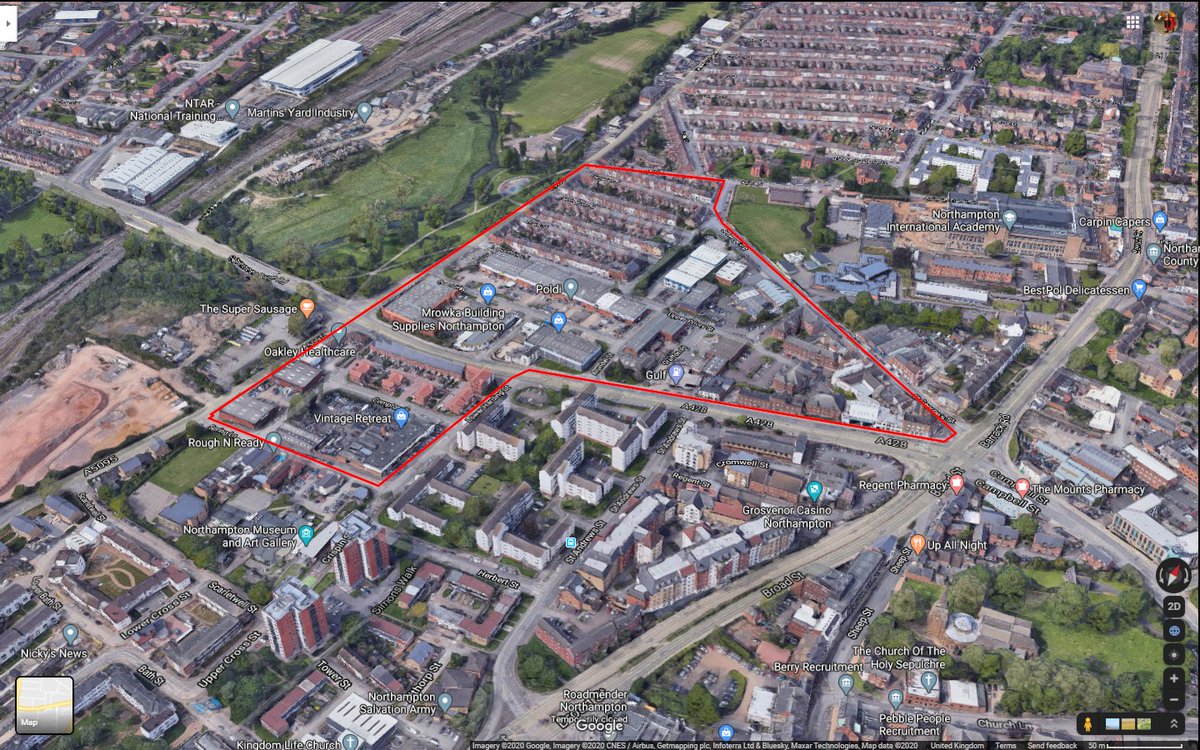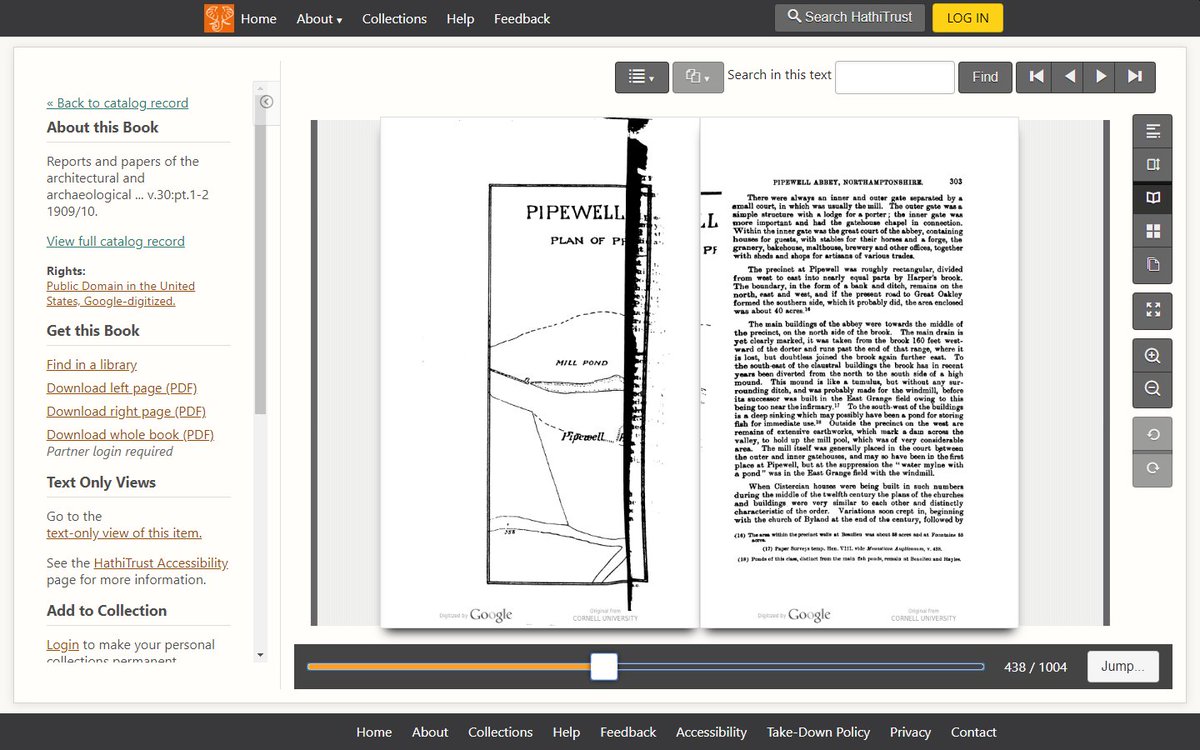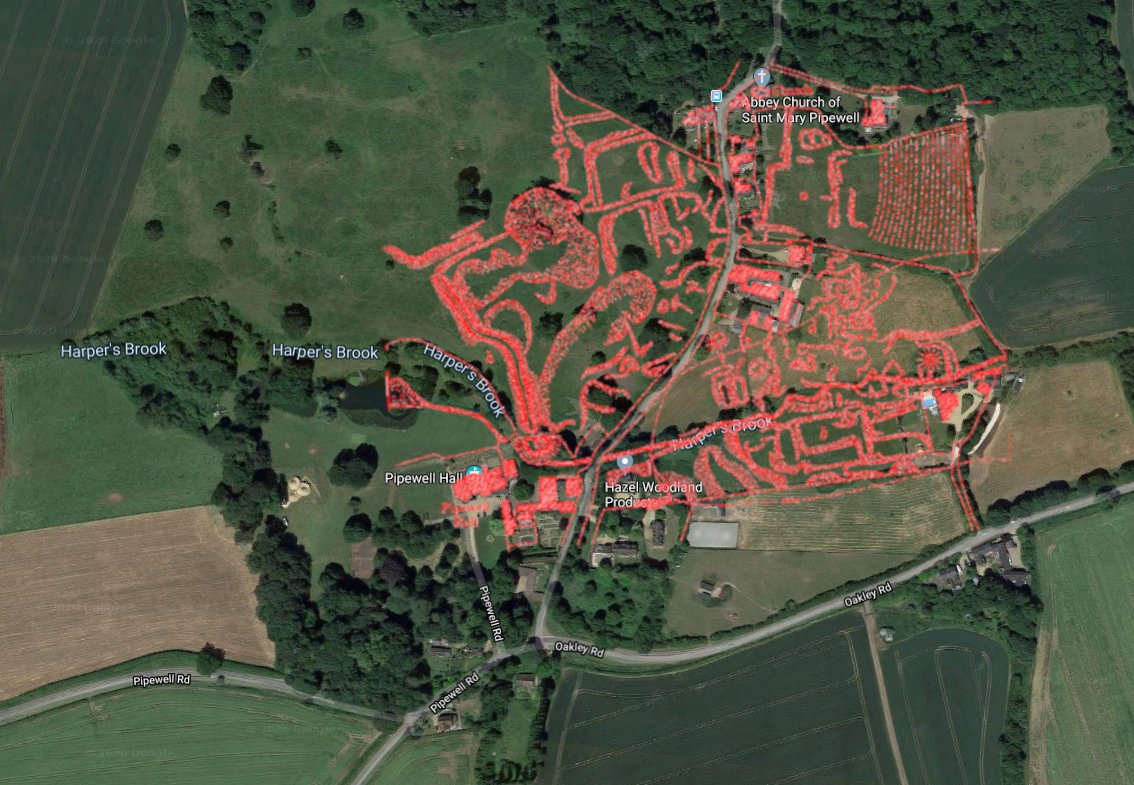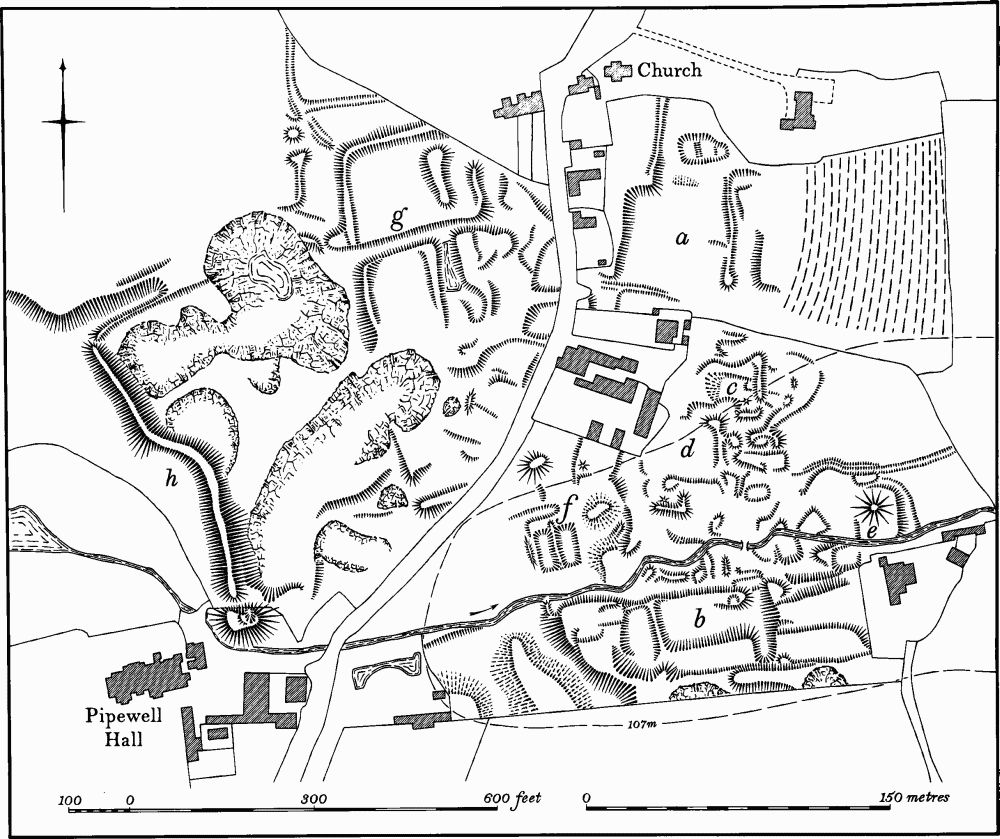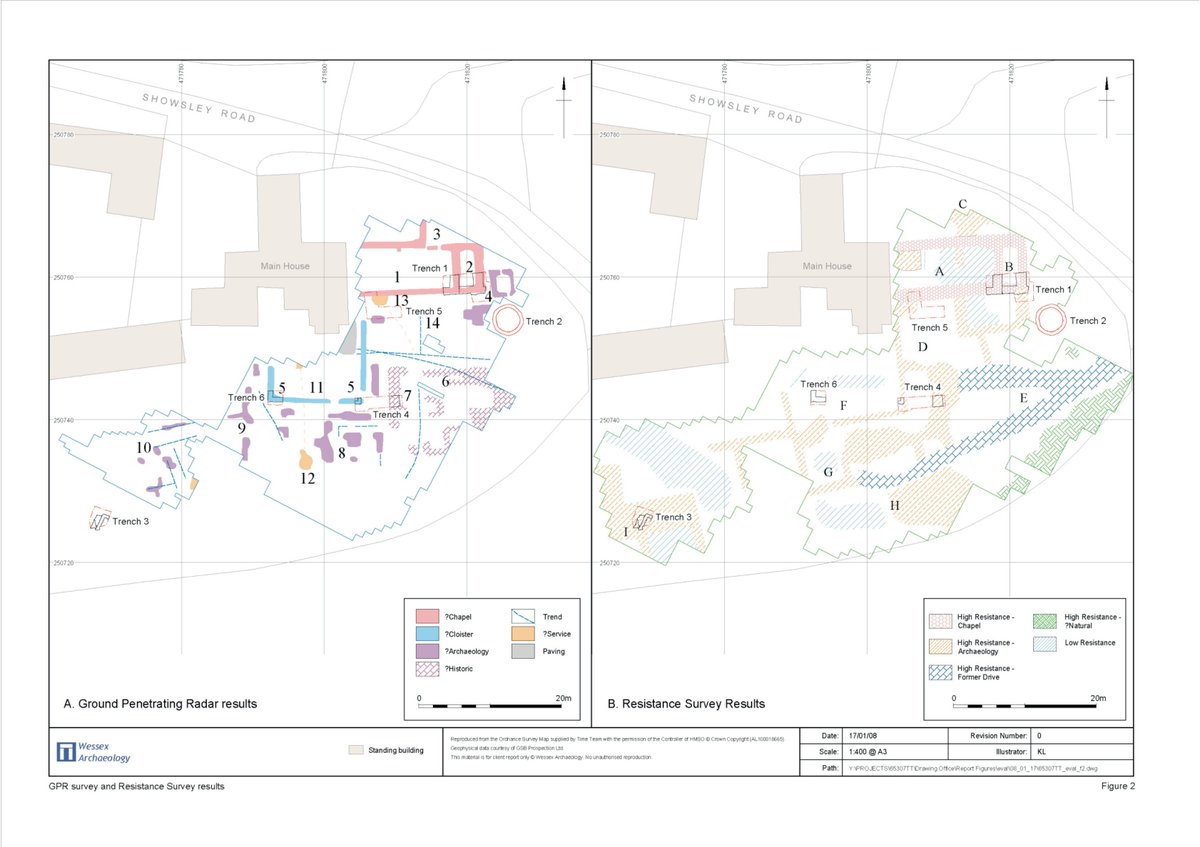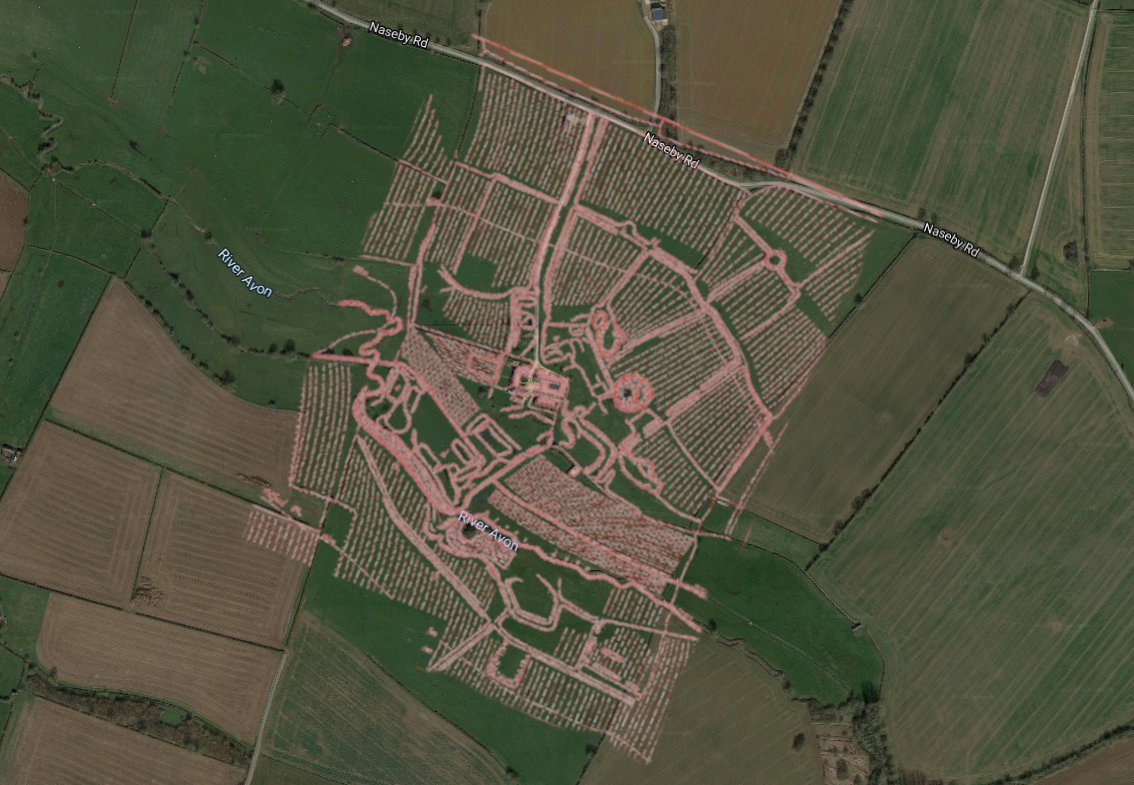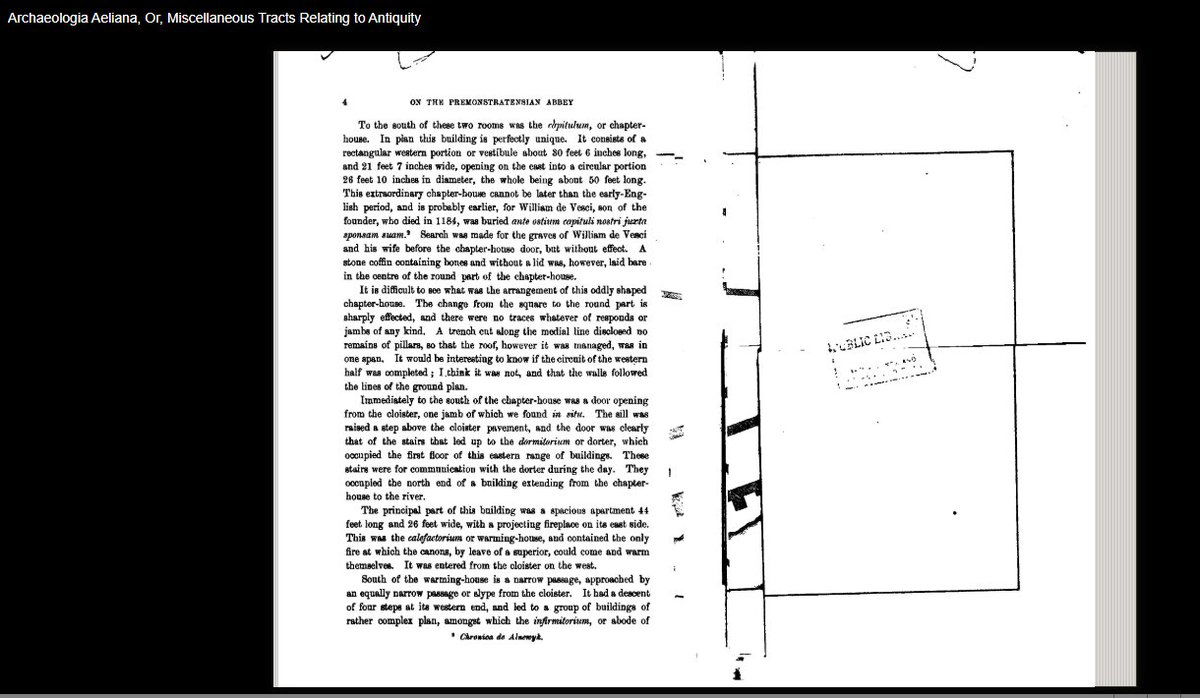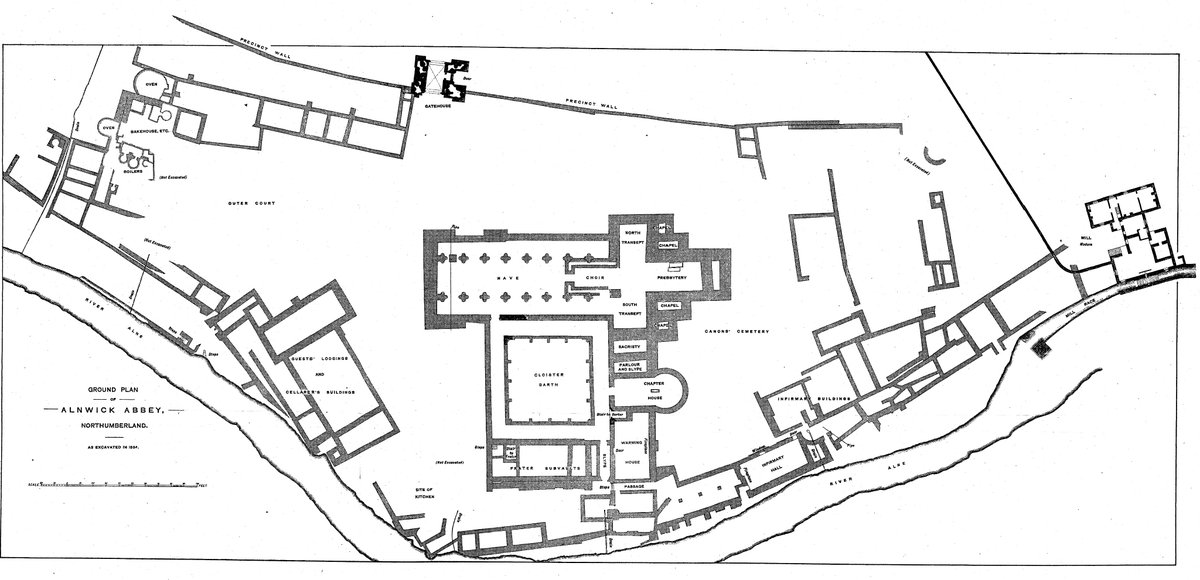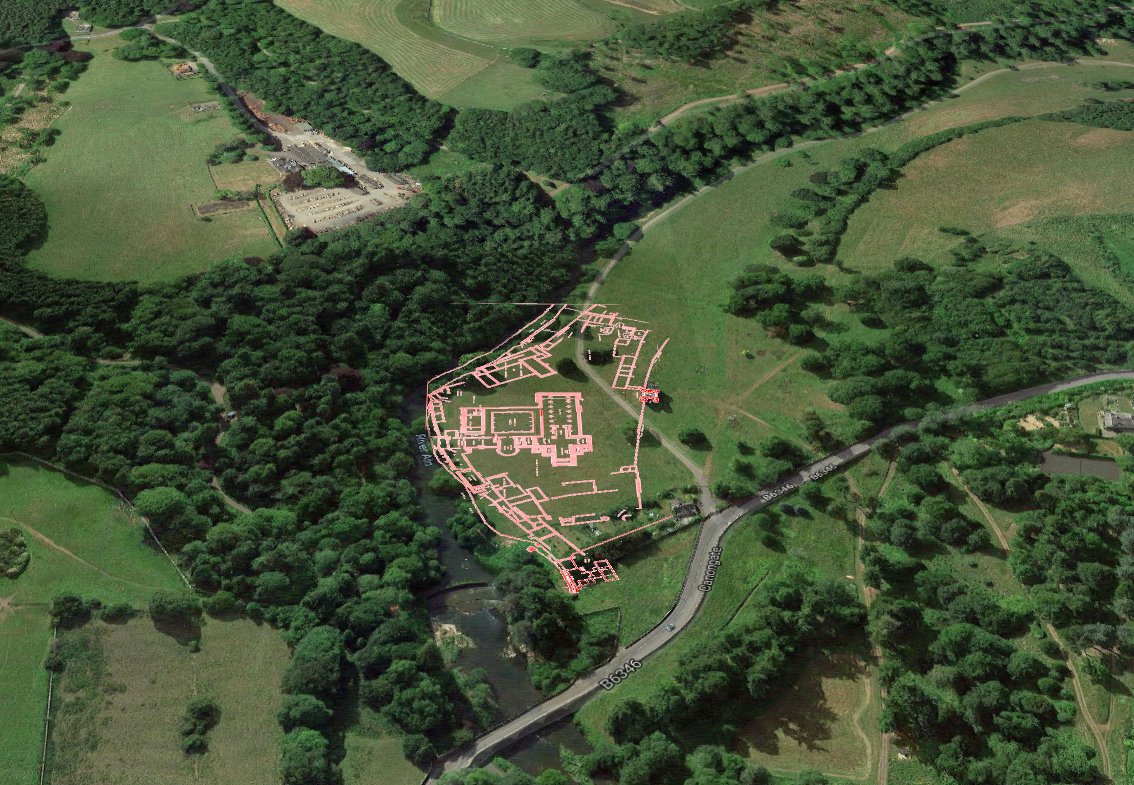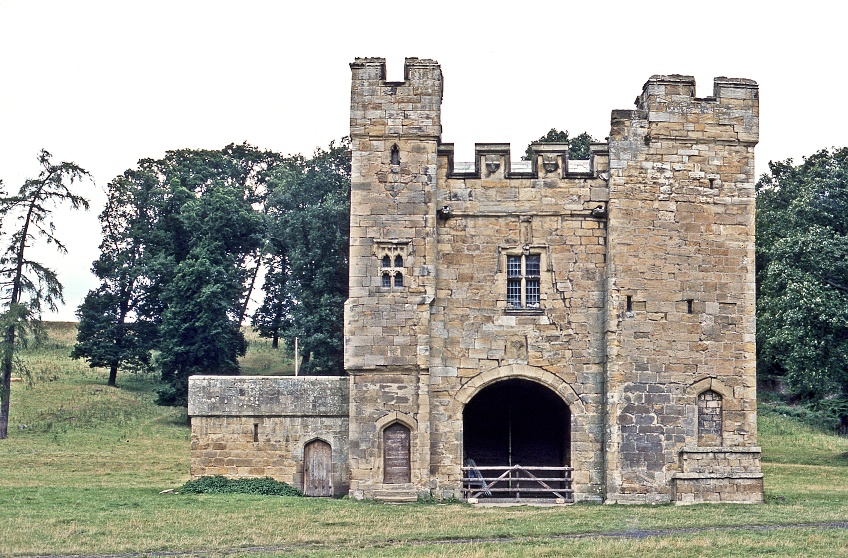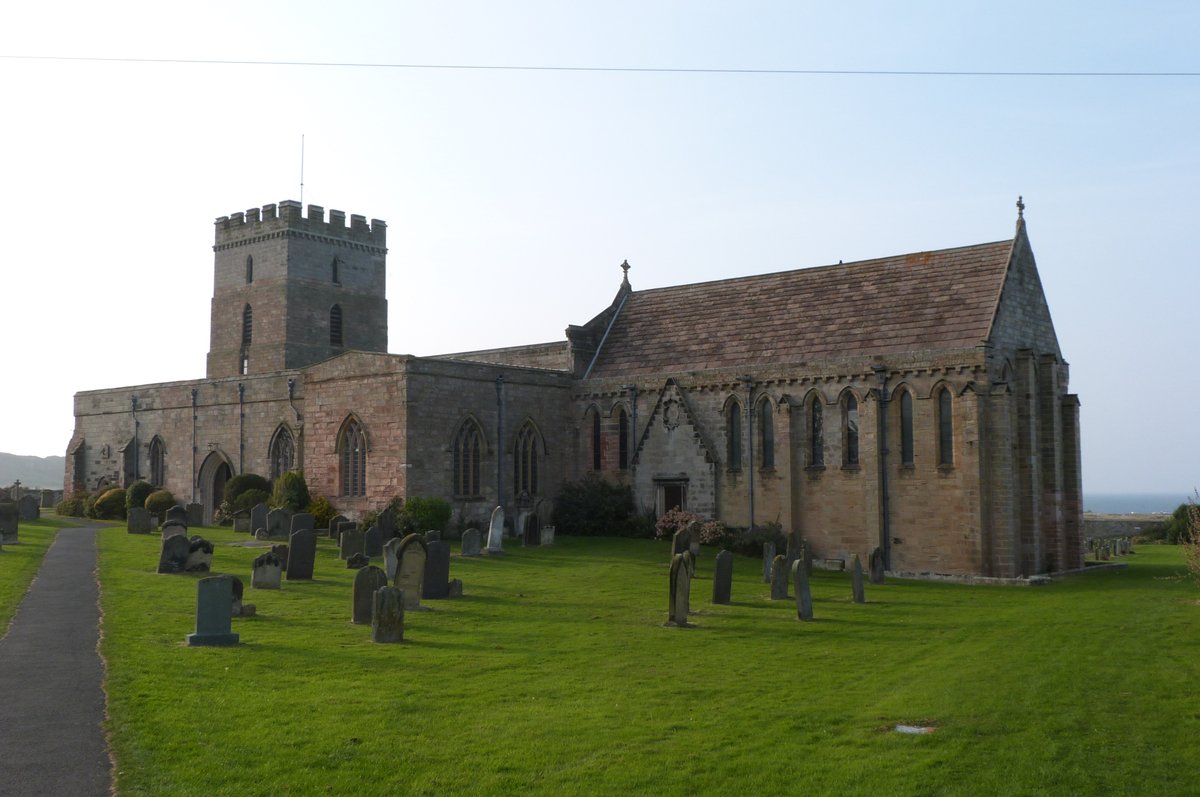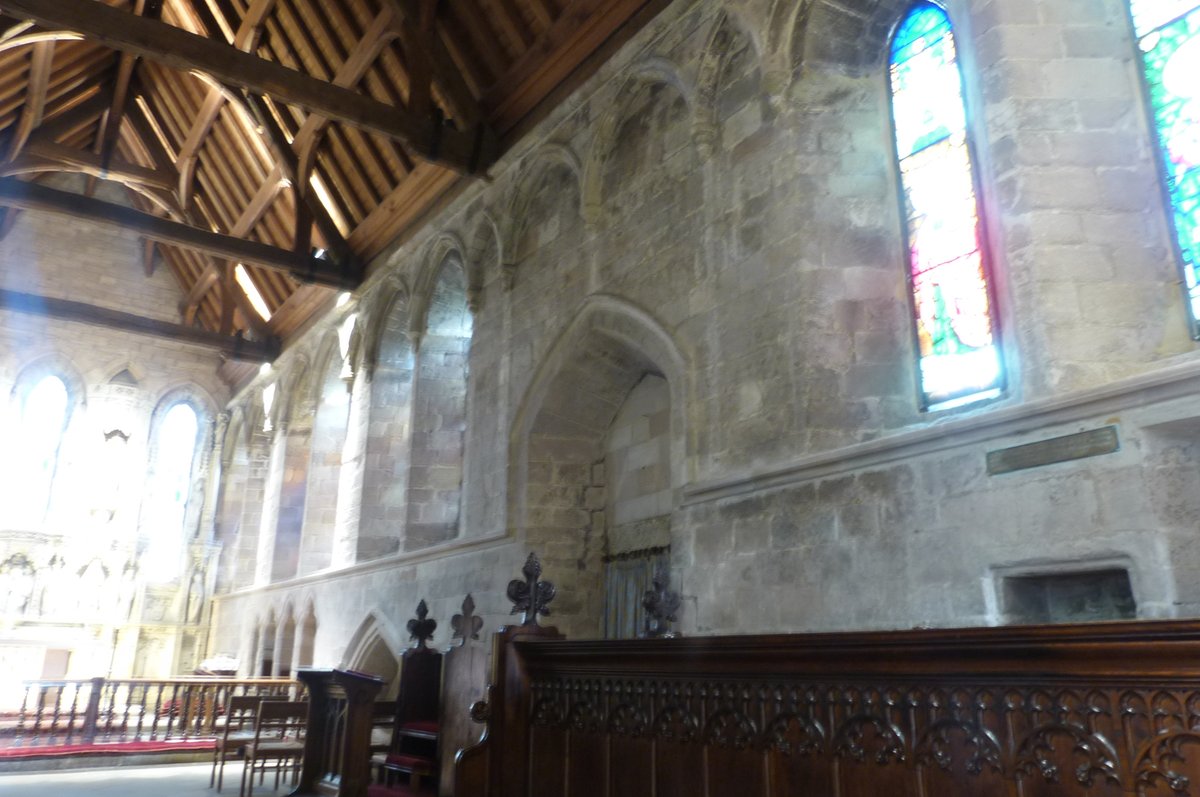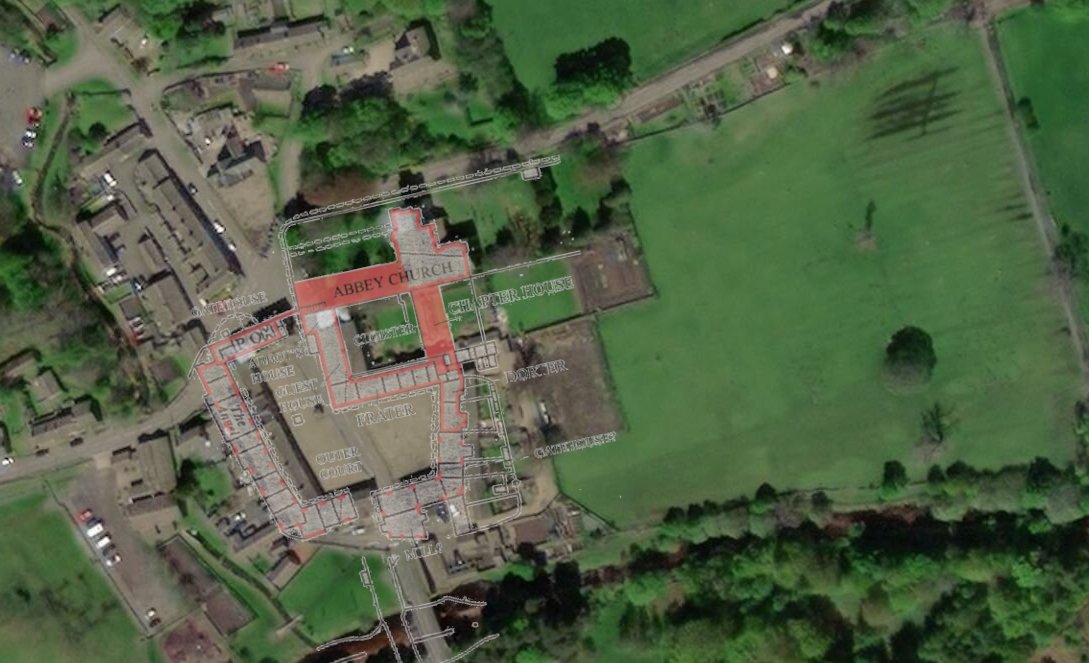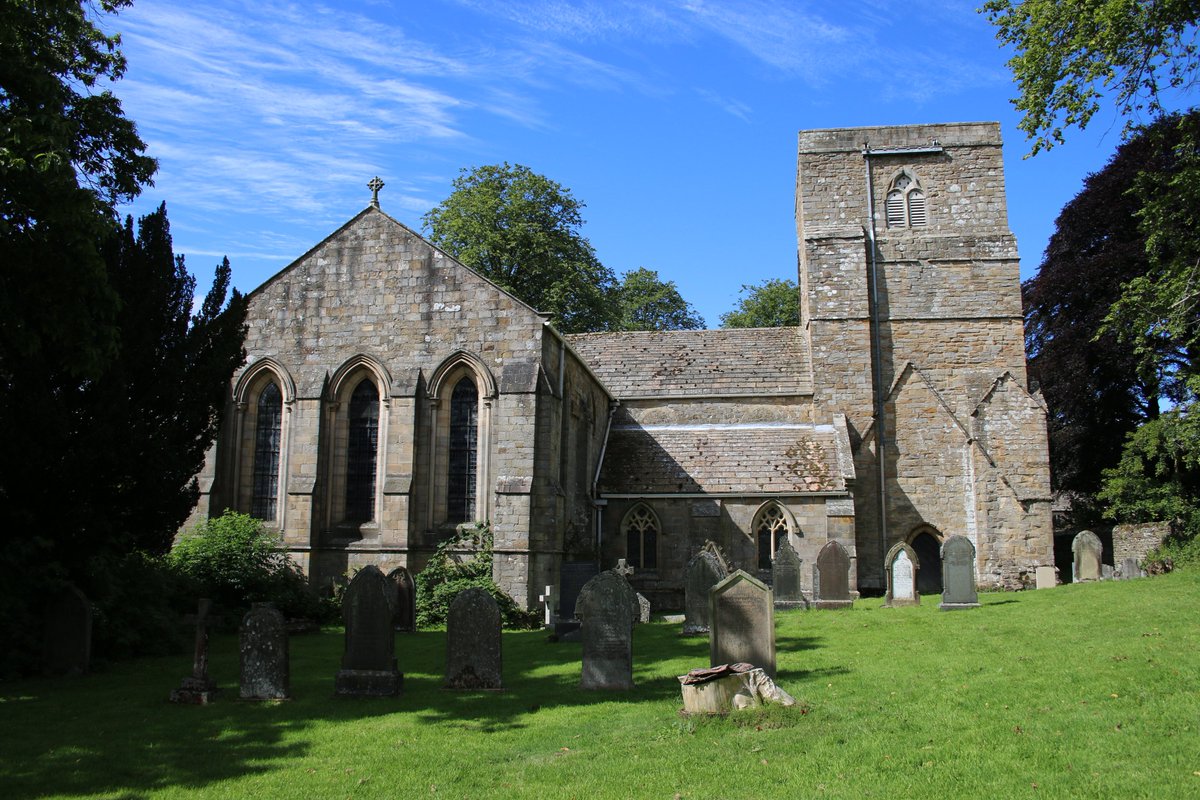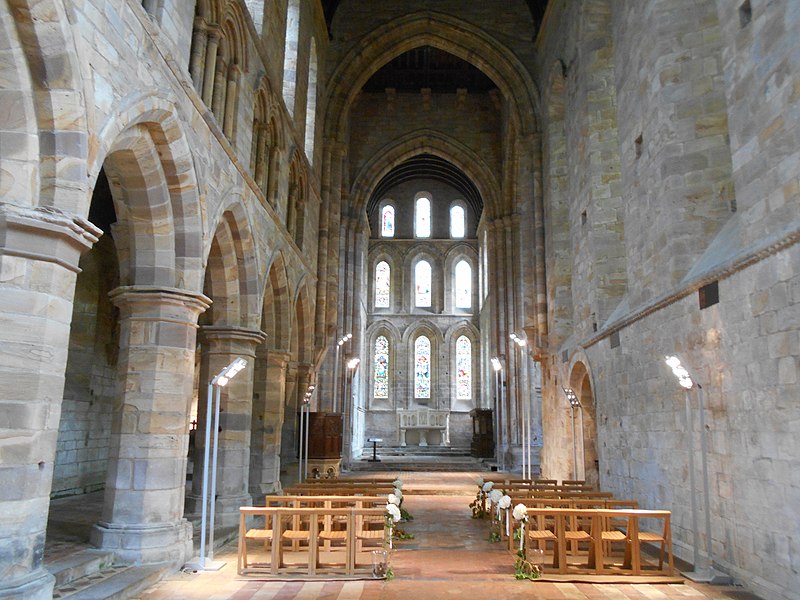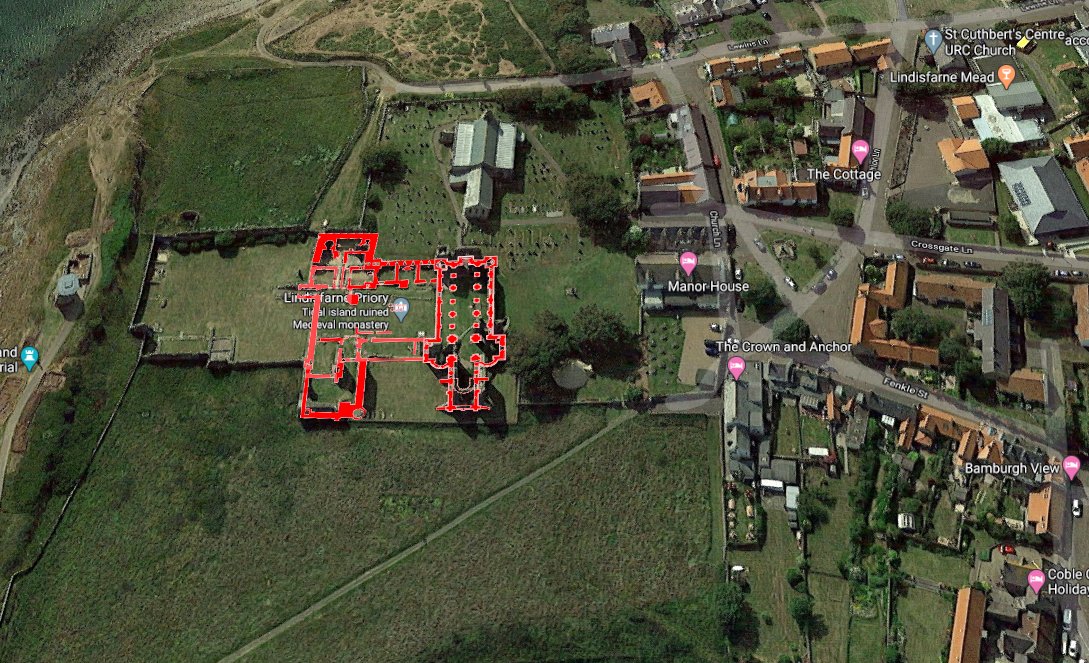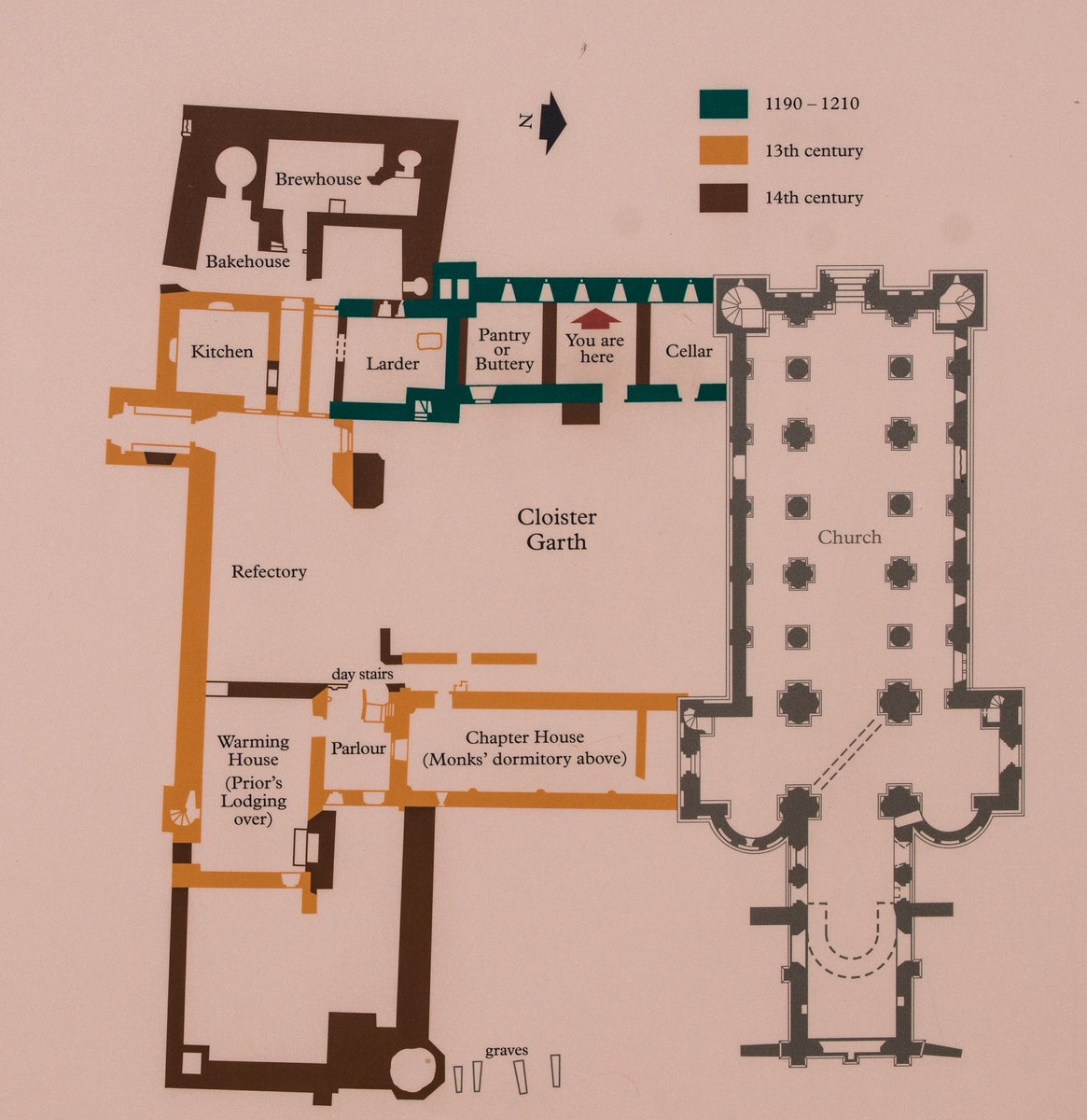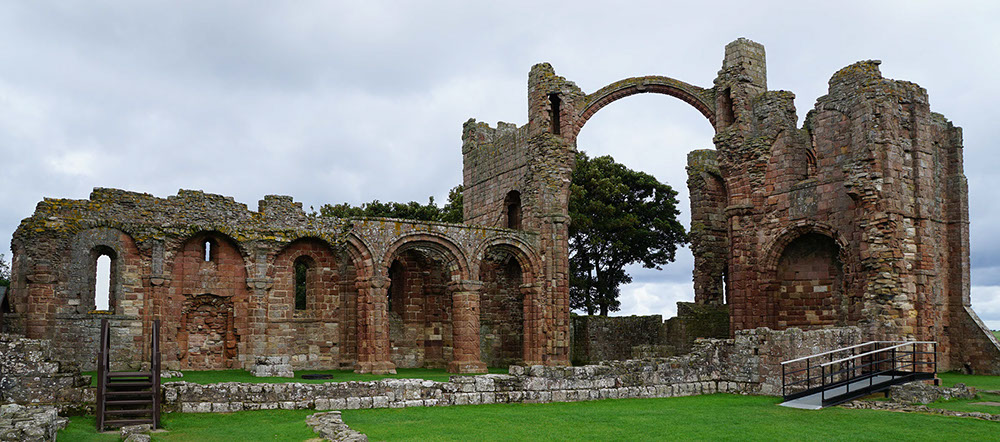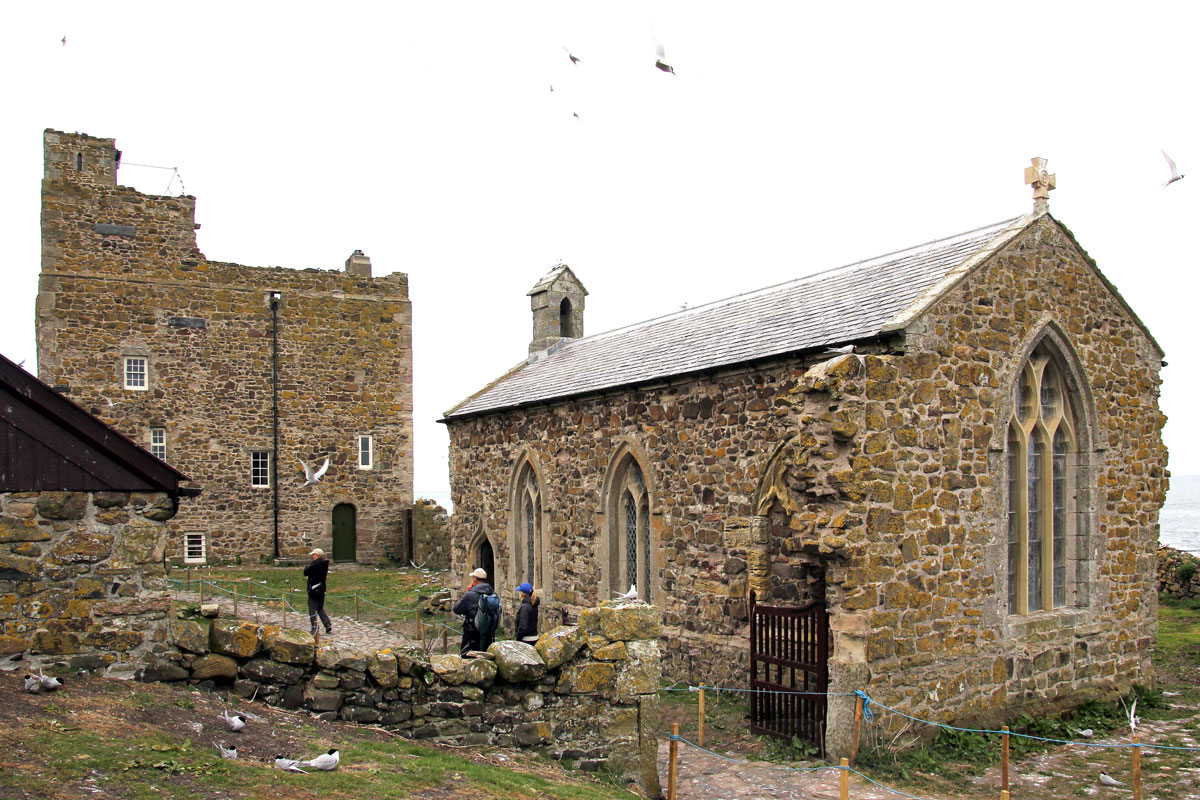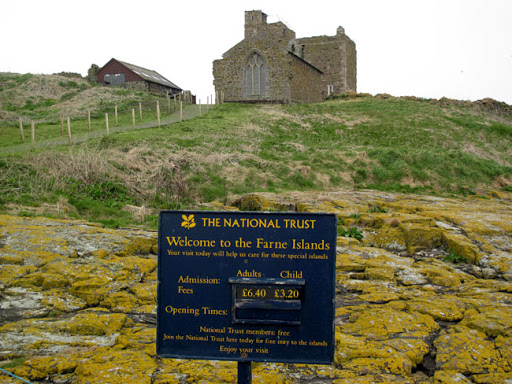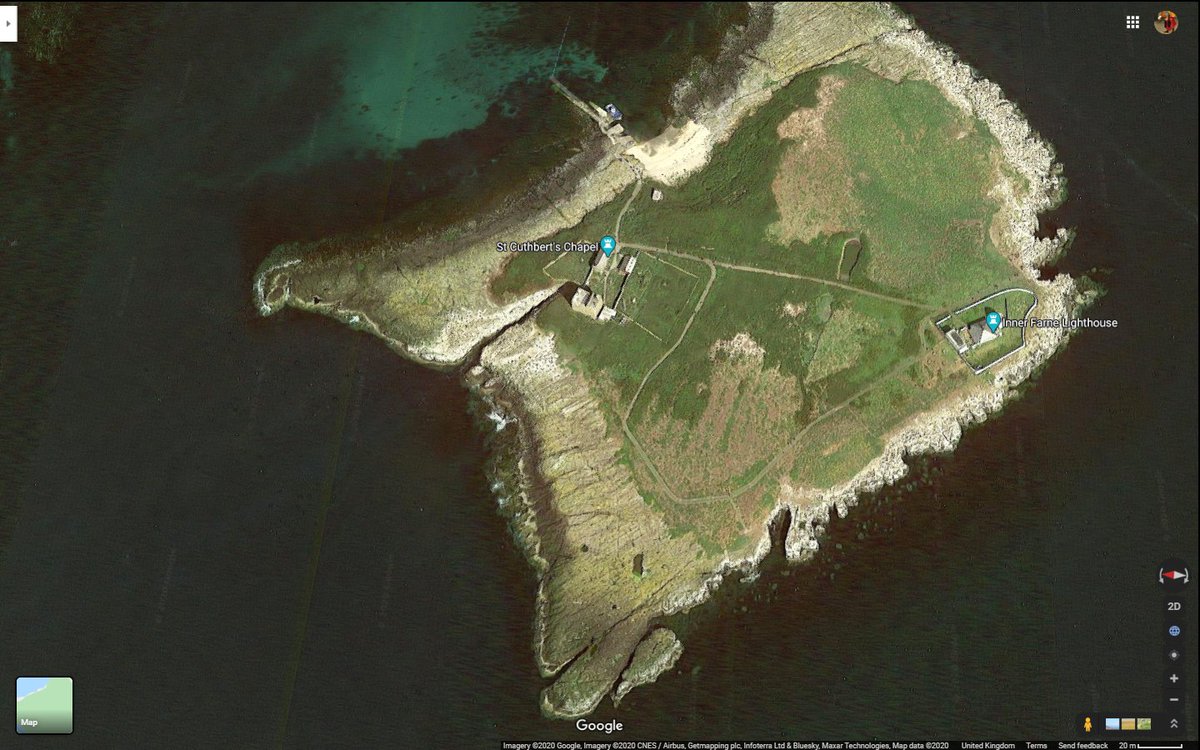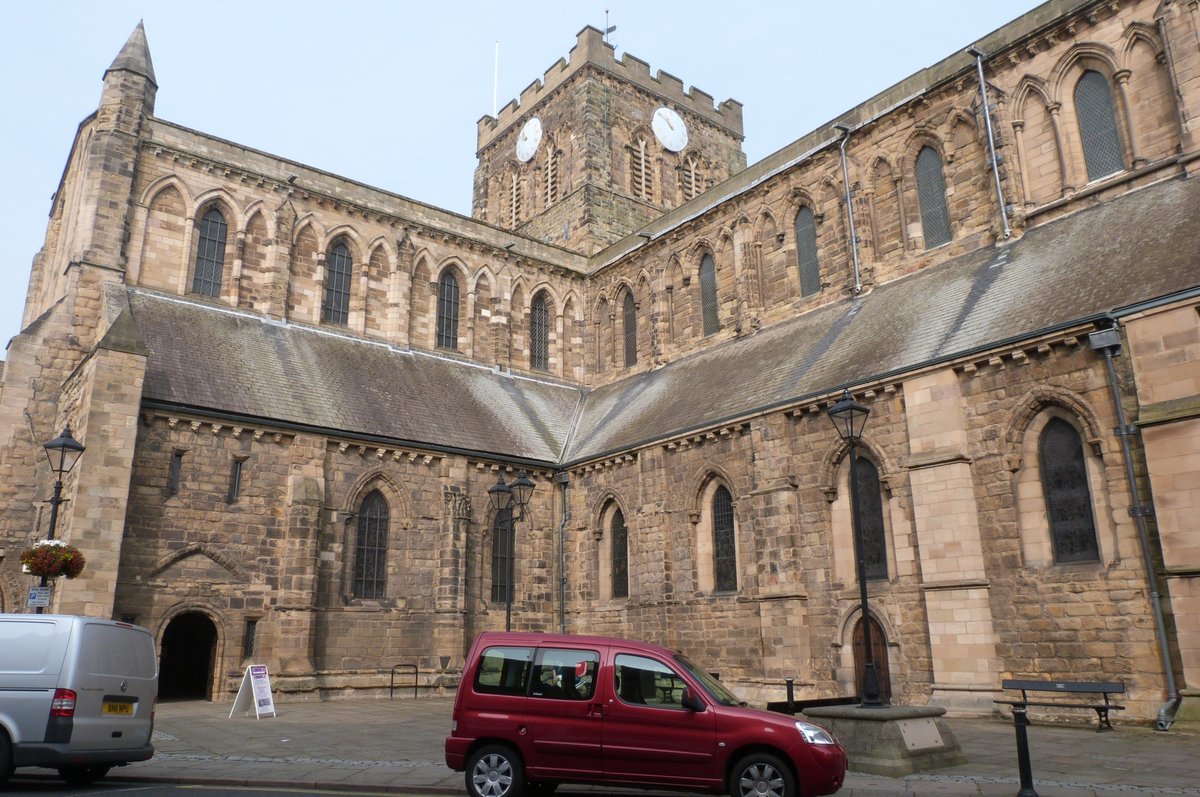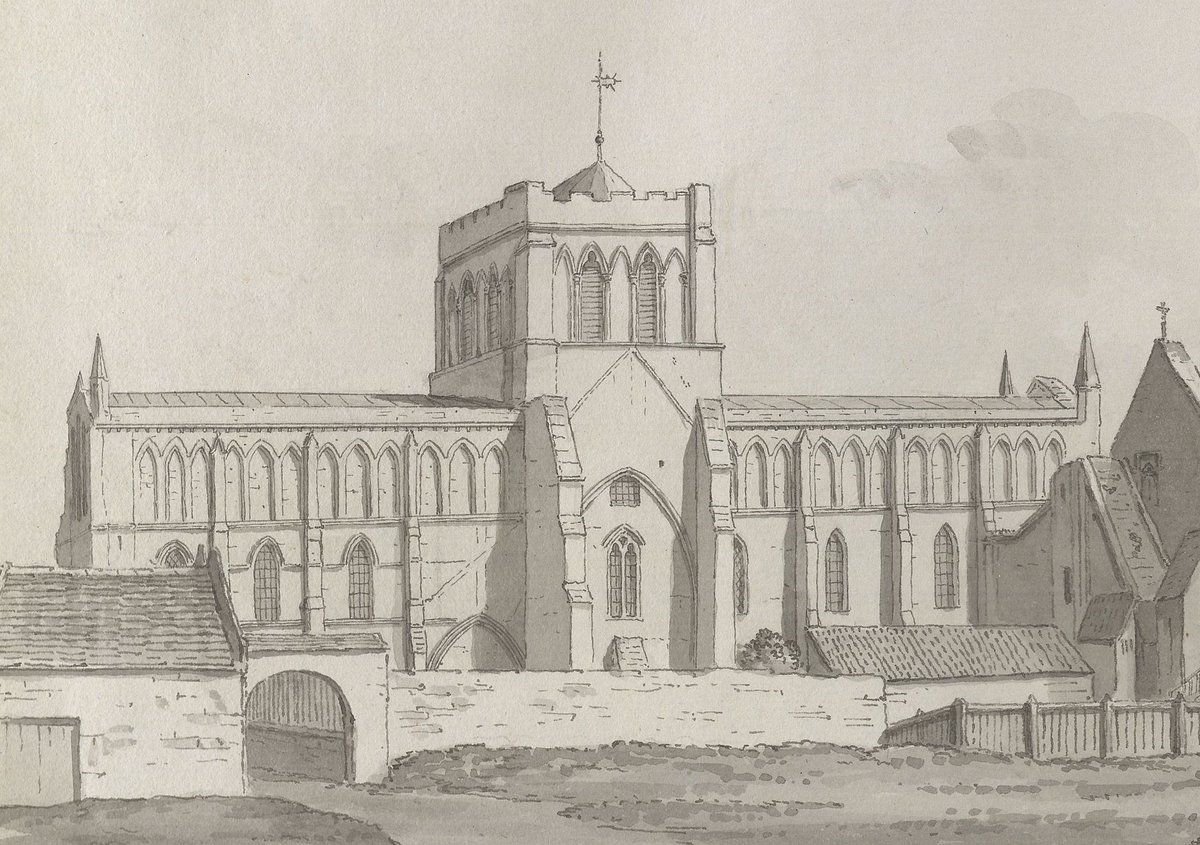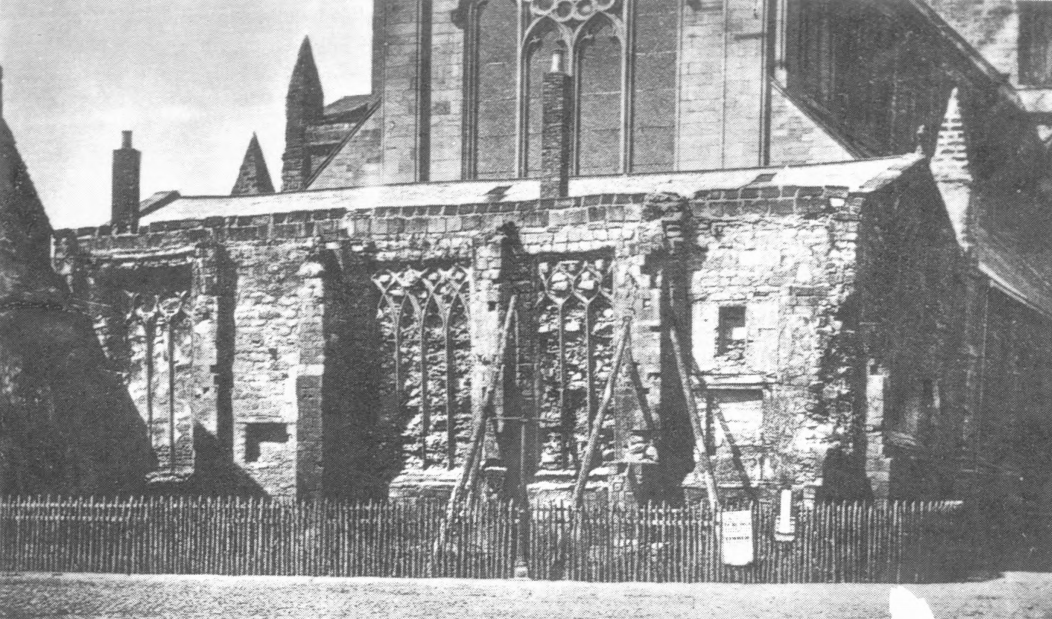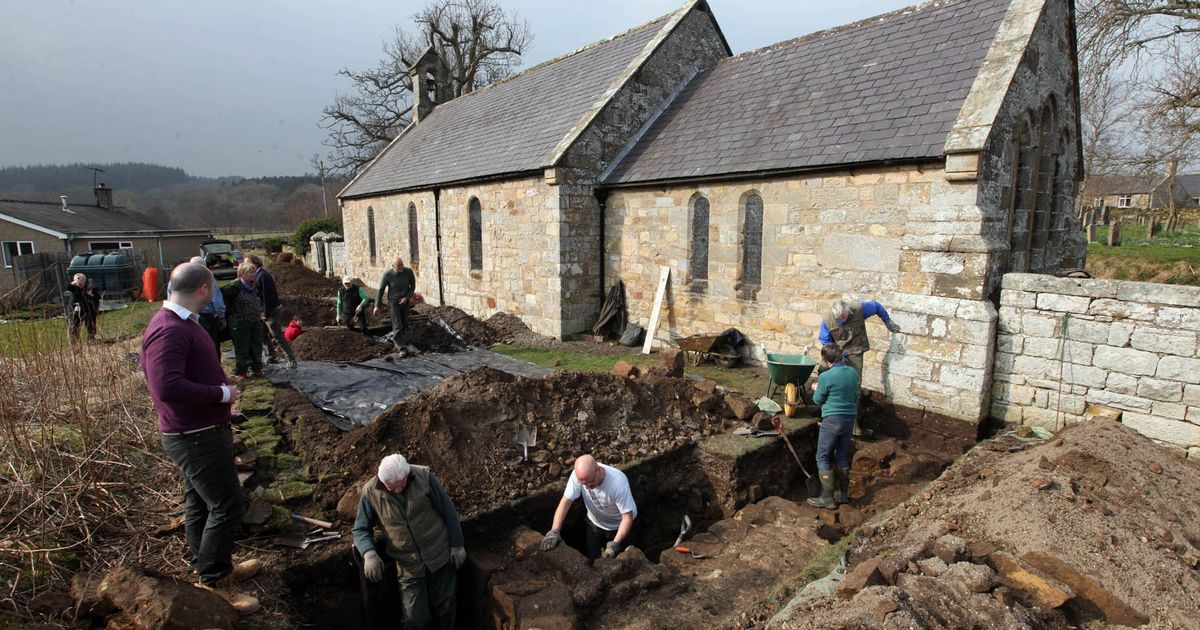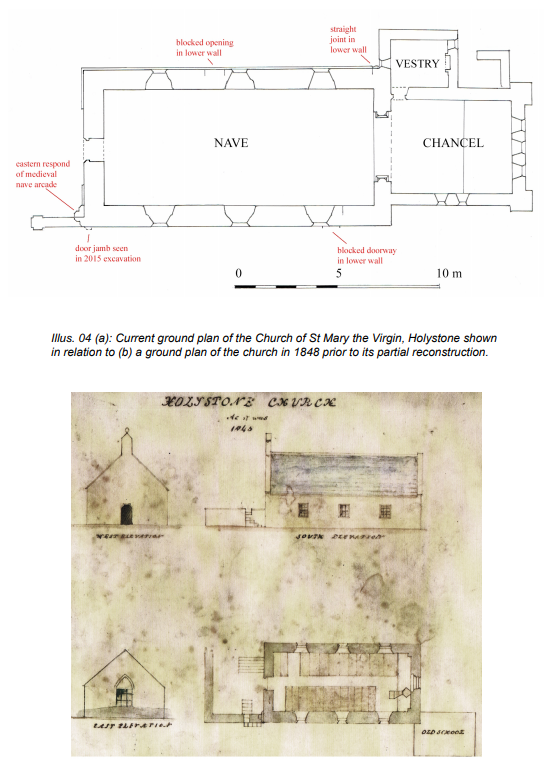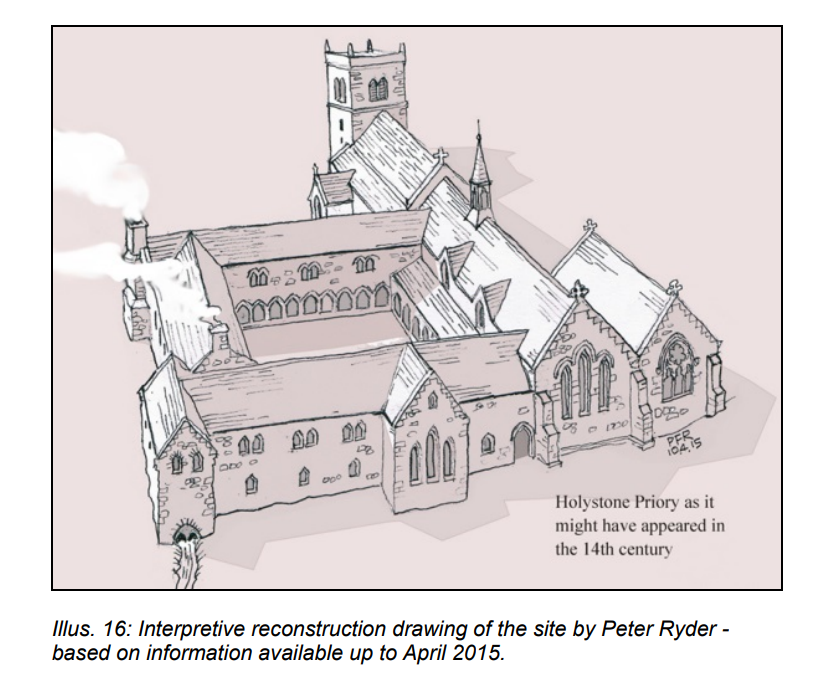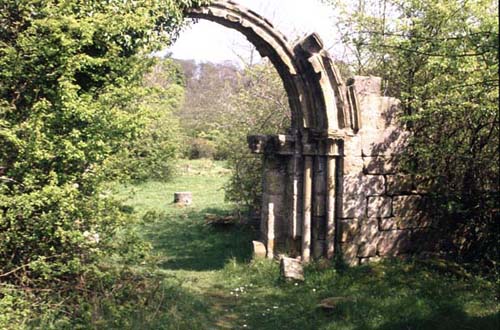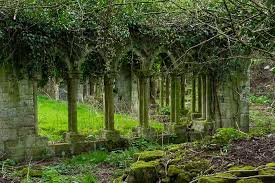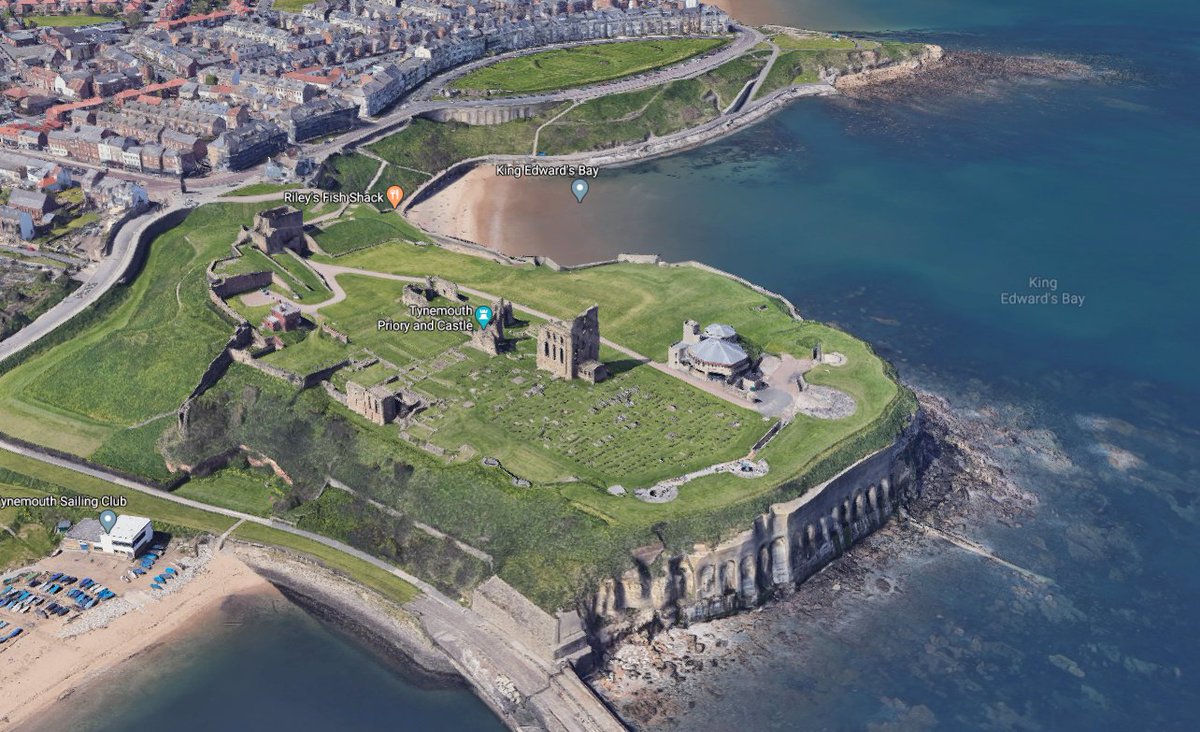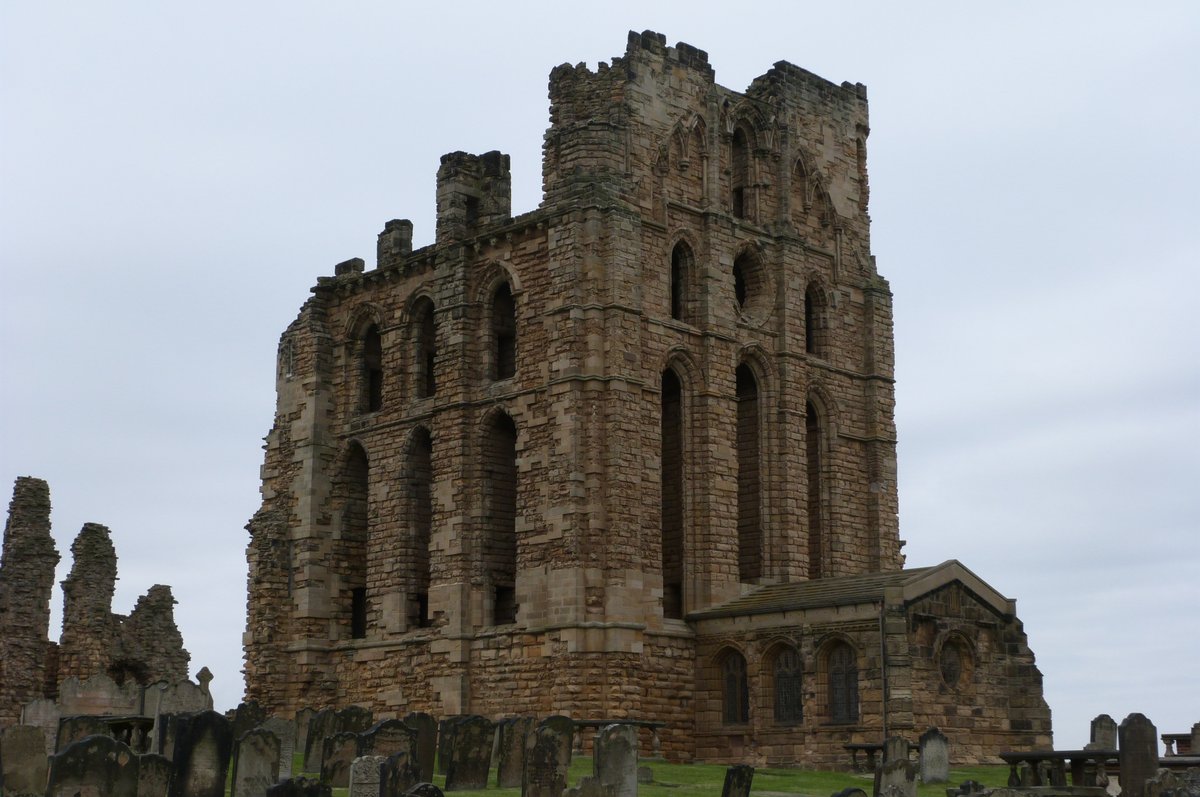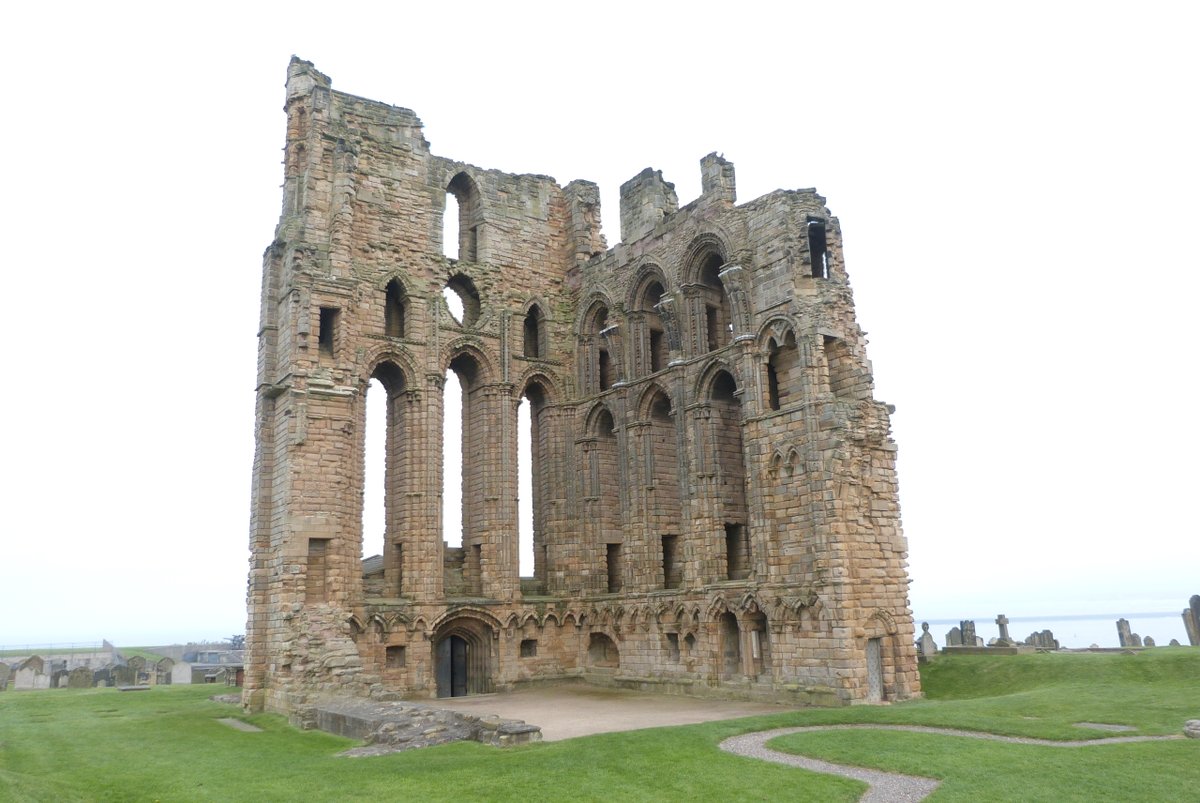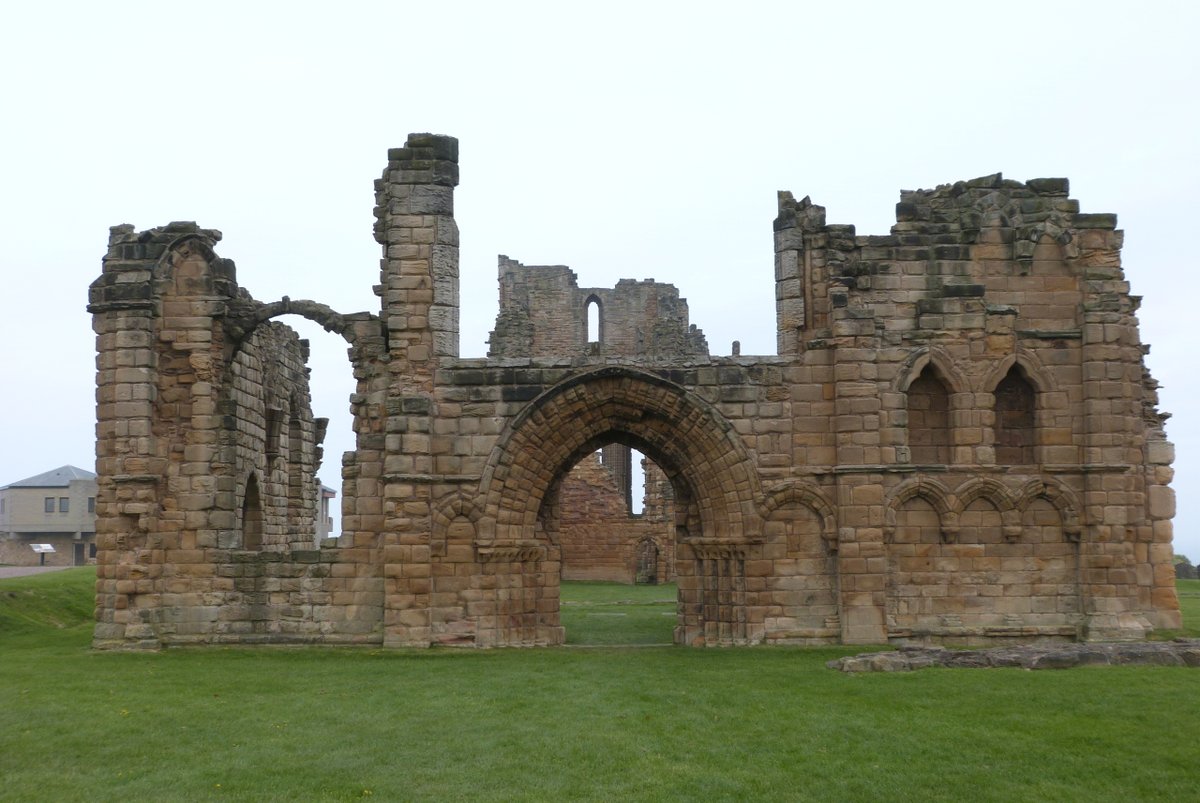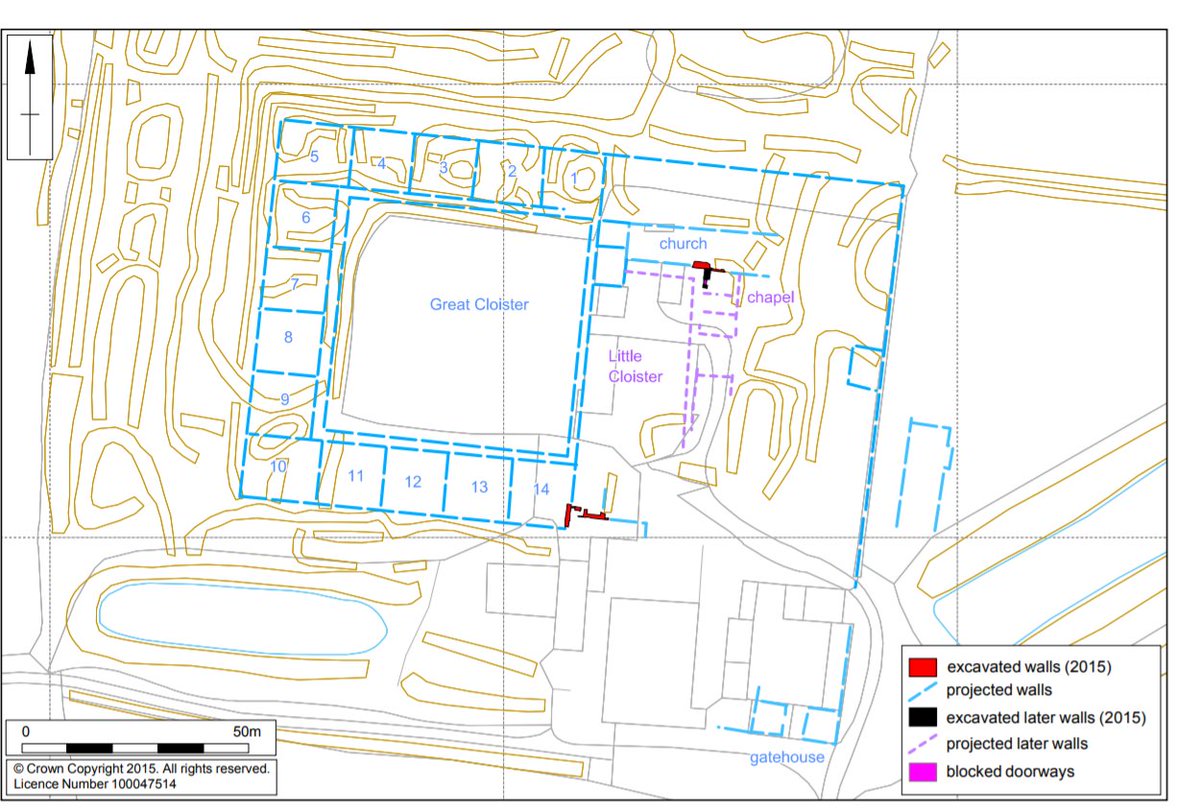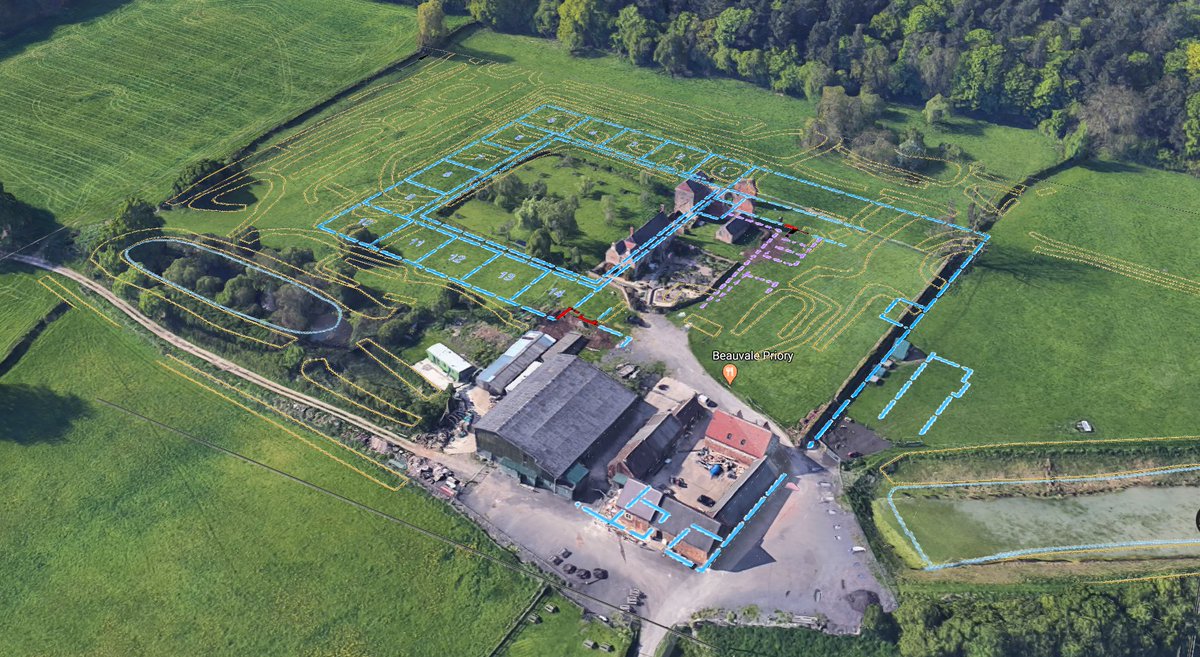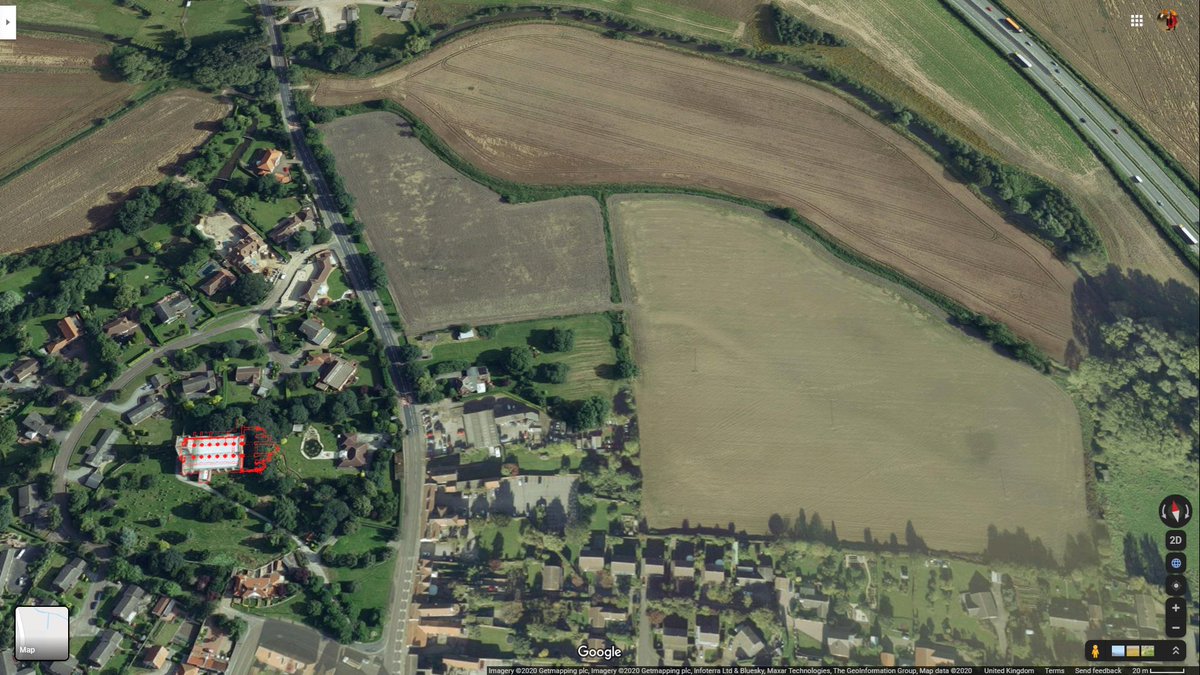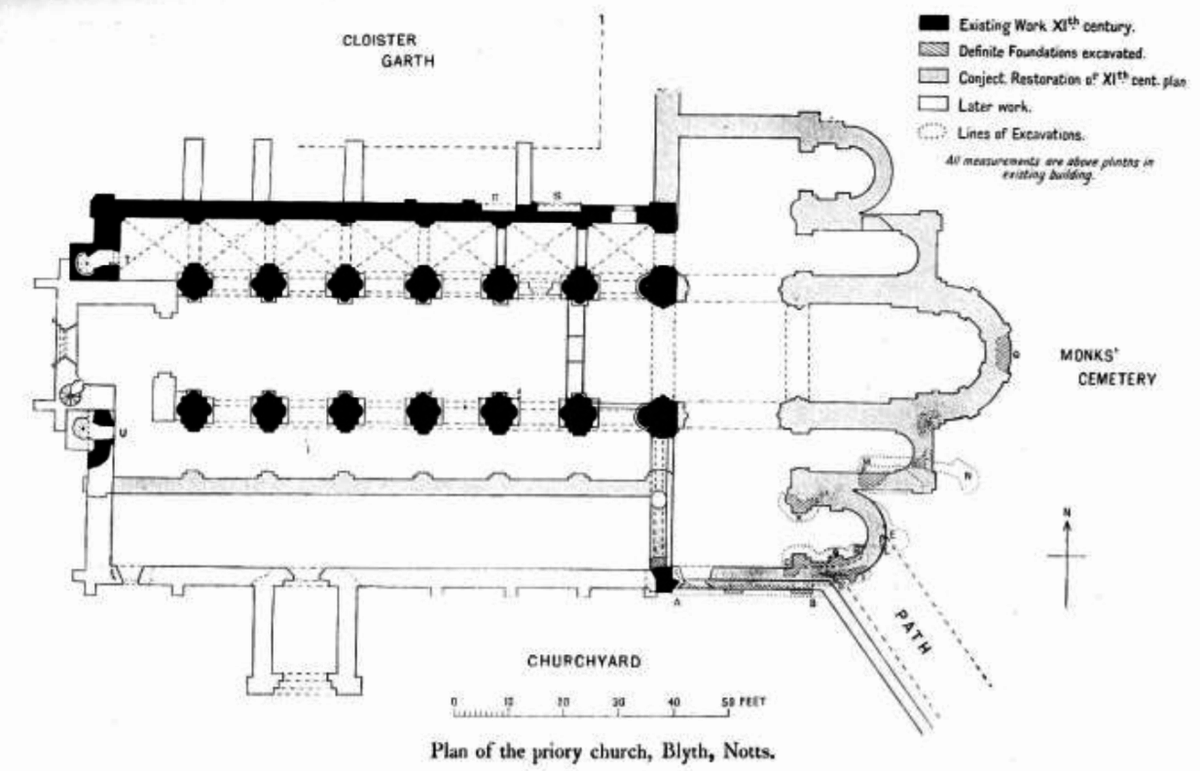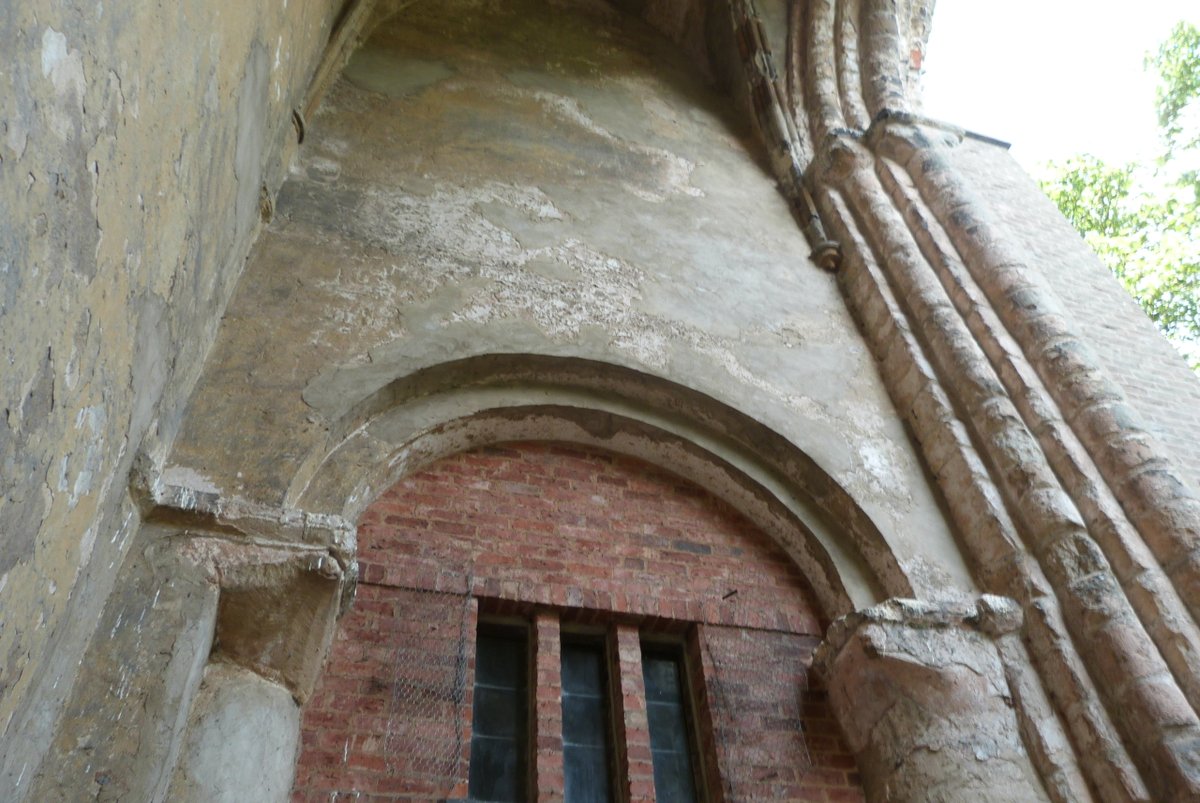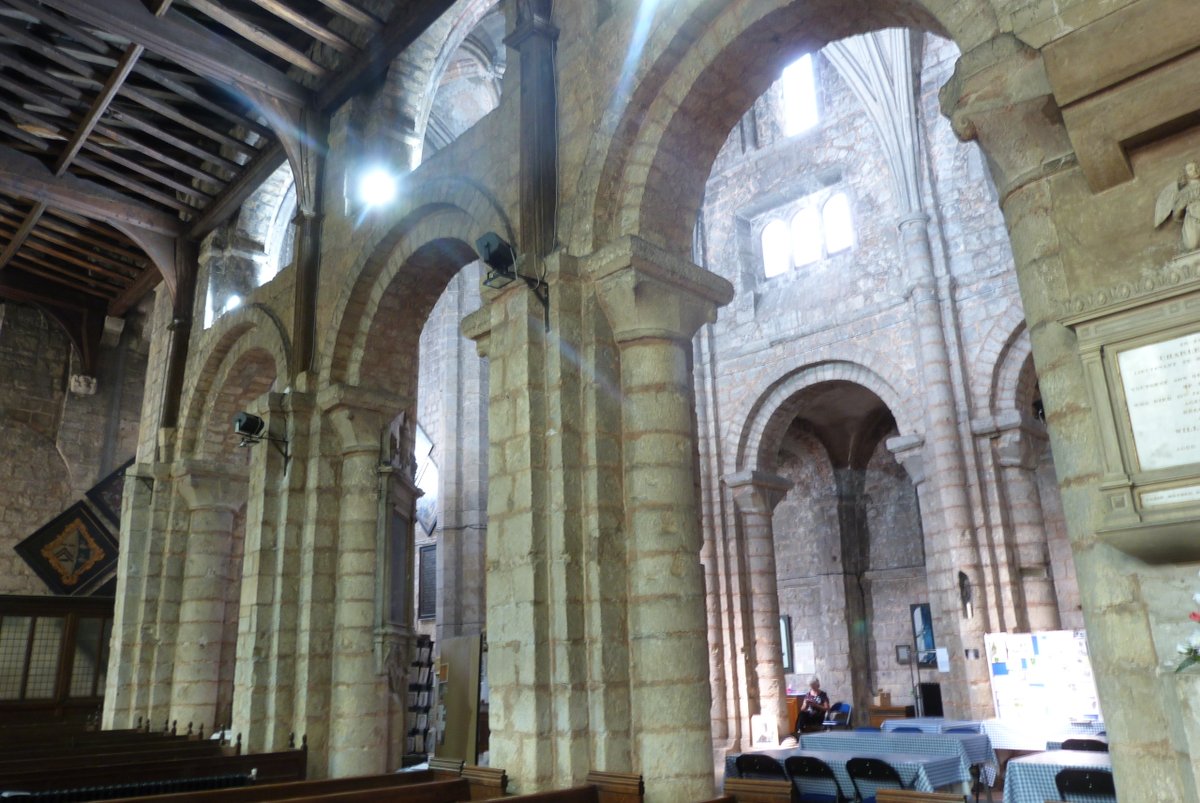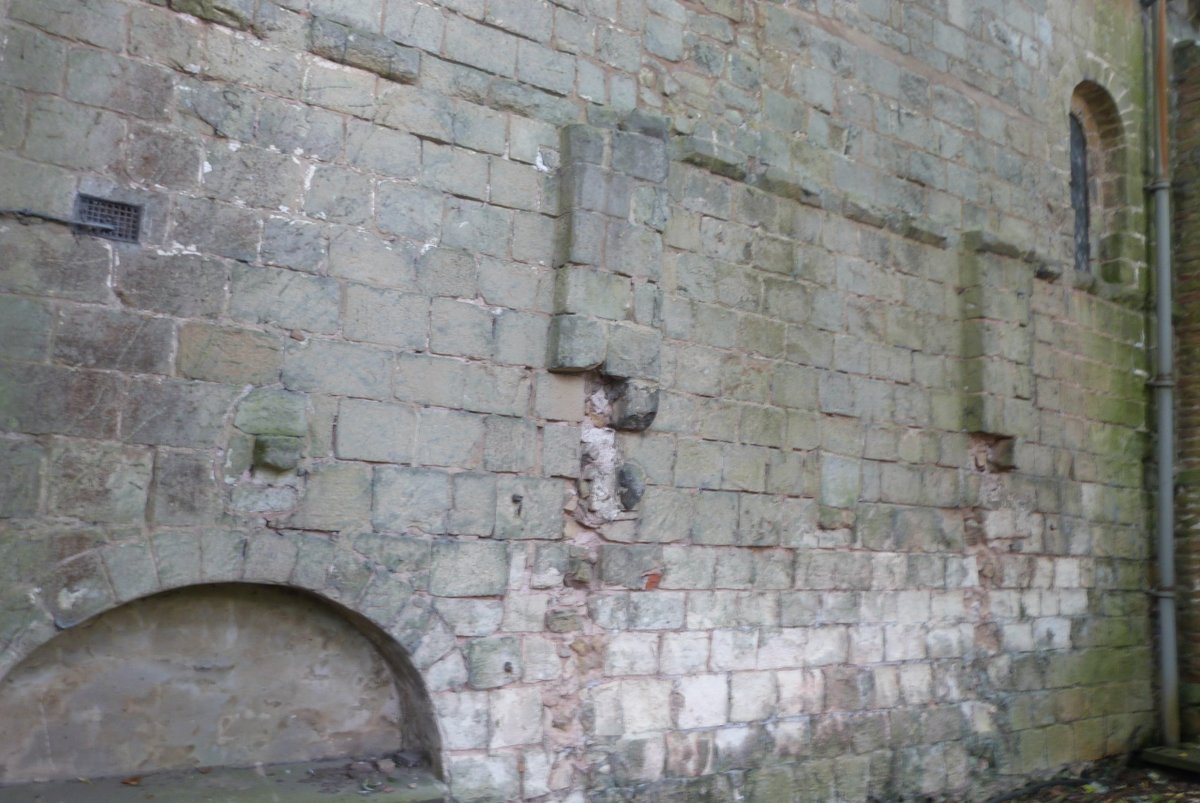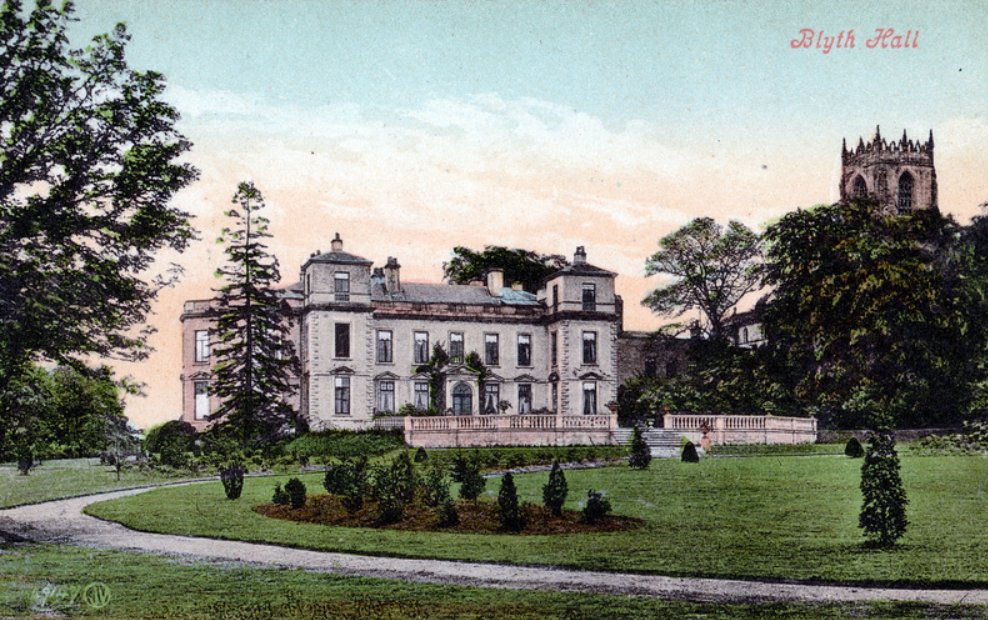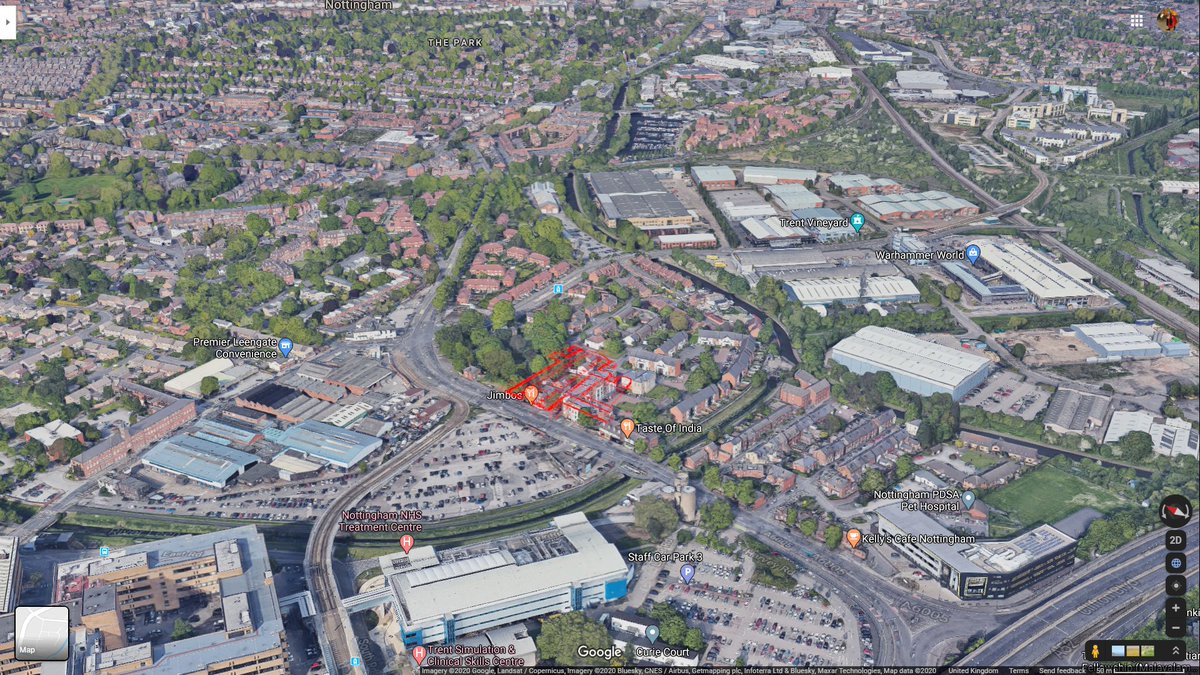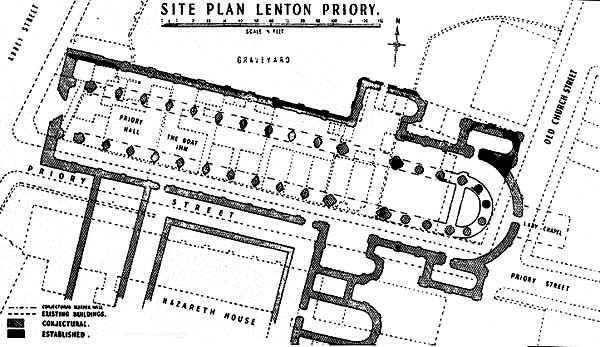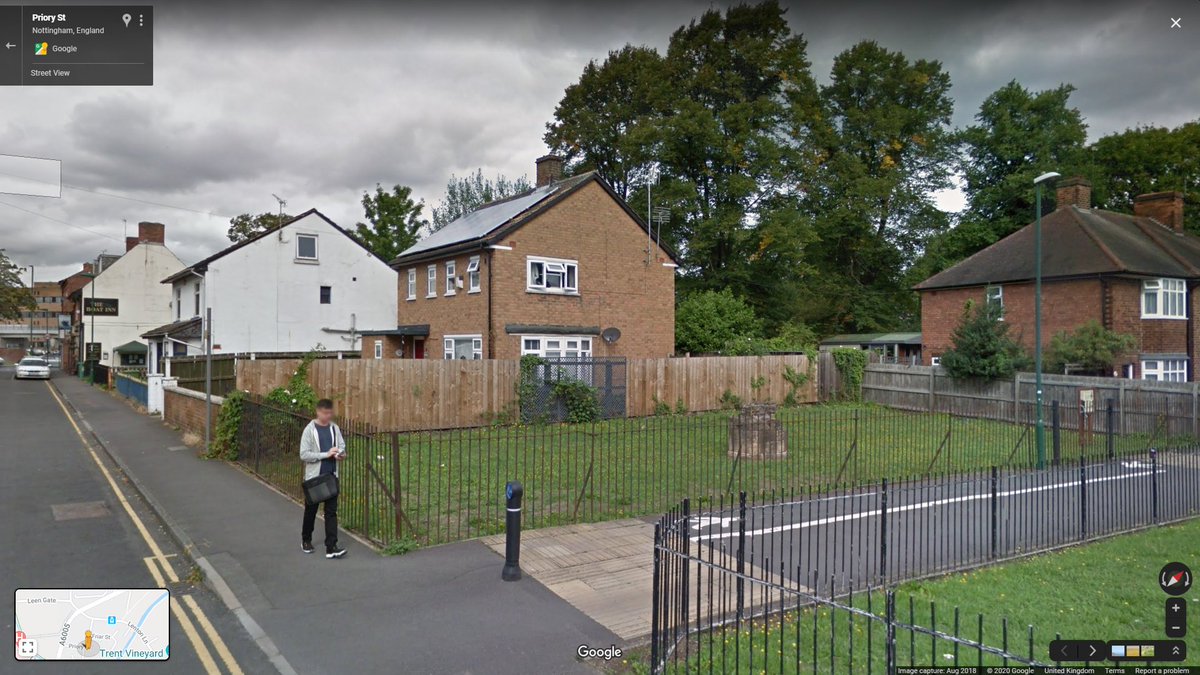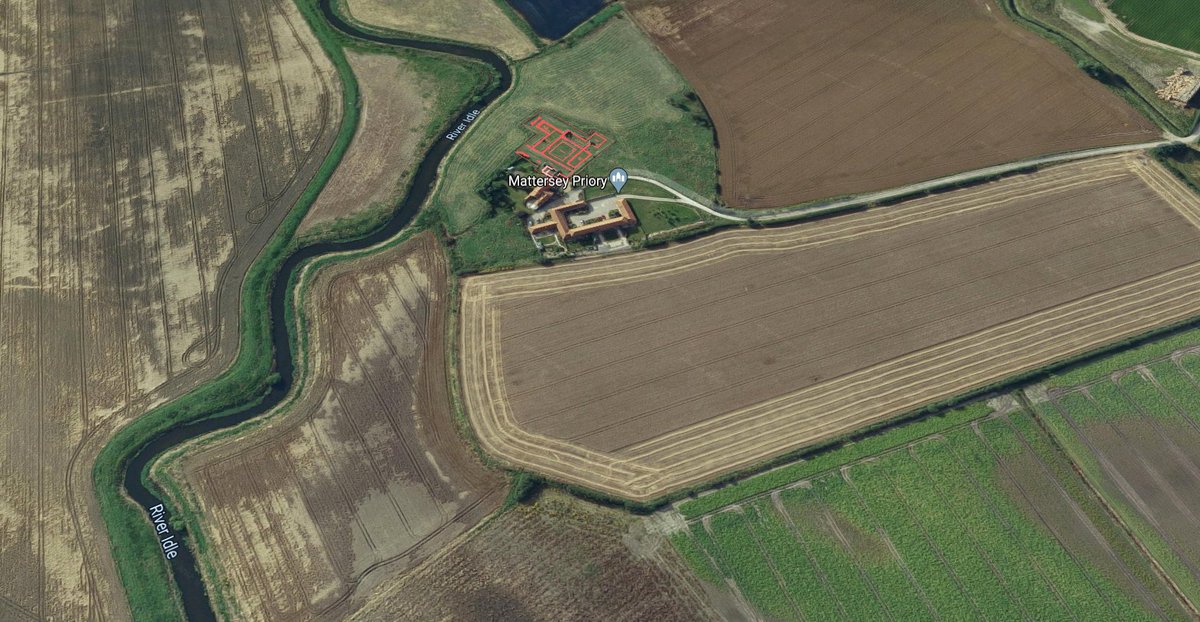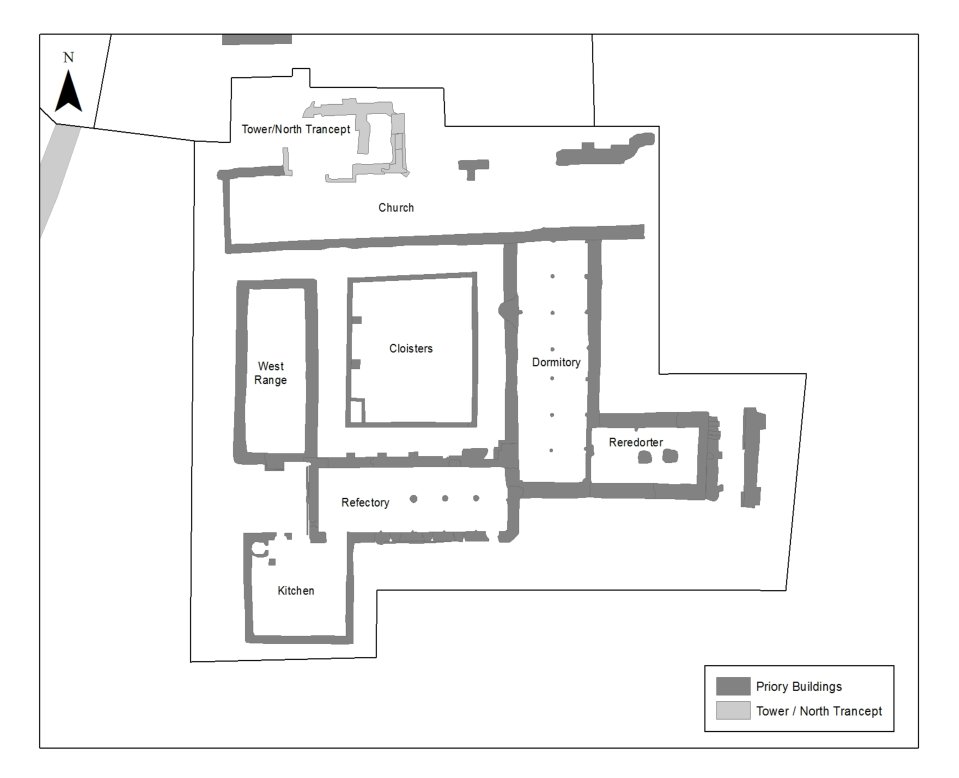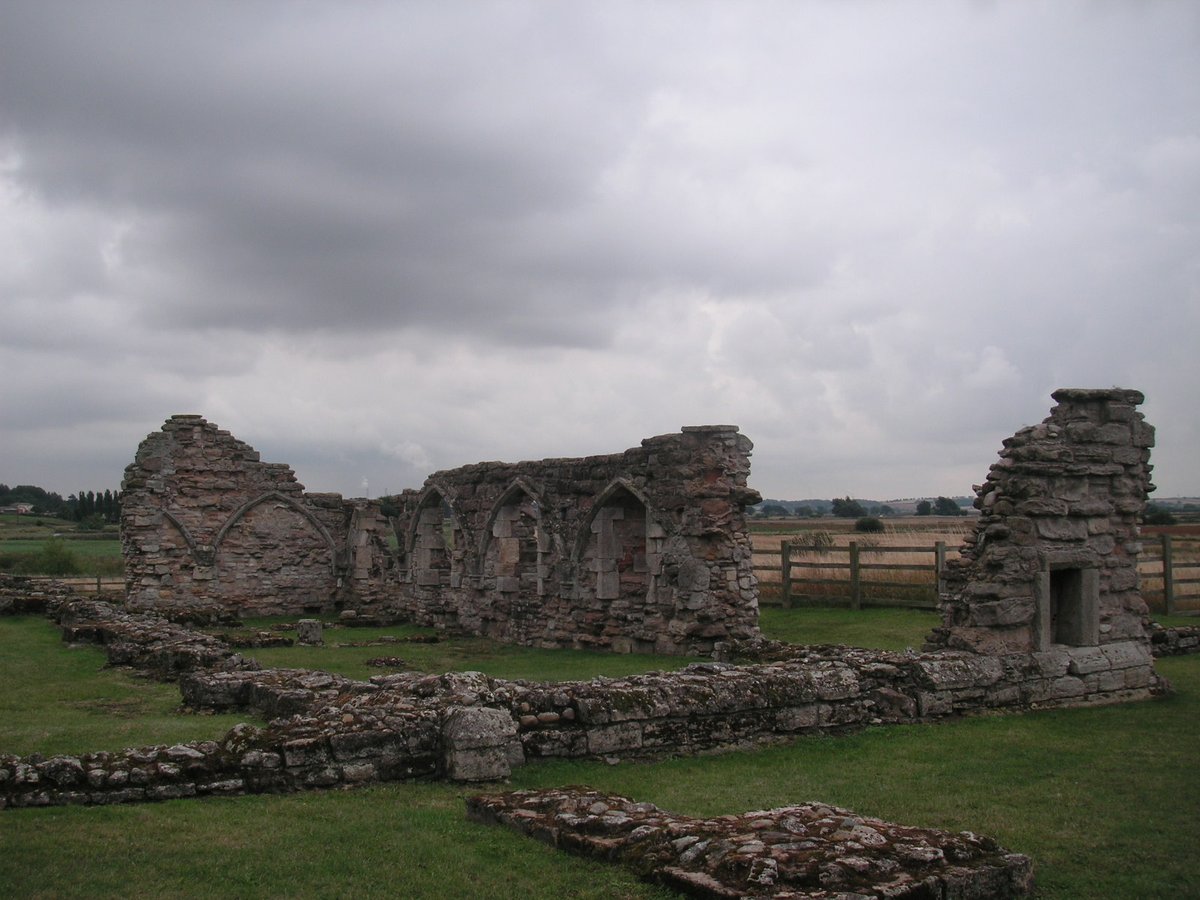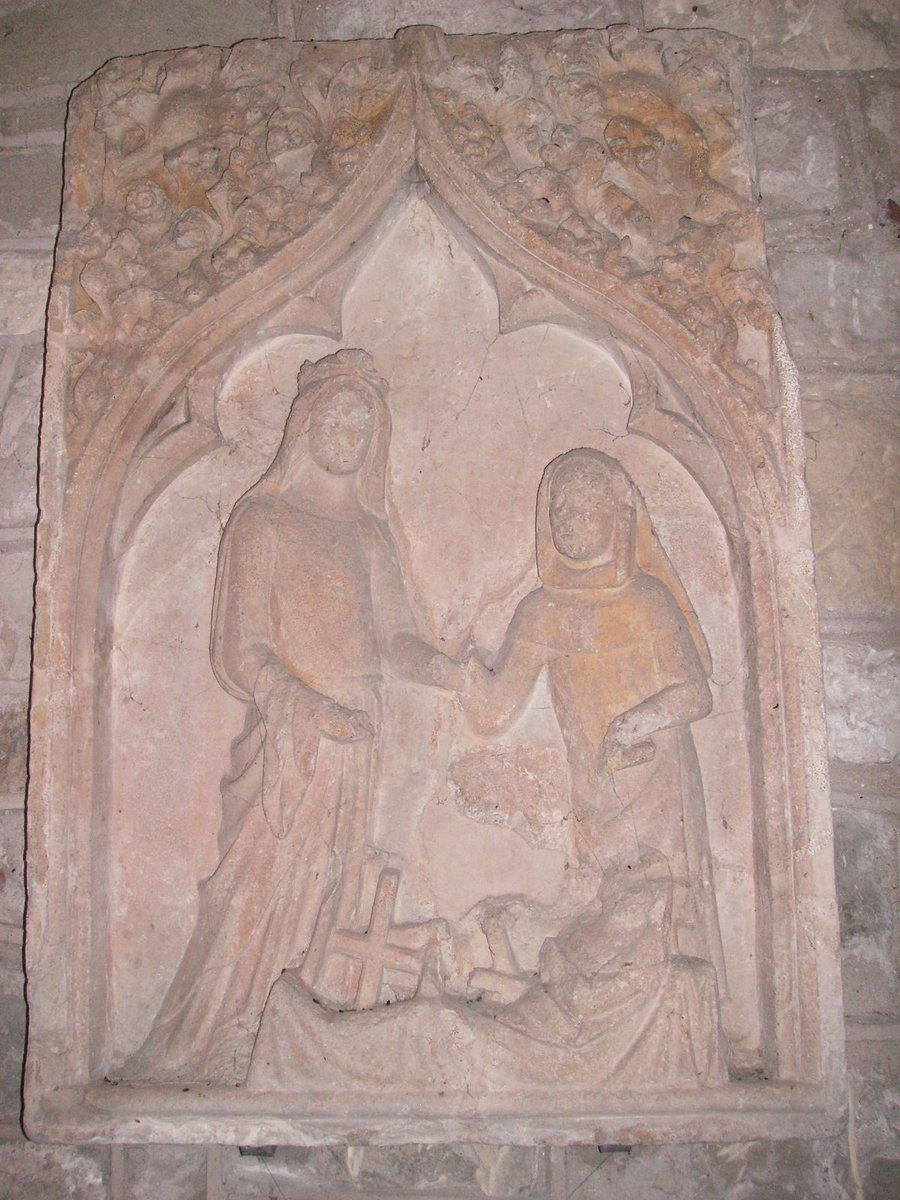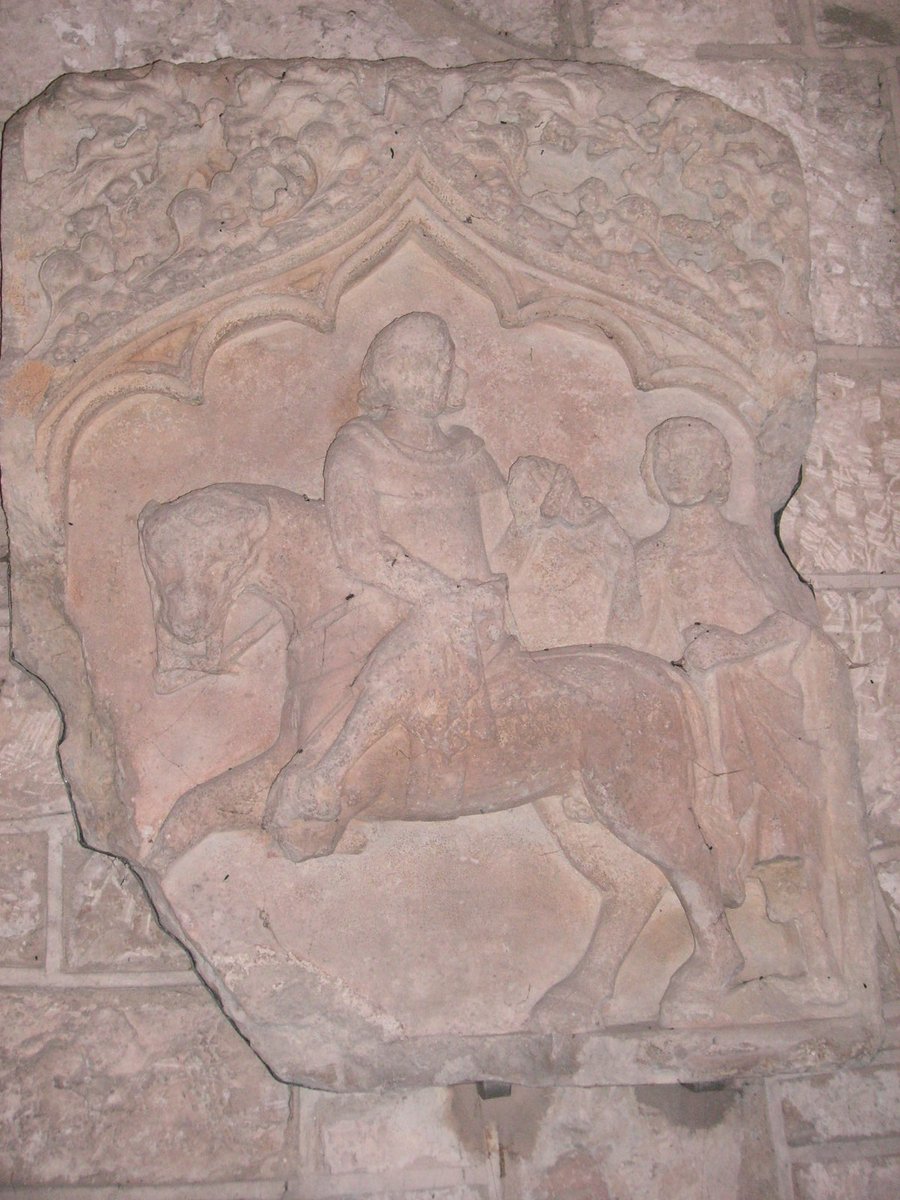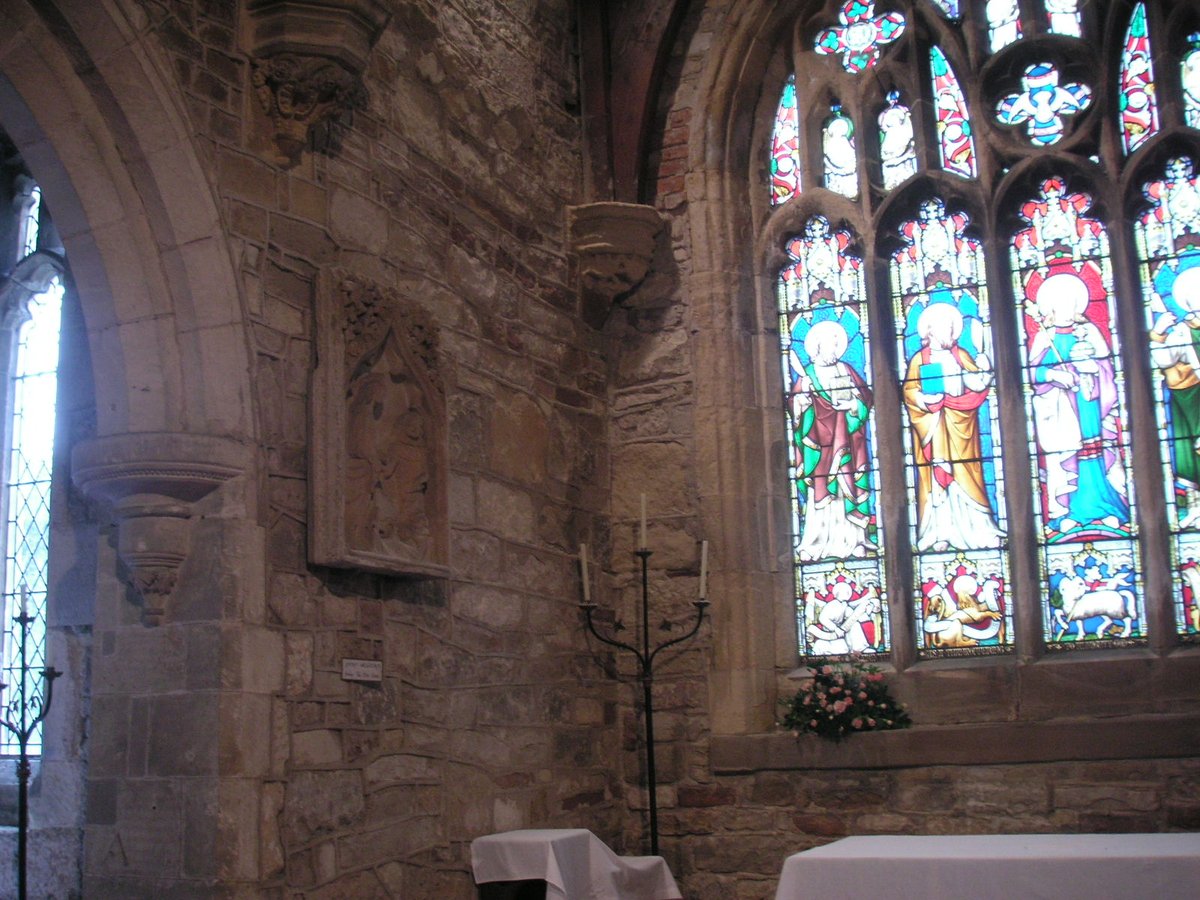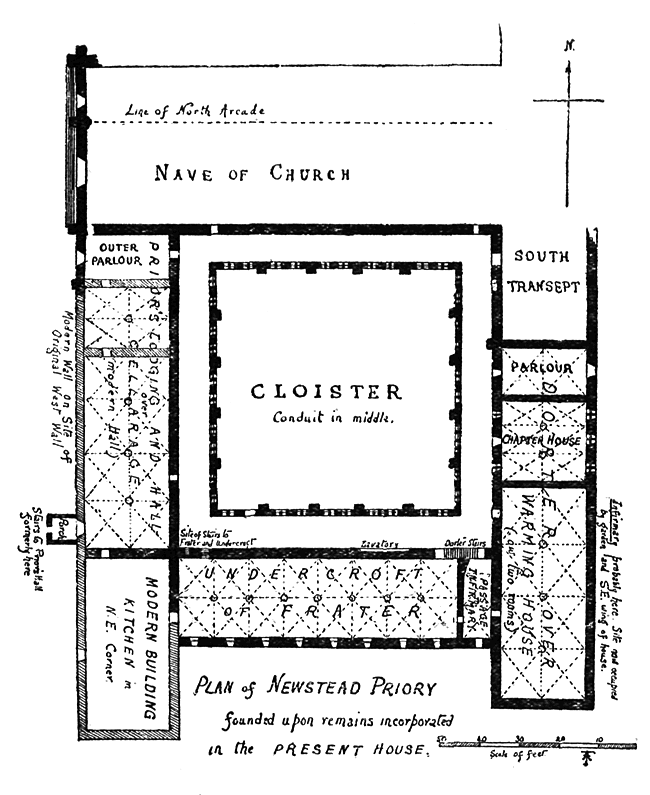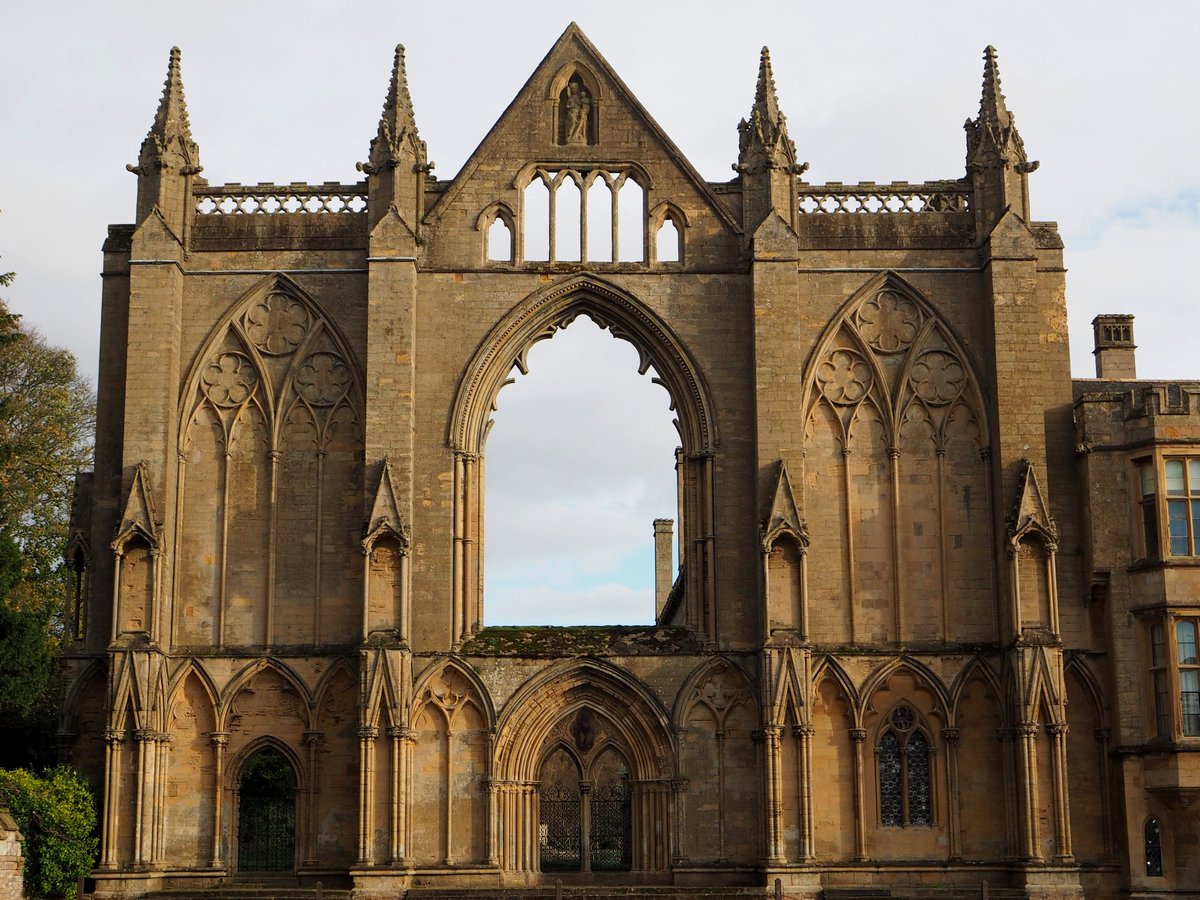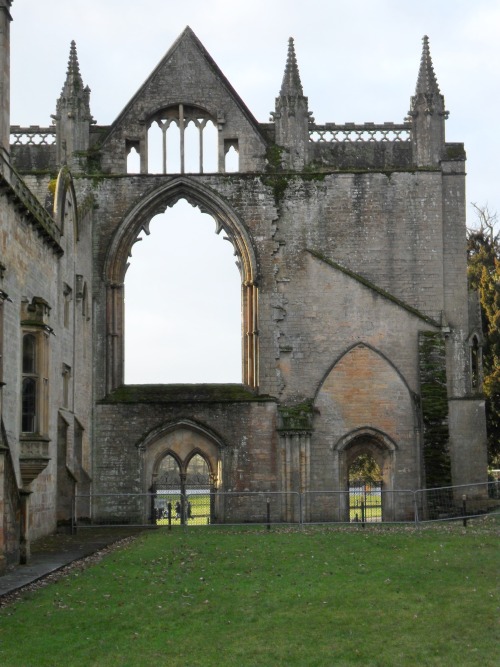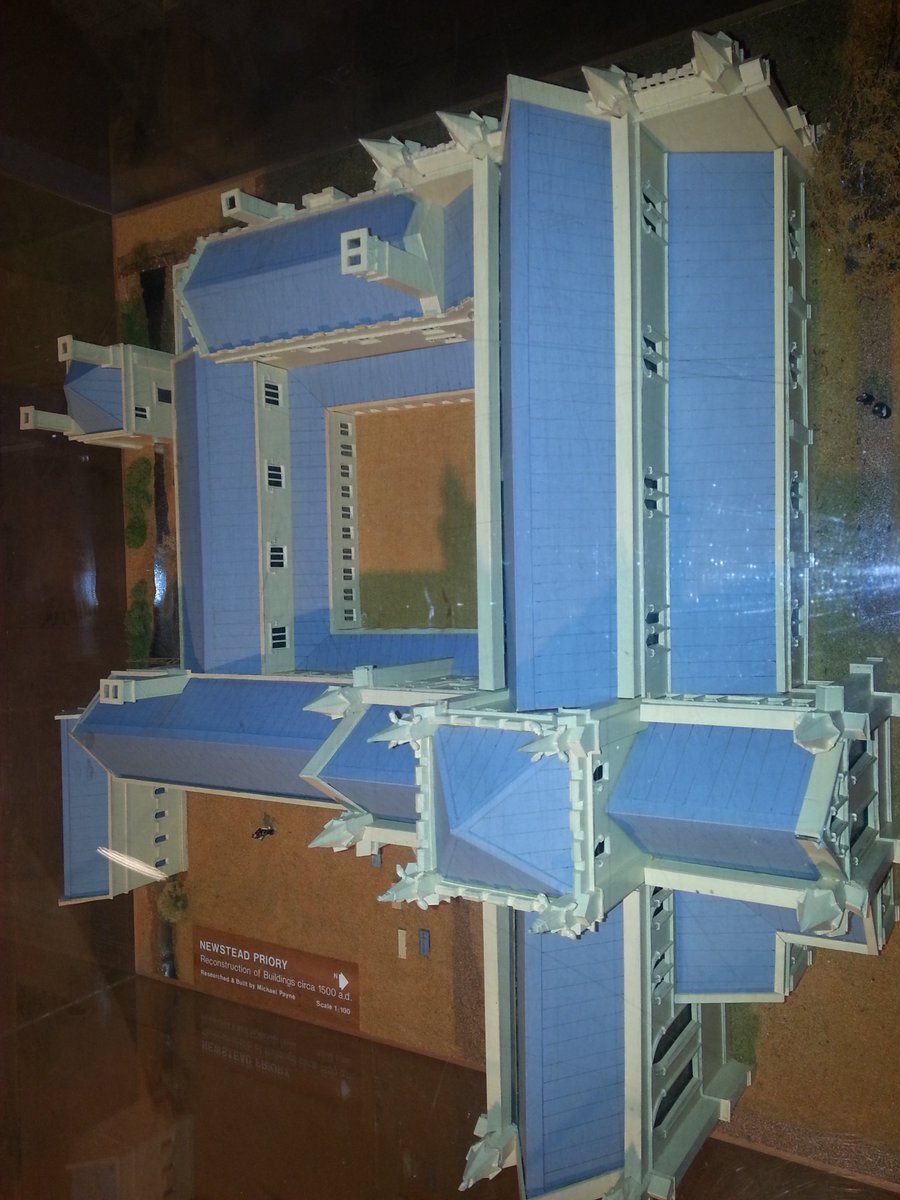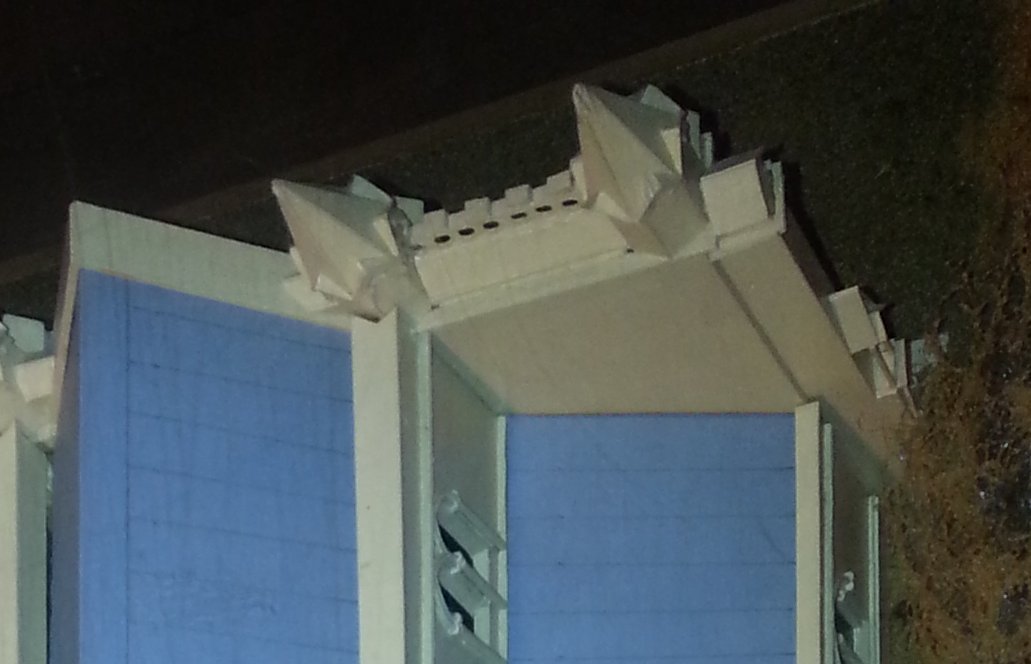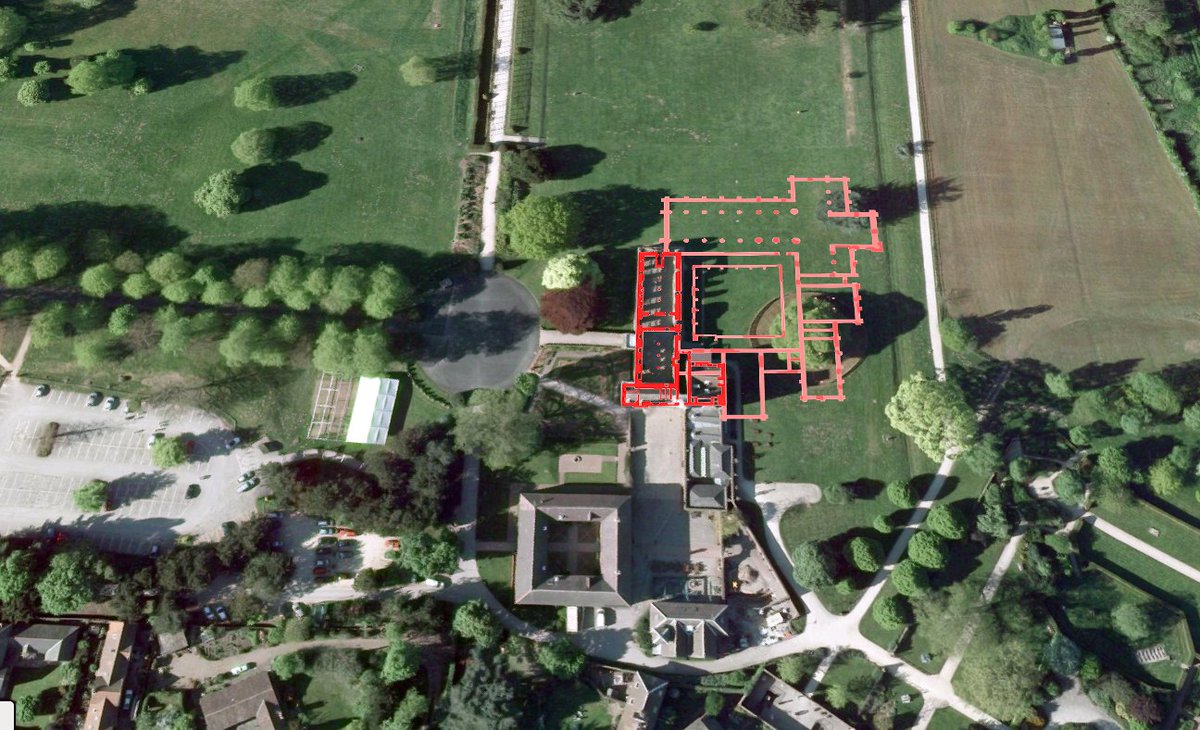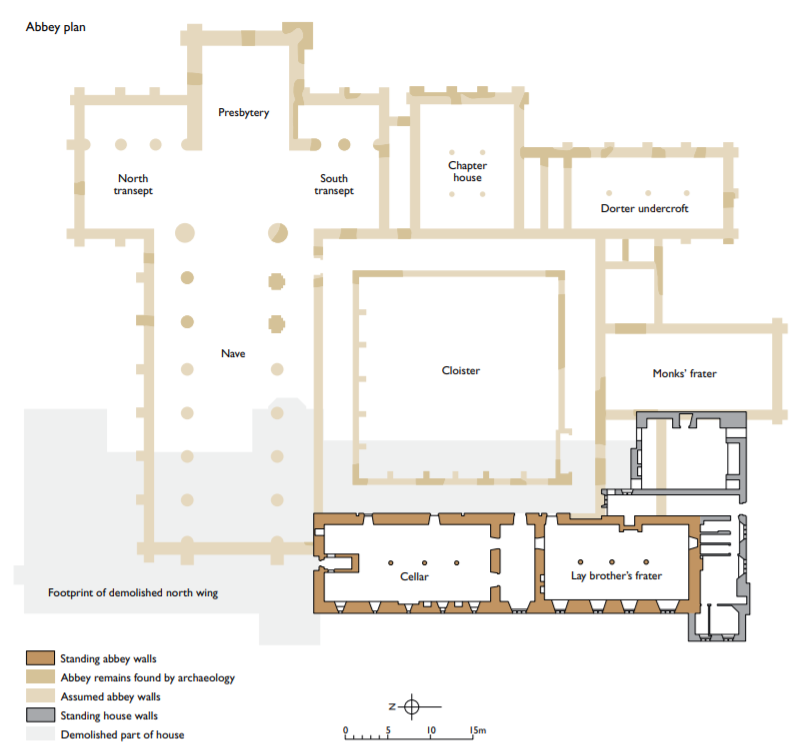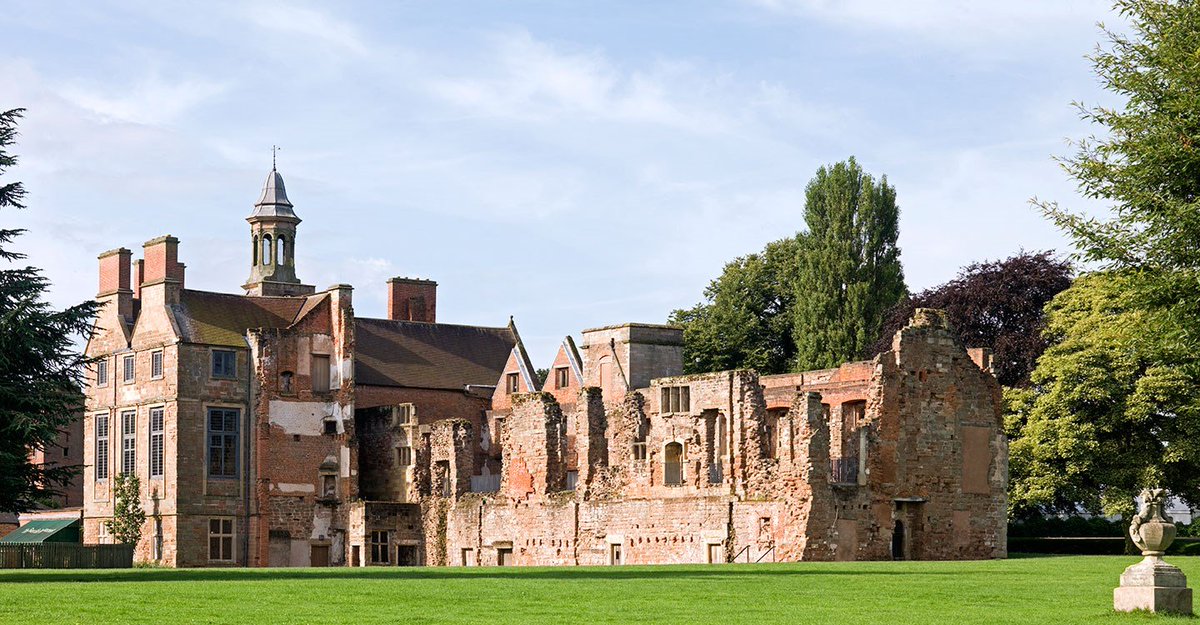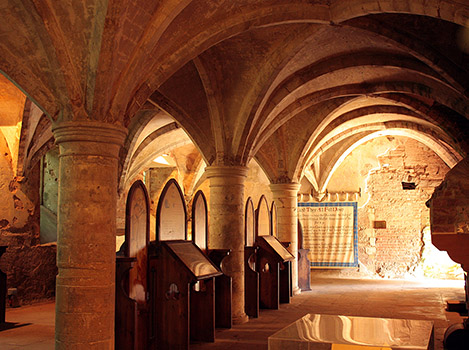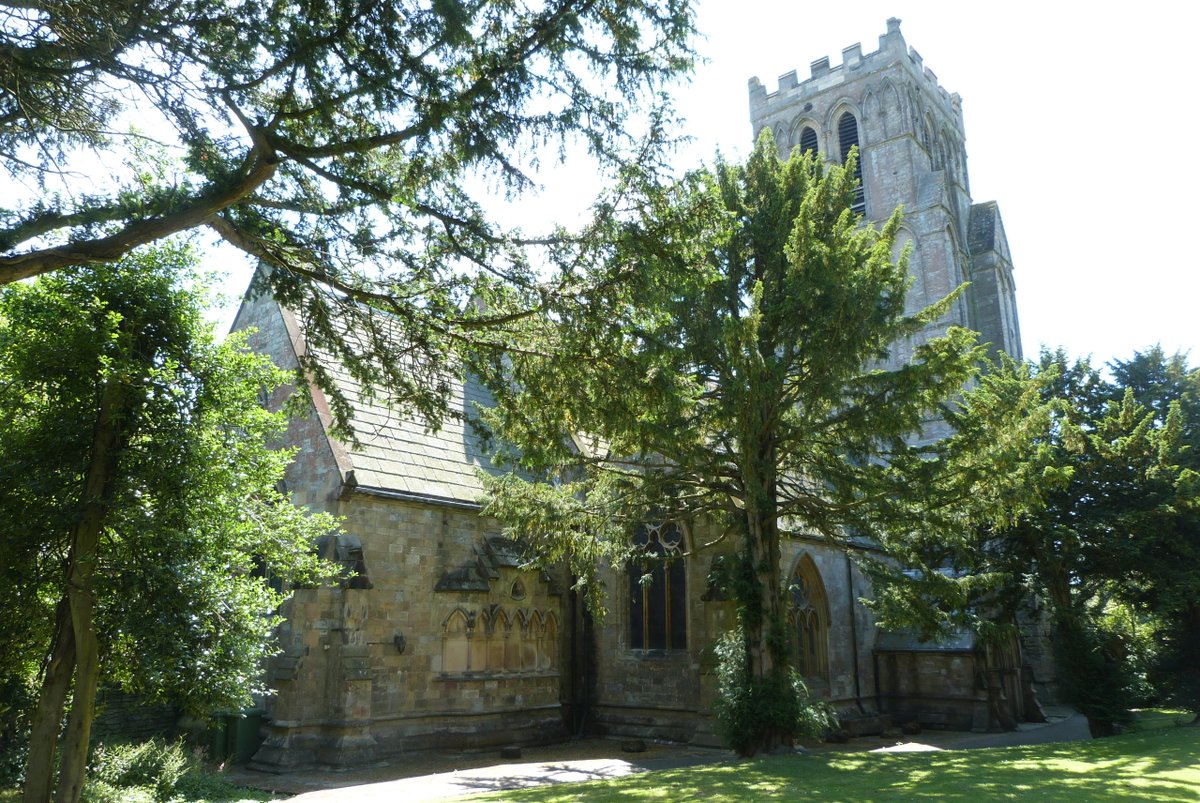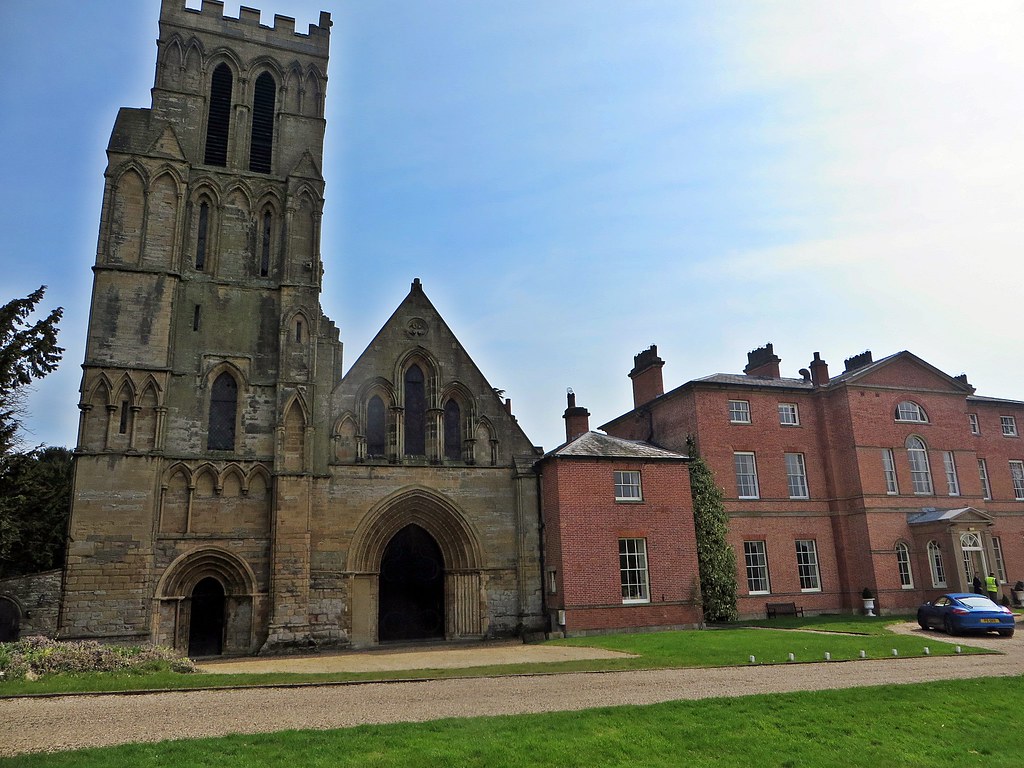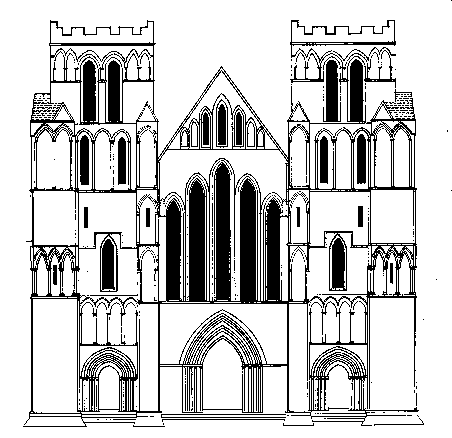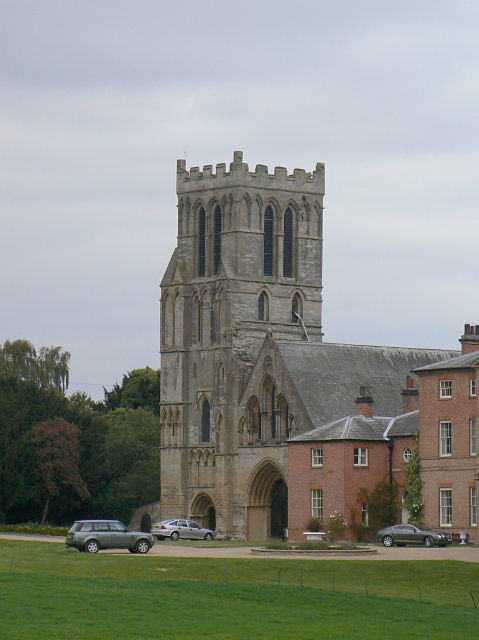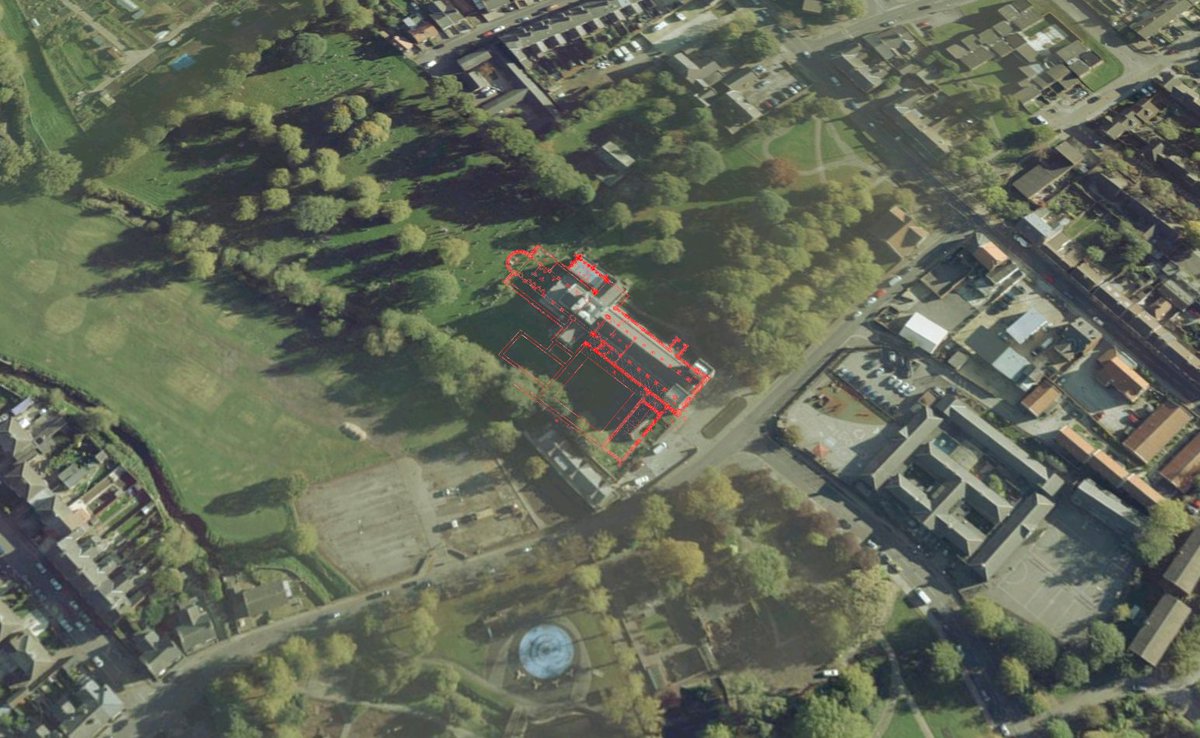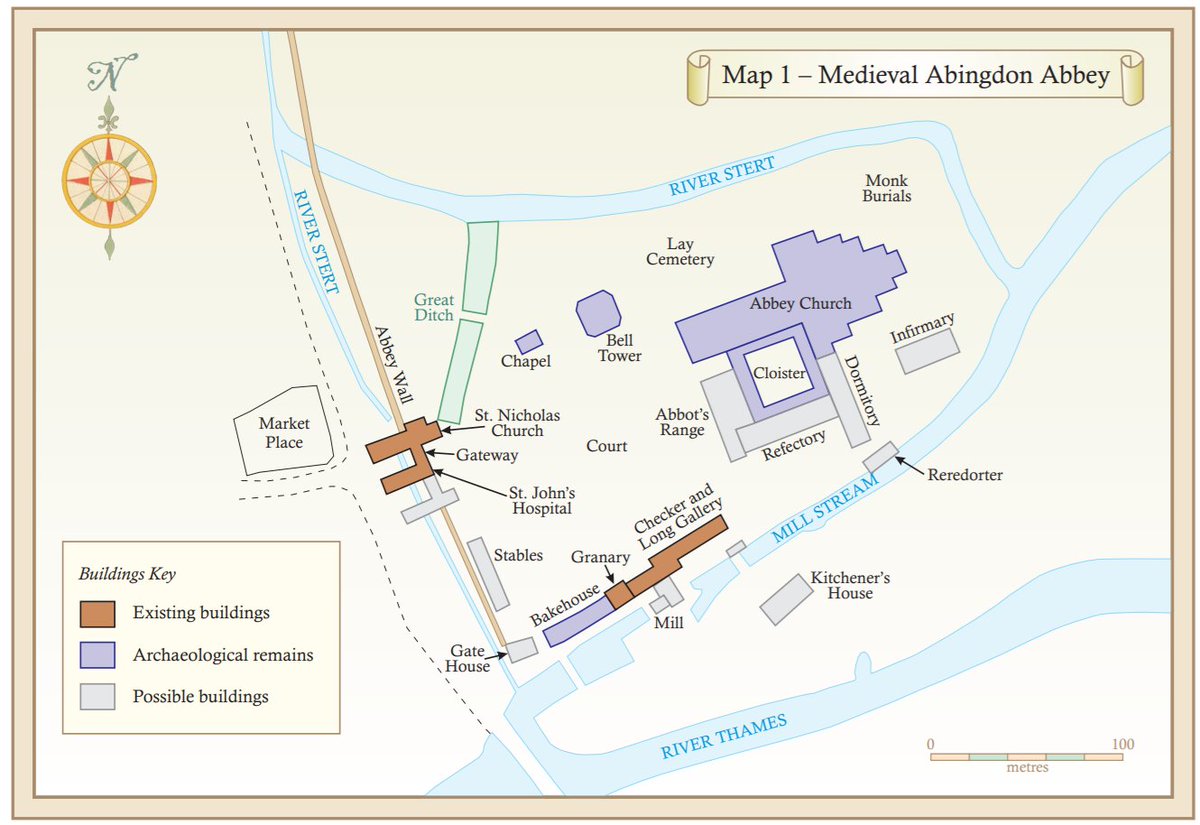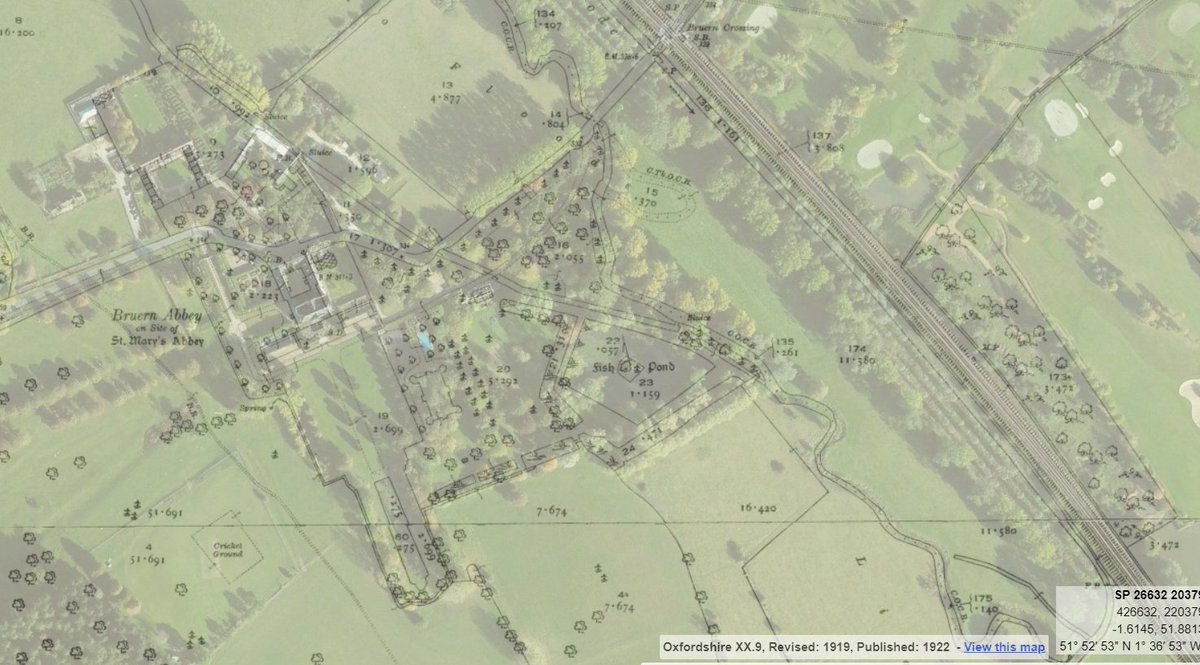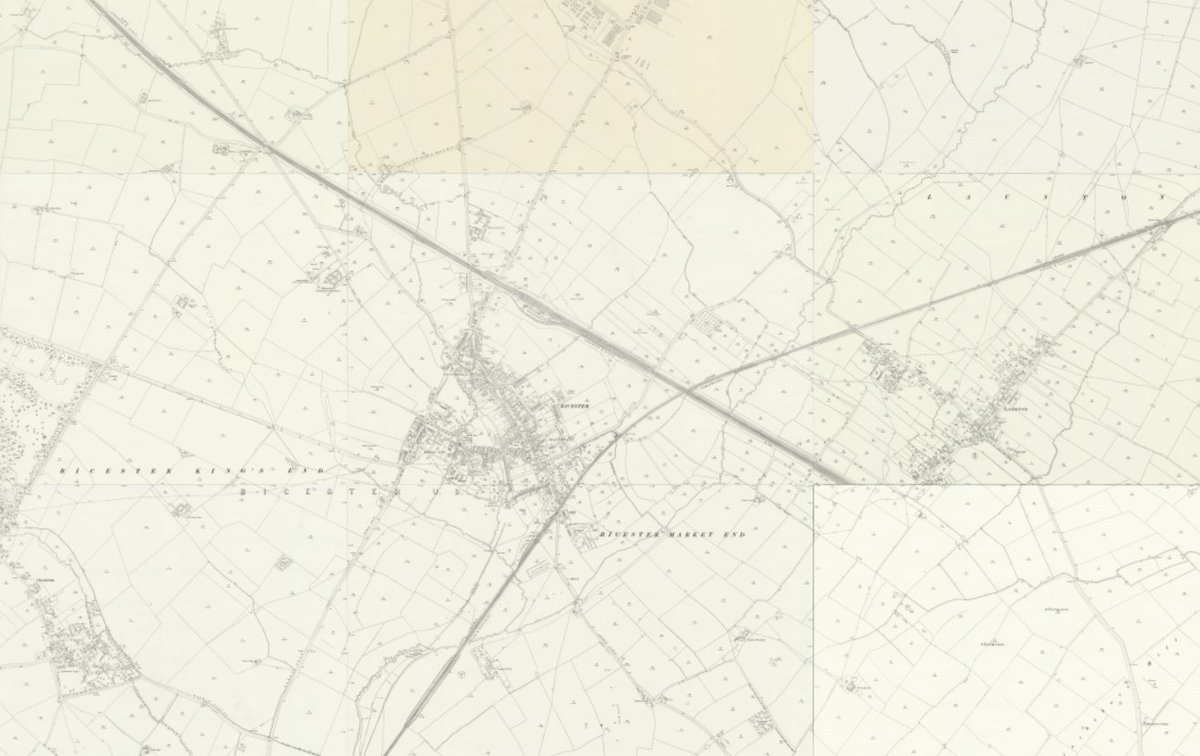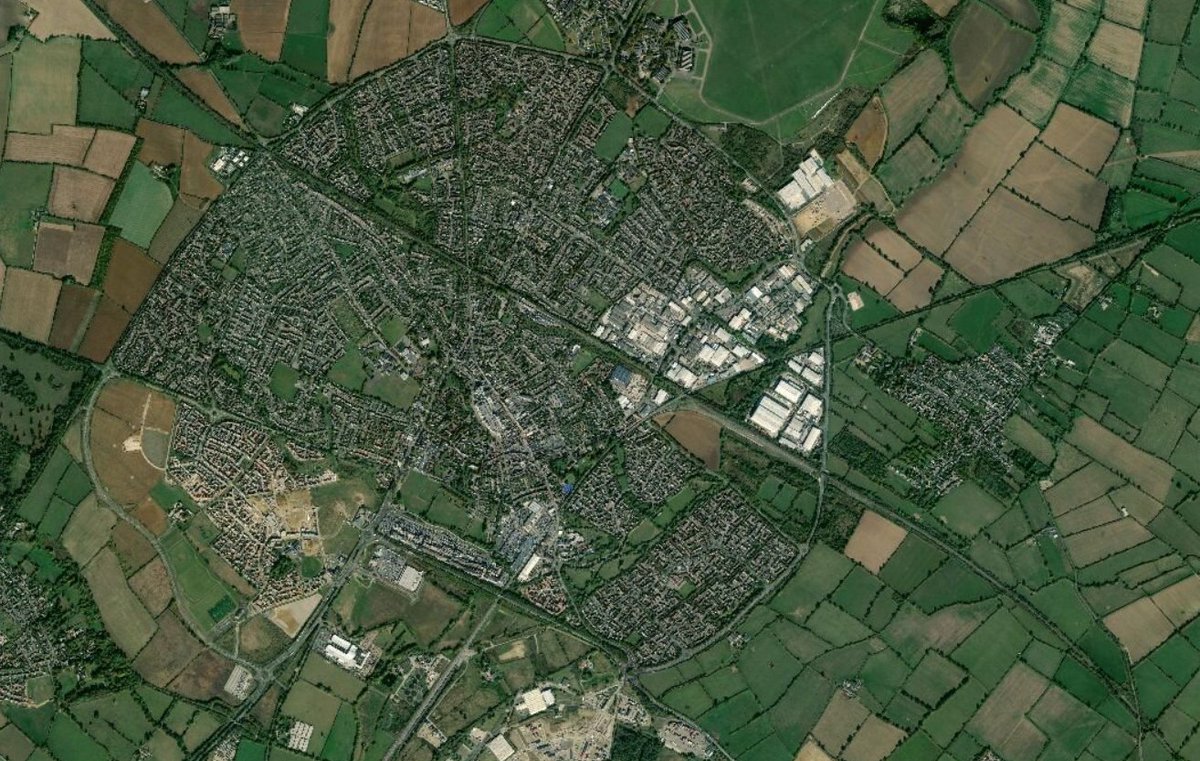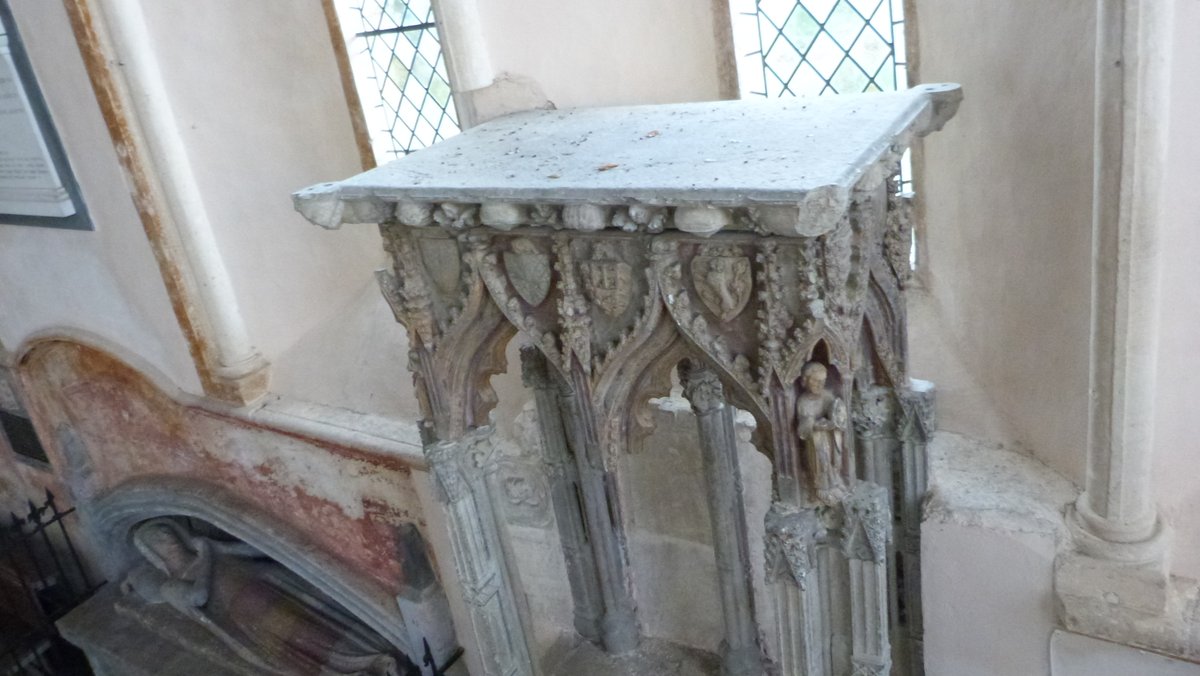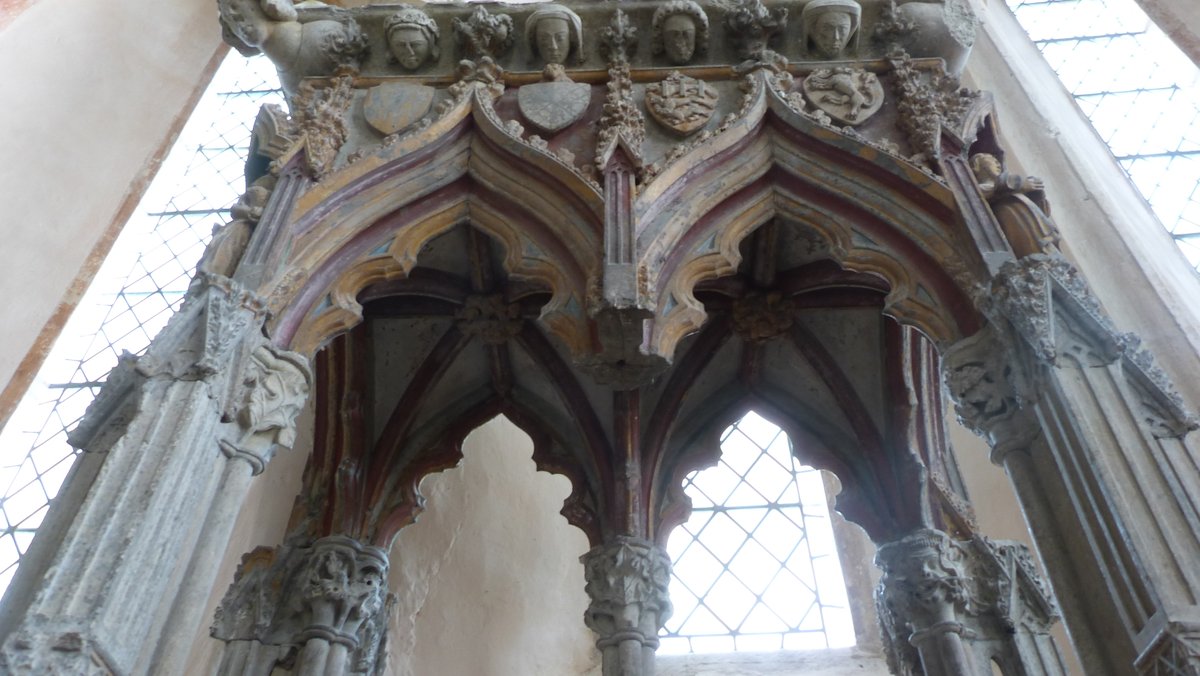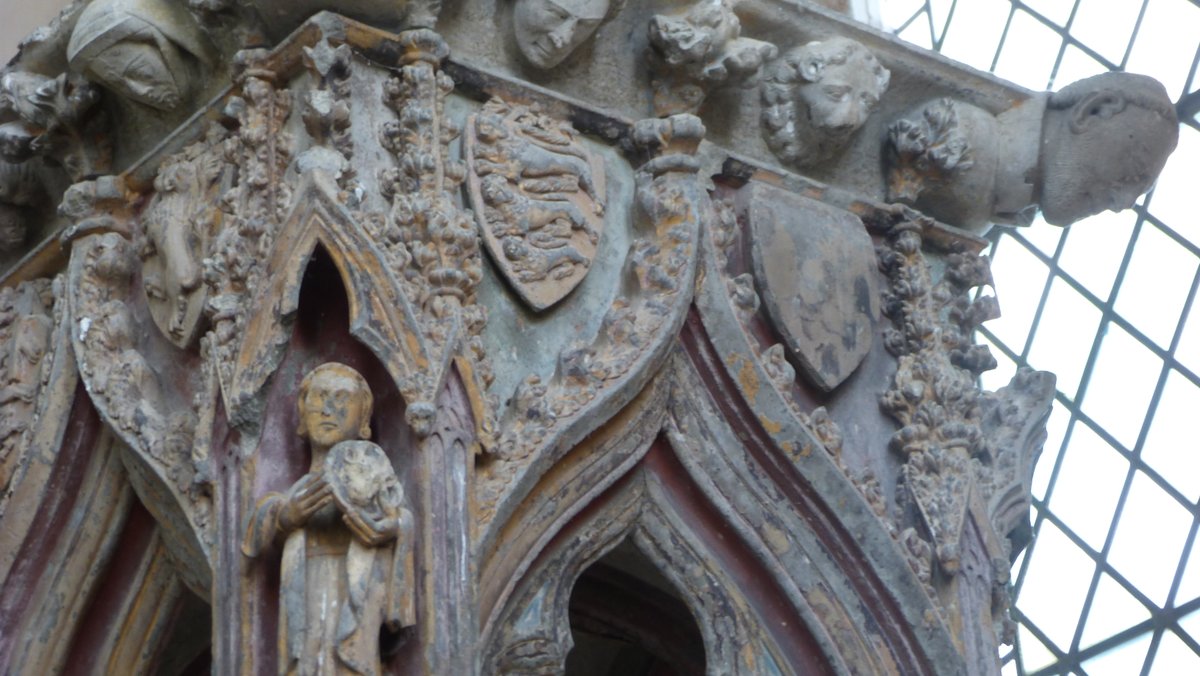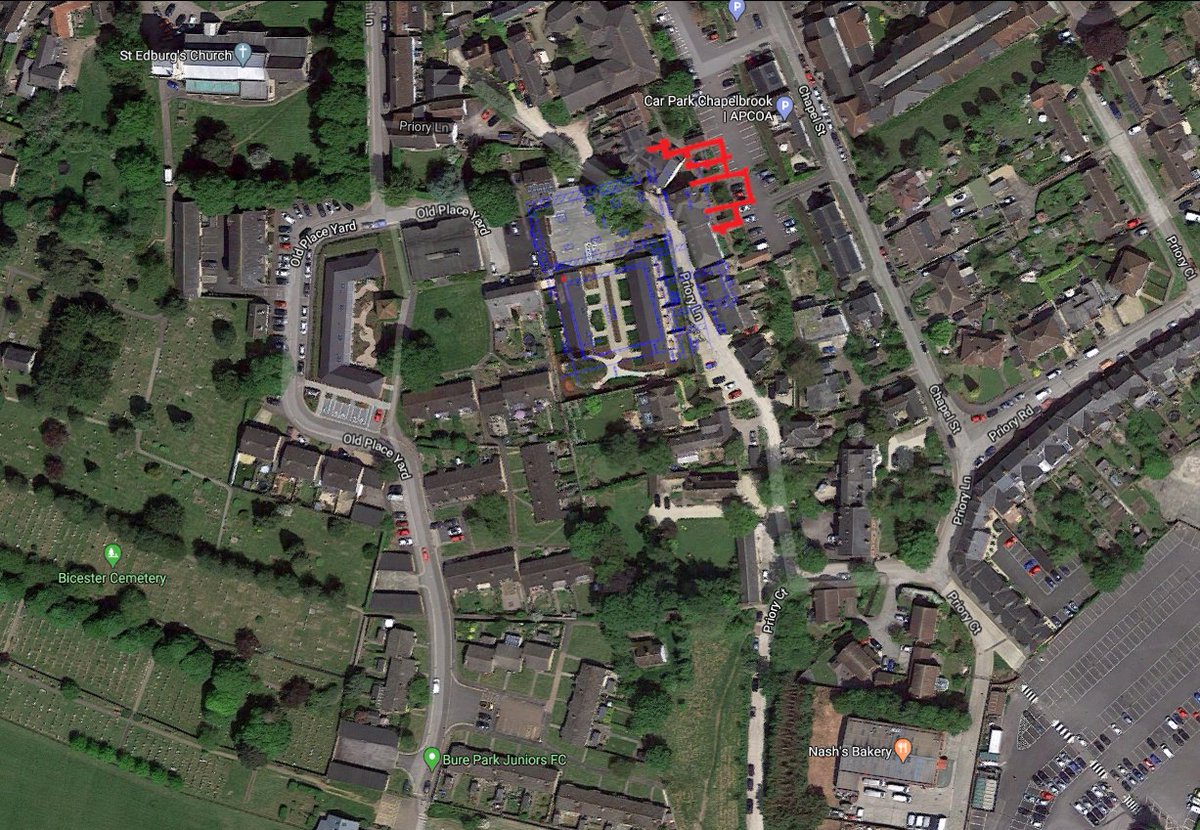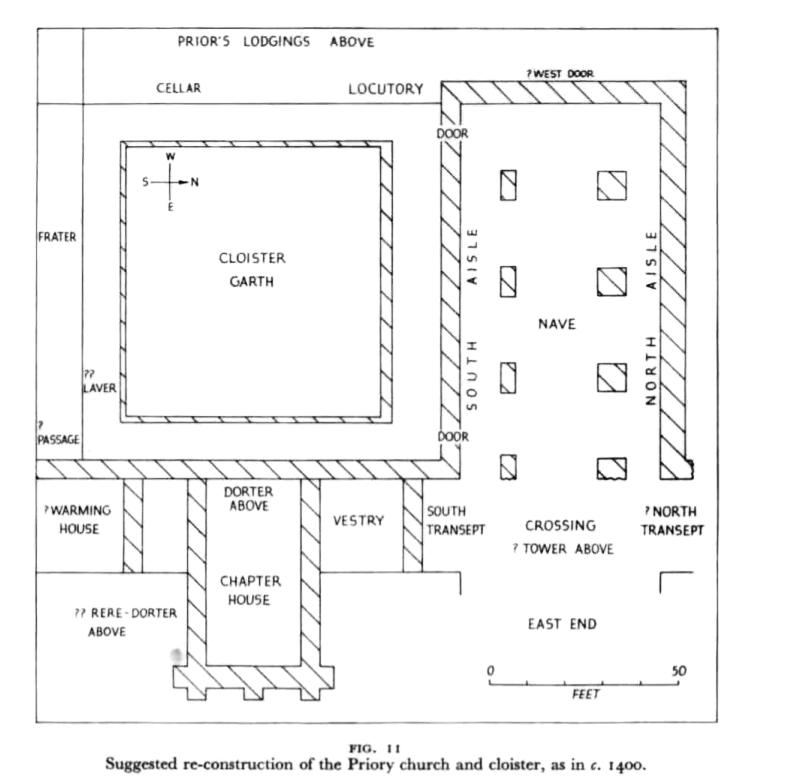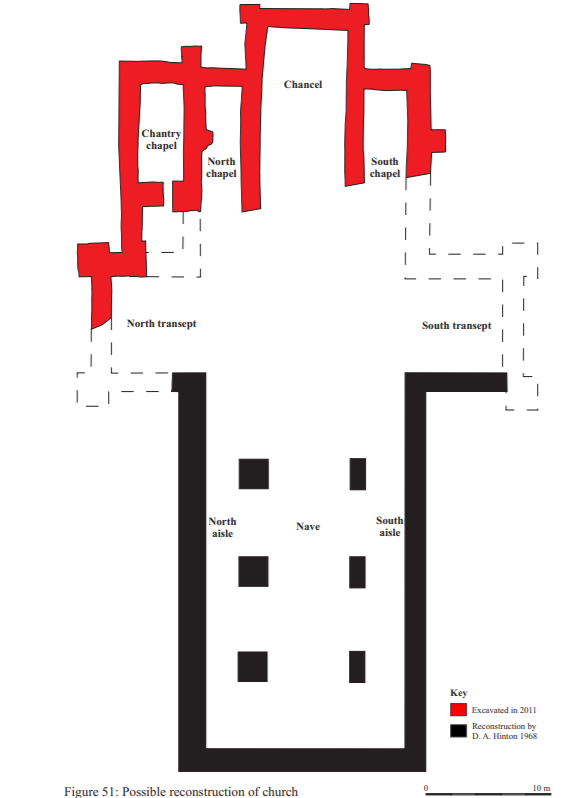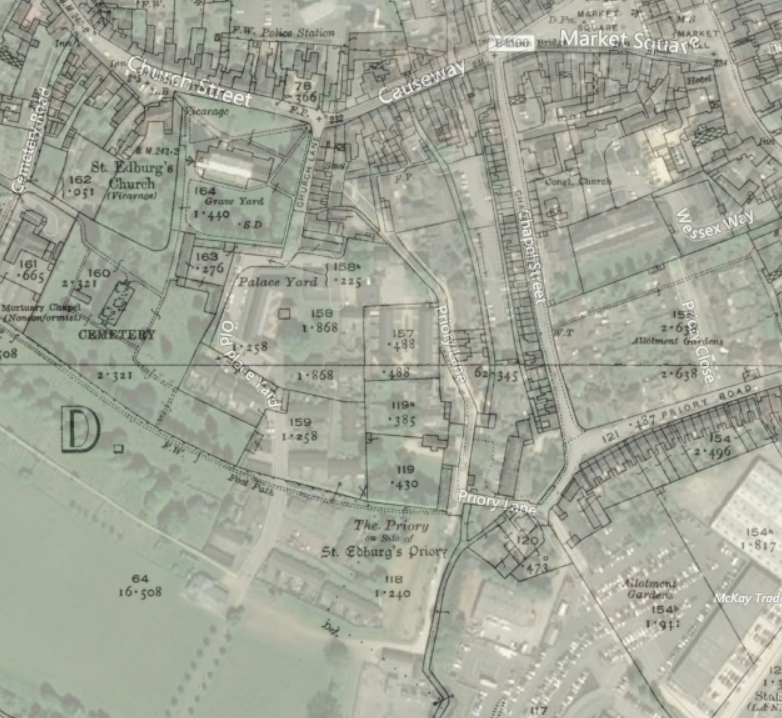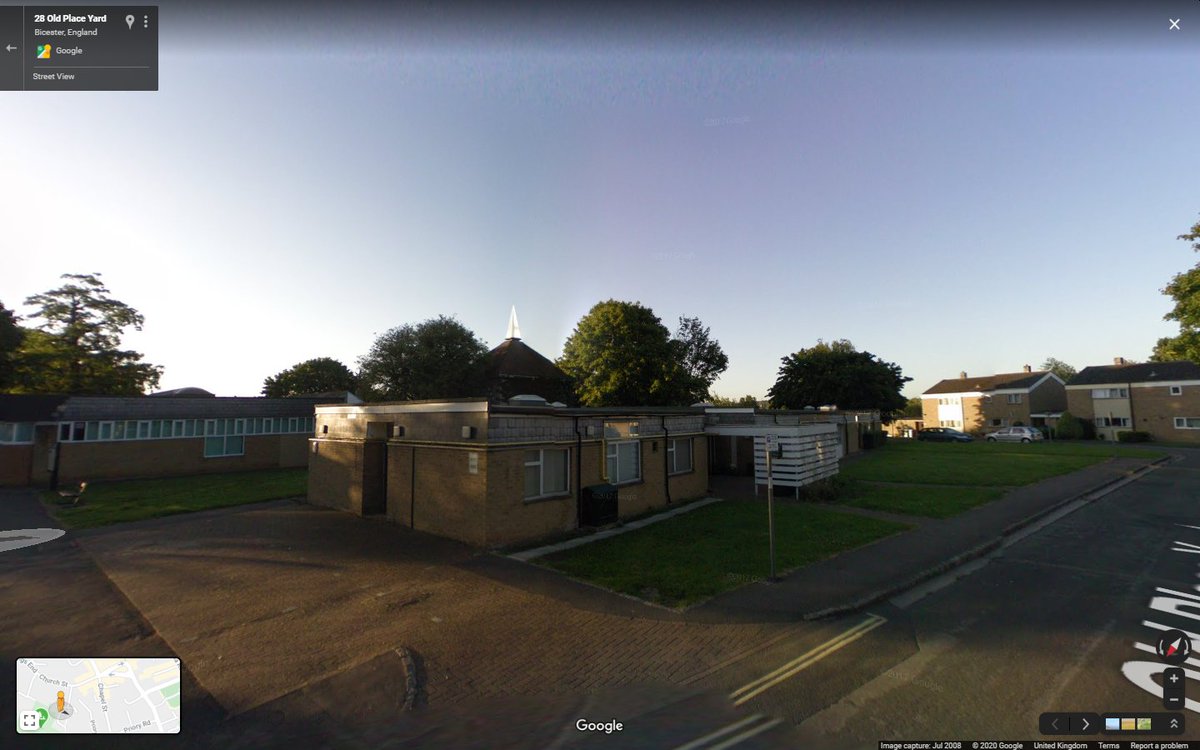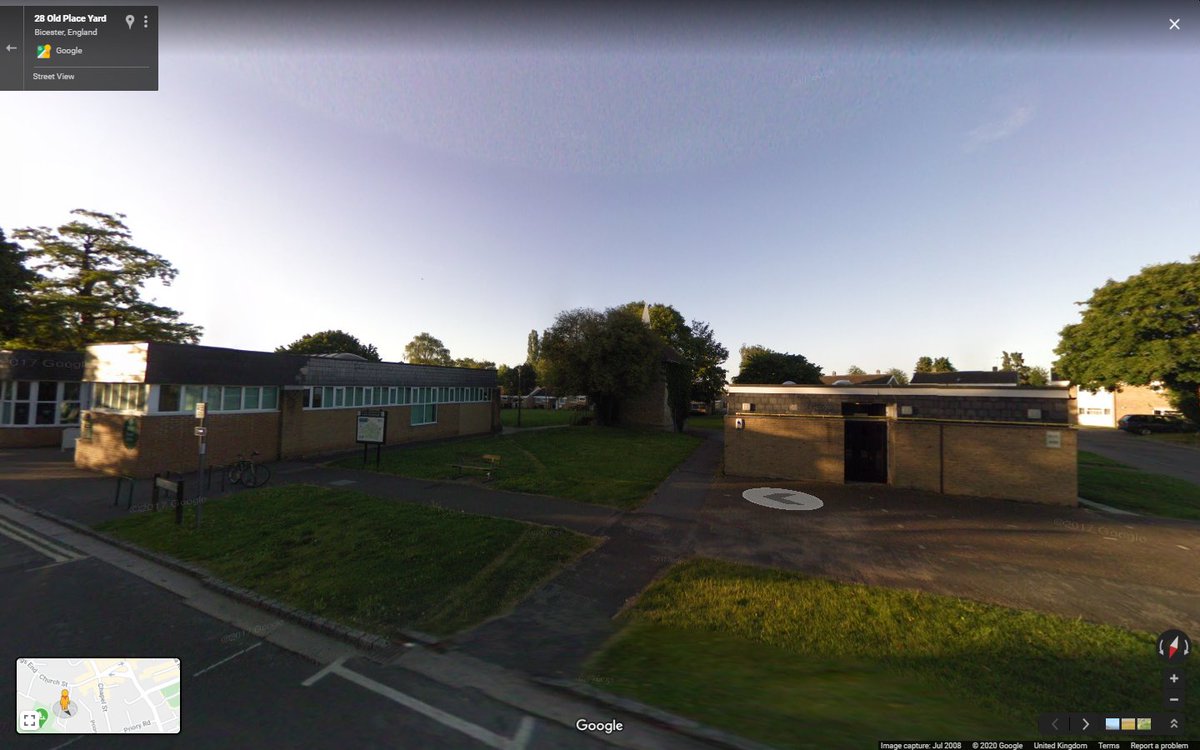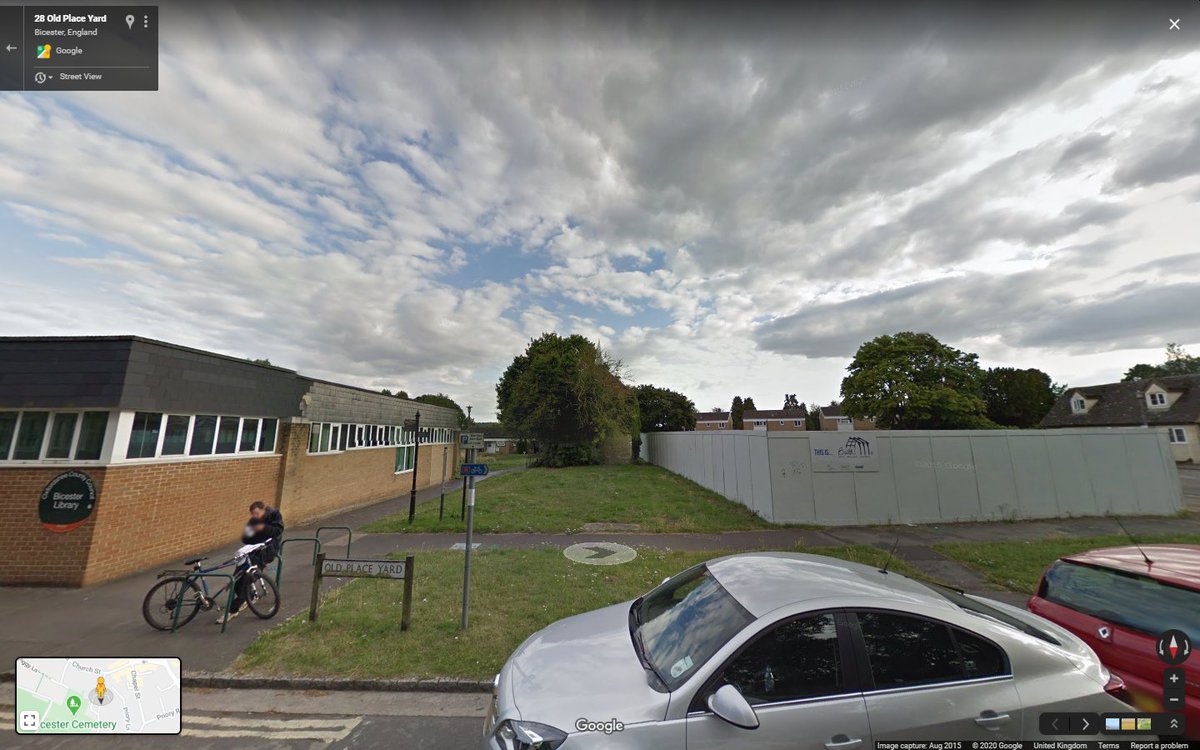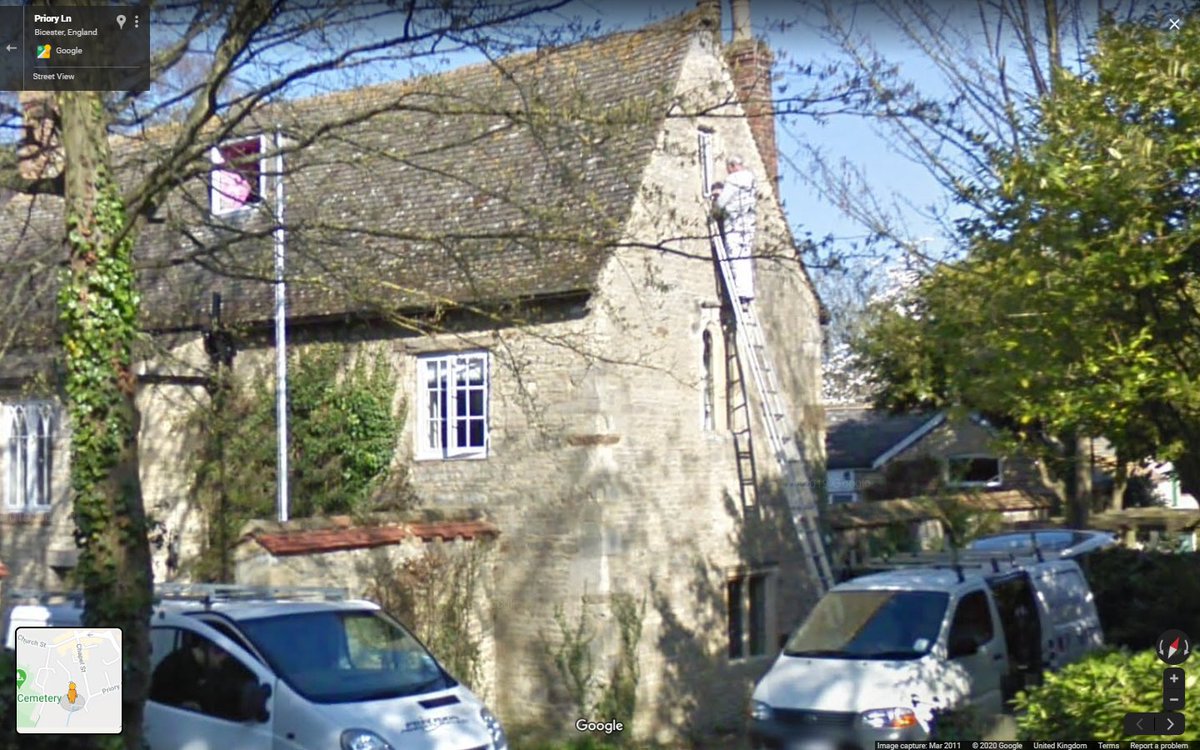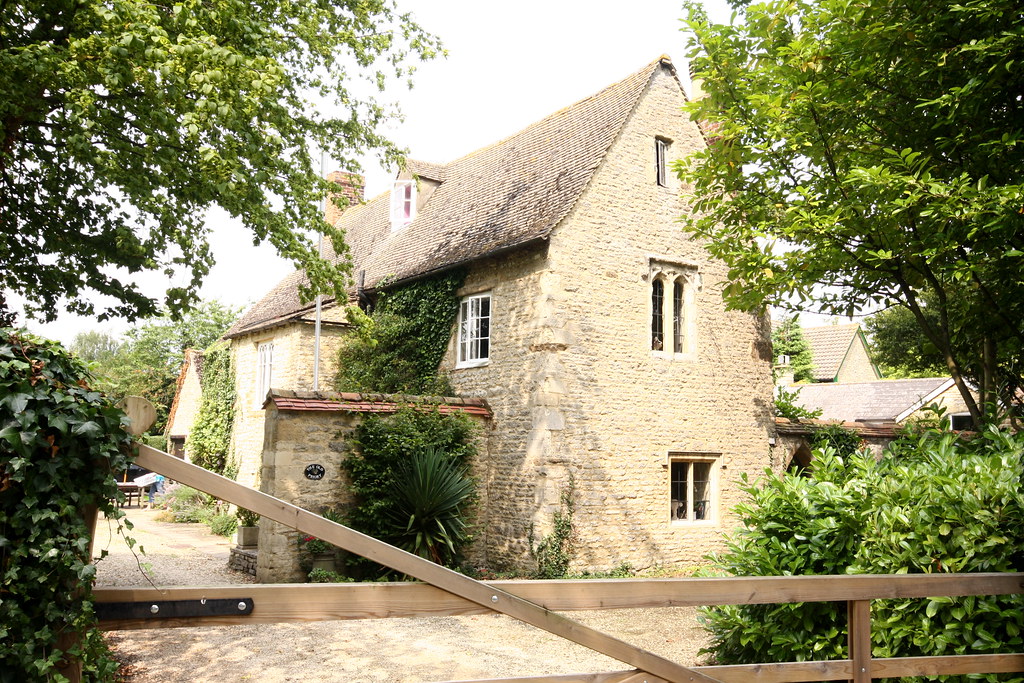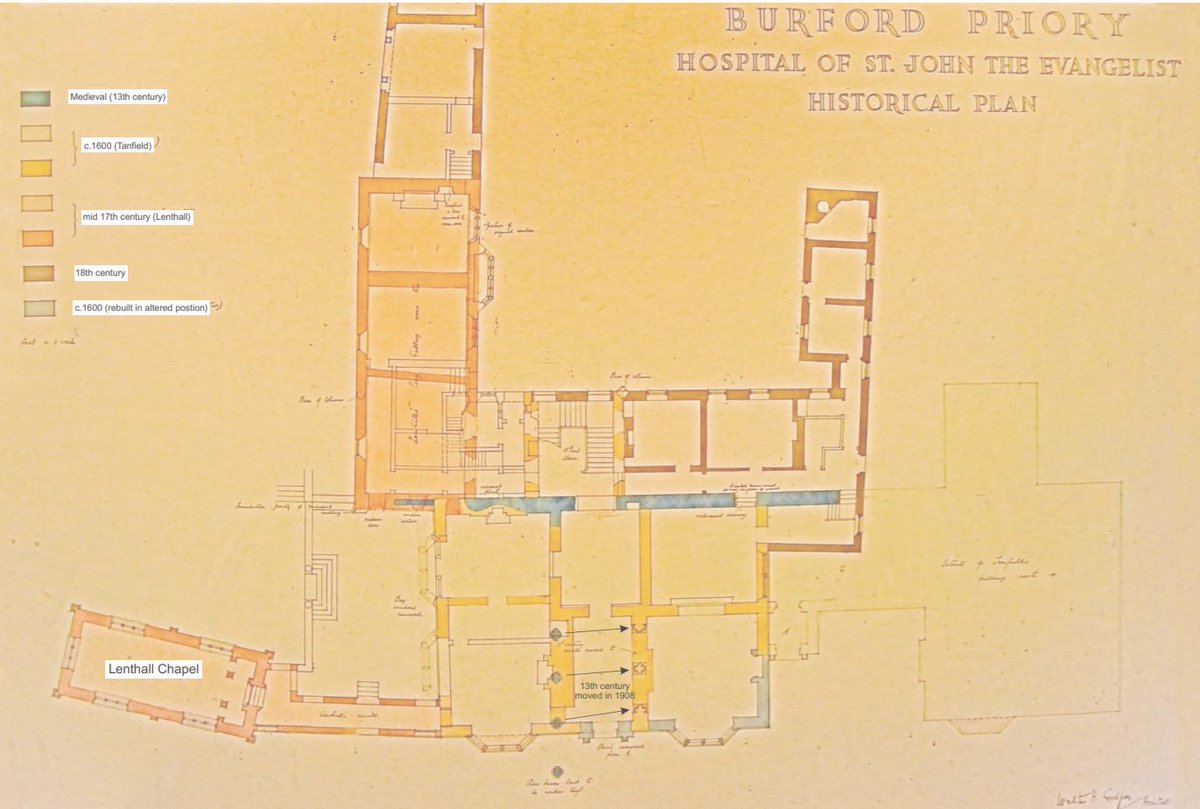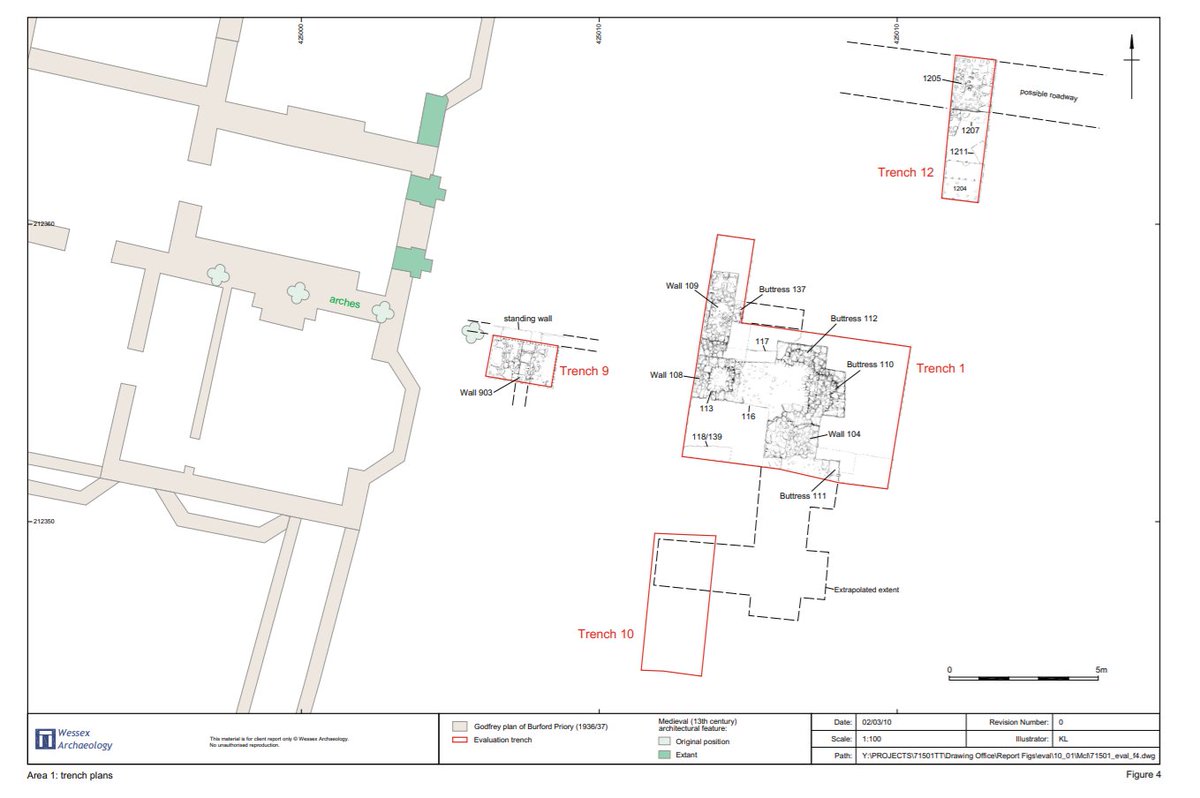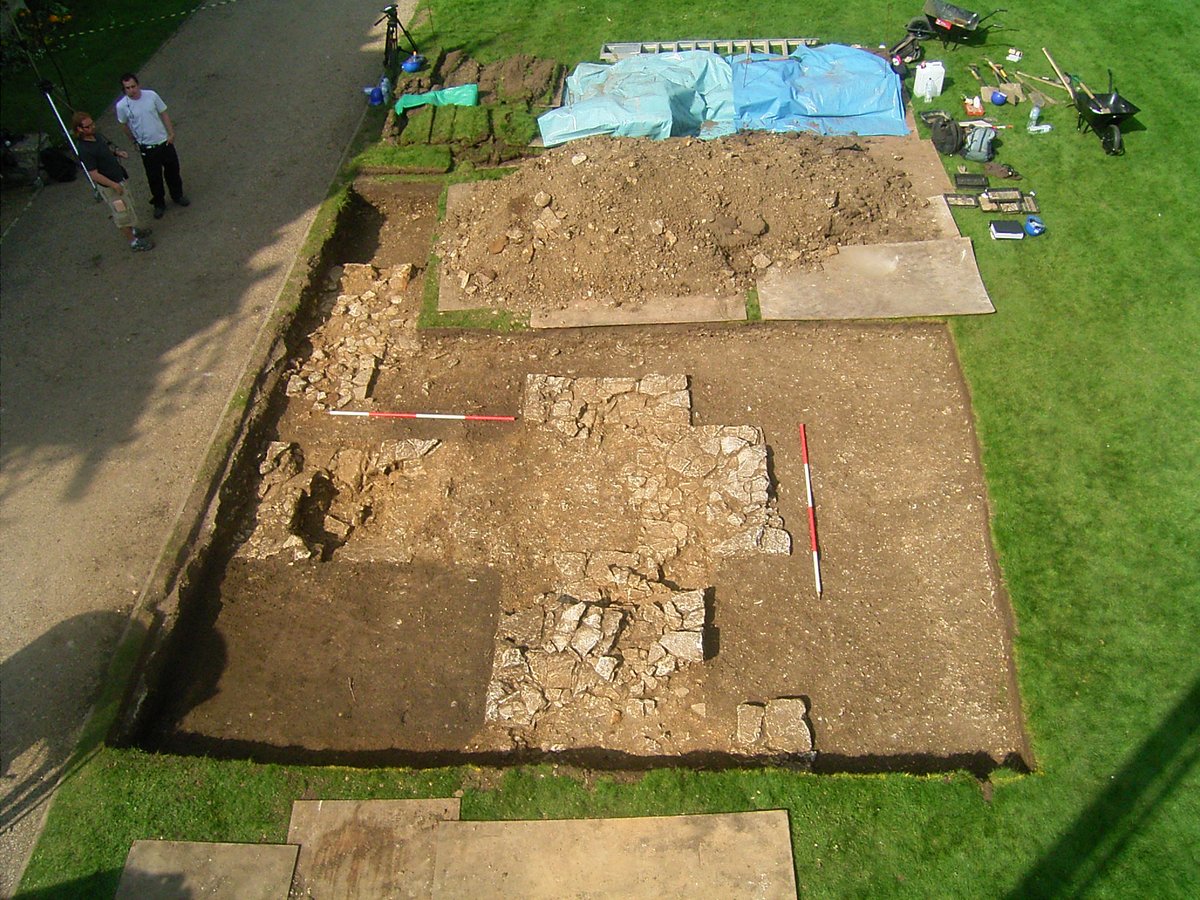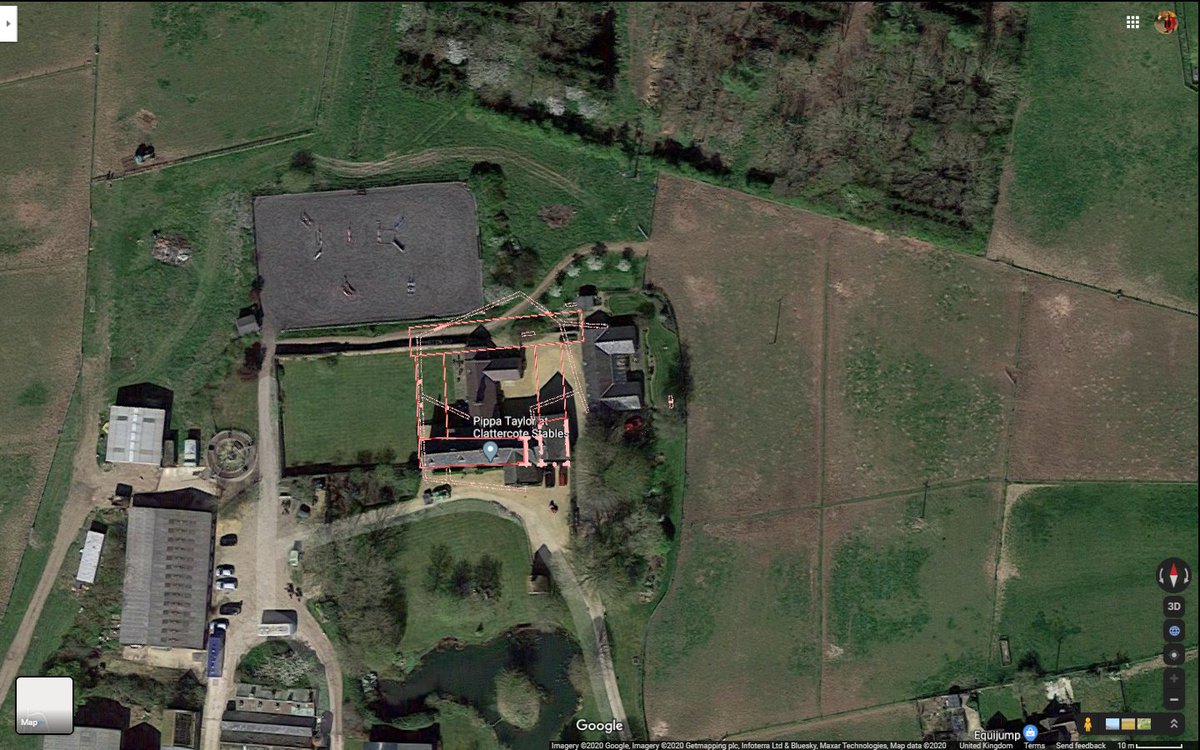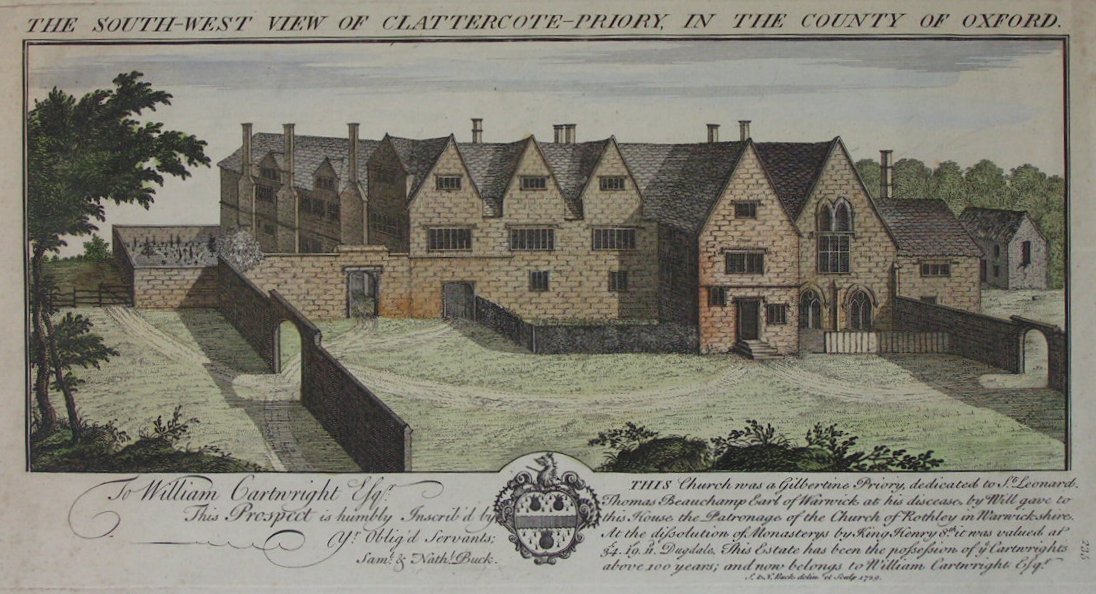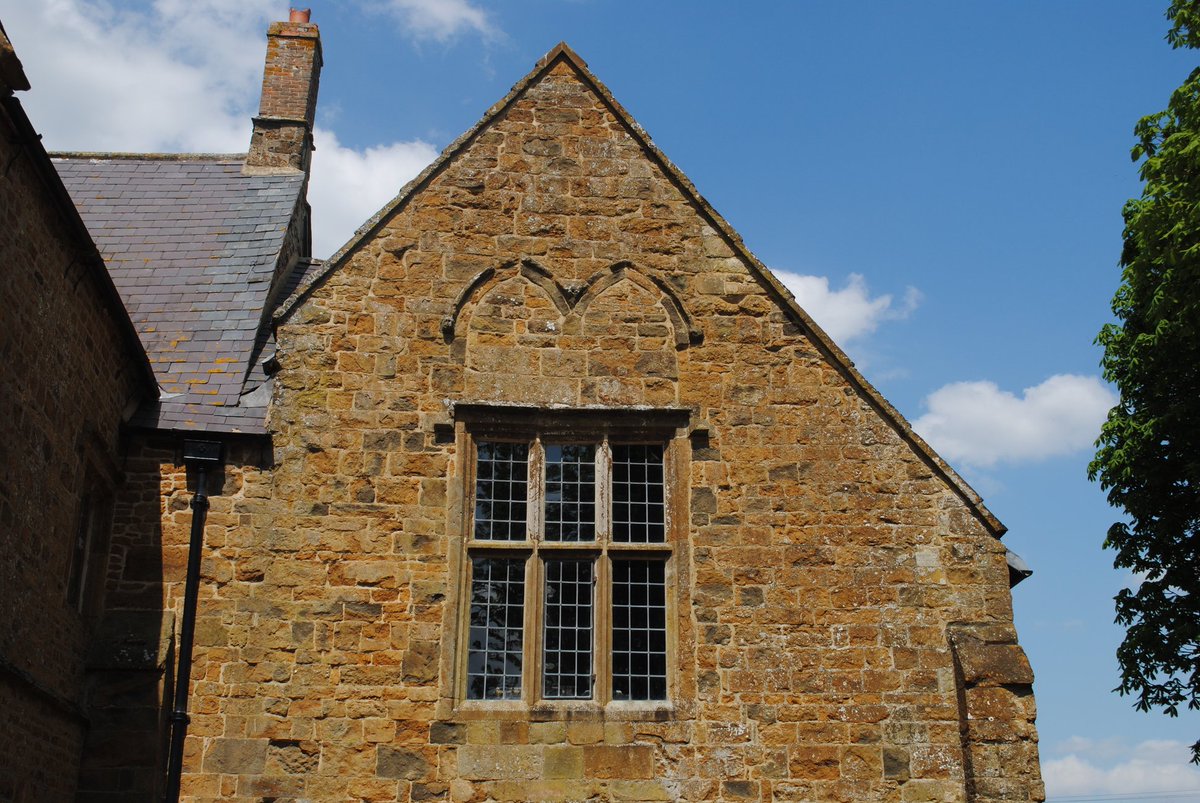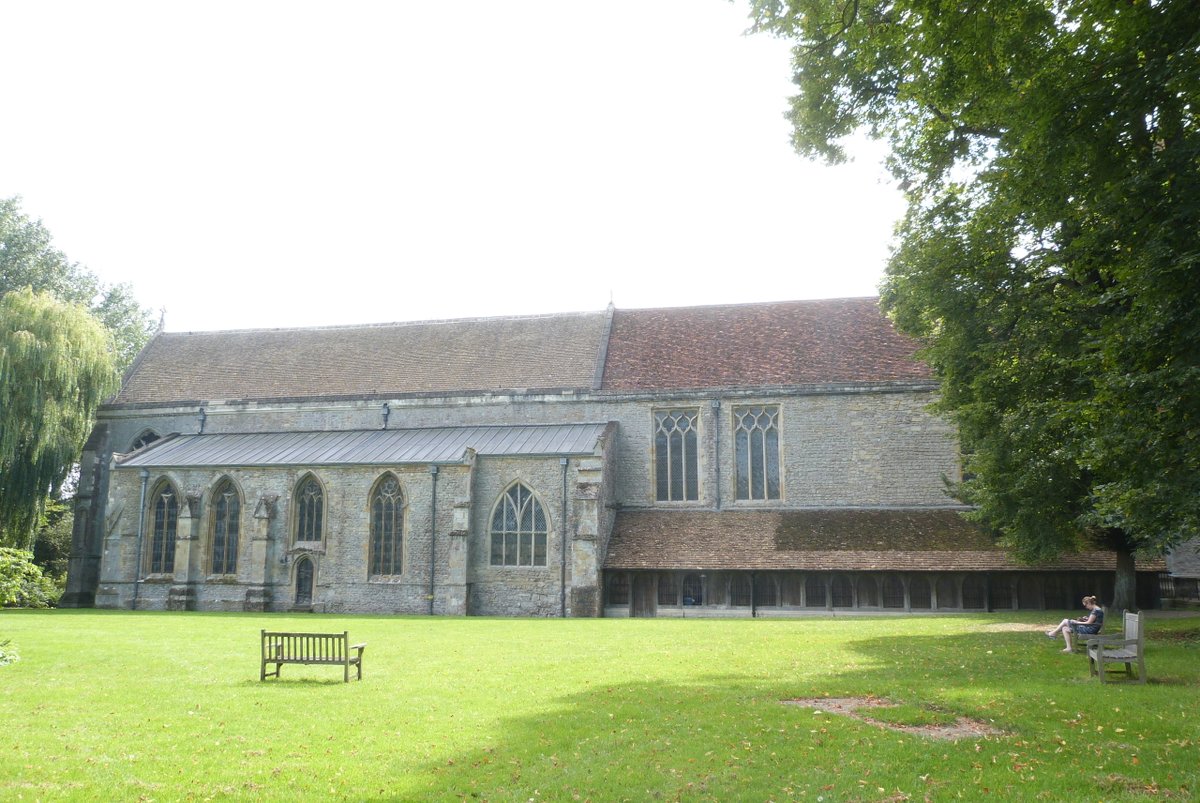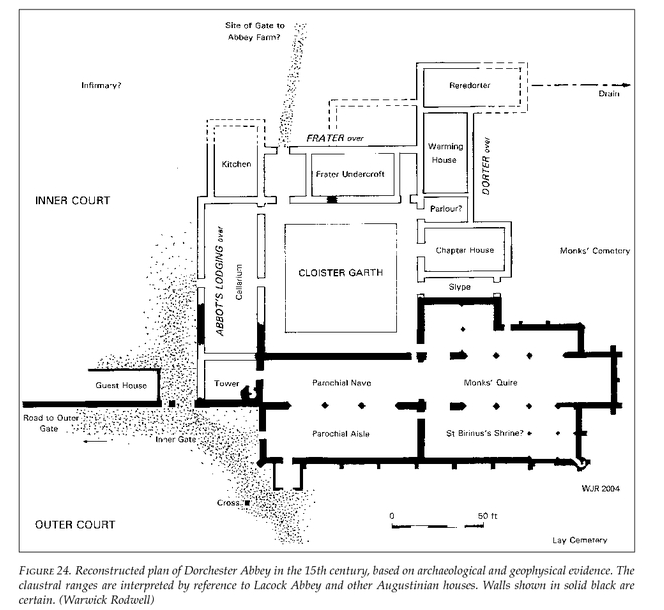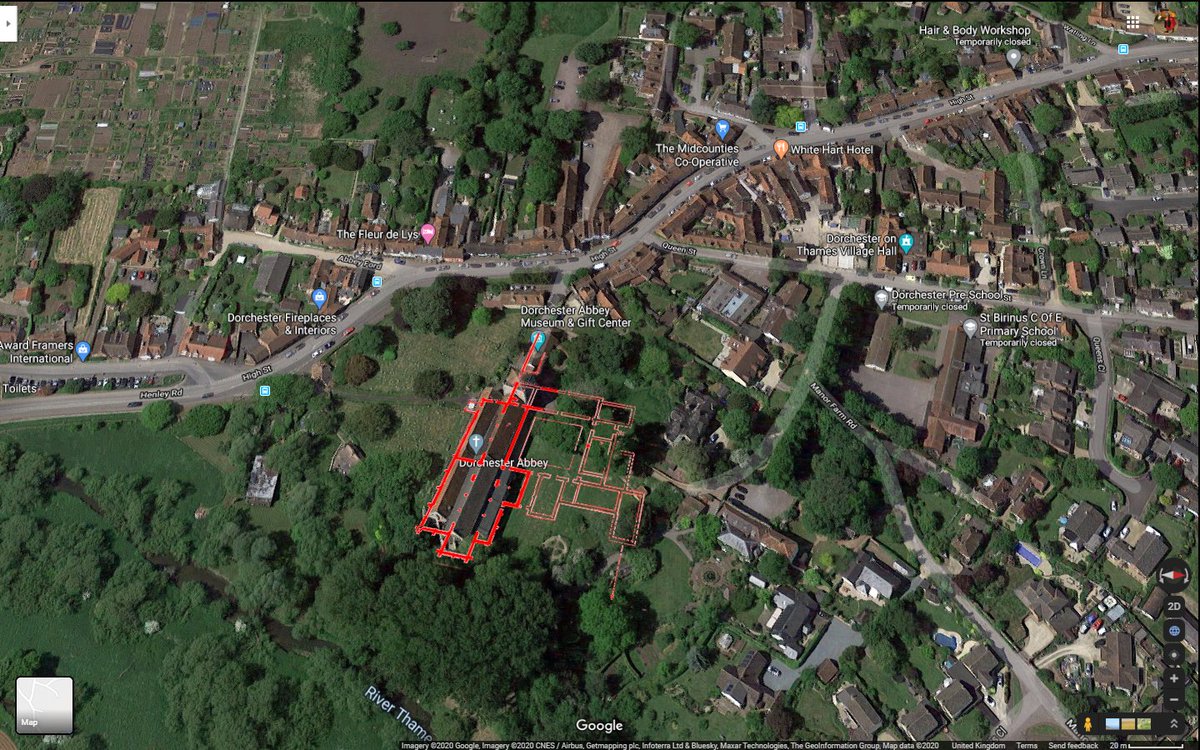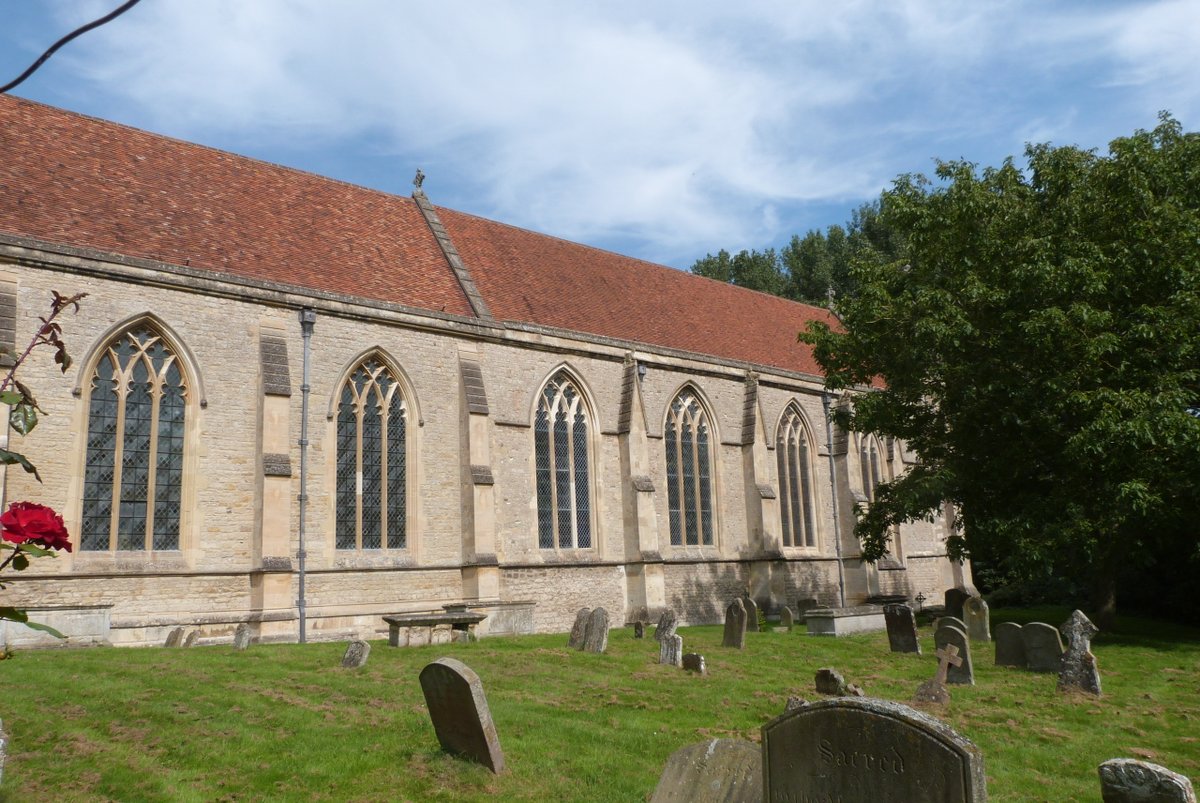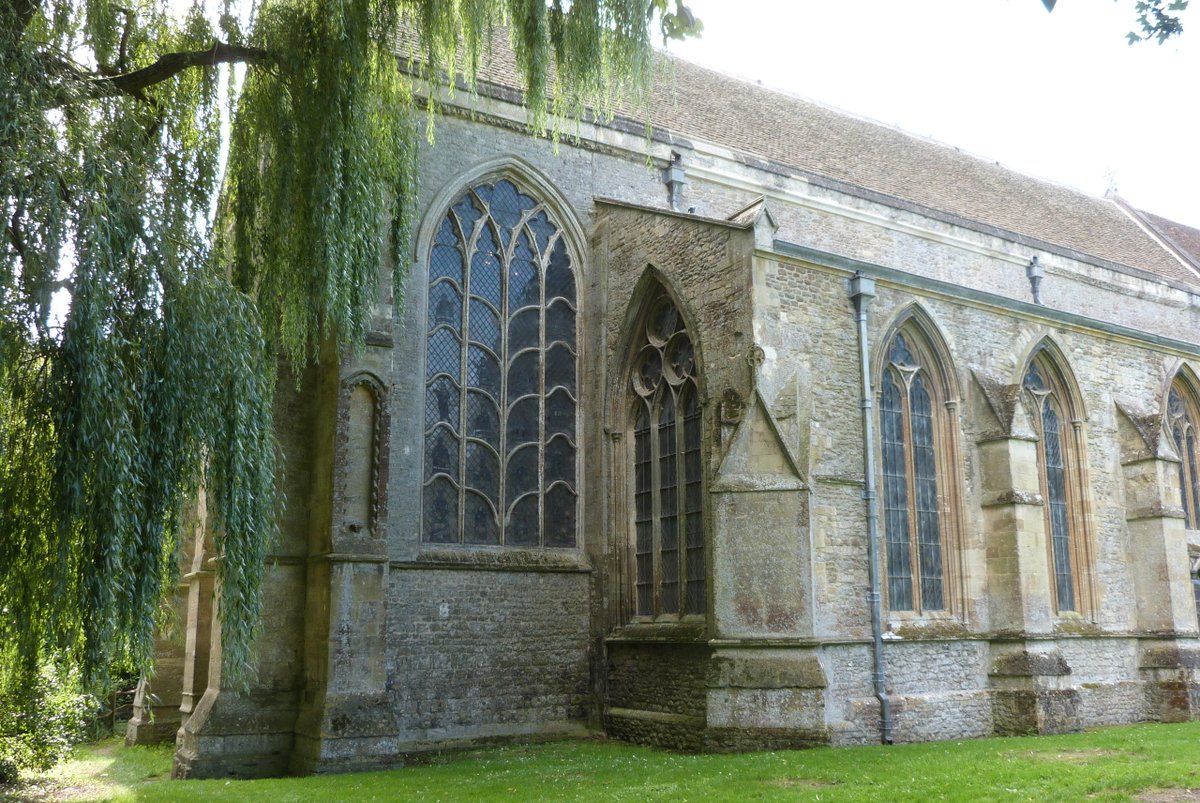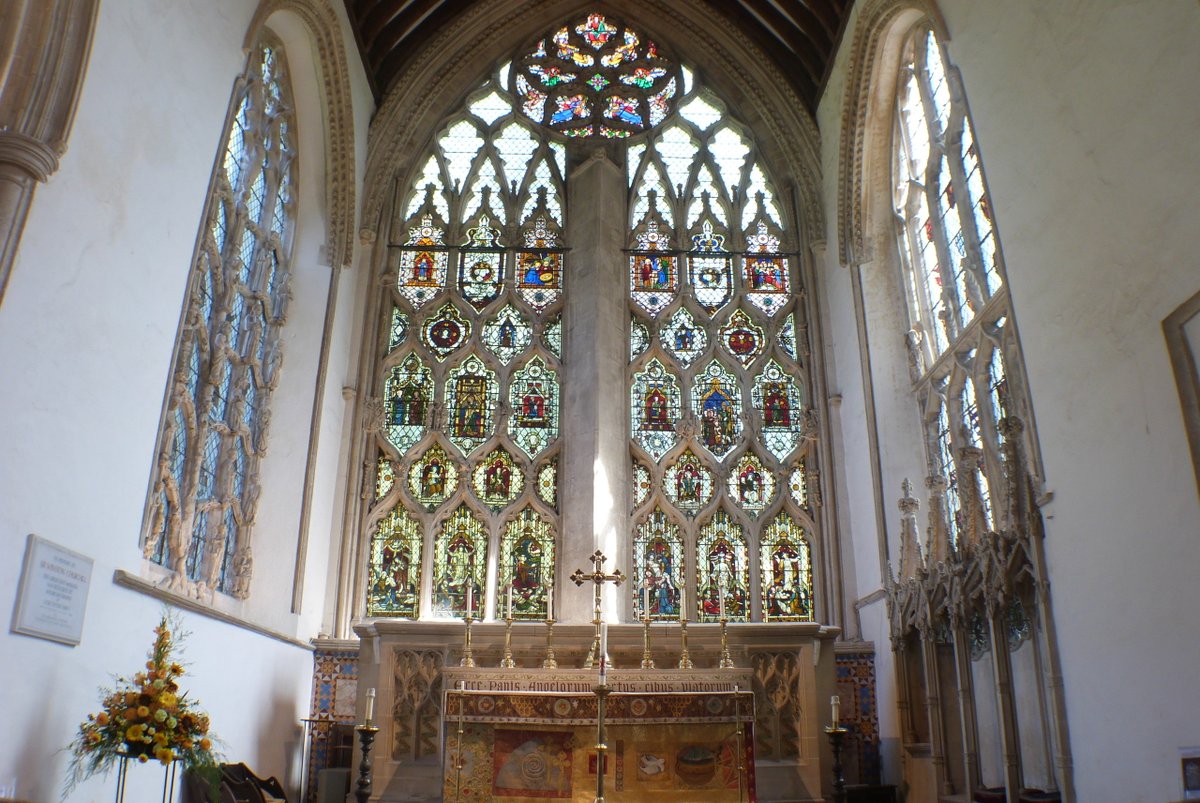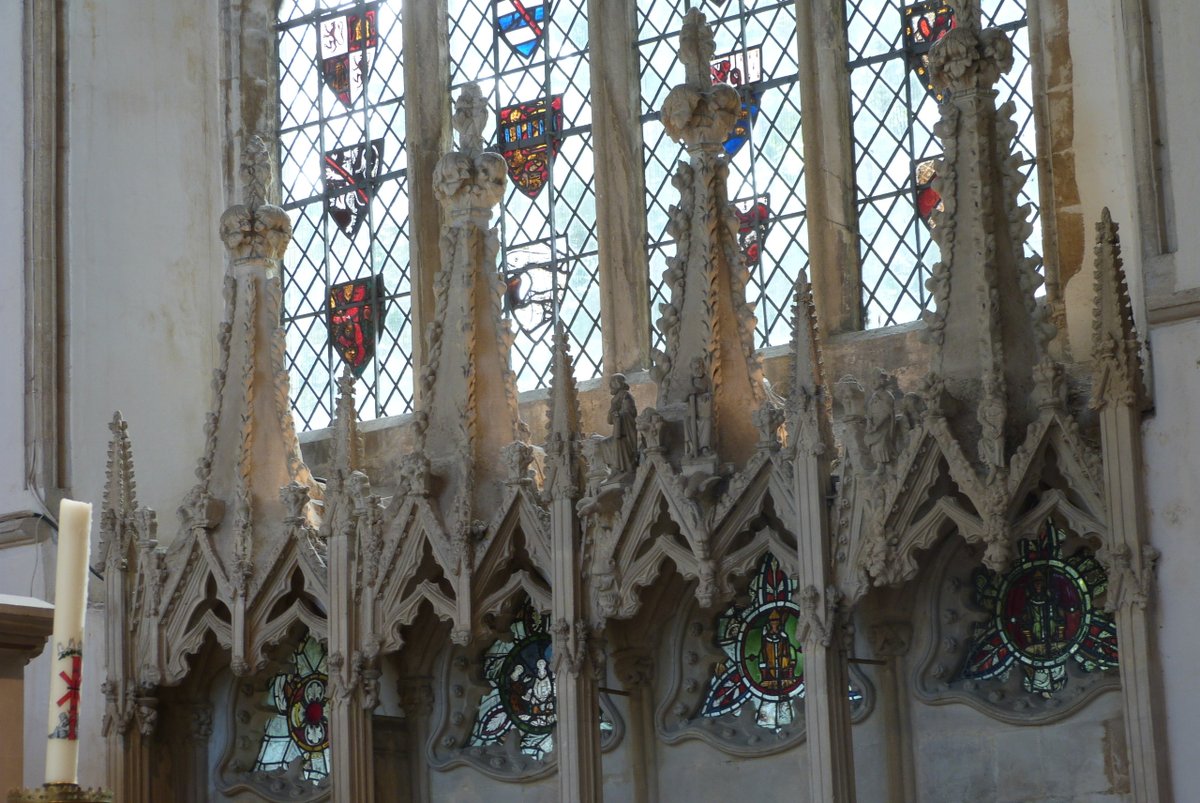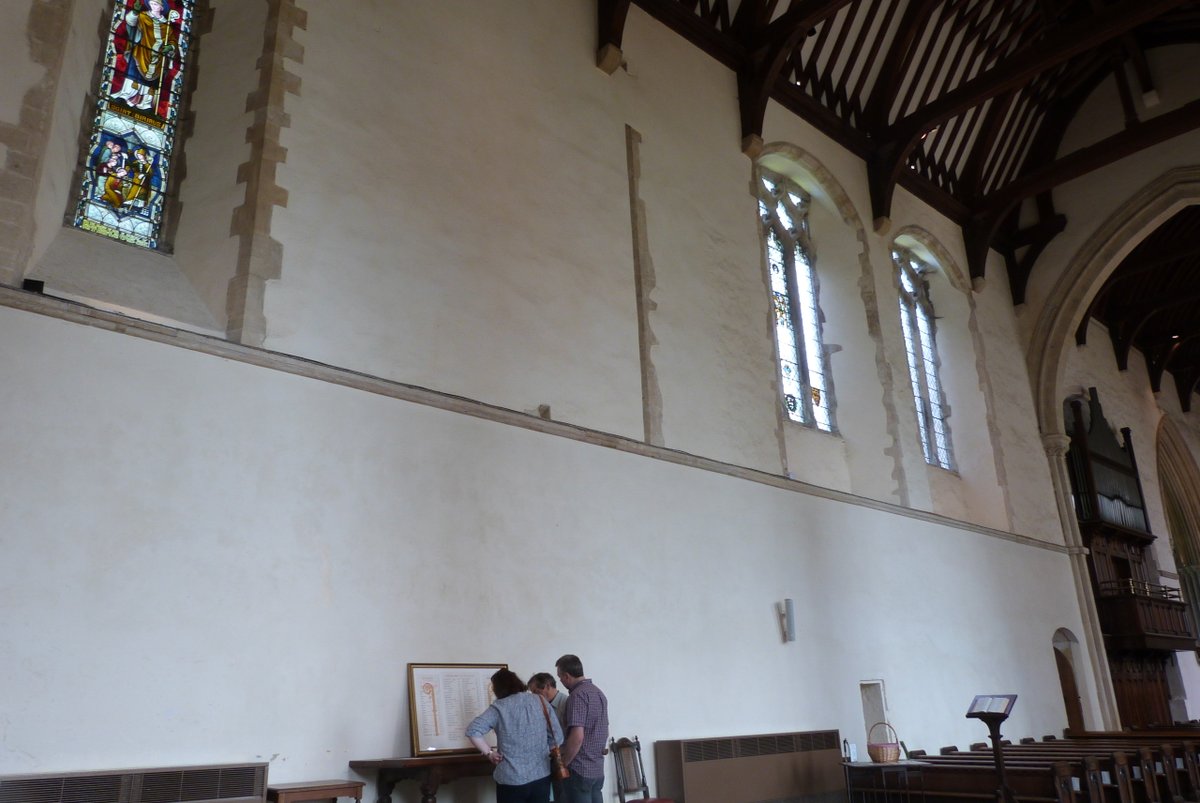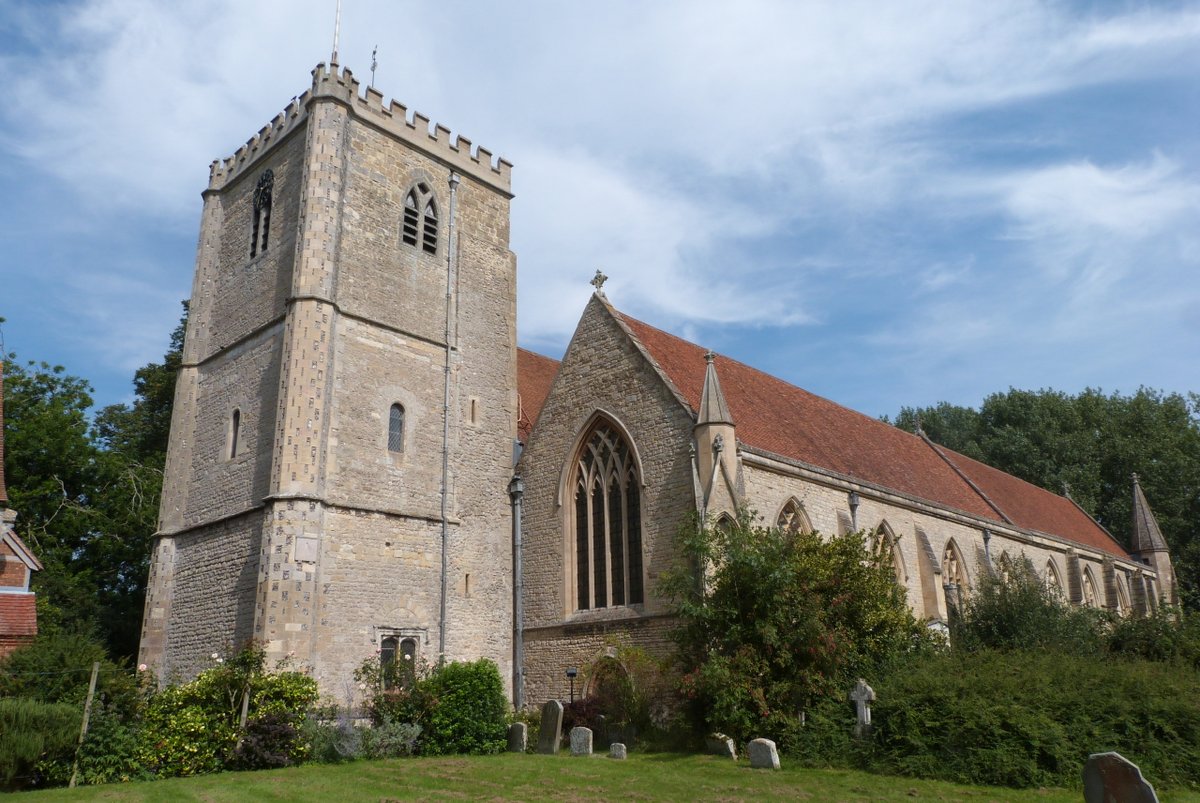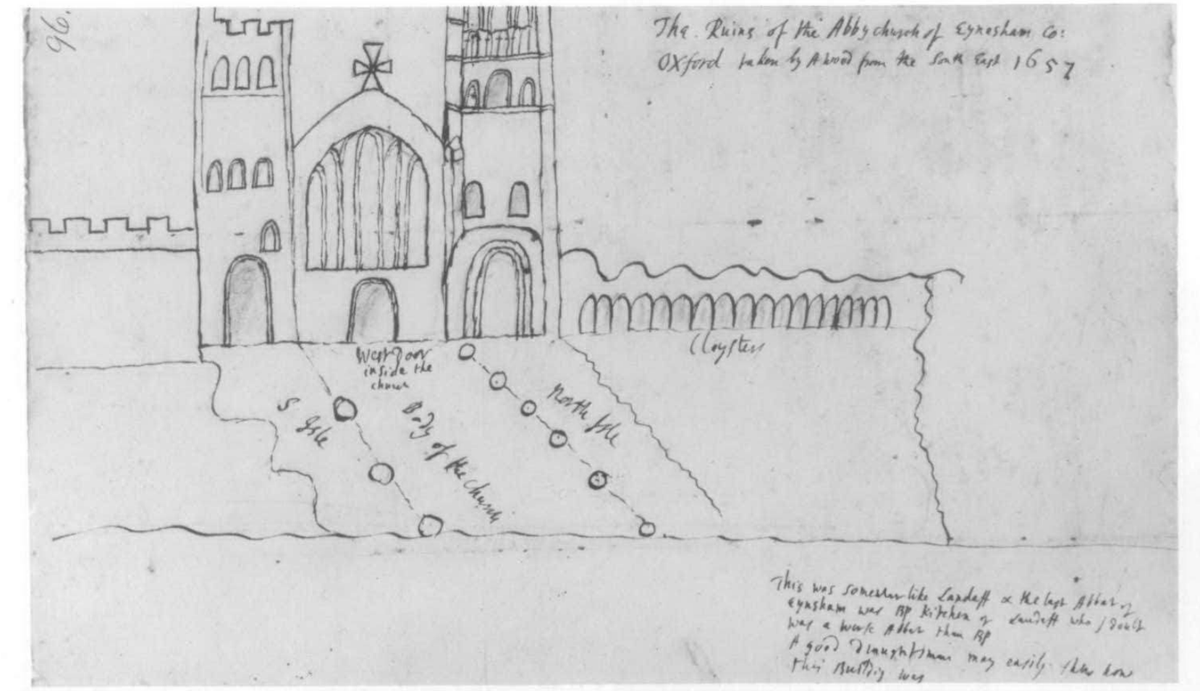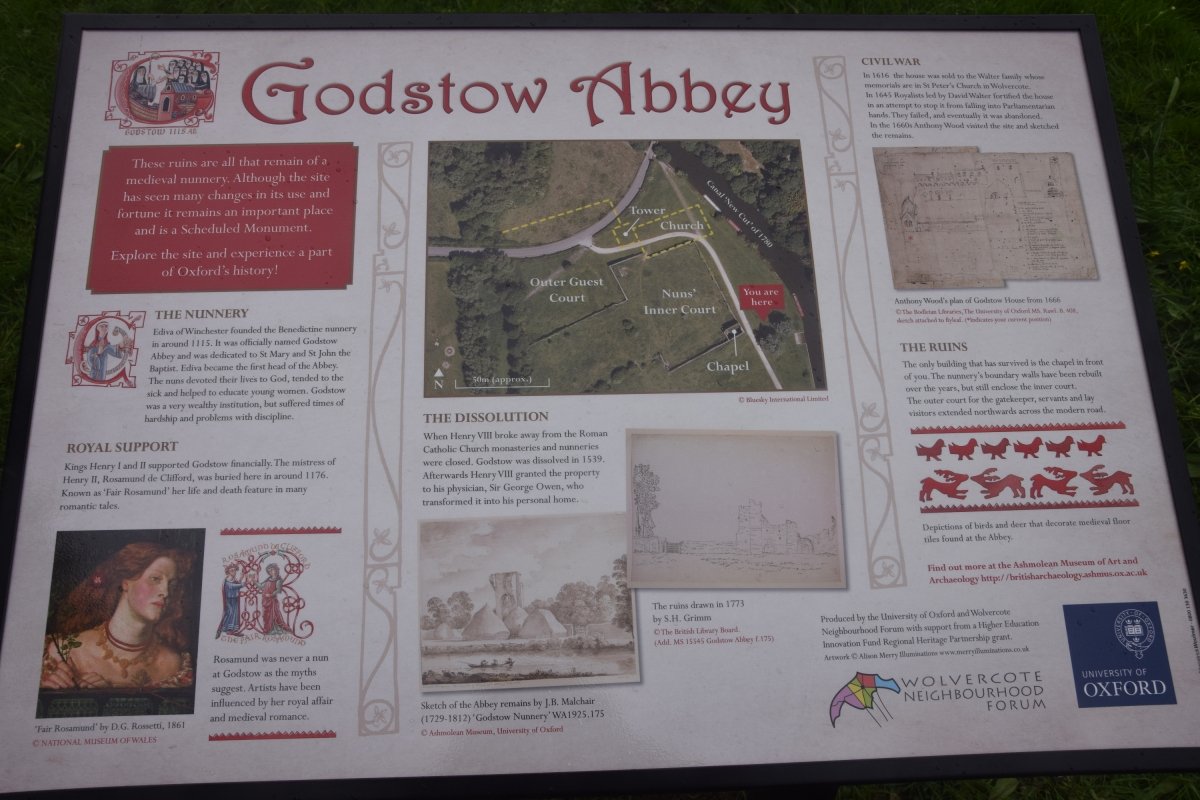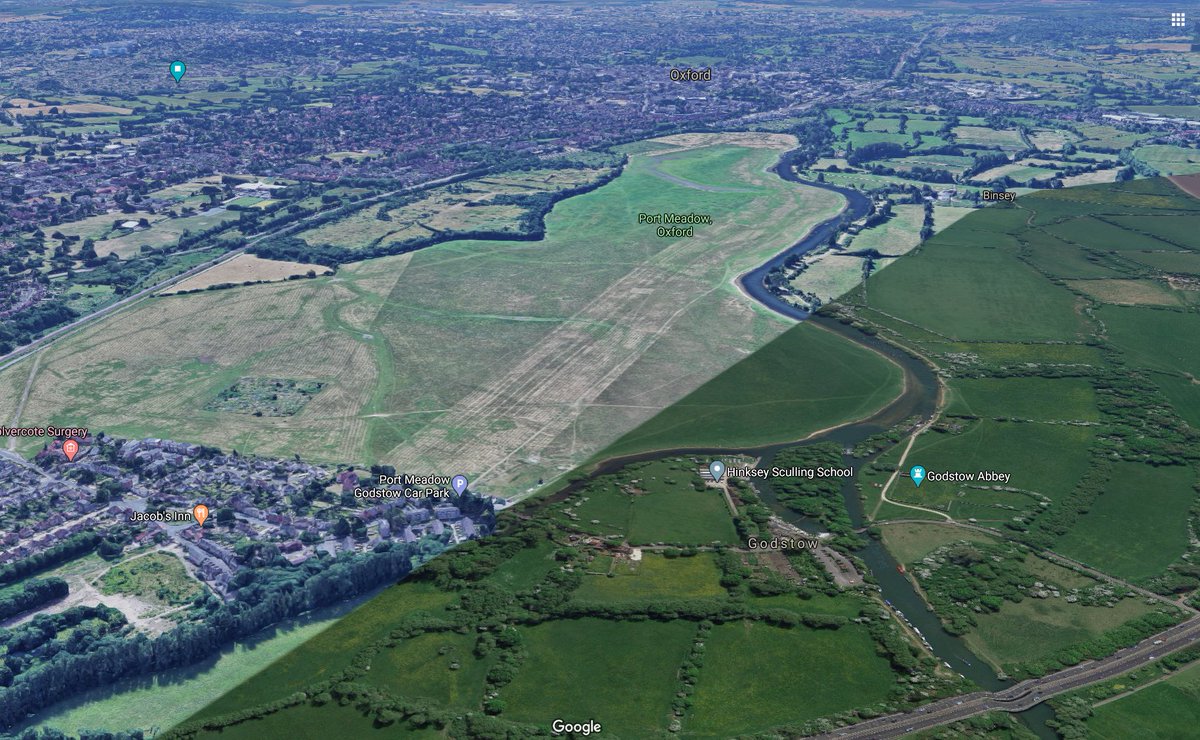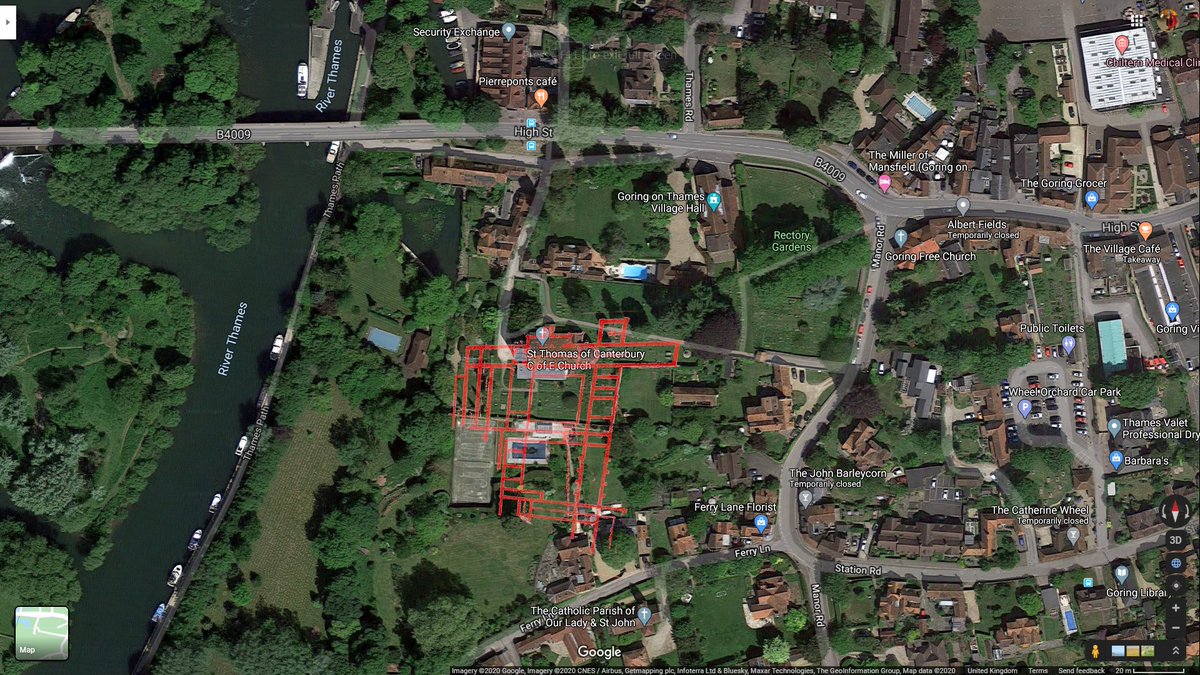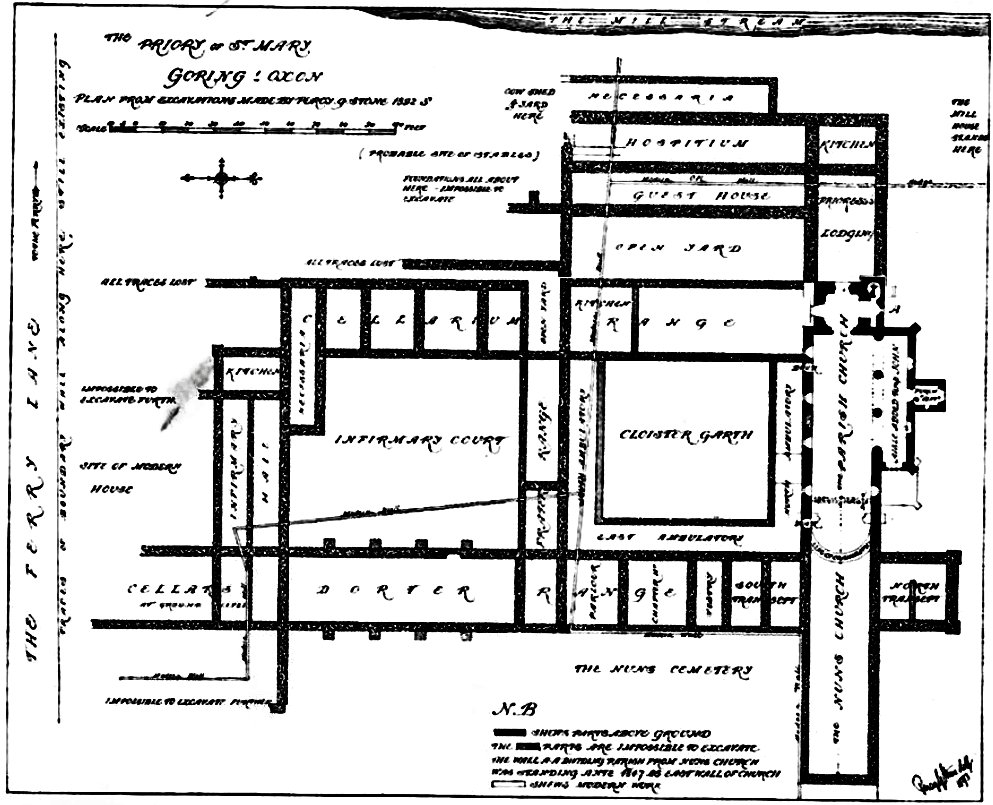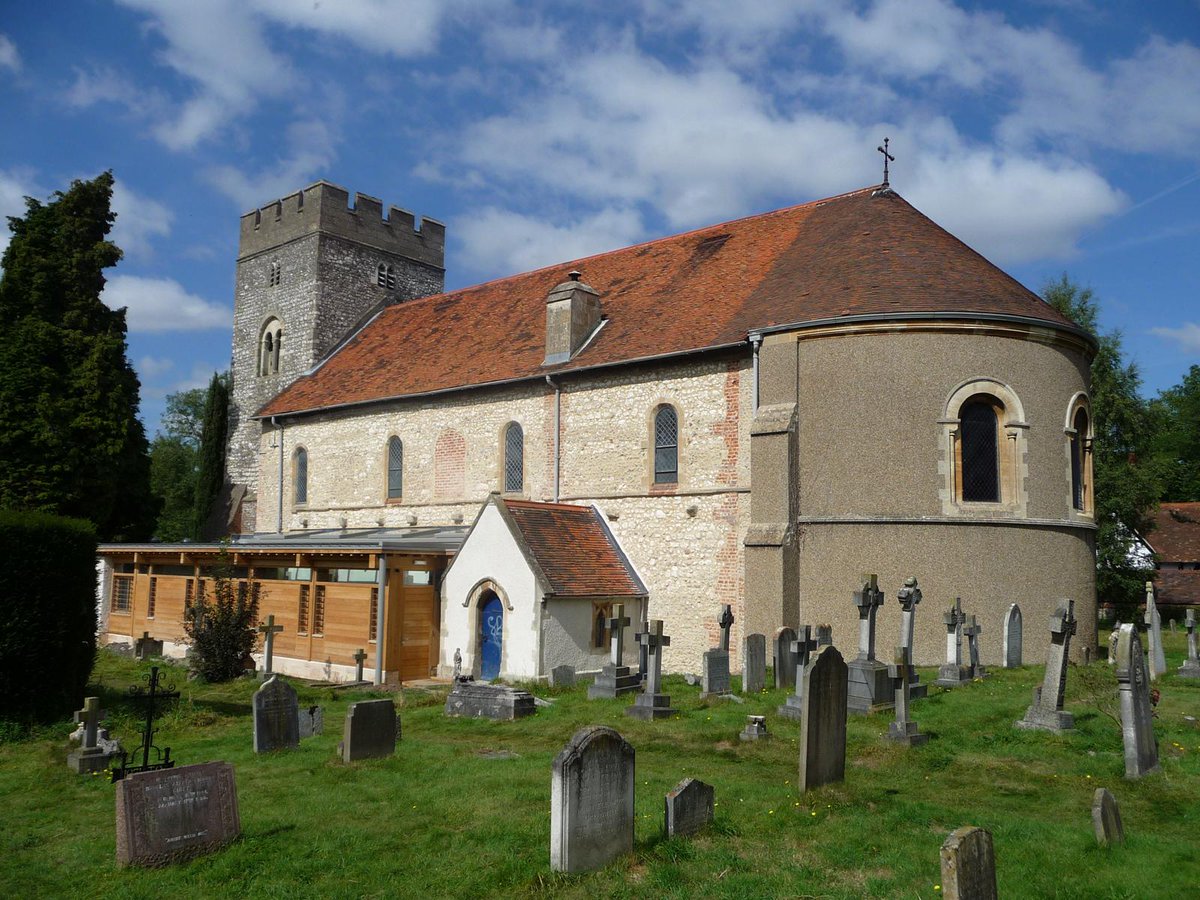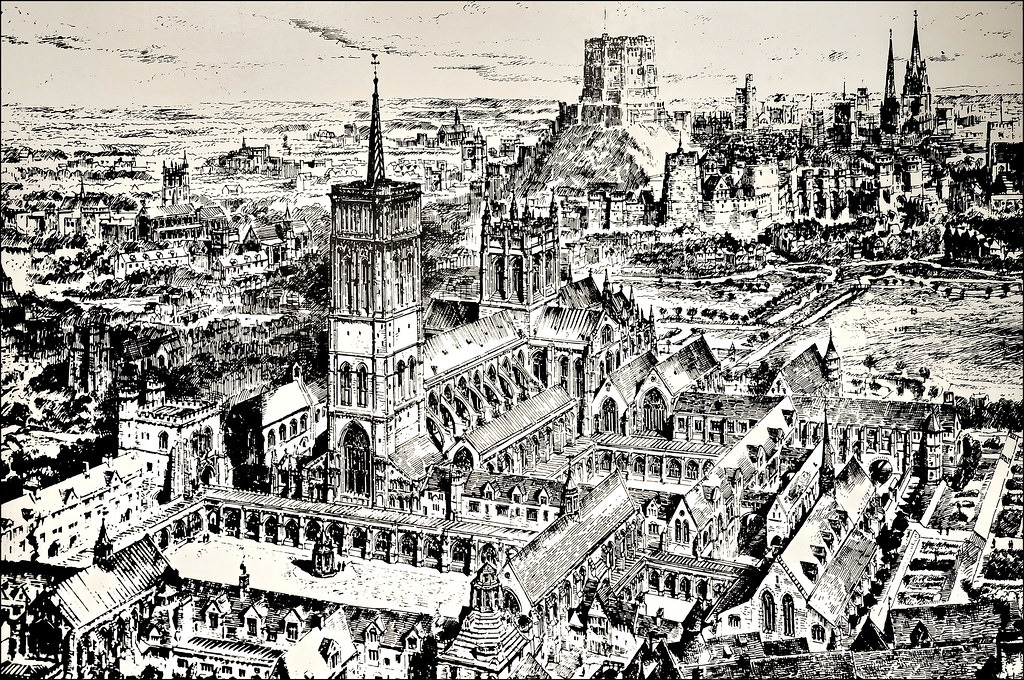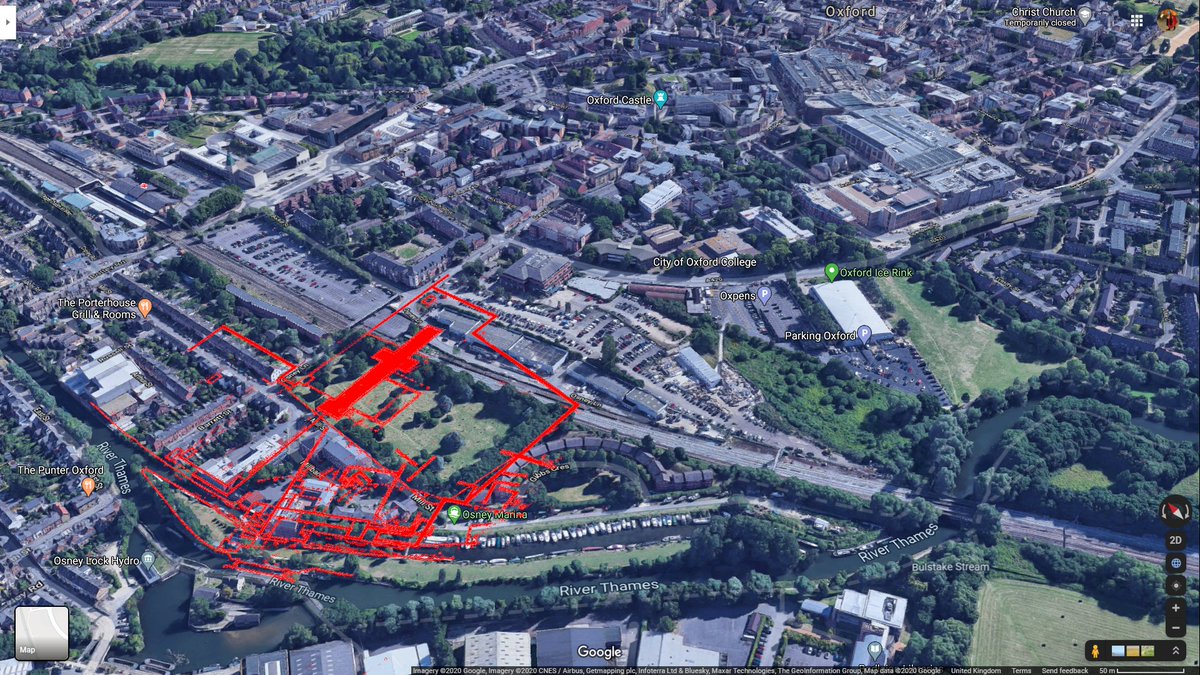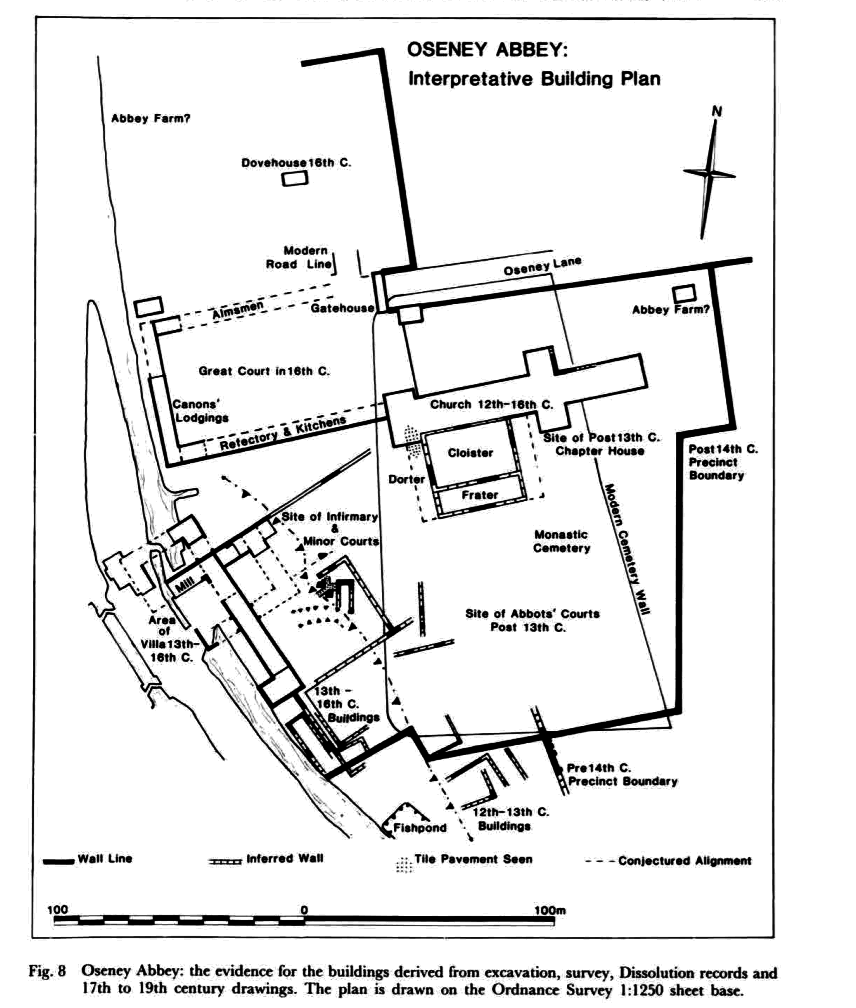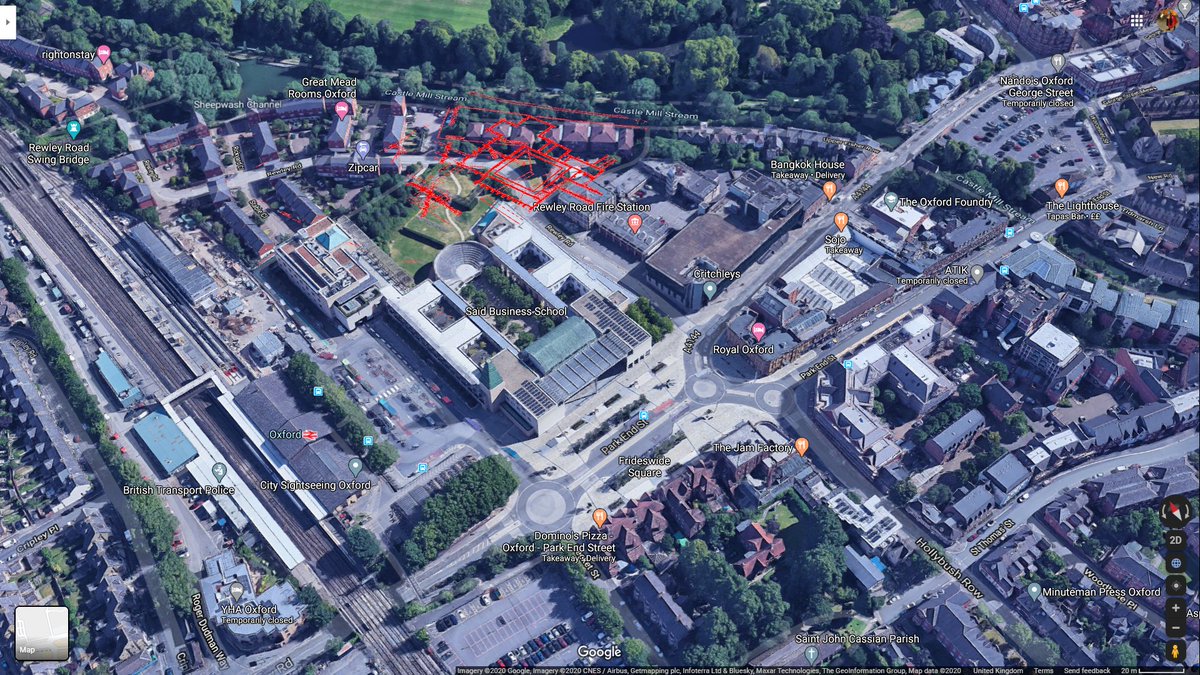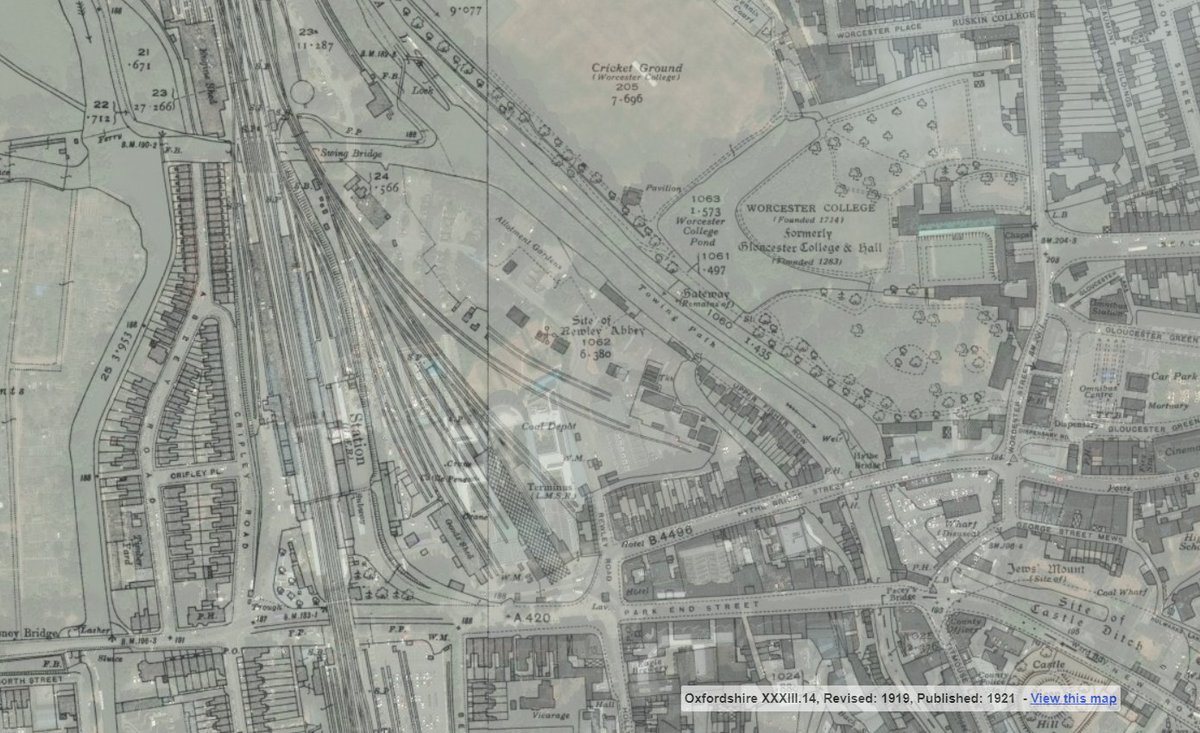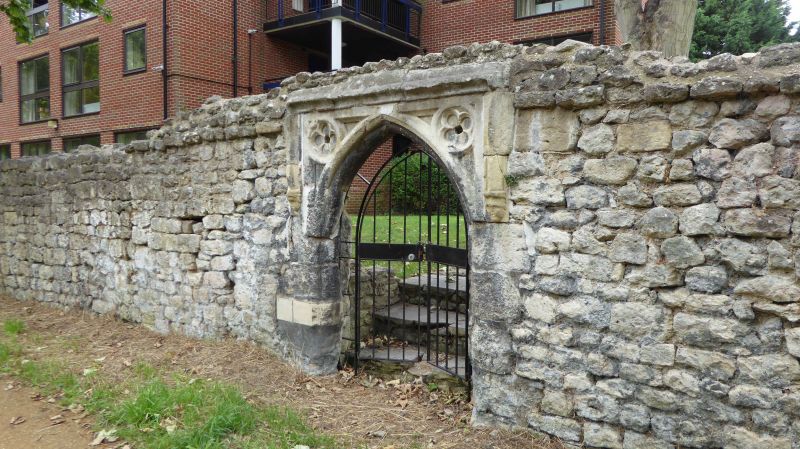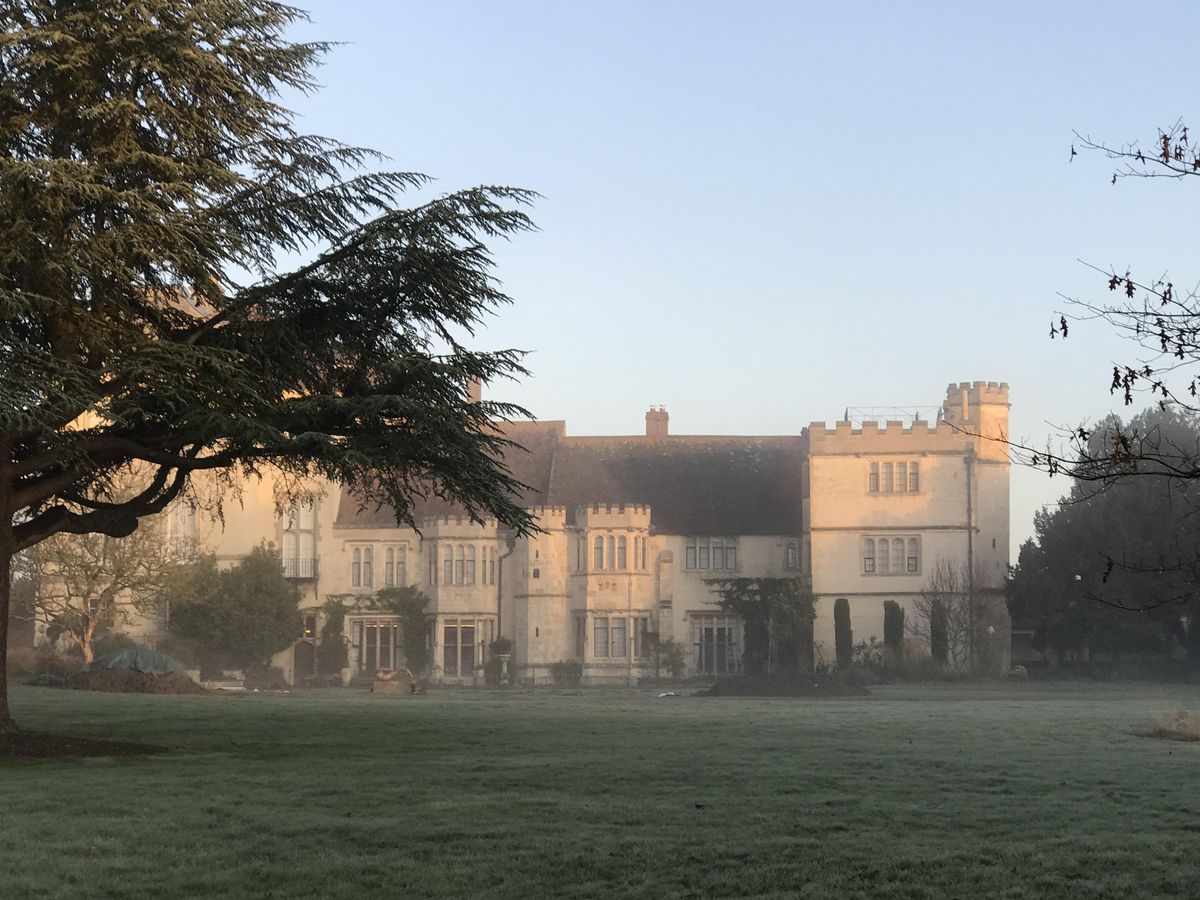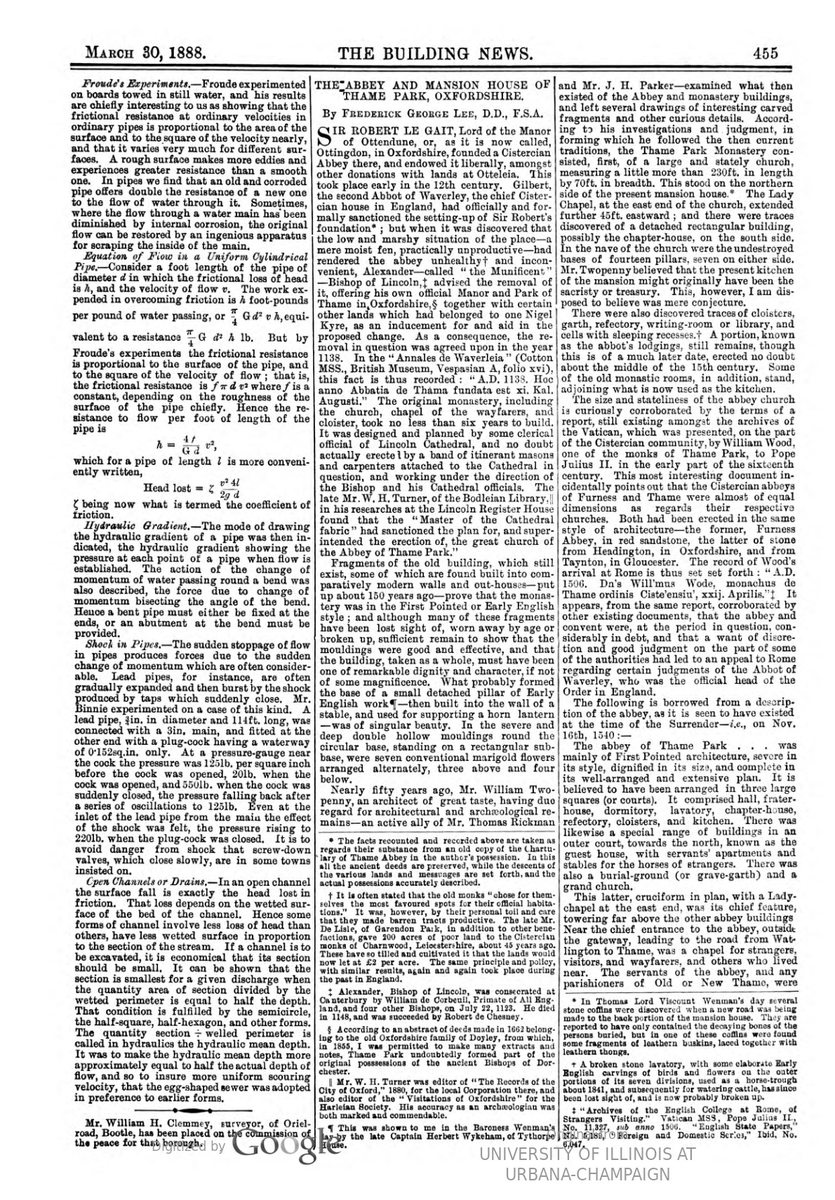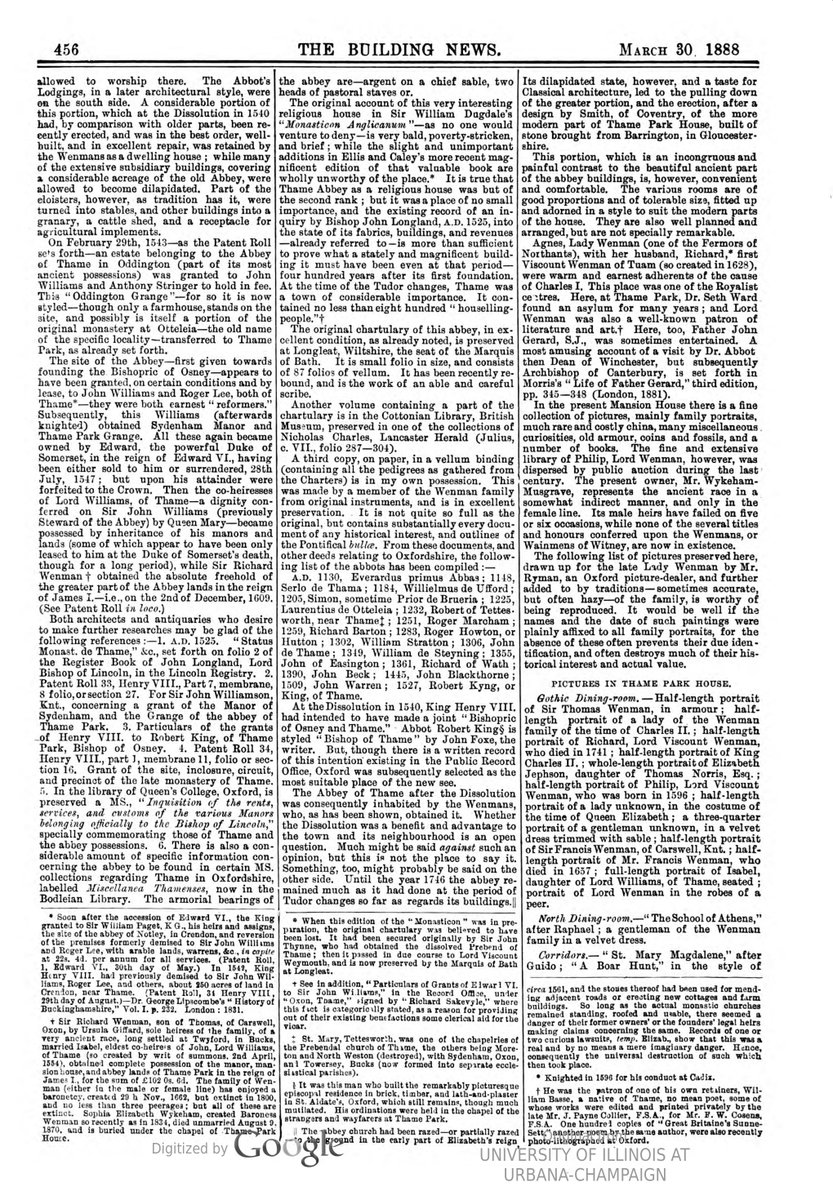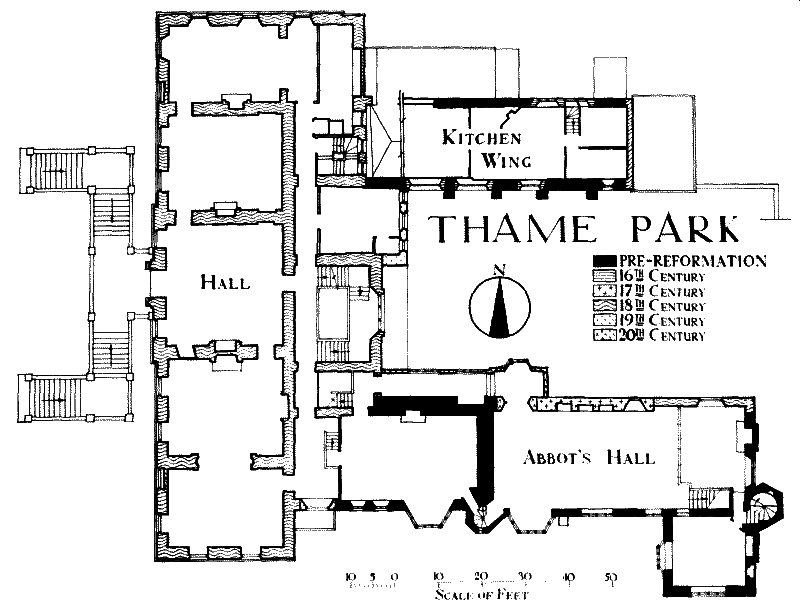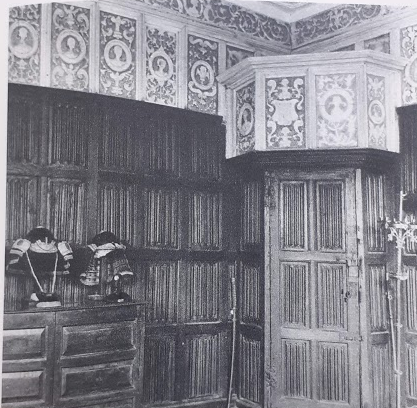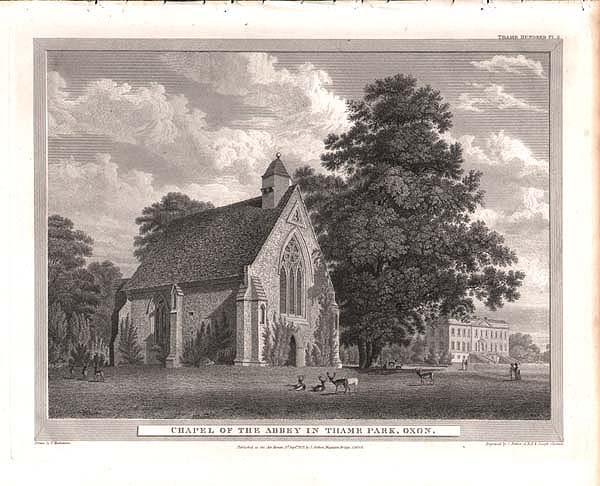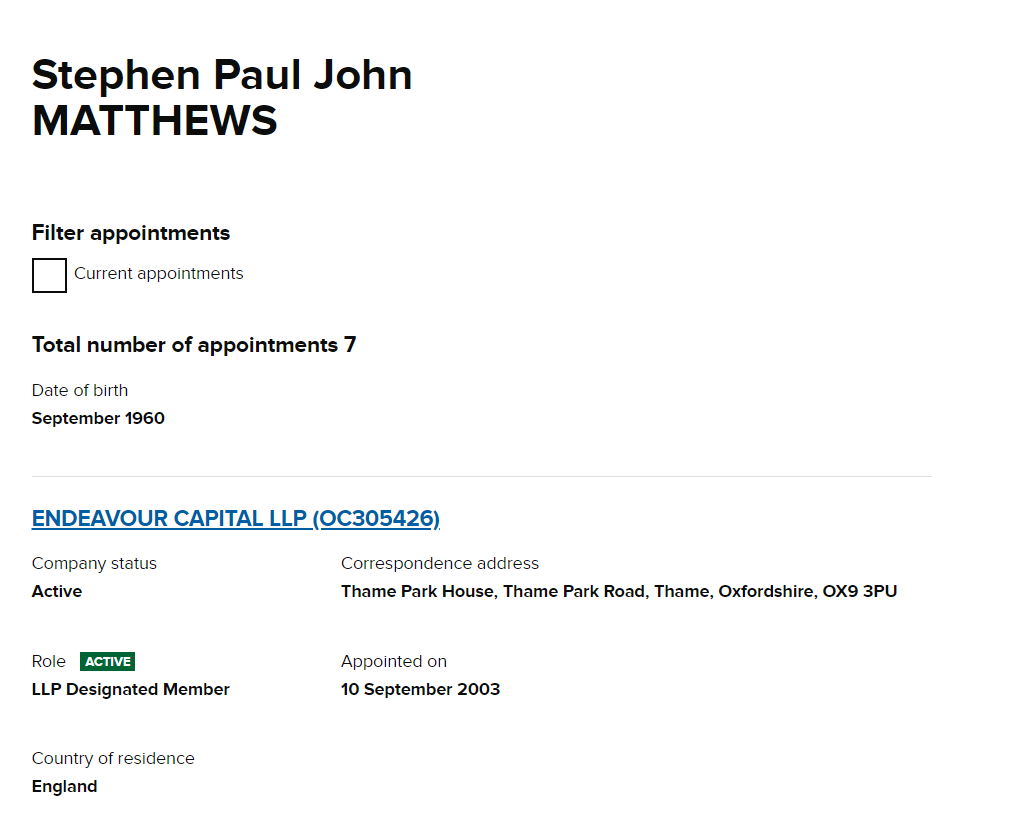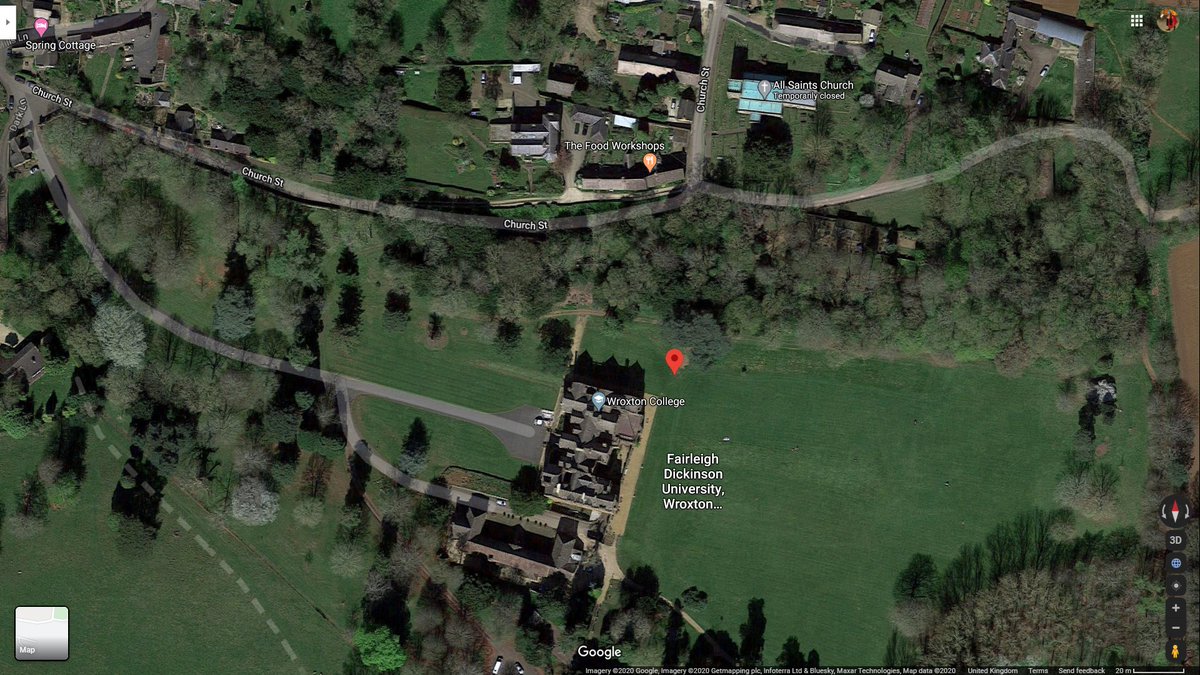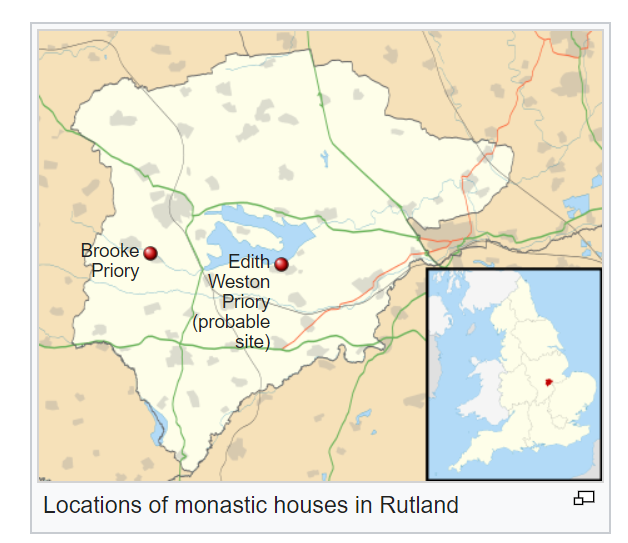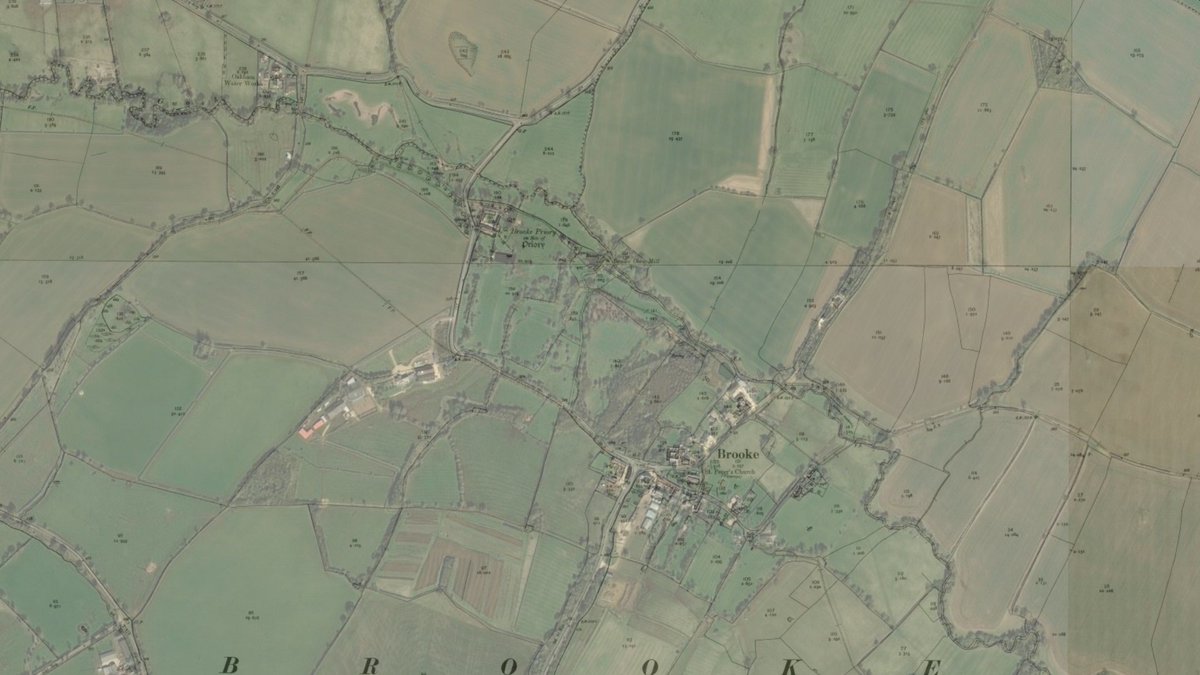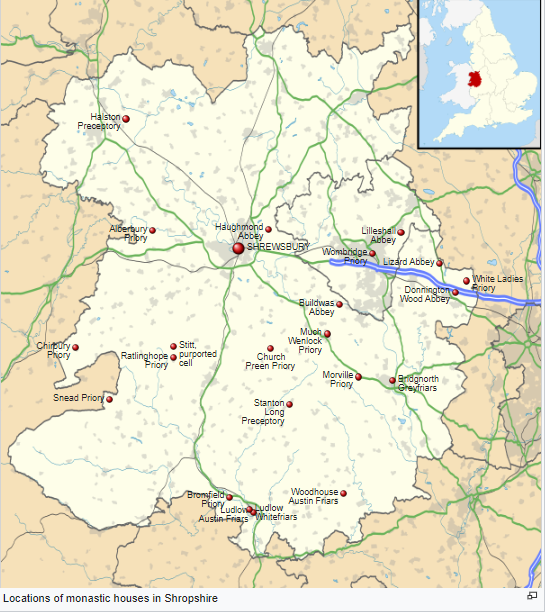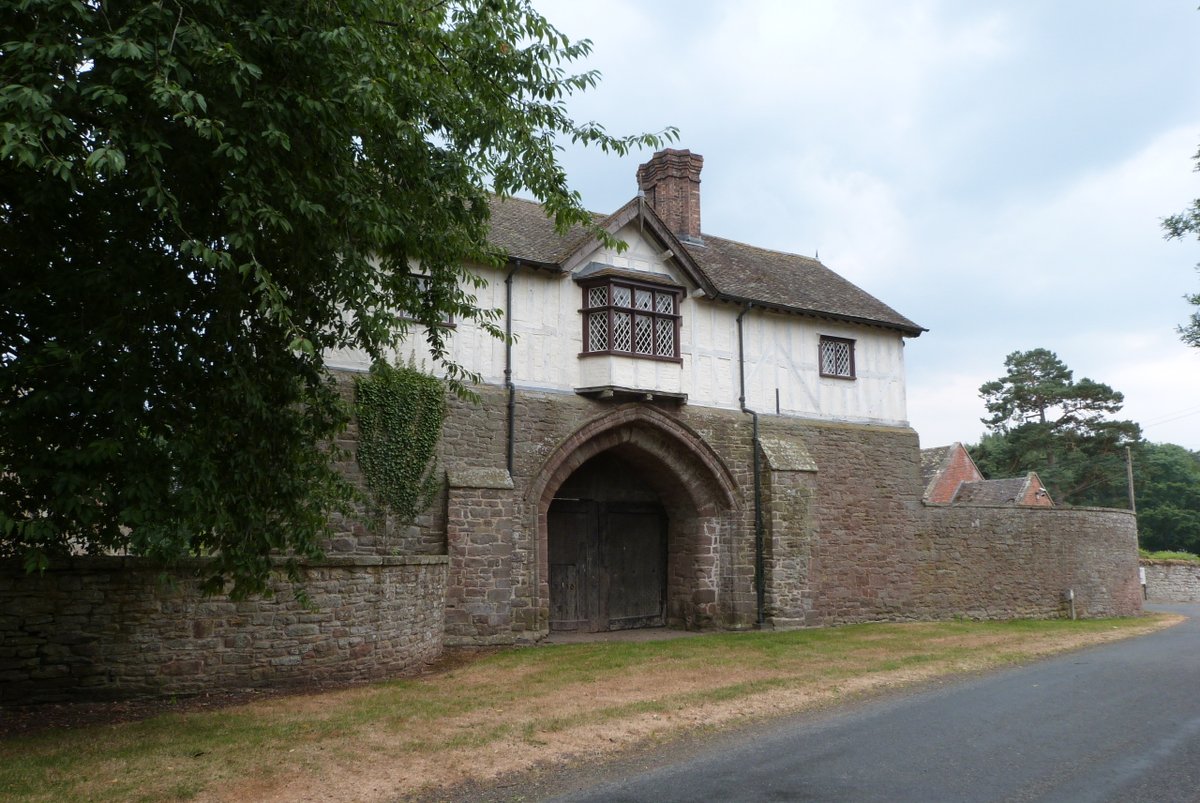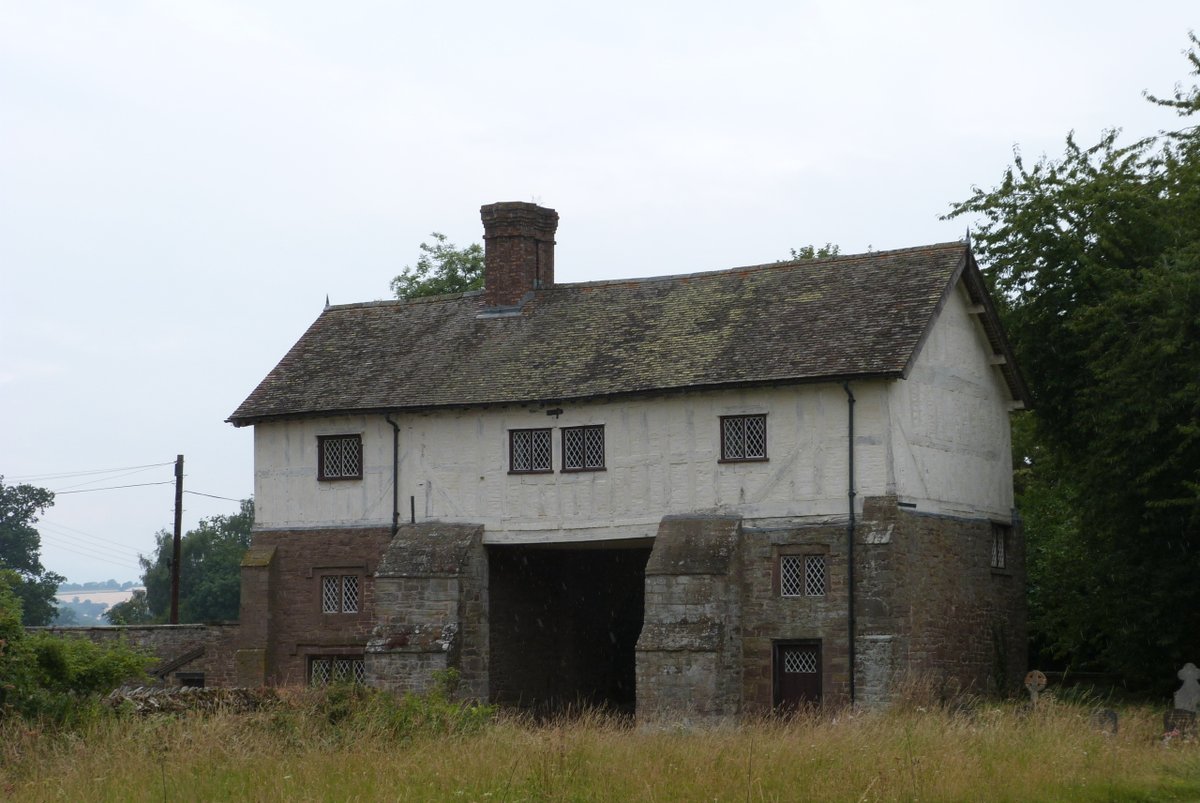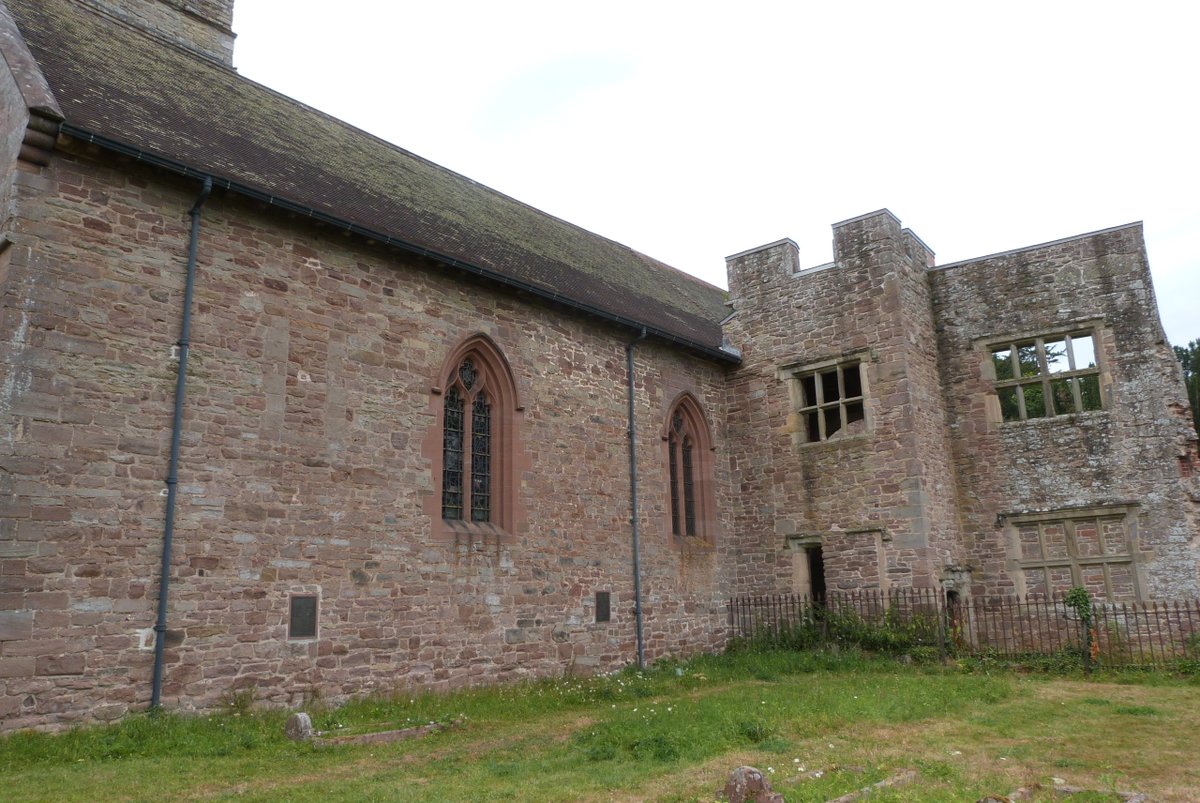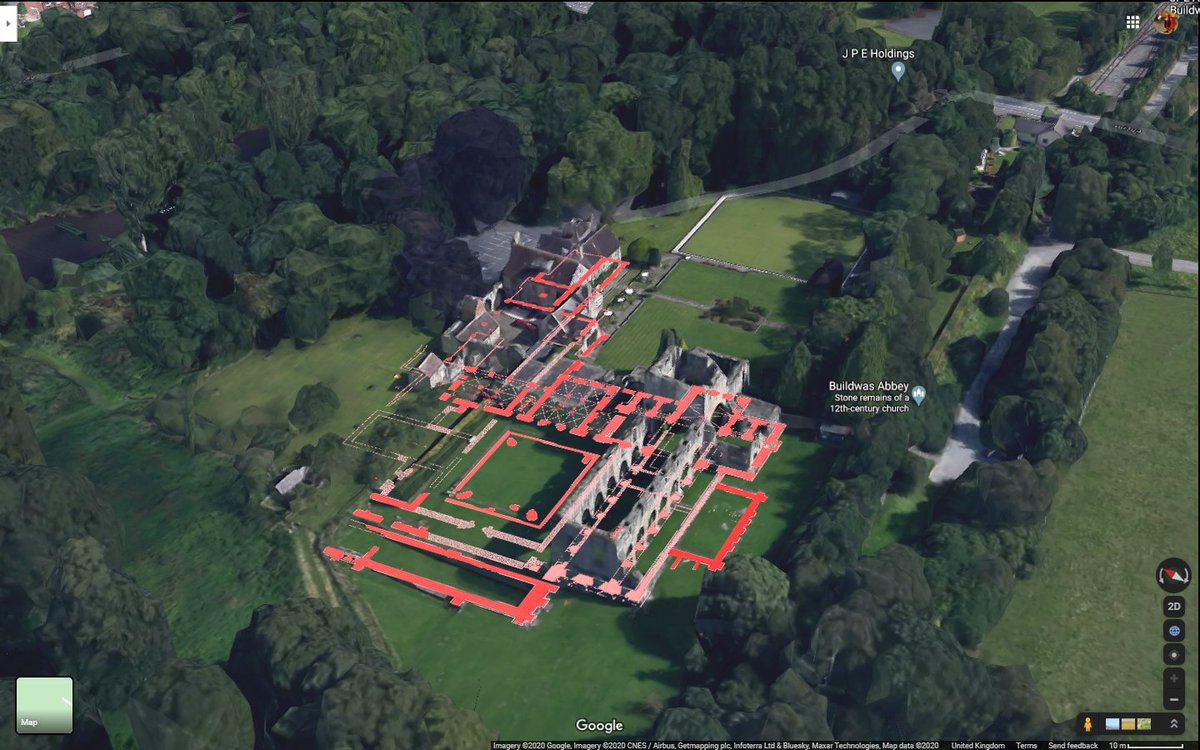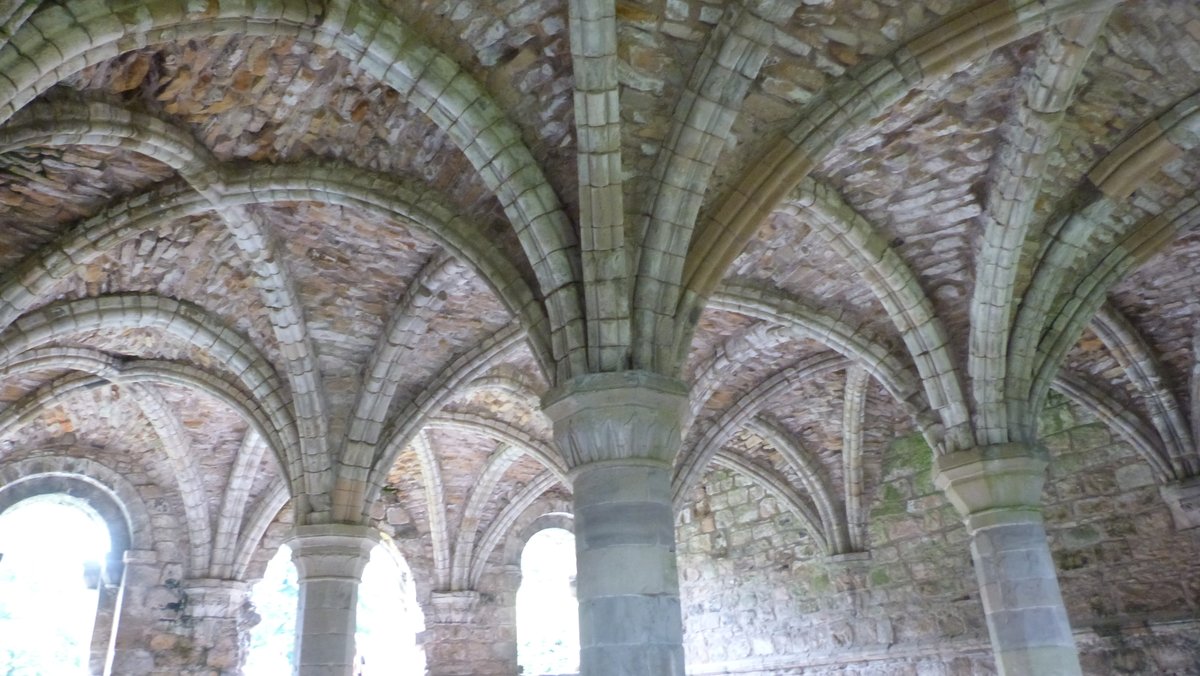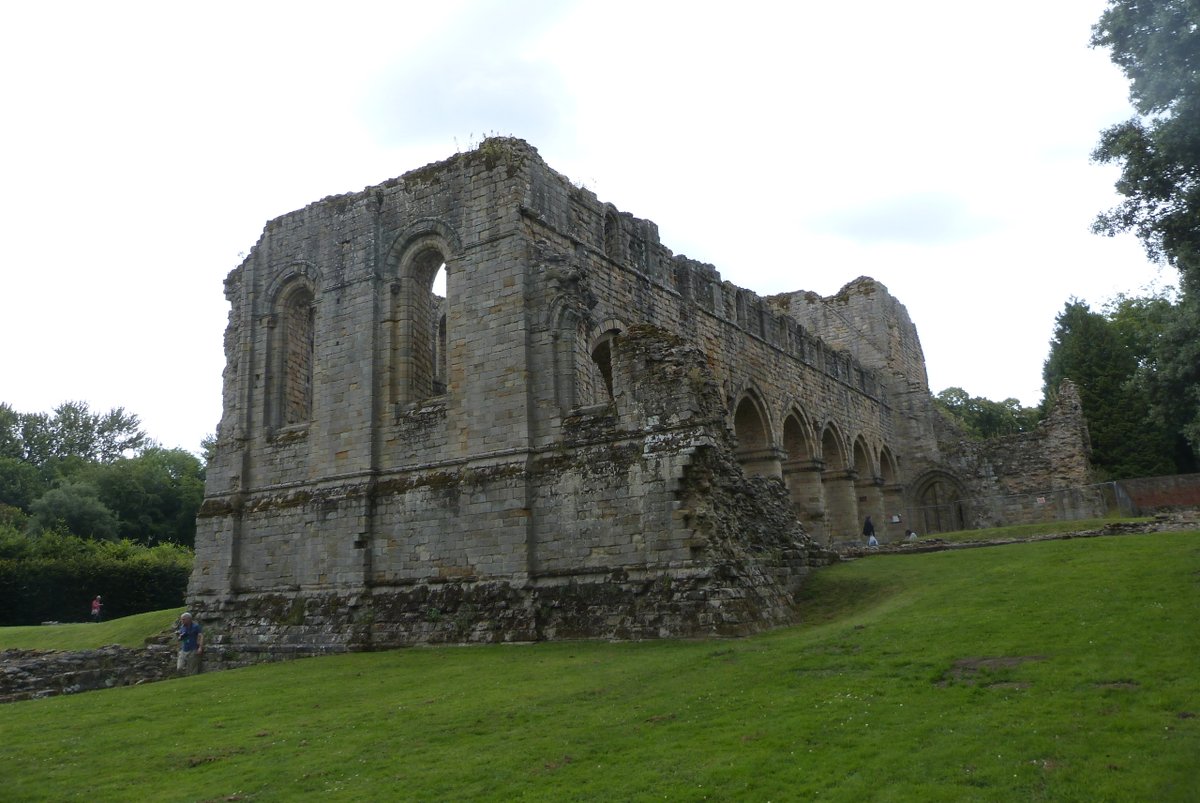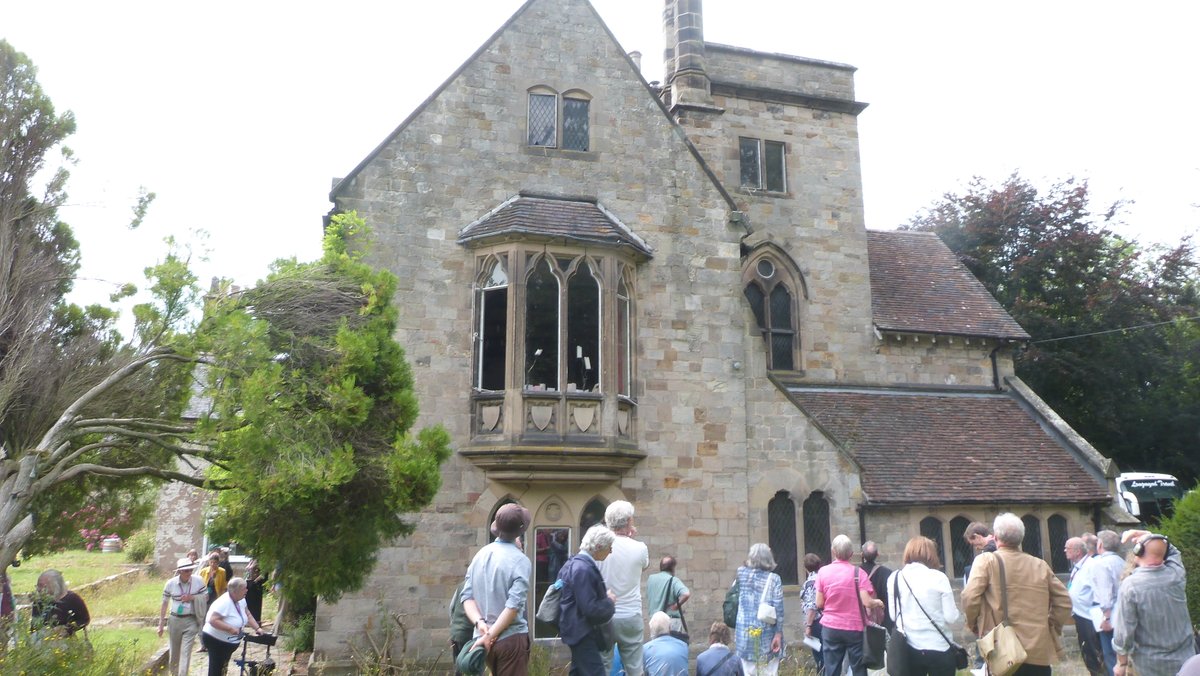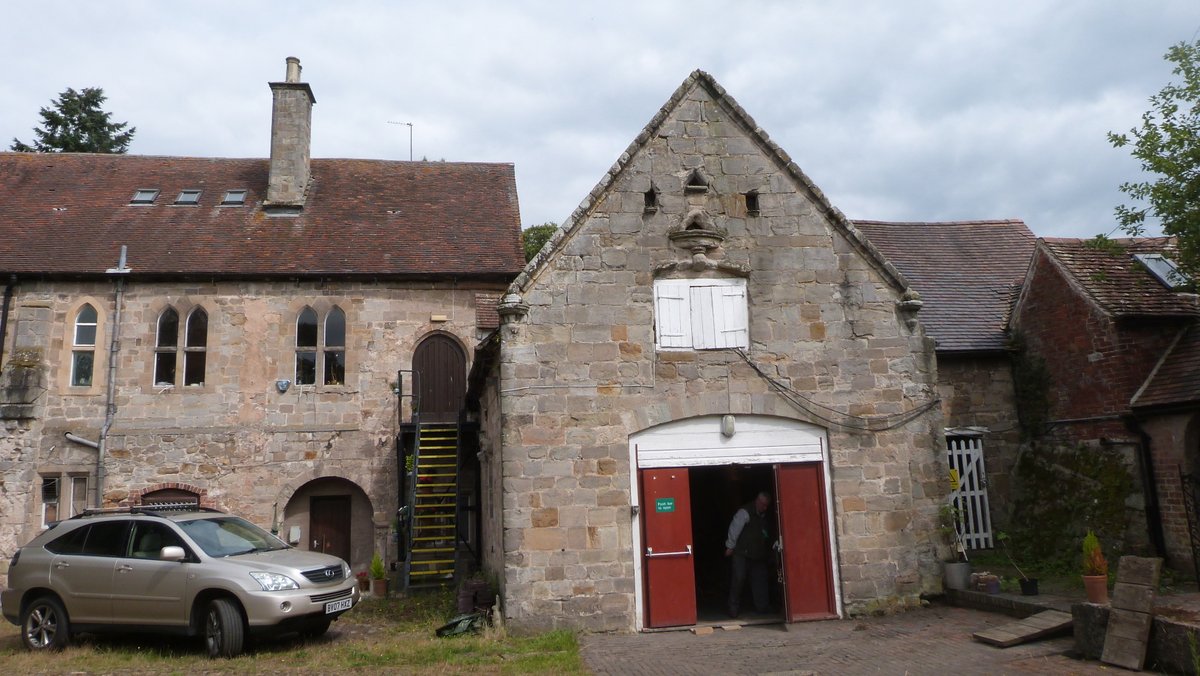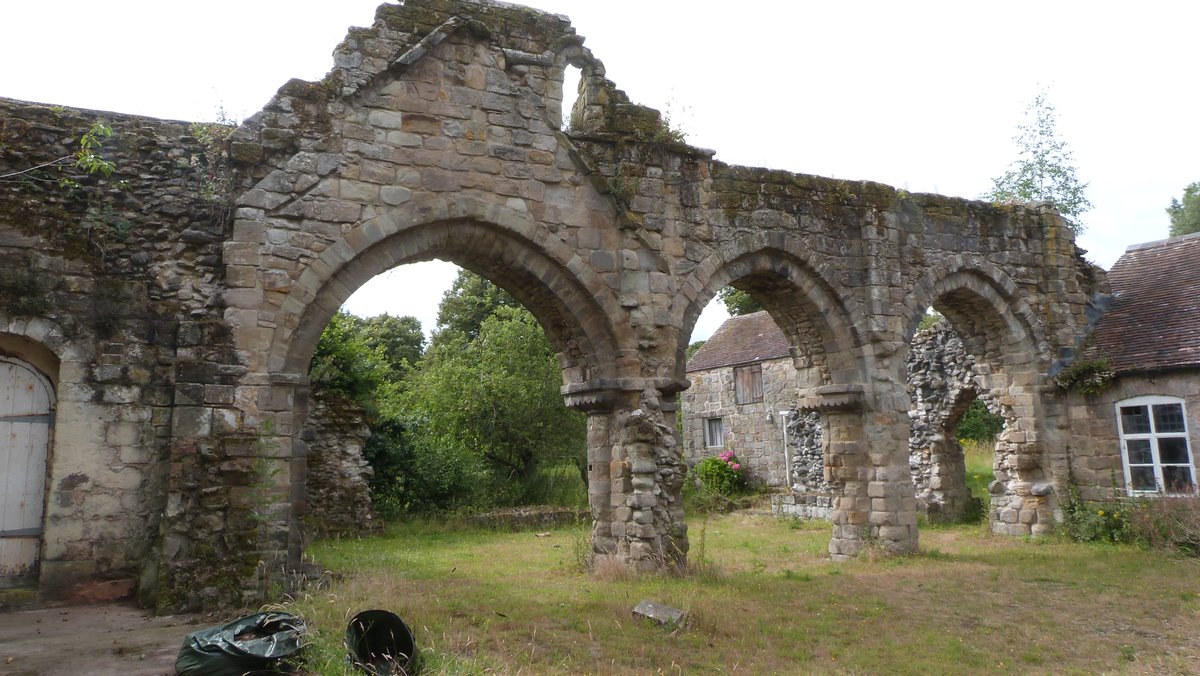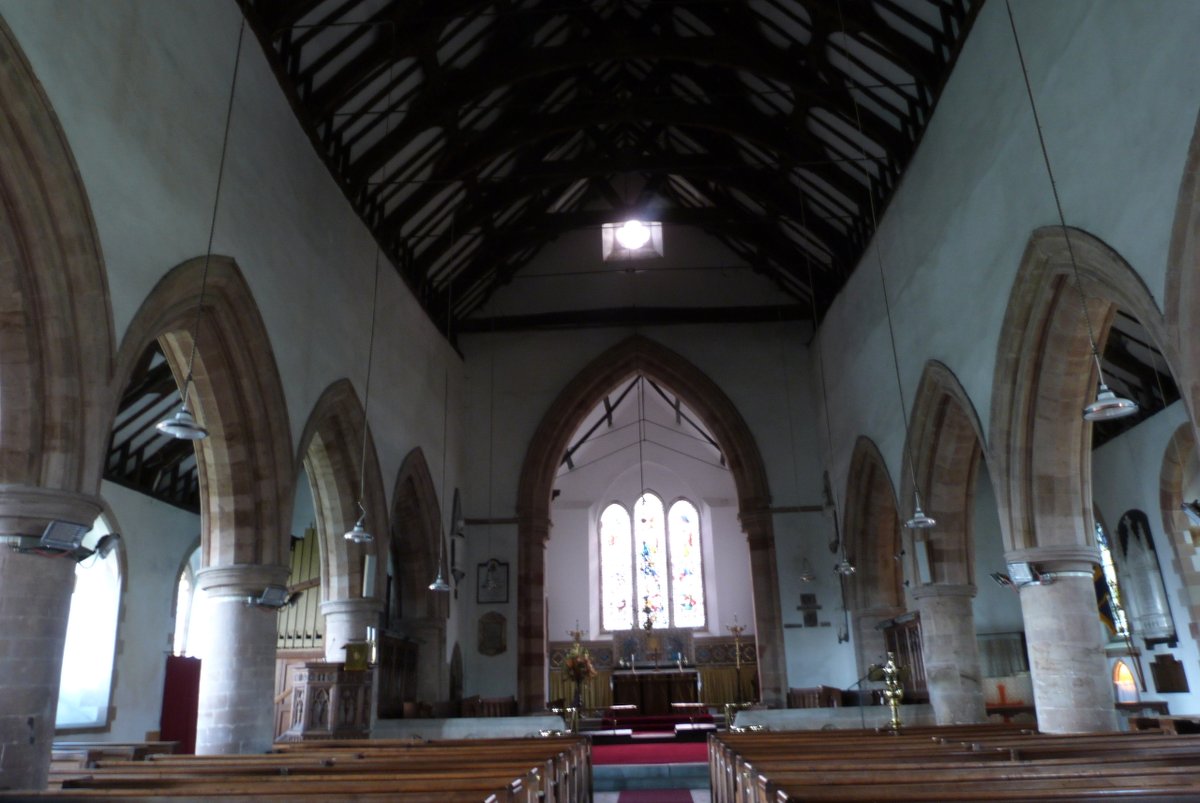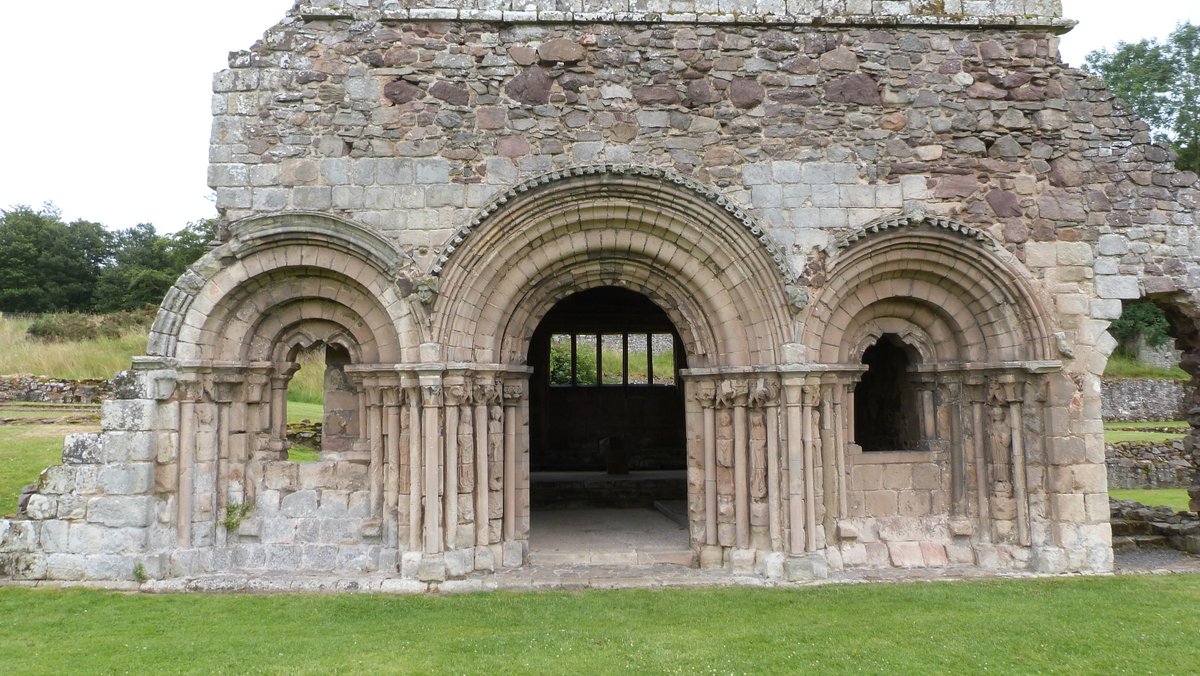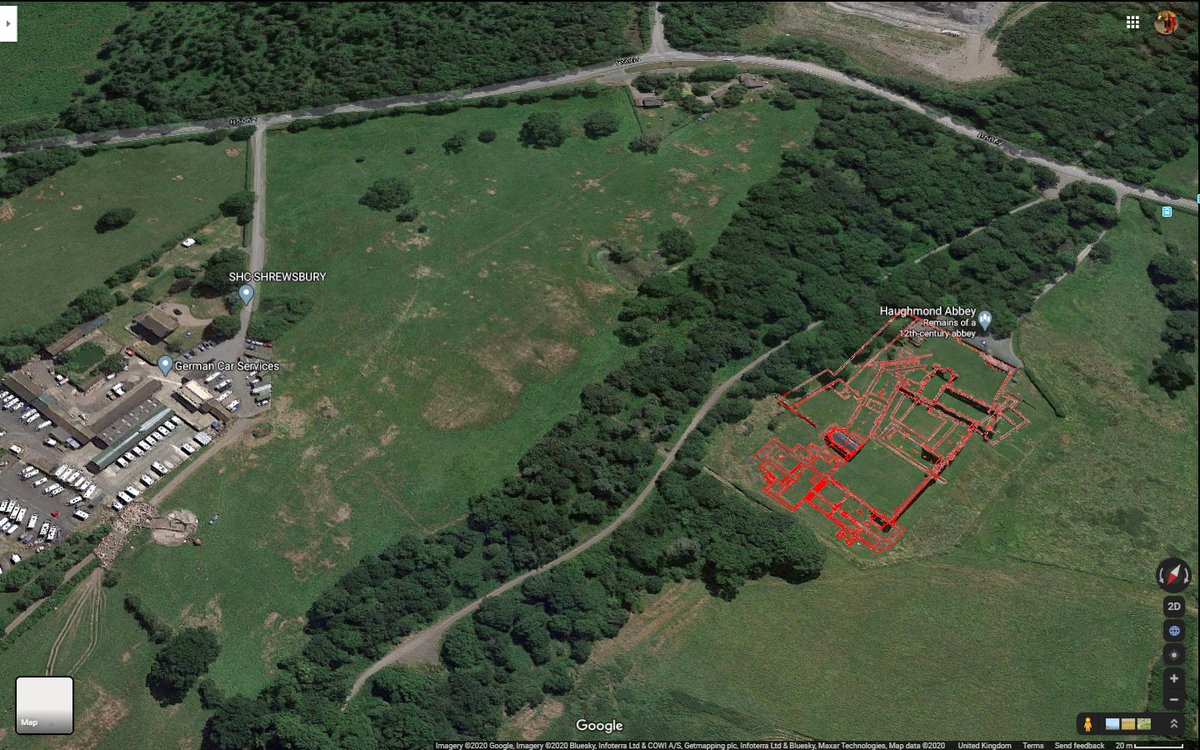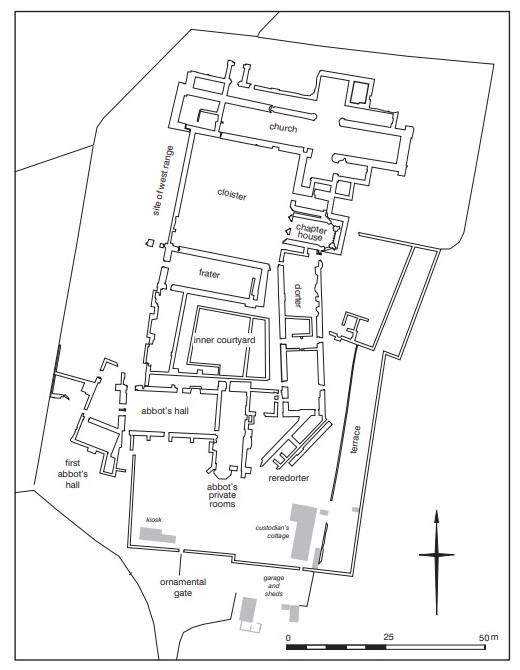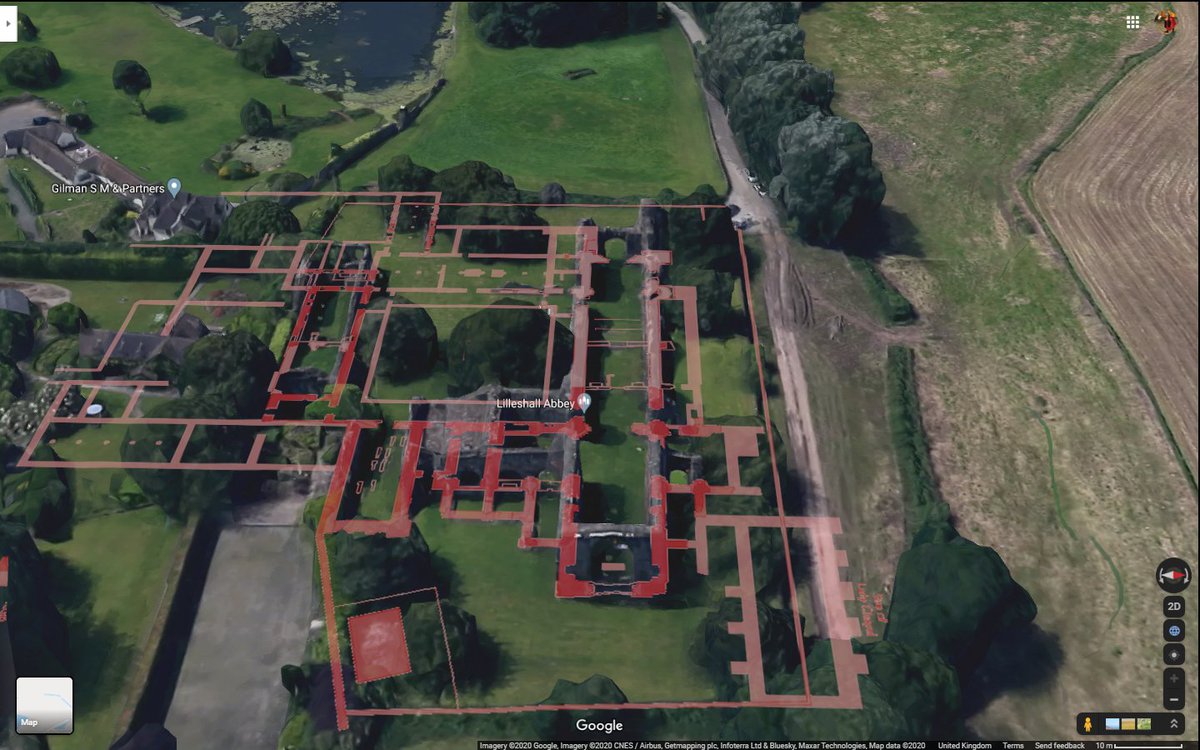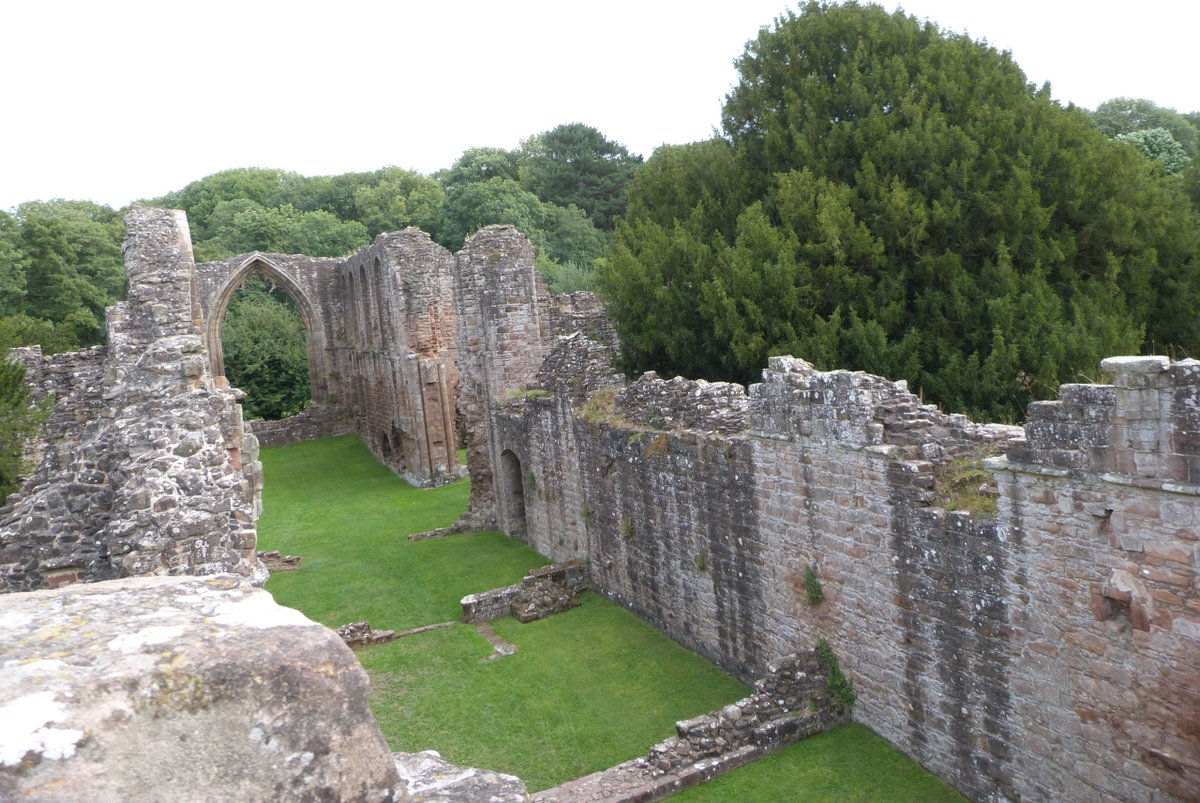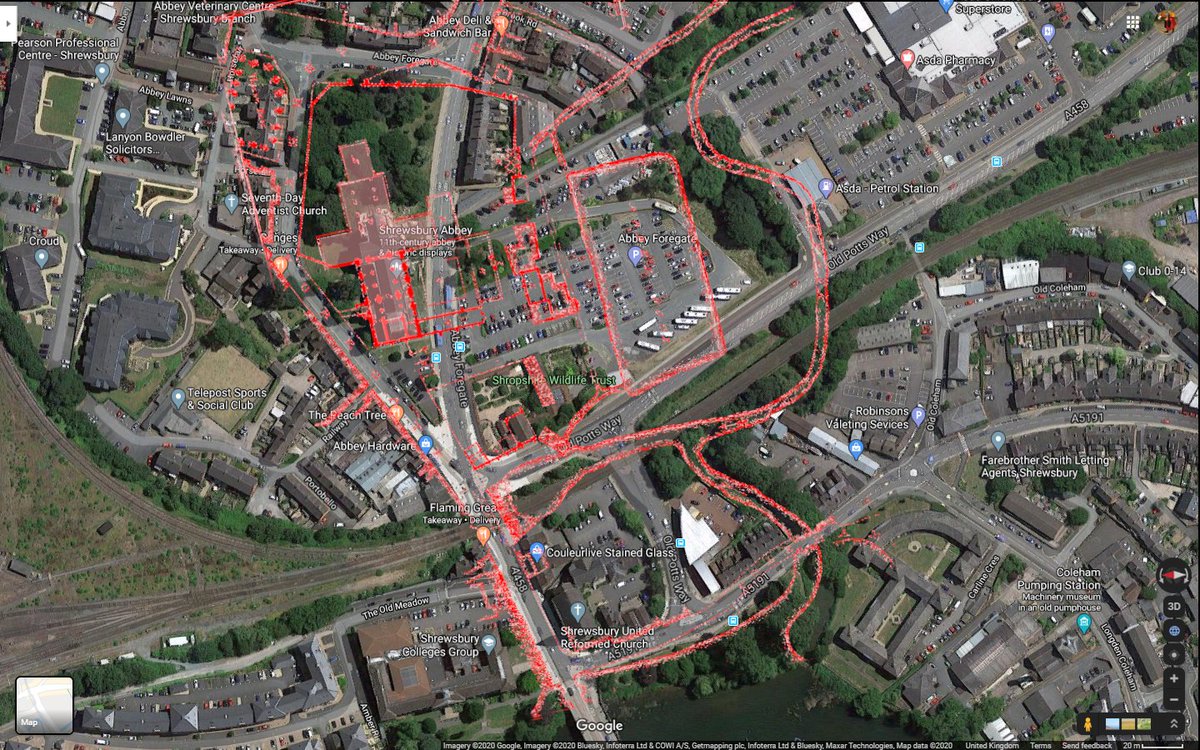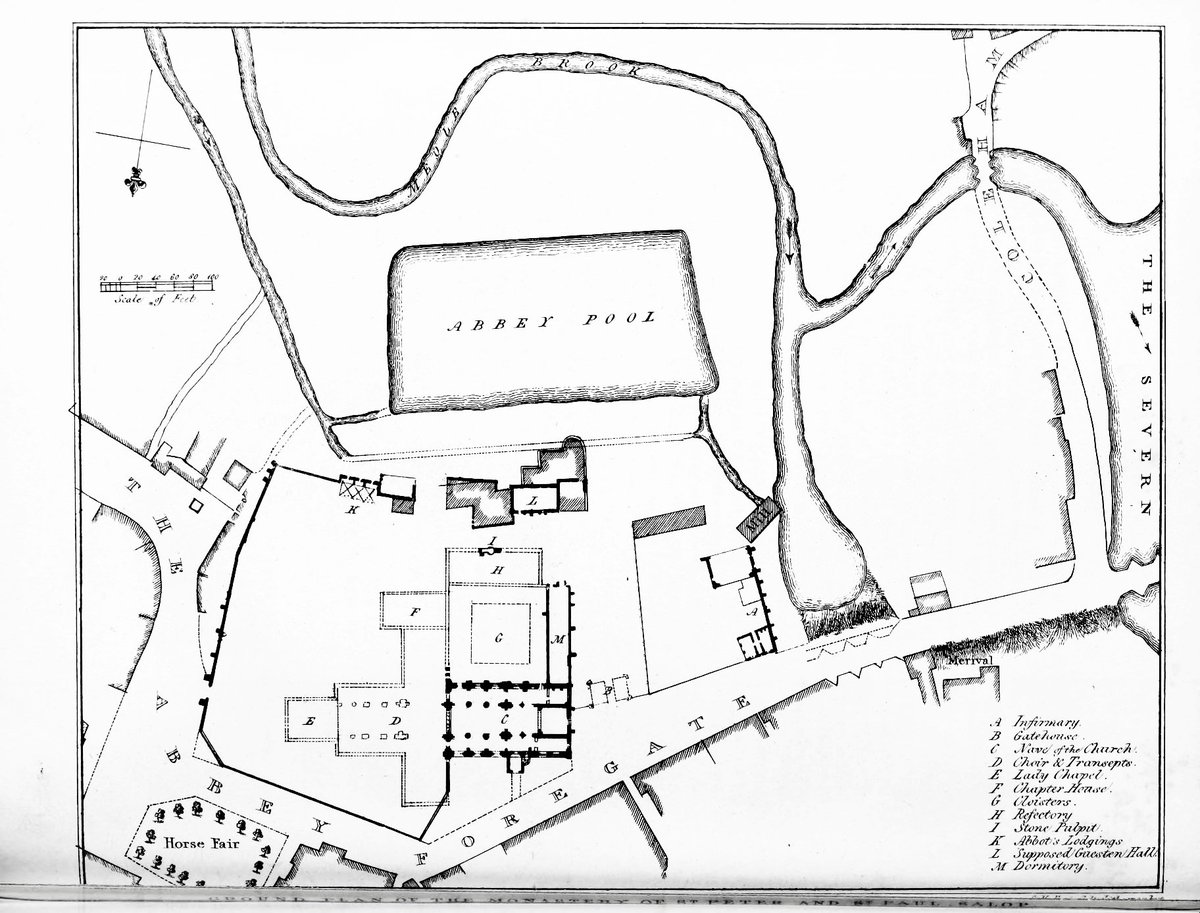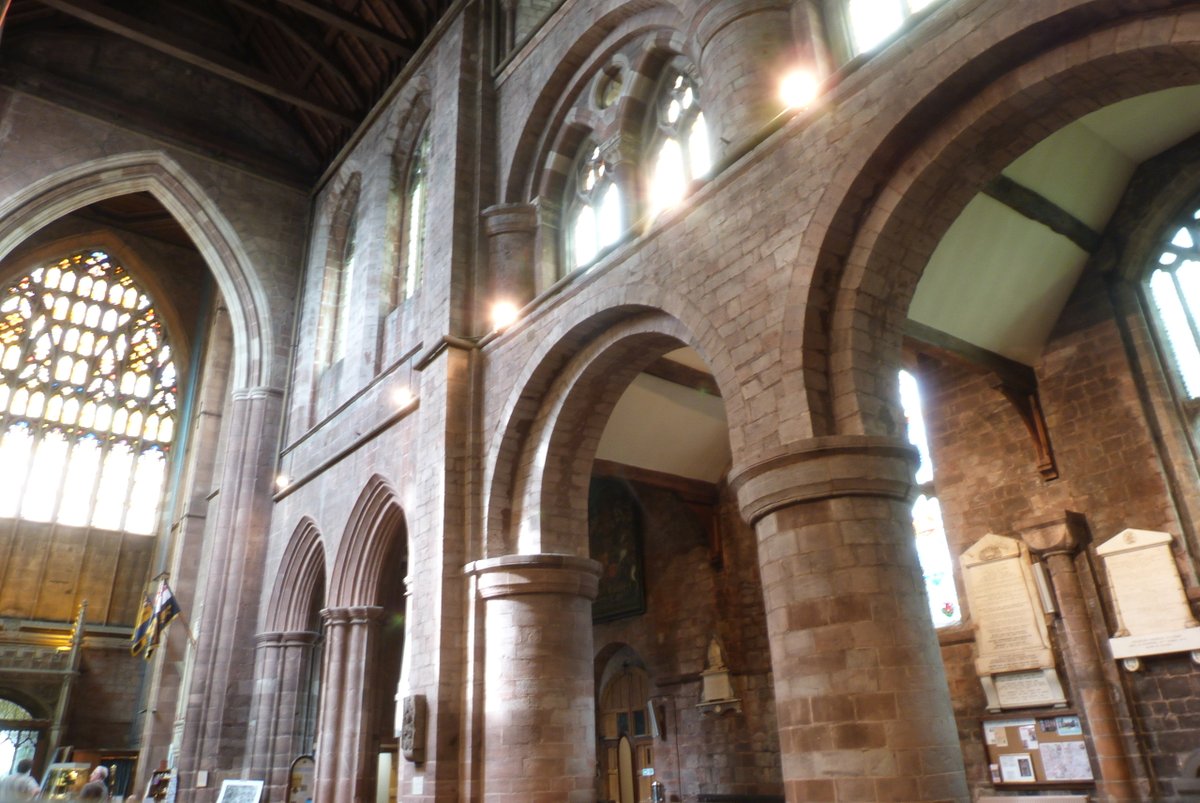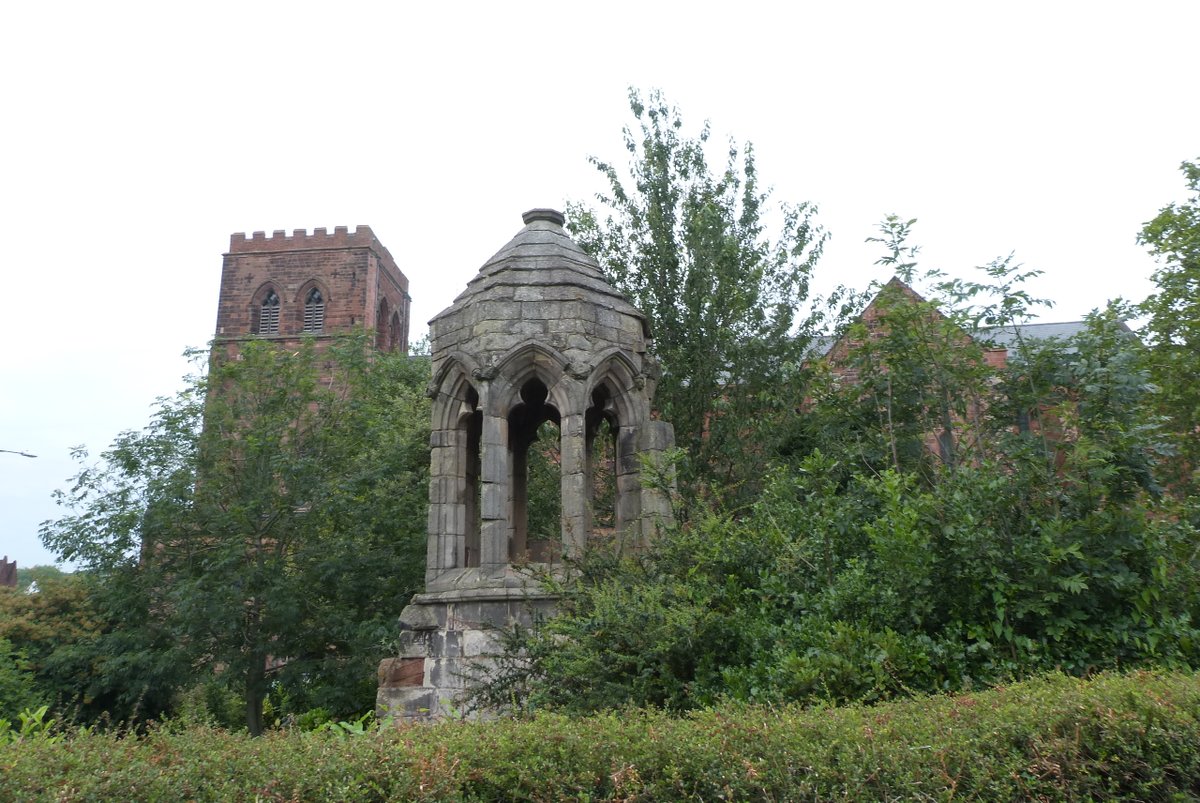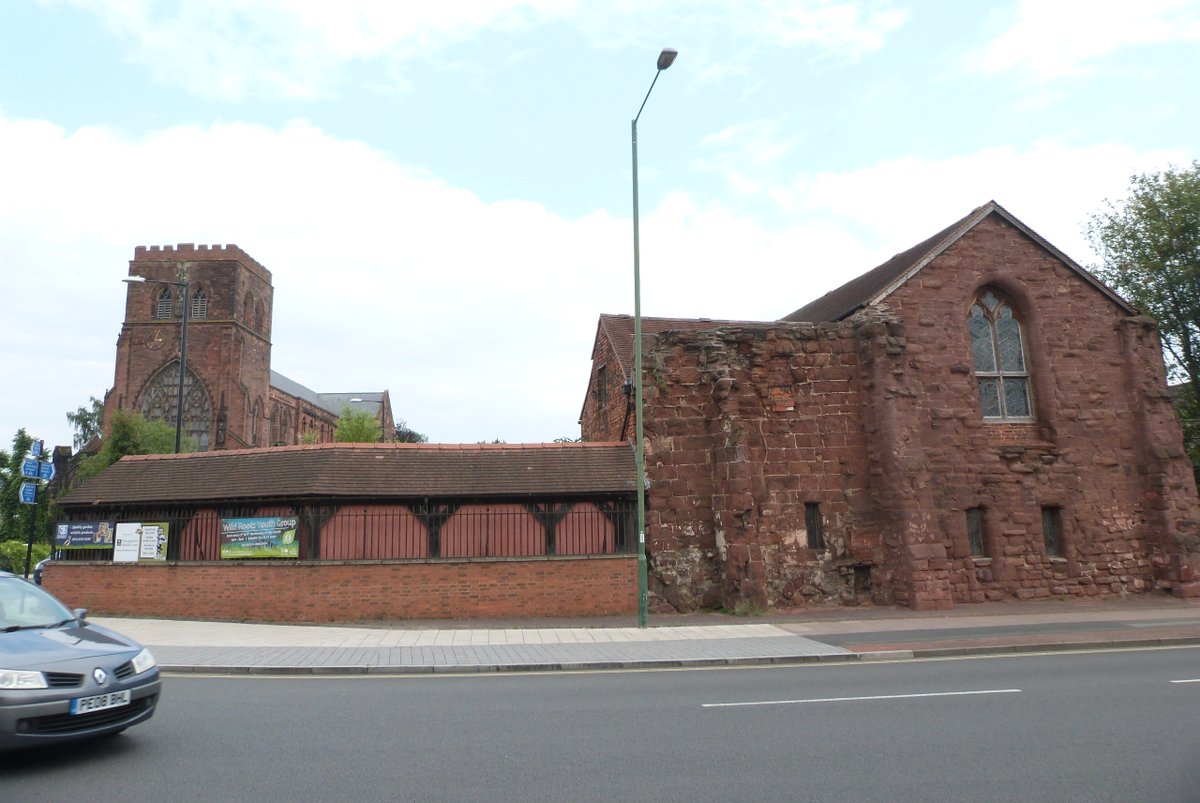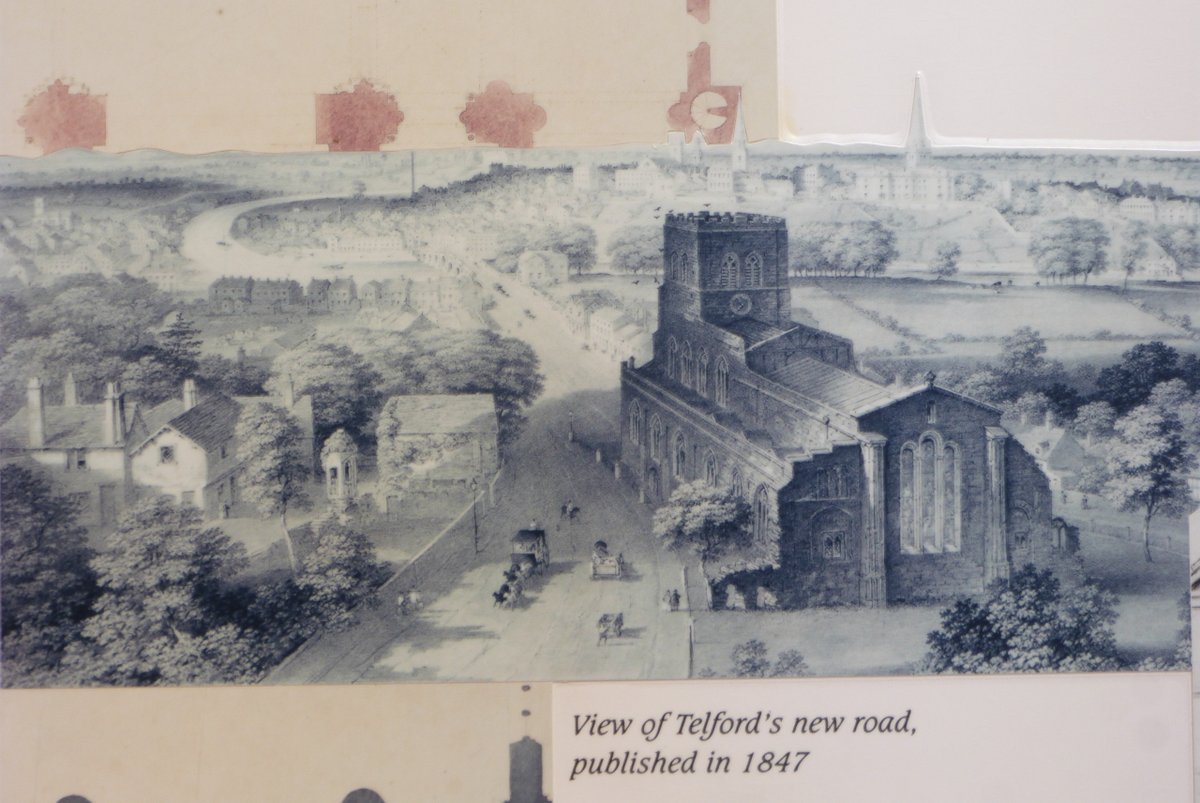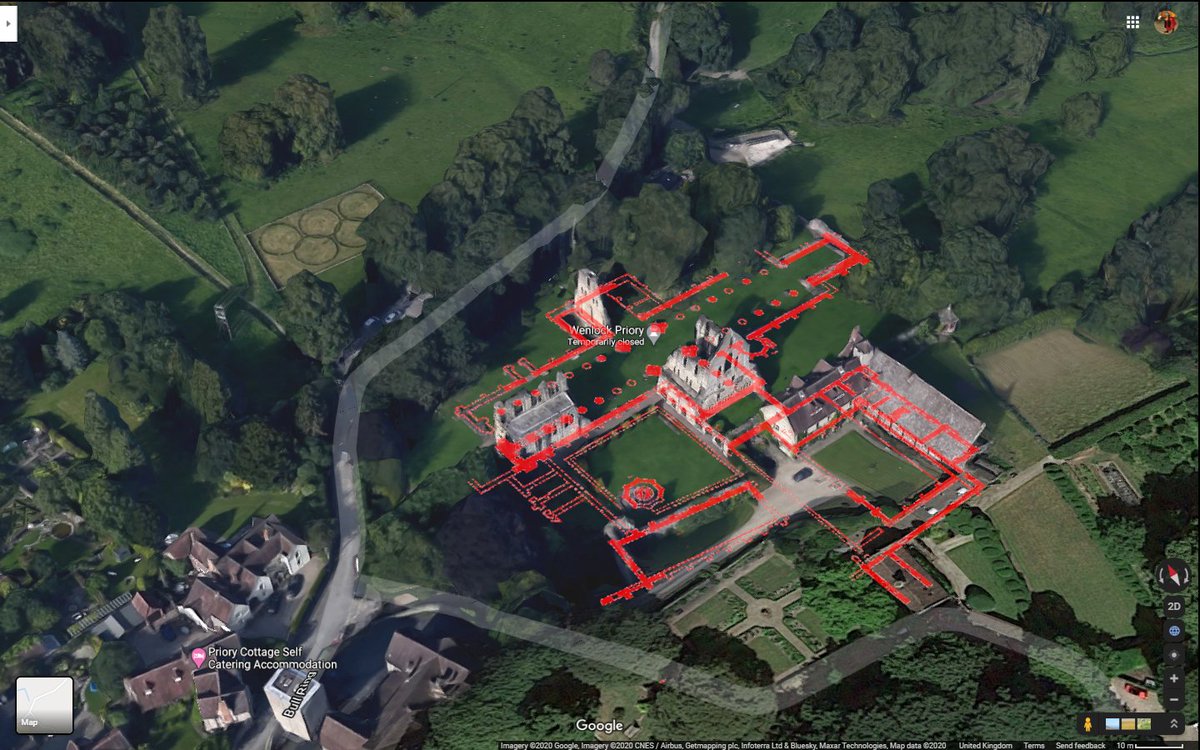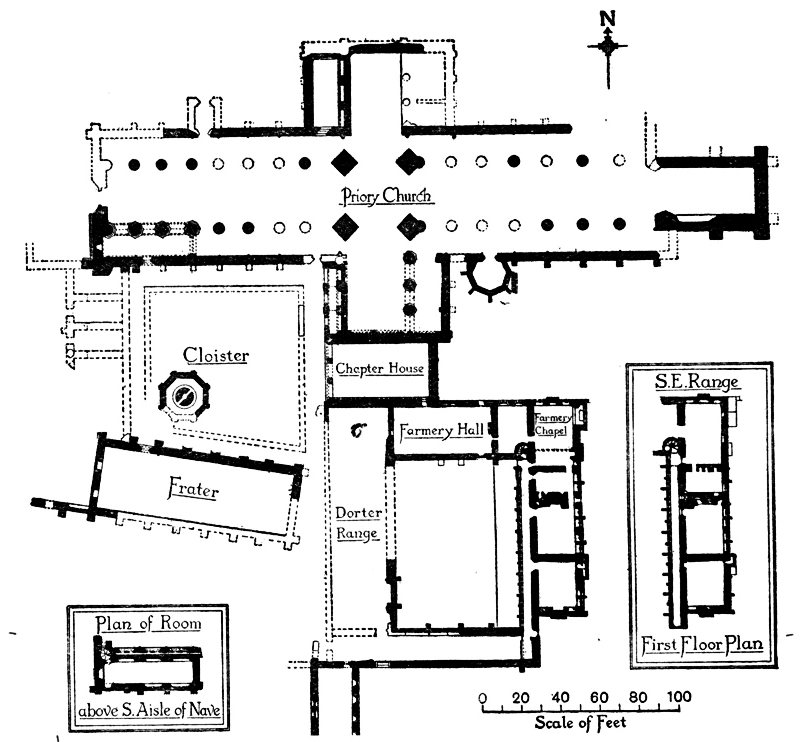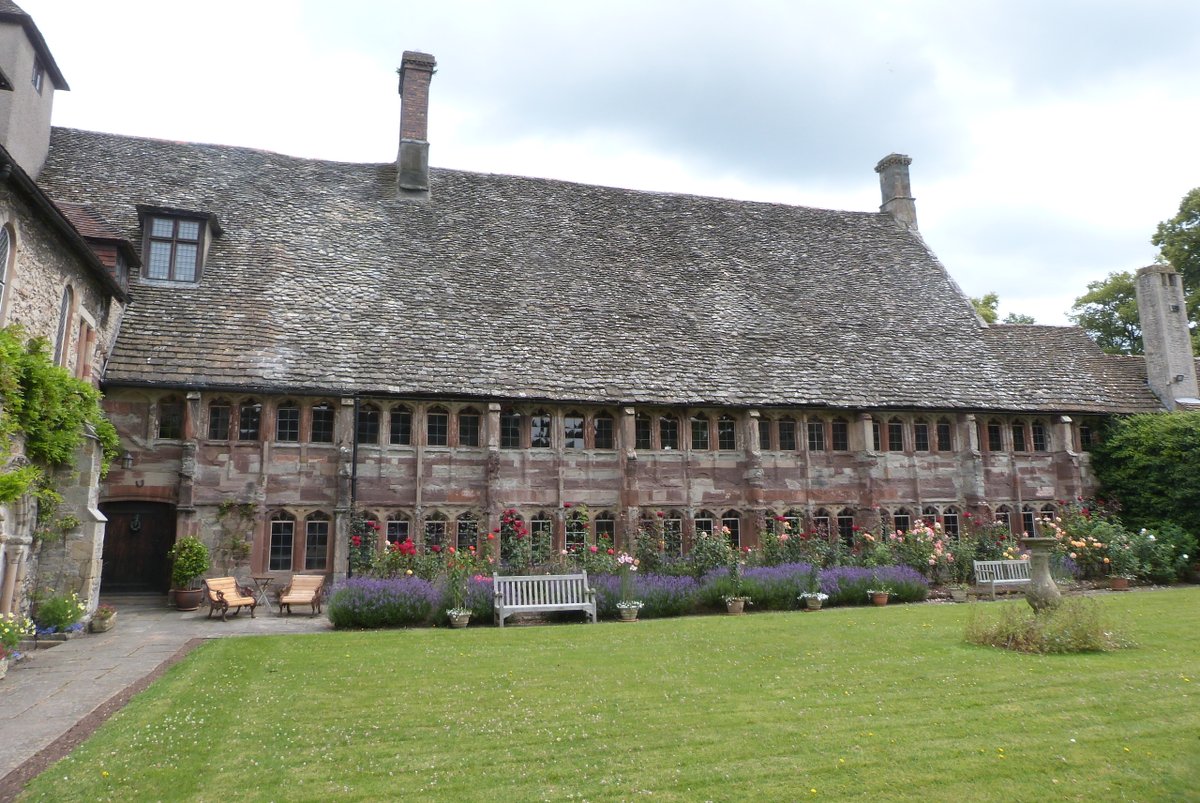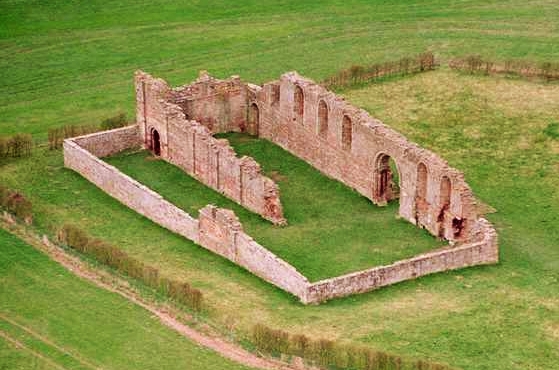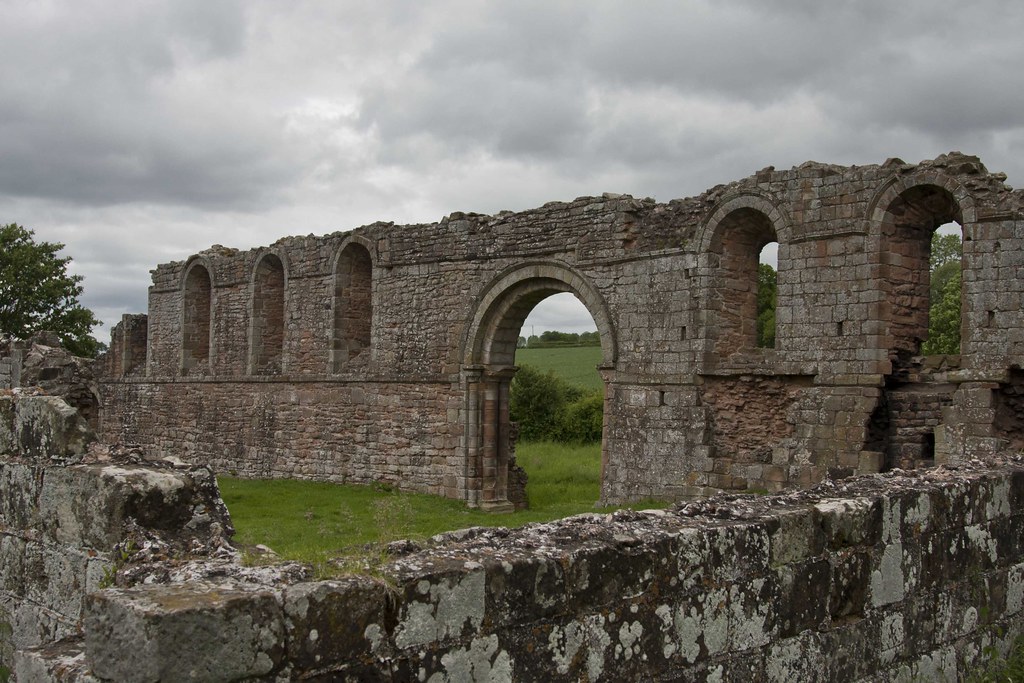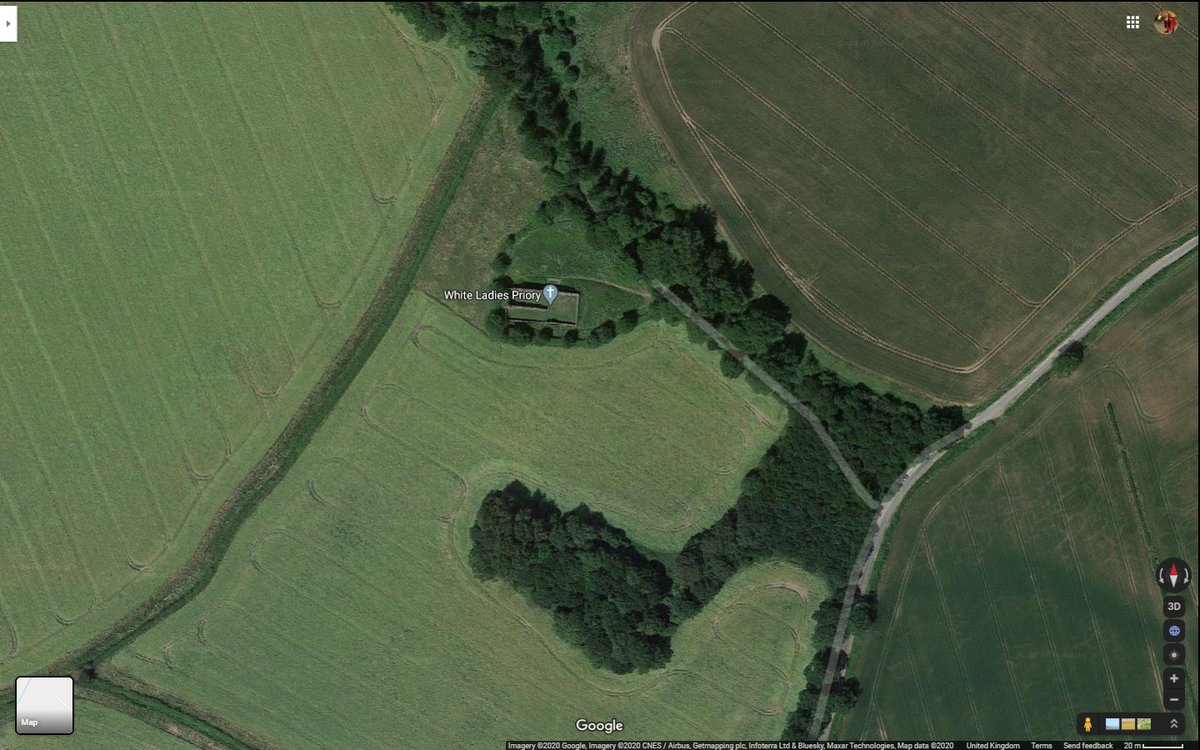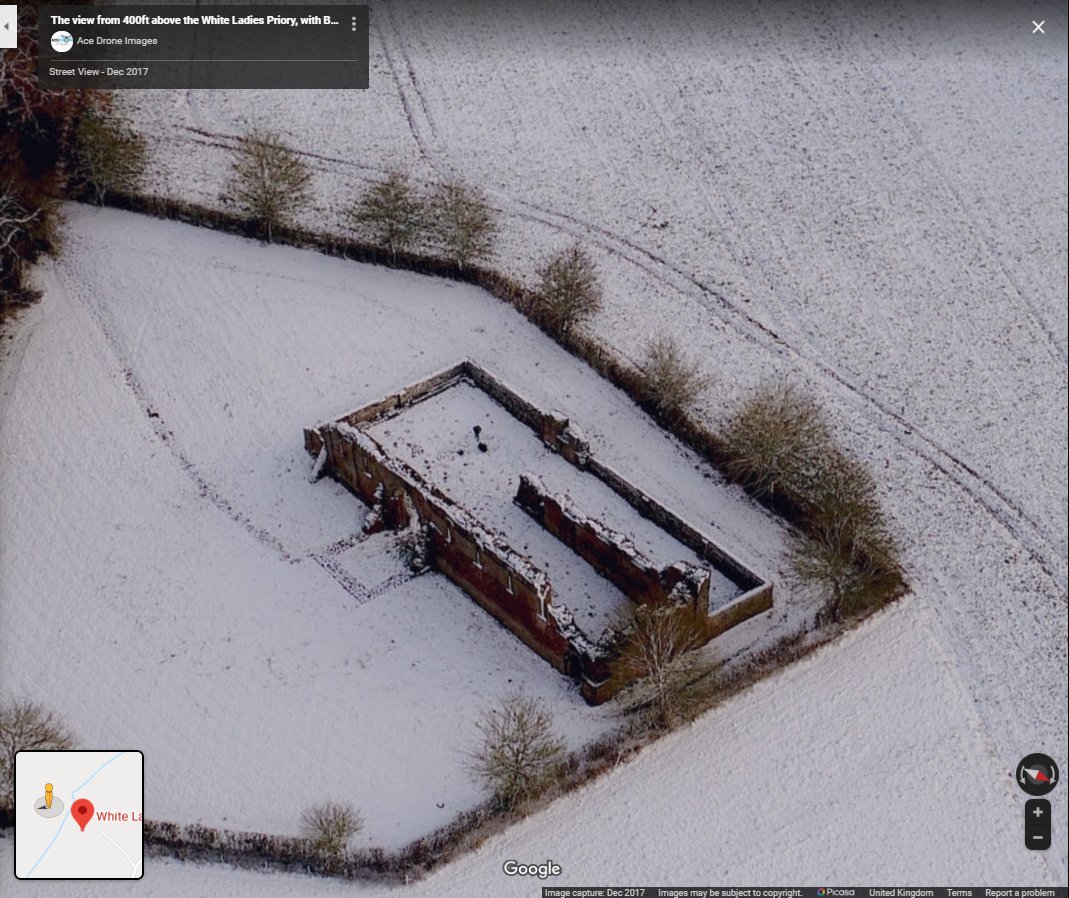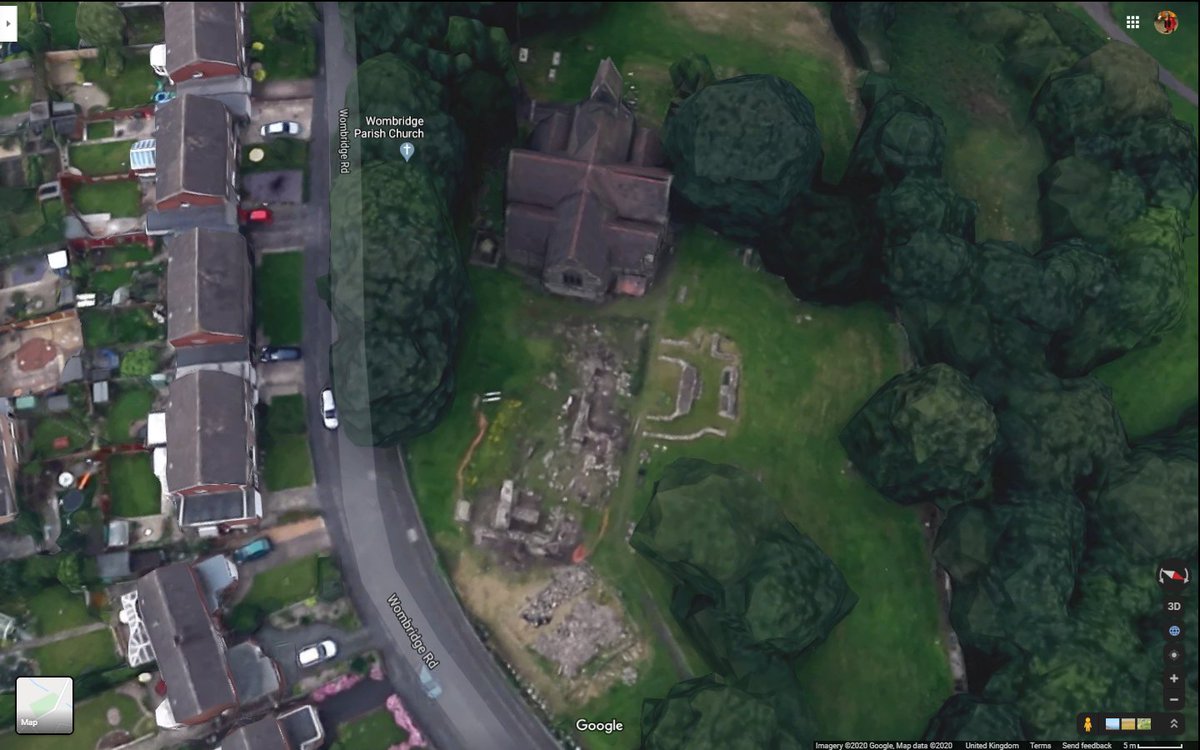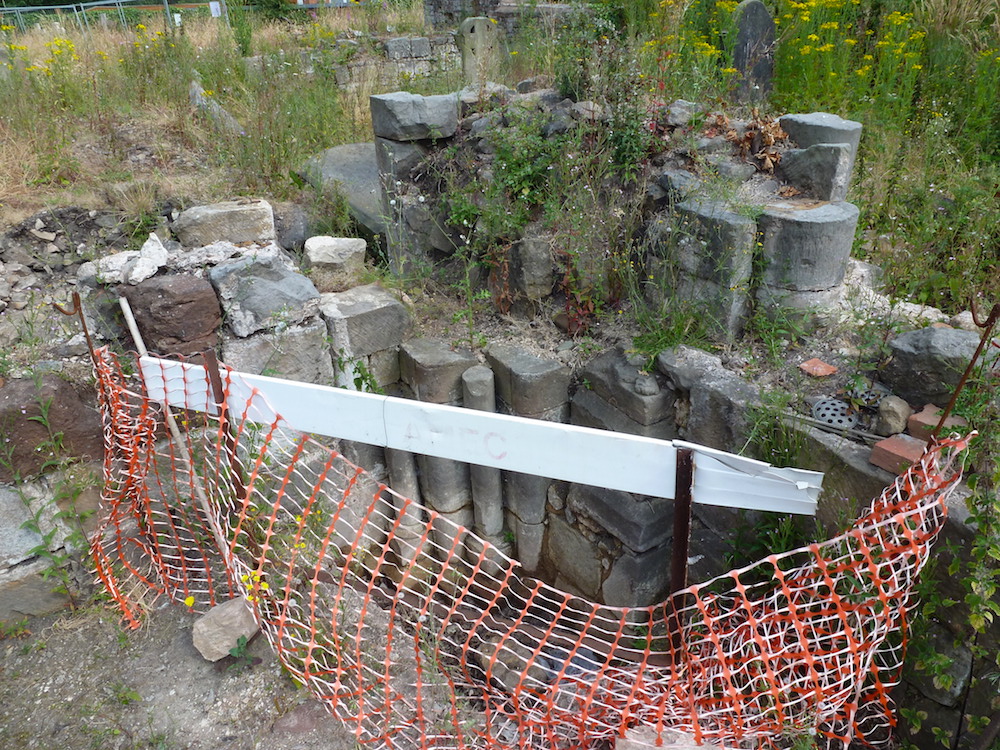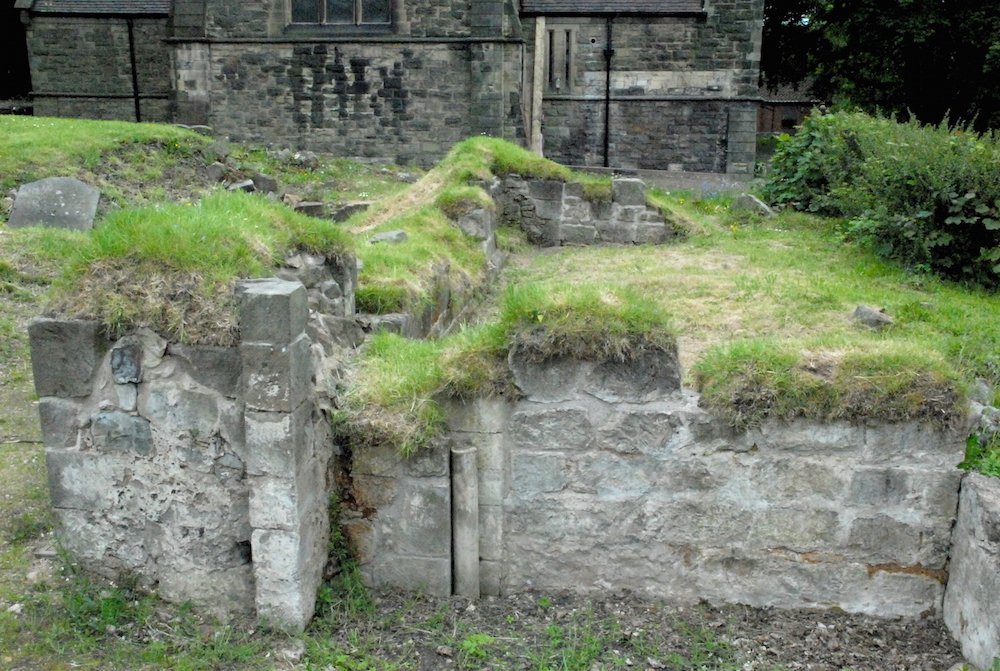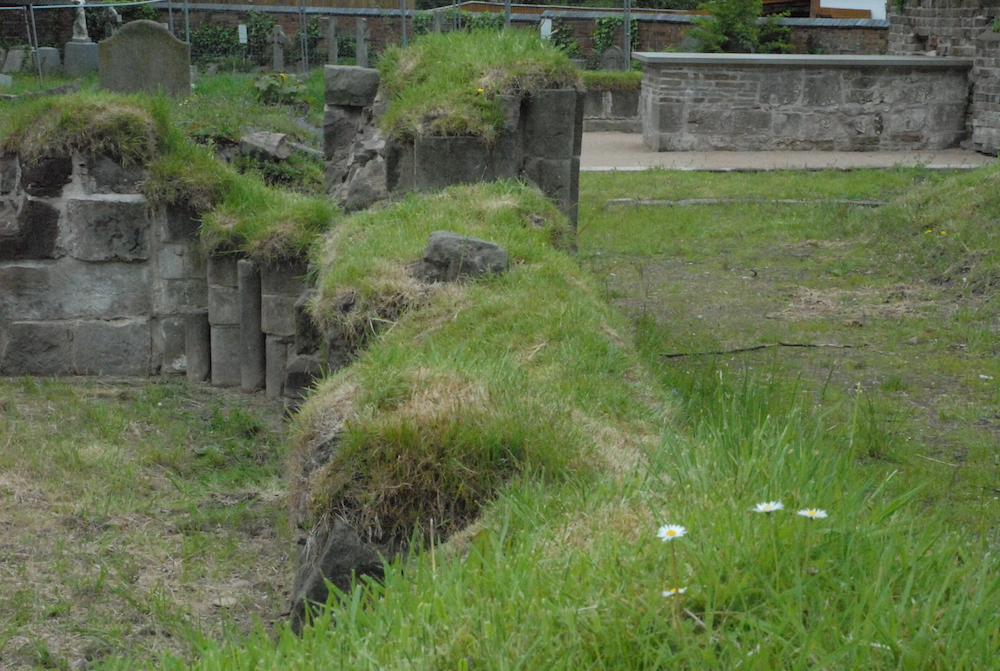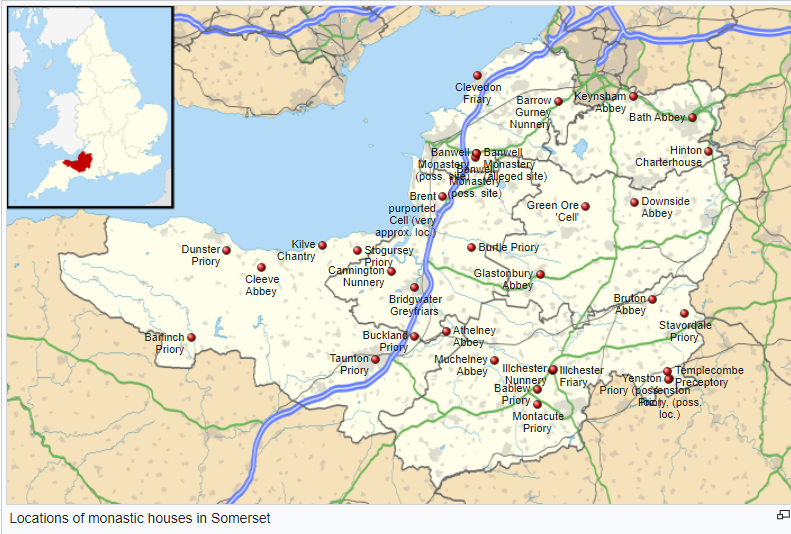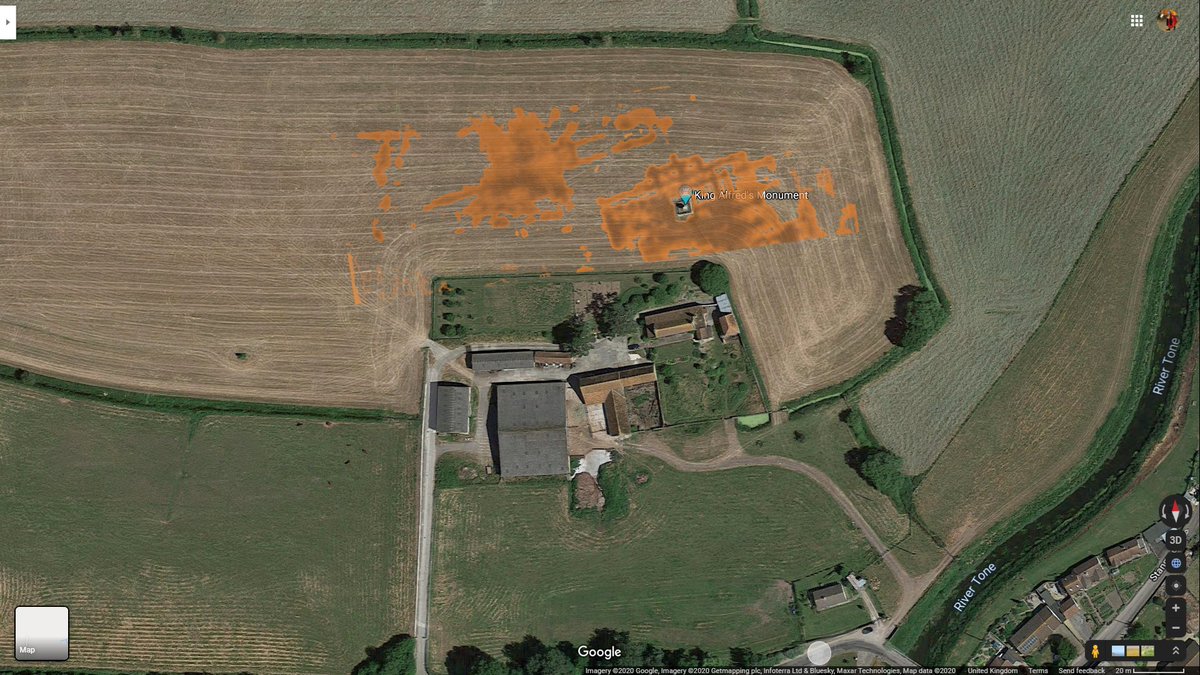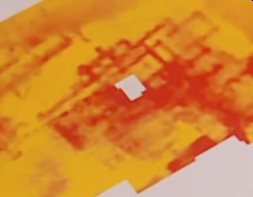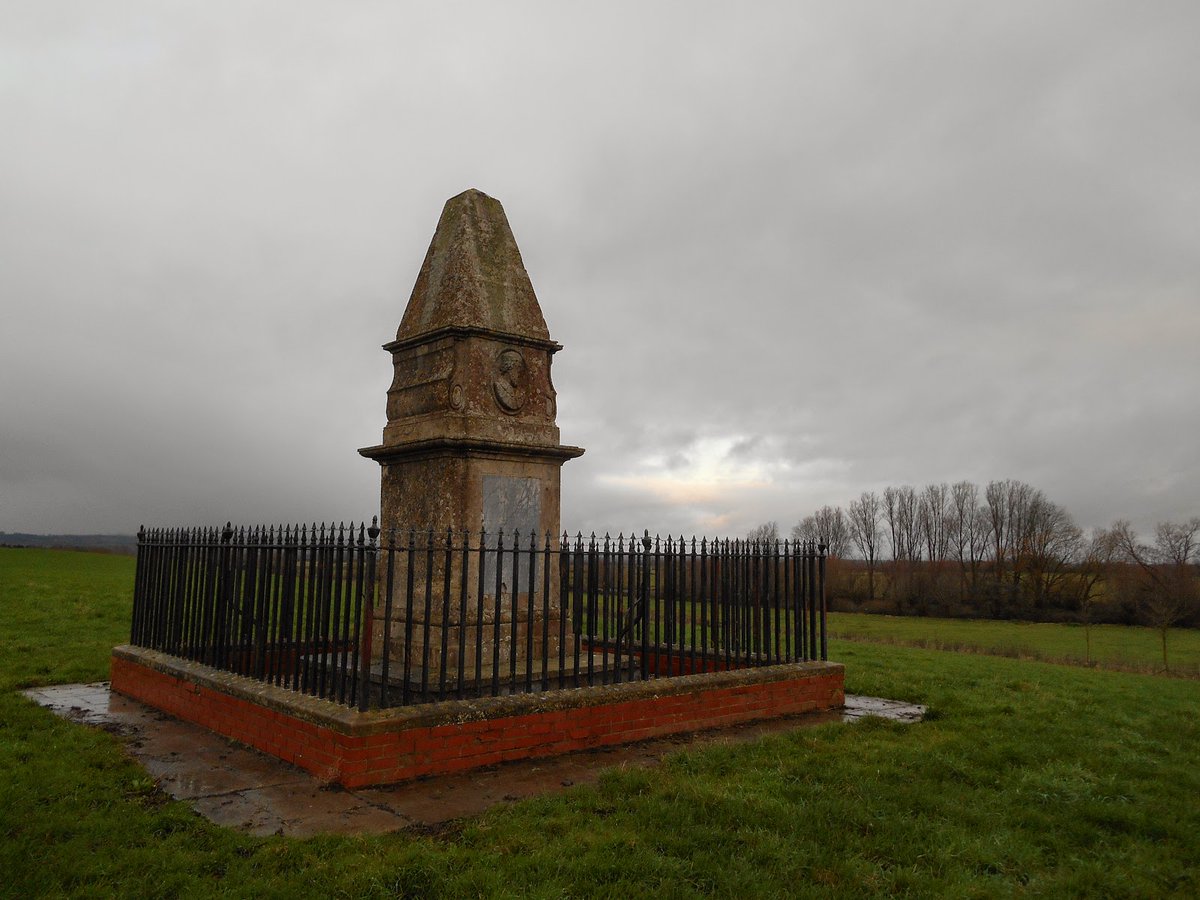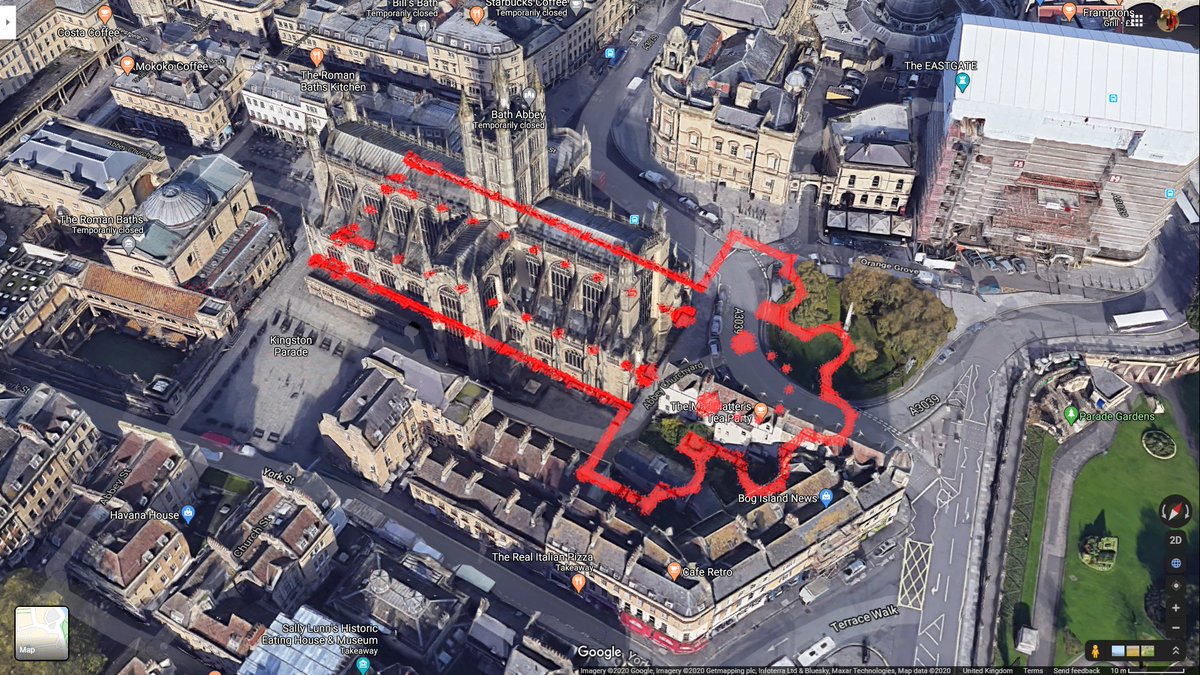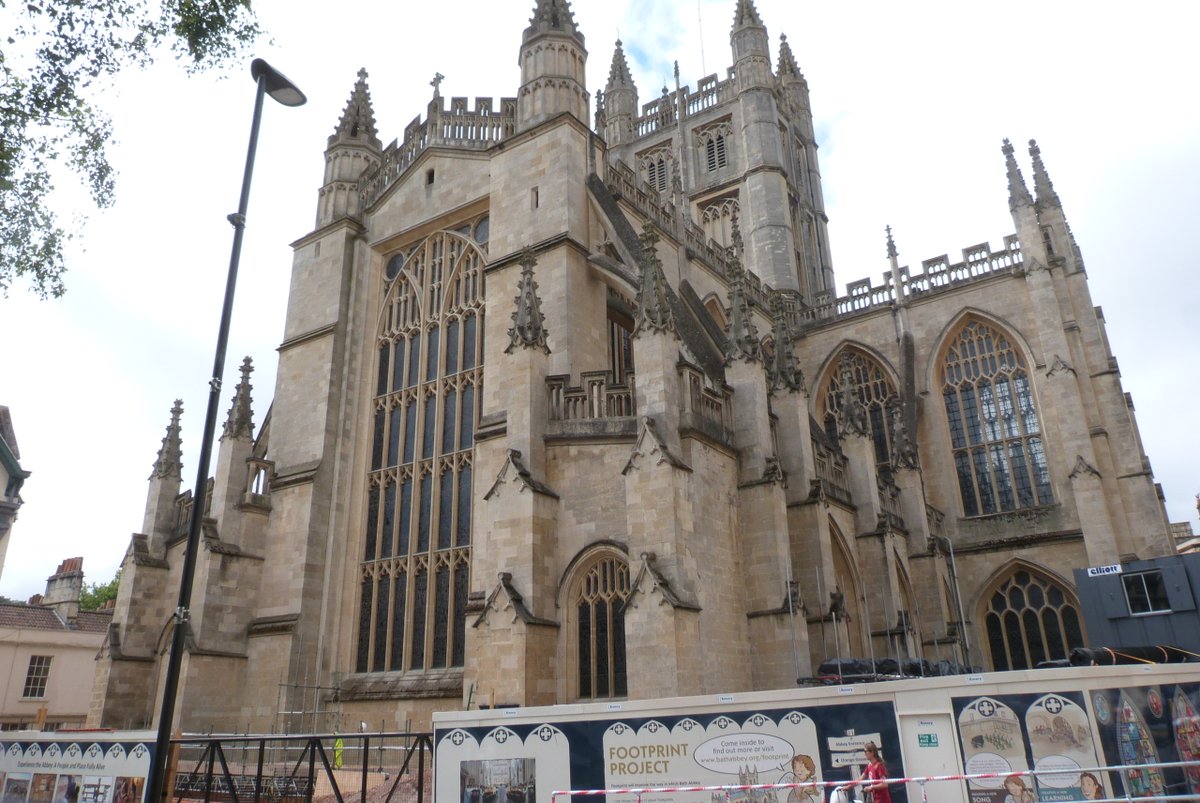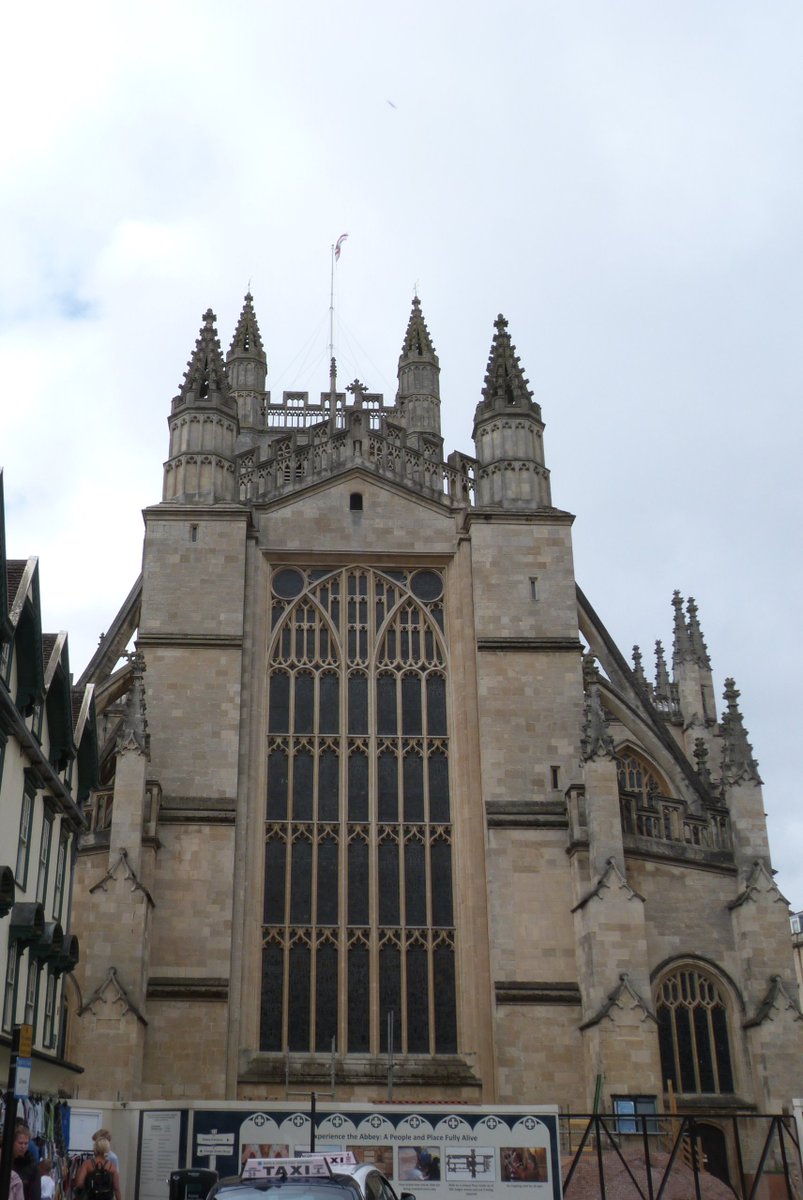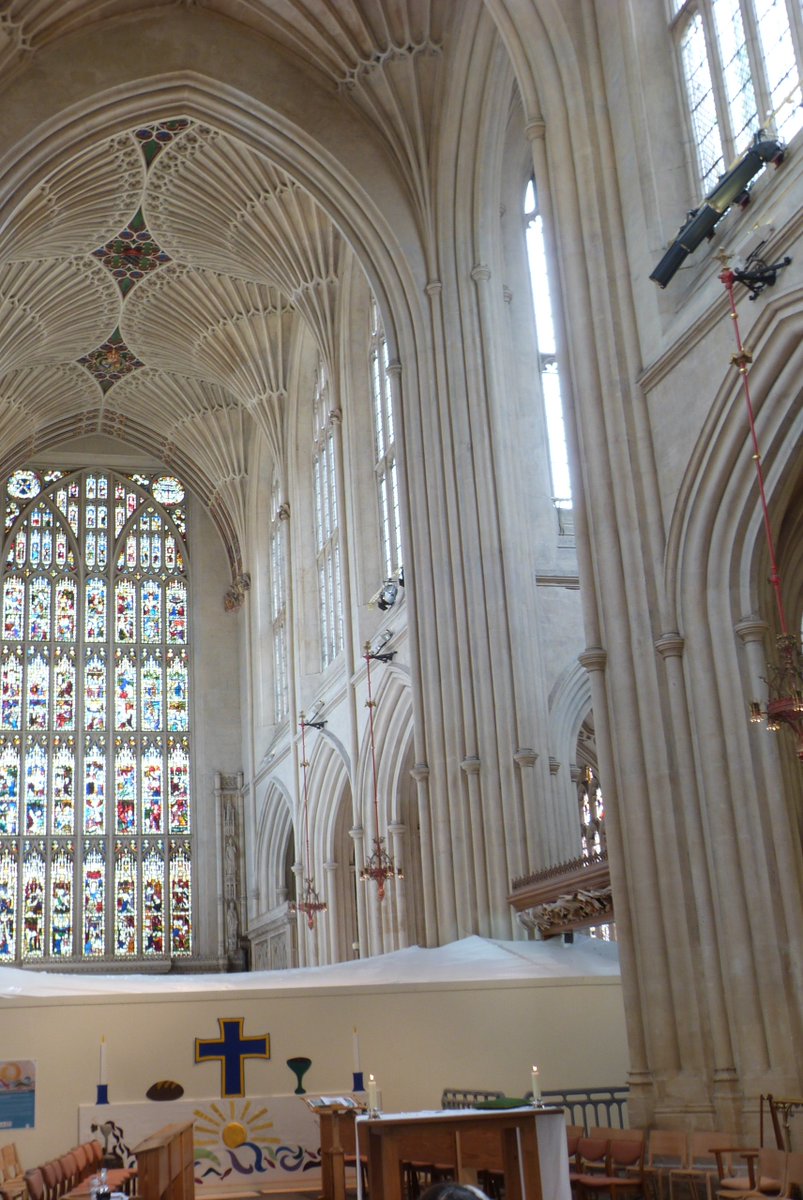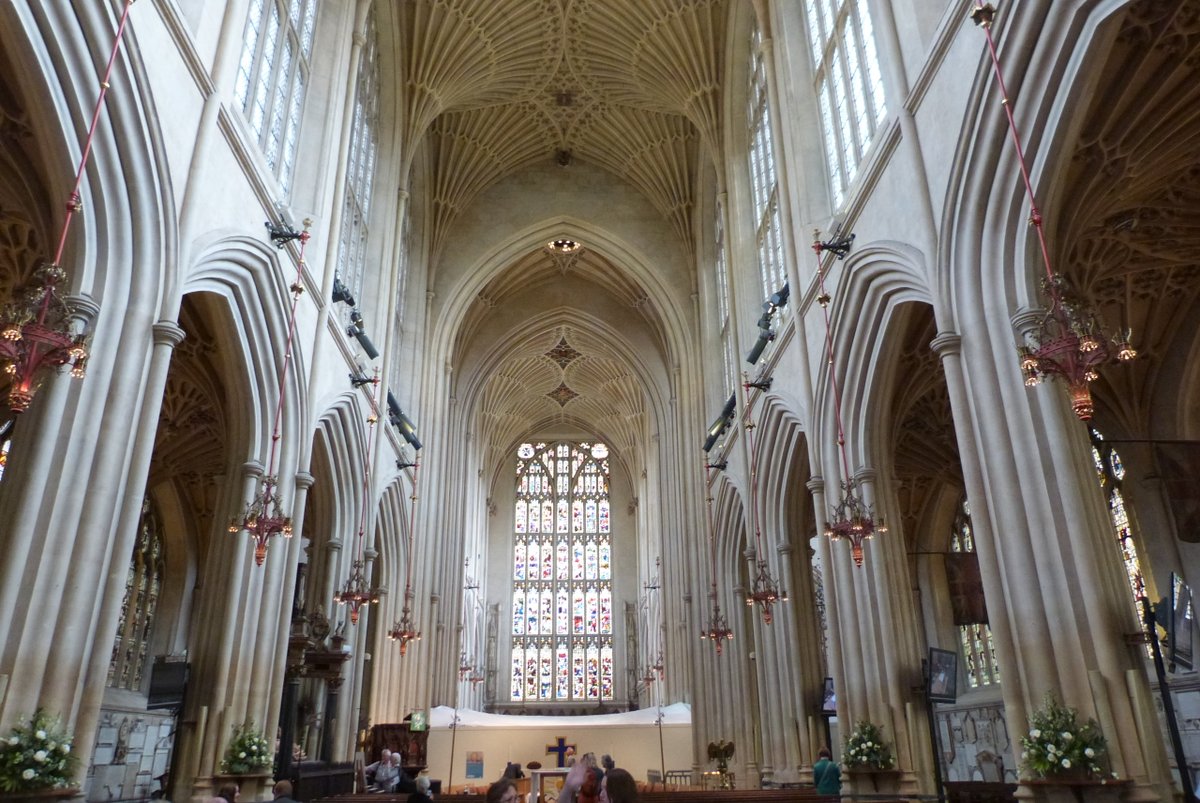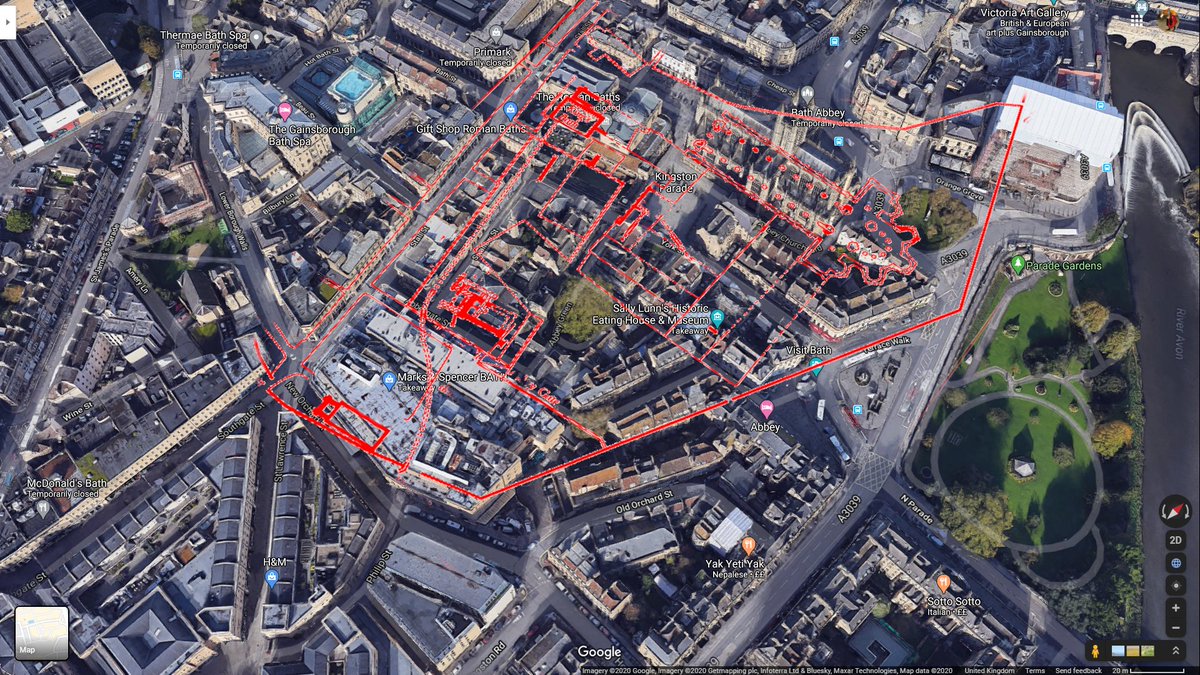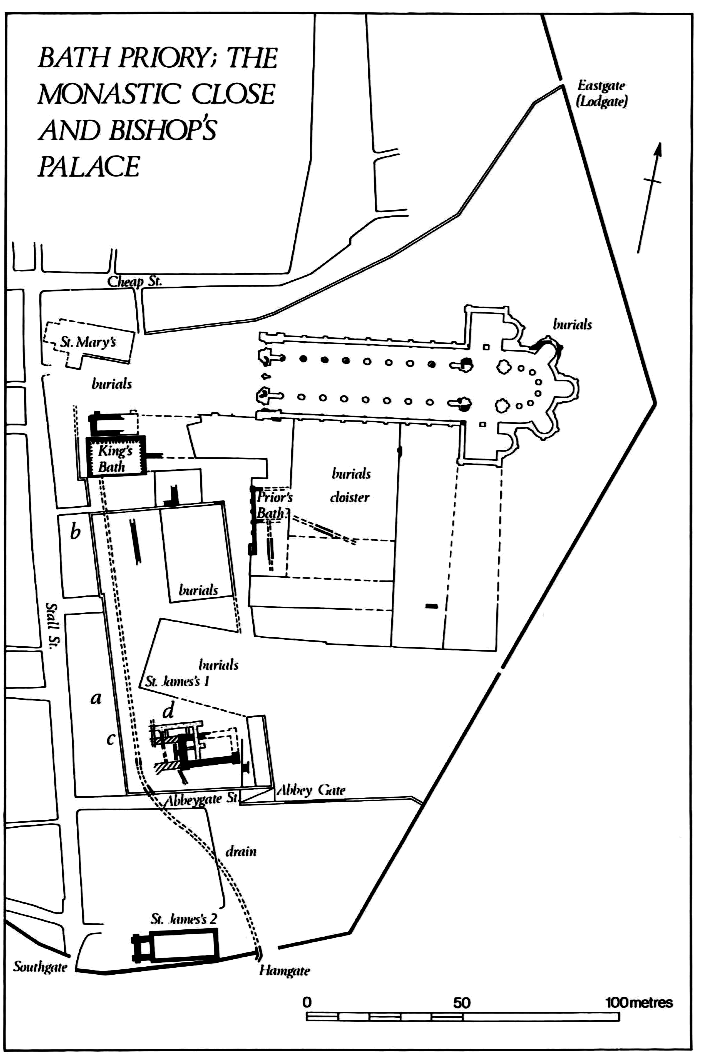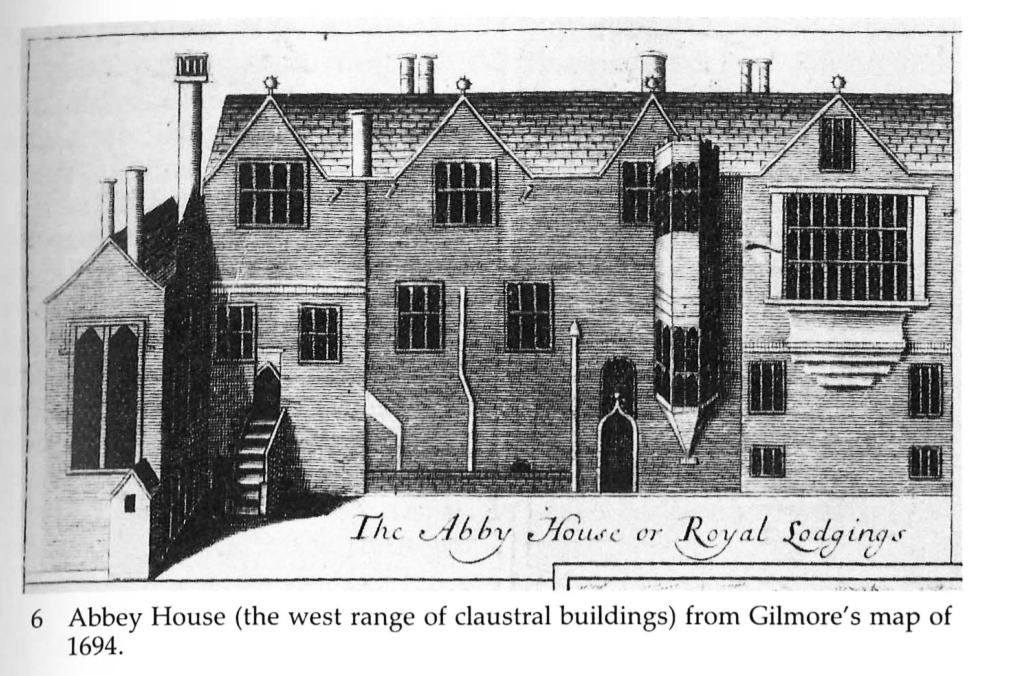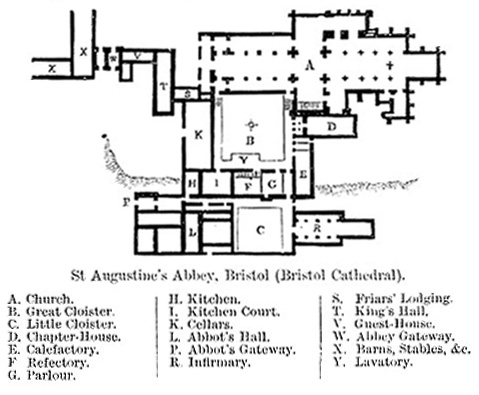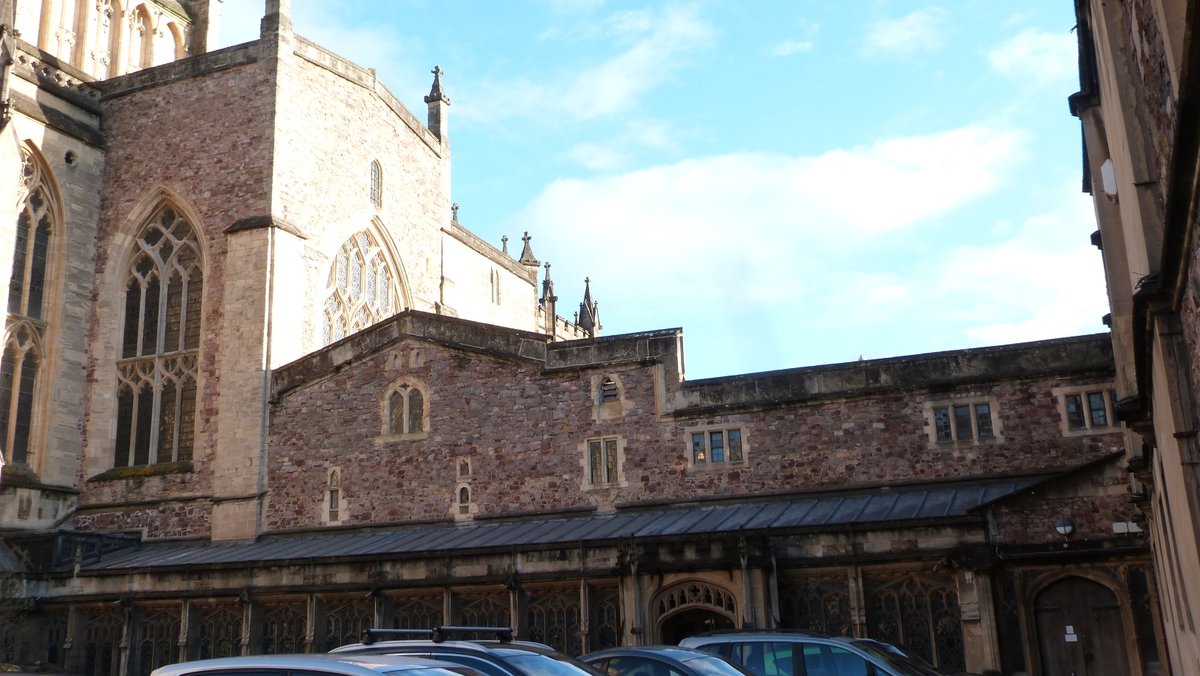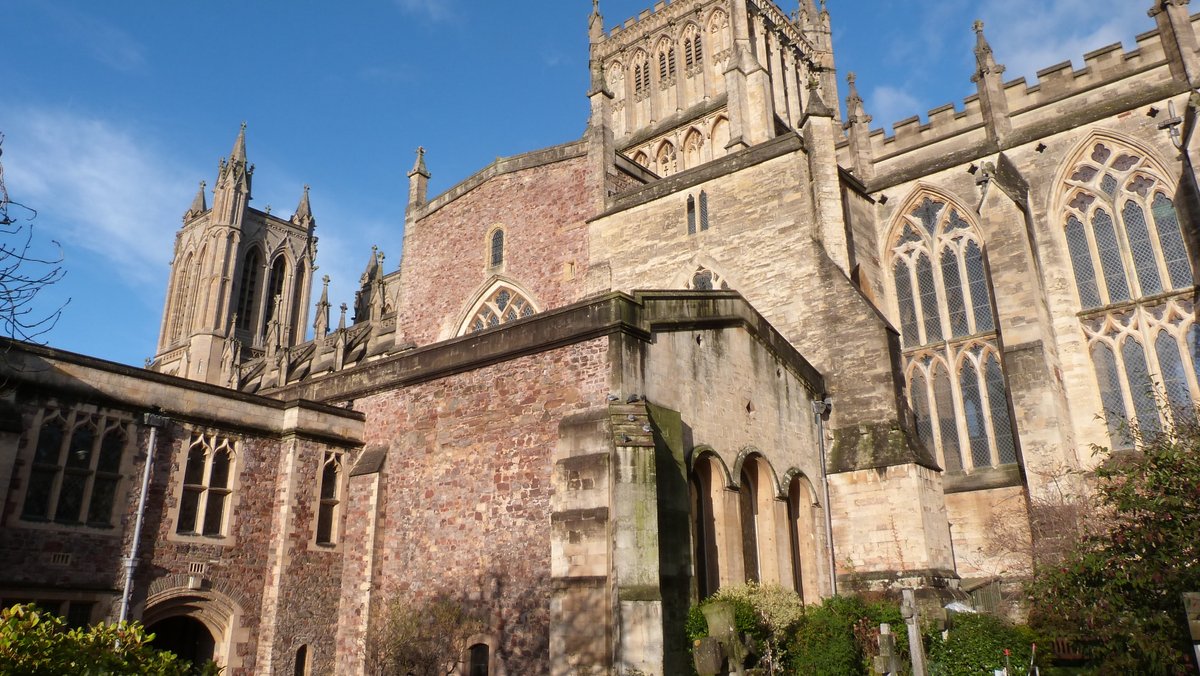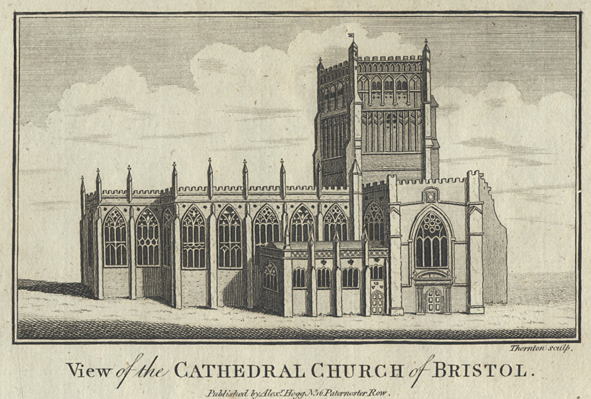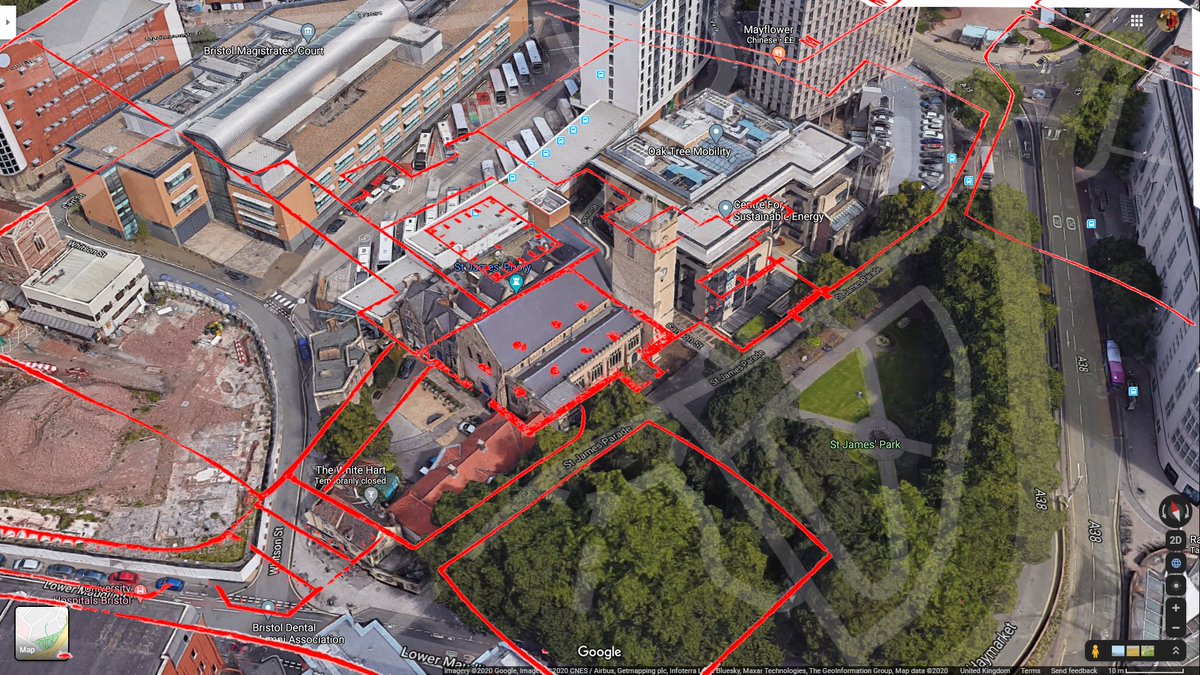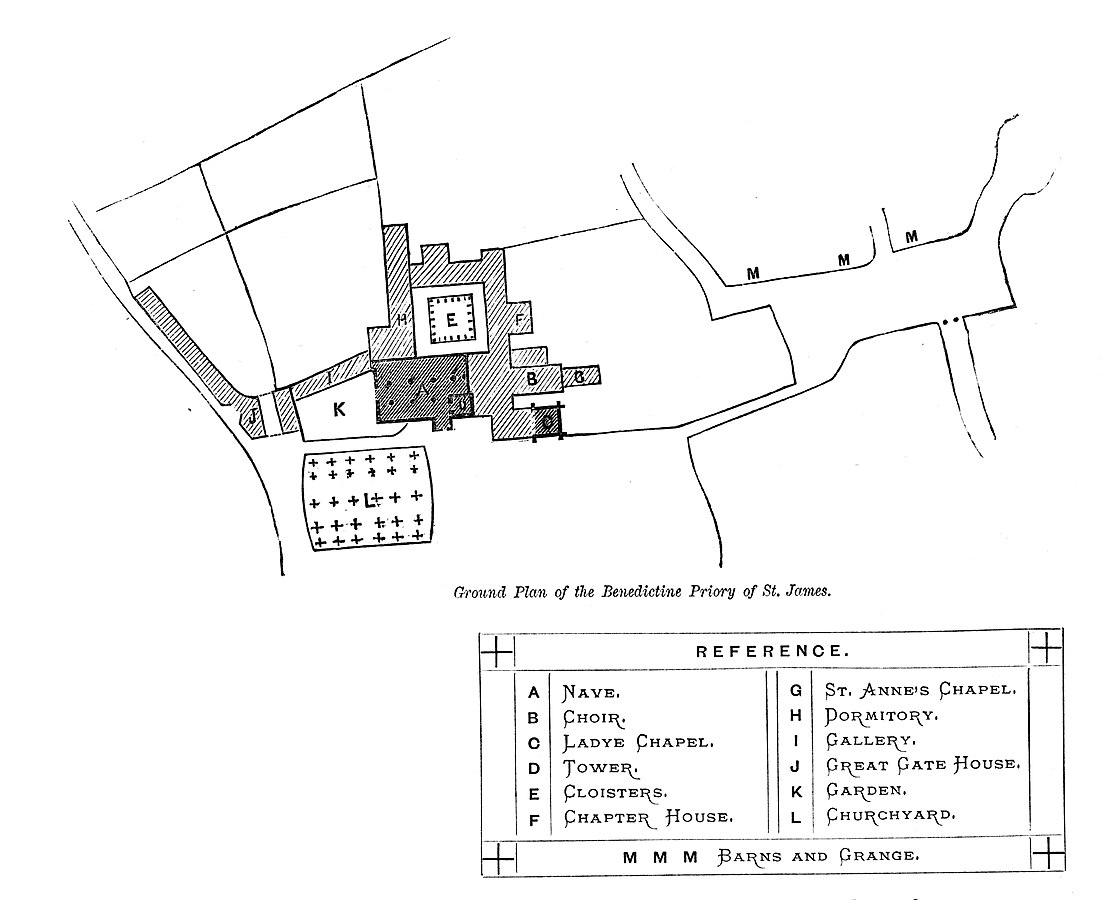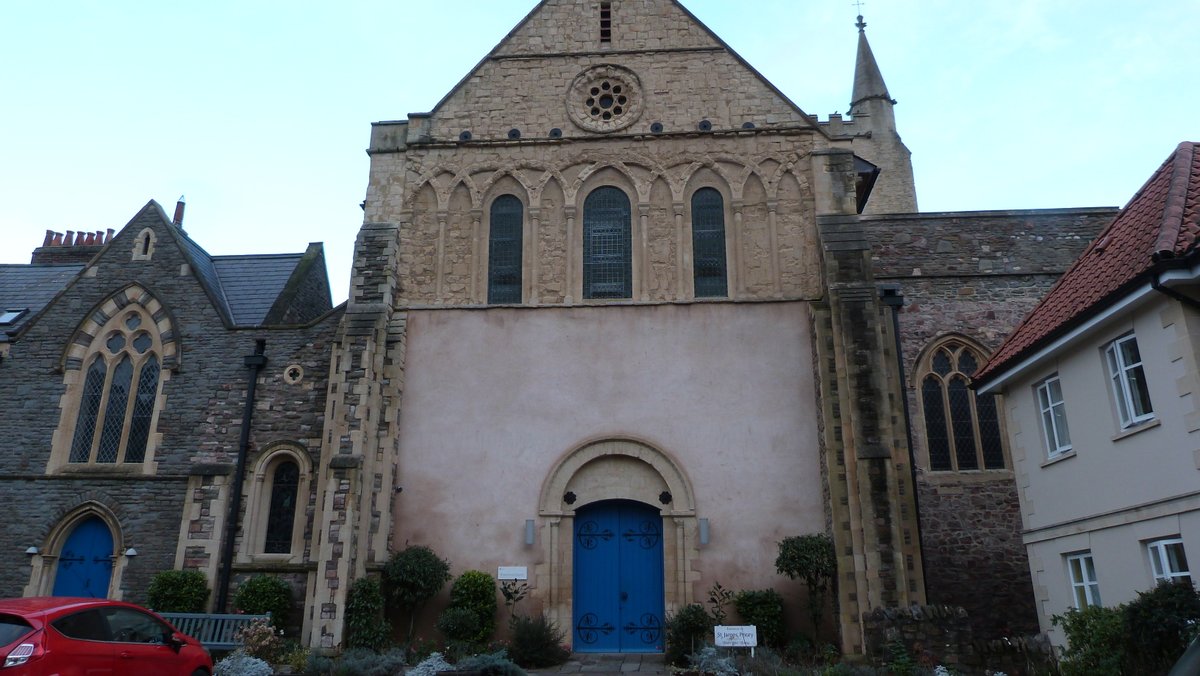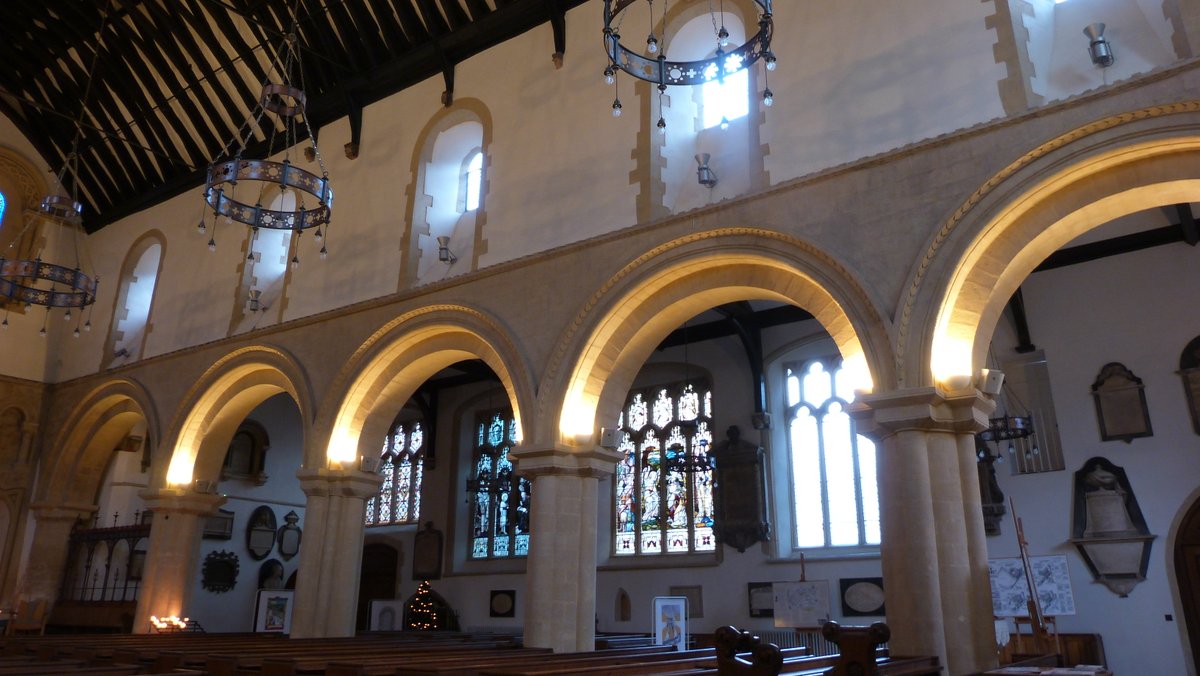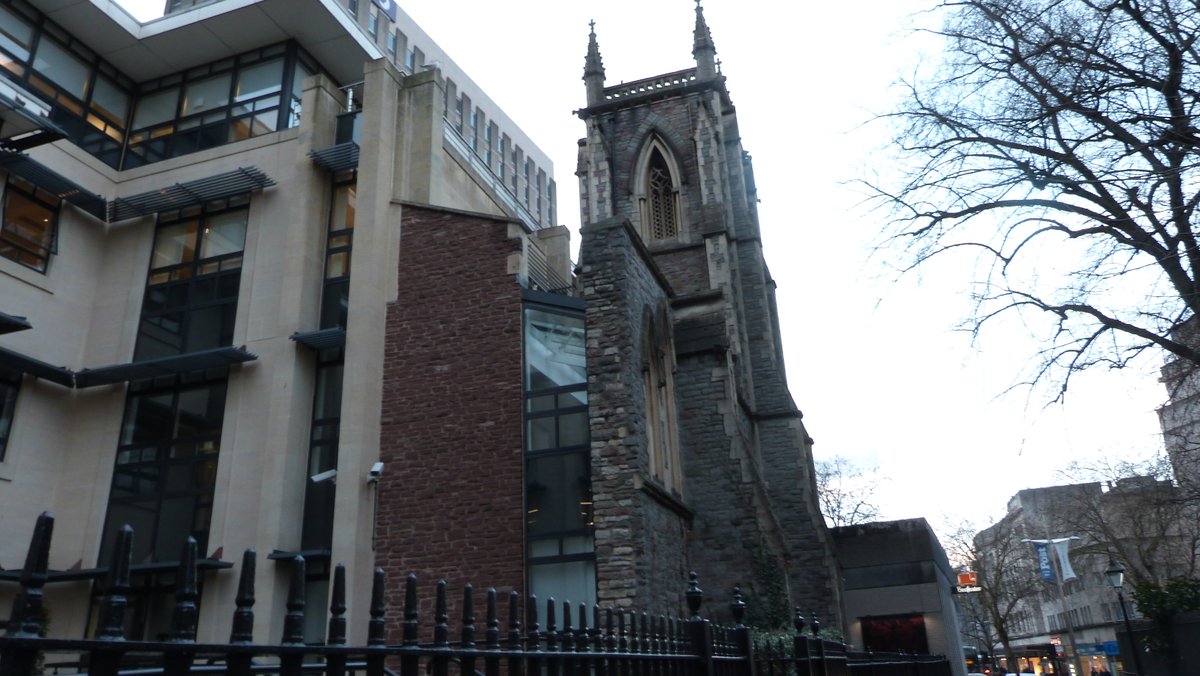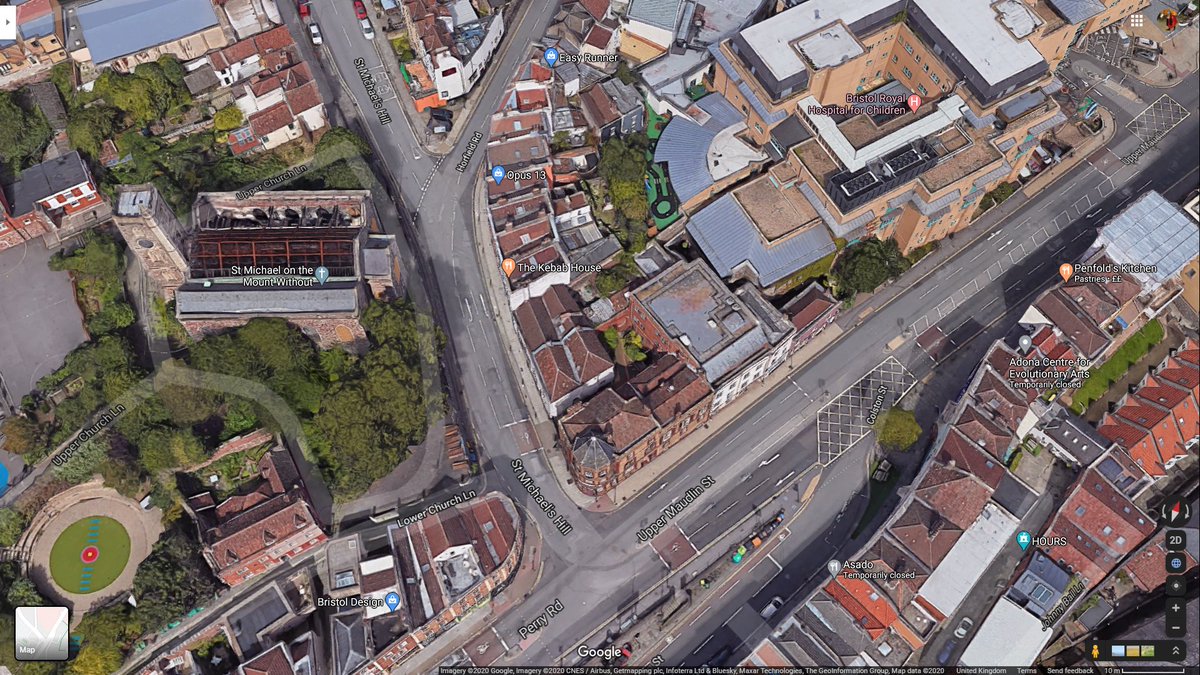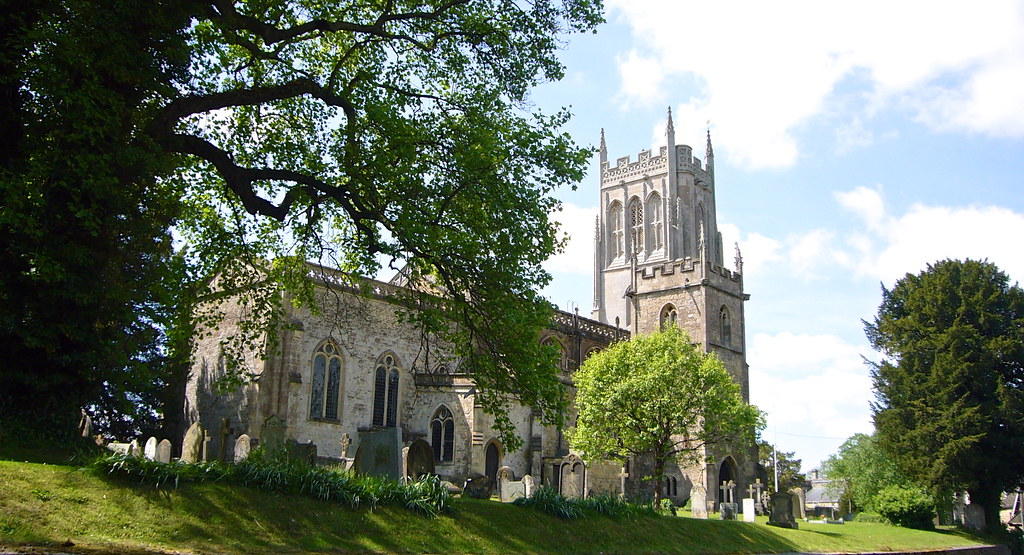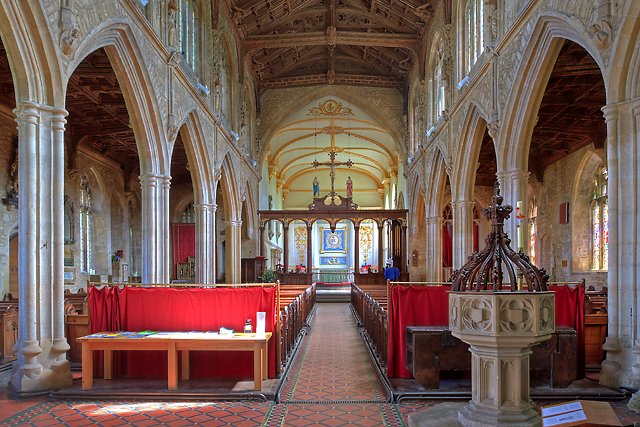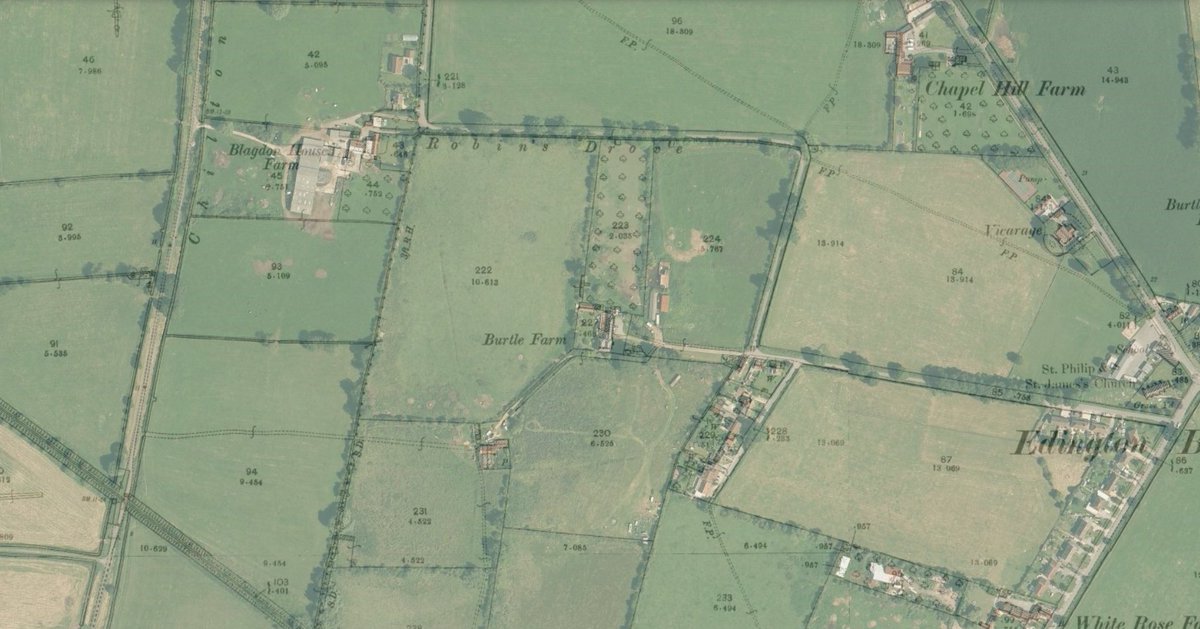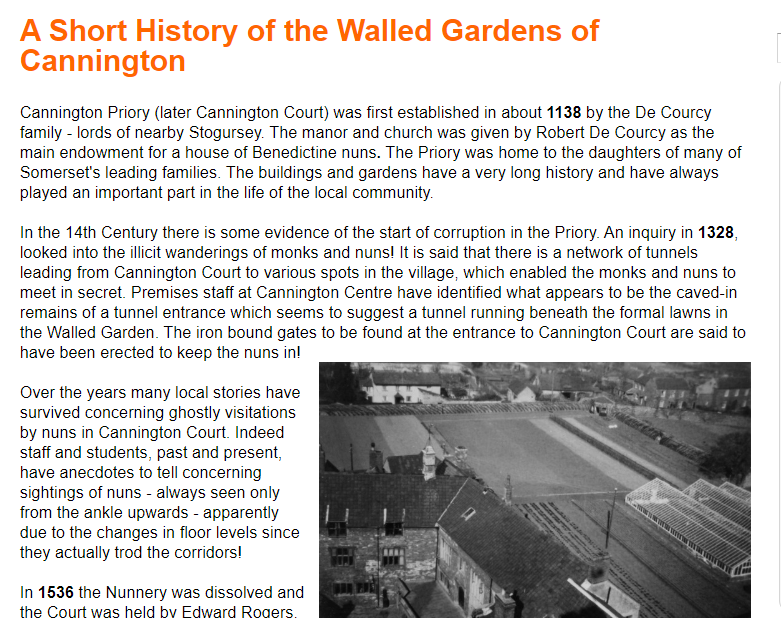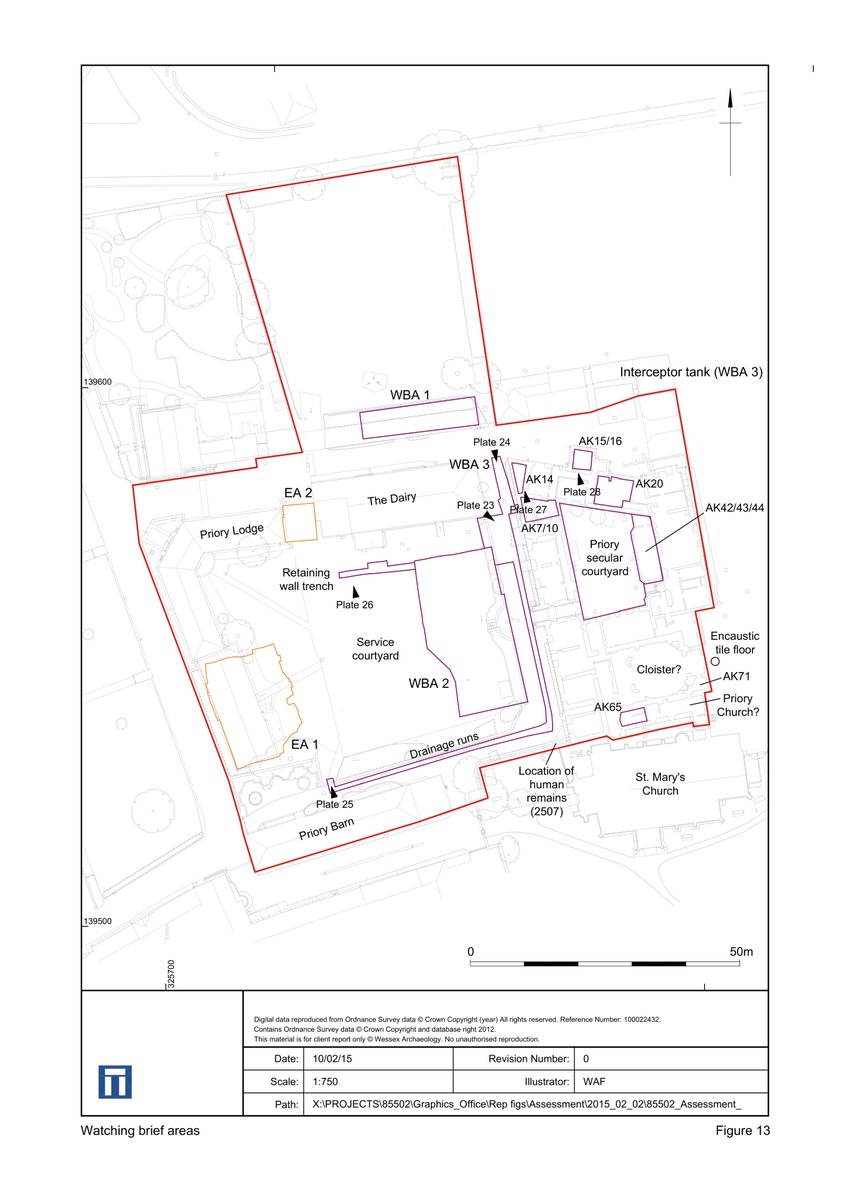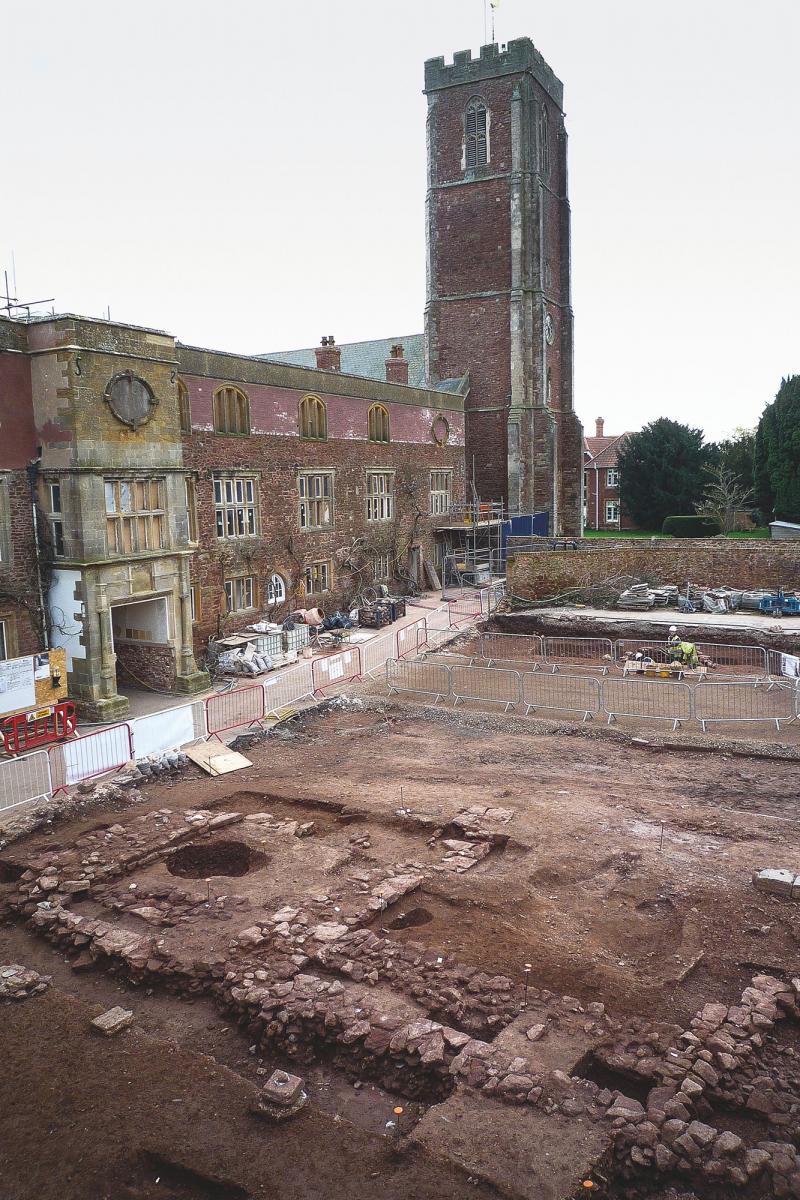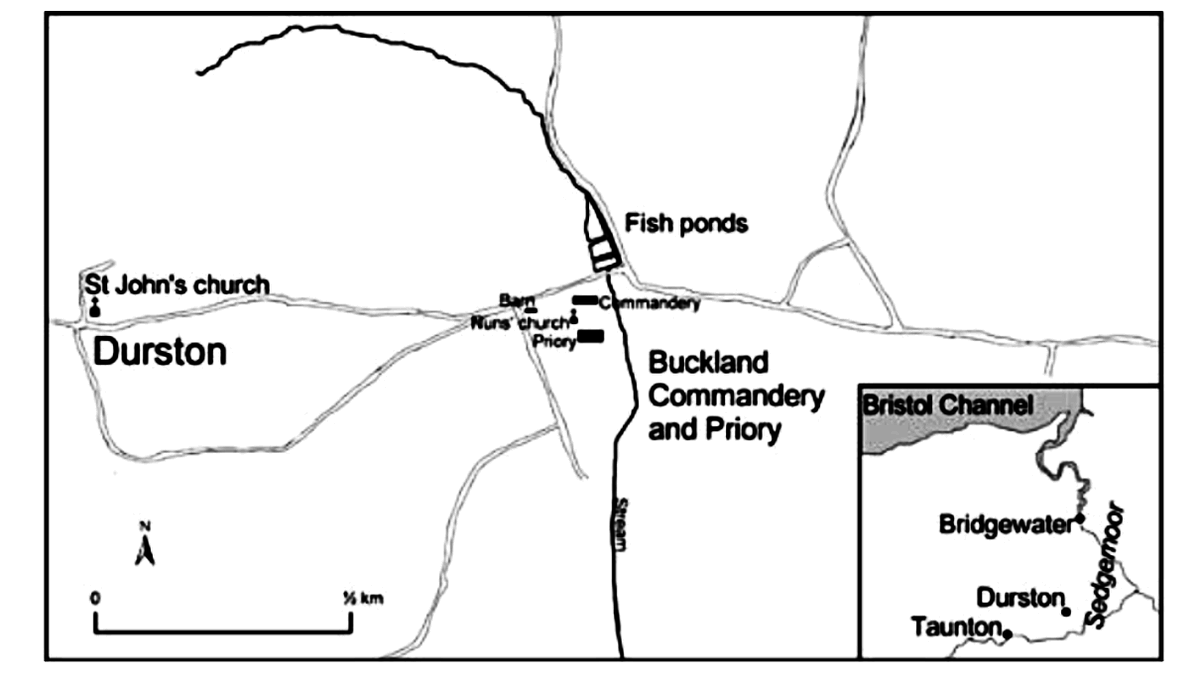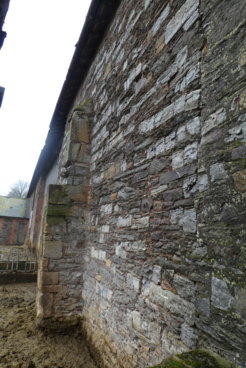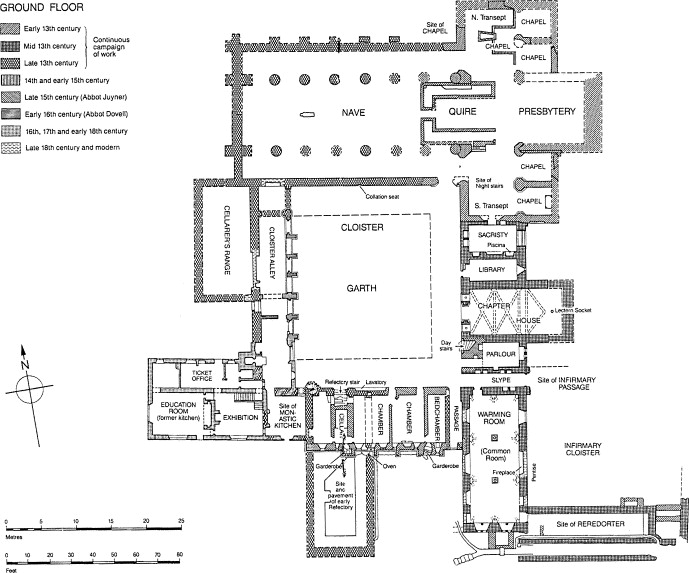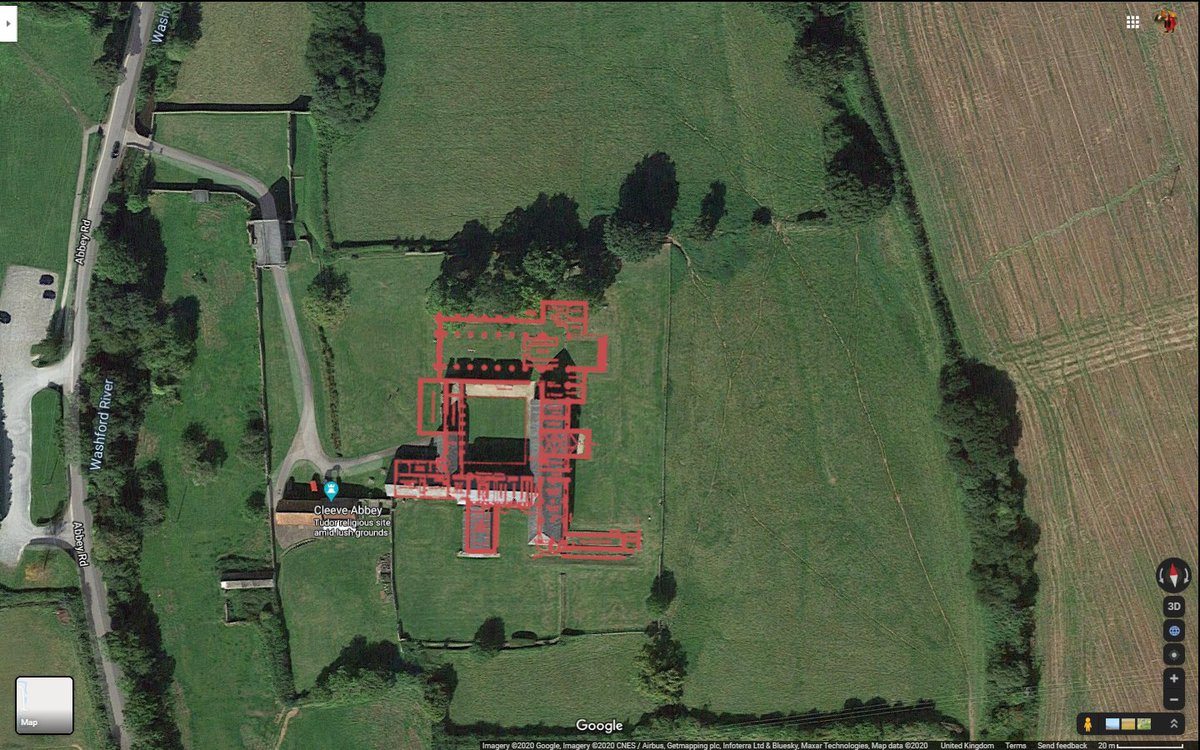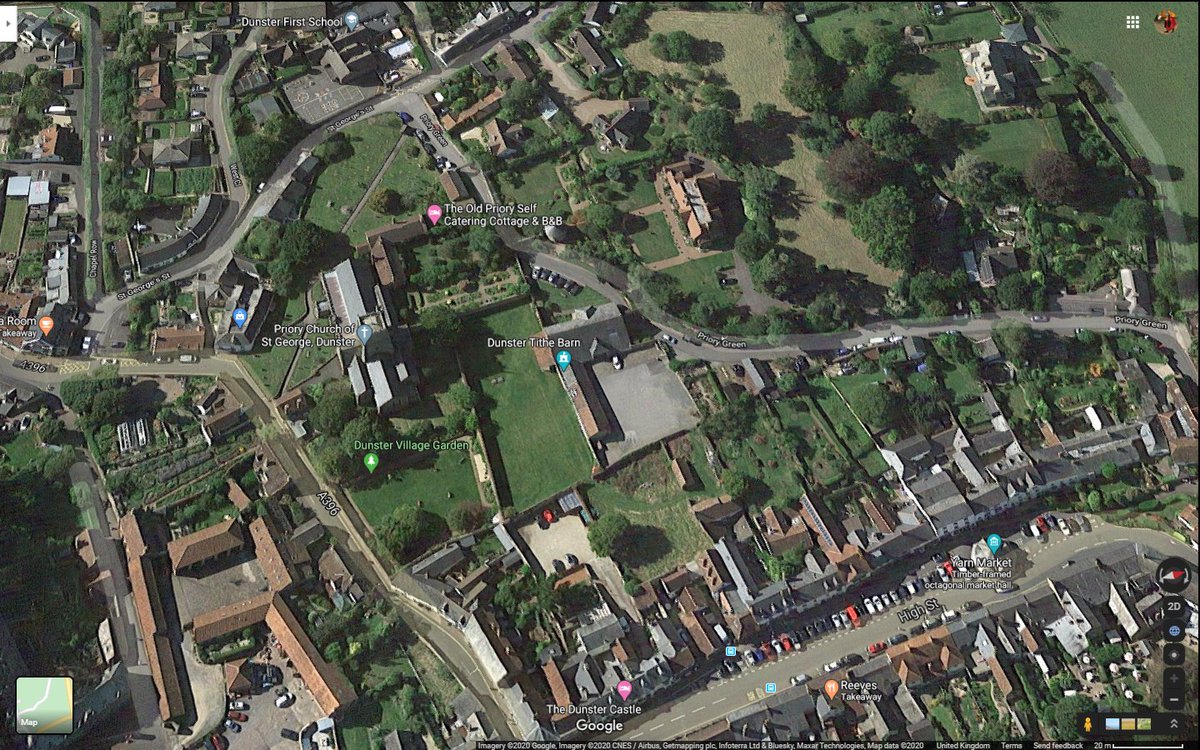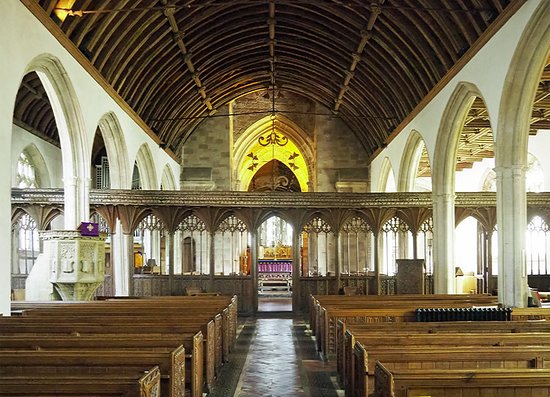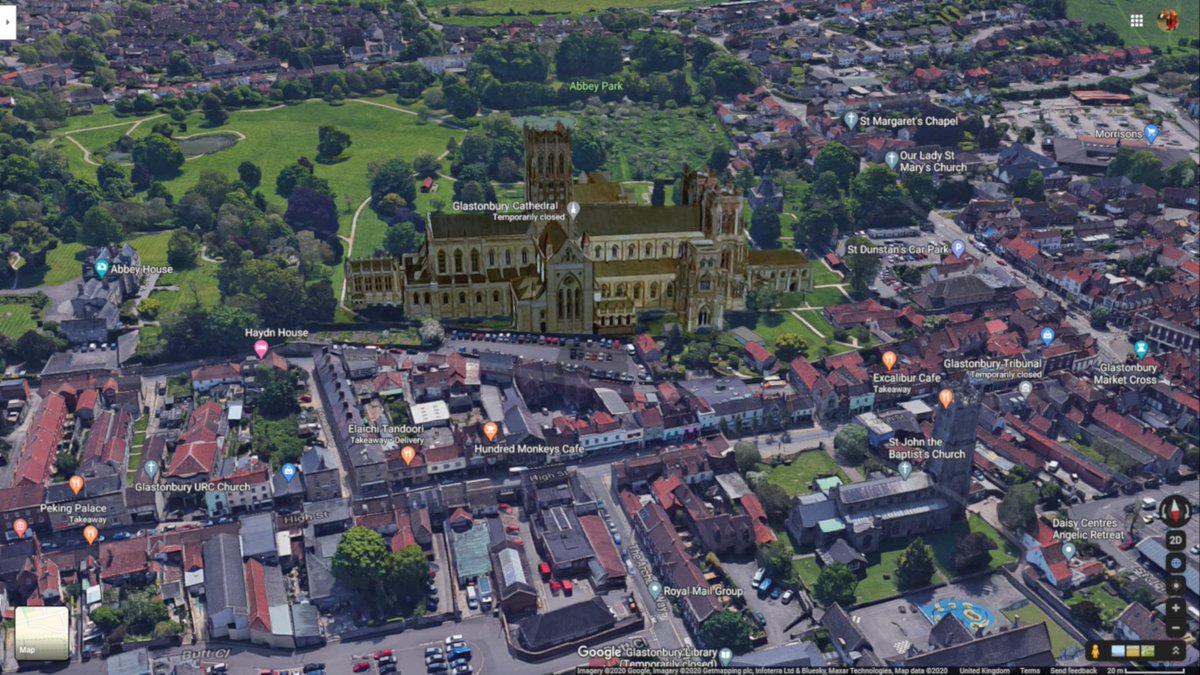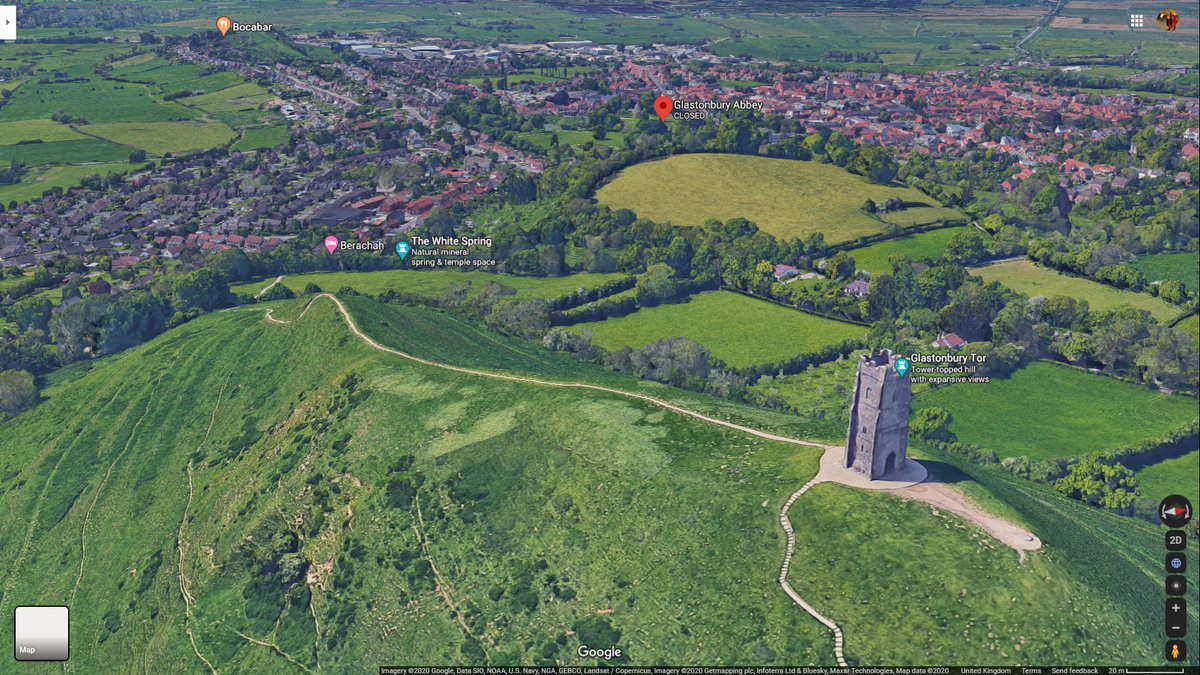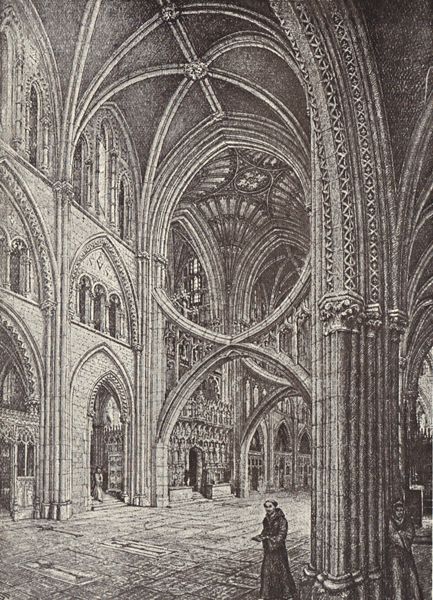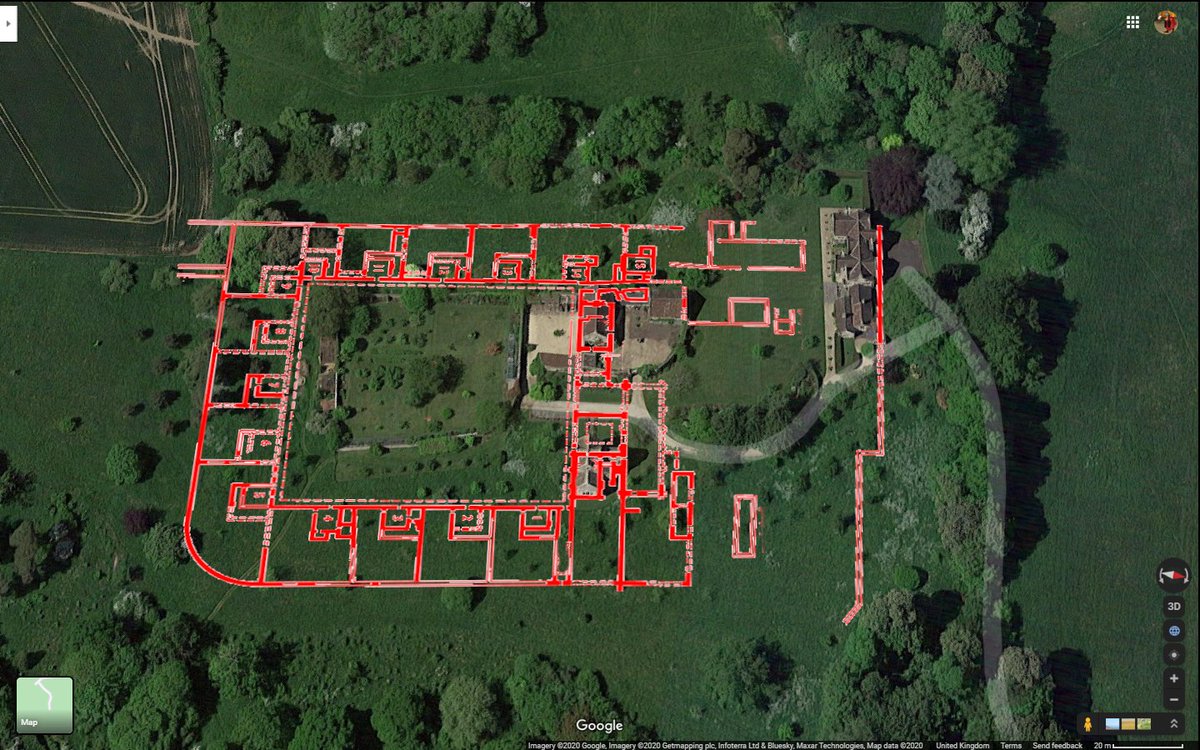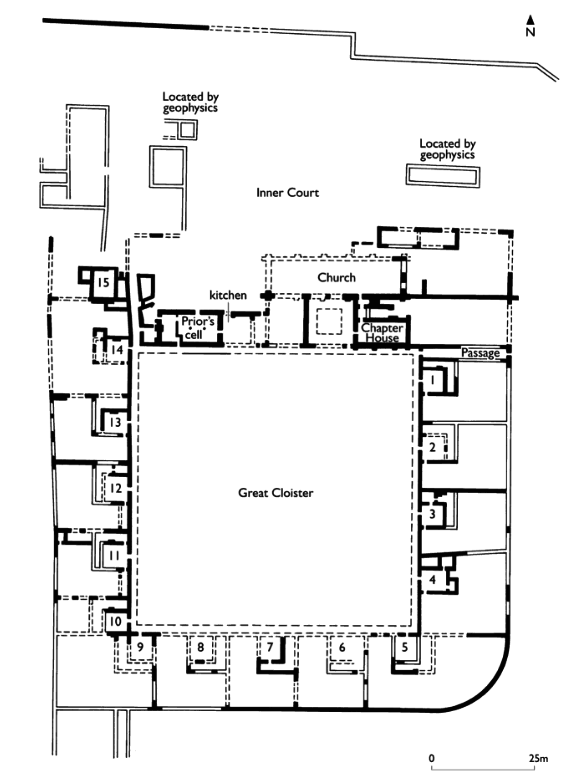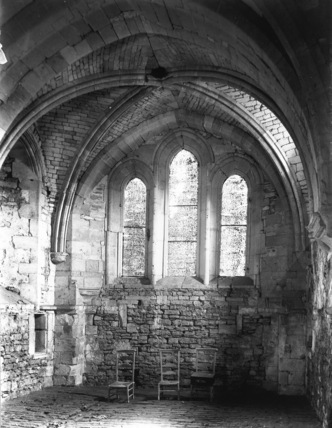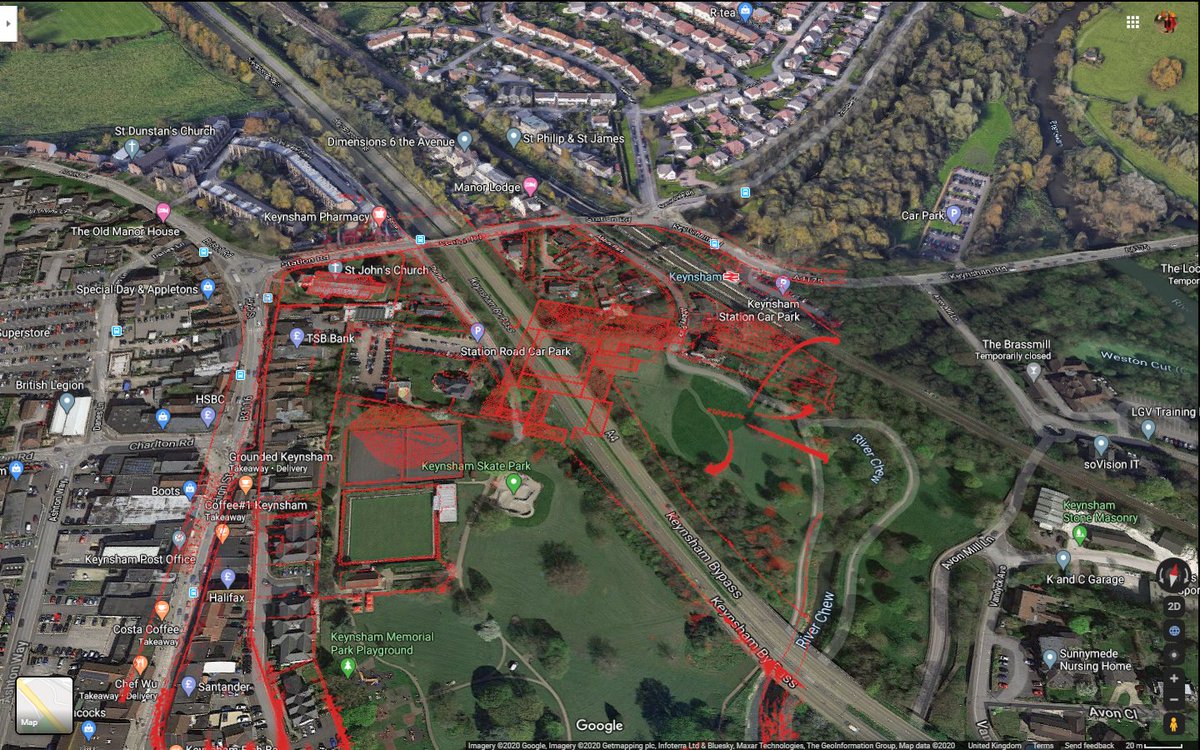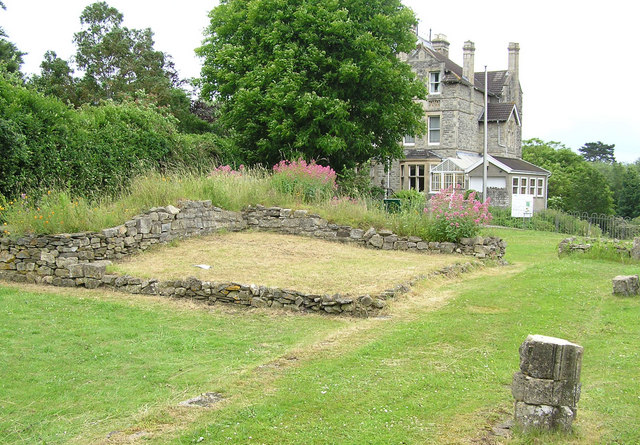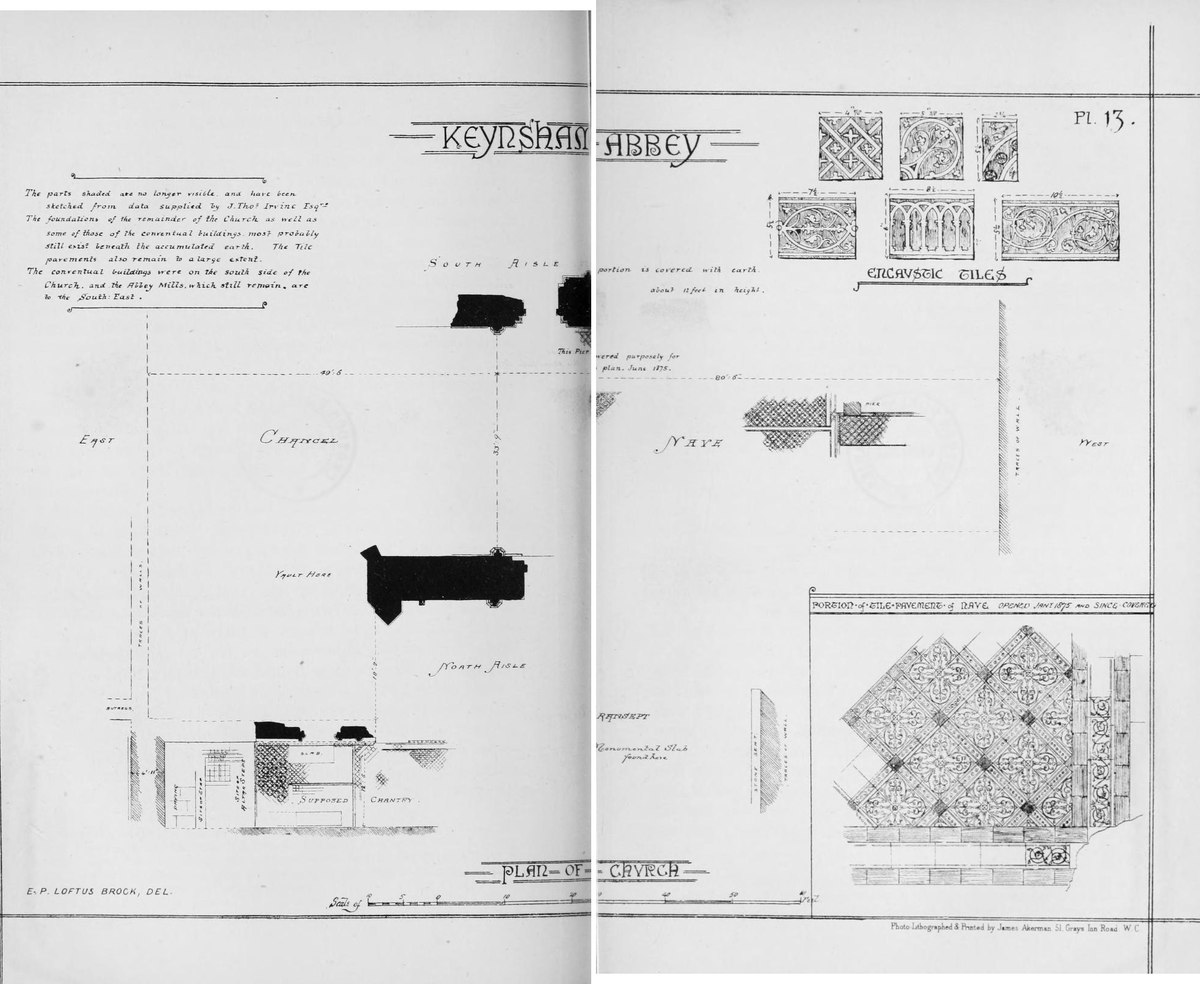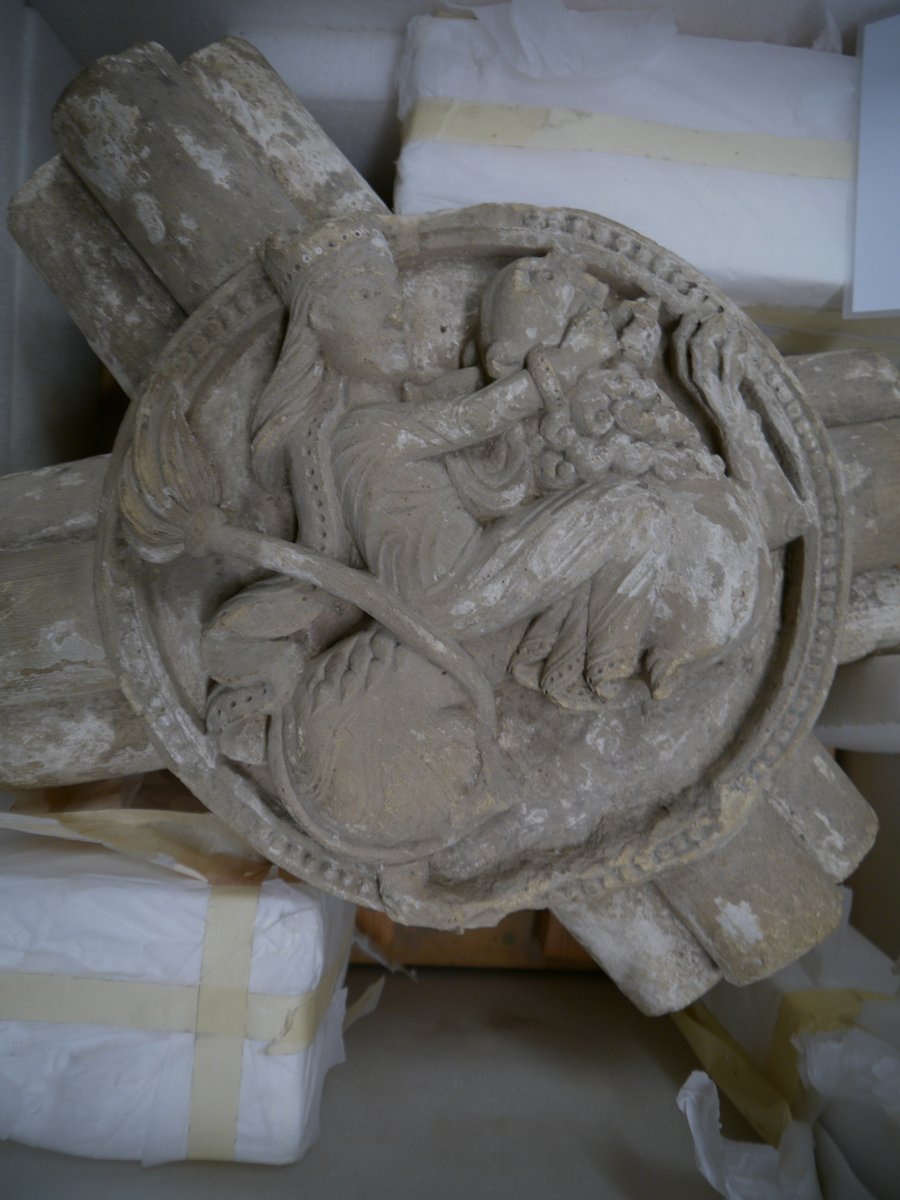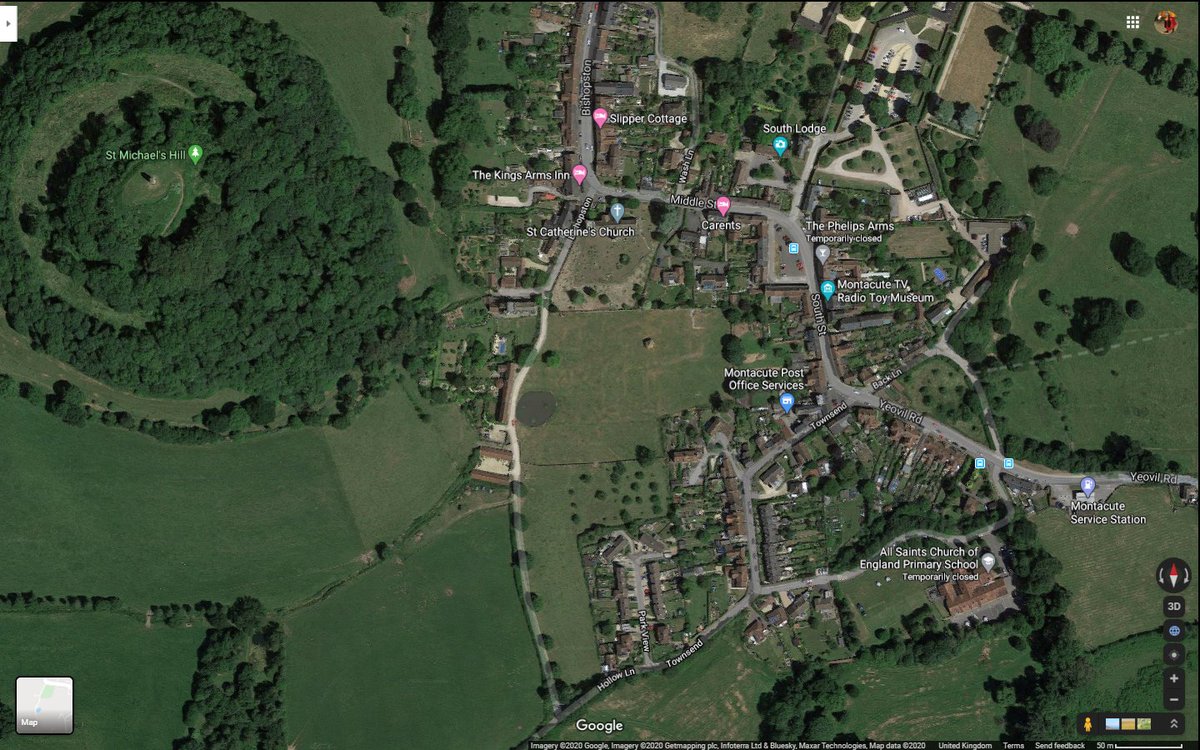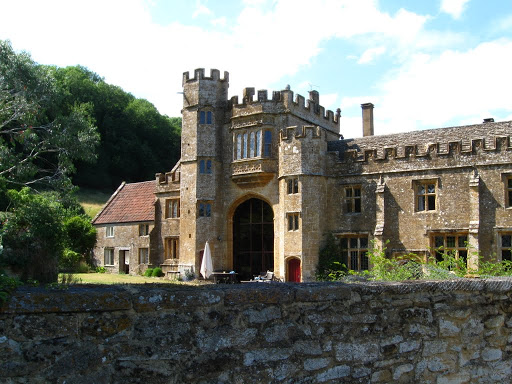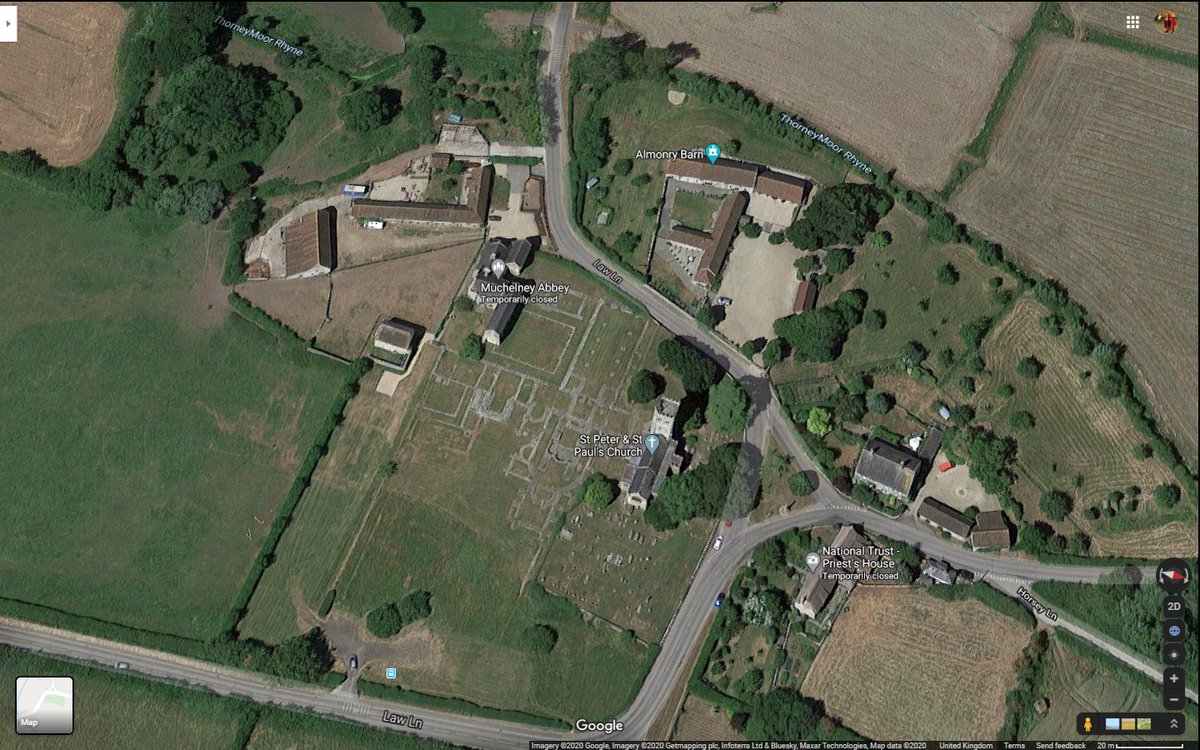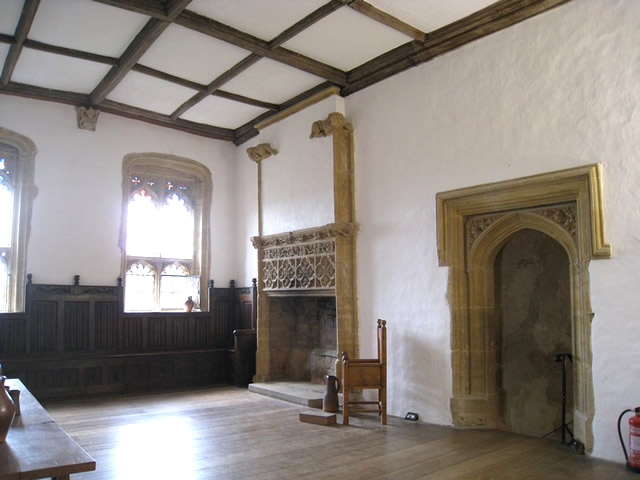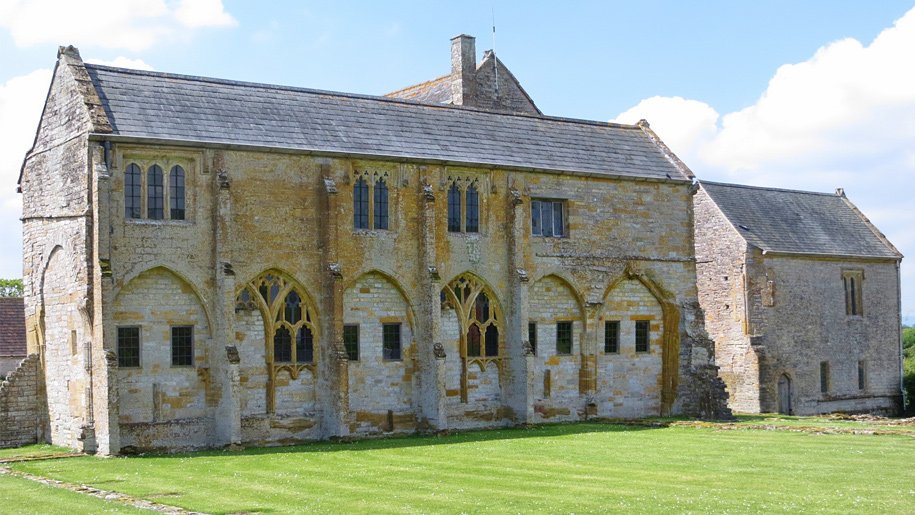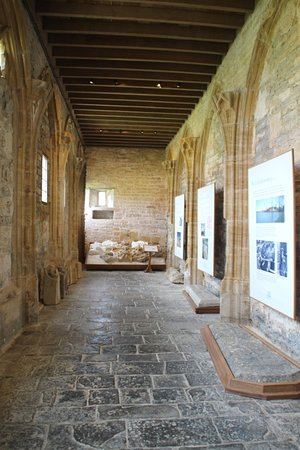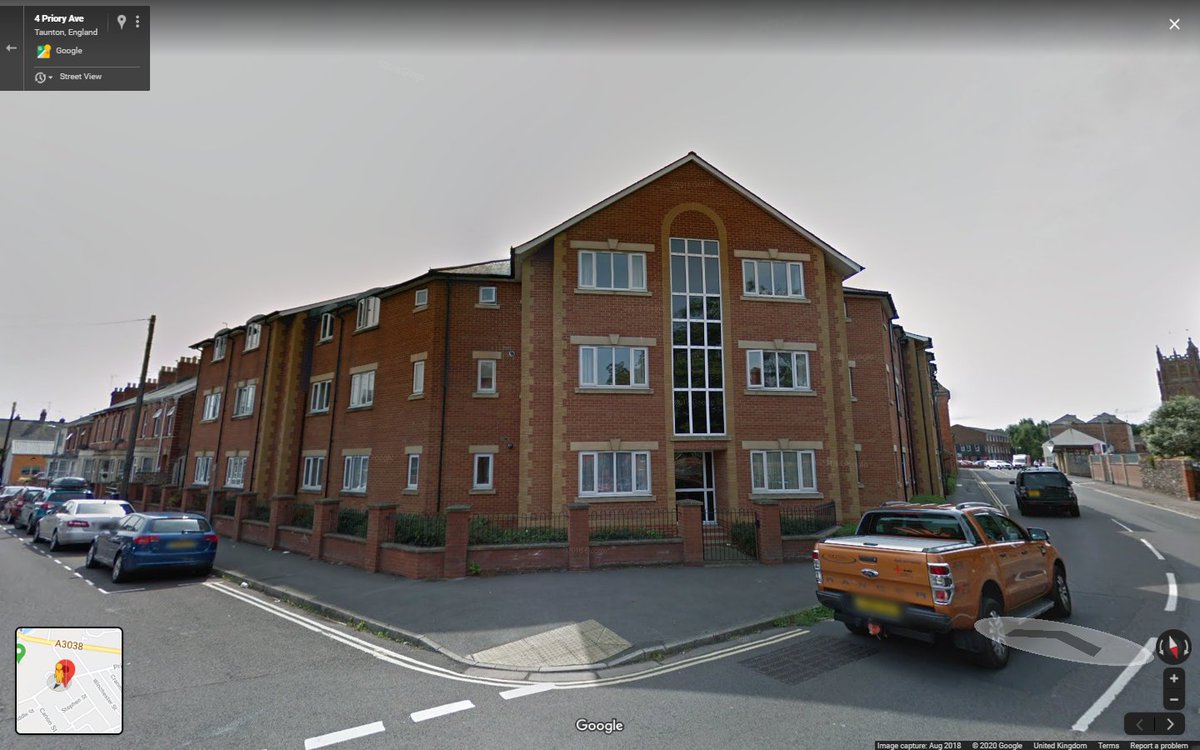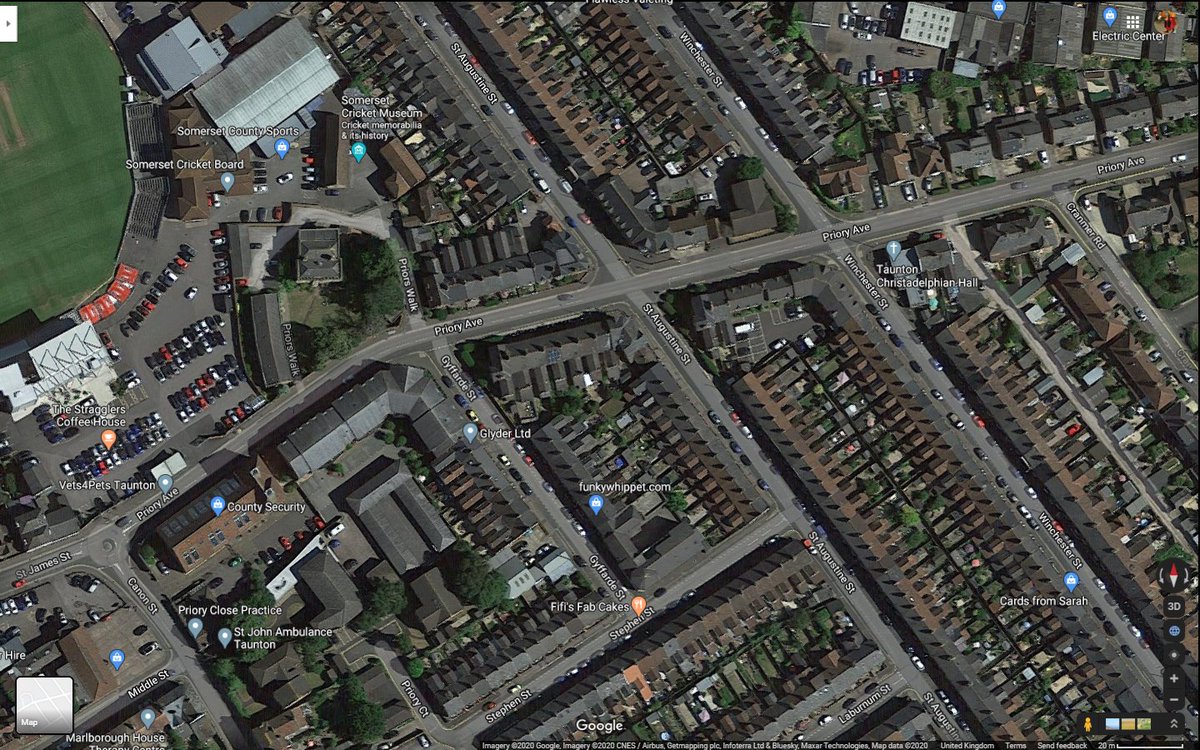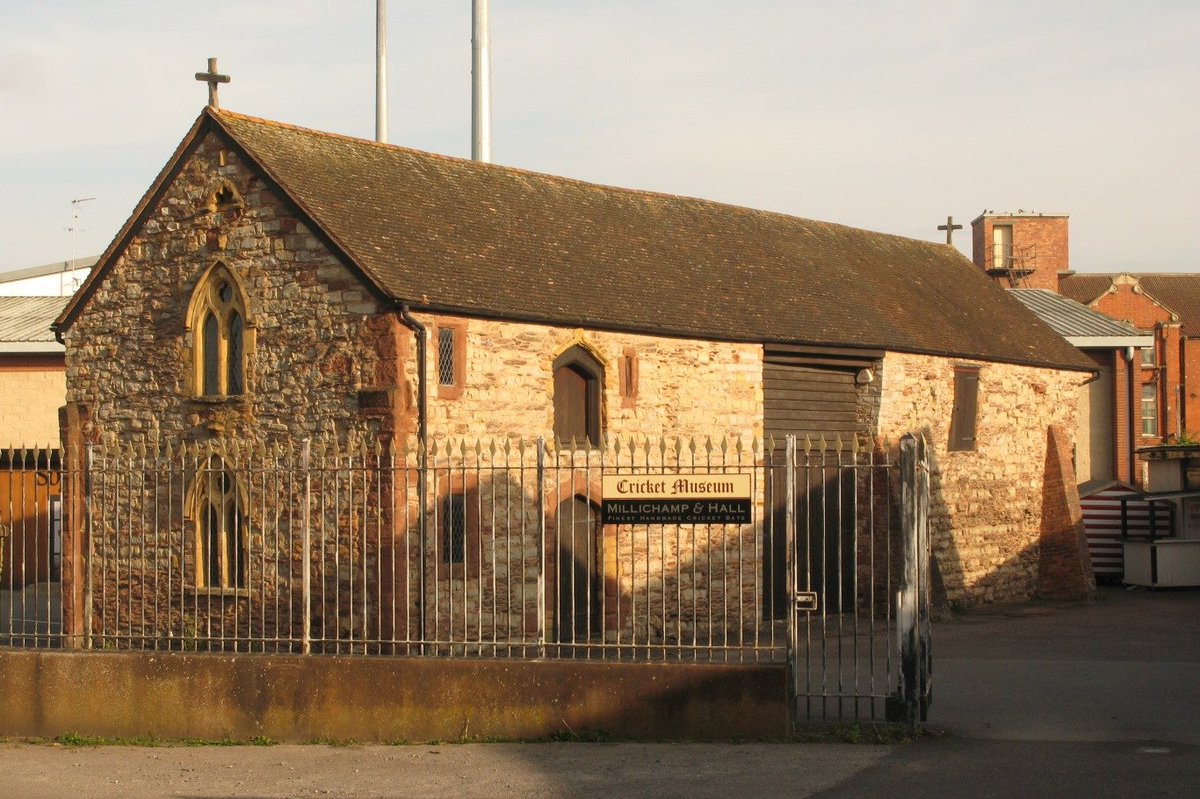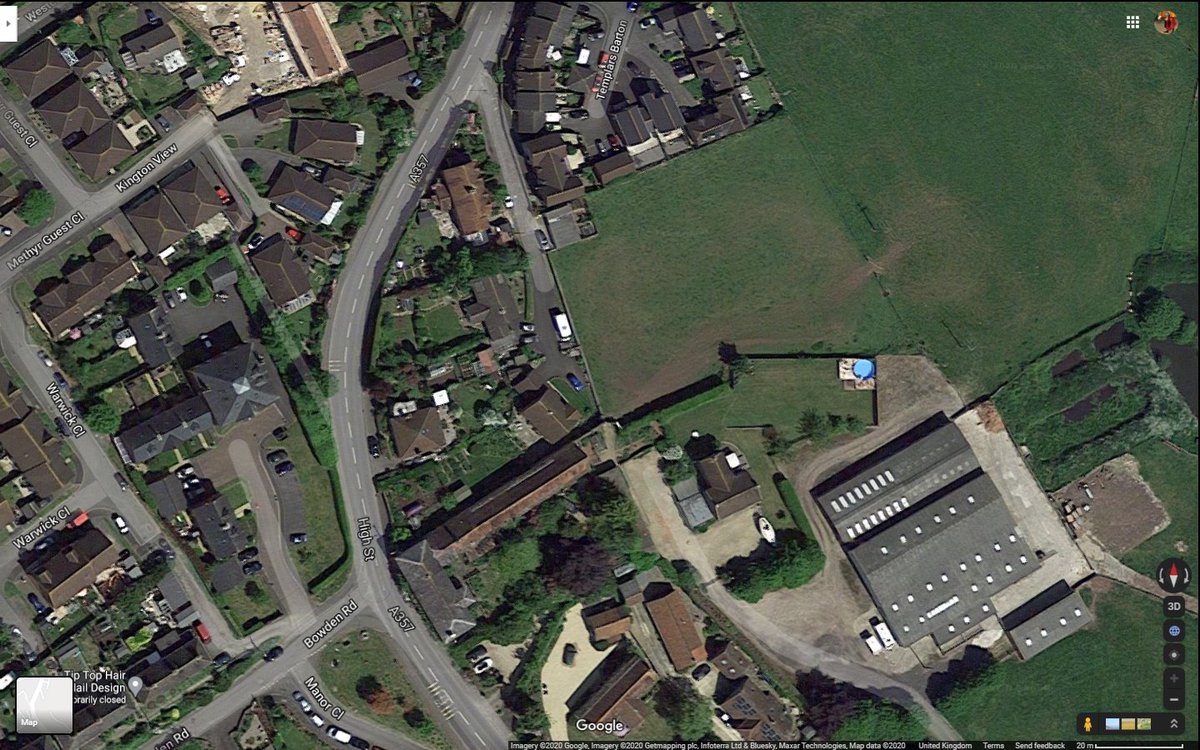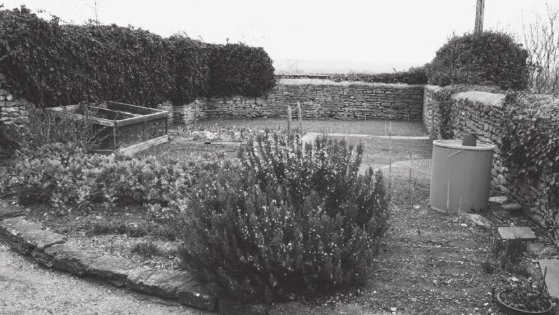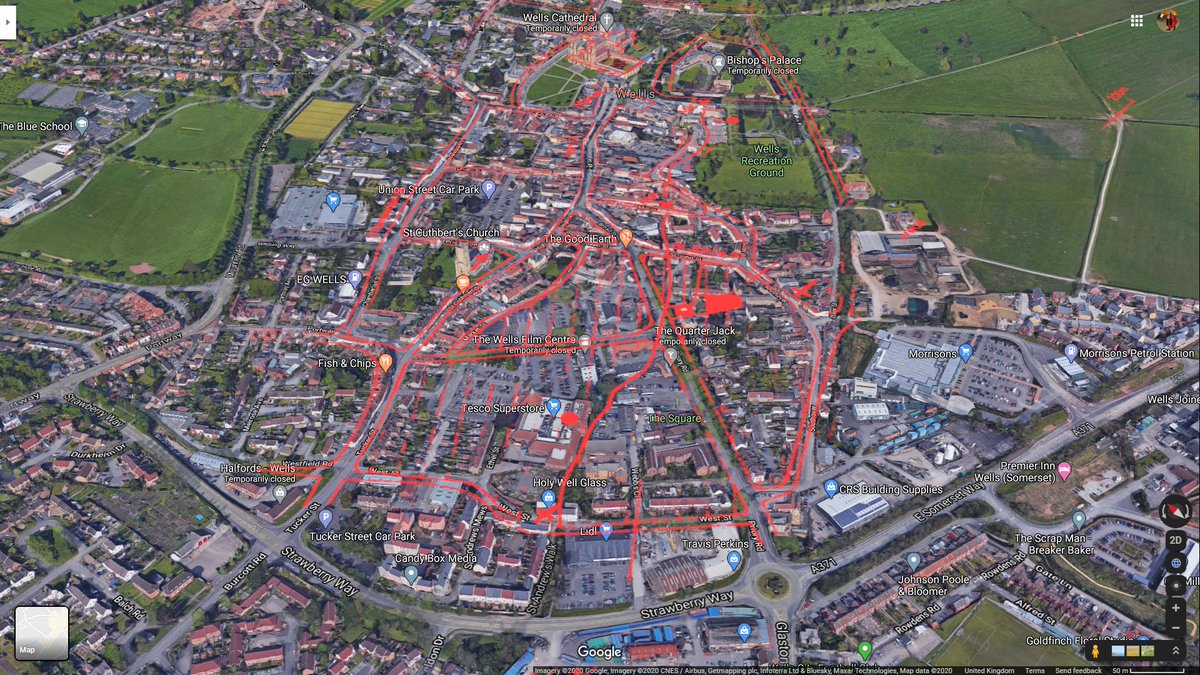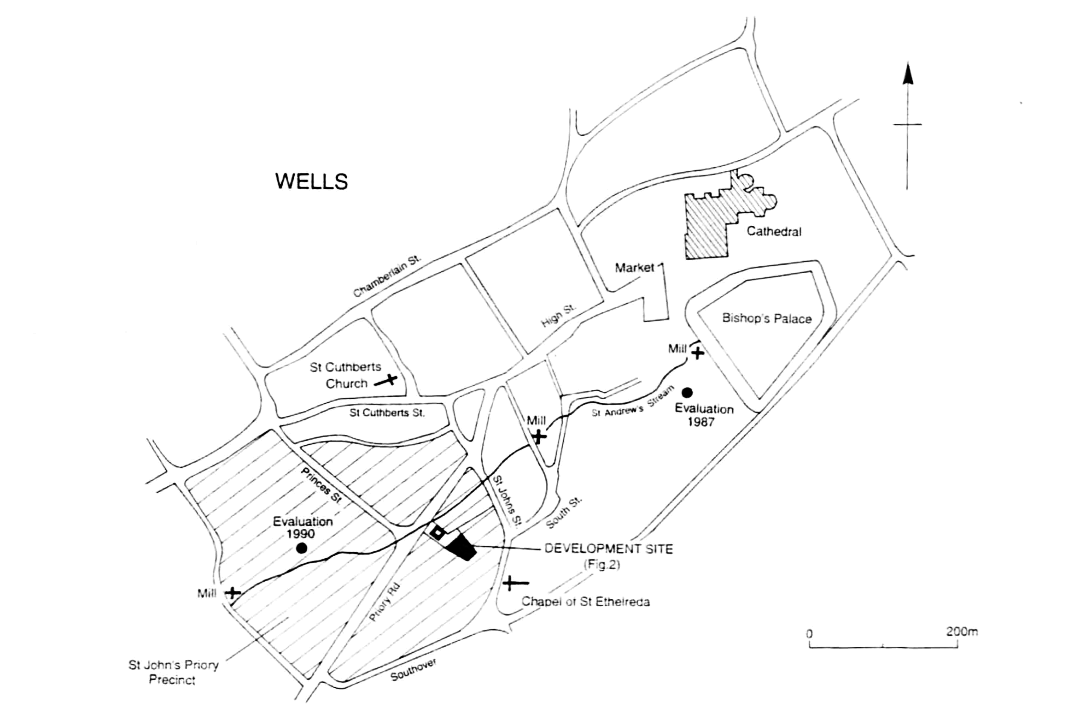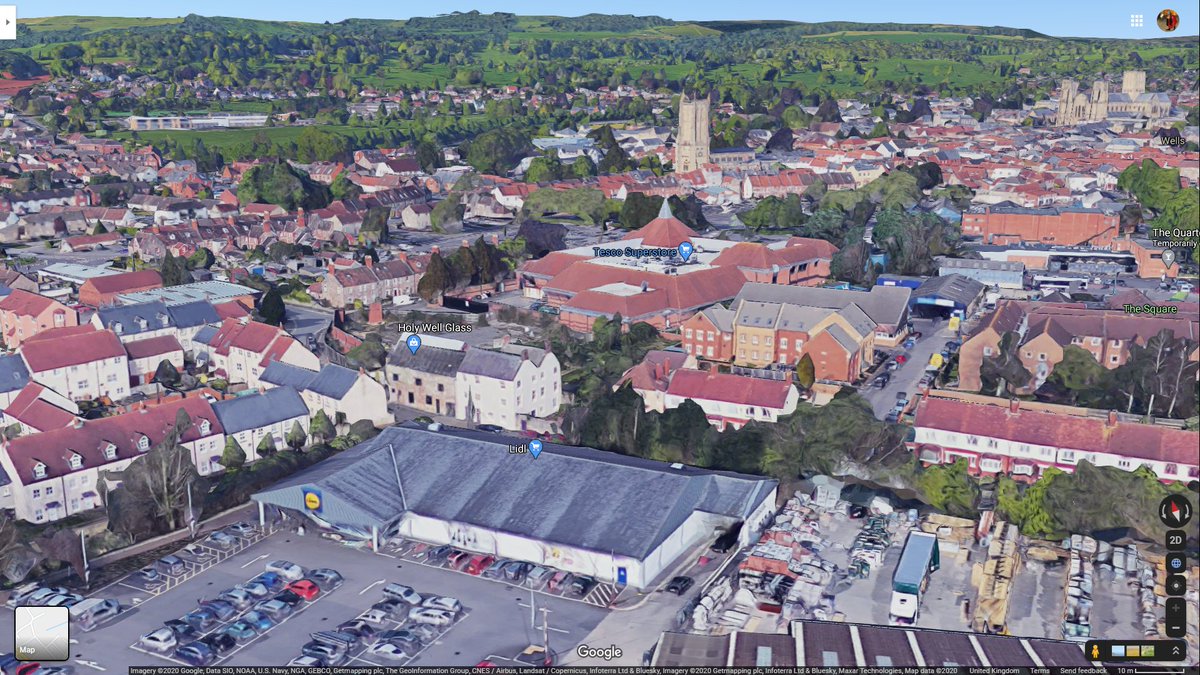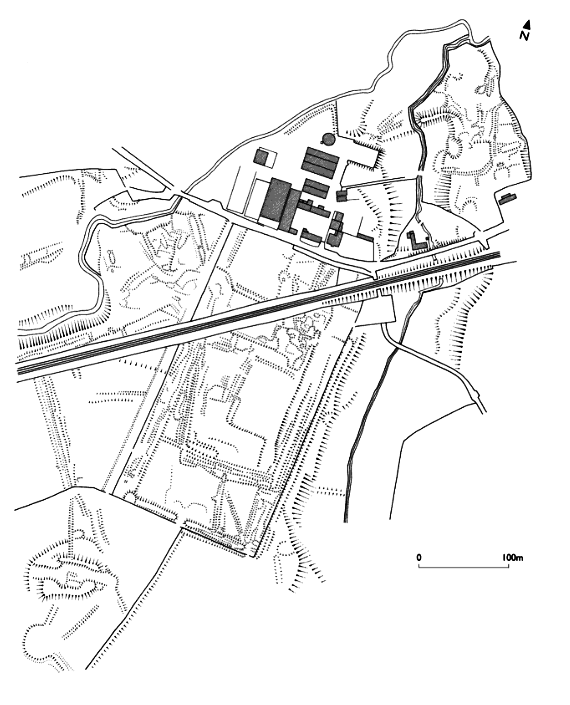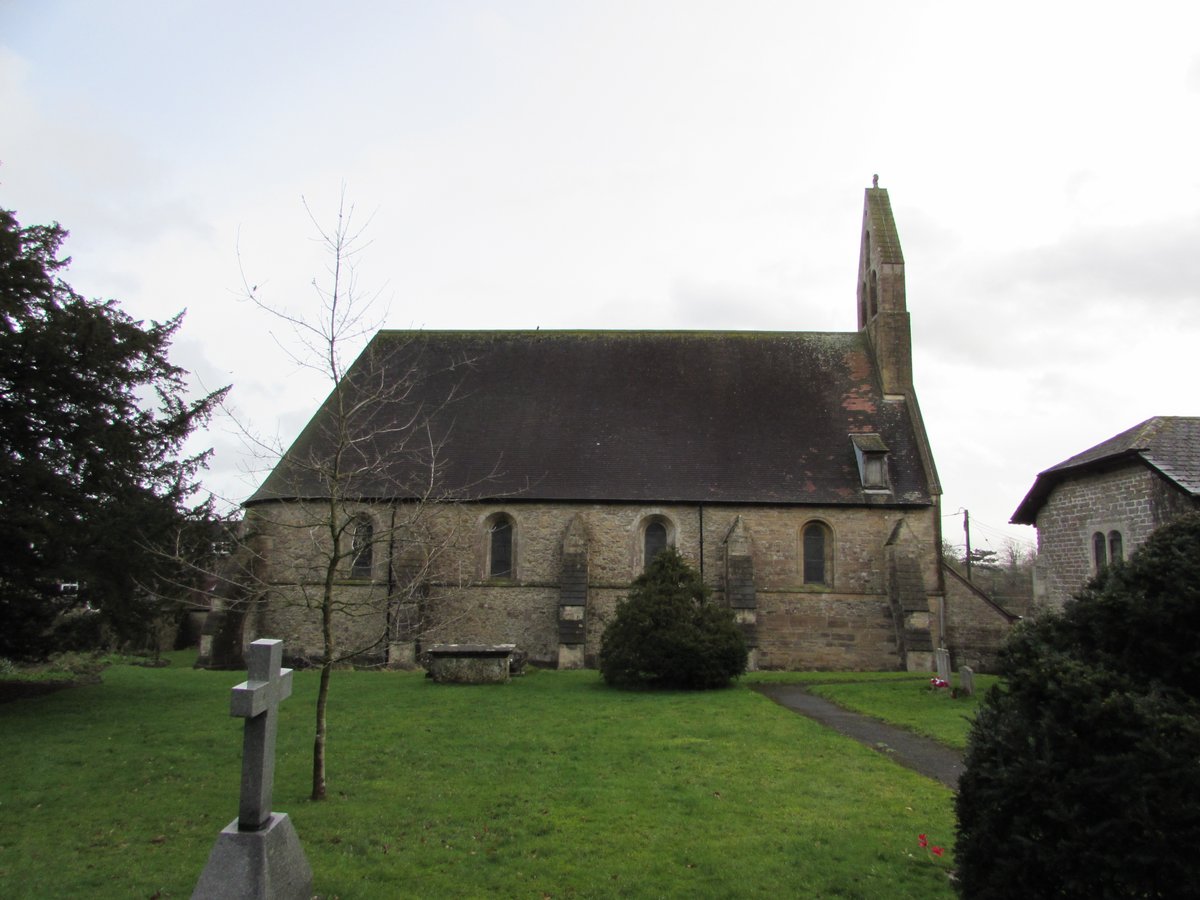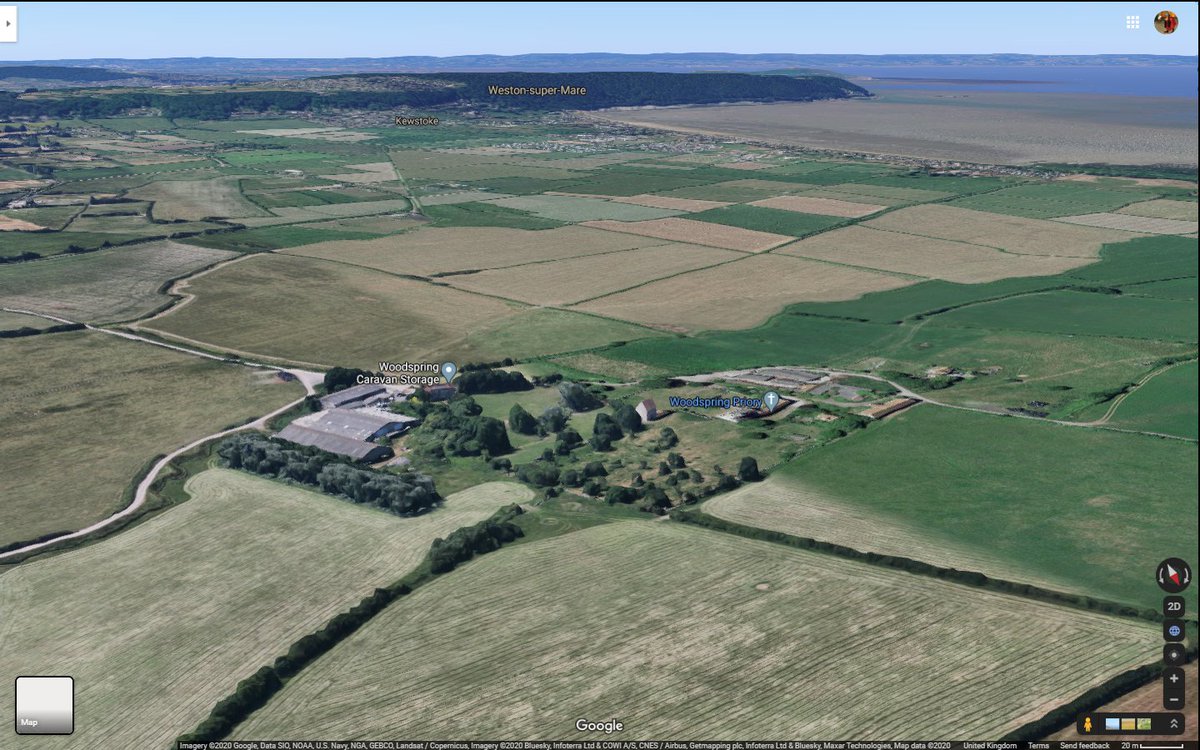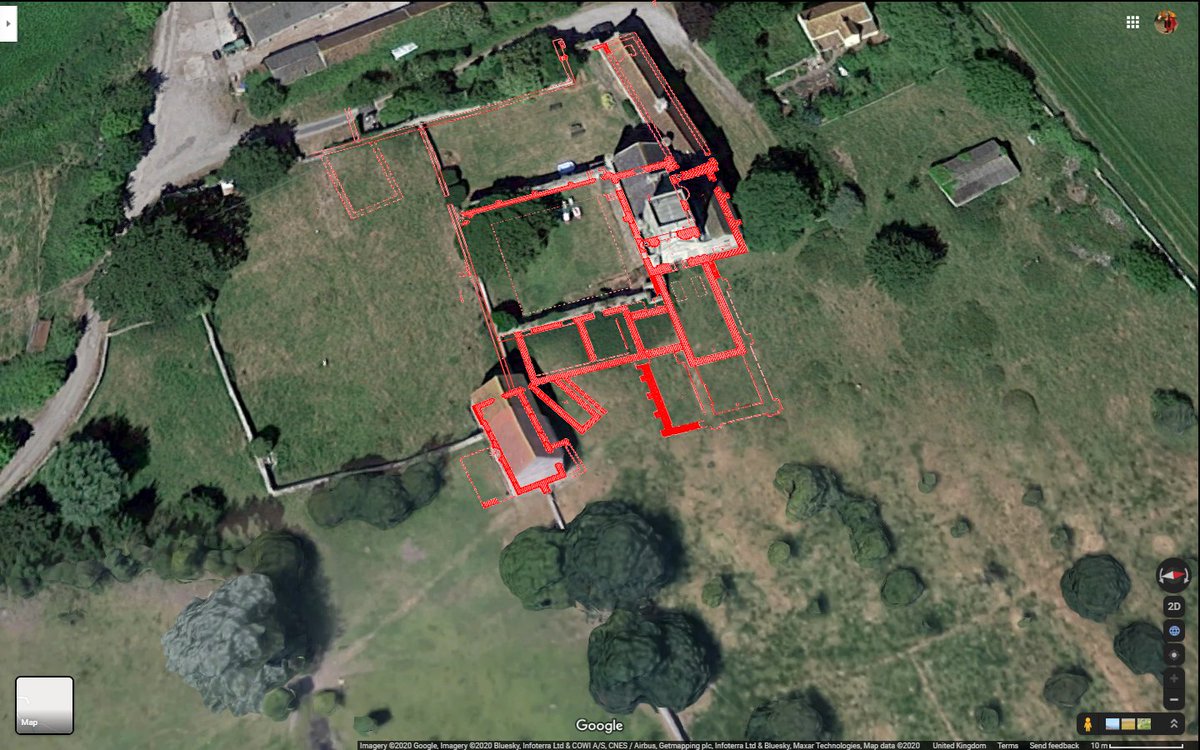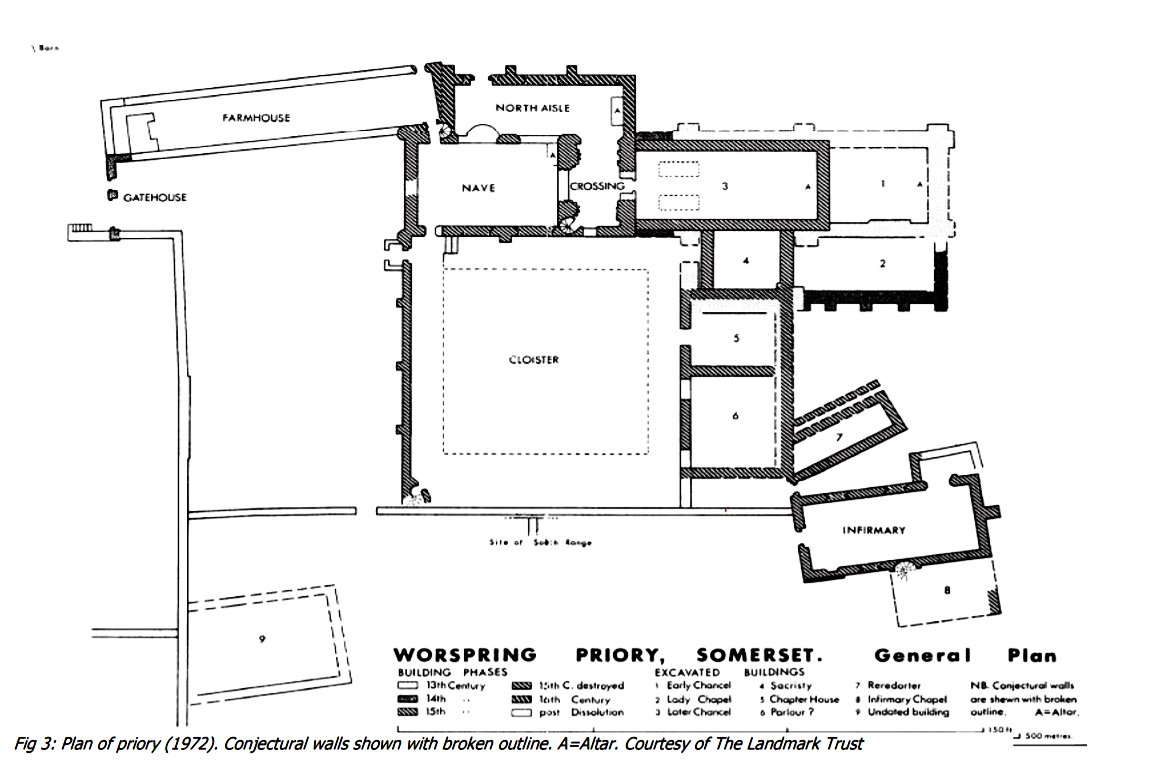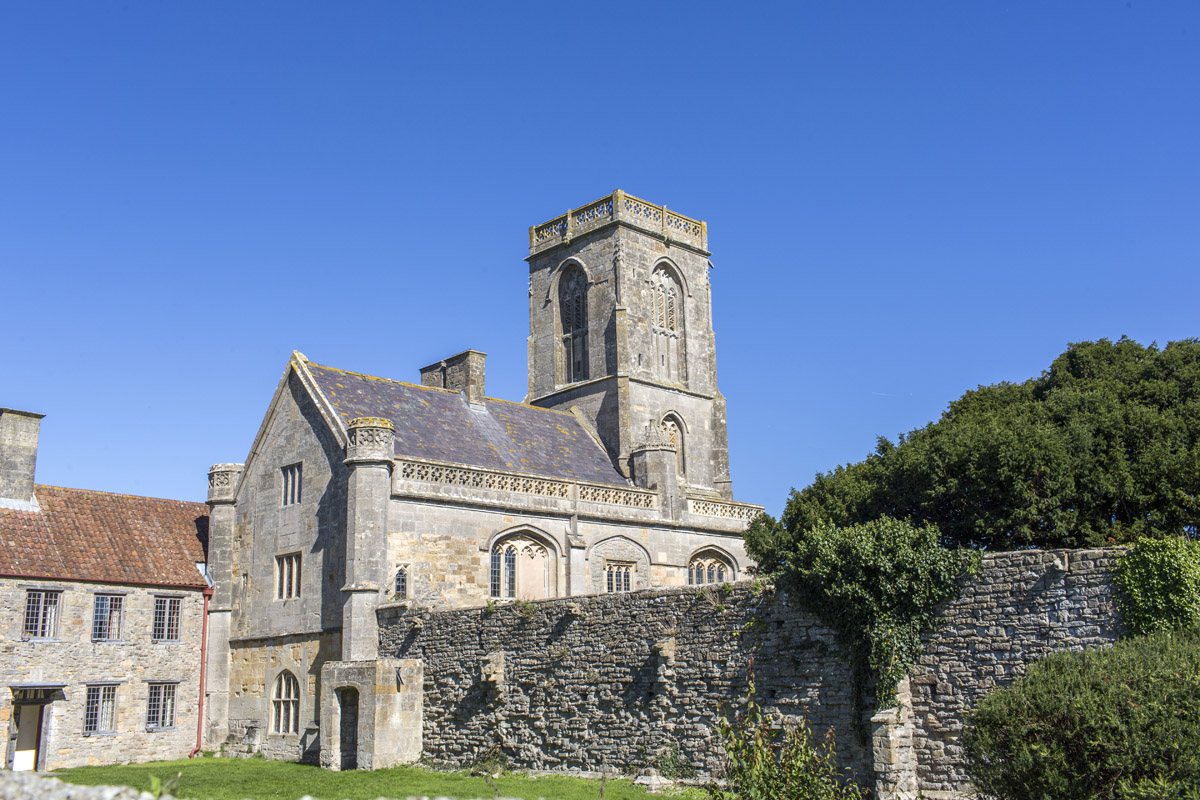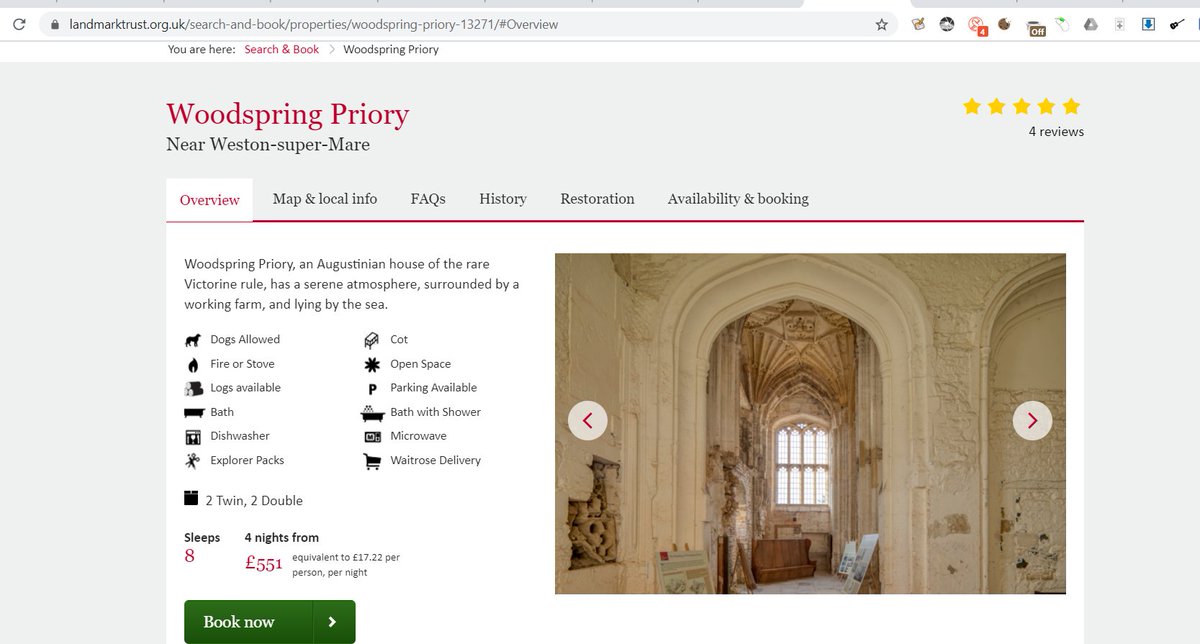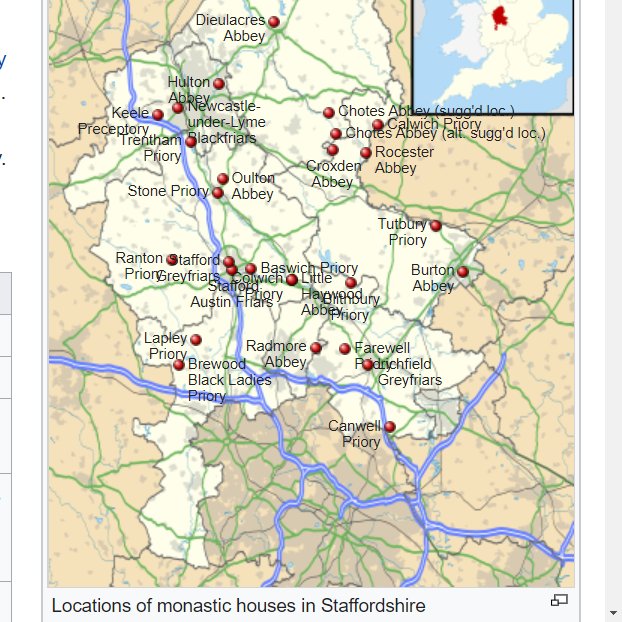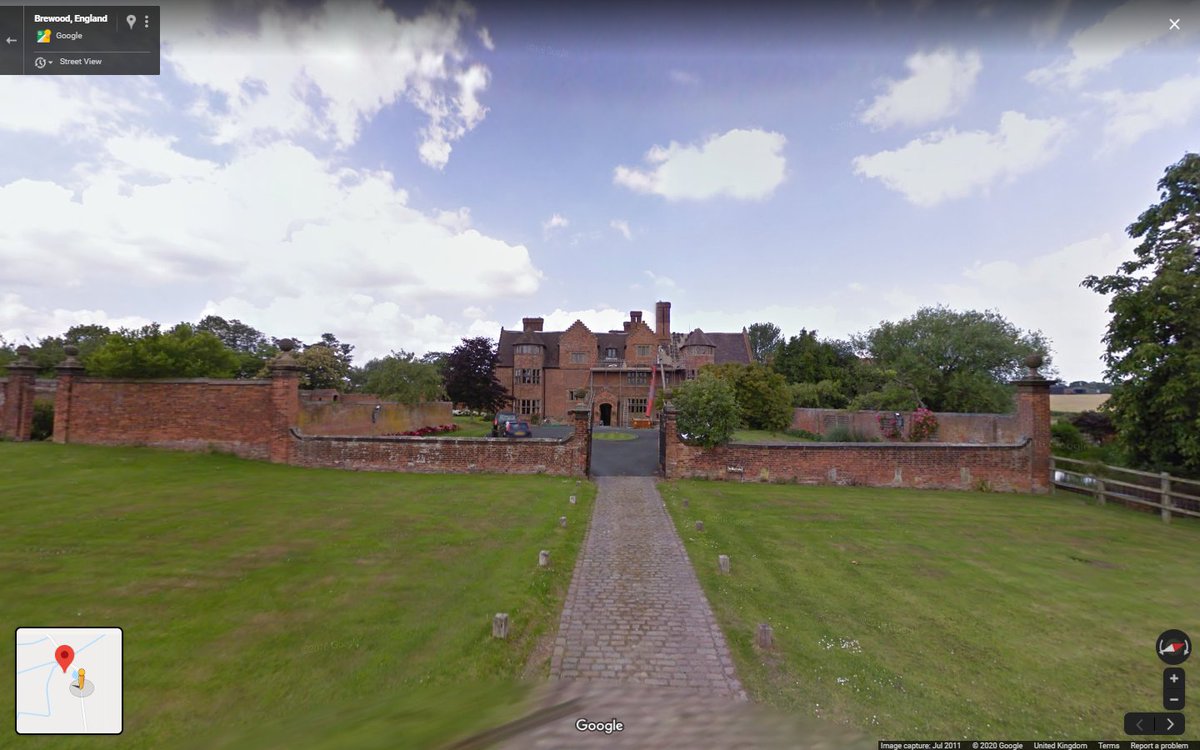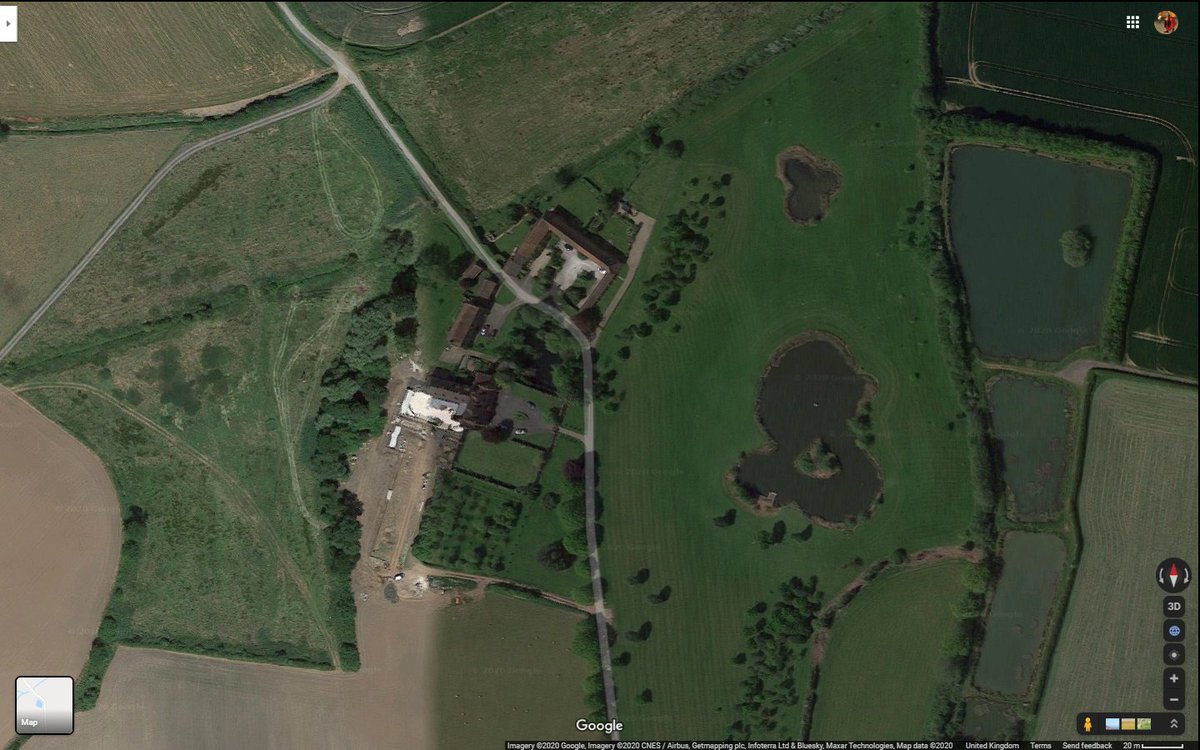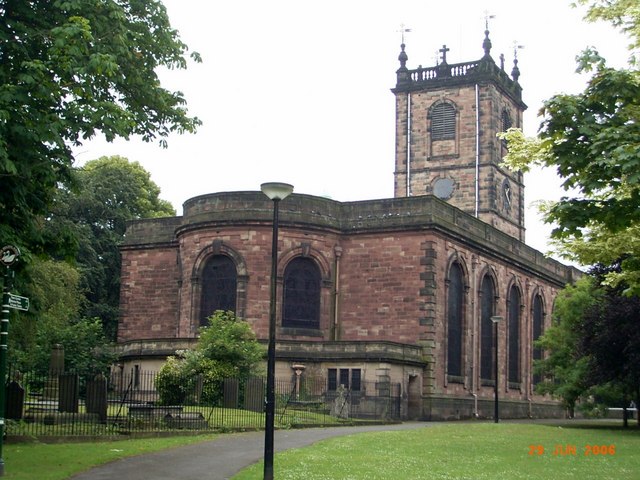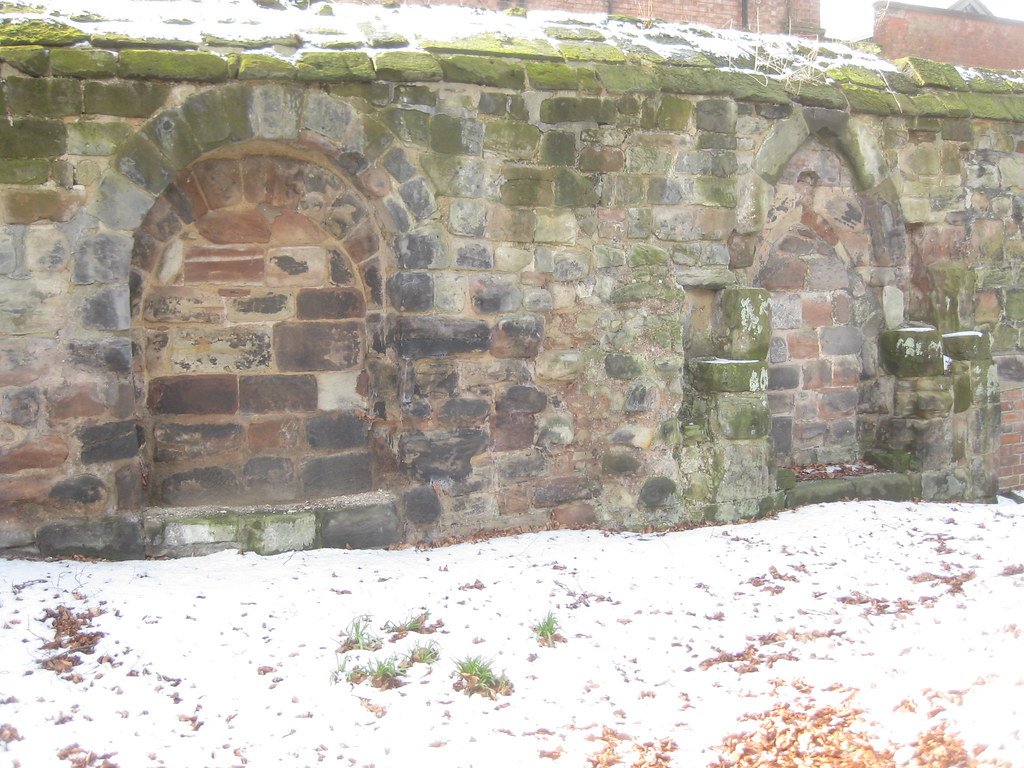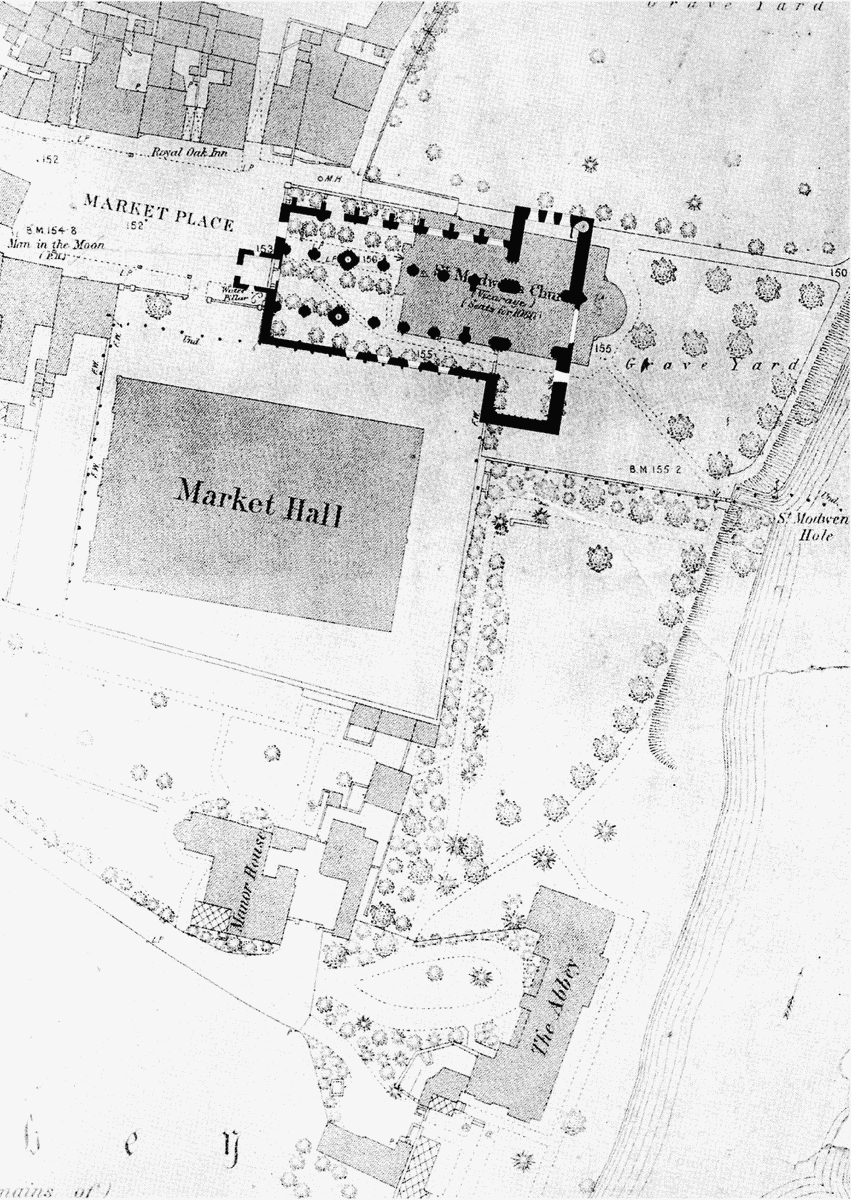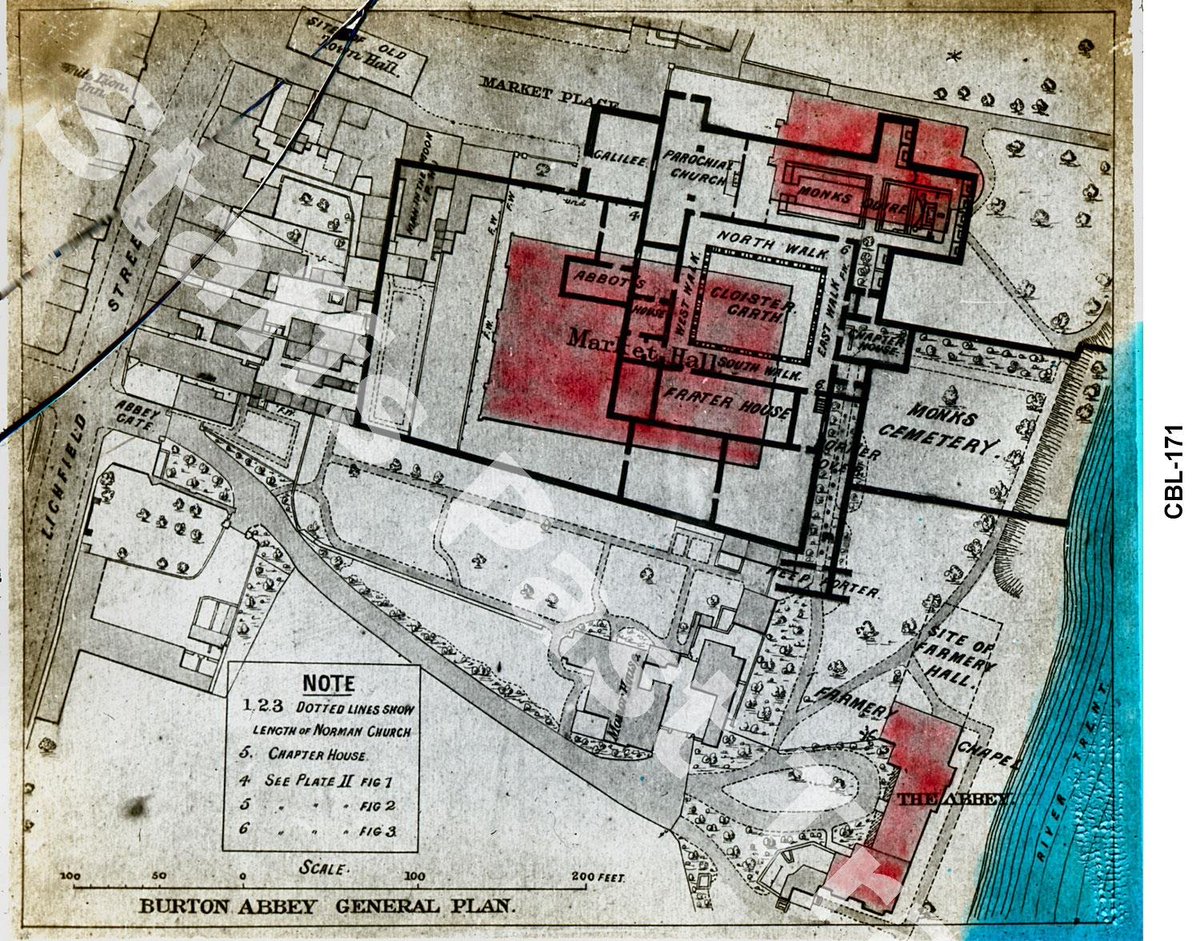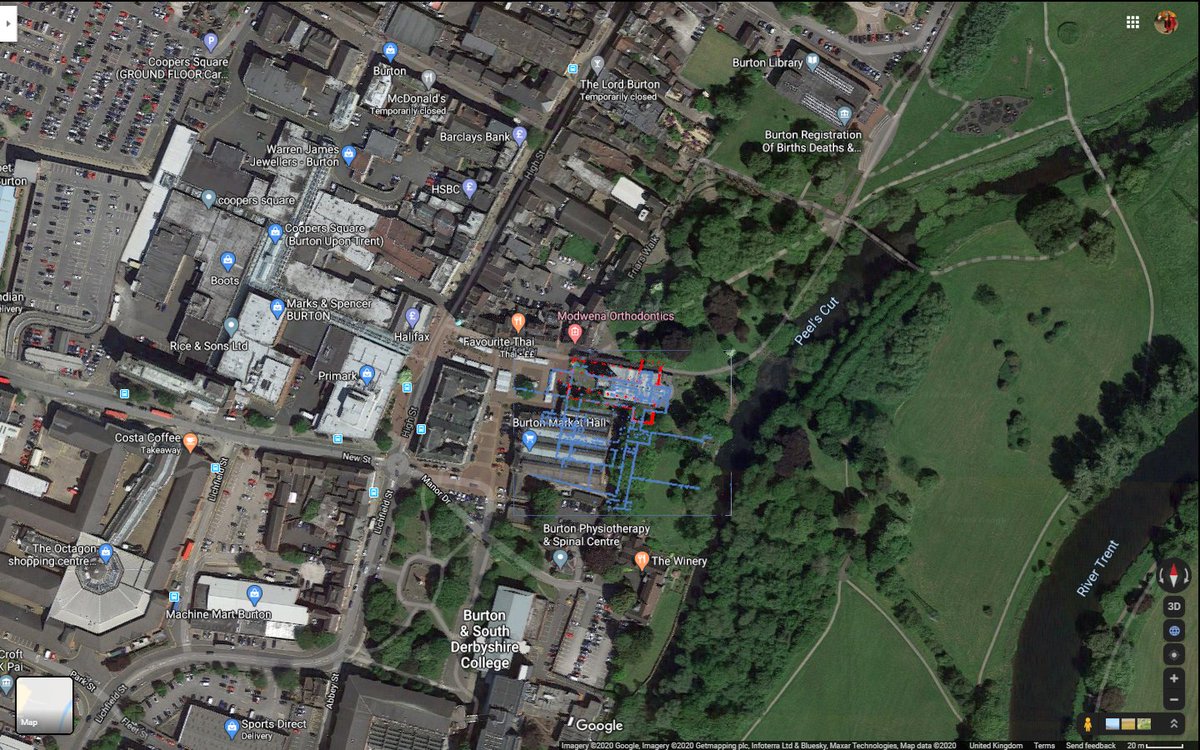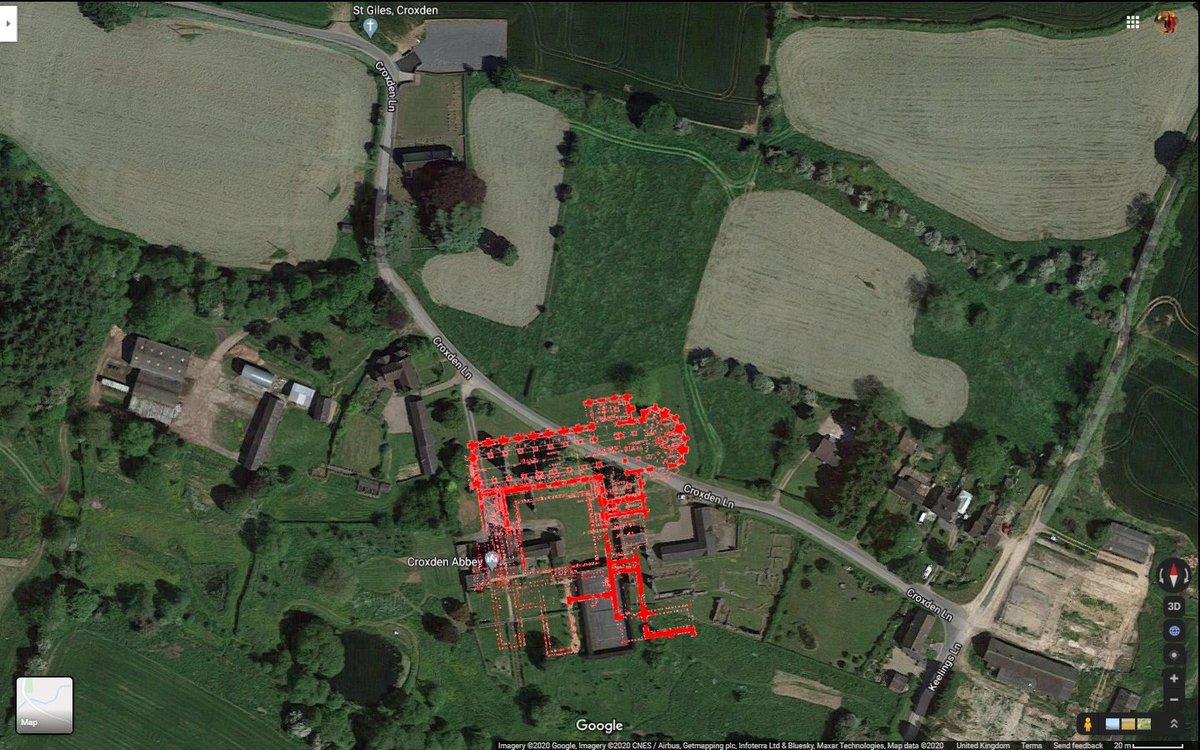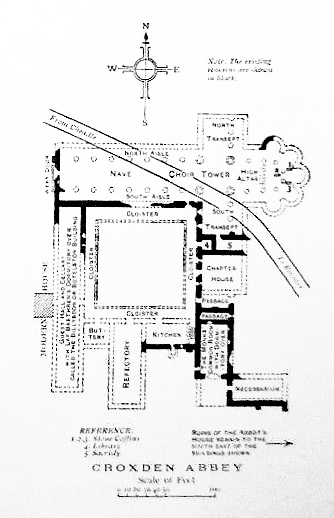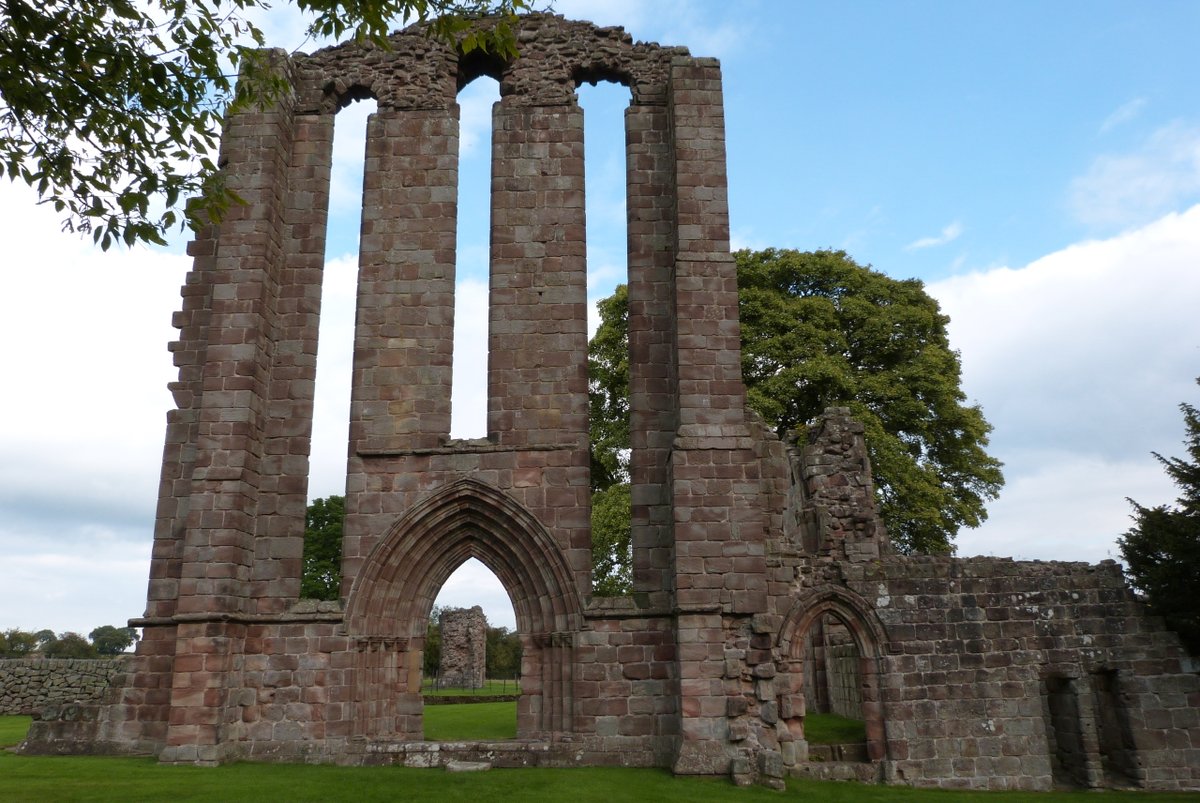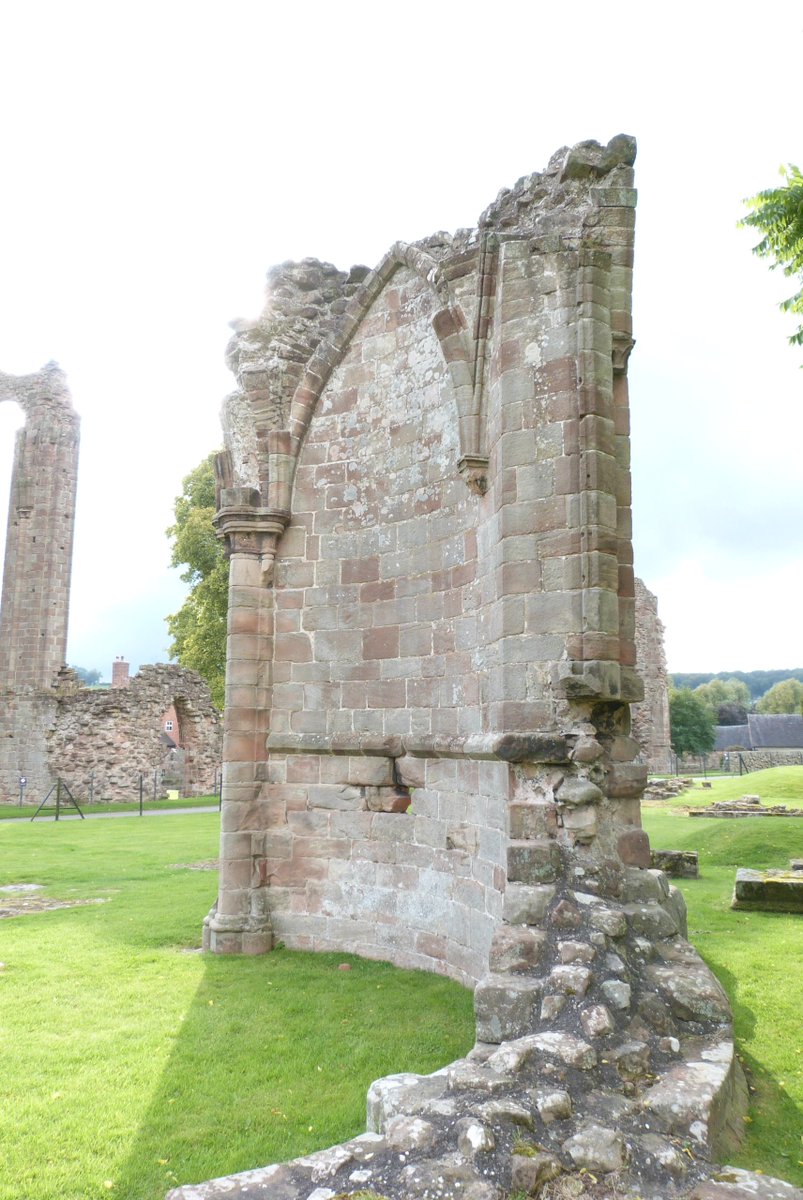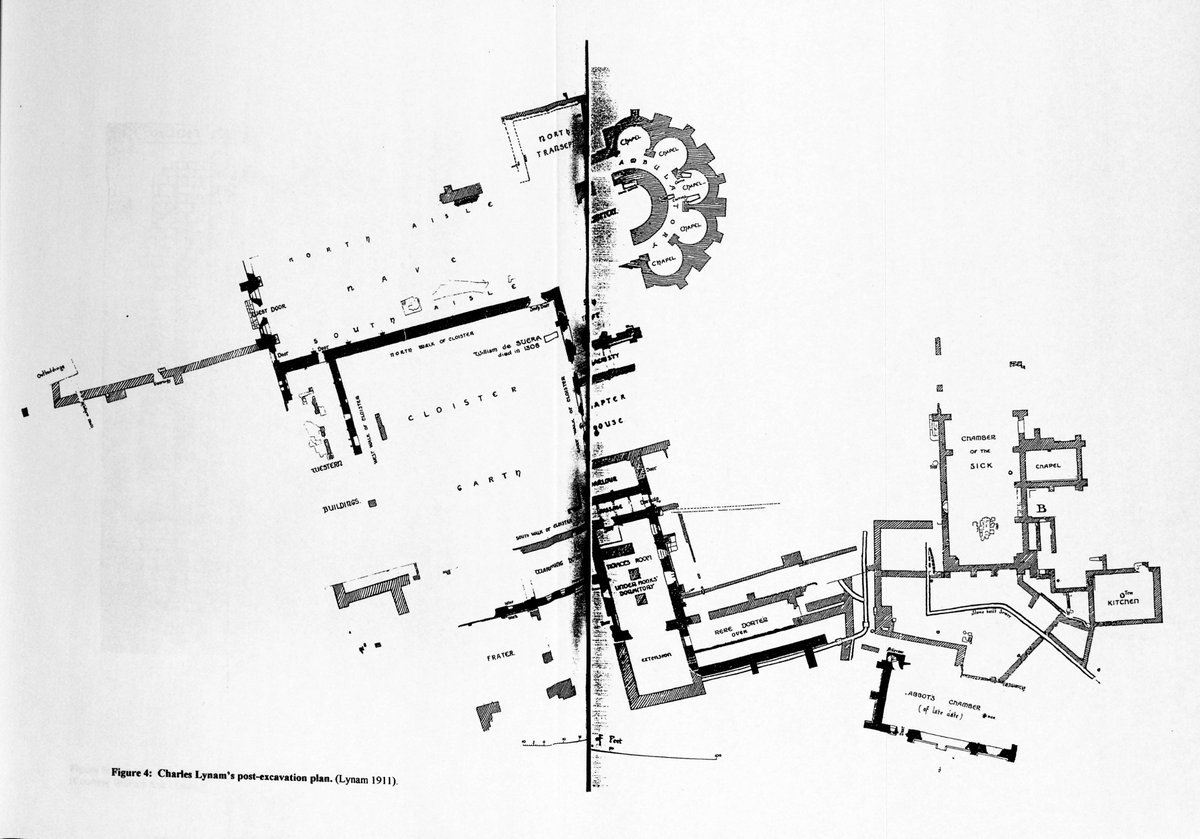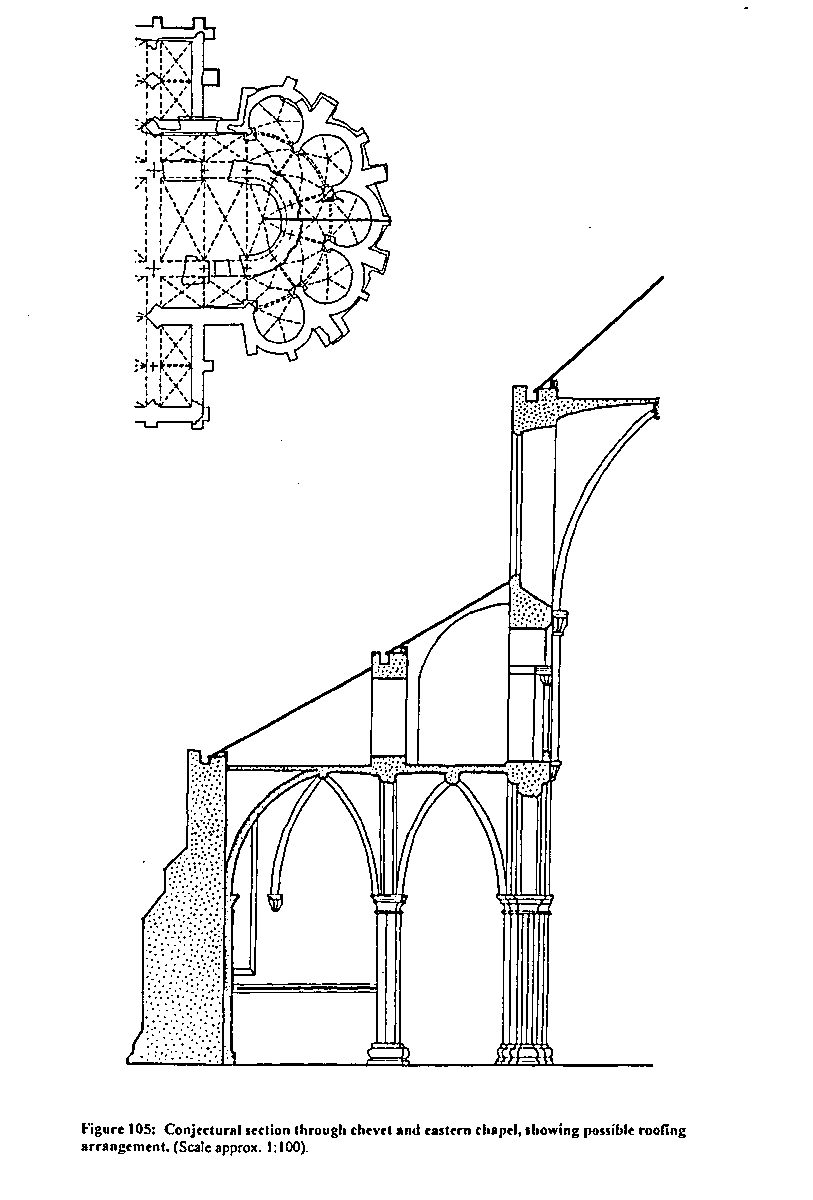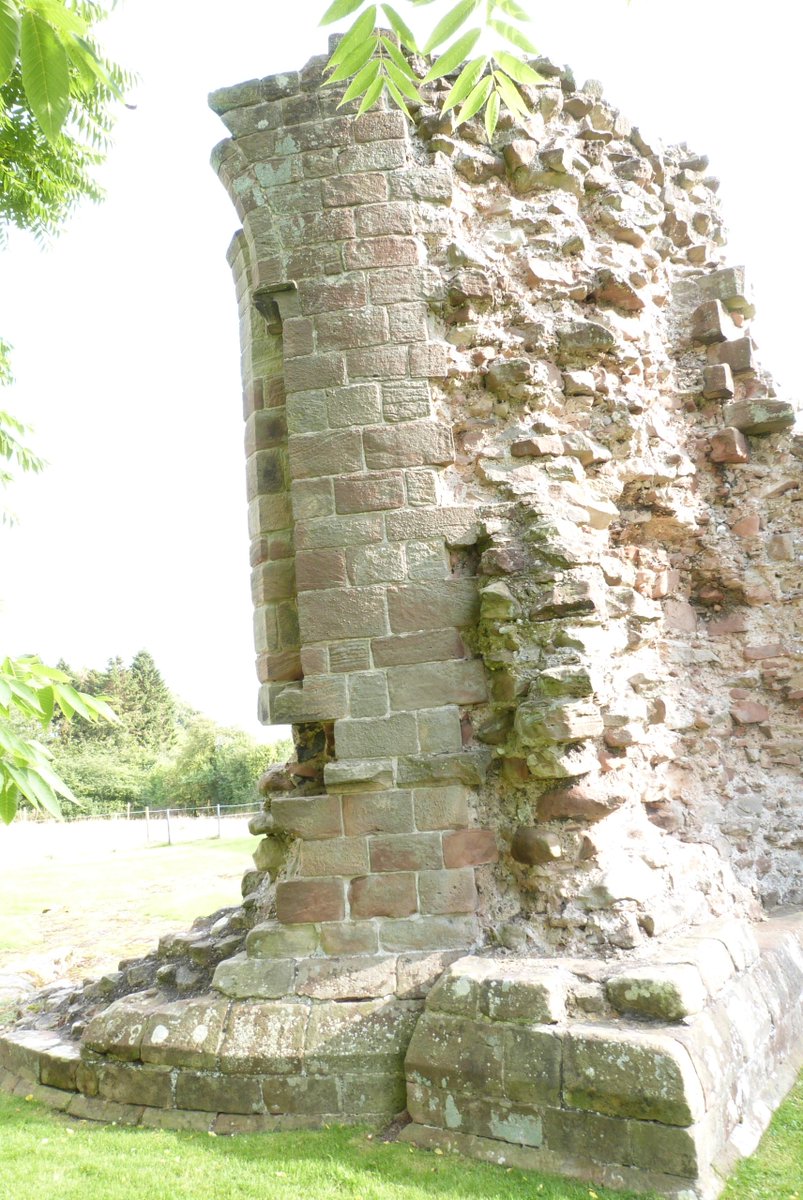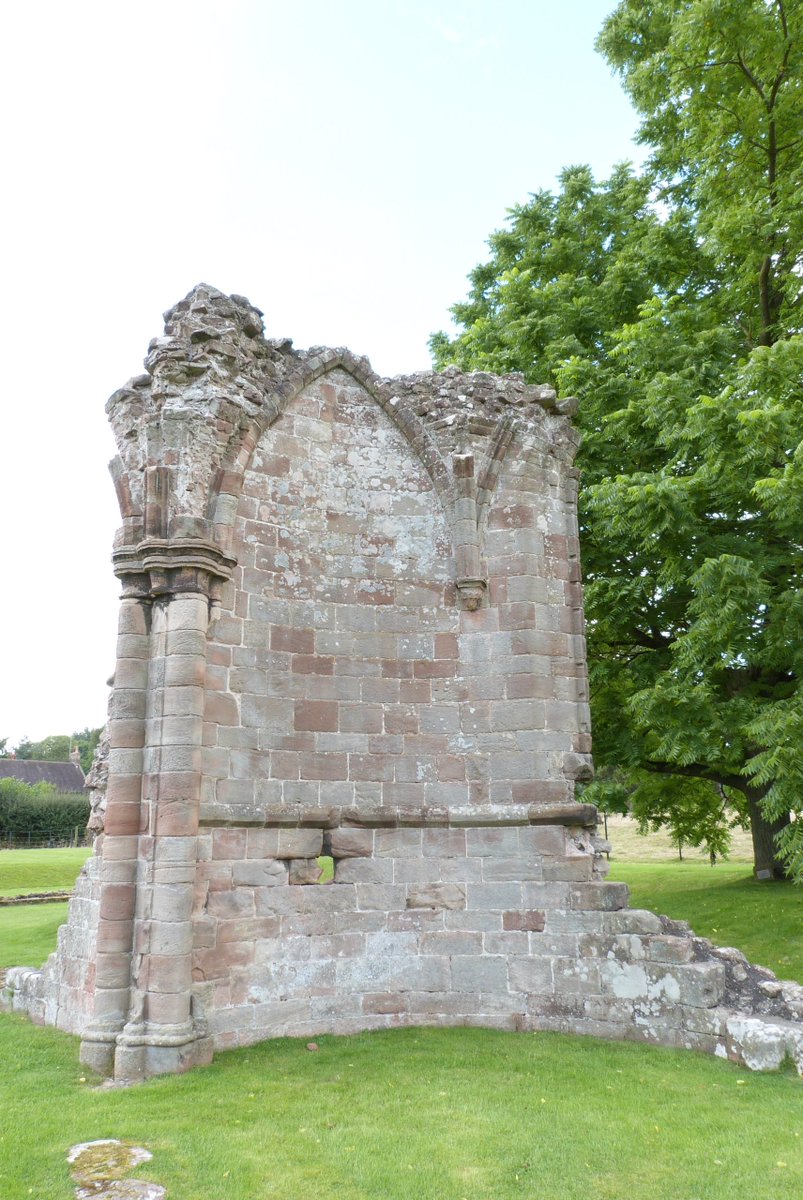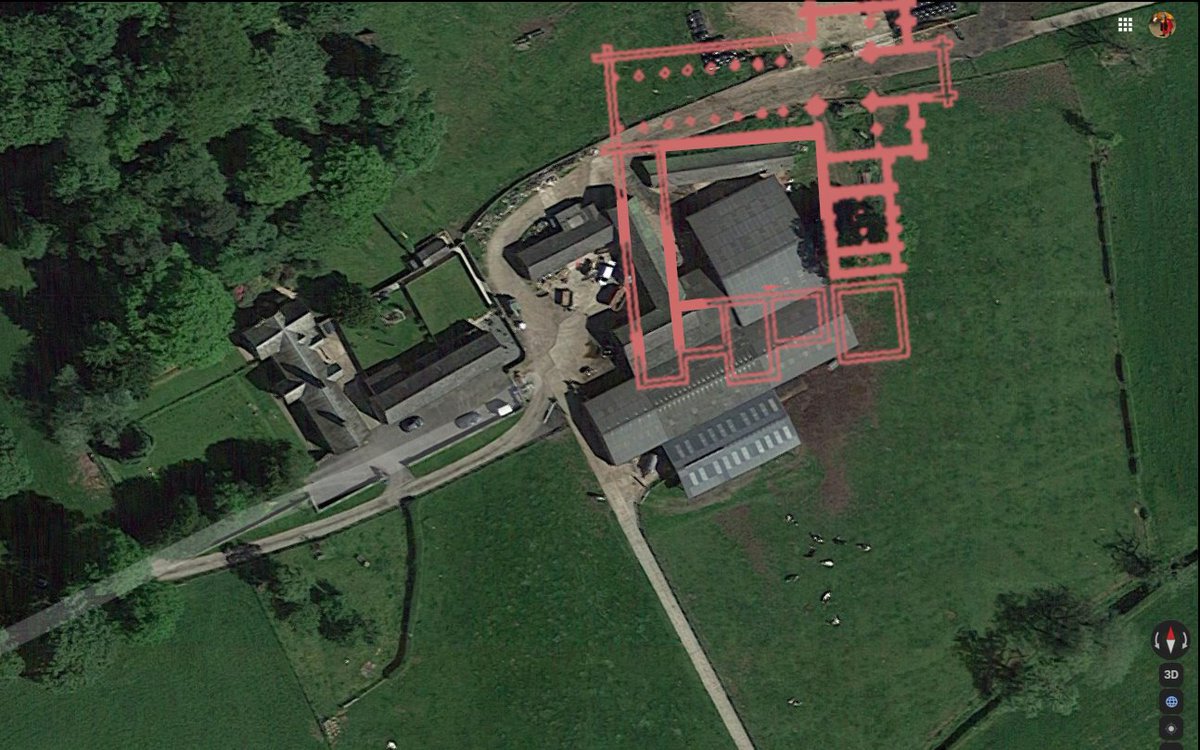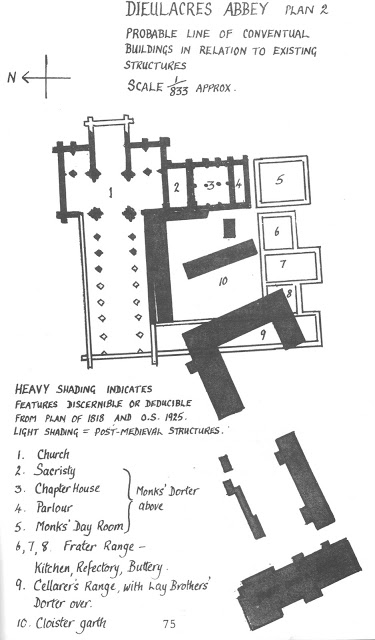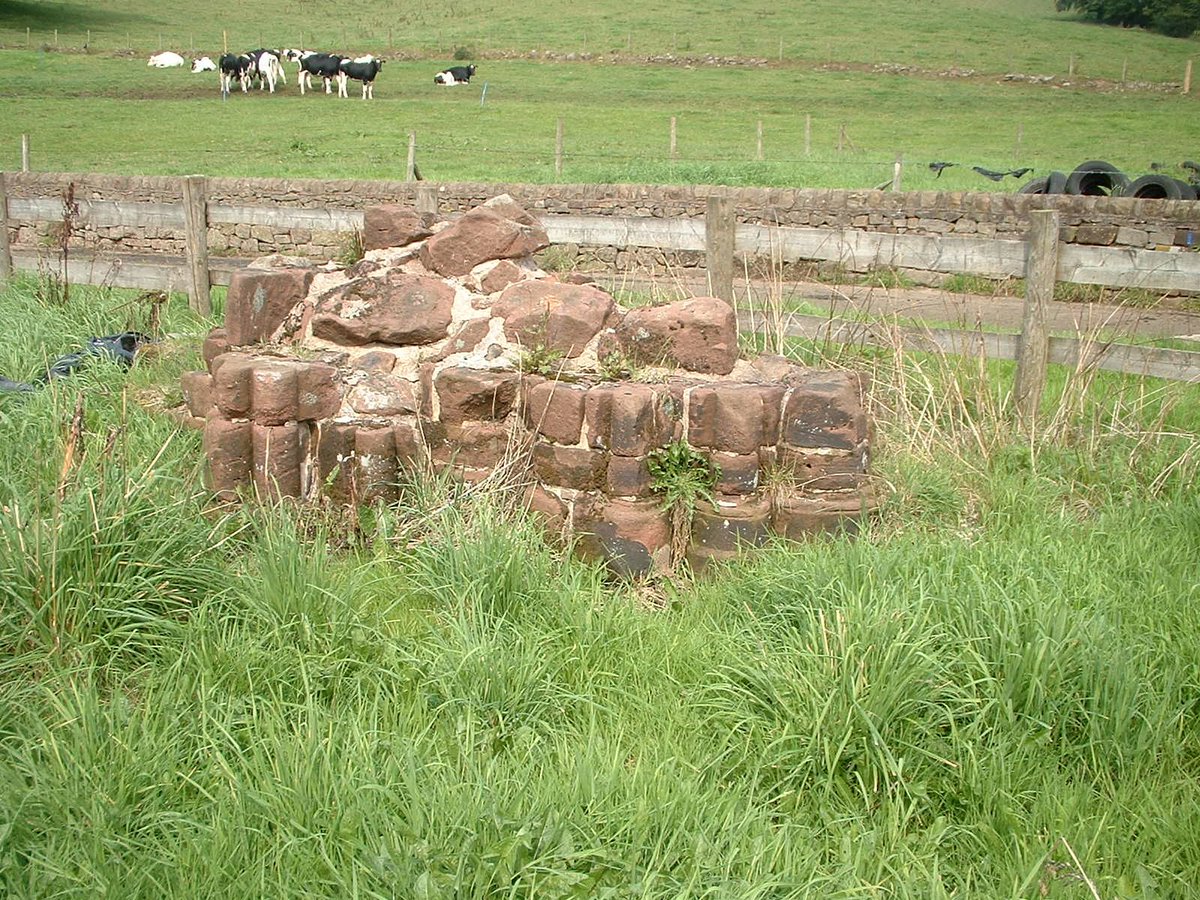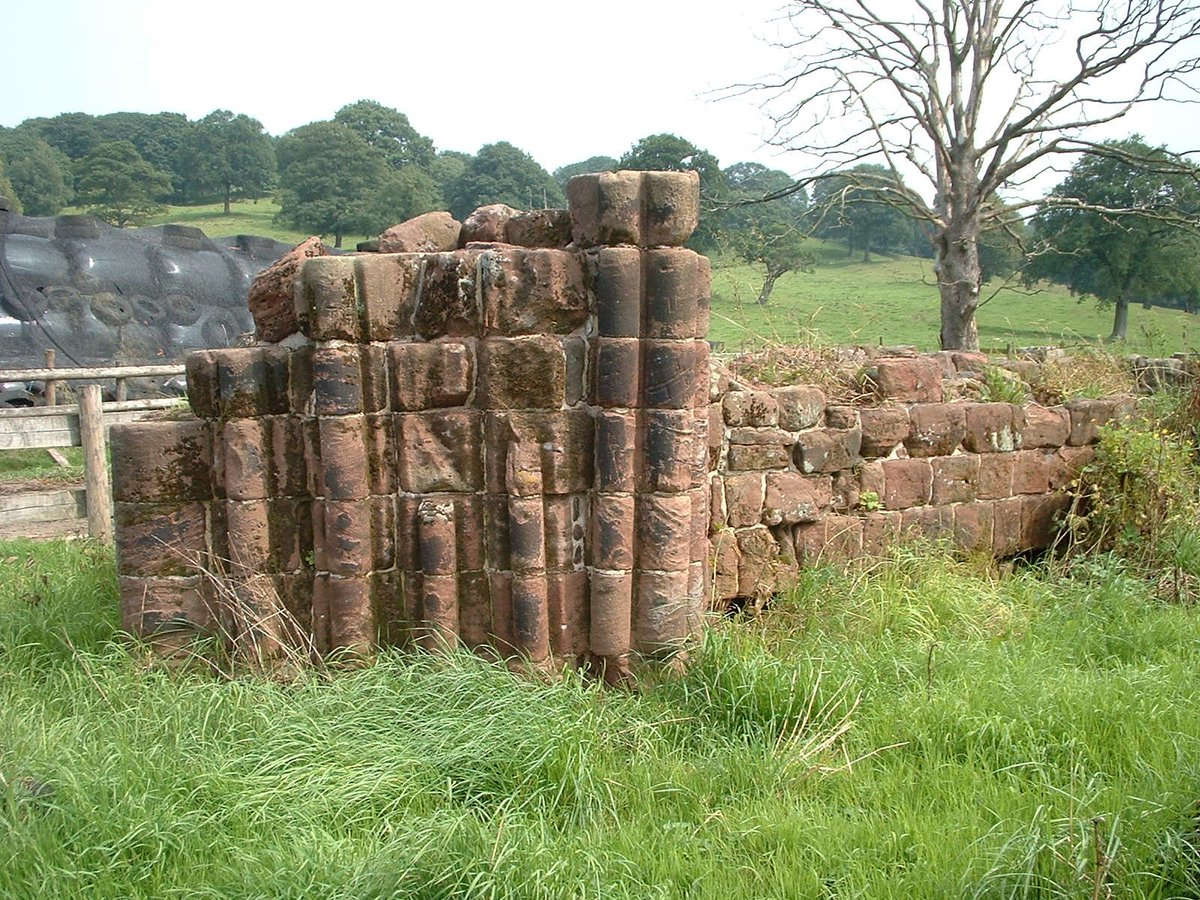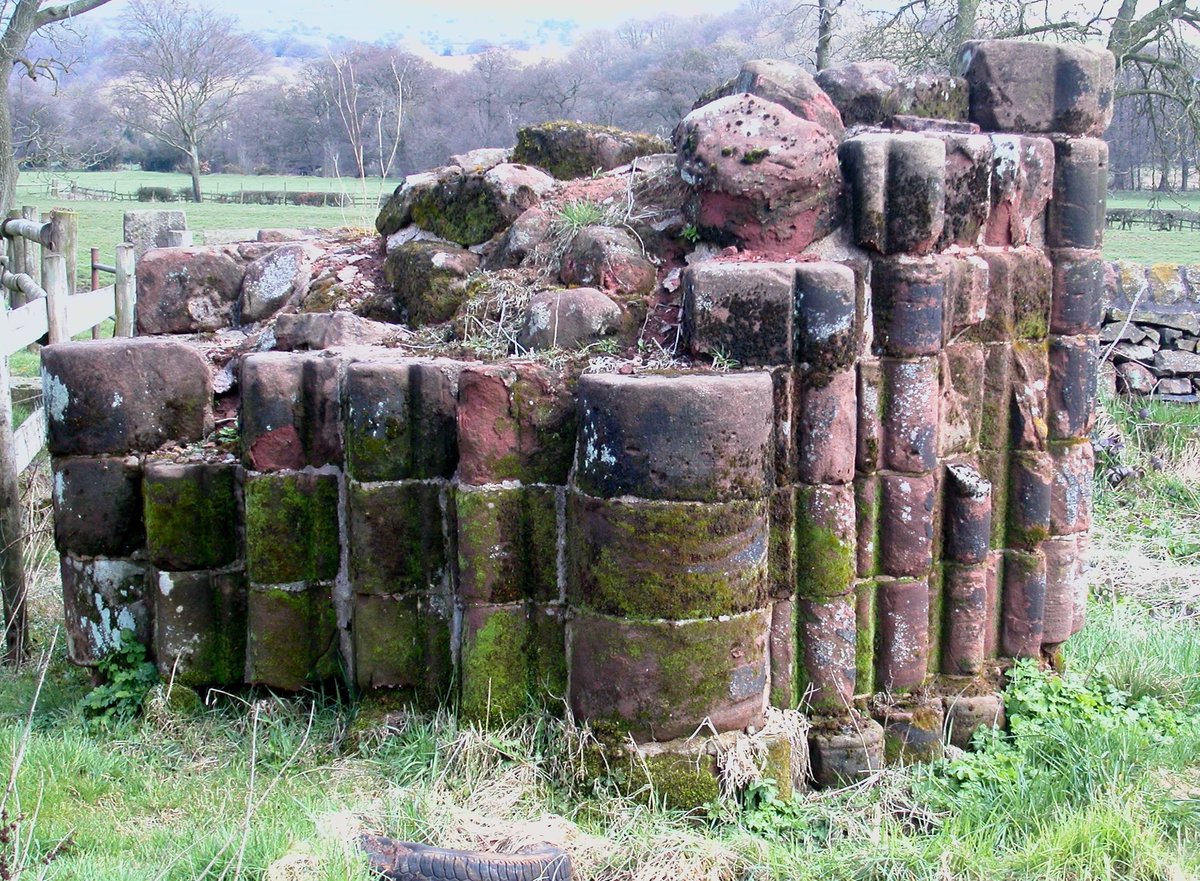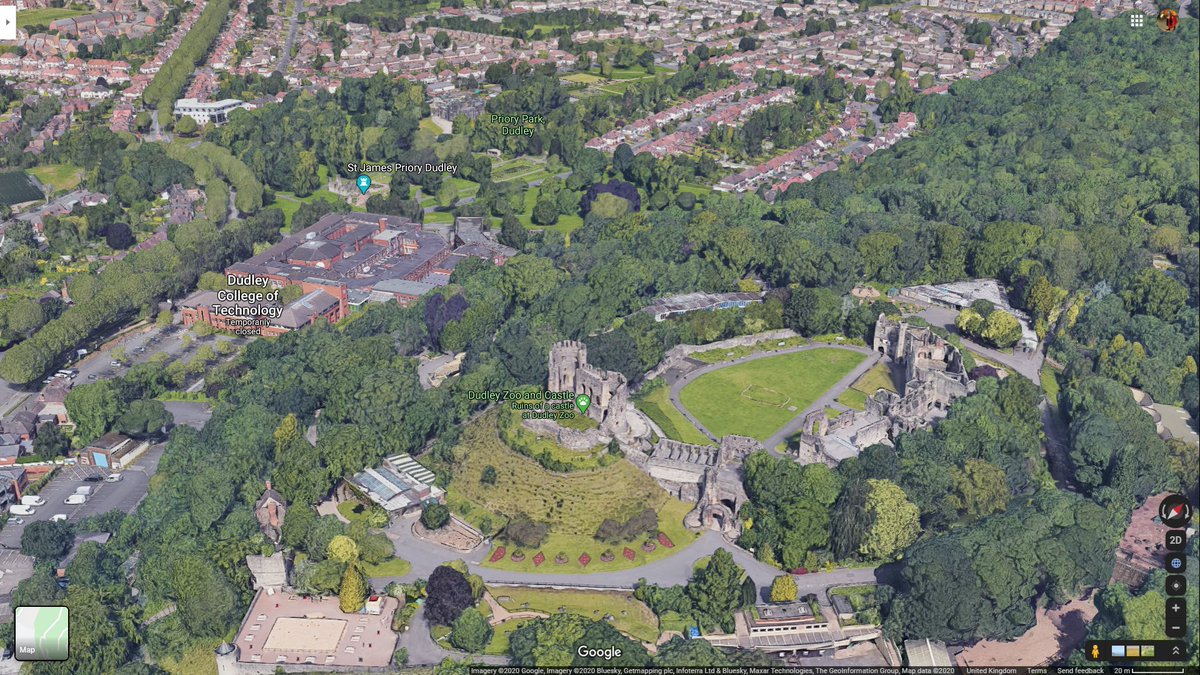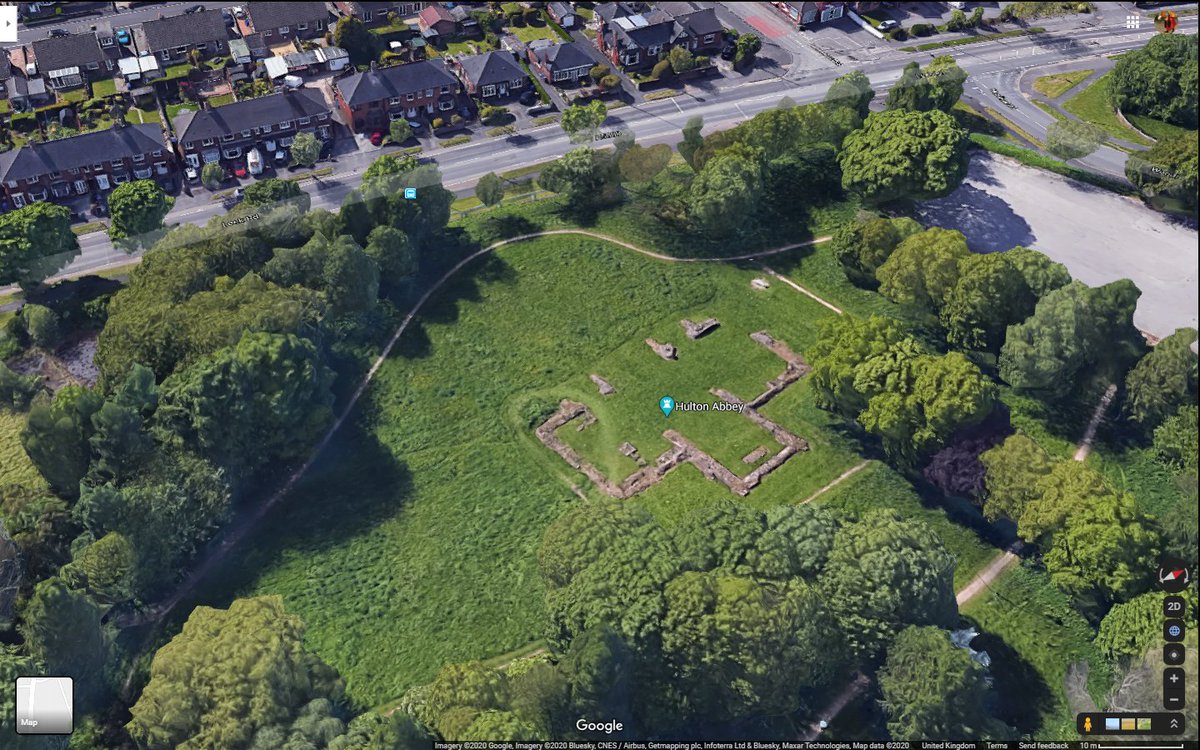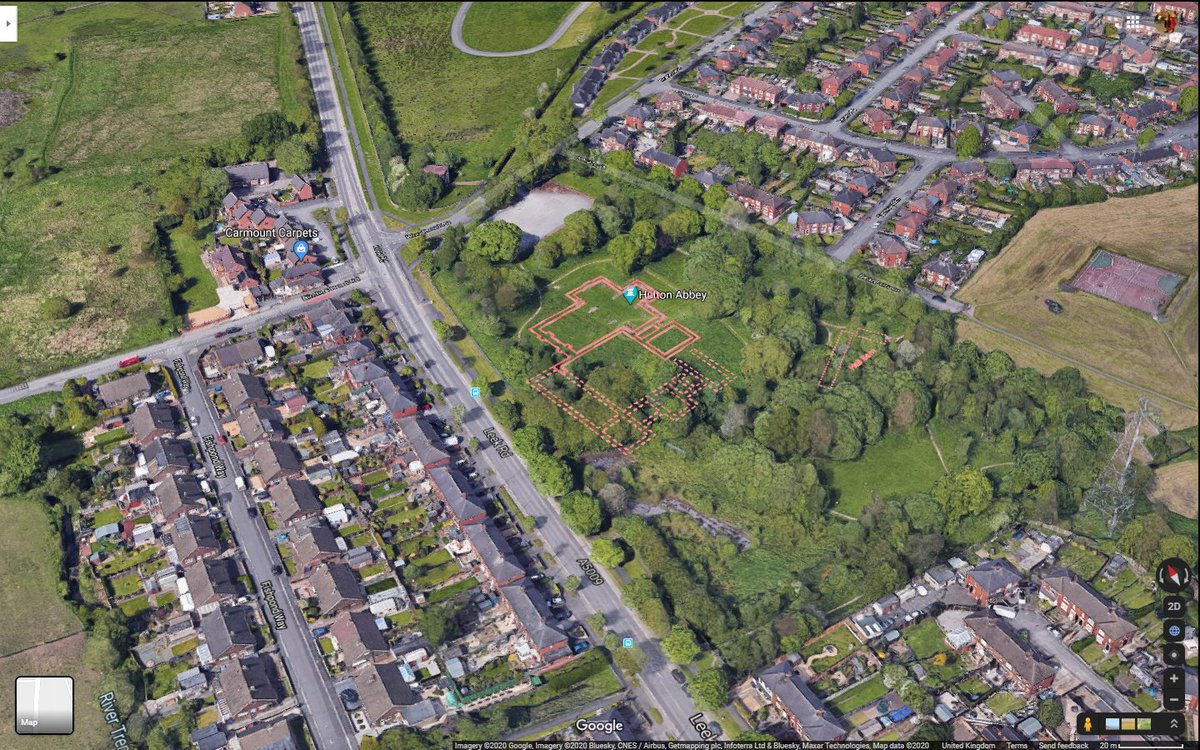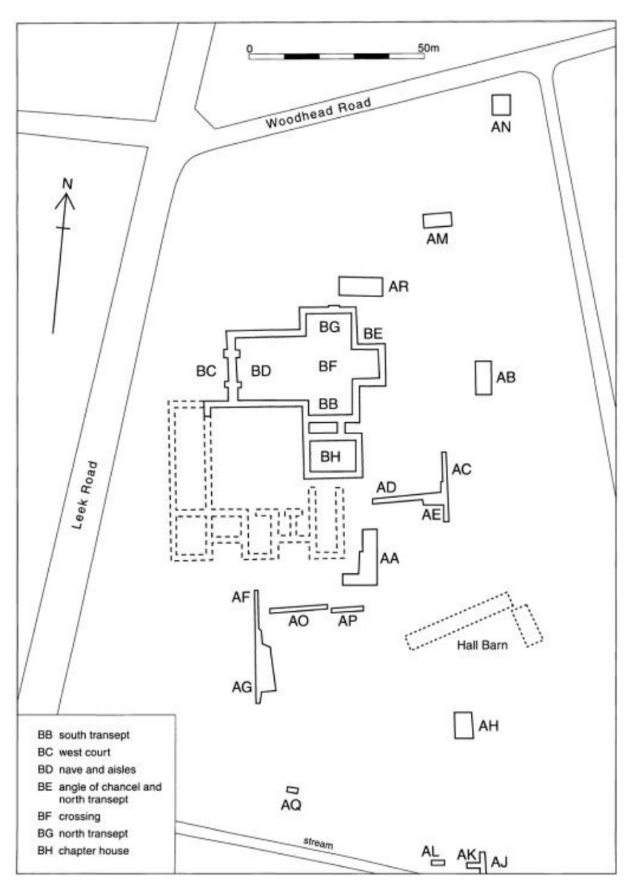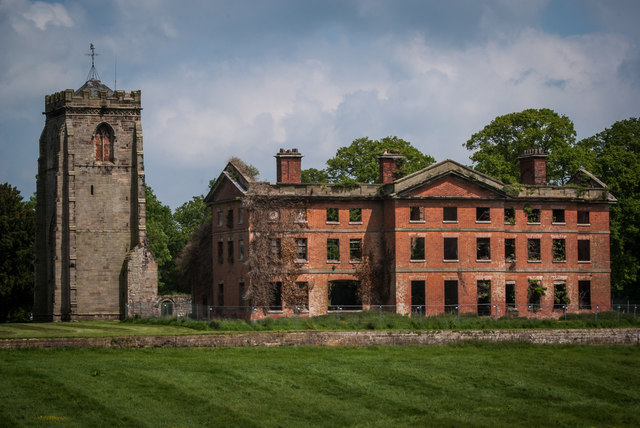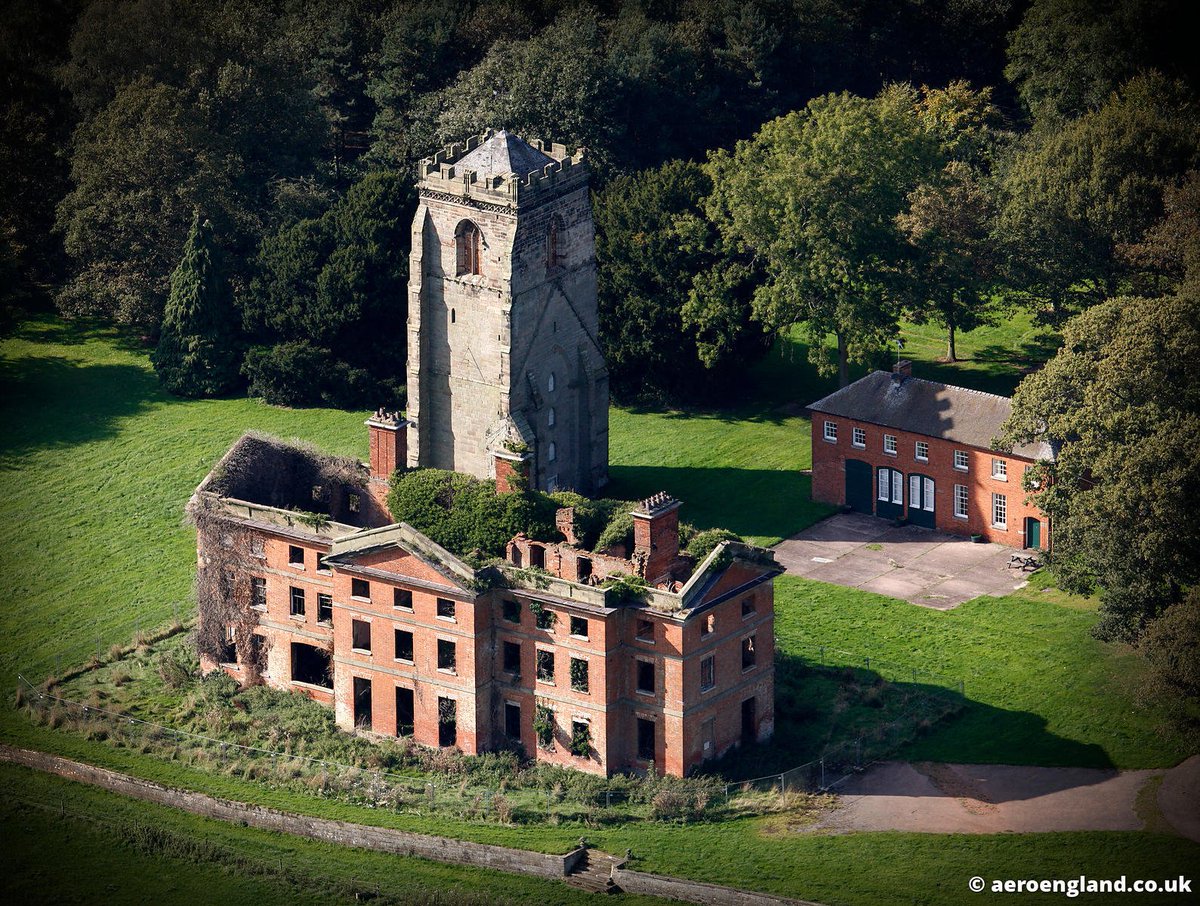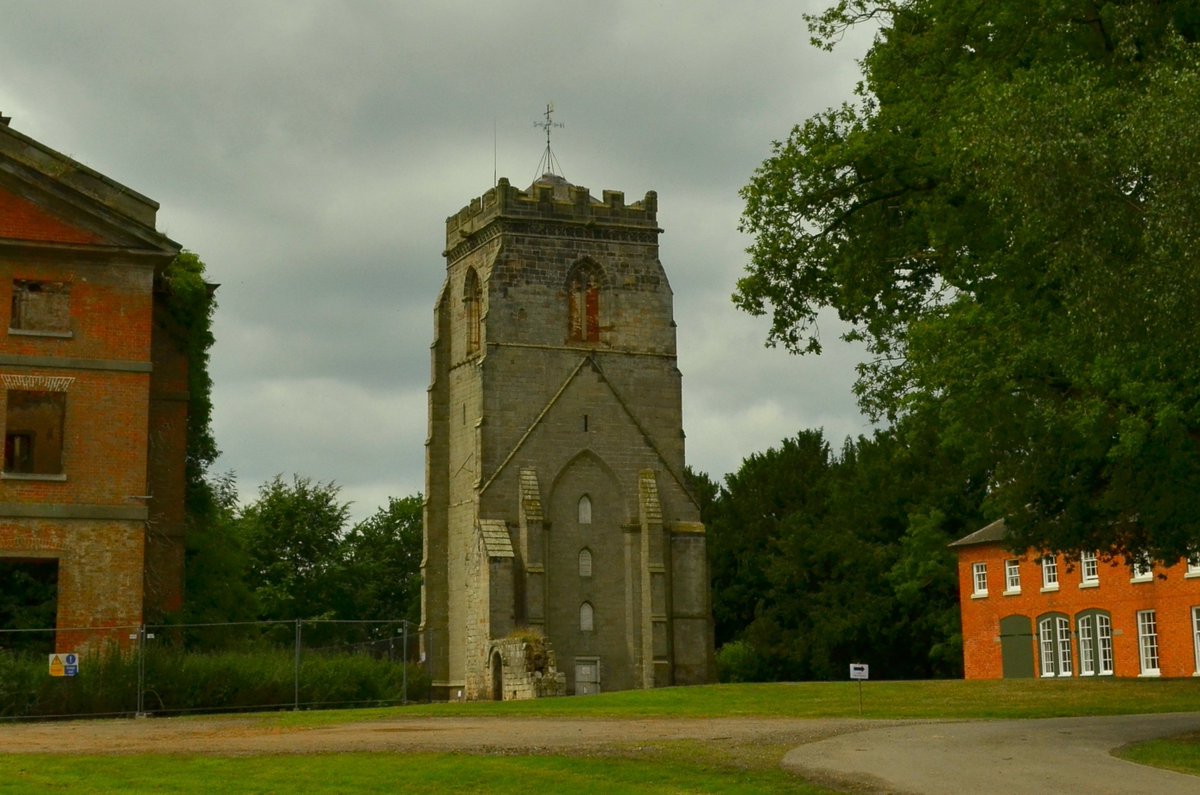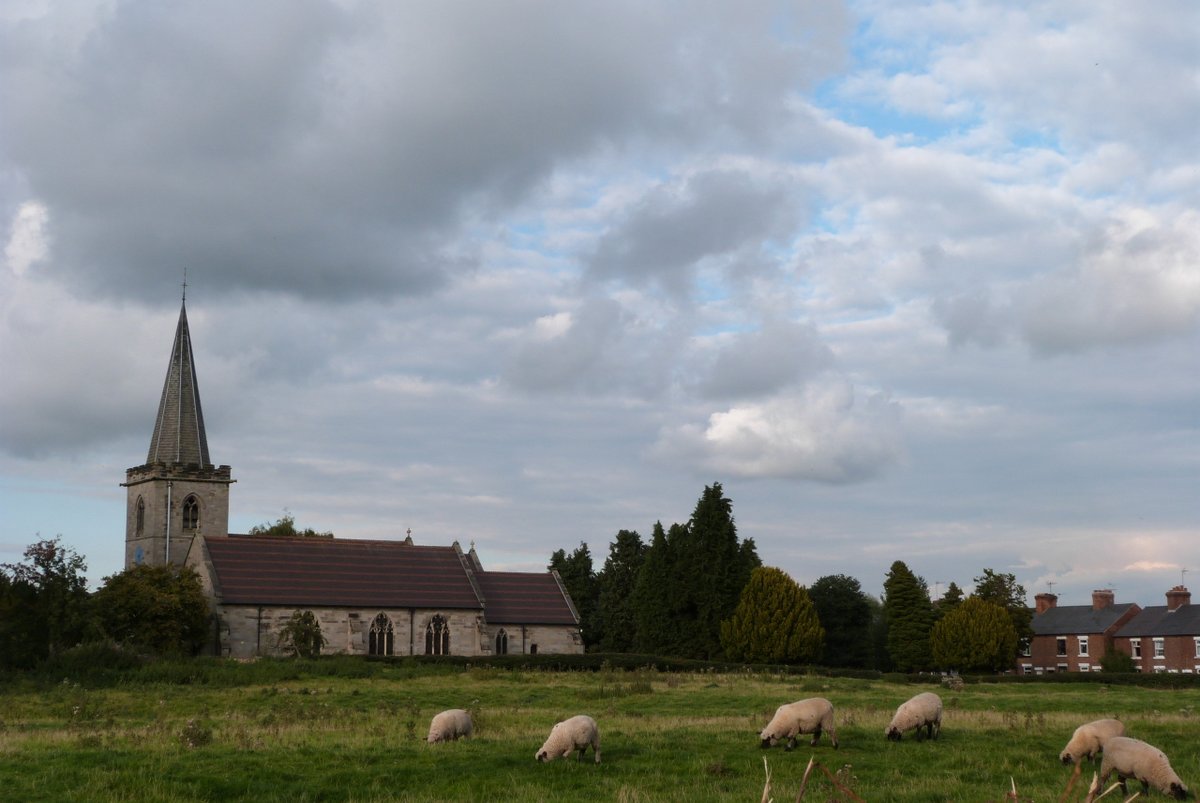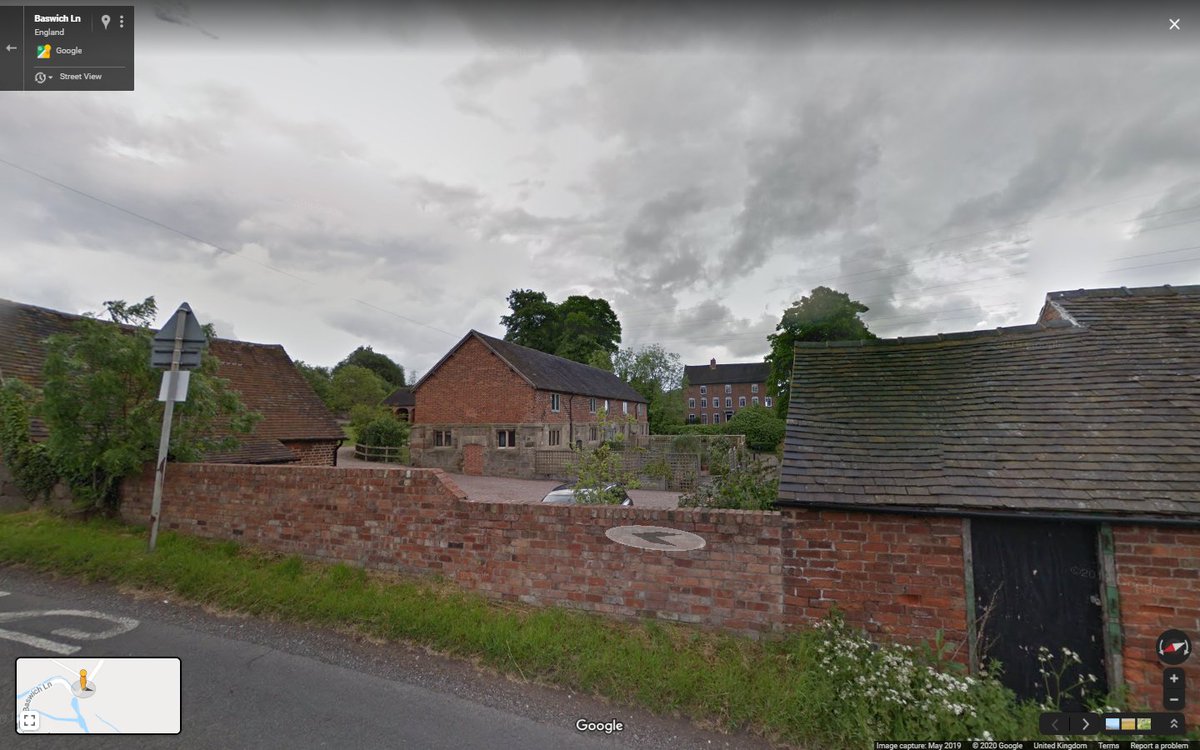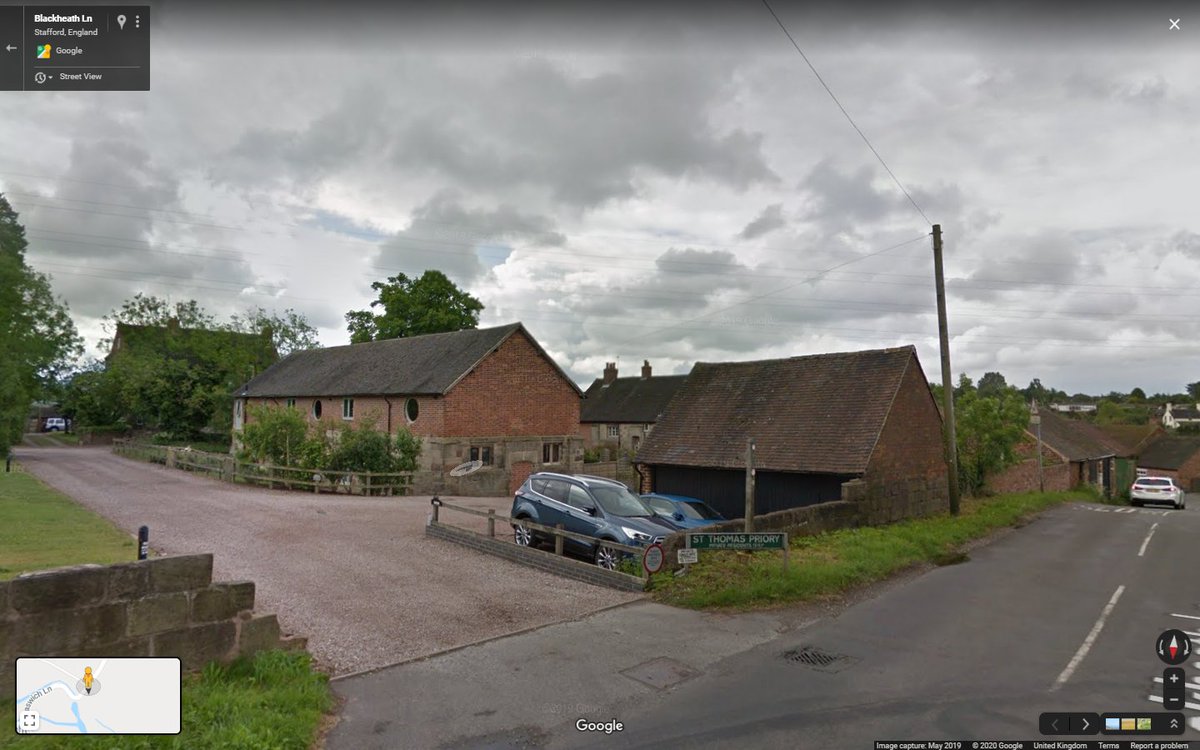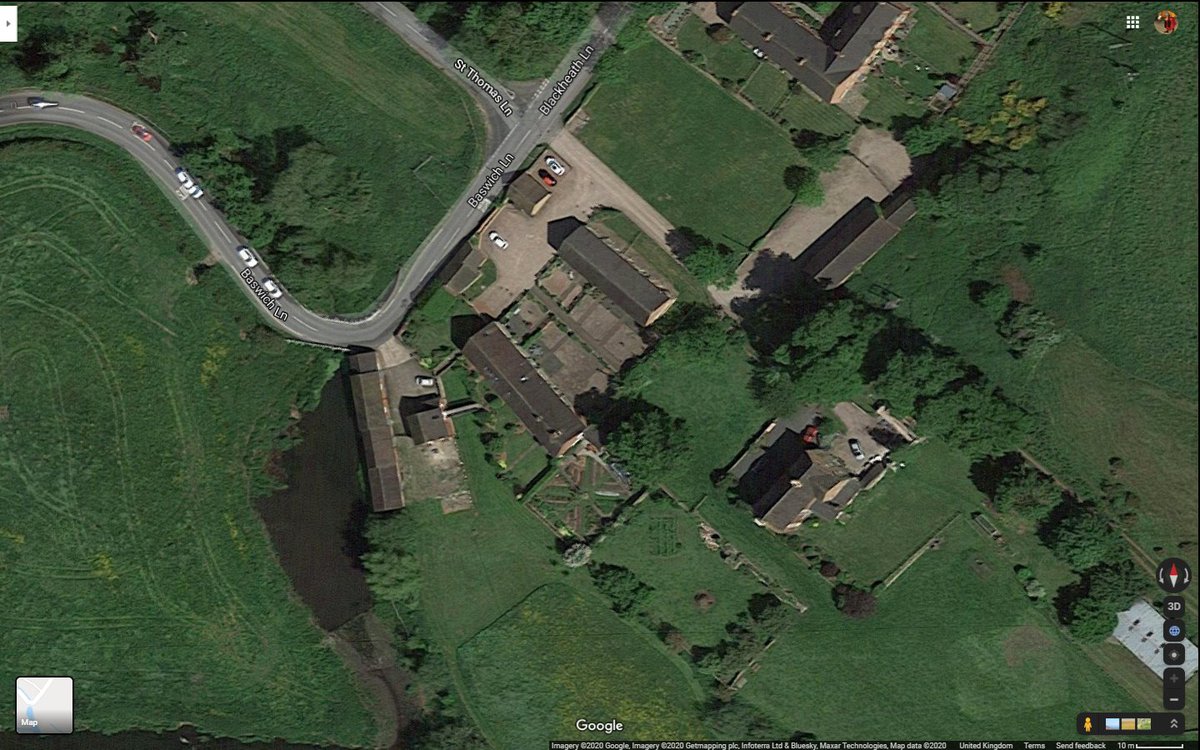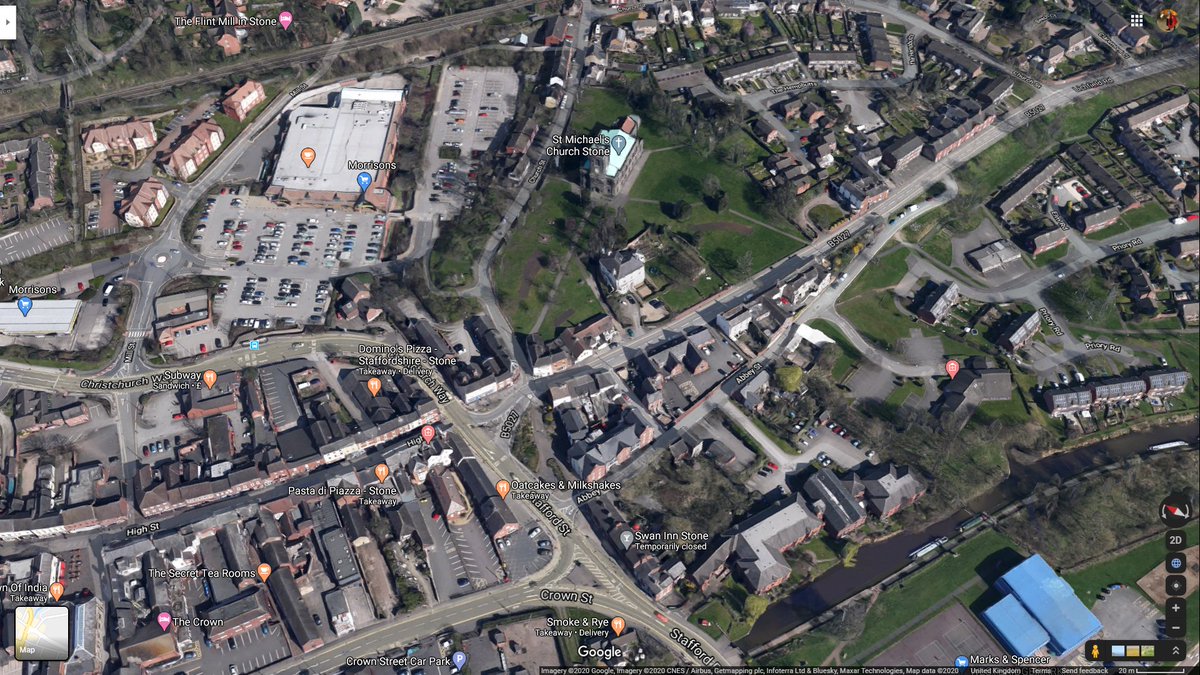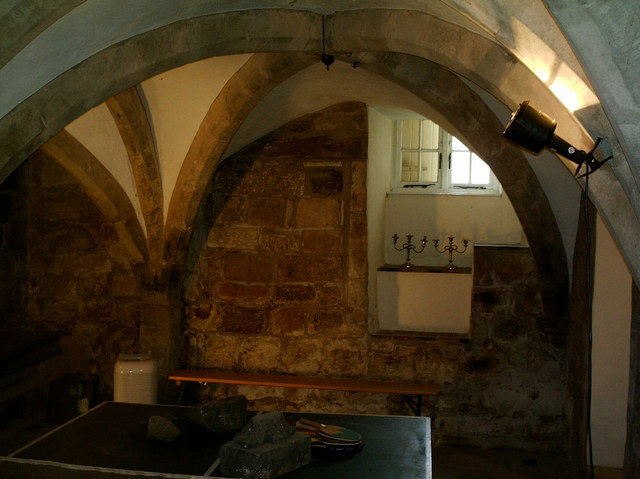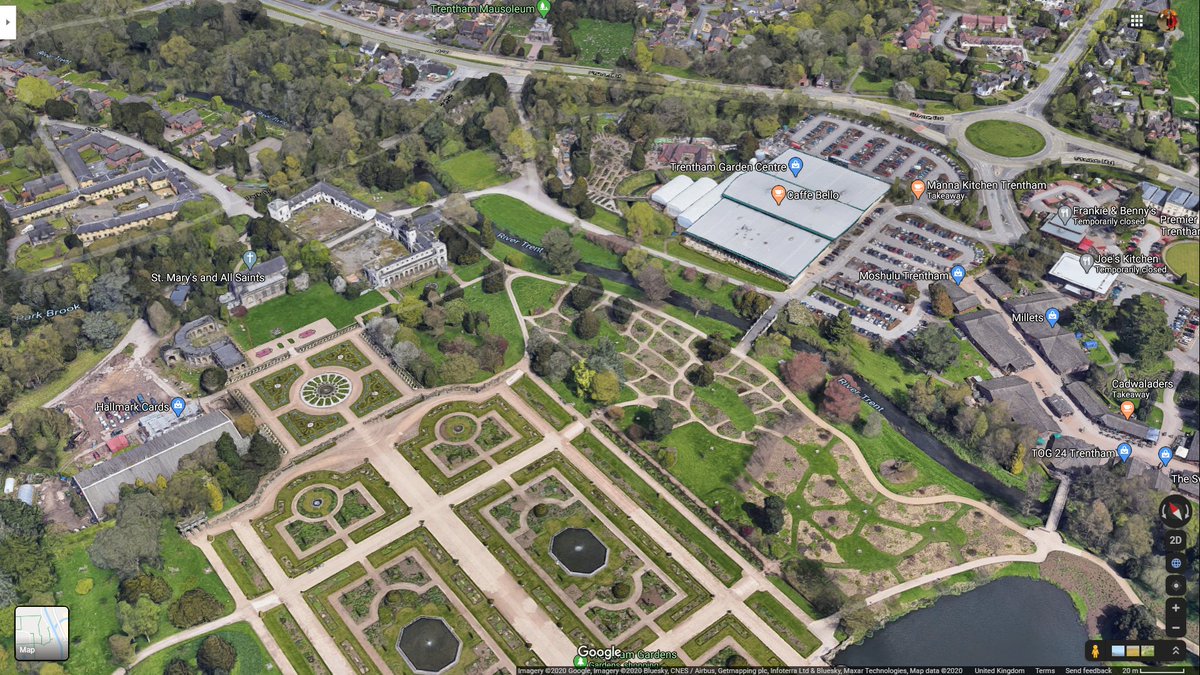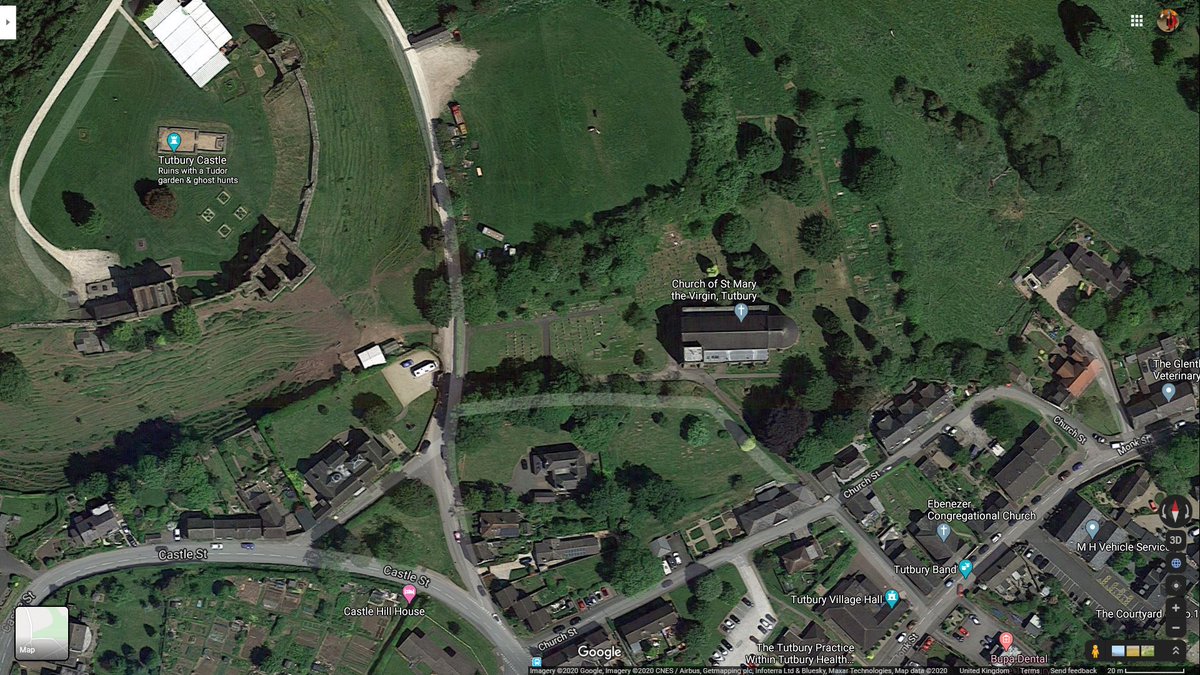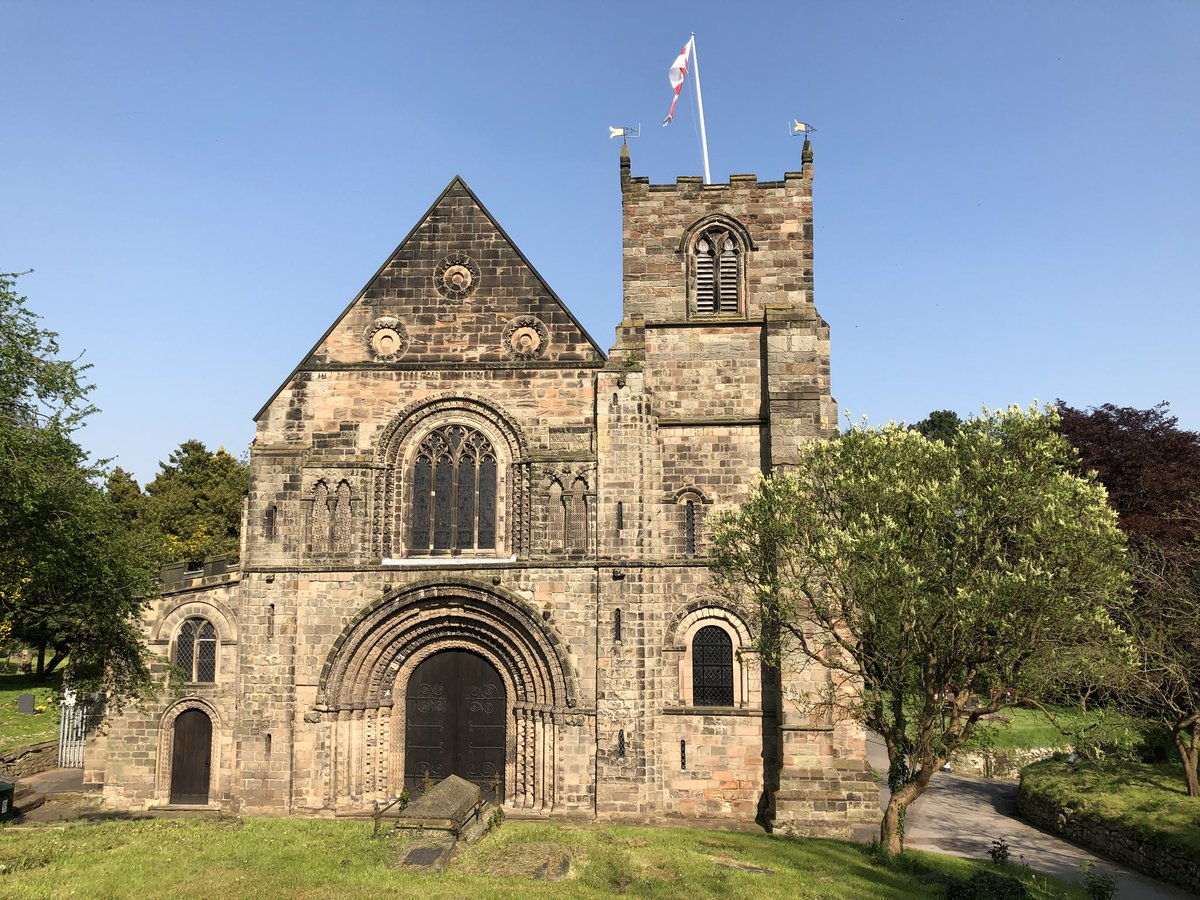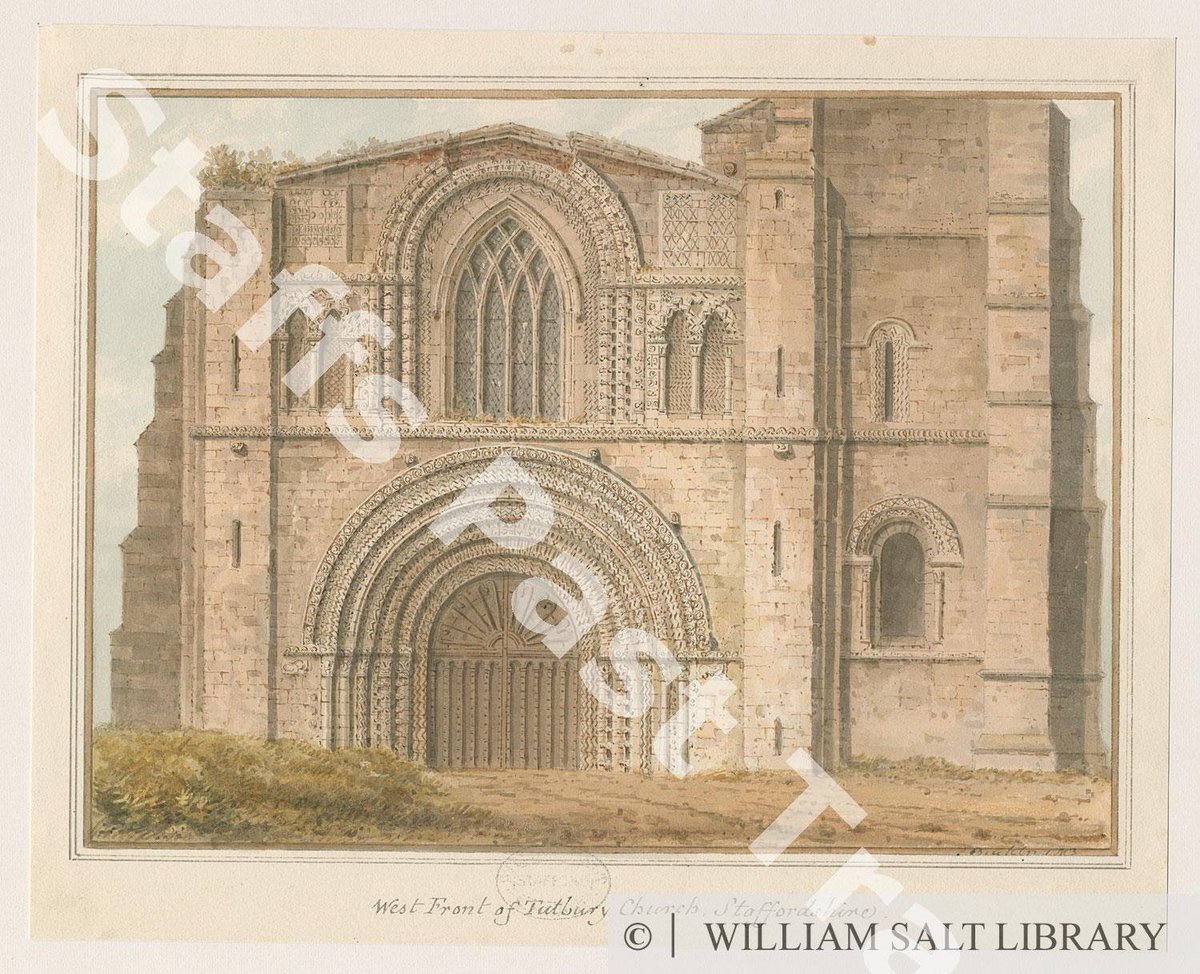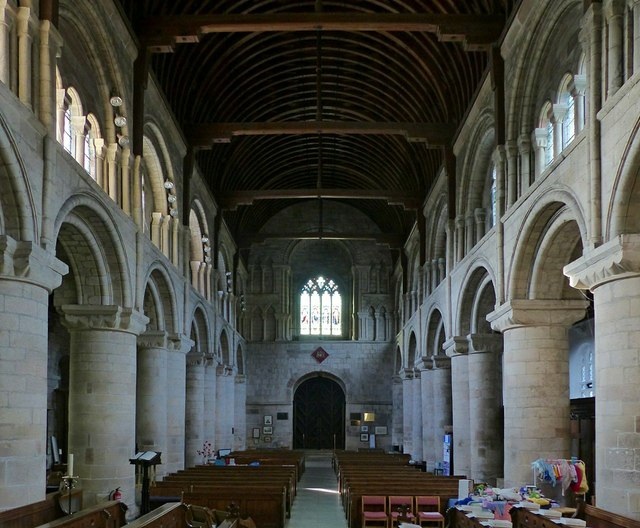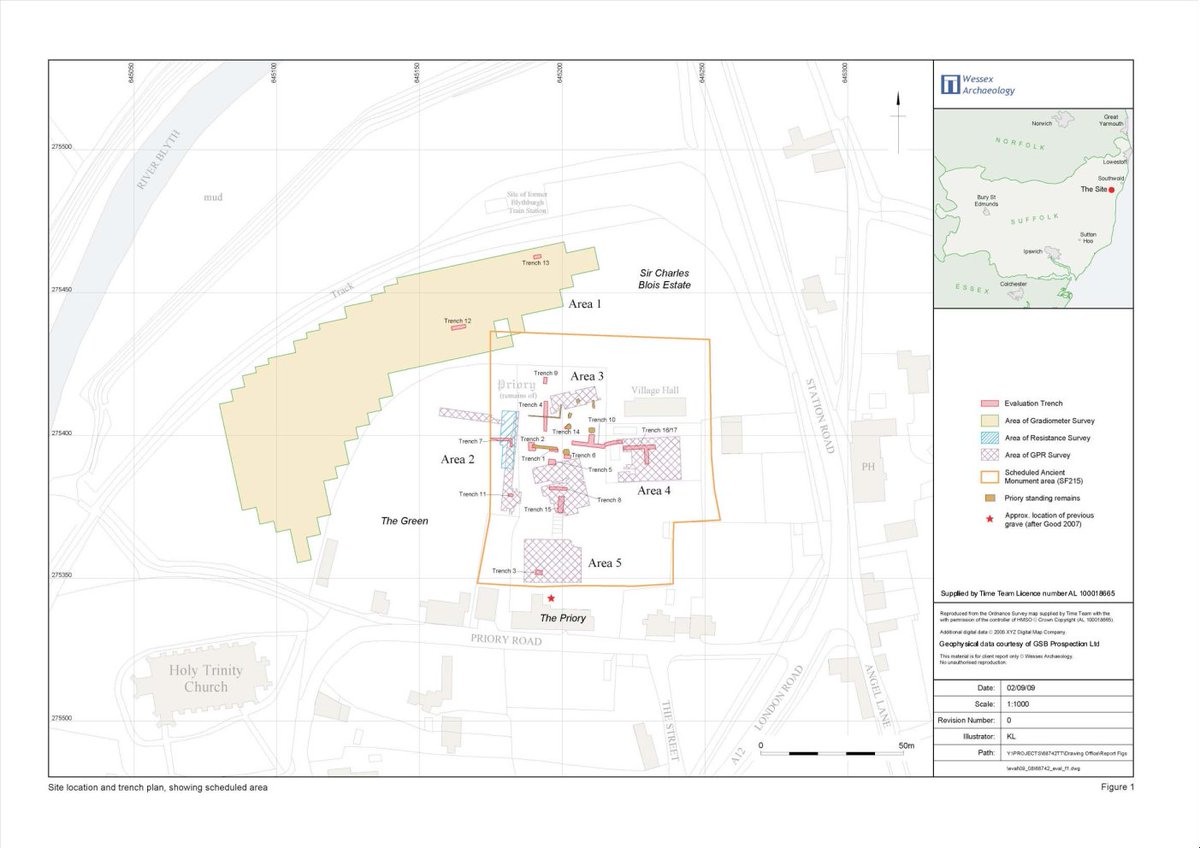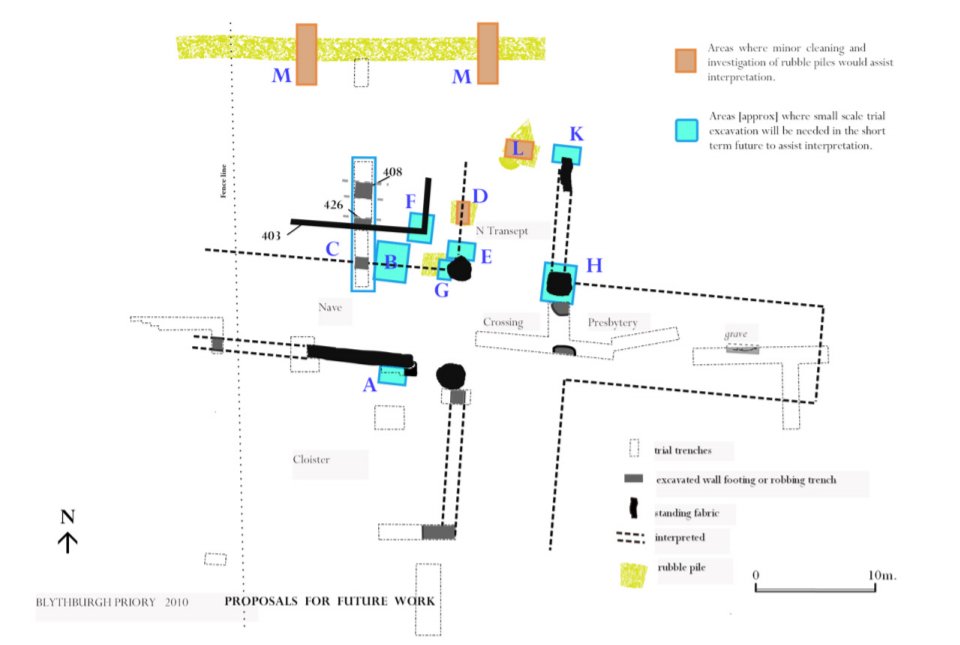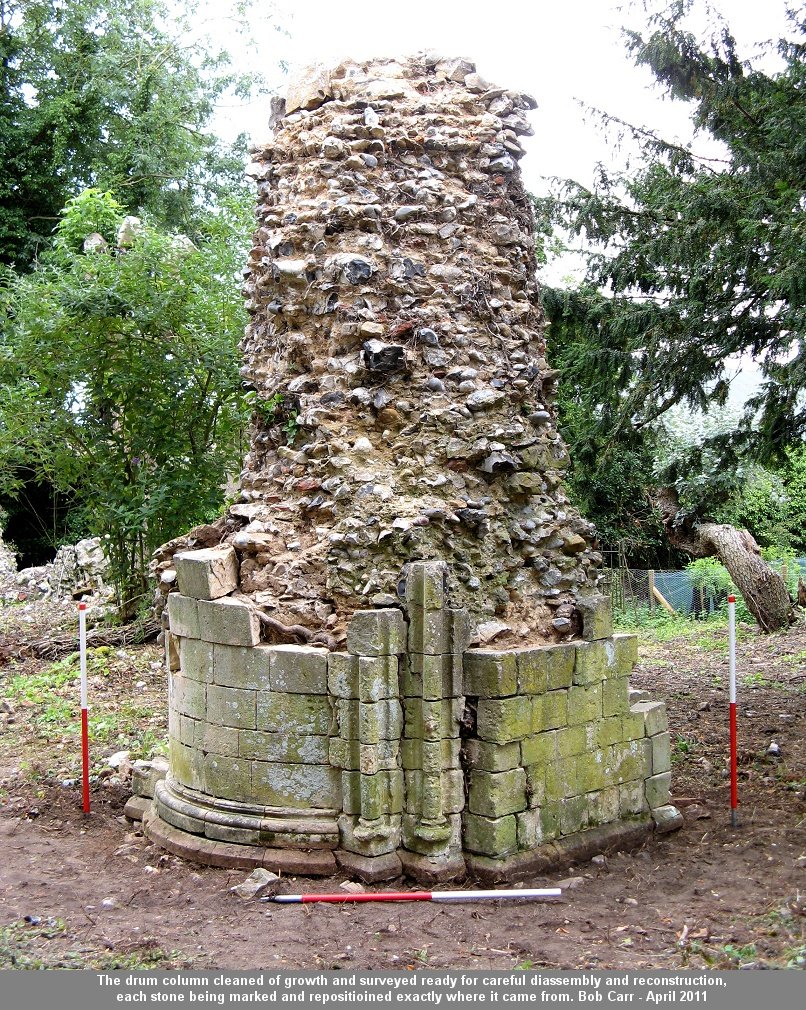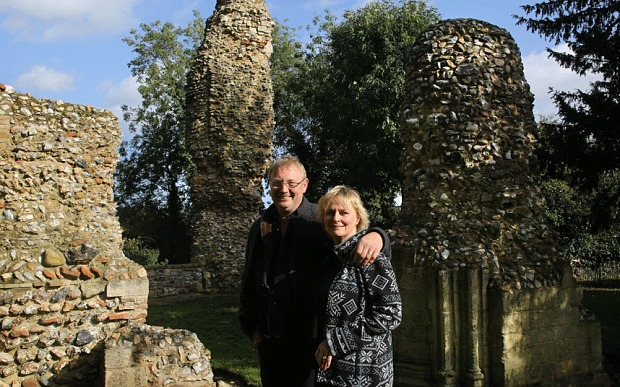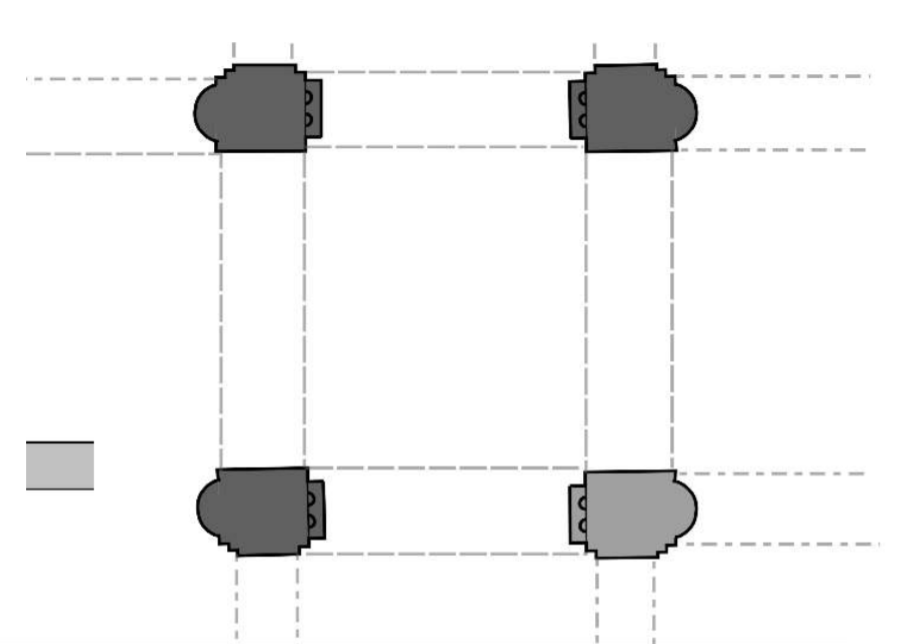Ok, I finished putting in all the English monastery values from the Valor Ecclesiasticus into Excel, and can reveal the top 30 foundations/all valued as worth over £1000 gross general income in 1535
Now to do church statuses for all the other ones! All 510 of them!
Now to do church statuses for all the other ones! All 510 of them!
this is mostly going to be very depressing, isn& #39;t it?
Caldwell Priory, Augustinian (originally Canons of the Holy Sepulchre), valued at £148, dissolved 1536. Subsequently ironworks and currently having the dullest flats imaginable built on top of it
Caldwell Priory, Augustinian (originally Canons of the Holy Sepulchre), valued at £148, dissolved 1536. Subsequently ironworks and currently having the dullest flats imaginable built on top of it
dayum, abingdon
you know, finding plans of the really robbed-trench sites of even the biggest buildings like this and Warden (the biggest Cistercian Abbey in southern England) is REALLY HARD
you know, finding plans of the really robbed-trench sites of even the biggest buildings like this and Warden (the biggest Cistercian Abbey in southern England) is REALLY HARD
Little Marlow Priory was a small nunnery founded c.1195, outside modern Bourne End. It is now in the back garden of a mock-tudor property called "The Abbey", and was perhaps the first minor monastery excavated in England, in 1902, by an enthusiastic owner.
This one was a right pain to understand. Medmenham was Cistercian monastery, built on by a Tudor mansion, and then a Gothic folly tower over what would have been part of the church& #39;s S transept. The house is now most famous for the bawdy Georgian escapades of the "Hellfire Club"
because of the source I used, this doesn& #39;t include mendicant orders that were also up for the chop (Franciscans, Dominicans, Carmelites, other friars), and there& #39;s an argument for keeping them separate because being so urban their sites have been almost completely annihilated
Barnwell Priory put Cambridge on the map before that odd spate of colleges with educational elements starting 1284. All that& #39;s left of it is the NW corner of the cloister range and the capella extra portas of St Andrew the Less. Priory church must be in people& #39;s back gardens
have fun trying to spot Shengay Knights Hospitaller Preceptory yourself in this lovely moated set of preserved earthworks https://www.google.com/maps/@52.108719,-0.0887718,307m/">https://www.google.com/maps/@52....
also did cornwall today which was a pain in the ass frankly. also I have never been to cornwall so feel like a fraud trying to tell you anything about it, so I won& #39;t for the time being
spent far too long on Seaton Priory, Cumbria, too. this lone photo with someone& #39;s washing in front of it is just sad. what a cool E.E. counterfacade for a Benedictine Nun house that was only worth 13 quid. Think I found it though
oh just cause this stuff is just my bread and butter and this site is like instant "oh yeah sure" for me because it& #39;s mostly the church, here it is labeled
jumping ahead to Salop but #DIDYOUKNOW the S parts of the monastic granges of Much Wenlock Priory are owned by Nick Drake& #39;s sister? Weirdly the site is cut down the middle by Google Earth& #39;s 3D. Some delegates at #BAAShrewsbury got a bollocking for going too far into their estate
hey this is cool. Yeaveley Preceptory, Stydd Hall, Derbyshire. Shows that Knights Hospitallers could have fancy chapels! Best pic I could find of the N side with internal shafting. Was on heritage at risk register but removed in 2016.
there& #39;s loads of 3D data round Derby as far out as Dale Abbey. Could have loads of fun with that. Shame it doesn& #39;t go out as far as Repton though, because the church under the school was a BEAST
Buckfast, Devon always fun. A Sauvigniac (later merged with Cistercian) Abbey founded 1134 bought by French Benedictines 1882 who occupied the manor and REBUILT THE ABBEY CHURCH ON THE ORIGINAL PLAN.
yes they also make the fortified wine often enjoyed as a aperitif in Scotland
yes they also make the fortified wine often enjoyed as a aperitif in Scotland
I didn& #39;t know about Frithelstock. Austin Priory, founded 1220s best monastic ruin in Devon. The Early English Gothic W front of the church with its great triple lancets stands full height behind the parish church
Torre Abbey, Premonstratensian founded c.1196. Church just footings but hey look at those W and E ranges. Guess Torquay isn& #39;t so bad
Tavistock Abbey was a bit of a mindbender but I think this conjectural imagining is a bit hard to fit into the space what we have (Benedictine, £911 gross, so not small potato). Had a bash at plan. NW corner of cloister in churchyard fanciest bit we have left
that plan is terrible i am sorry but i think it& #39;s more likely than that drawing
Anyway this is /VERY COOL/. Every fule no Colchester had a great abbey looming over its ruined priory, as its gatehouse is on the Pevsner cover. But I did not know there was a coloured 16thc(!) drawing of the church in the BL and about the recent investigation of the site
Just a bit of fun.
and fyi.
http://www.bl.uk/manuscripts/Viewer.aspx?ref=cotton_ms_nero_d_viii_f345r
https://www.bl.uk/manuscrip... href=" http://cat.essex.ac.uk/reports/CAT-report-0601.pdf">https://cat.essex.ac.uk/reports/C...
and fyi.
http://www.bl.uk/manuscripts/Viewer.aspx?ref=cotton_ms_nero_d_viii_f345r
Kind of a bummer this got knocked down. Would& #39;ve saved us from Chelmsford Cathedral.
And although that drawing is surely far from an accurate record (arrow slit in W tower wtf) things like the lantern on the crossing seem plausible yet peculiar enough to suggest it isn& #39;t a total fantasy to fill up space on the page
i wish they& #39;d always just mark them all out on the grass like this, would save a lot of faffing about
[Earl& #39;s] Colne Benedictine Priory, f. c.1107 from Abingdon Abbey
[Earl& #39;s] Colne Benedictine Priory, f. c.1107 from Abingdon Abbey
Here& #39;s looking at you, Tilty!! With your impressive but slightly time-consuming set of earthworks!!!
(Cistercian, f. 1153, churchcrawlers will know the cappella extra portas)
(Cistercian, f. 1153, churchcrawlers will know the cappella extra portas)
fine, it& #39;s something like this
neat. it turns out that Audley End house is built slap bang on the cloister of Walden Abbey (Benedictine, founded 1136, worth £372 in 1535) after all. before I initially thought it was just all lost
remember of course reredorter means monk toilets
Gloucester and Hampshire houses worth getting out of bed for tomorrow. just
well this was easy, thanks to the full publication being online. they still should lay it out on the grass though!! (disclosure: never been to Cirencester although I have been around it a number of times to my frustration)
https://cotswoldarchaeology.co.uk/publication/cirencester-anglo-saxon-church-and-medieval-abbey/">https://cotswoldarchaeology.co.uk/publicati...
https://cotswoldarchaeology.co.uk/publication/cirencester-anglo-saxon-church-and-medieval-abbey/">https://cotswoldarchaeology.co.uk/publicati...
Deerhurst Priory always a bit obsessed with the pre-Conquest building: like Anglo-Saxon buildings are the only proper buildings! If you& #39;ve ever been though you& #39;ll know it& #39;s a pain that the cloister to the S and behind the apse to the E are all private land (Dissolution woes)
Winchcombe WAS a headache, partly because the Google aerial photography is the crappiest I& #39;ve ever seen, but it goes to show you can& #39;t keep a good church down if you excavate hard enough (1893 excavations, 2006 geo phys).
As far as I know, all the abbey precinct is private. bum
As far as I know, all the abbey precinct is private. bum
I know it& #39;s hard to get excited about Winchcombe but it& #39;s documented they had top masons: 1278 they poached Walter of Hereford who was also working on Vale Royal Abbey for the king. Of which, uh, there& #39;s there& #39;s only a smidge more left, as I saw last year https://twitter.com/DrJACameron/status/1101922425636339713">https://twitter.com/DrJACamer...
Then theres Richard Winchcombe, who was the first master of this, one of the Greatest Hits of the 15thc (it was finished on the cheap by some other fella then halted til 1480 by the Wars of the Roses)
No direct evidence Richard worked on his hometown Abbey but also none he didnt
No direct evidence Richard worked on his hometown Abbey but also none he didnt
anyway here& #39;s some pics where it would be in shot have a wonder
bonus here is Dina the Dixie Doggo being frighteningly precarious on the S wall of the parish churchyard on our visit with @mavcor_yale and @megbernstein last year. good times
https://www.instagram.com/p/Buq0202BEpS/ ">https://www.instagram.com/p/Buq0202...
https://www.instagram.com/p/Buq0202BEpS/ ">https://www.instagram.com/p/Buq0202...
Hampshire coming tomorrow and I know that has plenty of Google Earth mesh stuff. And personal experience! whoo!
Hello everyone. Also realising how the Wikipedia pages aren& #39;t very reliable as to locations (heaven forfend). Breamore Austin Priory (f. 1128) was given as lost under a manor N of the church but actually I found earthworks showing it was way out by River Avon (as you& #39;d expect)
I& #39;d change things on Wikipedia but a) I don& #39;t know how to change Geohack co-ords and b) some Wikipedian with a load of barnstars will go CITATION NEEDED and ORIGINAL RESEARCH>!?!!?
don& #39;t need to do anything for Hyde because all the data is put into in Google MyMaps, wonderful. All that is left of the great Romanesque abbey where Alfred the Great was reinterred in 1110 is a rather dull Perp gatehouse, but the site of the apse is marked with a garden or sorts
Exemplary stuff at http://www.hyde900.org.uk/ ">https://www.hyde900.org.uk/">...
Netley Cistercian Abbey is mostly still there so that& #39;s no fun, but I will have a good old moan how the Google Earth mesh 3D data stops frustratingly short of it
St Denys Priory, Southampton. 18thc images show a W front, is the current surviving fragment in a back garden the S wall of the church nave? Also wow HE has some bloody thorough JS blocking image downloads which is pretty meanspirited when this project was HLF funded
The fragment has become so overgrown since 2000 you can& #39;t make it out on street view going back to 2009 but you can see it in 3D (a bit)
i think i& #39;ve spent like two hours on this sodding bit of wall in someone in Southampton& #39;s crappy back garden
this blows, considering this was Henry I& #39;s foundation of Austins at Porchester, moved here in 1145. Worth £324 gross. The wall (EH owned) is perhaps of the refectory which would put the church in those woods. All that& #39;s been excavated are monastic fishponds near the kitchen sales
sometimes you& #39;re lucky the other way with 3D data! Titchfield Abbey of course (along with Mottisfont in Hants) one of those rare occasions the church gets converted into domestic use, made into a huge gatehouse in 1542, almost mock-medieval when the middle ages had barely ended
wow, Wherwell, Benedictine Nuns, near Andover f. 986 by Elfrida, widow of King Edgar, revealed by resistivity surveys in 1996. actually an Abbey but the later house seems to have strangely gone more modest rather than the usual way up.
(parish church was totally rebuilt 1846)
(parish church was totally rebuilt 1846)
Herefordshire and Hertfordshire next. Do you mix them up despite the fact they are nowhere near each other? YOU ARE NOT ALONE
also if you have noticed that I always leave local business labels on the aerial photo overlays, yes I know how to turn them off, I just think it& #39;s funny to see "Pizza Express Winchester" and "CLIVES PHONE REPAIR NUNEATON" next to medieval monastic houses
Leominster Priory isn& #39;t in my base list which is a bit odd. Was it not valued in the Valor or something because I can& #39;t find valuation for it (well I found one in Dugdale at £660, 16s, 8d but not sure if net or gross). Anyway cool but befuddling building
Flanesford Priory, Goodrich. I stayed here a few nights so am uncommonly familiar with this obscure house. All that& #39;s known is the standing remains of the refectory and end of the dormitory S of the cloister.
The priory was assessed at £15 in 1535: absolutely rock bottom
The priory was assessed at £15 in 1535: absolutely rock bottom
I like doing the crappy lil ones when theres evidence. Hertford Priory& #39;s an odd one as that the post-dissolution owner demolished the parish church of St John implies it was the priory church. Excavated under a timber yard in the 19thc, now naff flats, close to Hertford E station
You can& #39;t actually street view on the site of the church of St John because it& #39;s on resident car parks but you could see it best framed by this glorious po-mo gatehouse I guess
I could probably get better numbers if I didn& #39;t waste time on the tiny little crappy houses no one cares about
DID YOU KNOW St Albans had a big abbey!!! it was huge. it grossed £2102 which was a lot of money in those days. it was about here. cheers
#wow #amazing #monks #numbers
DID YOU KNOW St Albans had a big abbey!!! it was huge. it grossed £2102 which was a lot of money in those days. it was about here. cheers
#wow #amazing #monks #numbers
funnily enough (or not) there IS a lost monastic site outside St Albans! Sopwell Priory, a nunnery, originally by the Abbey, that they booted out over here in 1140. Ruins on the site are of a second Tudor mansion. I have a plan but only text for its context with standing remains!
if anyone has a plan that includes the standing fabric of Lee House I will redo those views but I googled pretty hard and the archaeological reports aren& #39;t online
gawd im not even like a quarter of the way through this yet. be glad I only tweet the most interesting ones. Hunts and Kent next.
did you know there were this many monasteries in medieval england: a lot
Outside Huntingdon at Hinchingbrooke there was Benedictine Nunnery worth surprise surprise, peanuts, but a substantial amount of masonry was reused in the house for Cromwell& #39;s suckup nephew and overkeen monastery bailiff Richard Williams so its plan can be reconstructed
Don& #39;t you hate confirming a negative? The site of Huntingdon Priory (obtained by Williams alias Cromwell in 1542), perhaps the first house of Austin Canons in England, was apparently covered by a cemetary in 1855. Nothing destroys archaeology like graves. So has it gone for good?
Two tonnes of masonry are recorded as being sent from Huntingdon to Godmanchester over the Great Ouse for use in the new church tower, dated 1623
I can& #39;t find anything about who owned the site prior to it being developed as a cemetery (1855 is quite late to be destroying archaeology, you& #39;d think someone would complain)
All I can do overlay the similarly-valued Austin Priory of Norton (Cheshire) over the top. Well, it fits
All I can do overlay the similarly-valued Austin Priory of Norton (Cheshire) over the top. Well, it fits
ok strap in: time for RAMSEY ABBEY! This is certainly the largest abbey church destroyed in the Dissolution to the point we don& #39;t even know precisely where it was!
You may know it from its psalter @MorganLibrary which gives you an idea of the house& #39;s sophistication and power
You may know it from its psalter @MorganLibrary which gives you an idea of the house& #39;s sophistication and power
Along with Peterborough, Thorney, Ely and Crowland, it was one of the great Fenland abbeys, and placed 10th in net income. In 1542 it was obtained by oh hello again Williams alias Cromwell who cleared the site and turned a small part of it into a house
This building, so gone over, expanded and ornamented by Soane and Blore, is hard to tell old from new but the medieval part is the long wing to the E. The buttresses I have marked red are 13thc. The blue wing& #39;s buttresses are pastiches.
in the (evidently cramped) basement of that main wing, there is some amazing 13thc arcading. This building is a bit of a mystery. It used to be assumed it was a lady chapel standing off the N transept (like Ely), a chapter house, or even a refectory
Otherwise, all that survives of the 10th wealthiest house in England is its gatehouse (looking sorry as part of it carted off by WillaCrom to Hitchingbrook), the massive public hospitium (now parish church of St Thomas) and parts of the N perimeter wall (streetview will suffice)
SO WHERE WAS THE CHURCH? Am convinced by this relatively recent plan that puts the church up against the churchyard wall, making the house well away from it, and a good case for it being the monastic infirmary. but GEOPHYS AND EXCAVATIONS pls @AbbeyCollegeAC (when you have time)
ps most info taken from this useful but eccentrically laid-out (e.g. infuriatingly unnavigable) site. if you tucked the nave W front in the dogleg then you could have the house as the refectory. ok BYYYYE!! im done.
http://www.ramseyabbey.co.uk/newest_developements_of_ramsey_abbey.html
https://www.ramseyabbey.co.uk/newest_de... href=" http://www.ramseyabbey.co.uk/conjectural_layouts_of_ramsey_ab.html">https://www.ramseyabbey.co.uk/conjectur...
http://www.ramseyabbey.co.uk/newest_developements_of_ramsey_abbey.html
I mean I& #39;m done with Ramsey Abbey of course, St Ives Priory next
I wish I hadn& #39;t said that now because all I can find out about St Ives Priory, which was a pretty meagre cell of Ramsey, is that there& #39;s a bit of wall of a barn, demolished 1859, near Waitrose. But well don& #39;t we all miss looking for bits of wall (this one has buttresses though!!)
haha oh man. I always get St Neots and St Ives mixed up and this isn& #39;t going to help. I think it says more about Cambridgeshire though more than anything about patterns of Benedictine sites
Sadly it is not a pier base of the church. It will be one of shafts for the dormer undercroft. In fact most of the church cannot be excavated, but you can tell it was pretty big. I have laid out its likely proportion in blue. Assuming an aisled choir.
Cistercian Abbey churches though! all the look the same for the most part. not sure why people get so obsessed with them (the VCH plan of the wider site& #39;s enclosures is pretty I don& #39;t think is very accurate because I couldnt get it to fit)
Wish I was invited to the most romantic wedding venue in Kent because I would ruin it by talking about how it& #39;s the abbot& #39;s lodgings of Bilsington Austin Priory and Pevsner says the church site is lost even tho its not, I can& #39;t find an excavation plan but gonna be in that field
Boxley Cistercian Abbey is now mostly just the gigantic tithe barn of the monastery and some very large perimeter walls on the outskirts of Maidstone. but hello, what& #39;s this. a plan! and 3D data?!
oh so that& #39;s where Christ Church Priory, Canterbury was. You would hardly know today!!
less flippantly you might know that one of the wealthiest abbeys is only like 5 minutes away from the Cathedral Priory. And their chief relic was the body of the man who brought Christianity to England!!! i.e. a proper saint who did something other than get his skull chopped off
me: time to stop being flippant
me subsequently: have I mentioned that becket was a dullard
me subsequently: have I mentioned that becket was a dullard
Canterbury, St Gregory& #39;s Priory! Founded by Lanfranc, a proper archbishop of Canterbury. Plan on my archaeological OS map, overlay of excavation of the small church as built c.1087 (rebuilt with aisles after a fire in 1145)
Canterbury, St Sepulchre, Benedictine nuns, founded by Anselm (the BEST AoC!). As far as I can tell they& #39;ve not discovered a plan here yet but there have been some excavations on the site since my OS map (which annoyingly doesn& #39;t have a date on it)
Dartford Priory was founded in 1346 by Edward III as the only community of Dominican Nuns in England. Like a lot of royal abbeys, it was retained by the Crown and Henry VIII converted it into a palace, which was largely demolished by the 17thc. Now only the SW gatehouse remains
The gatehouse used to stand in more bucolic surroundings, before the railway, ironworks, and finally a retail park arrived. The plan I had was annoyingly warped so I cannot guarantee the church was excavated by Clapham in 1913 exactly at the back of the B&Q
St Martin& #39;s Priory, Dover has three impressive buildings surviving: the gate house, guest hall (now college chapel) and refectory. The latter two are on such an extraordinary scale of magnificence, imagine what the church wouldve looked like (now partly under petrol station shop)
add one to the "bugger me I& #39;ve never heard of this ruin" pile. St Radegunds, NW of Dover, was a daughter house of Prémontré. The tower strangely placed W of the N transept survives to a good height. But Hope& #39;s excavation of the E end undercovered feet of FLYING BUTTRESSES!!!
last for now. The Royal Abbey of Faversham has always been a fav lost church of mine because it was the burial place of King Stephen: did not prevent it being demolished to the ground after it was dissolved 8 July 1538. It was excavated in 1965. Dwarfs the large parish church!!
A thing that& #39;s interesting about this is how unusual reusing the monastery as a parish church is. we think it& #39;s more common as we& #39;re familiar with high-profile cases e.g. Tewkesbury, Romsey. But it only happened if it was more profitable selling the building than tearing it down
Kent and East Anglia are bad because they have no good native stone, so buildings like Dover and Faversham were really profitable to take down to the ground to sell their imported Caen limestone ashlar short term, and flog off the rubble core long term
Sucks how many cathedral-scale buildings and ancient sacred sites that served their resident and wider communities we lost to Tudor warchest and the subsequent relentless profiteering by the new secular owners of their roofless husks (generally the Crown got all the lead money)
hello when I close my eyes I see red cloister outlines
Don& #39;t need any here! Folkestone was in the news recently for St Eanswythe& #39;s relics being verified. Since 1137 the monks& #39; church was the parish chancel, and the house (a prior and one sick monk) was dissolved after visitation in 1535 before the Act of Diss. was even passed!
Monks Horton Priory was a Cluniac Priory. It is not very well studied and has never been excavated. It reuses the W range and a tantalising part of the church nave& #39;s W front preserved on the N, the entrance hall got from a Daily Mail article when it was for sale in 2014 for 5.5m
Leeds (Kent!) Priory was an Austin House founded 1119 and grossed £435 in 1535 which puts it in top 5th of houses: similar to Austins at Carlisle Cathedral Priory.
As it& #39;s wooded, exact site is impossible but this is perfectly scaled (marker on the extant "slype" S of the site)
As it& #39;s wooded, exact site is impossible but this is perfectly scaled (marker on the extant "slype" S of the site)
Called in the early 17thc "A goodly church parallel to many cathedrals" the site (which also included a since disappeared Jacobean House) was profitably excavated in the 1970s, before being buried and back-filled. Hopefully one day this could be excavated for presentation by EH.
Here is a print of the site as a Jacobean manor house which has completely gone except for two dovecots and the abovementioned "slype" at the N end of the mill pond which is probably not part of the Priory beyond using looted medieval masonry, but is currently "at risk"
West Langdon Abbey, Premonstratensian, founded 1192. Another early dissolution in 1535 (perhaps the first). Excavated by St John Hope in 1880. Easy to overlay as the 18thc house is built over the W range. The springings of the undercroft vault survive inside the house.
Malling Abbey, founded by Bishop Gundulf of Rochester c.1090. Dissolved 28 Oct 1538 when all the nuns refused to sign the surrender document. Bashed about by a Flashman banker in the 18thc, in 1893 it was returned to religious use and is now occupied by Anglican Benedictine nuns.
judging by the lack of photos in this place there are downsides to these places having religious orders in them!!! I think I& #39;d heard of this place but not that amazing W front. Anyway article by TTB here:
https://www.jstor.org/stable/1568747 ">https://www.jstor.org/stable/15...
https://www.jstor.org/stable/1568747 ">https://www.jstor.org/stable/15...
Moatenden, a Trinitarian House, one of only ten in England (and possible the first), founded by a seneschal of the Archbishop of Canterbury in the 1230s. The church was small: it& #39;s the moat that& #39;s fascinating. May have been for the earlier manor house, or dug for the monastery.
Rochester Priory. Well, um, there it is. Things to note: it is very weird to have the cloister adjoining the east end rather than the nave (Old Sarum the only other English example) and Rochester was the poorest Cathedral Priory other than Carlisle, 65th richest house by gross.
Can& #39;t find excavations at Minster-in-Sheppey, but here are some cool sites: Swingfield (nr Folkestone) and West Peckham (nr Tonbridge) Knights Hospitaller preceptories! First a chapel held by EH. Other is a range of timber-framed domestic buildings which was up for 3.5m in 2014.
Burscough Austin Priory near Ormskirk. I went to see this a couple years ago. It& #39;s in a private garden round the back of a campsite: the S crossing piers of the church. Quite exciting to do the overlay: the nave 100ft long (I took time getting the scale exact)
if you want to see Cartmel Priory (now Cumbria), Cockersand Abbey and Furness Abbey (also now Cumbria) watch my silly video where I did a bunch of overlays and basically made up a Cockersand https://www.youtube.com/watch?v=CoFgrgSDaBg">https://www.youtube.com/watch...
A lot of priories in this borough were so crappy to have left no trace: Hornby Priory is now just a farm on the River Lune, but the Saxon fragments now at the parish church discovered barn masonry there shows the Premonstratensian foundation 1172 must& #39;ve occupied an ancient site.
Lytham (I went to today!) was a cell of Durham Cathedral Priory founded c.1190s to administer a grant of lands, possibly due to local interest in St Cuthbert. Was it even a true convent? Excavations at Lytham Hall in 2015 found... 2 possibly medieval post holes! And a 16thc mug!
Even the house that occupied the site of Penwortham Priory (S of Preston) was demolished in the 1930s. It& #39;s just got suburbs on it now.
Upholland is special for being the LAST BENEDICTINE MONASTERY FOUNDED IN MEDIEVAL ENGLAND! (1319) A college f.1307 probably taking an extreme measure for discipline. Only the E end was ever built (chancel 19thc). Although there& #39;s bits of the cloisters left. Never been excavated.
Whalley also very late, Cistercian community transferred from Stanlow 1296. 1 corner of the church STr basically. Annoying because
a) the ground plan looks like foundations but faked
b) the Catholic Church own the laybrothers range but its left to rot
c) 3D data just falls short
a) the ground plan looks like foundations but faked
b) the Catholic Church own the laybrothers range but its left to rot
c) 3D data just falls short
that& #39;s all for my boring county BYE BYE FOR NOW
looks like I& #39;m going to have plenty of lockdown time to finish this. Leicestershire tomorrow. I get to finally find where Leicester Abbey was! Hooray!
(also if anyone wonders why I ventured to Lytham today, I was helping buy/deliver groceries to a retired priest SO IT WAS OK)
(also if anyone wonders why I ventured to Lytham today, I was helping buy/deliver groceries to a retired priest SO IT WAS OK)
Bradley Priory was a tiny Austin house that only grossed £20 in 1535, nothing left of it, but you can see a bit of earthworks that show that it was probably a small precinct in the protrusion of this field boundary (the Holy well site however has been ploughed to hell)
Breedon, ancient monastic site (7thc), Austin Priory established in 12thc. The gorgeous 13thc chancel (with vaulted aisles!!) now a parish church but considering all the excavations, the plan of the nave and cloisters hasn& #39;t been established. I aint deciphering this disasterpiece
Croxton (not -den!!) was the richest abbey in the county after Leicester. Prémont, gross £430. Nothing remains above ground so not sure how I would have overlaid the plan if it hadn& #39;t been done. The medieval fish ponds give you a sense of monastic industry
http://local-history.org.uk/waltham/pages/local-history/croxton-abbey/">https://local-history.org.uk/waltham/p...
http://local-history.org.uk/waltham/pages/local-history/croxton-abbey/">https://local-history.org.uk/waltham/p...
The site of Croxton is still owned by the Duke of Rutland by lineage from the Dissolution posing here with a cigar at his seat at Belvoir Castle. He looks like he& #39;d shoot me without a second thought if he saw me trespassing
Garendon Abbey, Cistercian, probably daughter of Waverley, f. 28/10/1133 and dissolved 1536. Enough excavation to reveal plan. The chapter house was evidently left exposed, but since the Pevsner doesn& #39;t mention this I suspect the BoE people didn& #39;t actually visit the site at all!
Grace Dieu Priory, Austin Nuns, f. 1239. Chapter house survives best, but the ruins suffered when the post-Diss manor house they were made into was demolished in 1696. It& #39;s a funny site but there& #39;s a load of crap about ghost hunting here which is annoying. Became public 2004.
Launde Austin Priory, the chapel of the S transept is preserved as the chapel of Launde Abbey (the 17thc manor) which allows us to postulate the plan although the site has not been excavated. Inside the chapel you can see the crossing piers and original E arch of the transept.
St Mary de Pratis, Leicester, was situated to the N of the town. It was the 2nd-richest Austin house in England, after Cirencester (also completely levelled), 28th monastery overall. Since the plan is laid out on the ground, here& #39;s a speculative view of Abbey returned to the park
The laid-out plan, done in 1934 following excavation before the park was established is often sneered at as being a bit speculative, but it& #39;s not bad, all things considered, and at least it was done. Reconstruction drawing by John Finnie, 2005 for the on-site interpretation.
Suppose I better do Owston Abbey then: Austin House, dissolved with other Lesser Monasteries worth under £200 in 1536, gatehouse recorded by the Bucks since disappeared. Part of the nave now a parish church, and probably the graveyard hinders excavation (there is none)
Ulverscroft Priory, another middling Austin House, but the most substantial monastic ruin in Leics. Church W tower stands to full height. Good piscina/sedilia group, little known. In private ownership with no access (but you can see it from a footpath) and on HE at risk register
If you& #39;re wondering where Belvoir Priory went to, according to my list (which I& #39;m sticking to for now) it& #39;s in Lincolnshire, but conveniently that& #39;s where we are off to next!!
Sie wollen mein Herz am rechten Fleck
Doch sehe ich dann nach unten weg
Da schlägt es Lincs
LINCS
Lincs zwo drei vier
Lincs zwo Lincs zwo Lincs zwo drei vier LINCS
Doch sehe ich dann nach unten weg
Da schlägt es Lincs
LINCS
Lincs zwo drei vier
Lincs zwo Lincs zwo Lincs zwo drei vier LINCS
not much excavation at Axholme Priory (near Owston Ferry) but seems interesting to point out that one of only ten Charterhouses (Carthusian monks) was on this moated site.
I& #39;ve been to Bardney church! But didn& #39;t bother going in the Abbey field because the old Pevsner I had made it sound dull. I just spent ages looking for a plan (odd considering all the community work), and then found the new Pevsner had one in!
Quite wealthy Benedictine house tho
Quite wealthy Benedictine house tho
really wish i& #39;d gone in the field now. look what& #39;s left. loads! and the s doorway of the nave is presumably still buried there
And here& #39;s some of Bardney church under the great Abbey with its very interesting medieval brick chancel (with odd 1930s interior) for good measure
Barlings Abbey, respectable Premonts house. Church crossing tower was left as a folly, but it collapsed in 1757 leaving only the section of blank wall before the N arcade. Looks very high-quality work. For a blank bit of wall.
Belvoir Priory was a bit of a pain as it& #39;s indistinct earthworks now! Plan of 1795 shows chapter house inside the cloister (like Old St Pauls/St Stephen& #39;s Chapel Westminster) but with NO SCALE. I worked out from the coffins the church was c.200ft. A 19thc tramway went through it!
bit fed up with looking for anything about Bourne Abbey. Anything parochial the excavations are always limited (tho they have been done in the N cloister). So heres its W front of the Austin (initially Arroaisian) Priory founded 1138 and taken over by the parish after dissolution
I& #39;m not doing very well with the Gilbertine houses (the Lincolnshire - indeed the only English - medieval order). Earthworks at Bullington and Catley (Walcot)
great now I& #39;m getting results for my own tweets in this thread when I& #39;m searching for excavation plans. typical
Crowland Abbey ranked 29th. The precincts, E end and crossing were probably pulled down early 1540s, with the idea the parish kept the nave. However the site being ramparted in the Civil War and general neglect led to much of it collapsing and the parish keeping just the N aisle
Grave digging pretty much destroys the robber trench evidence you need to trace plans, and Crowland is complicated by the massive Civil War earthworks. However William Stukeley produced these plans in 1745 on discussion with an old sexton who had dug out the foundations
so whatever, the number of arcade bays aren& #39;t even right and I need to distort it to fit but whatever, gives you an idea.
The Crowland Chronicle refers to esteemed donors individually laying foundation stones for the apse and first 3 presbytery arcade bases at a ceremony in 1114
The Crowland Chronicle refers to esteemed donors individually laying foundation stones for the apse and first 3 presbytery arcade bases at a ceremony in 1114
Deeping St James was a cell of Thorney Abbey. It is now represented by a parish church with a very long chancel, which while fancy you wouldn& #39;t think as monastic. Presumably there were conventual buildings connected to the chancel. Who knows, you can& #39;t get round there!
man I& #39;m getting sick of earthworks
Greenfield Priory, Aby (Cistercian Nuns, £79) and Hagnaby Abbey, Hannah-cum-Hagnaby (Premonstratensians, £98)
Greenfield Priory, Aby (Cistercian Nuns, £79) and Hagnaby Abbey, Hannah-cum-Hagnaby (Premonstratensians, £98)
there& #39;s also a lot of disappeared country houses to reckon with round here too: Haverholme Priory, country house mostly demolished 1927
after a load of peanuts houses I get to Kirkstead, I can& #39;t find a bloody plan of it and when finally find Glyn Coppack/Stuart Harrison& #39;s article it doesn& #39;t have a clean ground plan either so WHATEVER here have this elevation Stuart recreated from the chunk of transepts thats left
after all the wonderful Kent Archaeology Society stuff and that Leicestershire paper, Lincolnshire is rough stuff. I& #39;ve been to South Kyme Priory (it& #39;s like 15 min north of Heckington) but I guess it& #39;s never been excavated? Fragment is W end of the S aisle. Field looks ploughed.
oh cool there& #39;s a bit left of one of Lincoln& #39;s two priories that I didn& #39;t know about
It& #39;s the poor one though, St Mary Magdalene (Benedictine, cell of York), there& #39;s nothing at all of St Katherine (Gilbertine)
Can& #39;t find a plan of course
It& #39;s the poor one though, St Mary Magdalene (Benedictine, cell of York), there& #39;s nothing at all of St Katherine (Gilbertine)
Can& #39;t find a plan of course
UNFINISHED BUSINESS!
Last year after visiting Louth I tried to find Louth Park Abbey, the only major Cistercian house in Lincs other than Kirkstead, as the Pevsner description made it sound very exciting. Ended up at Louth Park farm. Just as well we didn& #39;t trespass there, eh
Last year after visiting Louth I tried to find Louth Park Abbey, the only major Cistercian house in Lincs other than Kirkstead, as the Pevsner description made it sound very exciting. Ended up at Louth Park farm. Just as well we didn& #39;t trespass there, eh
I see why people supported suppression of monasteries worth under £200 when you wade through all this. But that& #39;s how totalitarianism starts I guess. And climaxes with the abbot of Glastonbury dragged up the Tor with his sacristran and treasurer, to be hung, drawn and quartered.
during this downer interlude, as I& #39;ve passed Essex, want to bring up this relic of the 3rd martyr abbot (alongside Glastonbury and Reading): the pectoral cross of Thomas Marshall of St John Colchester. Has it ever been seen by art historians? Looks nice.
http://www.dioceseofshrewsbury.org/about-us/saints-and-martyrs/blessed-john-beche">https://www.dioceseofshrewsbury.org/about-us/...
http://www.dioceseofshrewsbury.org/about-us/saints-and-martyrs/blessed-john-beche">https://www.dioceseofshrewsbury.org/about-us/...
it is amazing how when you go through all these you have houses often founded in the 12thc, but also the 11th, 10th and as far back as the 7thc, yet with a miniscule amount of exceptions, mostly in the 1520s for Wolsey& #39;s colleges, every single monastery was suppressed 1535-40.
Markby. Does this church look funny to you? That& #39;s because it& #39;s made out of flashy ashlar and! It was built 1611 out of the Austin Priory valued £163, of which on its site, yes, there are little more than earthworks!!!
#dogtooth hoodmould though shows they must& #39;ve had good taste
#dogtooth hoodmould though shows they must& #39;ve had good taste
Cistercian Revesby has a plan! but I& #39;m not really sure how to put it over the earthworks because it is quite bad. "40 yards to the inch" when I don& #39;t know the size of the page doesn& #39;t help. But the nave is 62 ft wide and that& #39;s the width between the two big E-W lines
Sempringham Priory! The hometown of St Gilbert and the motherhouse of his Gilbertines! It was one of 11 Gilbertine double houses with separate buildings for men and women who shared the church. Had to lay down the excavation over the earthwork and then work it out from that.
Yes I have been. No I foolishly did not take any pictures of the empty field where the Priory was but it was absolutely pulled down to the footings and you can& #39;t see anything. But this is the parish church where Gilbert first started his new order for men and women religious.
It& #39;s time for SPALDING PRIORY, a Benedictine house that came in at around £878 gross: ranking 38th in English monasteries, just behind Malmesbury, Waltham and Battle. You& #39;d be forgiven for thinking it was based in the huge parish church there today, but it was totally separate.
It stood on the other side of the River Welland to the parish church, and has been annihilated like no other major monastery. All we really know of it is this engraving by Hollar of the precinct that if we overlay it, gives us the general site of the abbey church on SH Council HQ
perhaps all that& #39;s left above ground of Spalding Priory is the Prior& #39;s Oven, a rib-vaulted structure that no one seems to be able to persuasively date, but its site in the precinct means it might be from W range or the prior& #39;s lodgings. It is now a tiny pub I would like to visit
SO WHAT CAN WE SAY ABOUT SPALDING PRIORY CHURCH I HEAR YOU (me) ASK? Well despite archaeological watching briefs very very little of the precinct has been excavated. But we have one very special bit of evidence for its appearance. THE PINCHBECK FEN MAP!!!
I& #39;ve driven down that road in the middle from Sempringham to Spalding. It is incredibly bleak and featureless, with no churches, just isolated farmsteads. In the Middle Ages it was no doubt even swampier before the fens were further drained.
the map was almost certainly made in the 15thc by Spalding Priory to show its possessions in dispute with nearby big hitter Crowland. Up to Donington and Horbling, but also Sempringham Priory and Crowland, churches are shown in detail reflecting their actual appearance
In Spalding itself you can see the parish church below the river Welland looking, with its 14thc Heckington school SW tower, not unlike it does today (didn& #39;t take a photo, but this print is pretty). But behind it... that& #39;s a likely self-portrait of Spalding Priory, boyo!!!
alas no google 3d data for Spalding, so I can& #39;t do a clever shop of church in the modern town. and to address the elephant: yes, it is a terrible shithole now
MS is at Kew but, appalling, has not been digitised properly. All I have on it is this article.
https://www.jstor.org/stable/1151439 ">https://www.jstor.org/stable/11...
MS is at Kew but, appalling, has not been digitised properly. All I have on it is this article.
https://www.jstor.org/stable/1151439 ">https://www.jstor.org/stable/11...
Could just stick similarly ranked Benedictine Priory Selby (£829) over the the spot. 100m long, works well for the cloisters and the dormer block& #39;s toilets going into the river
(google& #39;s prior& #39;s oven loc is slightly wrong, bit N, but regardless must be guest lodging if anything)
(google& #39;s prior& #39;s oven loc is slightly wrong, bit N, but regardless must be guest lodging if anything)
this is very exciting Lincs content btw. im excited. are you excited?
MEIN HERZ SCHLÄGT ES LINCS
MEIN HERZ SCHLÄGT ES LINCS
well that& #39;s the excitement over for now, I have half a dozen more Lincs houses poor enough to be suppressed under the Lesser Houses Dissolution Act 1536 to do tomorrow. that& #39;ll be fun
ah first an easy one, the opposite to Spalding Priory in just about every way, in that at lot of it& #39;s left, and it& #39;s in Stamford. St Leonard was a cell of Durham only valued at £36, but exceptionally flashy nave W front and clearly conventual (i.e. not a bureaucratic grange)
curses to St Michael& #39;s Benedictine Nunnery for being over the River Welland and thus technically in not in Lincs and turning out there& #39;s only one arch of the reredorter left under the modern nursery school built 1973
its the toilets. the railway will have gone through the church
its the toilets. the railway will have gone through the church
Stainfield (Ben. nuns), Stixwould (Cist. nuns) and Swineshead (Cist.) all just earthworks but all worth over £100 (but under £200 so chopped in 1536)
EXCEPT STIXWOULD. Which HILARIOUSLY got refounded by Henry for Premont nuns to pray for him and late Queen Jane lasting ONE YEAR!
EXCEPT STIXWOULD. Which HILARIOUSLY got refounded by Henry for Premont nuns to pray for him and late Queen Jane lasting ONE YEAR!
In 1536 the state was still facilitating transfer of religious between convents, and the houses over £200 were "great solemn monasteries of this realm". Do wonder if the Pilgrimage of Grace just pissed Henry off and he upped the pressure on the great houses in 37 out of spite
Temple Bruer preceptory isn& #39;t on my list for some reason. Hmm. Never been here. Possibly because who cares about TEMPLARS and ROUND NAVES. Oh no I said the T-word. here come the white supremacists
https://www.heritagelincolnshire.org/learn/temple-bruer">https://www.heritagelincolnshire.org/learn/tem...
https://www.heritagelincolnshire.org/learn/temple-bruer">https://www.heritagelincolnshire.org/learn/tem...
Thornholme Priory has been excavated but the 1970s plan seems offline. Onto big-hitter Thornton Abbey (£730) near the Humber, where the footings are exposed and I don& #39;t need to do anything. One of the few monasteries that was refounded as a college, giving it eight years reprive.
I didn& #39;t pay to go in as it& #39;s a dear do for the corner of a transept with a chunk of chapter house, which you can see (the less attractive) side of for free with a zoom lens
Also the softest sell ever had from EH. Bloke on till didn& #39;t even try coax us in, never mind membership!
Also the softest sell ever had from EH. Bloke on till didn& #39;t even try coax us in, never mind membership!
Tupholme Abbey, Premont house, not very wealthy (£119). One wall left, but it& #39;s a nice wall (the S wall of the refectory).
Lots of good reconstructions and interpretation on @HeritageLincs site again
https://www.heritagelincolnshire.org/learn/tupholme-abbey">https://www.heritagelincolnshire.org/learn/tup...
Lots of good reconstructions and interpretation on @HeritageLincs site again
https://www.heritagelincolnshire.org/learn/tupholme-abbey">https://www.heritagelincolnshire.org/learn/tup...
right that& #39;s it I& #39;m done with Lincs. If someone has a death wish a thesis putting monastic Lincolnshire in context would be interesting!! Next is Middlesex. Which essentially means London!!!
On one hand, easy access to plans with the layers of London site. On the other, perspective tool is hard enough without skyscrapers... Aldgate Austin Priory stood by the east city gate and was actually dissolved in 1532 so it& #39;s not in the Valor and I shouldn& #39;t have done it really
Reminder: there& #39;s one Perp chapel arch from the ambulatory, inside post-Ref brickwork, kept in what was built as Towergate Partners (but recently shut), but there& #39;s also a whole ambulatory chapel from the apse left in a vault under the road.
The surprise 6th richest house perhaps isn& #39;t such a surprise when you realise that the Knights Hospitallers got a good chunk of the Templars& #39; property when they got dissolved for worshipping cats or whatever 1308.
More a palace than a monastery, now cut in half by Clerkenwell Rd
More a palace than a monastery, now cut in half by Clerkenwell Rd
What survives of the Priory of St John of Jerusalem is principally the great gate and the crypt of the chancel, which is early Gothic. Round nave was rebuilt quite early on. View from Hollar shows the E front with 3 aisles. Subsequently much reduced and suffered in the war too.
funnily enough there was a second Clerkenwell Priory, just to the N of the Knights& #39; HQ. Given as Benedictine in the Valor it seems to have been actually Austin Canonesses. Whatever. Worth £282, so survived til 1539
St Mary Spital, Austin Priory near Liverpool St., founded 1197. At £526 gross in 1535, it ranks 66th, just behind Rochester Cathedral! A hospital, and the & #39;spital from which Spitalfields gets its name. Block that replaced it now includes @DennisSeversHse!
Other night I got this mixed up (because its not on my base list for some reason) with Elsing & #39;Spital, just behind the Cripplegate, which was only founded in the 14thc and had a number of orders running it. Near St Alphege church, the ruins of which have been recently re-exposed
Holywell Priory, Austin Nuns, founded early 12thc by London Cathedral, gross £347. Precinct is huge. On its west side in 1576 a certain Richard Burbage took out a leased to found "The Theatre", London& #39;s first playhouse. A Wills Shakesbag had some performances staged there.
as aside in 2014 I saw a production of Midsummer Nights Dream on a now demolished building over the site of the later Curtain Theatre (named after the street, which in turn was named after the curtain wall of the priory precinct). In the 3D image Galliard Homes are gouging it out
The London Charterhouse, founded 1371 by plague pit N of the City Walls: 25 individual cells for each brother around the Great Cloister, (now London medical school but you can usually follow someone in pretty easily). Door of one cell survives, Chapter House became a chapel.
Most of the gigantic plan isn& #39;t established by archaeology AFAIK, but this map from the basically untweetable mid-15thc waterworks plan showing how they supplied the priory and its cells
http://www.thecharterhouse.org/wp-content/uploads/2019/06/watermap2.jpg">https://www.thecharterhouse.org/wp-conten...
http://www.thecharterhouse.org/wp-content/uploads/2019/06/watermap2.jpg">https://www.thecharterhouse.org/wp-conten...
St Thomas Hospital was first founded here in the City. The medieval & #39;spital was run in the parish of St Mary Cole by the Knights of St Thomas of Acre which was founded on Crusade and dedicated to St Thomas, who was born on Poultry.
This of course would& #39;ve gone in the Great Fire
This of course would& #39;ve gone in the Great Fire
Another old London & #39;spital: St Mary Bishopsgate. Similar crusading interest to Thomas Acre gave it a Holy Land connection and canons that ran it were called Bethlehemites. Shortened as "Bedlam", was later moved to where @I_W_M now is
So when you say it& #39;s Bedlam at Liverpool St...
So when you say it& #39;s Bedlam at Liverpool St...
i love saying & #39;spital now even though I didn& #39;t know what it meant this morning. Anway that& #39;s all the hospitals now, there were others of course but they weren& #39;t conventual. And they& #39;d just be red boxes floating over Pret A Mangers fwiw
ok one last cheeky London convent tonight. Aldgate Abbey, Franciscan Nuns, founded by Edmund Crouchback, brother of Malleus Scotorum, 1293. I mean I& #39;m not doing friaries but guess their second orders count. I did Dartford Priory. Whatever, here it is, by Aldgate, over the wall.
So-called Eastminster - the Cistercian Abbey of St Mary Graces f. 1350 and BONUS the Hospital of St Katharine-by-the-Tower founded as a cell of Austin Aldgate Priory but later became secular canons. St Katherine& #39;s church survived until it was destroyed in 1825 for docklands.
The c.1350 choir stalls from St Katharine& #39;s collegiate church survive in part about 2km at a little retreat in Limehouse
St Helen Bishopsgate, Benedictine nuns with parish church. Such a fascinating building, shame its custodians downright despise its Catholic history. Also included, St Mary Axe parish church that named the street now plagued by skyscrapers that made this very difficult to do
Oh you& #39;ve heard of this one, eh? Smithfield Austin Priory, f.1123, worth £773 gross which ranks it 43rd, just below Selby but just above Coventry Cathedral Priory.
Bromley-by-Bow Priory was a 12thc Benedictine Nunnery. The church E end survived as a chapel, but all medieval features were destroyed in a catastrophic collapse in 1842. The then-essentially Victorian church was bombed out in WW2, and then obliterated by the Blackwall Tunnel
Stratford Langthorne was a Cistercian Abbey that at £511 was not too shabby and lasted till 1538. The gatehouse survived until 1825, but was recently excavated, and presented in a park on the N end of the precinct boundary
Near as damn this because I used an OS map overlay first
Near as damn this because I used an OS map overlay first
Holding off the inevitable, but here goes. Syon Abbey was the 10th richest house by gross in 1535. It had been founded by Henry V at Twickenham 1415 and greatly endowed with the spoils from the dissolved "Alien Priories" that had belonged to French abbeys. It moved here in 1431.
It was a double house of nuns and canons, following the rule of St Bridget, a royal saint that fitted in with Henry V& #39;s European networking. This site probably reoccupied the Celestine Abbey Henry V founded and then immediately dissolved when he realised he didn& #39;t like the French
After dissolution the site was given to Edward VI& #39;s Protector Somerset, who must started converting it. After Marian reprieve, it was cleared unlike any major house other than Spalding or Ramsey. Tudor mansion was refitted by Adam then reclad by Cundy, grounds by Capability Brown
So what& #39;s left? Syon Hall W wing retains some medieval vaulting in its undercroft. The Pevsner assumed this was from the cloister W wing, and the house was built on top of the abbey cloister, even though that& #39;s not how monastic sites are built on (you generally focus on one wing)
The Time Team excavation in 2003 instead established that the house lay on the site of the Abbey church, and the nuns& #39; cloister to the south. Here is their excavation overlaid on top of the house, and also the undercroft vaults marked out.
The really weird thing about the excavations is that they found evidence for two nave arcades as you& #39;d expect, but in the E end, one single pier in the middle. So 3 aisles to 2. Works for nuns and canons having sep. choirs. But this is what 2 to 1 looks like, and it& #39;s not pretty.
Generally the site is so disrupted I& #39;m really skeptical that pier could be in the middle like that. Weird in every regard. Anyway here& #39;s the site to scale with Kings College Chapel best as I can muster. Anyway it was big. That& #39;s the point (shadows tweaked, they were annoying me)
Well that is technically it for Middlesex (except this minor monastery you might& #39;ve heard of)
VOTE: do I do the ones that are technically in Surrey but basically in London (Bermondsey, Merton, etc) or bugger off Going Up the Country to Norfolk
Hello here is Beeston Regis, an Austin House with some red lines on it. Looks like a lot left of the church. I haven& #39;t been here so not much to say. It is near Cromer which I hear is famous for its crabs.
and here is Binham Priory, but a cell of St Albans (income only net £140 in 1535!) all laid out so I dont have to do anything. unless you want me to lay out the argument for how many lights the W window had. I have enough room left to say how it relates to Westminster: it doesn& #39;t
Broomholm Priory, Bacton. Cluniac founded from Castle Acre. Famous for its holy rood relic, but dissolved in 1536 because it came under £200. Main survivals N transept (fortified w concrete in WW2), S wall of S transept with chapter house arcading.
Shame the ruins are private
Shame the ruins are private
Carrow Priory, Norwich, which I kiddeth thee not, was owned by the Colmans, and next door until last year was a mustard factory.
oh yeah Benedictine Nuns, f. 1146, enough left of church to see it had some fancy Early Gothic elements, 2nd largest in Norwich until the friars came.
oh yeah Benedictine Nuns, f. 1146, enough left of church to see it had some fancy Early Gothic elements, 2nd largest in Norwich until the friars came.
I like how this started as "I& #39;ll do a couple of tweets per county as I go along if they are interesting" to I HAVE TO FIND WHERE CARBROOKE PRECEPTORY WAS!! FOR THE INTERNET!!!
for what it& #39;s worth I think they built more school over it. whatever no church identified not my problem guv
I noticed that although religion in England outside of monasteries stayed the same until 1547/8 and the Dissolution of the Chantries, from 1535 investment in new church fabric tanks. 25 years before 1536 Harvey only records over 60 jobs for churches, but the 25 years after it: 6.
Of course Harvey is only interested in documents including Great Men With Names and there are way more dated works on churches, but nevertheless it shows I think patrons were reluctant to invest in churches when the Act of Supremacy it all would automatically belong to the King.
Anyway, Castle Acre Priory. The ruins look impressive, but other than the W end by the Prior& #39;s lodgings (which were maintained roofed as a residence), architectural detail was lost as the building was progressively quarried from E to W, leaving little more than bare rubble core.
Such lavish churches make the Cluniacs look rich as Croesus, but Castle Acre only grossed £334 and surrendered 22 Nov 1537.
With only 10 houses above £200, Cluniacs lacked business acumen of Cistercians, who had 37. Cist. had 9 abbeys worth over £500: only Lewes for Cluniacs.
With only 10 houses above £200, Cluniacs lacked business acumen of Cistercians, who had 37. Cist. had 9 abbeys worth over £500: only Lewes for Cluniacs.
Coxford Priory, Tattersett, Austin community transferred here from East Rudham c.1215. Quite substantial remains of church (N crossing arch blocked up and window inserted) but not much interest in it excavation-wise but the site is badly robbed. £151 gross.
I concede defeat on Crabhouse Priory (Wiggenhall St Mary Mag) although I spent a lot of time on it because crabs. It was a very minor Austin nunnery given interesting as its Cartulary preserved in BL. The owners were doing geophys on the site recently which sounds very exciting.
I don& #39;t know why I spent like an hour overlaying earthworks onto Flitcham Austin Priory considering it doesn& #39;t even have the church and conventual buildings on it (it& #39;s probably under the farm though)
alley oop
get a load of Hempton, another Austin Priory worth barely anything with just some earthworks! the big long building in the middle is medieval but probably a barn or something. the church and convent had been disrupted by a now demolished farm.
get a load of Hempton, another Austin Priory worth barely anything with just some earthworks! the big long building in the middle is medieval but probably a barn or something. the church and convent had been disrupted by a now demolished farm.
Hickling Austin Priory& #39;s precinct is very strikingly preserved in the curve of Sea Palling Rd and drainage ditches, and there& #39;s quite a lot left of the convent and church, my understanding is only partially advanced by finding these very parsimoniously scaled jpeg files
Holm St Benet& #39;s Abbey in the Norfolk Broads is looking well
ho ho of course not. that is just a little jiggery-pokery on my part. it& #39;s the one with the windmill plonked in the gate house and very little left of the church, or much of anything else in fact, except some rather inquisitive cattle
Of course the interesting thing about Holm St Benet (or St Benet Holm, or Holme, or Hulme, or ugh whatever) is that it was the only house never to be formally dissolved by the commissioners and now the Bishop of Norwich sort of spurious claims the abbacy.
There is a drawing claimed as the Abbey church in Cotton MS Nero DII. There& #39;s a leaf of donations to Holme St Benet in the codex, and it could be an unaisled Perp nave and E end with chapels, but that porch on the L would be odd. Judge for yourself from what& #39;s left of the nave.
Oh Ingham. I went here the same day as Holm as I really wanted to see it but was shut for repairs! Basically a collegiate parish church started 1355 that for some reason changed to Trinitarian canons in 1360. It& #39;s got all this stuff on the N side where it linked to their quarters
Langley Abbey, SE of Norwich. Middling Premont house, but quite big church, with much of the cloister ranges surviving: W range with undercroft, E range W wall. Tie the knot under a late 13th cusped arched doorway to to the chapter house
then the best man can give a riveting after-dinner presentation on the site& #39;s fascinating surveyed earthworks
Norwich Cathedral Priory is pretty well preserved. Quite a lot of the Bishop& #39;s Palace cleared by I suppose that doesn& #39;t concern us a the moment. No I didn& #39;t realise it had a detached bell tower (13thc) either
The Gilbertines again! Shouldham was their final double house to be founded, c.1197, after the death of St Gilbert. Aerial photo data from crop markings and geophys allows us to work out the site. There is stuff under the courtyard and a lot has been destroyed in the last century
let& #39;s do three birds with one bit of flint at Thetford. Benedictine nunnery of St George, Austin Priory of St Sepulchre, and the great Cluniac Priory. Bish bash bosh.
There were also Dominicans and Austin Friars in Thetford. Reminds you along with the castle motte that it was an important place once. And now it is Thetford.
The Cluniac Priory is one of those East Anglian jobbies where stone is at such a premium round here finding anything that isn& #39;t just a big lump of wall core is a bit of a challenge
I didn& #39;t go to the Austin Priory but I should& #39;ve done because it& #39;s EH.
this made me cringe
this made me cringe
And the nunnery of St George is part of their church made into a barn, and despite having the british trust for ornithology in it now I cant get any pictures of it beyond this, boo
I want a better plan of Walsingham Austin Priory (rank 52, £707 gross). it is a fascinating institution that rarely gets any mention in the art historical literature. possibly because architectural historians are scared of the factional bunfights that go on here
oh wait there& #39;s one in the Pevsner. sorry. I forget which half is which and I have the good one for this half. Need to scan it really but this will do for now. Let& #39;s hear it for England& #39;s Nazareth!!!
In case you don& #39;t know the main fragment is the full-height gable of the unaisled E end chapel with the dado under the window knocked out. Looking E, check out those Remois passages! And the lesser seen looking W view
Wendling Abbey, Premont f. before 1267, £72, chopped £1536, 1810 plan and earthworks. Sadly the Googlecar did not go far enough to capture the lump of rubble that marks the SW corner of the nave. Stream rerouted and site much deterioration in recent centuries.
West Acre Priory! No we did Castle Acre. Please keep up. That was Cluniac, but this was Austin, but on similar scale. Church plan bit wonky because I didn& #39;t have great source to work with, but look at the size of the precinct!
f.1100, gross £308, diss. 15/01/1539
gatehouse left.
f.1100, gross £308, diss. 15/01/1539
gatehouse left.
why are there always so many Ws
can this do for Weybourne Priory? I have not been and it is the sort of place I would like to go when I am allowed to go on a motorway.
Austin, from West Acre (^^), £28 (lol) chopped 1536.
These parochial priories rarely did very well. Hoi polloi just get in the way
Austin, from West Acre (^^), £28 (lol) chopped 1536.
These parochial priories rarely did very well. Hoi polloi just get in the way
in Norfolk there is a place called Wormegay, it had an Austin Priory that grossed £225 and held out till 1537 here are its earthworks cheers
WYMONDHAM! Been here at least. Benedictine Priory founded from St Albans, gross £263, held on until 1538, when the parish eagerly took on the surviving nave. Monastic quarters are on private land and you need to take on a big drop down if you want to check out the lumps n bumps
Mad thing about Wymondham (abbey from 1448) is that the big tower at the E end wasn& #39;t the crossing! It& #39;s in the E nave bay over the monastic choir. Originally the church had 2 W front towers but these were demolished for the W tower as parish and convent weren& #39;t great at sharing.
Started Northants but Canons Ashby Austin Priory plan was a bugger! turns out the excavations have so scrappy no one& #39;s dared do a proper one. Finally found the extent - showing the chancel E wall has not be found - in a 2014 report. little model gives you an idea. Val. under £200
you know, it seems that Canons Ashby is the only monastic building with anything left above ground in the whole of Northamptonshire. Unless you count Peterborough: the city nobody wants in their county so they gave its own "Soke"
there is Delapré Abbey, one of only two Cluniac Nunneries in England, the cloister complex is supposed to be incorporated into the house, but all that& #39;s verifiably medieval work is some (possibly reset) lantern holders and the NW and NE corners. Tis all a bit fishy.
of course the really interesting thing about Delapré is that its where the royal funerary entourage of Queen Eleanor lodged in 1290 on the way from Lincoln to Westminster, and that& #39;s why Hardingstone Cross is where it is. Who can blame them for giving central Northampton a swerve
Most interesting ones come from recent unpublished archaeology reports for sites people assume there& #39;s nothing left of. The Austin Abbey of St James, Northampton (f. c.1145, gross £213, diss. Aug 1538) was excavated under the Express Lift works 20 years ago. Now redeveloped.
And the Cluniacs at St James that we can helpfully call Northampton Priory to distinguish it from the Austins had a large precinct that occupied this site, which was extensively built on in the 19thc. Gross £335.
Oh medieval Northampton. You promise so much yet deliver so little
Oh medieval Northampton. You promise so much yet deliver so little
Whatevs, RCHM is really dismissive of Brakspear& #39;s plan, so here& #39;s the earthworks of Pipewell& #39;s Cistercian Abbey and the settlement it replaced in 1143 (apparently the earliest deserted medieval village in the country!). At £347 it had highest gross in the Valor for modern Nhants.
Sewardesley was a destitute Cistercian female house (£18 lol) NE of Towcester near village of Shutlanger. Time Team excavation in 2008 found church and cloister layout though so we have a bit more than usual. Thanks for Wessex Archaeology for putting the report on Scribd!
and Sulby was a Premont Priory that grossed £305, earthworks mostly a few mounds but farm def on the site of the cloister. can& #39;t have been too bad as Edward II stayed there a few times, but then there weren& #39;t many places to pick from in Northampton were there. yup thats the lot
i won& #39;t ever top the Lincs 2-3-4 intro. so here comes Northumberland
goddamnit american universities. unfold the flippin foldouts. for pete& #39;s sake.
ok got St John Hope& #39;s plan: and it& #39;s a beaut! Alnwick Abbey was a Premonst house founded 1147, came in £189 net so got the chop in 1536, weirdly was then refounded to of course exit in 1539. Only the gatehouse remains, the plan is weakly marked out on the ground which is helpful.
Bamburgh Priory, odd one but know about from my PhD. Only comes in £124 1535- not great for a monastery-but it& #39;s basically a parish church on an ancient site that Nostell Priory completely took over in 1228. In 1293 the parish was valued at £263-one of the highest in the kingdom
yeah in this case the CANONS probably did fund the chancel for a monastic choir. but they were probably just winging the divine office here and just maintaining a presence here to get the money back to Nostell. However temporal income 1535 only £16 gross/14 net which is crap.
Blanchland, Premonst again (I am learning how to spell it finally), daughter of CroxDen, is just about the weirdest parochial survival I& #39;ve ever seen. I& #39;m like huh. I guess the chancel& #39;s the S aisle And the tower& #39;s over the N transept. Well I guess I need to go. Well not now.
Brinkburn is also somewhere I& #39;d like to go. Austin, net £68 (the Valor seemed to be lax up here). Just about the only roofless church ruin that was fully reroofed after years of desolation, and like Lanercost, perfect 2nd-rank. Also English Heritage. Site has never been excavated
fog on the tyne is all mine all mine. oh how I& #39;d love to go to Lindisfarne Priory but does need a modicum of planning so you don& #39;t lose your vehicle to the see. Refounded on ancient site by Durham 1083, diss. 1537, granted back to Durham 1537, so I guess current state& #39;s on them.
Yes I know Farne Island Priory is on another island I& #39;ll look at that subsequently
i& #39;d like to say "see" instead of "sea" was a Thomist slip but there may be other factors
Cuthbert died at Farne Island monastery in 687. Durham kept it going as a priory which was valued £12, but this wasn& #39;t about money (for once). Complex of 14thc chapel (w Cosin stalls brought from Durham in 1861), c.1500 pele tower, a guest house, and the footings of second chapel
Hexham illustrates the problem with equating value at 1535 with the church size: the priory& #39;s (not an abbey since Saxon times, when it was also a cathedral) net was only £122! The town kept the the E end and transepts, the small nave mostly demolished, the E chapels went in 1858
Holystone Priory, an Austin nunnery bringing in net £11 but there is actually something left!!! The nave is the nuns& #39; choir with a Victorian chancel added E. Very recent excavations impy the cloister was attached to the nuns& #39; choir
https://www.academia.edu/30307970/HOLYSTONE_AUGUSTINIAN_PRIORY_AND_CHURCH_OF_ST_MARY_THE_VIRGIN_NORTHUMBERLAND_Report_on_Archaeological_Investigations_carried_out_in_April_2016.pdf">https://www.academia.edu/30307970/...
https://www.academia.edu/30307970/HOLYSTONE_AUGUSTINIAN_PRIORY_AND_CHURCH_OF_ST_MARY_THE_VIRGIN_NORTHUMBERLAND_Report_on_Archaeological_Investigations_carried_out_in_April_2016.pdf">https://www.academia.edu/30307970/...
Newminster Abbey, Cistercian, daughter of Fountains, mother of Roche, Sawley and Pipewell. Near Morpeth in Wansbeck Valley, but I& #39;ve honestly never come across it! Not sure if it& #39;s accessible, looks a bit of a state. Chapter house portal. Re-erected cloister arcade exceptional!
Tynemouth Priory I _think_ was the wealthiest priory never made denizen from its mother house (St Albans). £397 net. Also the first place I saw in Google mesh 3D data and I was floored by it. Still an exceptional site to play with in 3D.
I think that& #39;s it for Northumberland. There& #39;s a Benedictine nunnery (St Bartholomew) in Newcastle but I don& #39;t know where it is!!! And there& #39;s one that& #39;s in County Durham which I think I need to do again anyway because there& #39;s 3D data of Jarrow and Monkwearmouth which is cool
Oh I do have the second ed Notts. Do I even have the first ed? I don& #39;t even know anymore. Would forget my own head if I was allowed to leave the house
Ooh first one is near Nottingham so it gets to be 3D! Beauvale Priory was a Carthusian House f.1343 and valued at £227 gross in 1535. 15 cells for the individual brothers, part of the church wall upstanding, and bits like the prior& #39;s cell and gatehouse incorporated into the farm.
Blyth Priory, by the A1, only valued £124 gross 1535 but founded 1088. Only the church nave survives, the apses echelon proven by excavation, and it is probably the best dose of early massive Norman Romanesque you& #39;ll get other than Winchester transepts
I have been down the N side of the church looking where the cloisters attached, but Blyth Hall which occupied the site of the cloister and priory buildings was derelict by 1939 and demolished 1972 for these horrid bungalows. Not a whisper of an excavation at the time though!
Noticed Worksop isn& #39;t on my base list. can& #39;t have that. although I can see why people would avoid Worksop.
Wouldn& #39;t have this if there was even ONE scanned ed of the Valor Ecclesiasticus online. Nm a digitised version. I had to refer to a big 19thc fol in the Ants during my PhD.
Wouldn& #39;t have this if there was even ONE scanned ed of the Valor Ecclesiasticus online. Nm a digitised version. I had to refer to a big 19thc fol in the Ants during my PhD.
woah Lenton Priory! Cluniac. At £418 gross, highest valued house in Notts (inc. Worksop). Church left to the N now is probably the chapel of the hospitum but look at this column of the S arcade and this SW view of the W front with a very round dog in front of it. Oh Nottingham
Mattersey Priory was obtained by the MoW in 1912 so as an EH property is probably better known than if was just in a field (and why i& #39;ve been tbh) Best preserved Gilbertine range, and although from the time of St Gilbert, not a double house: only ever intended for six male canons
The Priory at Mattersey was dedicated to St Helen and these splendid panels of her and St Martin now in the parish church almost certainly come from it
Newstead Austin Priory, f.1163, didn& #39;t pass £200 mark but chose to pay Crown fines until it surrendered 21 July 1539. Unusually the whole cloistrial range was turned into a mansion except the facade, which has a most unmedieval deceitful symmetry about it (didn& #39;t have a S aisle)
honestly that facade is such a facade it looks like something the Italians would come up with. I guess that& #39;s why the renaissance brain liked it enough to keep
I don& #39;t think the priory church at Newstead has been excavated, and as the council own it it wouldn& #39;t be hard to get permission so I& #39;m not sure why
Rufford Abbey, Cistercian, f. 1136, suppressed 1536, much what you expect plan-wise. only W ranges survived, church partly built over by house which itself was partly demolished in 1959. Lovely clean EH plan but oddly not laid out on the lawn
Thurgarton Priory always annoyed me because it has the shirtiest "prior appointment" keyholder notice ever in 2010 which was still there June 2018. The area in front of the W end and the whole E end is private and has never been excavated. Probably the biggest missed opp. yet.
If you dare down the driveway of "The Priory" you get to see the W front, which you don& #39;t need to do much to reconstruct in your mind. Found this 2016 pic where there& #39;s a one-year-old Porsche in front of the house
J. Alexander& #39;s examination here:
…http://southwellchurches.history.nottingham.ac.uk/thurgarton/harchlgy.php">https://southwellchurches.history.nottingham.ac.uk/thurgarto...
J. Alexander& #39;s examination here:
…http://southwellchurches.history.nottingham.ac.uk/thurgarton/harchlgy.php">https://southwellchurches.history.nottingham.ac.uk/thurgarto...
Anyway at £359 gross Thurgarton Austin Priory was second only to Lenton Priory in the county. I say we take it by force to excavate the E end. I mean the King did so in June 1538 so it seems precedent to me
Ah well, at least we still have a good chunk more of Worksop Austin Priory, founded similar time to Thurgarton (early 12thc) and ranked a bit less (£302 gross). But it& #39;s not that much easier to get in either. And it& #39;s in Worksop. Whacky arcades though.
Okay, that& #39;s Notts! And to balance out the Porsche shaming, please feel free to look up how how old my Fiesta is as it poses outside Worksop W doorway
I thought I& #39;d do Abingdon again because think the church plan I originally used was mostly hokum. But can& #39;t find any geophys reports online: amazing for one of the top houses that& #39;s just like 20 min from Oxford.
I found this plan of the precinct ostensibly for children tho
I found this plan of the precinct ostensibly for children tho
Anyway Oxfordshire proper, Bruern Abbey, Cistercian, founded from Waverley in 1147, but rather undistinguished and dissolved in 1536. Aside from the monastic fishpond, all there is are some bits of undercrofts in Redbrick House now lived in by Judy, the last wife of Michael Astor
you can try and read this to find out more about what she& #39;s done to the place but unfortunately I got to this bit and I had to stop before I drowned in my own sick
https://www.cotswoldlife.co.uk/out-about/places/the-hon-judy-astor-1-1631413">https://www.cotswoldlife.co.uk/out-about...
https://www.cotswoldlife.co.uk/out-about/places/the-hon-judy-astor-1-1631413">https://www.cotswoldlife.co.uk/out-about...
before I do its priory can I just say wow Bicester& #39;s let itself go
this is taking forever so why not enjoy the c.1300 shrine base of St Eadburg that was taken from Bicester Priory at its dissolution in 1536 by Sir James Harcourt to his parish of Stanton Harcourt to serve as the canopy over the Easter Sepulchre. For like, a bit over ten years.
so here is the Austin Priory of Bicester, f.1180s, where the famous shrine base came from. I had to overlay three plans to work out where on earth it was! The data is essentially from sightings of foundations early 19thc and excavations in 1960s (nave) and 2013 (E end)
look i knew Bicester was grim but wow, the site of the priory was only really a modern development and it is Bad. of course excavations are cause a lot is coming down (it& #39;d be better if the Google Car didn& #39;t take its 2008 stuff at balls o& #39;clock in July)
and here is the wall of a house near the parish church that probably incorporates the gatehouse of Bicester Priory, and Old Priory House to the S, thought to be the guest house, although annoyingly on streetview some blokes got his ladder in front of the medieval two-light window
Burford Priory was a hospital and Augustinian house that grossed £16 (lol) in 1534/5. The 13thc arcade in the house I can find no pictures of. It& #39;s currently inhabited by Elisabeth Murdoch and her ex who got Time Team to dig it up 2008 presumably rather than pay for it themselves
Clattercote Priory was Gilbertine which means hooray I can just steal the (hypothetical) plan via geophys from that PhD! Small remains in the once much grander house are of the SE corner of the cloistral range. Church probably to N.
Now a riding school: spot the horsies
Now a riding school: spot the horsies
It is easy to forget Dorchester Abbey& #39;s status as an Augustinian house (albeit only worth £219 and surpressed 1536), as nearly all traces of the monastic precinct were wiped out by the beginning of the 19thc
However a bit of geophys and a lot of extrapolation works wonders, eh?
However a bit of geophys and a lot of extrapolation works wonders, eh?
Since this is supposed to be about the great lost churches, maybe we should be thankful for the one that survived exceptionally intact, thanks to the chancel being being purchased by Richard Beauforest in 1544 and given to the town.
It is very long and hence a pain to photograph!
It is very long and hence a pain to photograph!
Did the puny crossing support a tower? Are there any bits of the Saxon Cathedral in the N nave wall? What did the W tower look like before it fell down before 1602? I dont know, look in Warwick Rodwell& #39;s book on JStor which I can access so maybe you can
https://www.jstor.org/stable/j.ctt1cfr8h9">https://www.jstor.org/stable/j....
https://www.jstor.org/stable/j.ctt1cfr8h9">https://www.jstor.org/stable/j....
Eynsham Abbey, Benedictine, grossed £538, sounds nice but the Pevsner says it& #39;s not been fully excavated. this is going to take ages of trawling through unpublished reports and multiple layeri oh wait
my work at Eynsham is done. even though I didn& #39;t do anything. Think all the visual evidence comes from this 1657 drawing essentially. The note says "A good draftsman could easily show how this building was". lol he& #39;s got loads of space but he& #39;s had to cut off the N tower. feels.
Note how rare it is that part monastic house hung around in ruins for long enough for anyone to draw it, instead of largely ending up in the state we see today by the mid 1540s
Godstow Abbey, that rare thing, a female house (Benedictine here) with abbey status, gross £320 in 1534/5, so above say, Worksop. Only standing building is probably the lay servants& #39; chapel. Not much archaeology. And just outside of Oxford& #39;s 3D data which is always annoying
Goring Priory, more what you expect, Austin nuns, £67 gross, nave kept as a parish church, former apse from before the nunnery rebuilt 1887 on old foundations. This 1892 plan is clearly total bobbins as it& #39;s exceptionally hard to fit over an aerial but whatever gives you an idea
and here we go: OSNEY! Austin abbey founded 1129, £755 gross: ranks 44th between Smithfield and Coventry (40th net which has more data)
Diss. 17 Nov 1539, marked as new cathedral but cuts from French wars meant Christ College (St Frideswide& #39;s Priory, diss. 1524 by Wolsey got it)
Diss. 17 Nov 1539, marked as new cathedral but cuts from French wars meant Christ College (St Frideswide& #39;s Priory, diss. 1524 by Wolsey got it)
the above reimaging is by H.W Brewer in 1891 and is based on an illustration that was made of the great west tower before it was pulled down in the mid-17thc
The site is now a cemetery, which is terrible for archaeology as you should know by now, and if that& #39;s not bad enough, the railway line from Oxford station goes through the E end.
and all that survives of one of the greatest Austin abbeys in England now is this arch, probably a mill, now stuck inside in a duff modern marina development by the Thames.
anyway, nice to know if you& #39;ve ever been on the train from London to Oxford, then you& #39;ve been in the presbytery of Osney Abbey
But have you heard of Rewley Abbey, 13th royal foundation by Oxford station, behind Said Business School? Collegiate house that ended up as Cistercian studium. One gate remains from the canal. Note church plan is just a scaled-down Hailes Abbey which is sorta hack trick I& #39;d pull.
Rewley was founded from THAME ABBEY, which was one of the greater Cistercian houses in S England. It was rescued from a bad foundation at Ottley 1138 and refounded on land granted from Bishop Alexander of Lincoln by 1141. Gross £296 and closed Nov 1539. Abbot& #39;s lodging survives.
So what about the rest of the church? Well. The site has never been properly excavated, apart from rather spurious and poorly-documented effort in 1840, which afaik didn& #39;t get reported until The Building News 1888.
tl;dr, it was said in the early 16thc the abbey was similar in size to Furness, and this was corroborated by Mr Twopenny& #39;s observation of the piers of an 8-bay nave and church of length 230ft plus 45ft Lady Chapel. so here& #39;s Furness slapped over the top of it in true hack spirit
As for the surviving bits, it& #39;s extremely difficult to get ANY pictures of Thame Park House. The opening pic is the same as this abbot& #39;s wing which is all 16thc but up to the & #39;30s with this incredible early all& #39;antica interior for the last abbot, Robert King
Then the capella extra portas (for travellers past the monastery) was kept as a private chapel too and I can& #39;t find a _single_ photograph of it. According to the Pevsner the chancel has a sexpartite vault!!!
direct all complaints to this bozo (previously it was owned by Frank Bowden of Raleigh bicycles until it was sold in 2000). and also it is not the easiest thing to search because of it looking like "Thames" and also "theme park"
and lastly Wroxton Austin Priory. which i cant do because apparently in the 60s archaeologists just dug stuff up and never published it. cheers lads
there& #39;s only Brooke Priory (the other one is a probably non-conventual cell that& #39;s not in the Valor), a crappy little Austin house worth £40 there& #39;s nothing left of (any earthworks are likely from the 17thc mansion& #39;s formal gardens.
great that& #39;s another county in the bag!
great that& #39;s another county in the bag!
oh I& #39;ve been here. Bromfield. It& #39;s one of those funny parish churches you couldn& #39;t believe was ever a monastery if it didn& #39;t have the gatehouse left. It was essentially a minster which became a dependent cell of Gloucester. It had a 17thc house built on the side which burnt down.
Buildwas Abbey, not really a very important Cistercian house in the scheme of things, dissolved 1536, but there& #39;s a helluva lot of it left, including a vaulted E range.
The big scandal here is that EH couldn& #39;t afford the piddling 850k to buy the abbot& #39;s lodgings/remains of infirmary range when it came up for sale recently, after being Ironbridge Power Station& #39;s social club (and in the Moseley family but that doesn& #39;t tend to get mentioned)
Chirbury is one of the dullest big medieval parishes I& #39;ve been to w. almost nothing to show for it being part of a small Austin Priory (£87 gross) apart from one pier N of the site of the chancel probably from the chapter house. Probably more under the field but not much (GRAVES)
Haughmond Abbey (£294 gross, diss. 9/9/1539), on a memorable site overlooking Shrewsbury and the Wrekin, is not great for upstanding remains of the church but is one of the best preserved Austin complexes in terms of layout, as well as the impressive chapter house and abbots hall
Lilleshall also a 12thc Austin foundation of similar rank (£324 gross) and preserves much more of the church, albeit rather robbed out. Frustratingly quite a bit of the ranges past the cloister aren& #39;t held by EH.
Salop is good for monastic remains/3D data/places I& #39;ve been, huh
Salop is good for monastic remains/3D data/places I& #39;ve been, huh
The magnificent Benedictine Abbey of Shrewsbury, f.1083, worth £559 in 1534/5, 67th gross (64th net). The nave survived as a parish church and a new E end and crossing provided by Pearson in 1886-7. I had to distort this early 19thc plan a bit but the watercourses are fascinating
The refectory pulpit survives ex-situ and one lonely W range building (so-called Old Infirmary), there might be stuff under the car park but Telford driving a new road through the cloister isn& #39;t going to have helped. Nor are the trees all over the E end (not hopeless though)
Wenlock Priory, at £448 gross the 4th wealthiest Cluniac, but prob the best preserved. Again the site is split between EH and private so you have to go in "Wenlock Abbey" to see the oddly 15thc modernist front of the prior& #39;s lodging/infirmary wing. loads of weird features though!
Brewood is Staffordshire, its Priory Salop, probably encouraging the moniker White Ladies Priory. Small (£31 gross) house of Austin (not Cistercian!) nuns. Will have had its archaeology very disrupted by the church being enclosed for Catholic burials
(nb tiny N transept in snow)
(nb tiny N transept in snow)
And FINALLY for Salop is a pesky one, Wombridge Priory (Telford), tiny Austin house worth £72, lady chapel kept as church until collapse in 1752, new 19thc church ugly as sin.
Excavated 1930s and 00s but seems to have never been published either time!!! shame, looks interesting.
Excavated 1930s and 00s but seems to have never been published either time!!! shame, looks interesting.
Athelney Abbey eked through the £200 to survive till Feb 1539. It was very ancient, refounded by Alfred the Great c.888. A 12thc account describes a tower nave with 4 apses. However can find little except this geophys had to position myself. Other blob is Alfred& #39;s fort I think
No sign of the odd centralised Saxon church William of Malmesbury describes but a standard aisled church, if I& #39;ve put the white gap over the Alfred monument of 1801 right it& #39;s about 70m (same as Lilleshall).
All my Pevsner says is that the obelisk is "of no architectural merit"
All my Pevsner says is that the obelisk is "of no architectural merit"
Barlynch Priory, typically piddily Austin house at £167 gross, spent like an hour on this crappy thing but I guess there& #39;s this wall of the priory church (which I think I& #39;ve marked?) and some other bits of the core buildings in this back garden. dunno. not a good start, Somerset.
Bath Abbey was originally a cathedral priory, but as Wells won supremacy in the double diocese it fell into extreme disrepair. The current abbey church was begun 1499 on the foundations of the nave, and the crossing and ambulatory demolished, shortly before dissolution in 1539.
This is why the E front looks so weird and chunky - it partly encased the crossing piers. Presumably they kept the old Romanesque choir in use until they& #39;d finished the new one, much like the flip-flopping going on now for the Footprint Project (taken two years ago)
Cloistral buildings are mostly known from the pre-Georgian street plan and some W range survived until the 18thc. The destruction here didn& #39;t happen in the 1540s, for once! The town turned down the chance to buy it for £500 and ended up getting it gratis after it& #39;d been stripped.
next is Bristol and no one& #39;s allowed to say oh this is north of the Avon so technically it& #39;s Gloucestershire / it& #39;s own local authority / I still consider it to be county of Avon, because this list has it under Somerset ok
Bristol, St Augustine (of Canterbury) isn& #39;t in the Valor for some reason, but enough survives of its late medieval accounts to put its gross general income at £692, so rank 55th two places behind Bath& #39;s £707. It is the best-preserved Austin precinct in England.
A shame they decided to take down the Romanesque nave for renovation just before the dissolution on 9th Dec 1539, so only a stump got made into a cathedral in 1542. Demonstrates that it wasn& #39;t the architecture that saved the five Henry VIII cathedrals, but location and income
Just spent longer on this £61 gross Benedictine priory (that somehow held out till 1539) than it probably warrants. that said St James is more accessible than it was these days and worth a visit if you& #39;re in Bristol. f.1120s with W front and nave arcades to show for it.
the other church tower on the R is the front of a former Presbyterian church by J.C. Neale 1859, btw. Pevsner was a bit of a dick about it. in my edition it still had its spire but was bombed out and serving as a small Welsh Congregational Church. anyway. small excursus.
Bristol& #39;s Austin nunnery of St Mary Magdalen isn& #39;t on my list but grossed £21. Was on this corner. The 18thc burnt-out nave of St Michael is more interesting, with its tower mentioned as new by William "dullard" Worcester c.1480.
He also paced the nuns& #39; church at c.14 m long.
He also paced the nuns& #39; church at c.14 m long.
Bruton Austin priory only became an abbey in 1511. See its massive perimeter wall on street called Plox. It seems the canons used the parish church, that the chancel is 1743 works with their conventual choir being demolished. But youd expect them to have their own w £528 gross!
Burtle Priory started as a hermitage in the mid 13thc and ended up as an Austin Priory 1270 dependent on Glastonbury (dont know how that works, it being Benedictine)
there& #39;s been some digs here but at SIX POUNDS hope you& #39;ll allow me to leave it at that
https://avalon-archaeology.com/archaeology-projects/burtle-priory/">https://avalon-archaeology.com/archaeolo...
there& #39;s been some digs here but at SIX POUNDS hope you& #39;ll allow me to leave it at that
https://avalon-archaeology.com/archaeology-projects/burtle-priory/">https://avalon-archaeology.com/archaeolo...
wow. "naughty nuns", secret tunnels, monks, AND ghosts walking ankle-height. is this shit history bingo
Cannington Priory was a Benedictine female house founded c.1138, valued £69 (nice.) in 1534/5, suppressed 36. Wessex Archaeology& #39;s extensive excavation 2013/4 while not establishing a plan as such, did corroborate the priory& #39;s location right next to the parish. no ghosts found.
Buckland Priory is complicated because it was somehow an Austin nunnery and Knights Hospitaller preceptory but gave up pretensions as the latter c.1500, and squeezing through the £200 mark survived till Feb 1539. There& #39;s a buttress in the barn by the road& #39;s S wall and other bits.
this Cleeve Abbey plan is driving me mad. I can& #39;t fit the E range under its roof. the church looks too wide. I& #39;m bamboozled. As EH site you& #39;d think there& #39;d be a better plan around ho hum
https://www.google.com/maps/@51.157433,-3.3636513,3a,75y,104.61h,97.66t/data=!3m6!1e1!3m4!1sd3T2v_SczQtW2Vwr_ZzkiA!2e0!7i13312!8i6656?hl=en">https://www.google.com/maps/@51....
https://www.google.com/maps/@51.157433,-3.3636513,3a,75y,104.61h,97.66t/data=!3m6!1e1!3m4!1sd3T2v_SczQtW2Vwr_ZzkiA!2e0!7i13312!8i6656?hl=en">https://www.google.com/maps/@51....
Dunster Priory was a cell of Bath, only worth £58. Surprisingly little is known considering the conventual buildings presumably attached to the chancel of the parish church and is under the patch of grass by the tithe barn. The old priory is usually held to be the prior& #39;s house.
what& #39;s cool at Dunster Priory is how the rood screen is in front of the central tower (with earlier arcade responds) showing how the parish had its own chancel in front of the monks& #39; choir
Glastonbury Abbey had the highest net general and temporal incomes of any house in the Valor, over 3k (n.b., this is nothing compared to the Crown, which was about 16k in 1228, 29k in 1485 and 42k in 1509). After Dissolution, the church was retained as the cathedral of Somerset.
for the avoidance of doubt, Glastonbury was never considered as a new cathedral (unlike about a dozen other lost buildings). On 15 Nov 1539 Abbot Whiting was dragged with his sacristan and treasurer up the Tor to be hung and quartered. The Crown subsequently stripped the Abbey.
This view of the crossing by F.B. Bond, 1925, gives an idea of the splendour of the 1184 rebuilding of the abbey church. the standing E walls of the transepts are the best evidence for the elevation of this Early Gothic monster that would& #39;ve blown Wells Cathedral away imo
The priory at Hinton Charterhouse was unsurprisingly, Carthusian, f.1222 at Hatherop, transferred here 1227. Along with nearby Witham (f.1178), one of only two Charterhouses in England until mid-14thc explosion. Chapter house survives and prior& #39;s cell part of the structure behind
Hinton Charterhouse was excavated by its owner Philip Fletcher and his son in the 1950s, but is currently overdue an inspection by HE. The actual residence is the house that incorporates part of the N perimeter wall. Seems to be in probate 2010? boo
https://historicengland.org.uk/advice/heritage-at-risk/search-register/list-entry/49565">https://historicengland.org.uk/advice/he...
https://historicengland.org.uk/advice/heritage-at-risk/search-register/list-entry/49565">https://historicengland.org.uk/advice/he...
Keynsham, oh my. A decent Austin abbey that survived till 1539 with £466 gross. First the A4 bypass goes right over it. Then the Google 3D data stop just short of it and its parish church. Apparently some of this is in situ. Pevsner& #39;s visit in & #39;58 would& #39;ve been before the road.
The abbey church pavements, recorded here in the JBAA, were taken up before the Keynsham bypass went over them, but of course they linger endlessly in local authority storage. But check out this boss!!
https://bathnewseum.com/2013/05/25/keynsham-treasures-see-the-light-briefly/">https://bathnewseum.com/2013/05/2...
https://bathnewseum.com/2013/05/25/keynsham-treasures-see-the-light-briefly/">https://bathnewseum.com/2013/05/2...
Montacute Priory, Cluniac, £463 gross. Only gatehouse range survives above ground. The precinct to the S is obvious but fishpond aside earthworks surveys not very illuminating: requires proper excavation.
Muchelney Abbey is EH so pretty well-known. Benedictine, f.950, £511 gross, dissolved 3 Jan 1538. All that really survives above the footings is the S walk of the cloister (once fan-vaulted), the reredorter and the abbot& #39;s lodgings, which of course is described as a "Tudor house"
Taunton Priory, Austin house, £452 gross, W end of the church was surprisingly found in 2005 prior to building of these very awful flats. Can I find the report from Context One Archaeology? No, just later ones that mention it. Must move on. Priory barn is Somerset cricket museum.
Templecombe of course was a Templar estate so I have to wade through garbage. And there isn& #39;t much, even if Time Team had a crack at it.
Preceptories are usually just boring property offices so whatever. It was at Manor Farm, the walls of the chapel are its vegetable garden
Preceptories are usually just boring property offices so whatever. It was at Manor Farm, the walls of the chapel are its vegetable garden
Crikey Wells Priory was hard work to do the overlay, but I like the town so & #39;tis enlightening. It was initially a hospital f. by Bishop Jocelin but was made a priory 1350 but weirdly can& #39;t find what order. Opposite the Lidl, where Google car was having issues with colour balance
oops left the scale on the overlay. Didn& #39;t know Wells had a Morrisons though. I parked on Durkheim Drive because no way was I paying to park at Waitrose when you had to spend a fiver to get a rebate.
Oh yeah little hope for the archaeology here, it was largely ruined mid-19thc.
Oh yeah little hope for the archaeology here, it was largely ruined mid-19thc.
Witham Friary had no friary, but the first charterhouse in England, founded 1178 in penance by King Henry II. One of the first monks was St Hugh of Lincoln. Only earthworks. Don& #39;t understand why the vaulted parish church is considered the laybrothers chapel when it& #39;s a mile away!
It is a shame Google only caught half of its infirmary in 3D, because Woodspring Priory is a really unusual and confusing site at first. W front with angle turrets by the farmhouse, tower is crossing, chancel demolished. Lovely fan vaults under the tower
I should say Woodspring Priory was only £112 gross and the fact they shortened the conventual choir testament to that. Dissolved 27 Sept 1536. Anyone want to pool on a hol at Weston Super Mare?!??! Waitrose delivery!
hello it& #39;s the county with Alton Towers in
so turns out the reason it& #39;s White Ladies Priory in Salop because not far away nearer Brewood was a Benedictine House now known as Black Ladies Priory! Which makes it very hard to Google. Anyway £11 net, can& #39;t expect much. Jacobean house on site.
who knew Burton-on-Trent had an abbey. Let alone one with loads of visual evidence that is going to take a while to work out what the consensus. i mean check out Hollar& #39;s mid-17thc engraving of it!!
Yeah I really don& #39;t know what to do with Burton-upon-Trent Abbey. At £513 gross it ranked 80th just ahead of Muchelney. After a brief reprise as a college (ala Thornton, Lincs) the nave was kept for parochial use until it was demolished 1719. Only the infirmary and walls remain.
There are two plans. One of the nave, under the current 18thc St Modwen& #39;s church in 2003 VCH (red). The other very sketchy early 20thc one which is wrong on the walls of the church (blue). But gives you an idea of the cloister under the market hall.
let& #39;s look at the W front of the abbey church towards the market hall and the site of the W range, it& #39;s probably a nice place to visit
oh deary me
oh deary me
how does this represent that Hollar engraving? I don& #39;t know. but this place needs some serious work doing on it. first the E end was rebuilt 1293 so one would assume it was much longer. It looks like the nave gallery is unroofed and glazed. there were presumably 2 W front towers.
sorry this was a bad cliffhanger but since the resolution was always going to be Burton-on-Trent there wasn& #39;t much I could do
I can do Croxden before bed. A Cistercian Abbey f.1178, only grossed £103 but held out till 17 Sept 1538. Driving through the crossing an unforgettable wow. Gothic chevet well before Westminster (take that centre-periphery!), bit of one apsidal chapel still stands. Free EH site.
eagle-eyed listeners will notice that the chapter house was clearly longer than the old plan I overlaid. yes. however I think the church plan I overlaid the overlay is better than this EH interpretation one which has an absurdly skinny N aisle.
oh duh, Jackie Hall& #39;s PhD thesis all about Croxden. this 1911 excavation plan shows why some bits vary on different plans. And also includes the infirmary range and abbot& #39;s lodging.
That clamshell chevet tho. So nice we at least have a bit of a window of it left!!
That clamshell chevet tho. So nice we at least have a bit of a window of it left!!
Dieulacres was also Cistercian, moved from Poulton, Cheshire 1214, and although more than twice as wealthy as Croxden (diss. 20 Oct 1539), it doesn& #39;t look as interesting plan-wise. Regardless all that& #39;s left is the lower parts of the two crossing piers, nice busy 13thc mouldings.
I think that is the NW crossing pier, and these are two views of the SW. You can see the hay yard behind and the cattle path going through behind them.
Who knew Dudley had a priory! And that there was so much left of it! It was a Cluniac foundation only grossing £36, but since it& #39;s at the foot of the massive castle hill it& #39;s more like a chantry foundation before they were an option.
No plan, but then C.A.R Radford laid it out.
No plan, but then C.A.R Radford laid it out.
Hulton Abbey, another Cistercian house! Outside Stoke-on-Trent! £87 gross! But it did have an absurdly dinky four-bay nave. f.1219: did it never have laybrothers hence no choir for them? Only accurate plan I could get hold of was of these archaeological trenches dug in 1989.
Ranton Abbey, Austin, founded from Haughmond (Salop) 1135 and diss. 1536 as only grossed £111. Only the church W tower and a Romanesque S wall survives. The grounds were excavated in 2008 but it is so heavily landscaped no plan was ascertained.
(Regency house burnt out in 1940s)
(Regency house burnt out in 1940s)
wow. I& #39;ve been to Rocester Abbey. I guess I knew: why I else would I wander into a field with a bunch of sheep?
Don& #39;t answer that. Austin, f.1146, gross £111, diss. 1538. Plan unknown, earthworks post-medieval. Parish church nearly all 1870s (chancel demolished 1991, subsidence)
Don& #39;t answer that. Austin, f.1146, gross £111, diss. 1538. Plan unknown, earthworks post-medieval. Parish church nearly all 1870s (chancel demolished 1991, subsidence)
Stafford (Baswich) Priory, St Thomas the Martyr. Founded 1174 and one of the first churches dedicated to the Lad Himself. Surprising I can find bugger all on it. Lower parts of many buildings medieval ashlar, apparently corresponding with the church and refectory. Gross £181.
Stone Priory. Not easy to Google, but if you& #39;ve worked on Lichfield you& #39;ll have encountered it since it dates back to 7thc. Austin Priory, f.1135, gross £130, diss. 1536. Georgian rectory incorporates vaulted undercroft presumably of the W range of the cloister.
Trentham Priory was another middling Austin house, built over with a mansion by Charles Barry 1833-42, which was largely demolished in 1910-12. What an odd place this seems to be. There& #39;s a golf course, garden centre, a monkey forest and Frankie and Benny& #39;s.
Tutbury Priory: holy crap look at this. f.1080s gross £244 Benedictine Priory diss. 14 Sep 1538, but most importantly THE ROMANESQUE NAVE SURVIVES TO GALLERY LEVEL. not sure why I didn& #39;t go here when I& #39;ve been in this corner.
also screw staffs council watermarking their archive
also screw staffs council watermarking their archive
so plenty to pop down to Staffs again but need to wait until churches are open again. and toilets etc
Suffolk next which has some intriguing sites I& #39;ve wondered where they were. Also one of the biggest churches in the world (sadly no 3D data for the town)
Suffolk next which has some intriguing sites I& #39;ve wondered where they were. Also one of the biggest churches in the world (sadly no 3D data for the town)
Blythburgh was once a thriving town rather than a little hamlet near Southwold you go to for the big historic church. The priory was a small Austin house. Between 2005-14 the owners had EH and Time Team work extensively on the ruins
Best surviving fabric is the SW crossing pier (the NW is a big finger of core) as you can see in this photo of the 05-14 custodians. Mystified how this works with an aisleless church, sure it can open into the cloister on one side but argh. man ive spent hours on this now
whatever, it& #39;s all here, you have a go. good on them for putting all this out there in the public domain
http://www.blythburghpriory.co.uk/ ">https://www.blythburghpriory.co.uk/">...
http://www.blythburghpriory.co.uk/ ">https://www.blythburghpriory.co.uk/">...

 Read on Twitter
Read on Twitter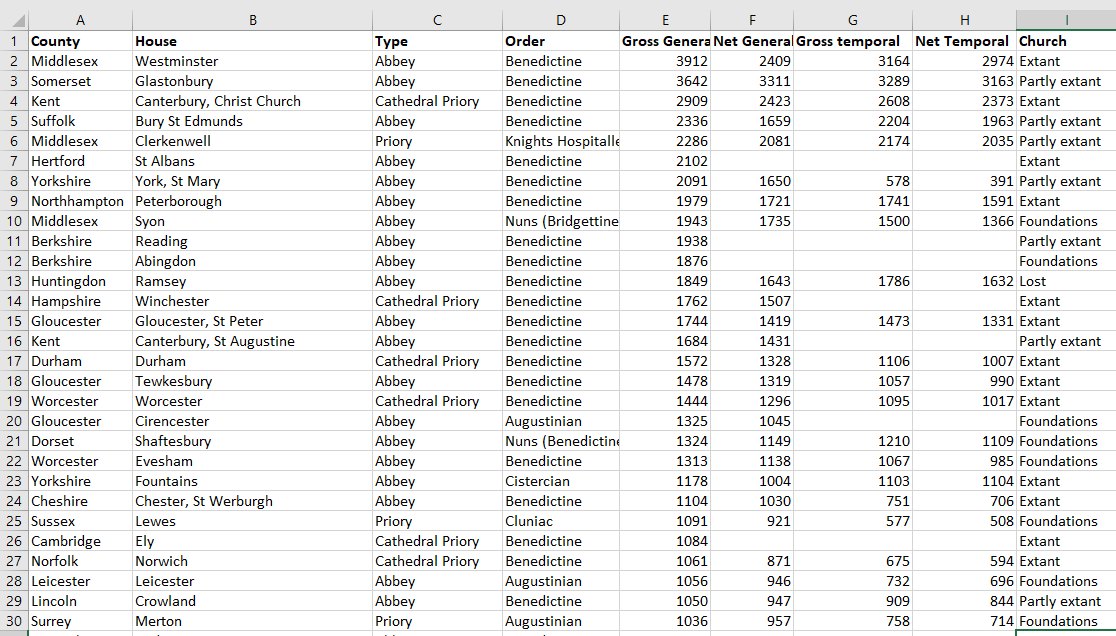
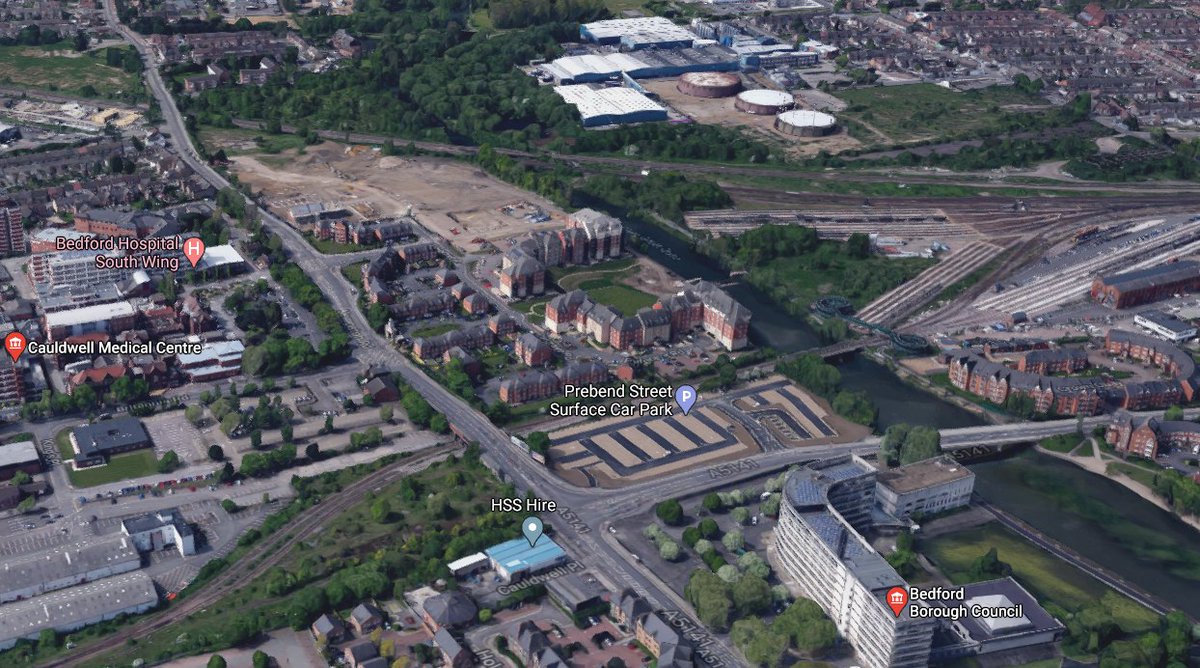
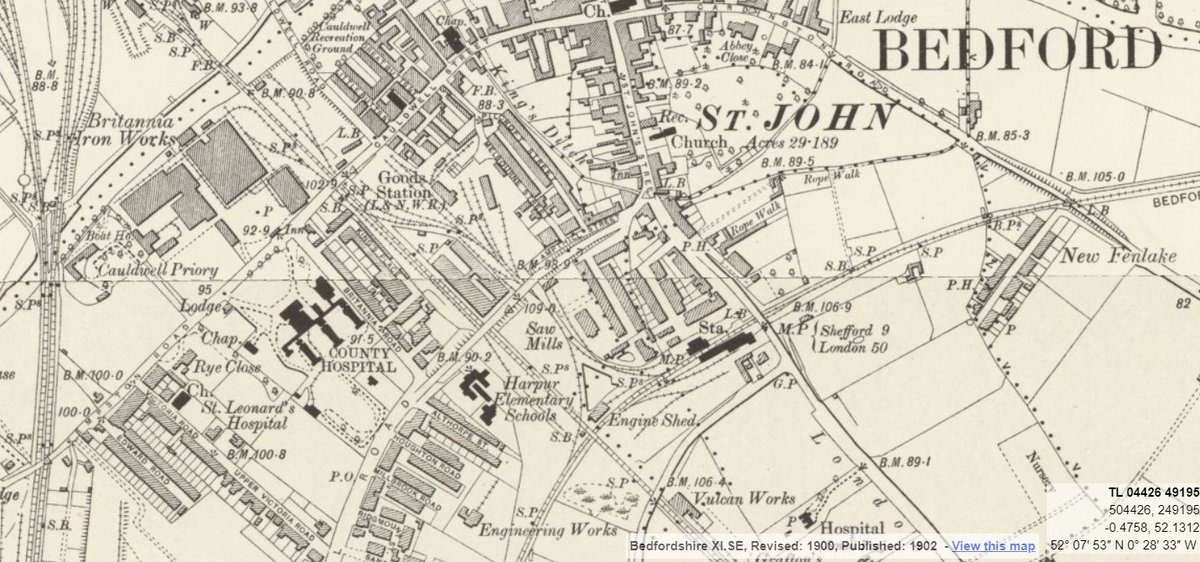
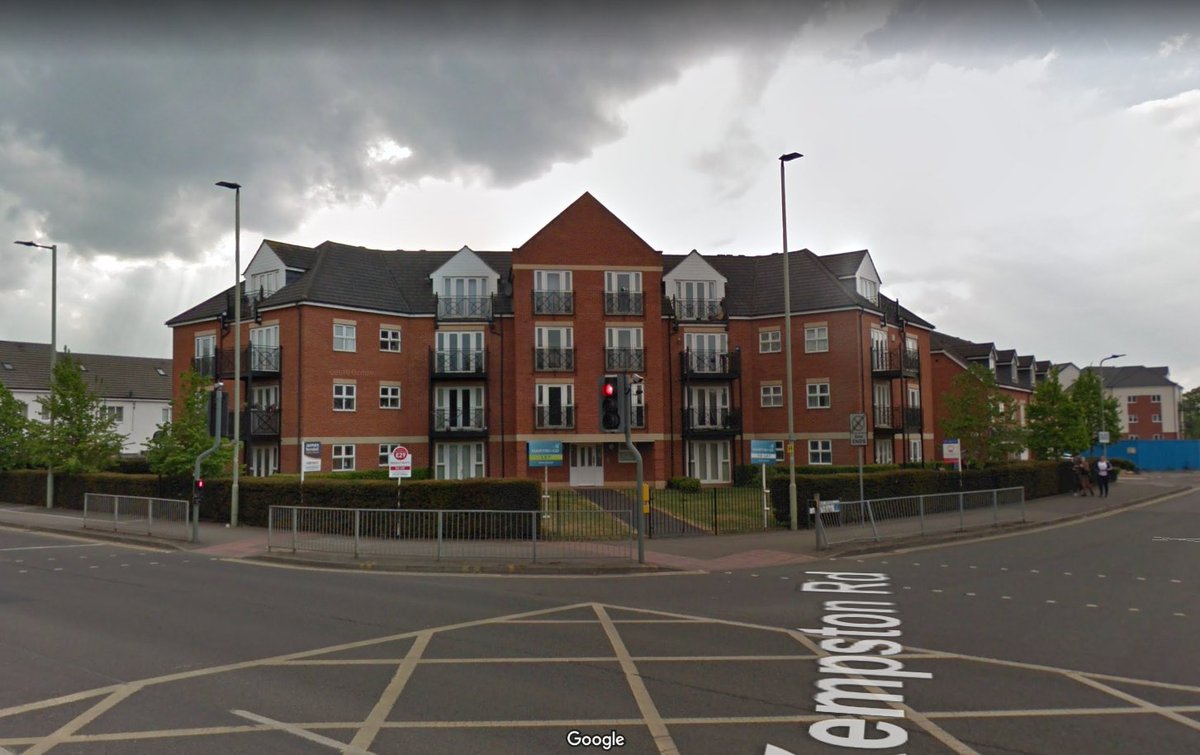
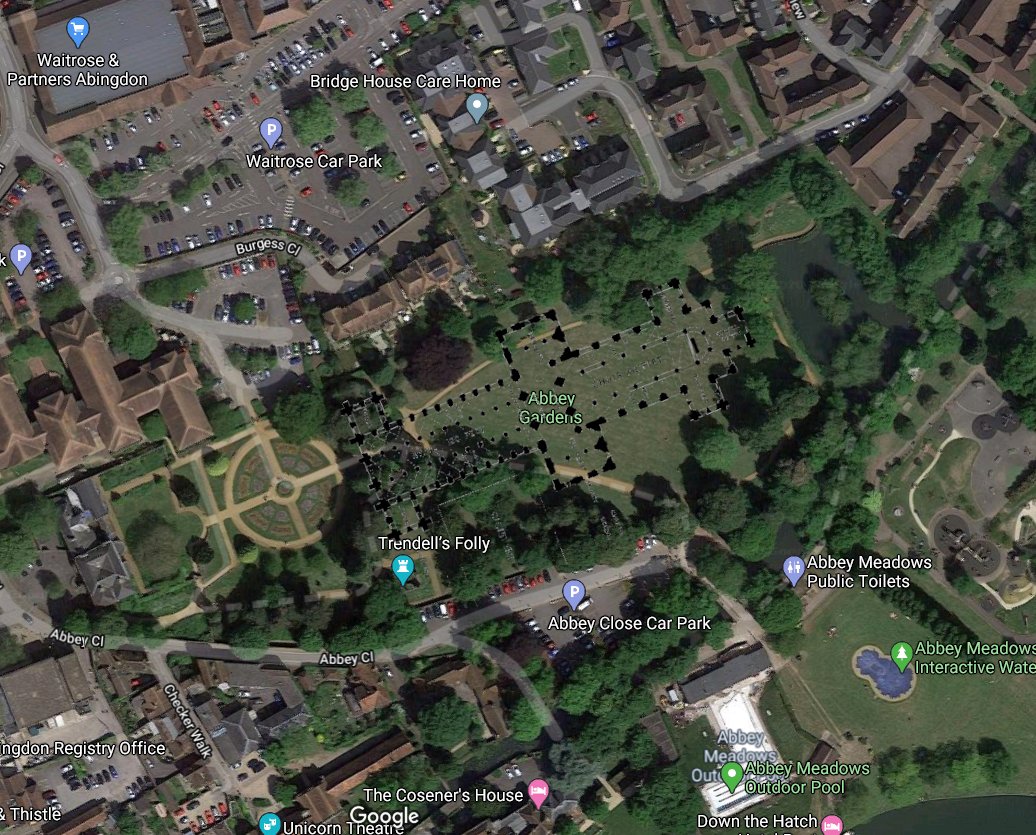

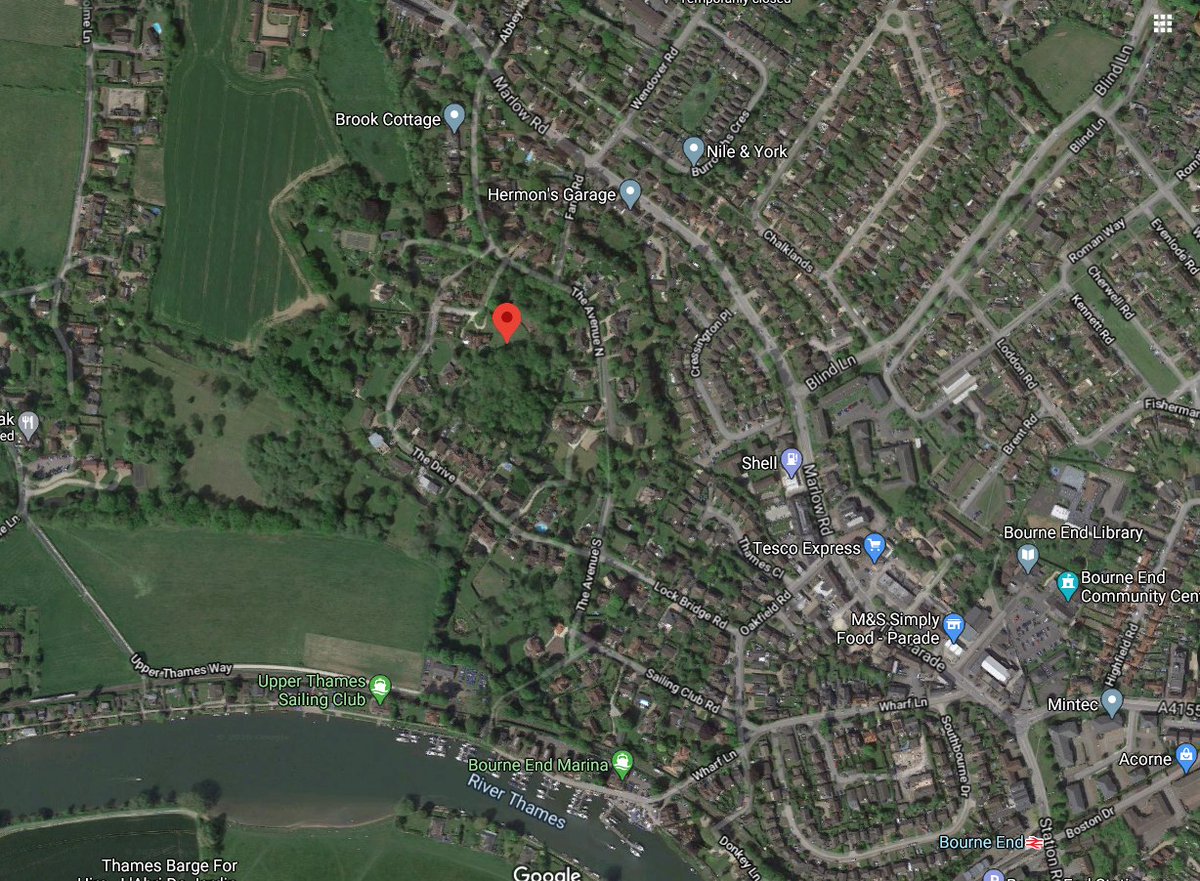

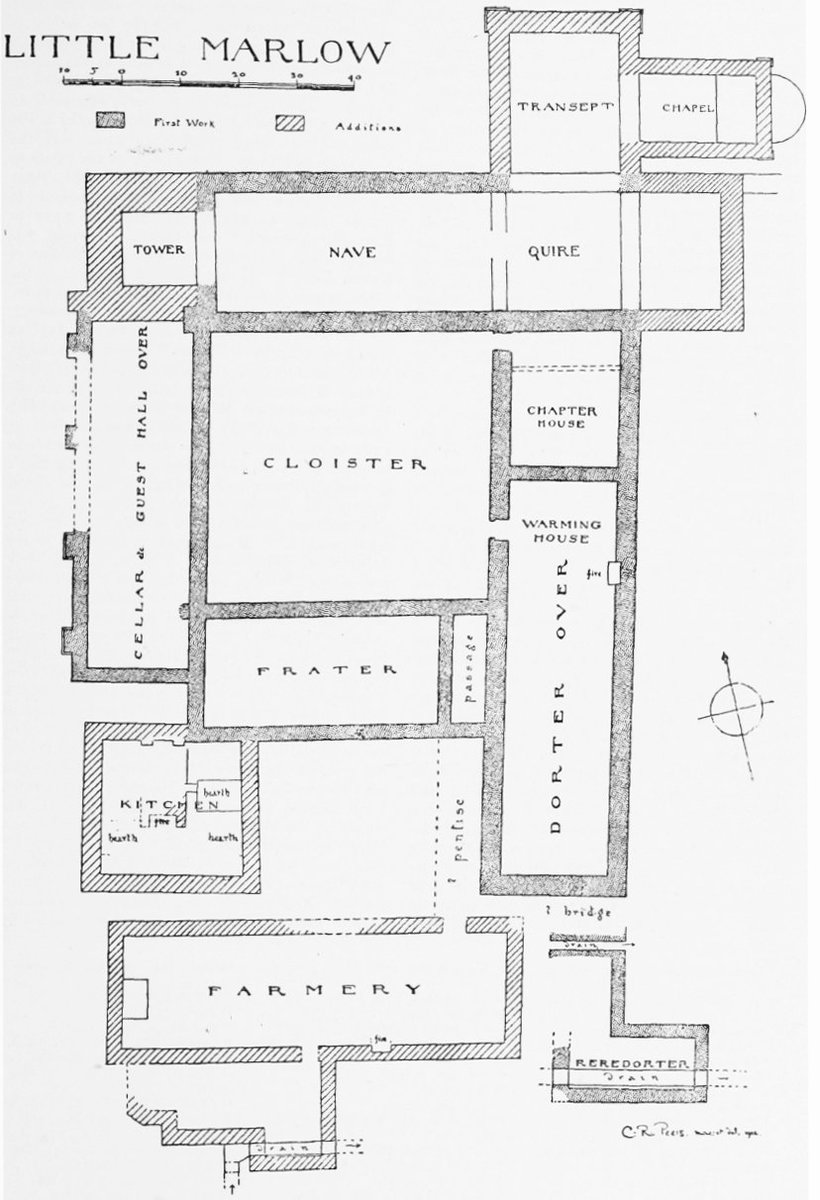
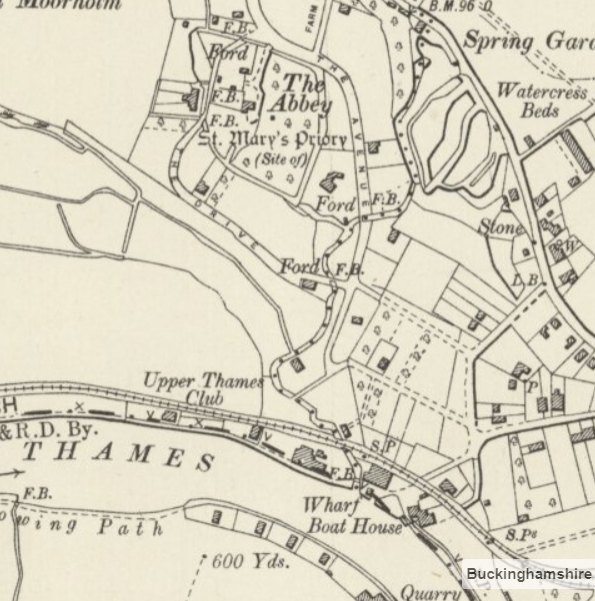
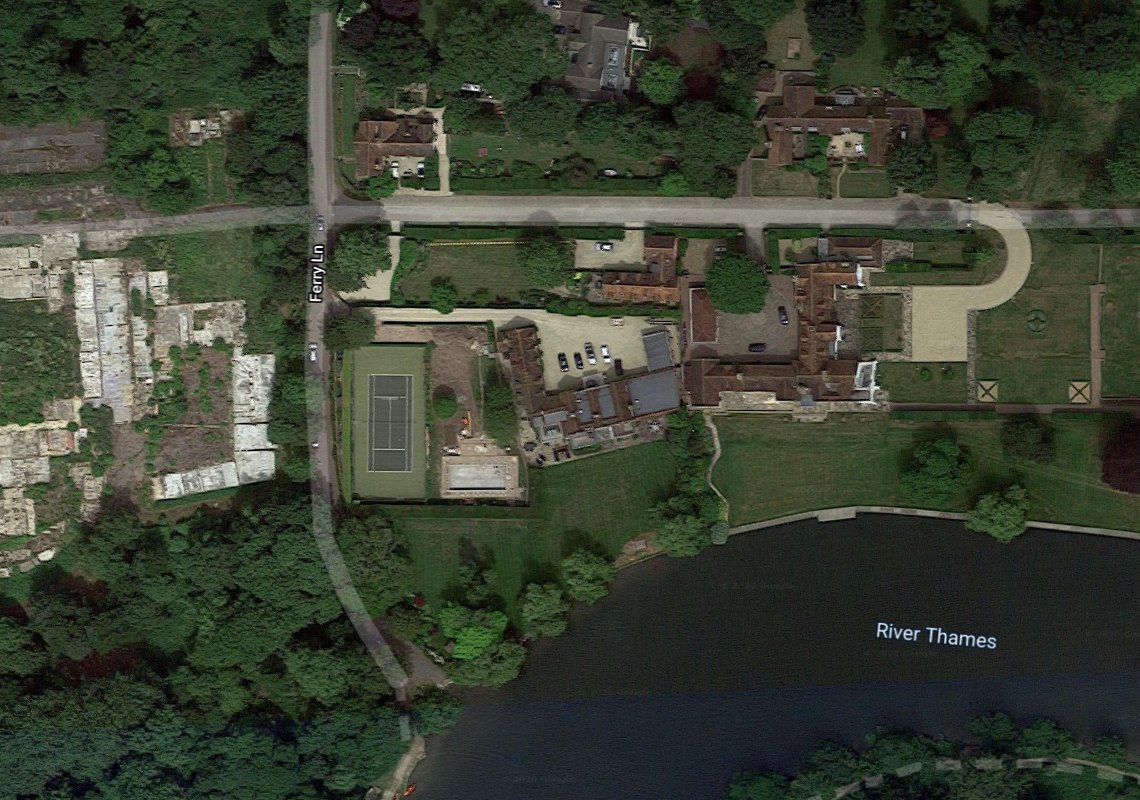
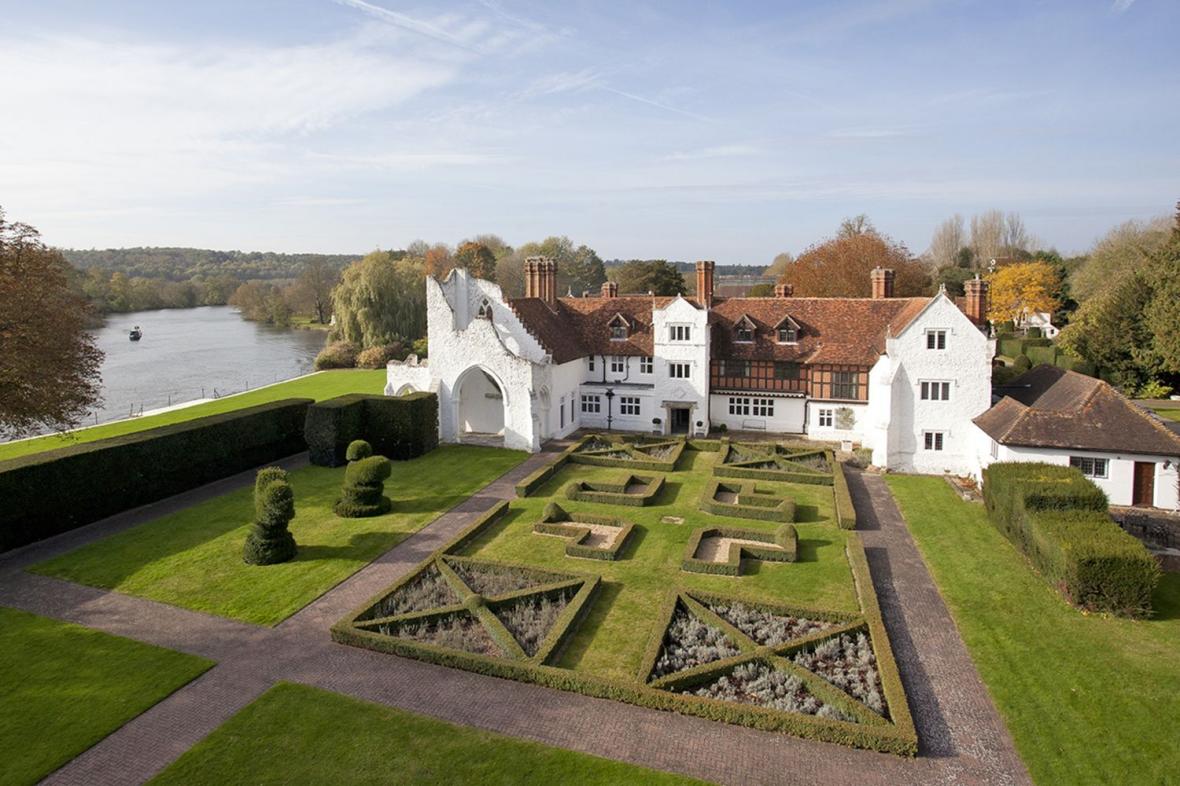
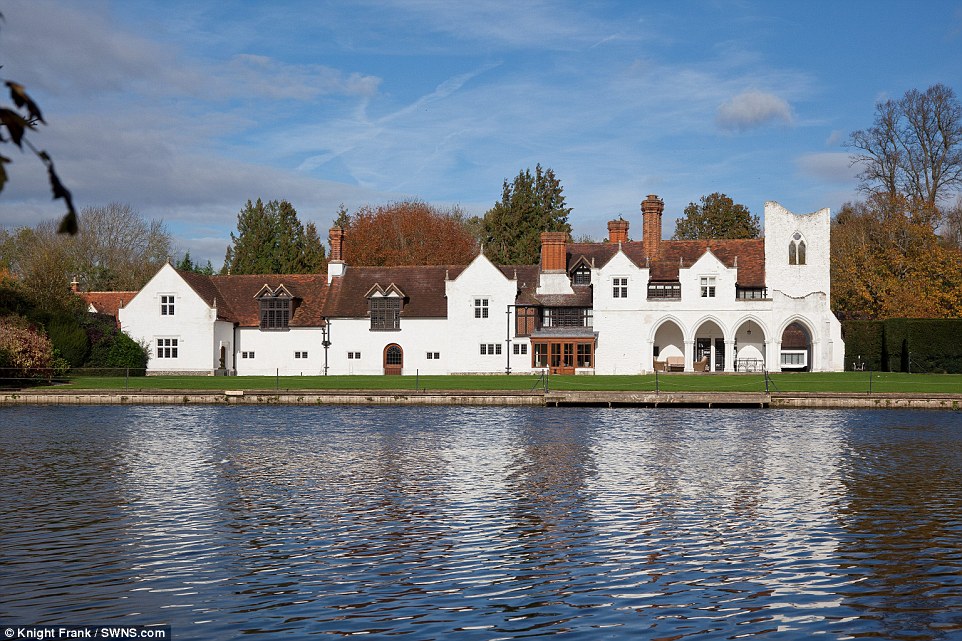
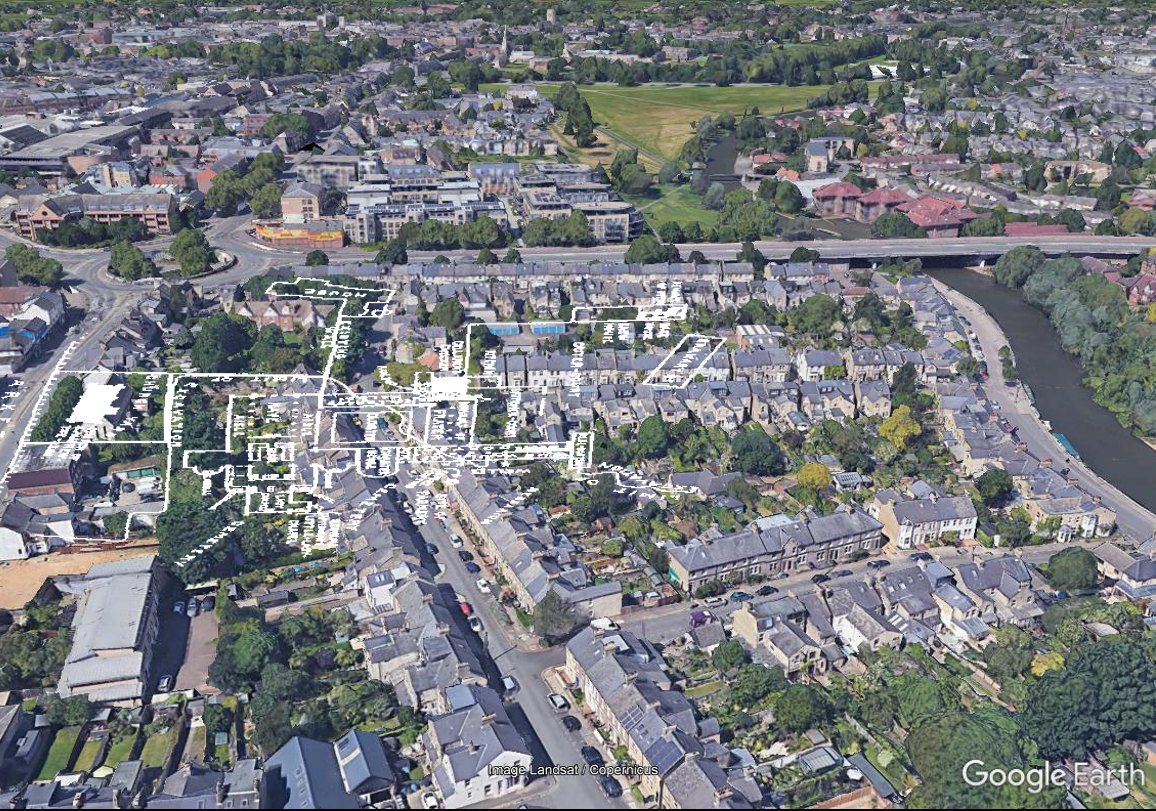
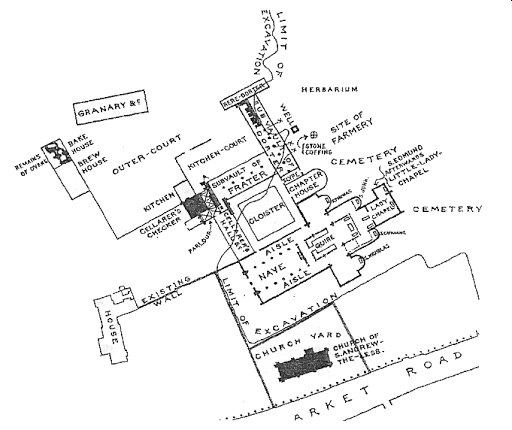

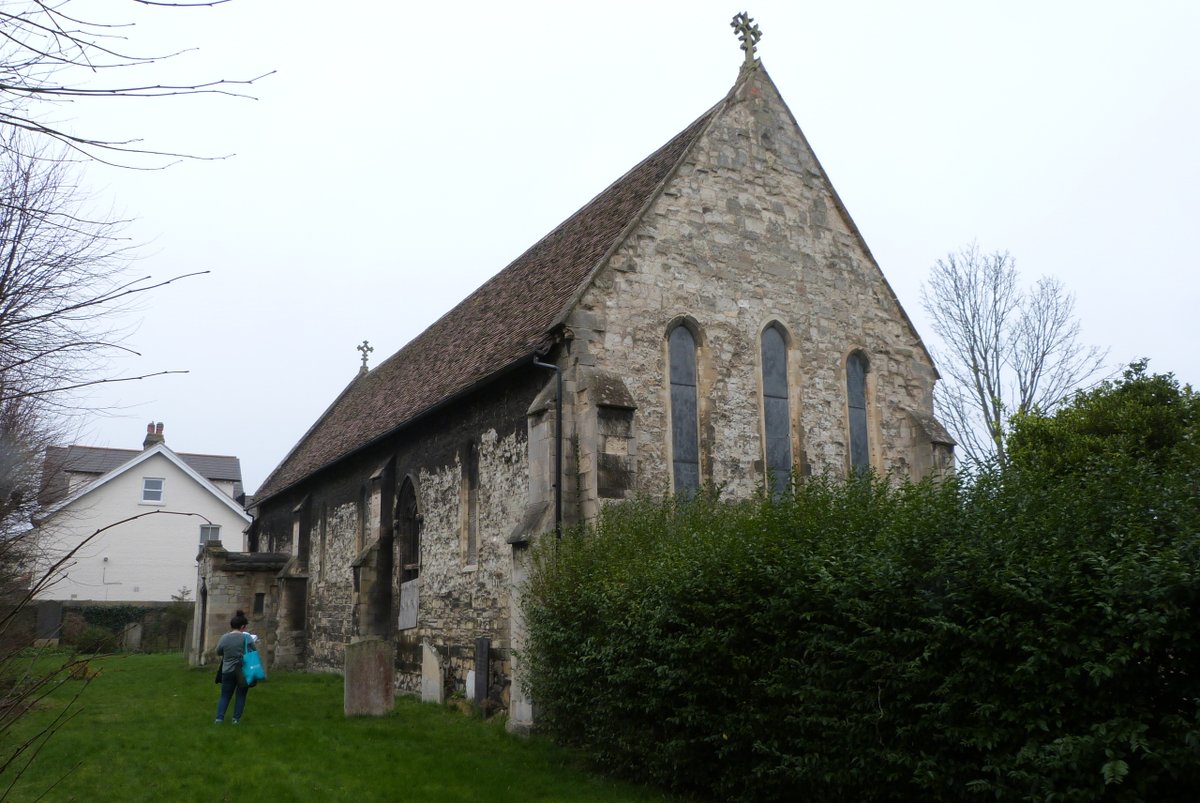
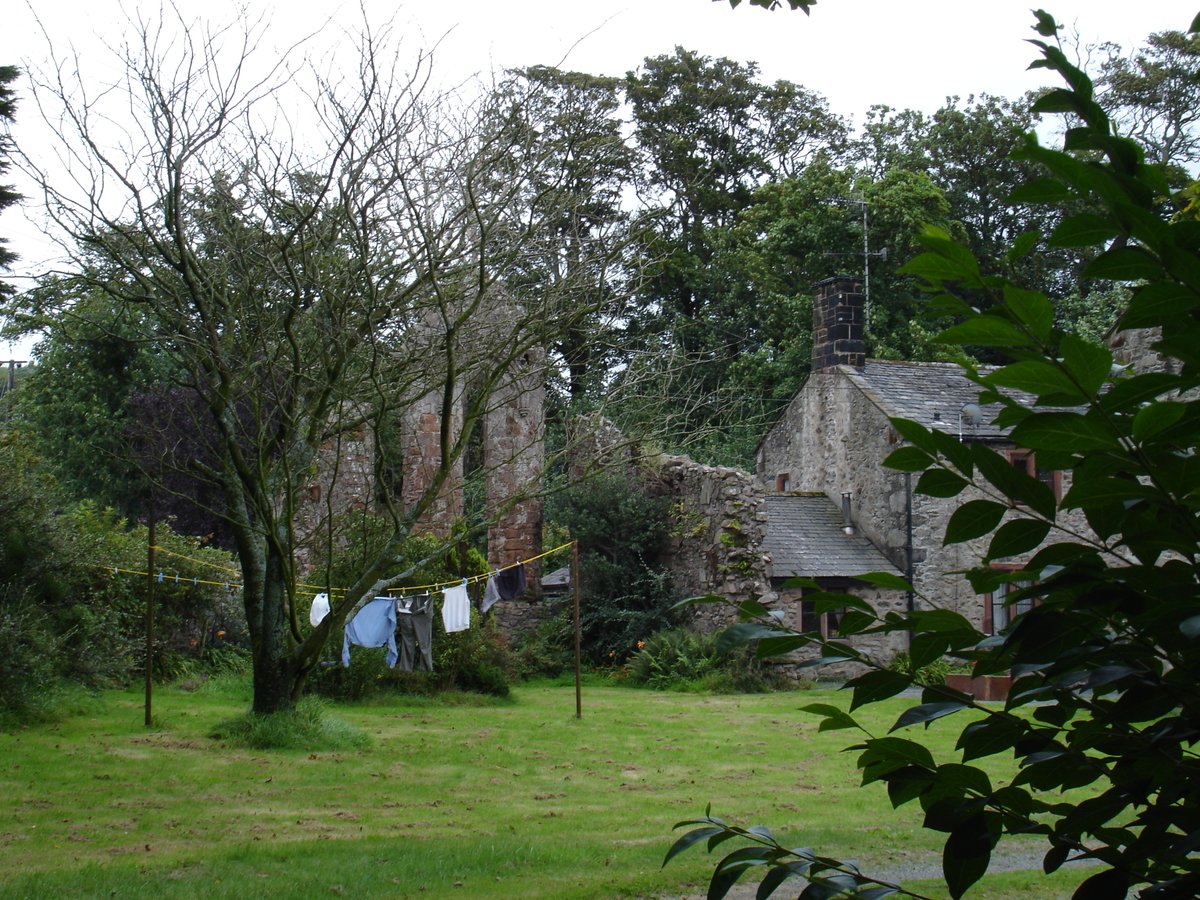

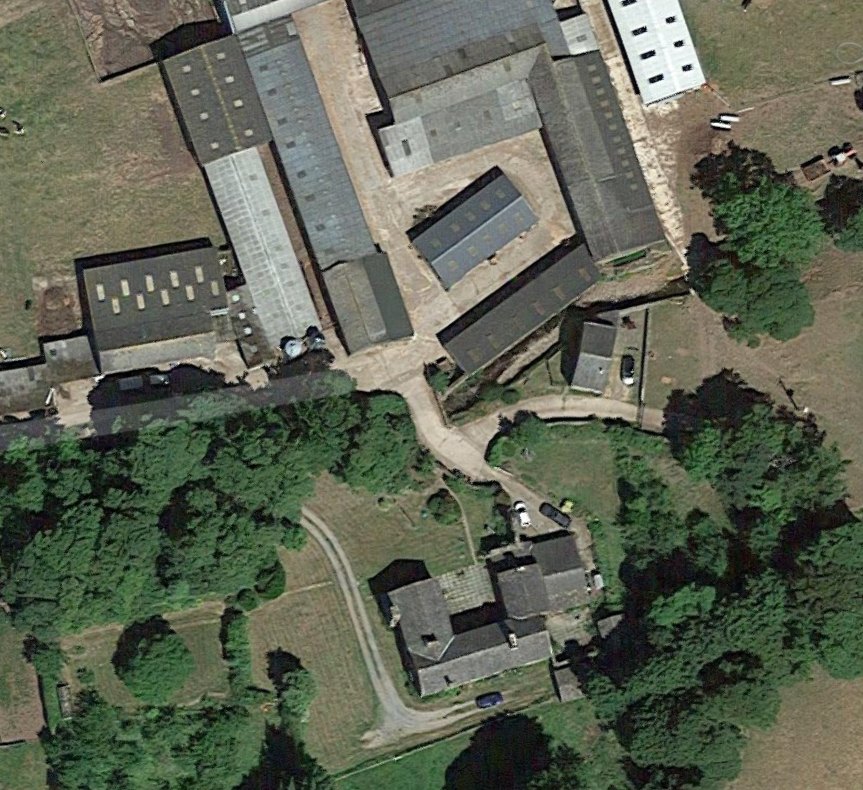
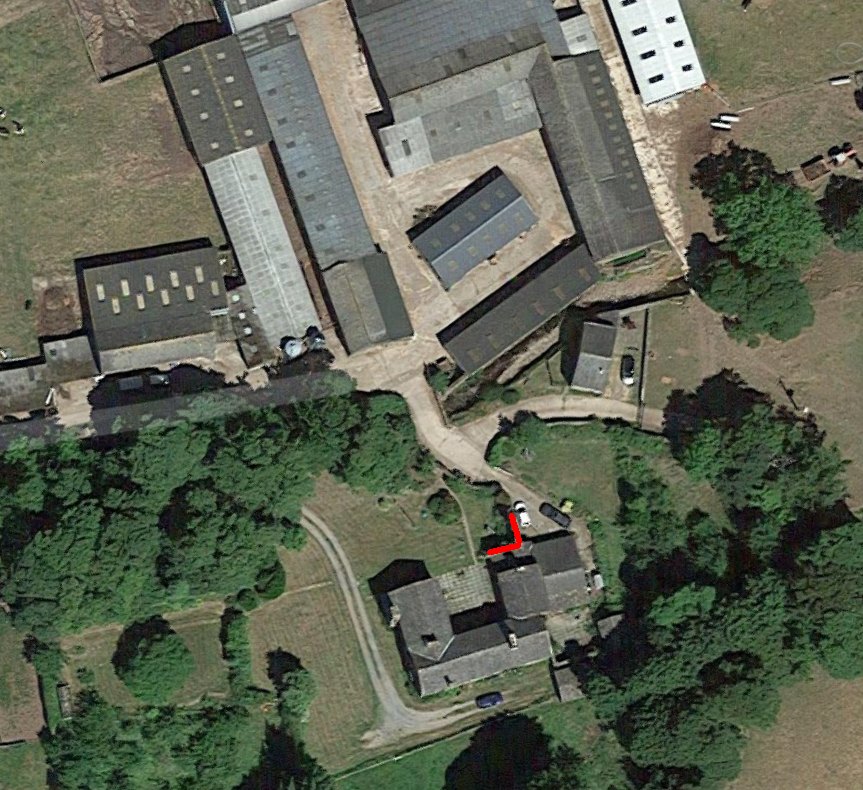
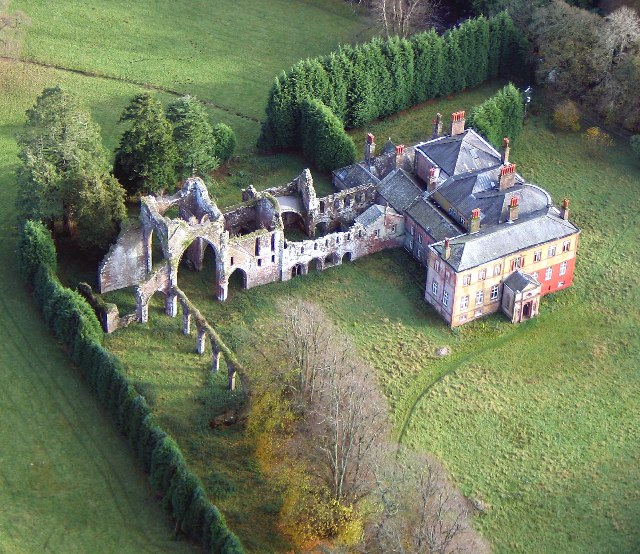
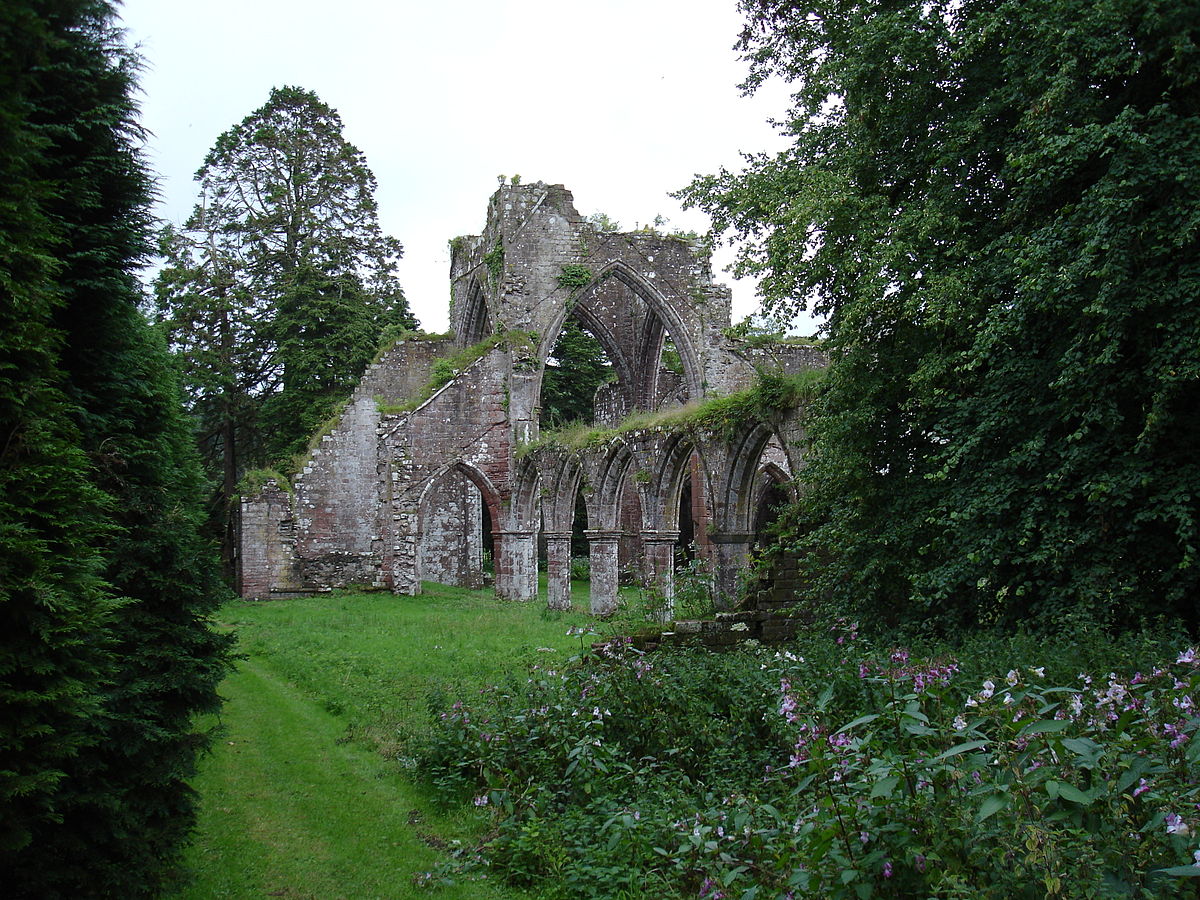

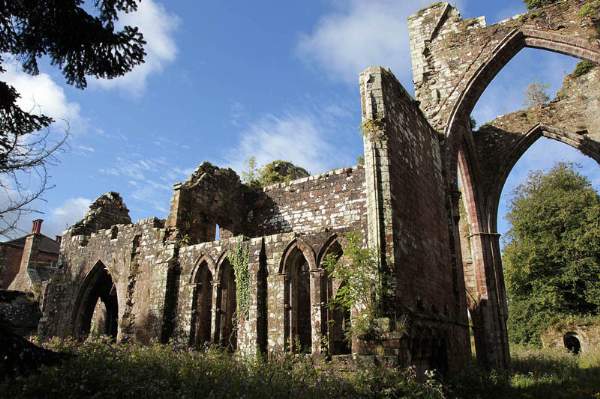
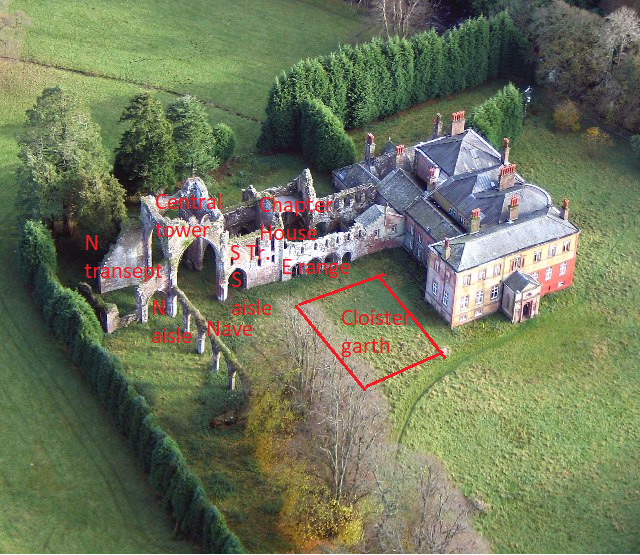

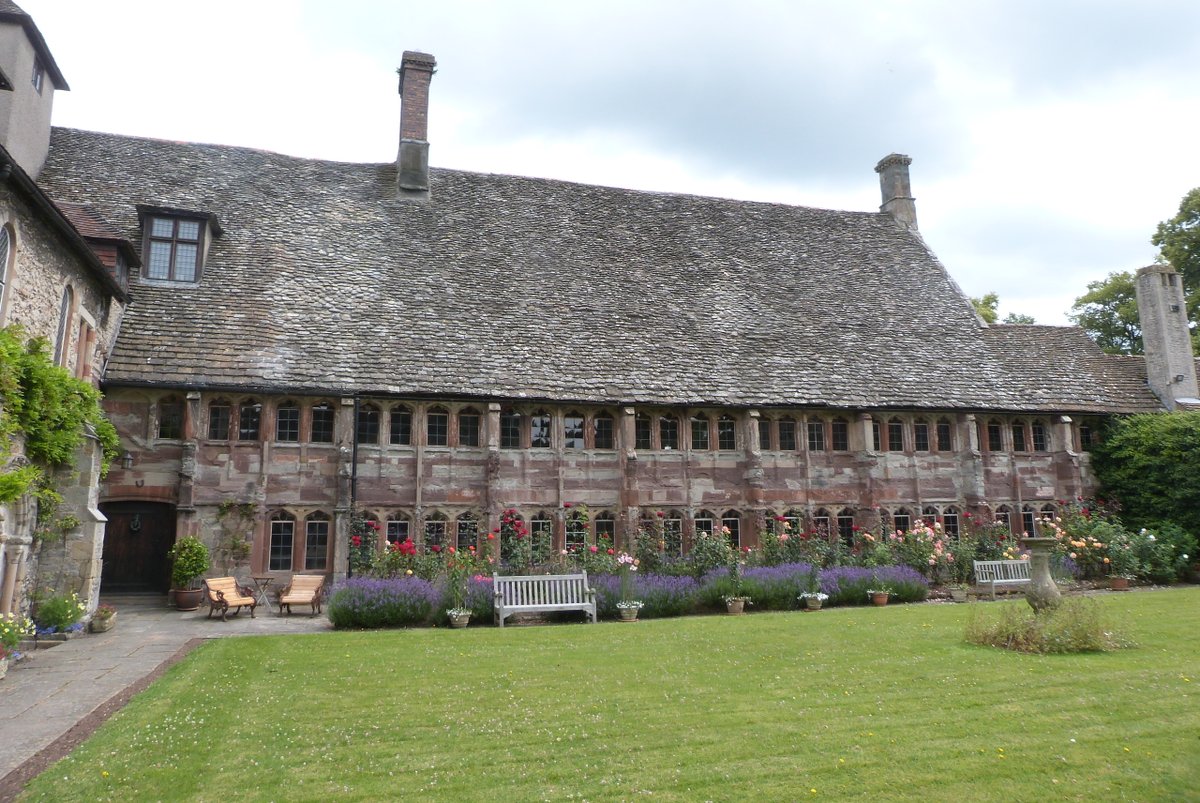

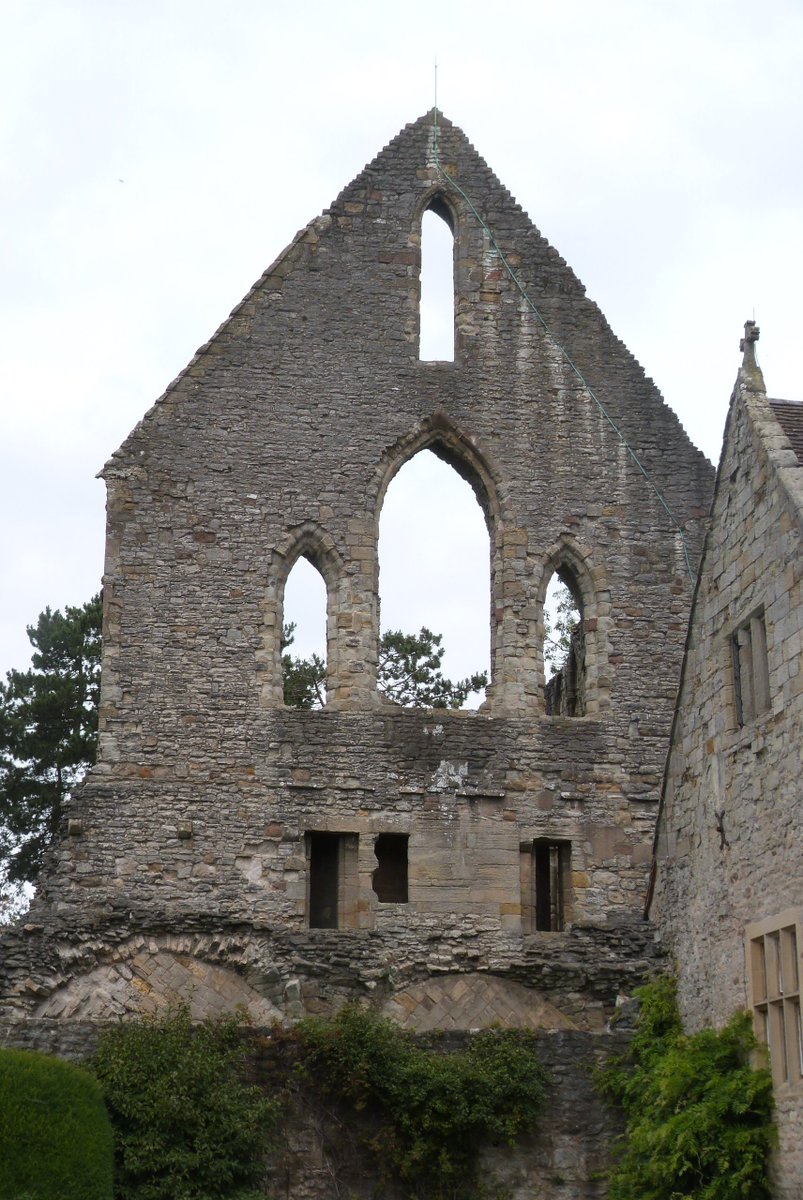
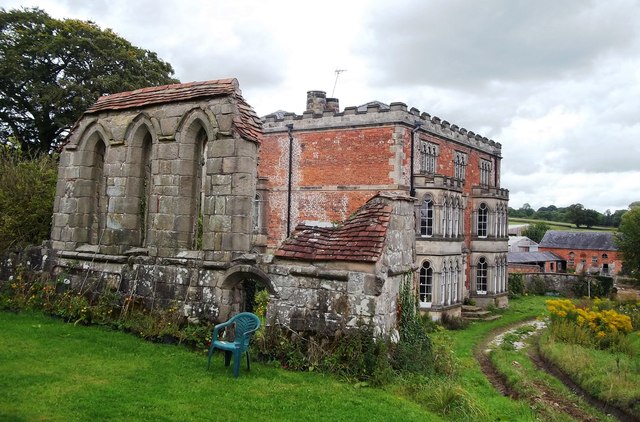
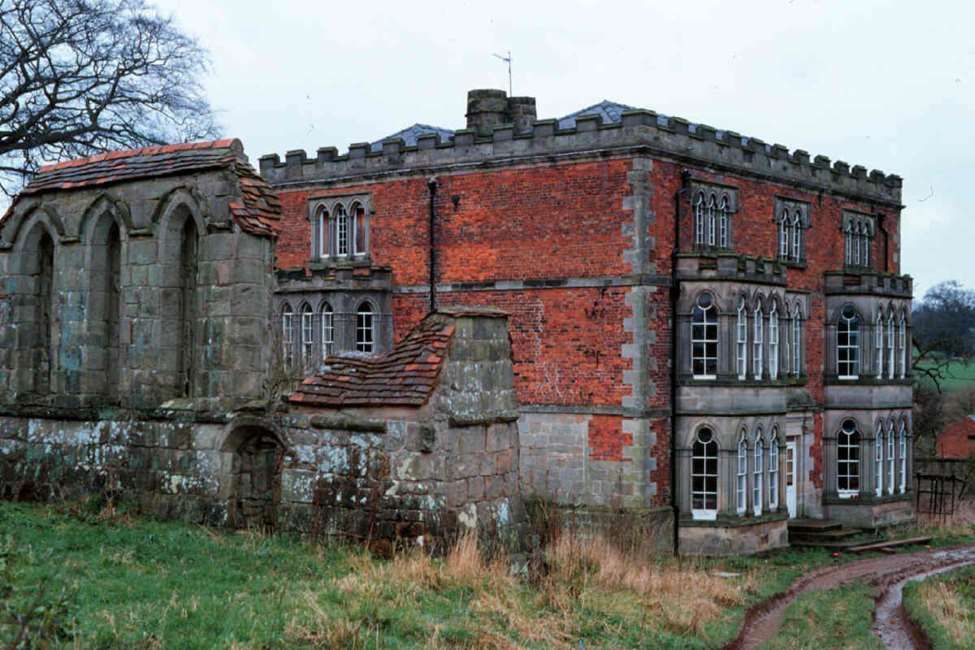
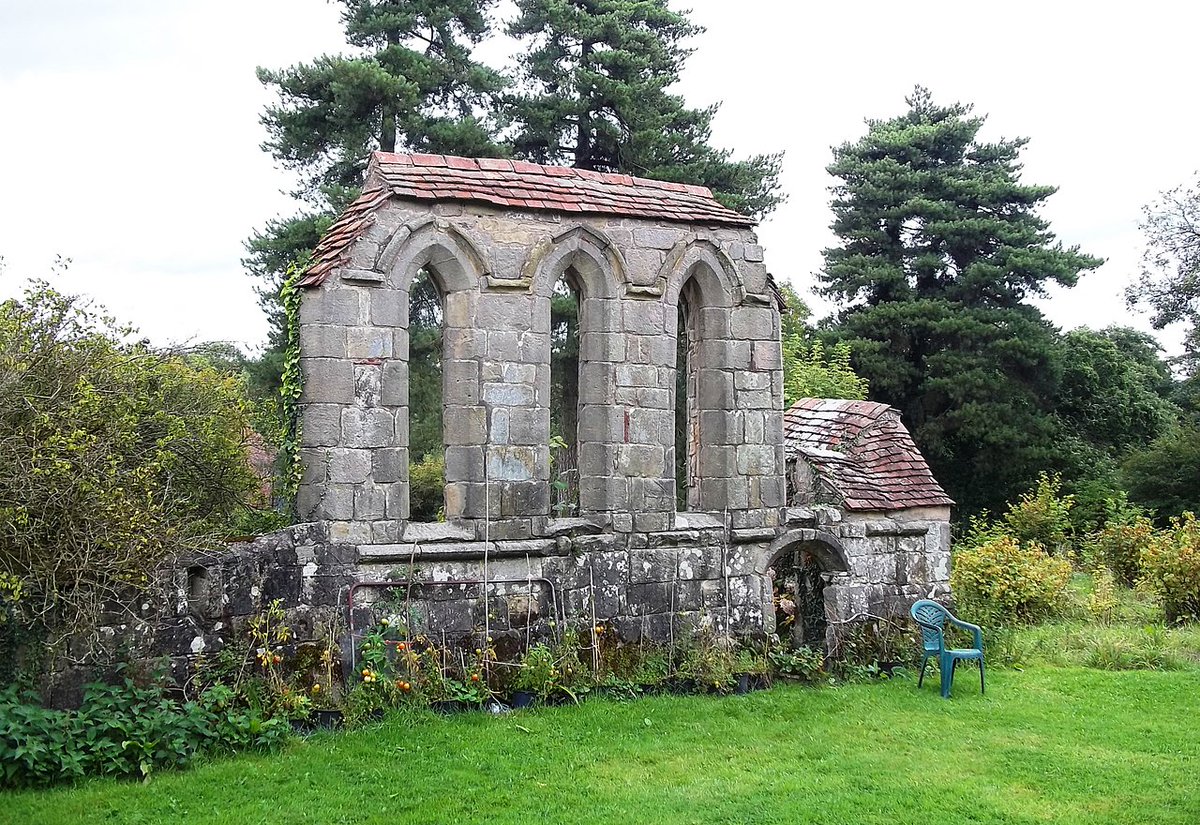
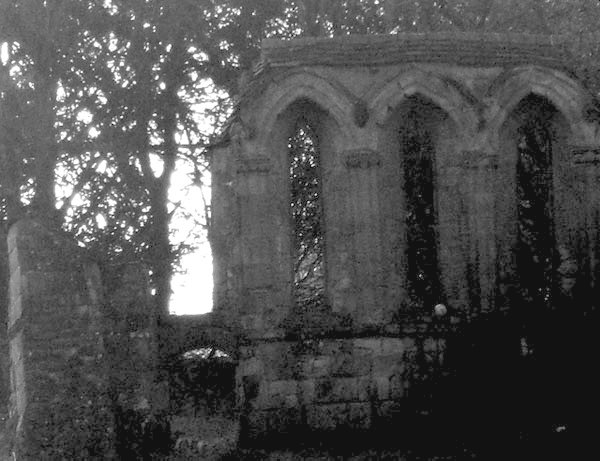
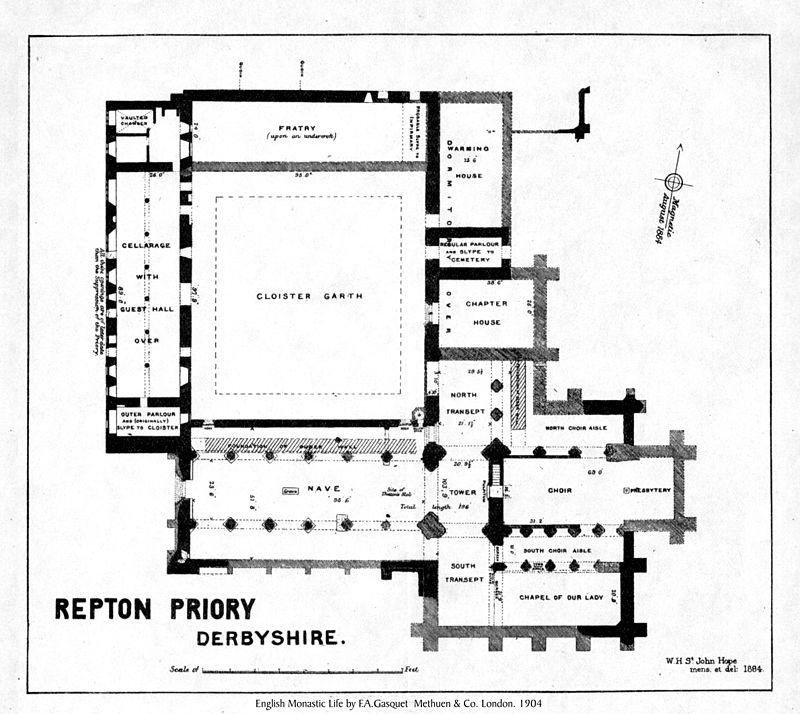

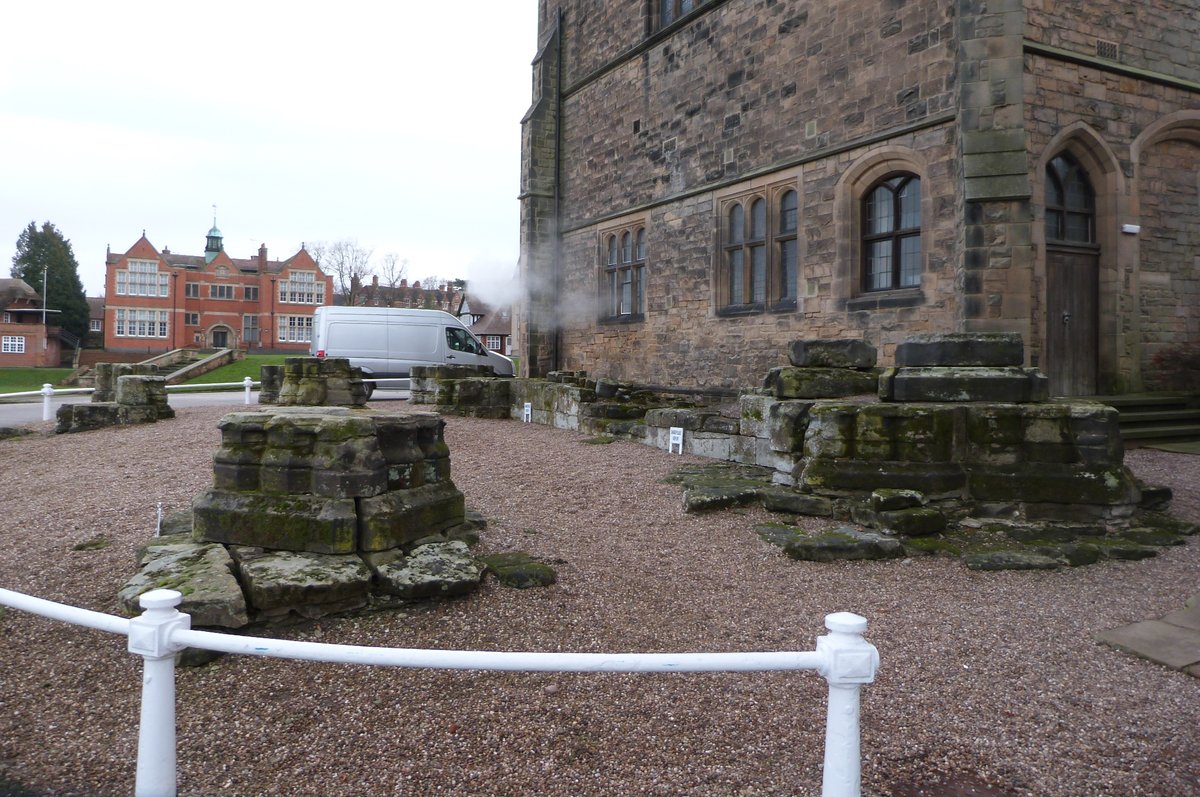

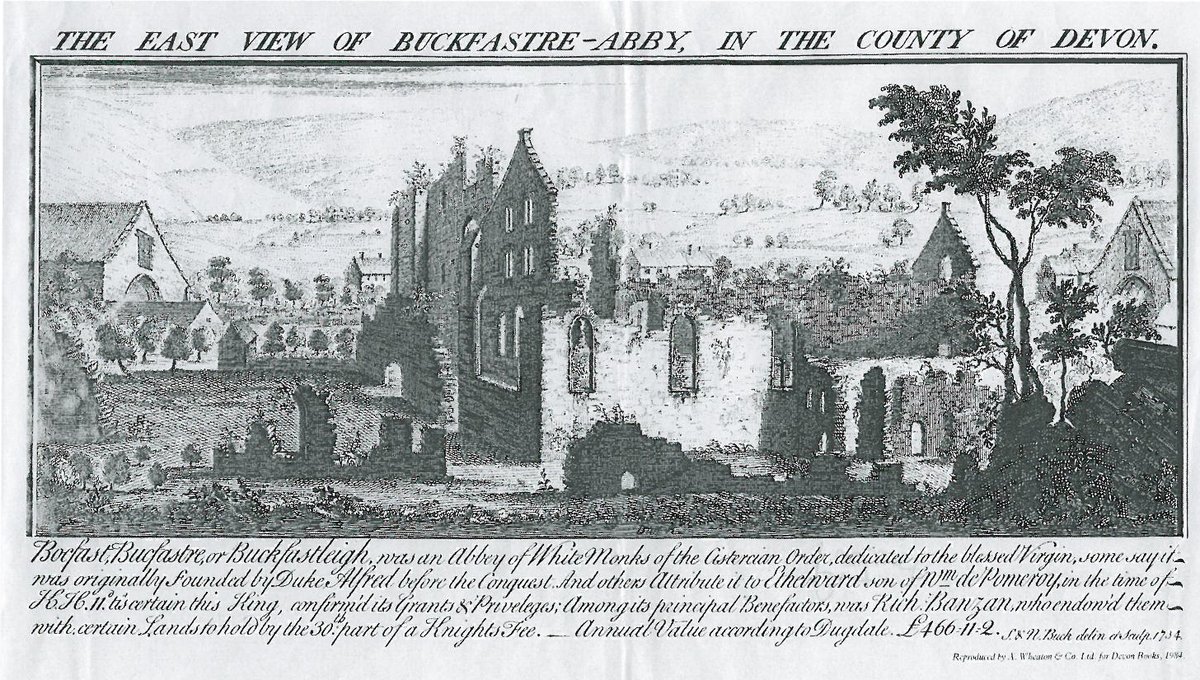
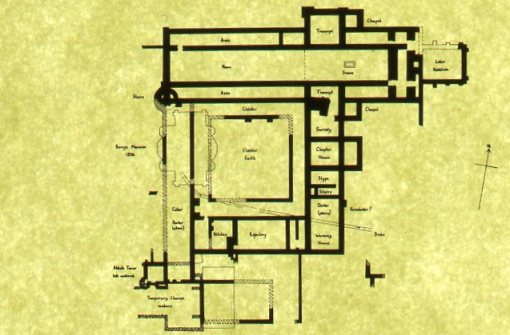


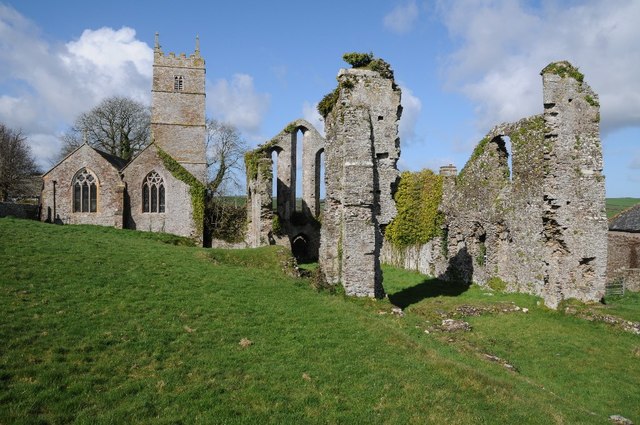
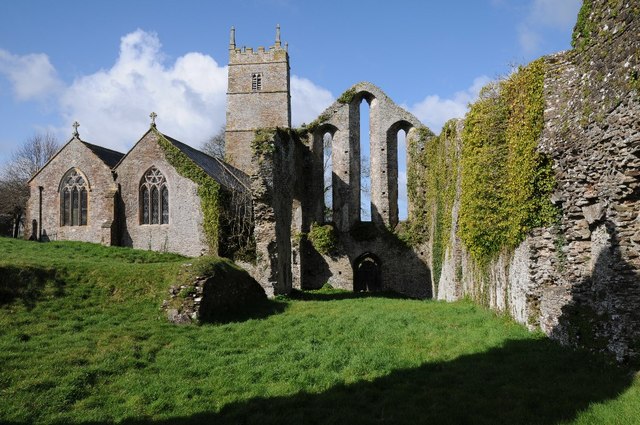
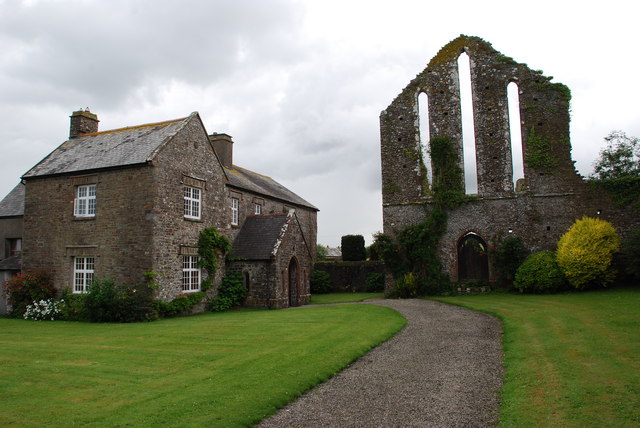
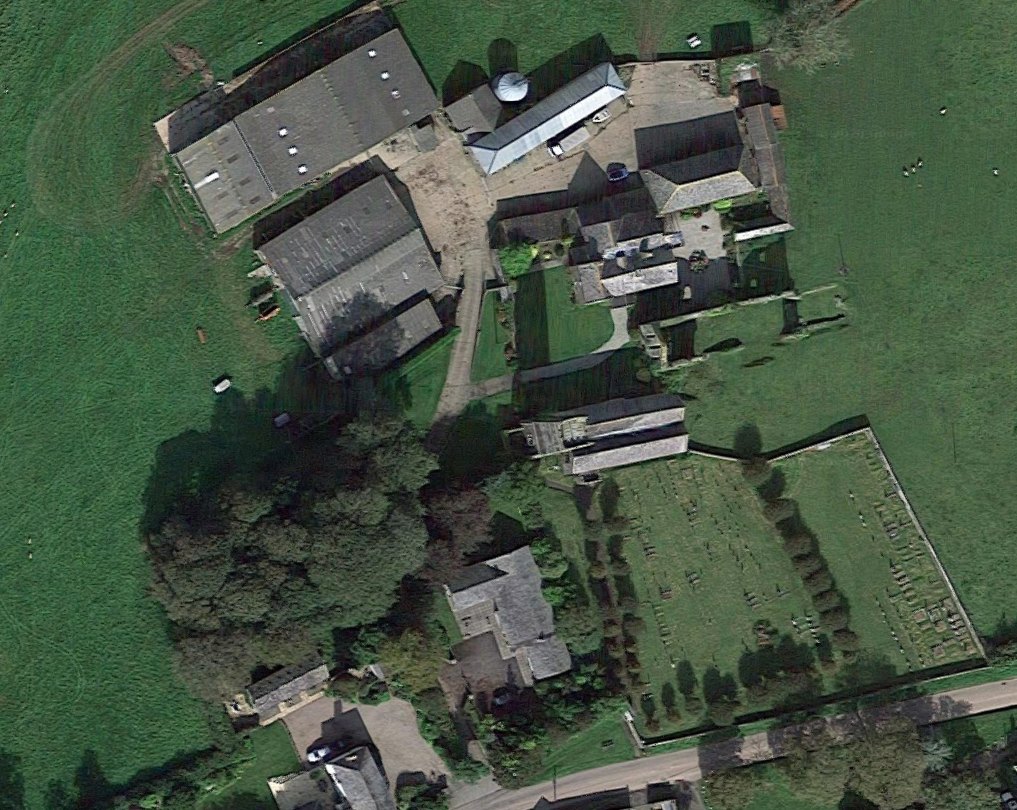
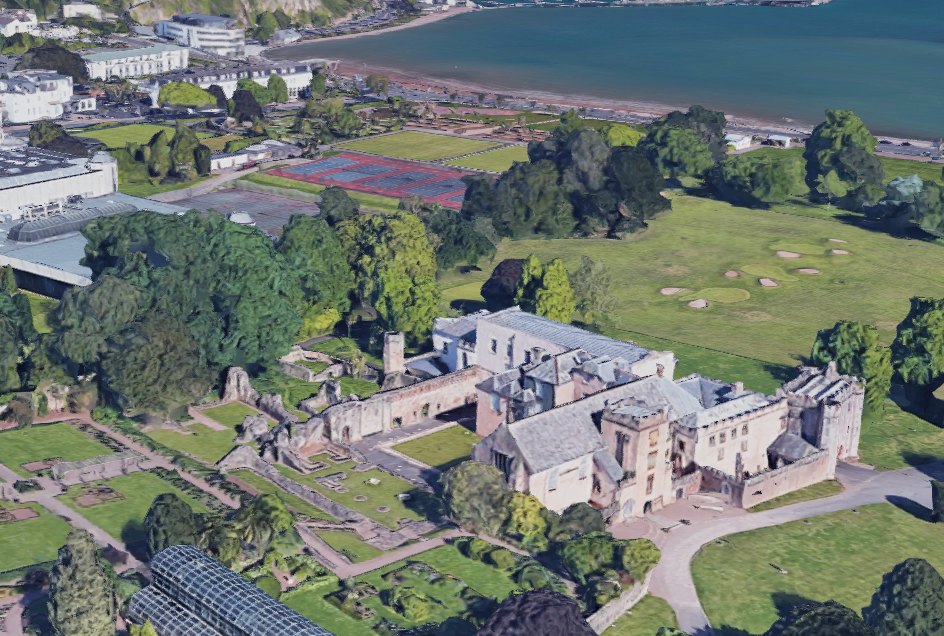
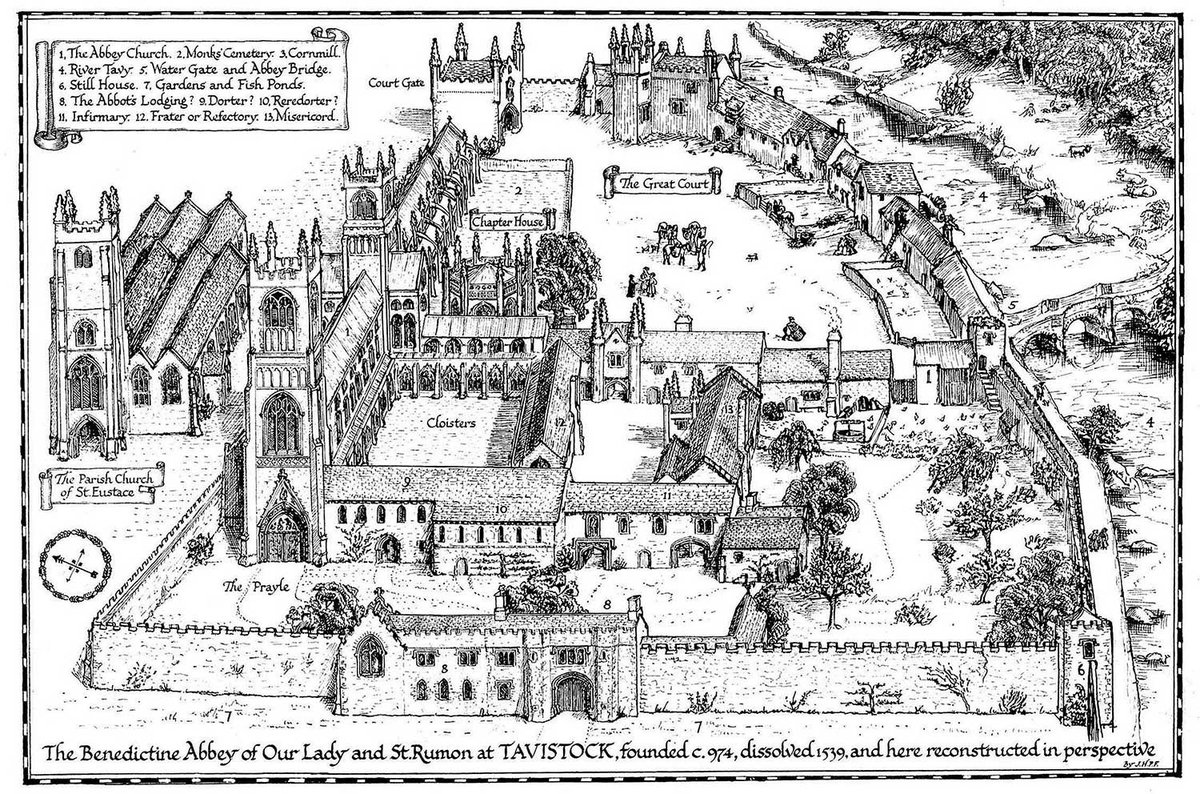
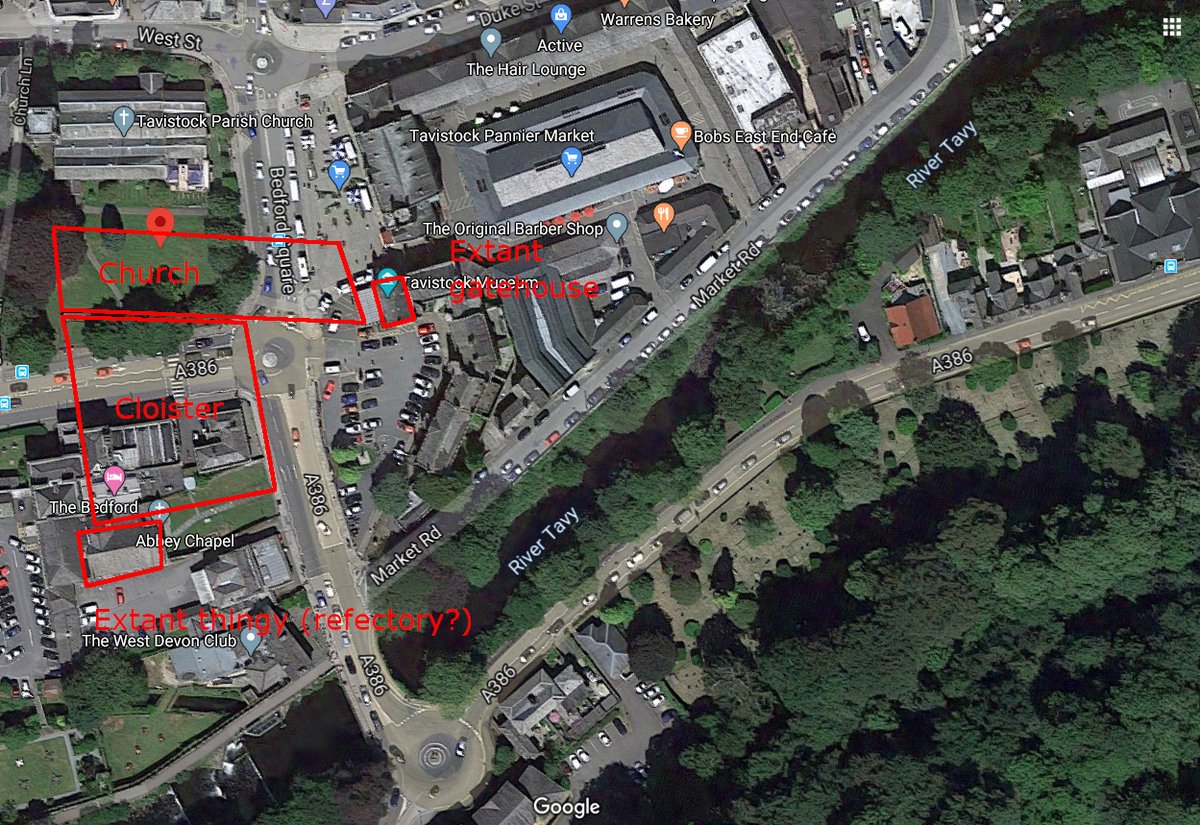
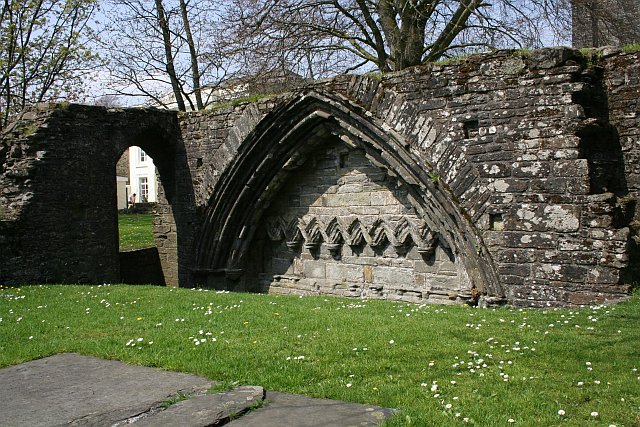
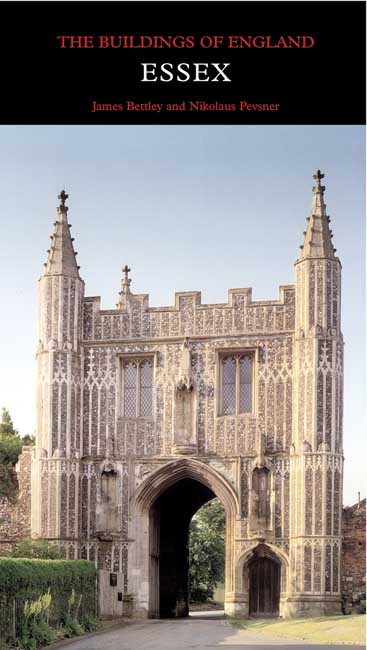
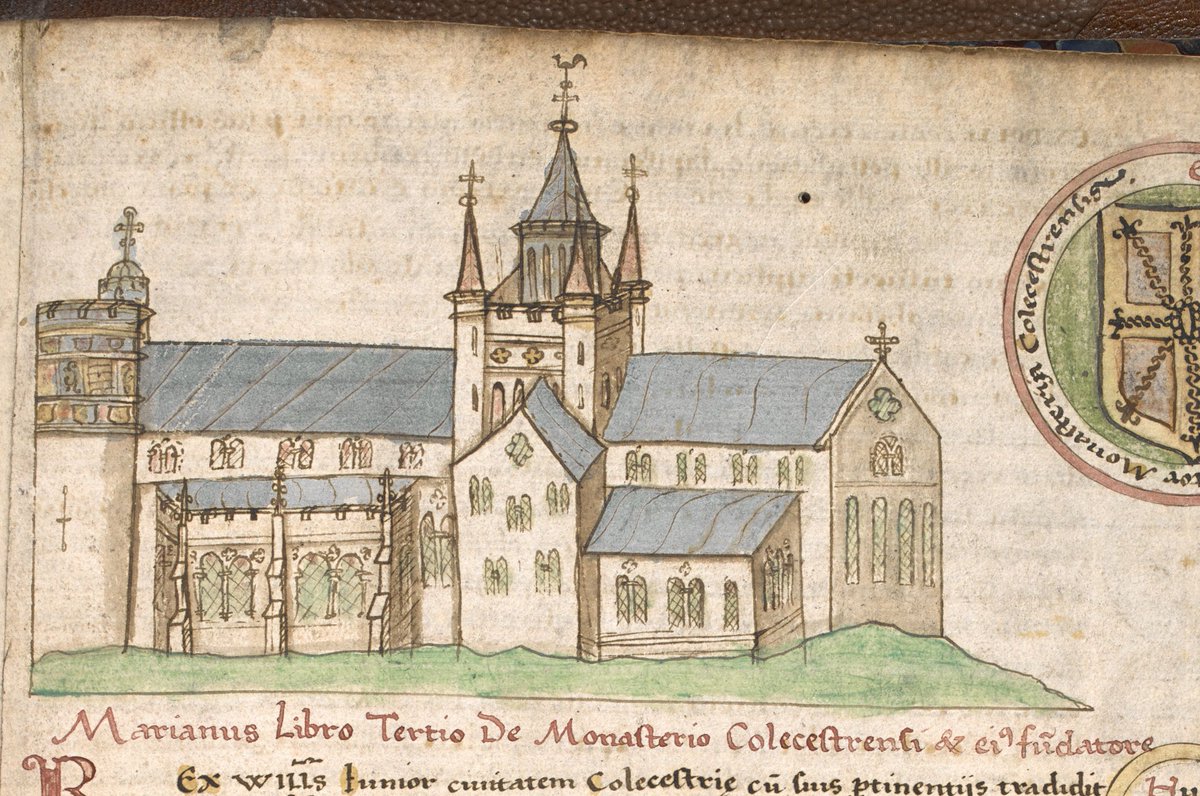
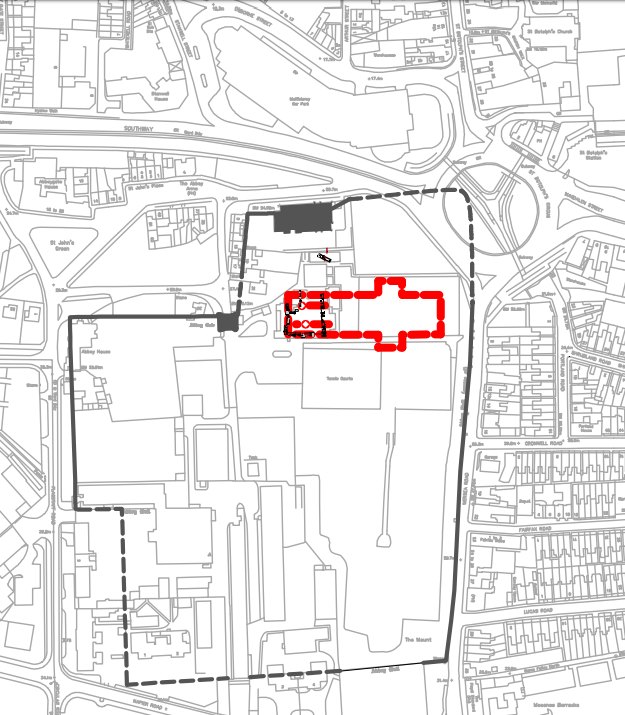

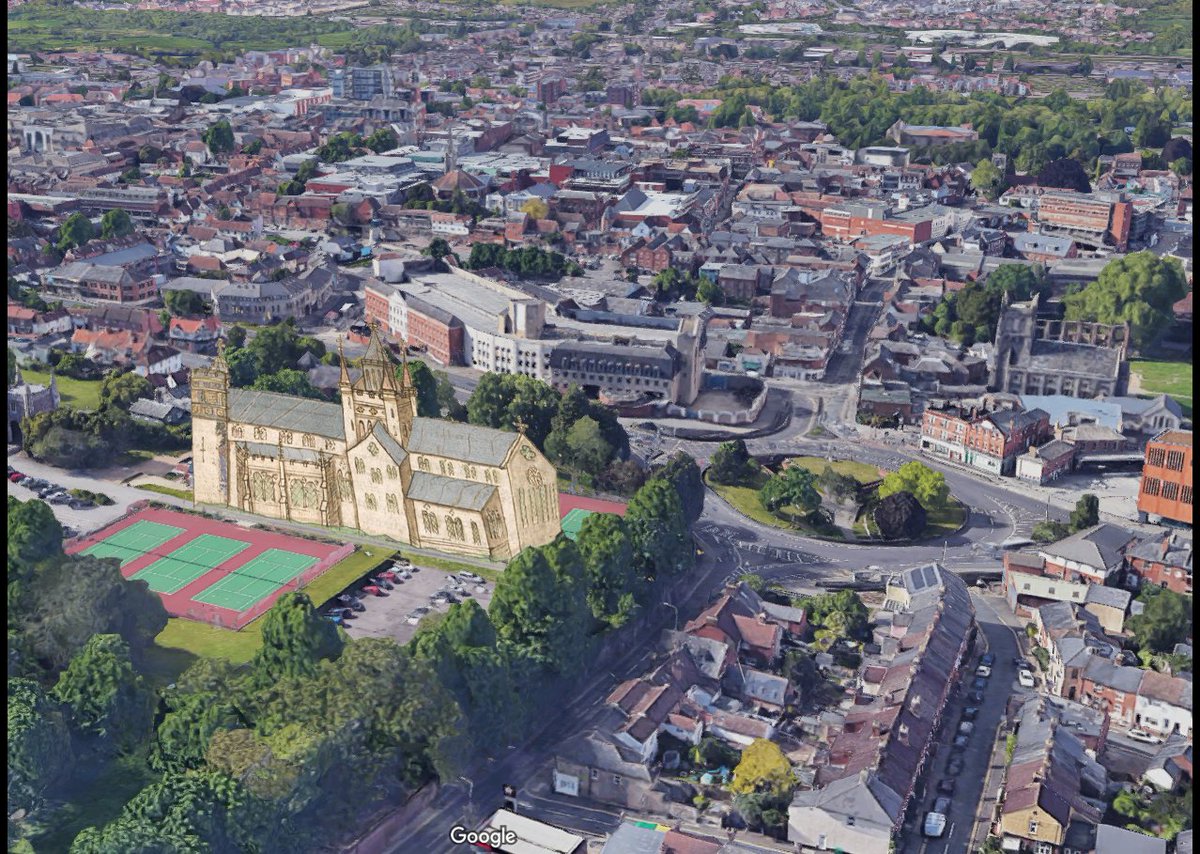 https://cat.essex.ac.uk/reports/C..." title="Just a bit of fun. and fyi. https://www.bl.uk/manuscrip... href=" http://cat.essex.ac.uk/reports/CAT-report-0601.pdf">https://cat.essex.ac.uk/reports/C..." class="img-responsive" style="max-width:100%;"/>
https://cat.essex.ac.uk/reports/C..." title="Just a bit of fun. and fyi. https://www.bl.uk/manuscrip... href=" http://cat.essex.ac.uk/reports/CAT-report-0601.pdf">https://cat.essex.ac.uk/reports/C..." class="img-responsive" style="max-width:100%;"/>
![i wish they& #39;d always just mark them all out on the grass like this, would save a lot of faffing about[Earl& #39;s] Colne Benedictine Priory, f. c.1107 from Abingdon Abbey i wish they& #39;d always just mark them all out on the grass like this, would save a lot of faffing about[Earl& #39;s] Colne Benedictine Priory, f. c.1107 from Abingdon Abbey](https://pbs.twimg.com/media/EVQ_ojYXgAAW_hs.jpg)

